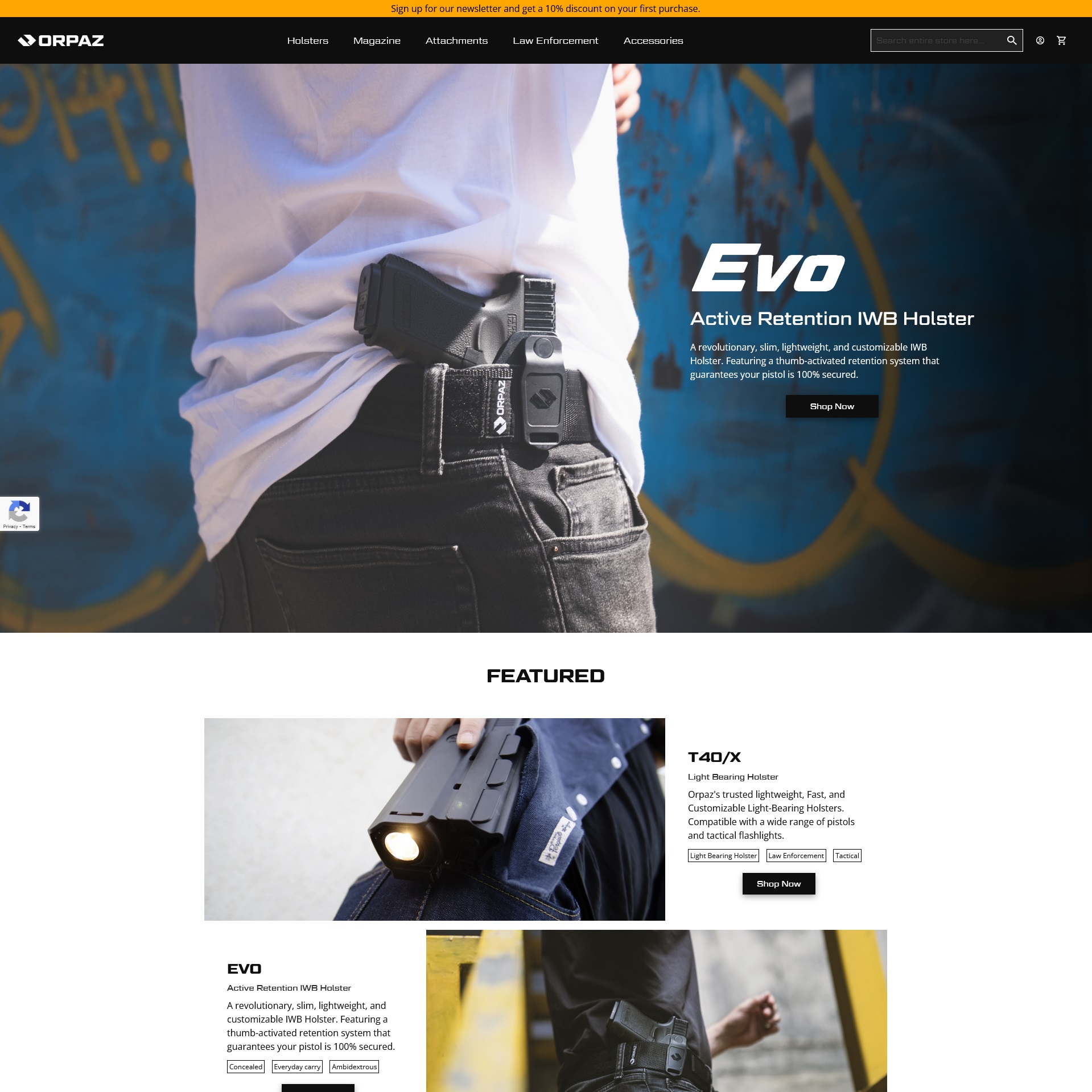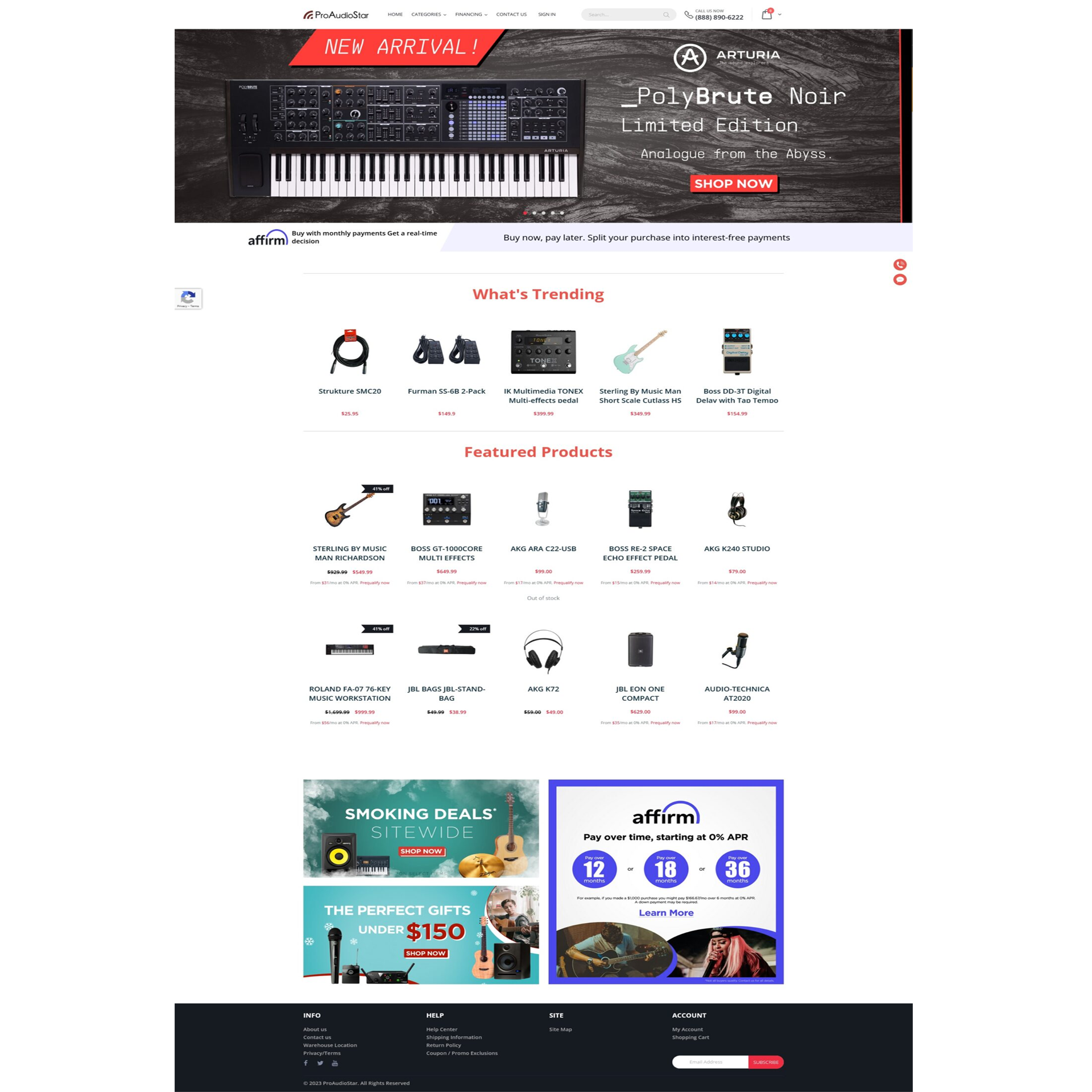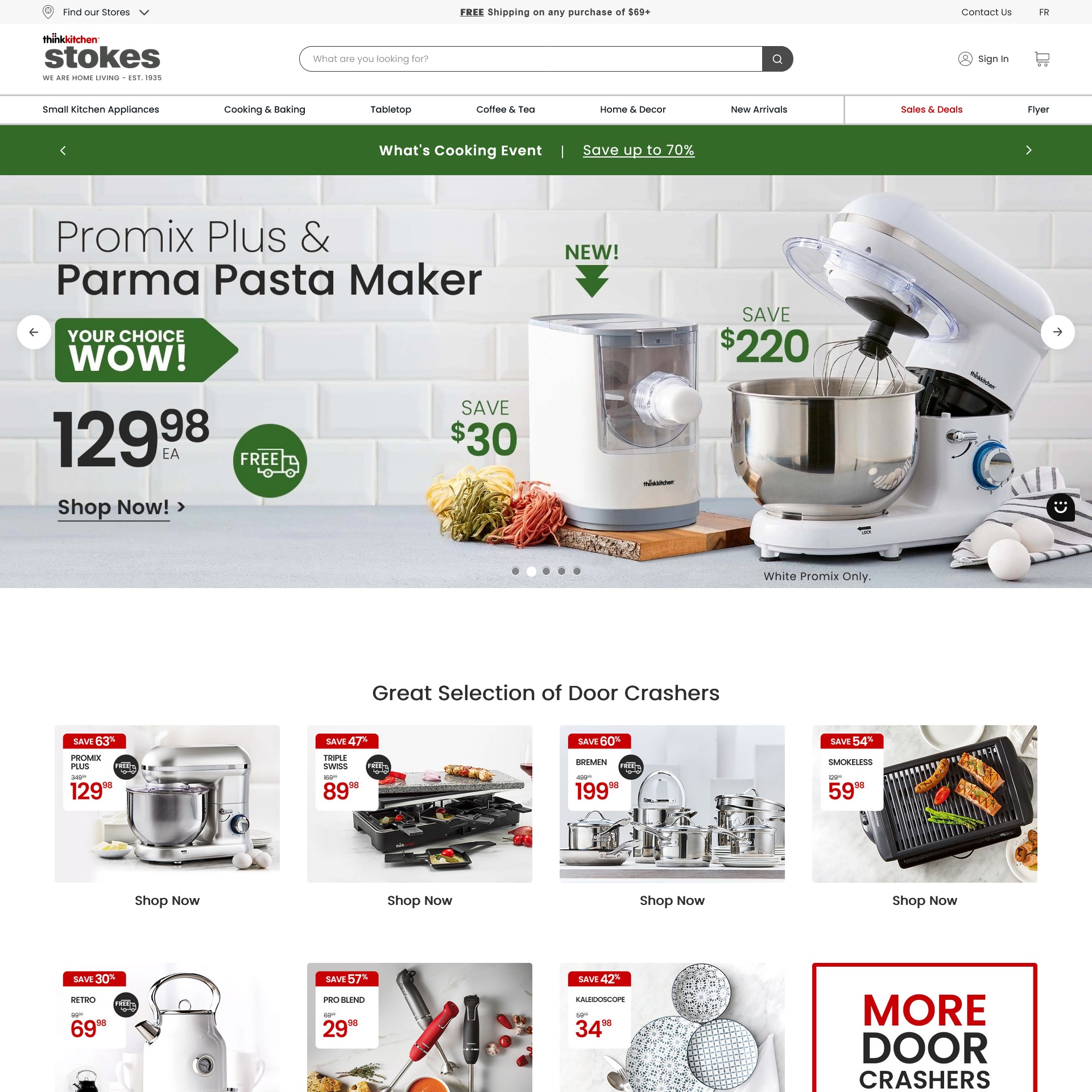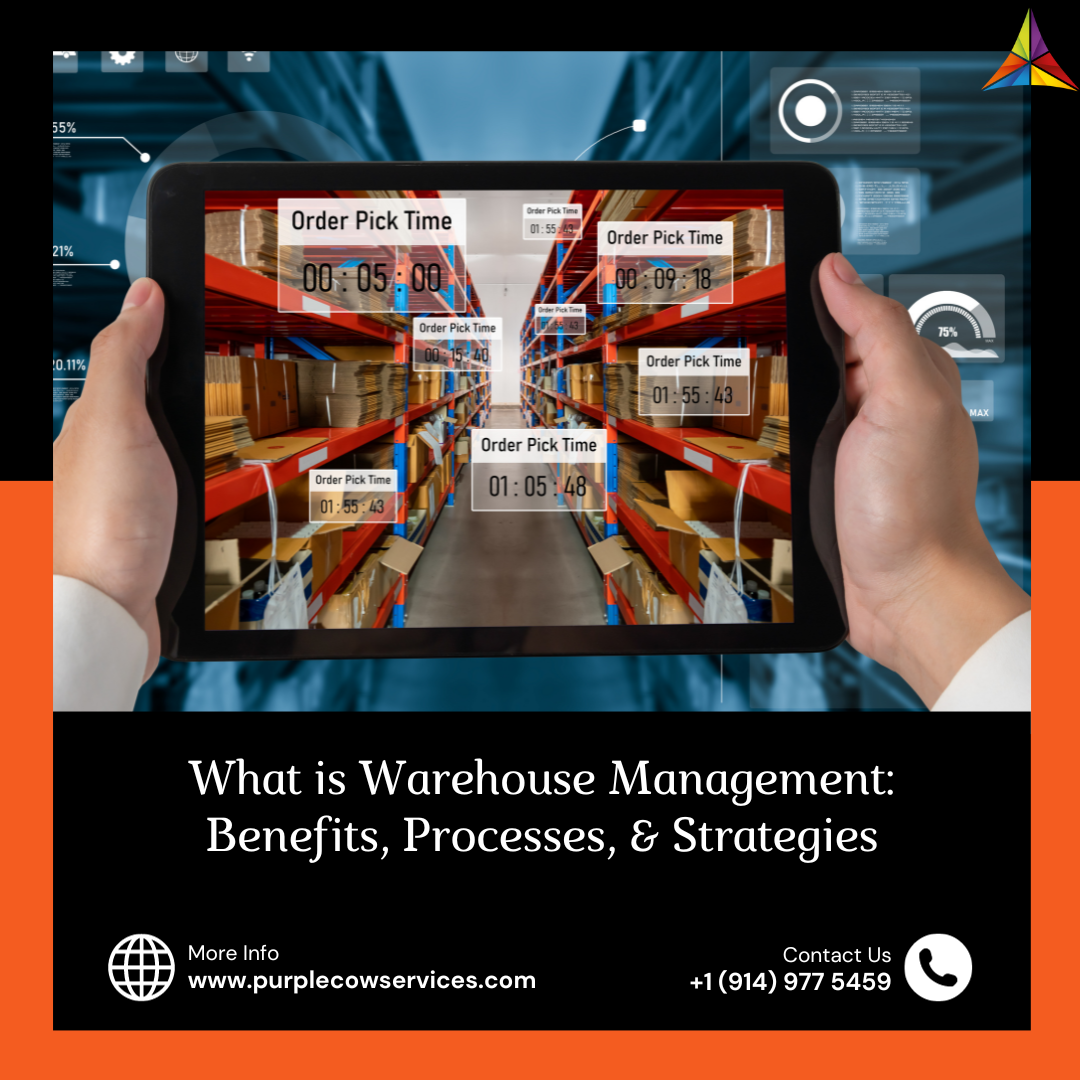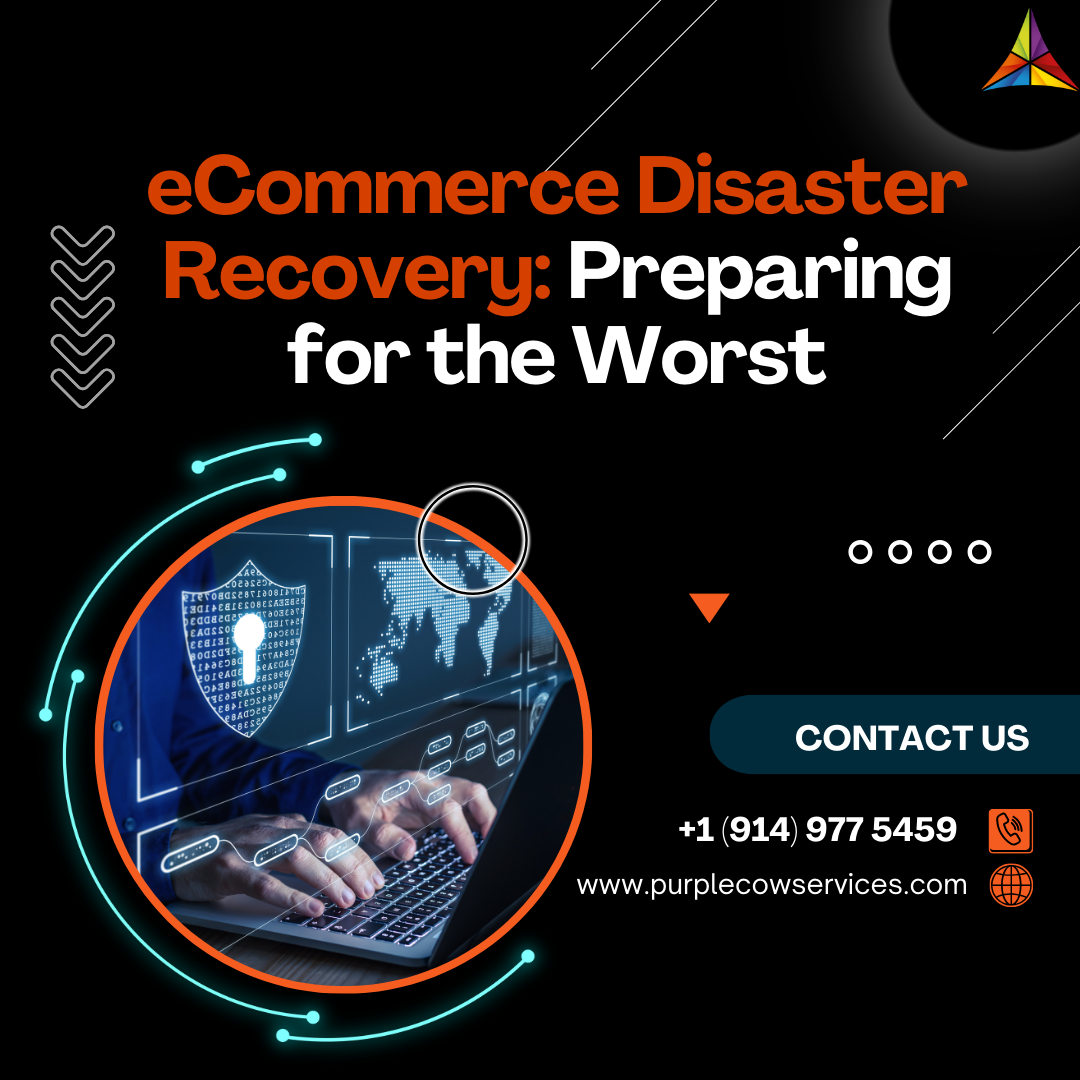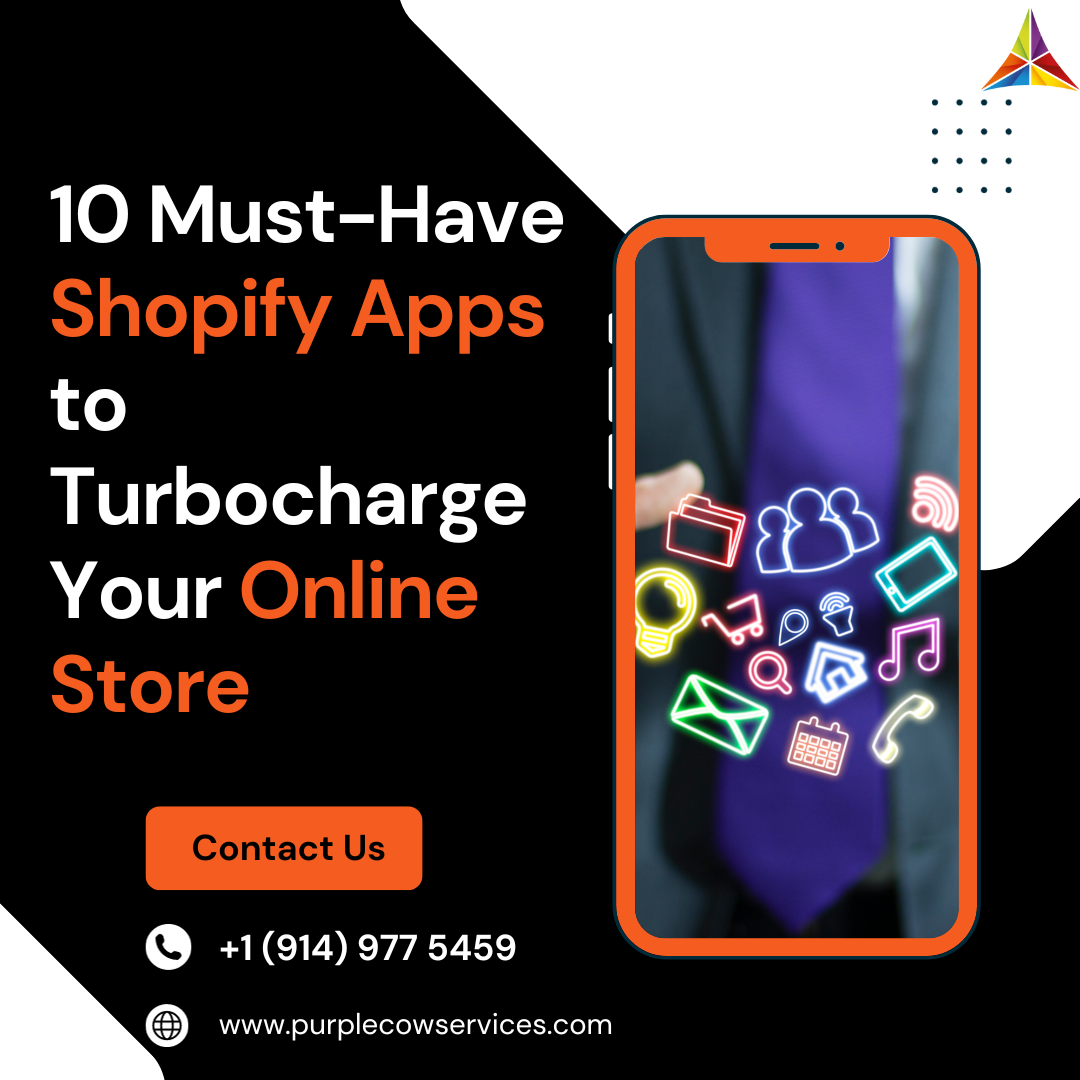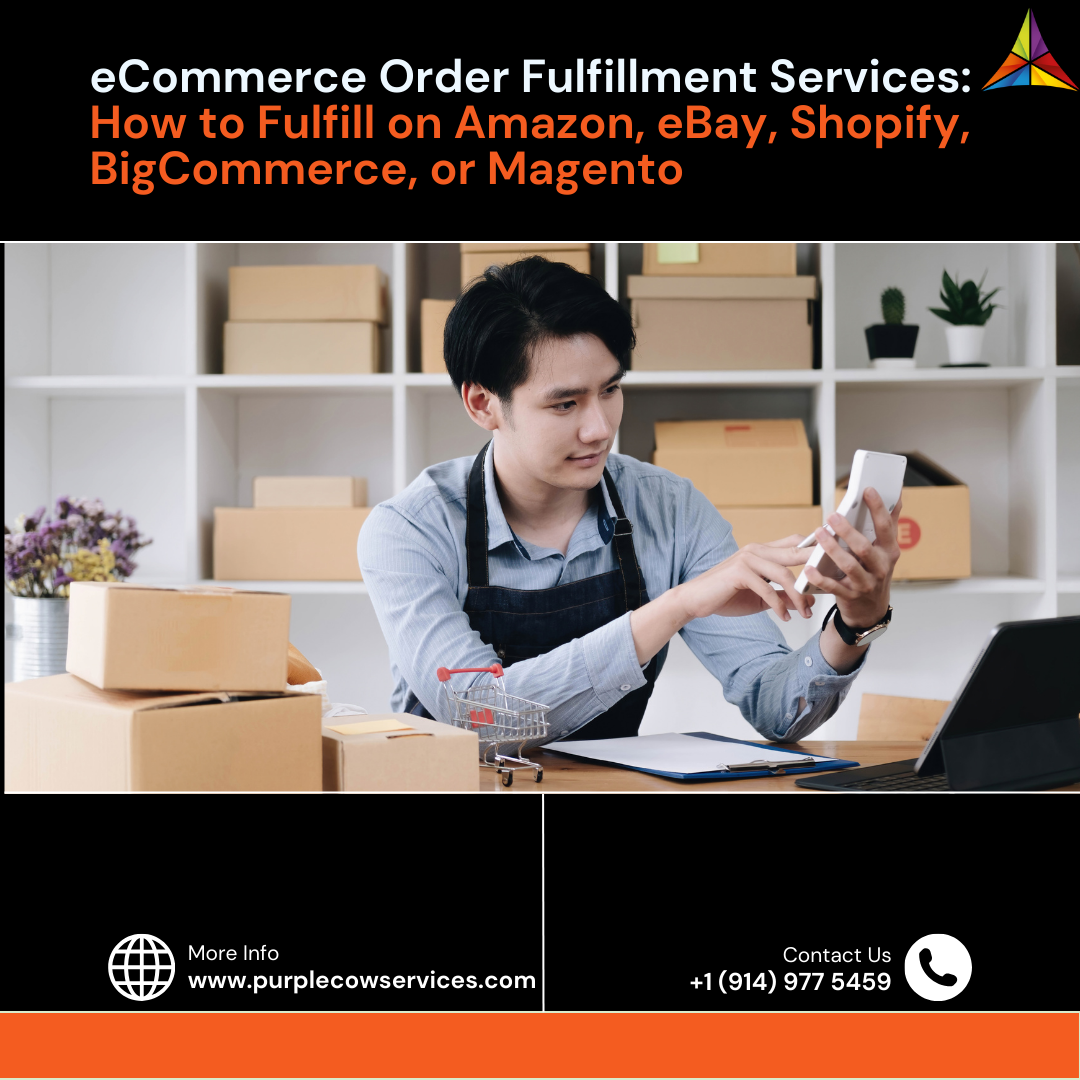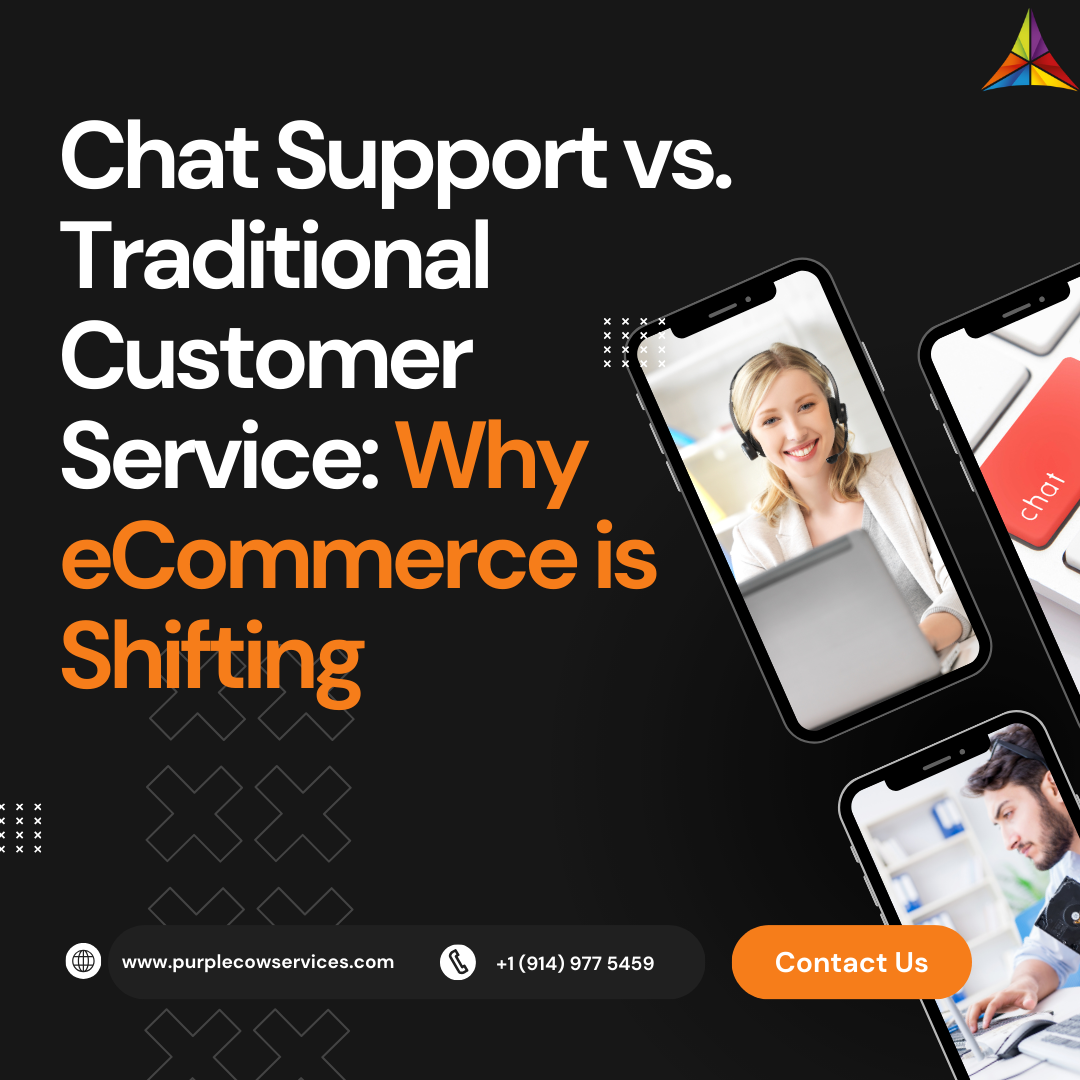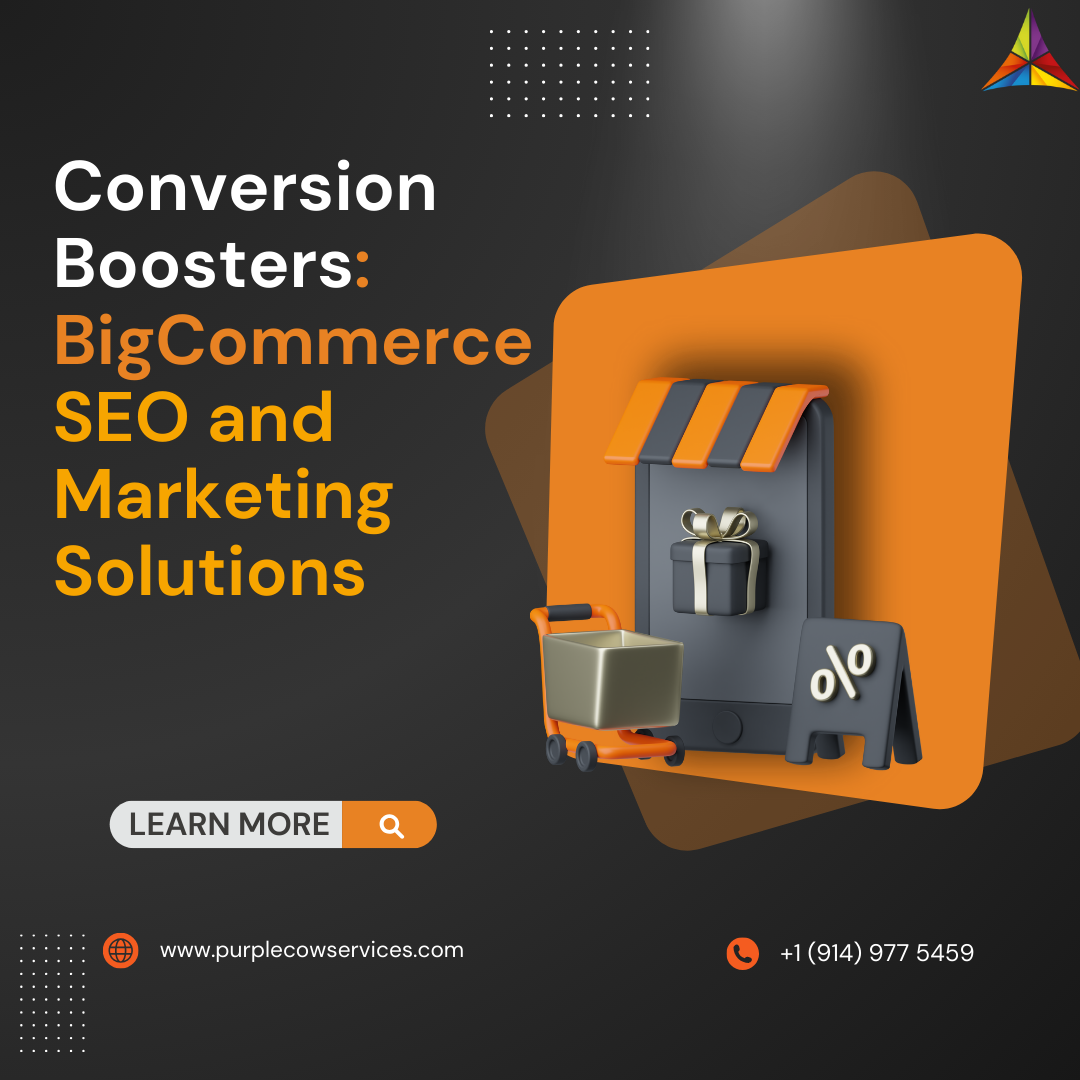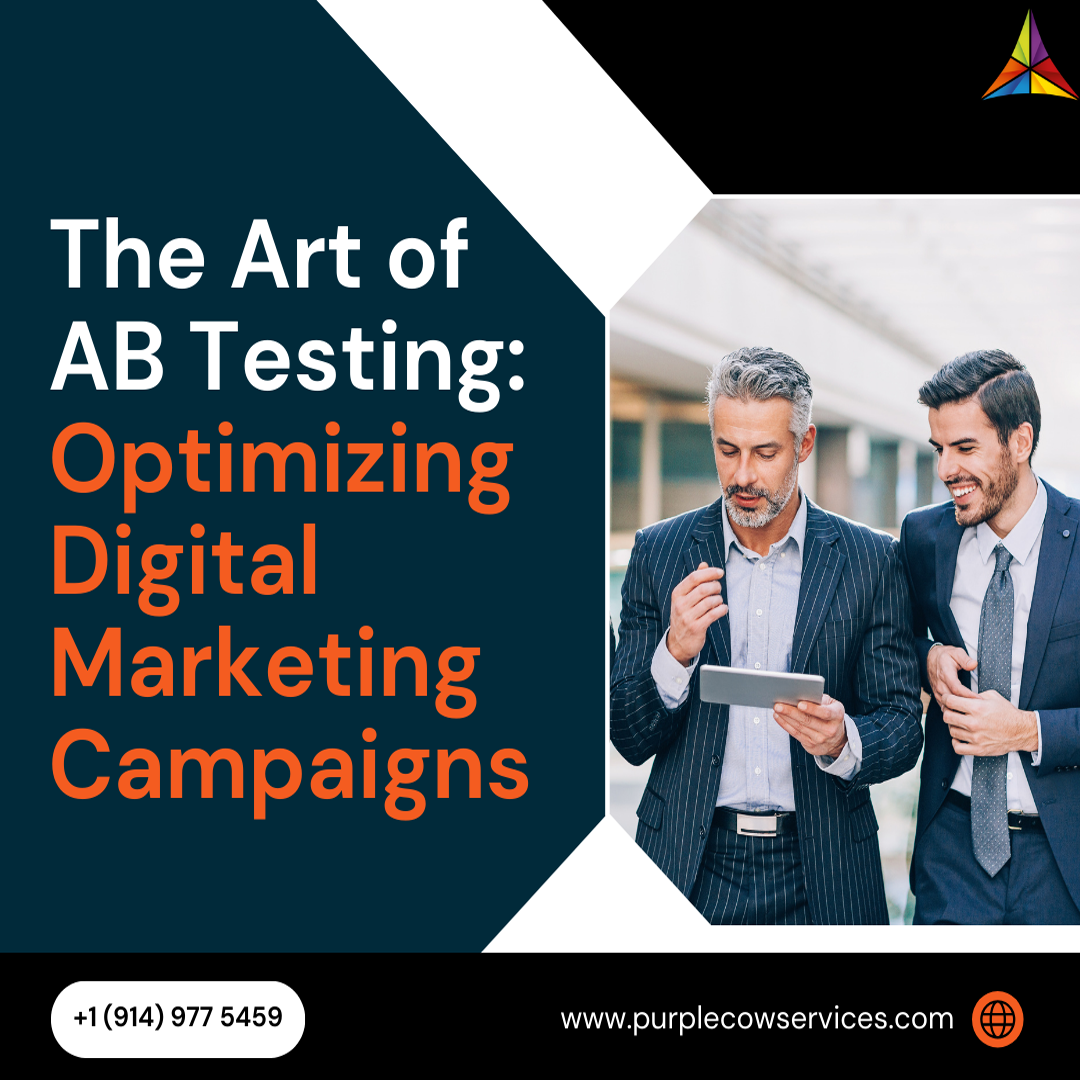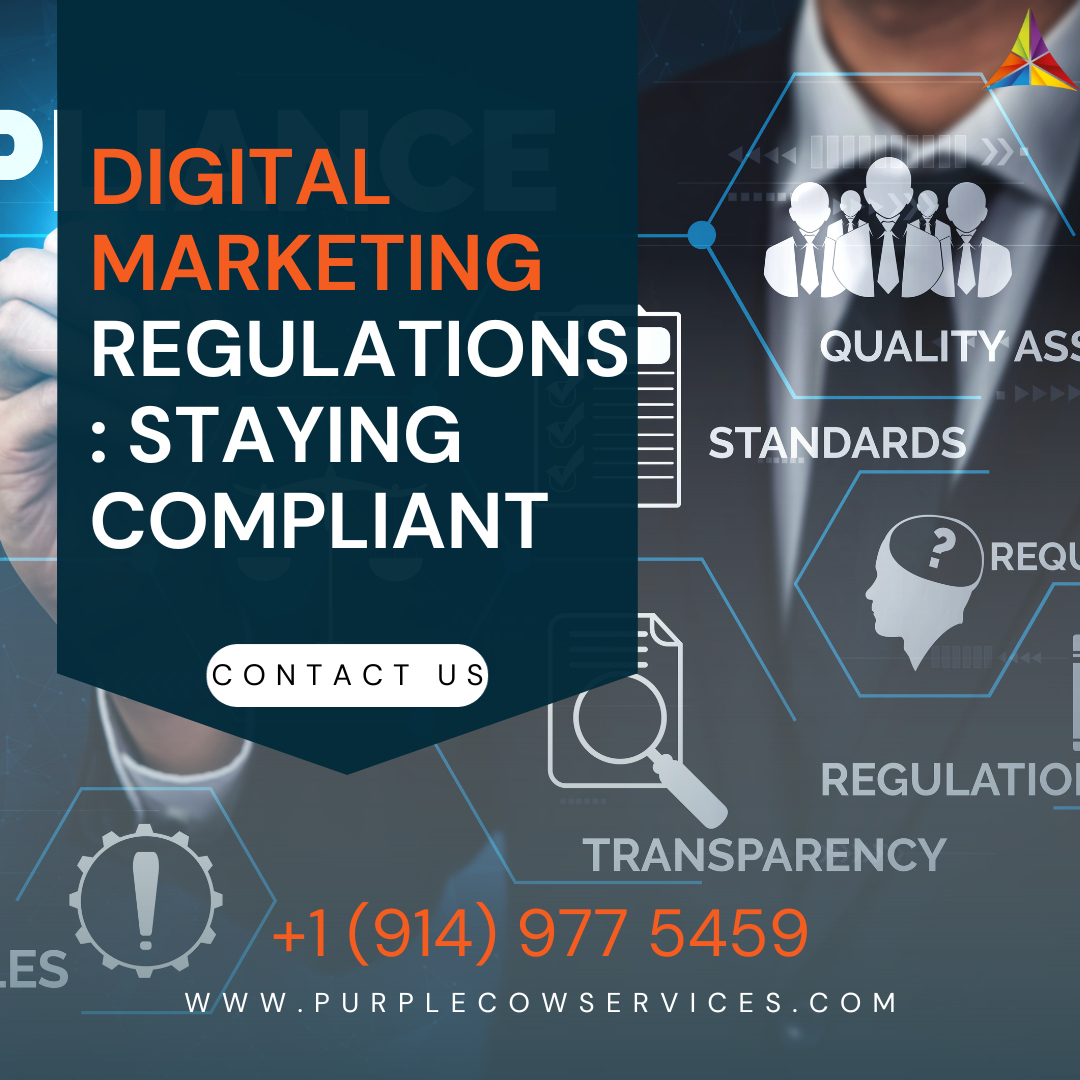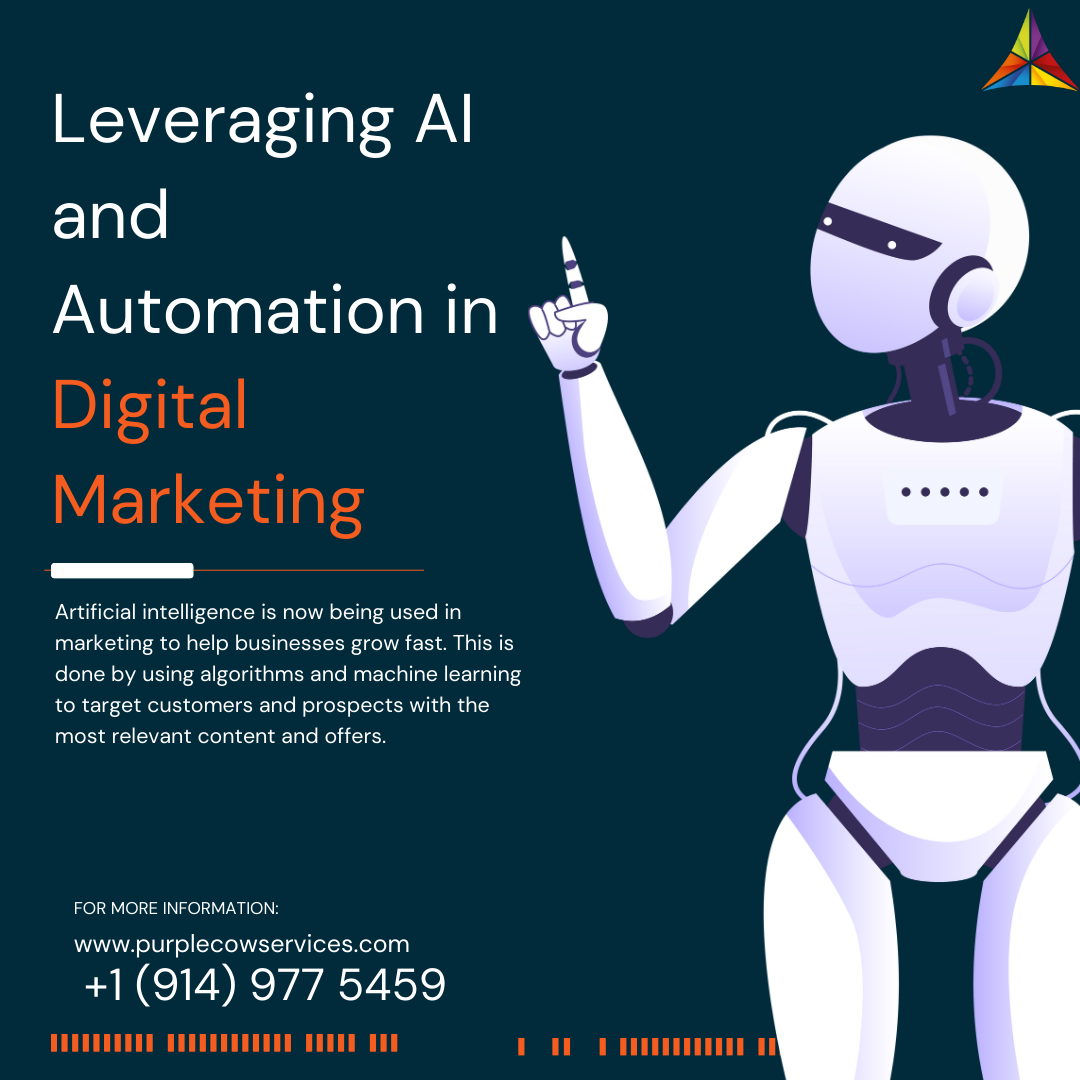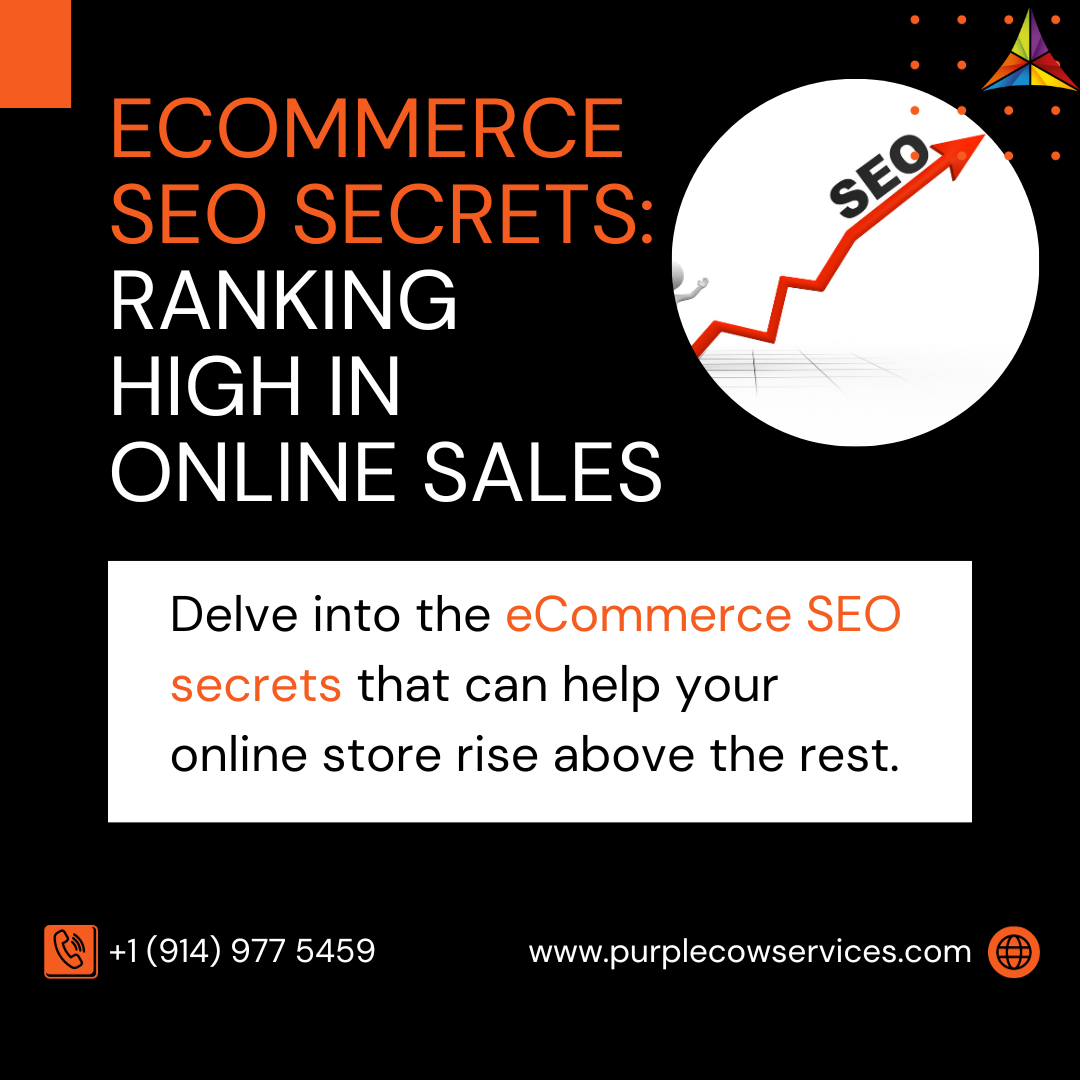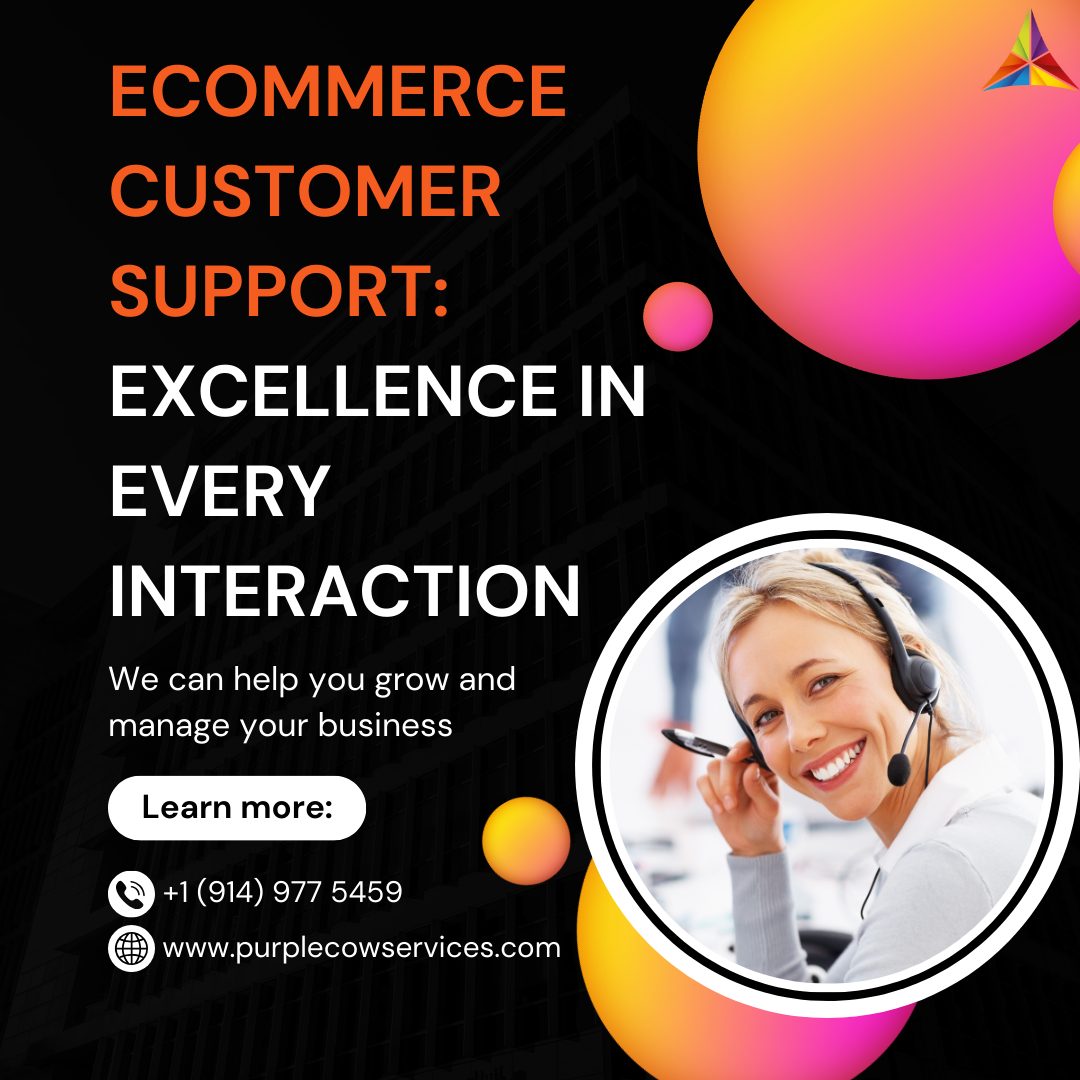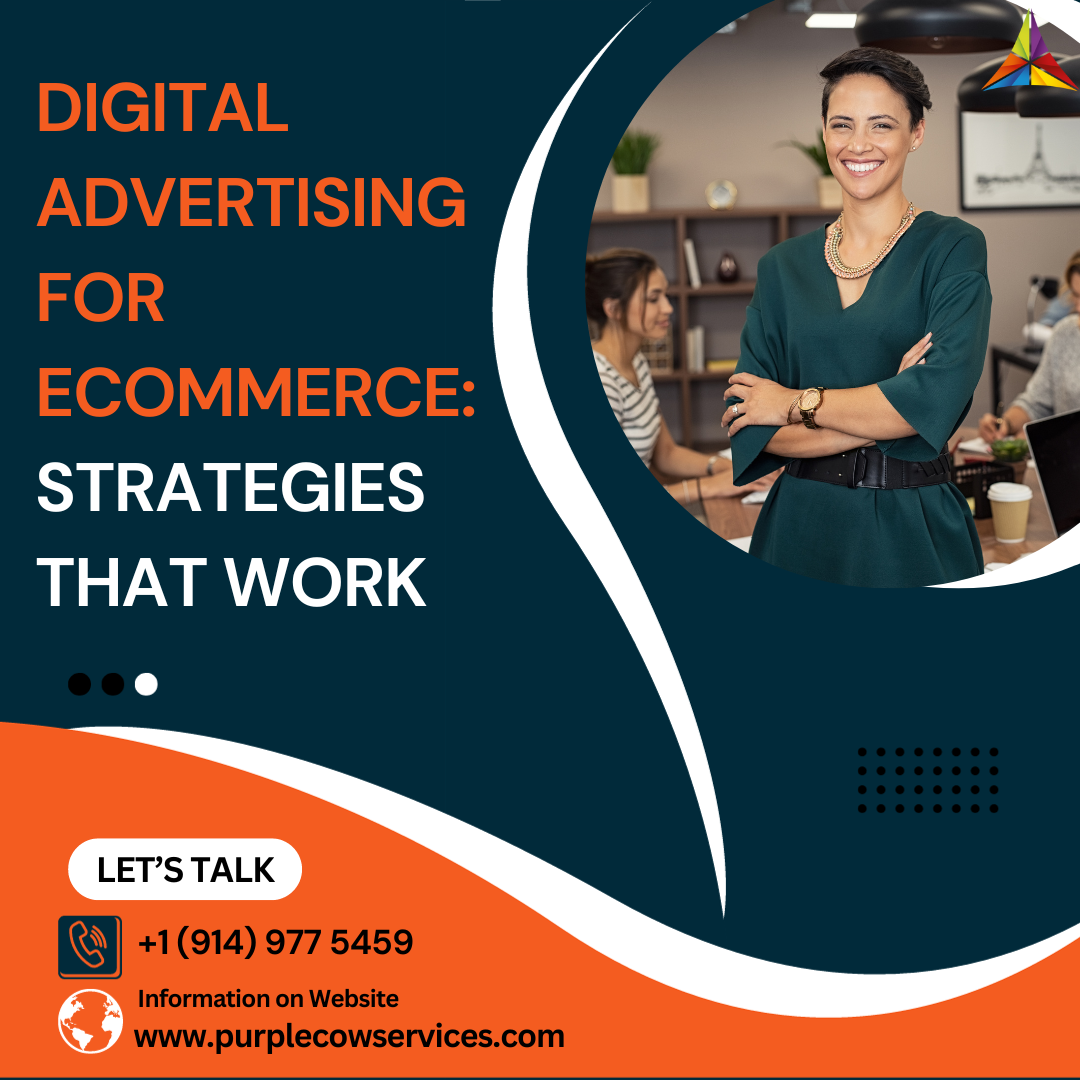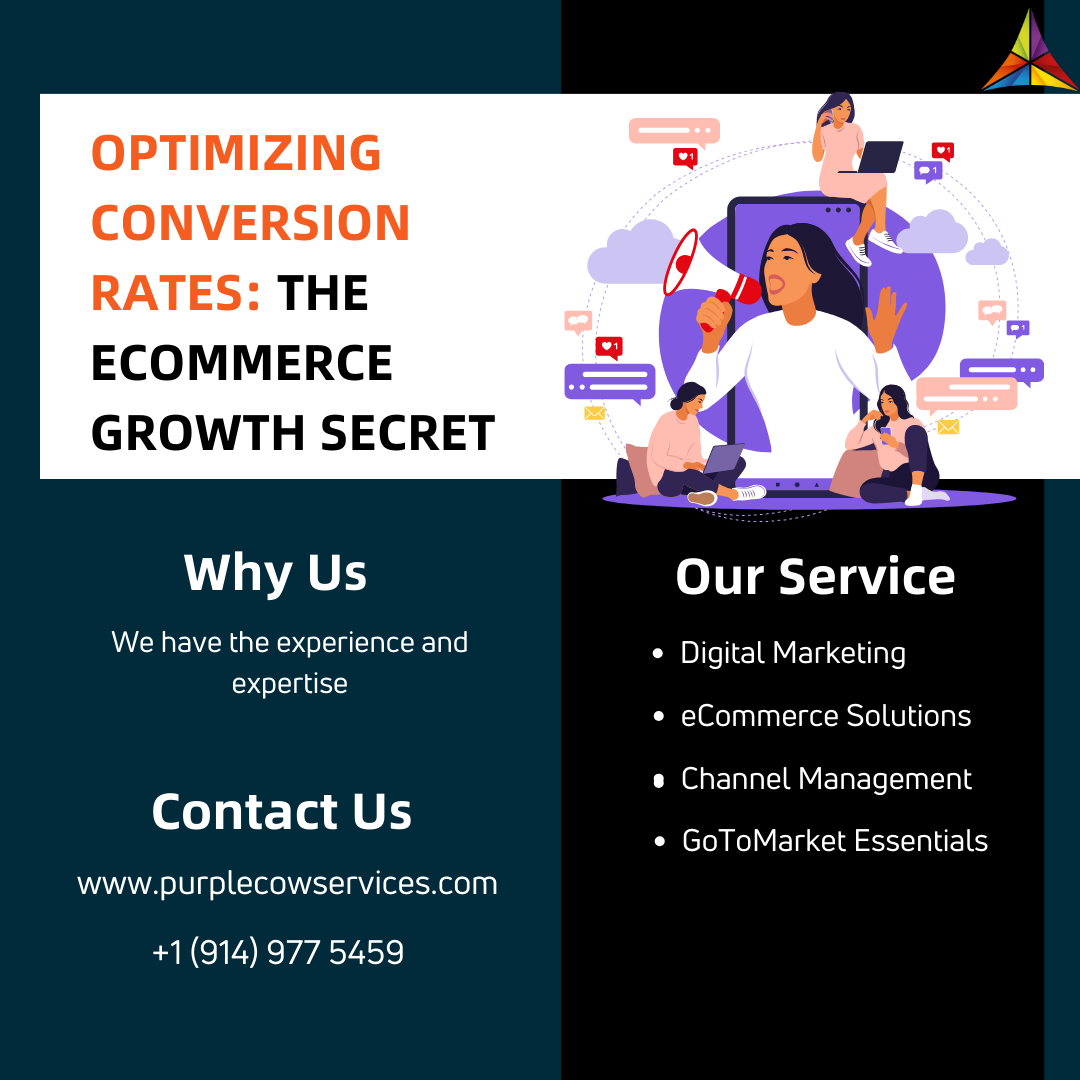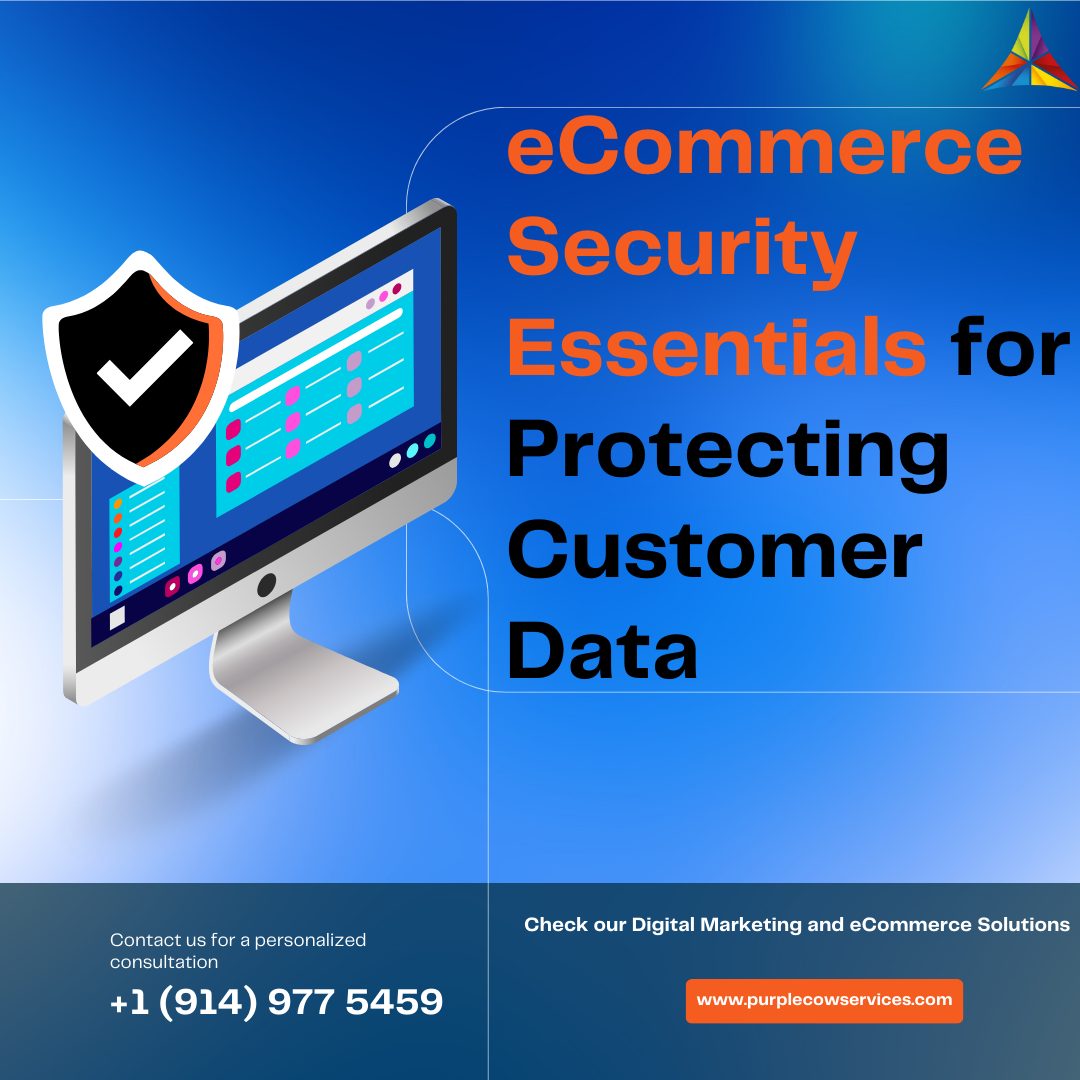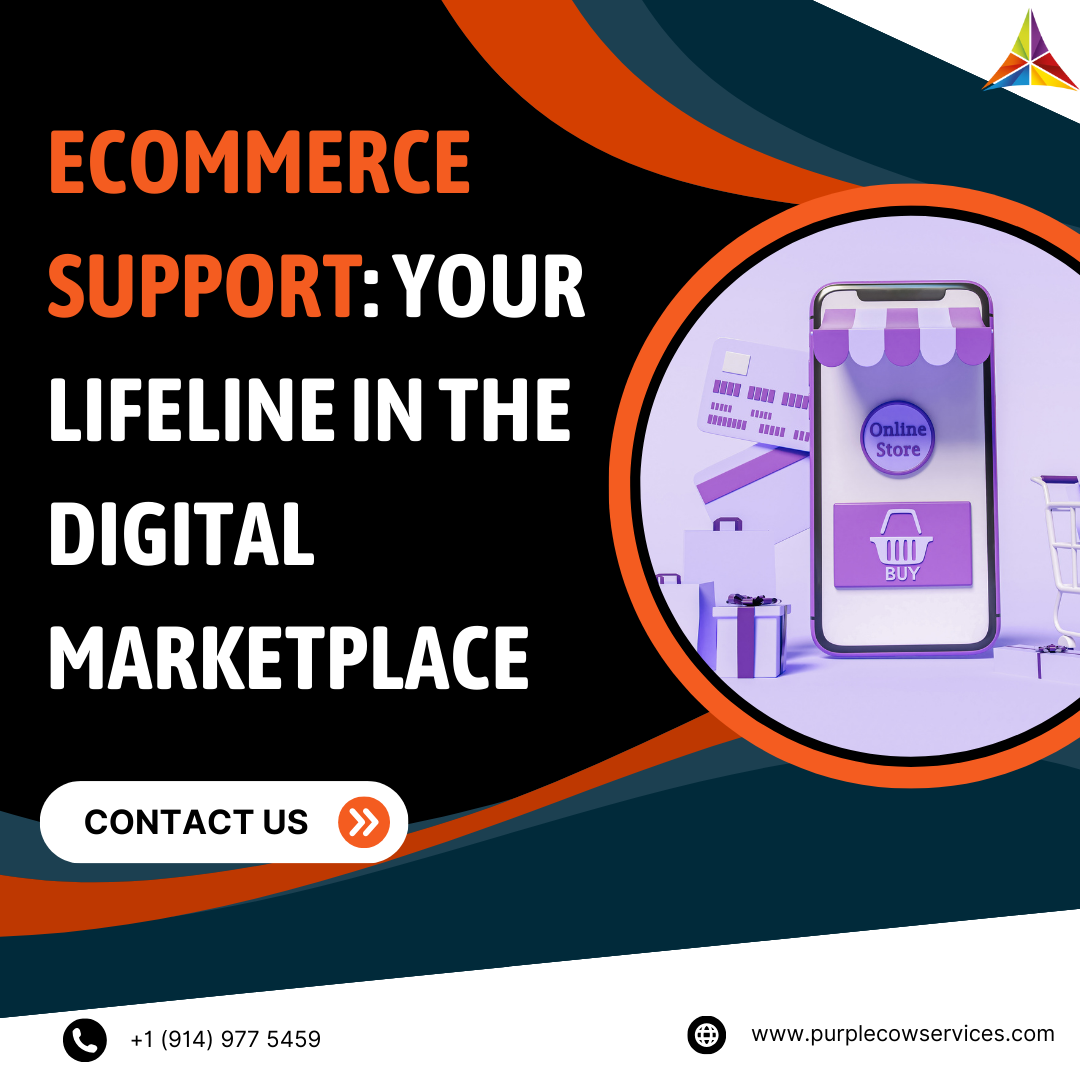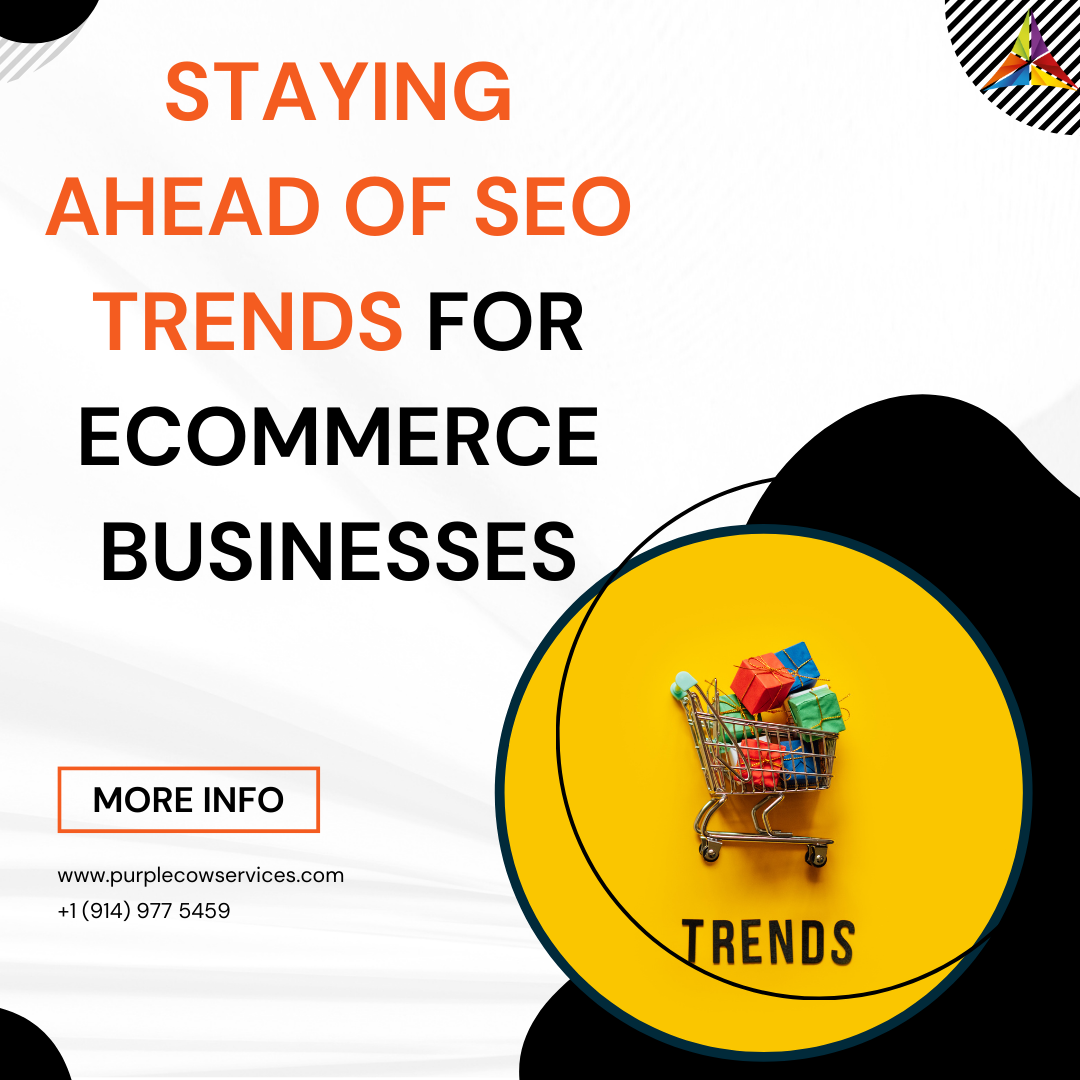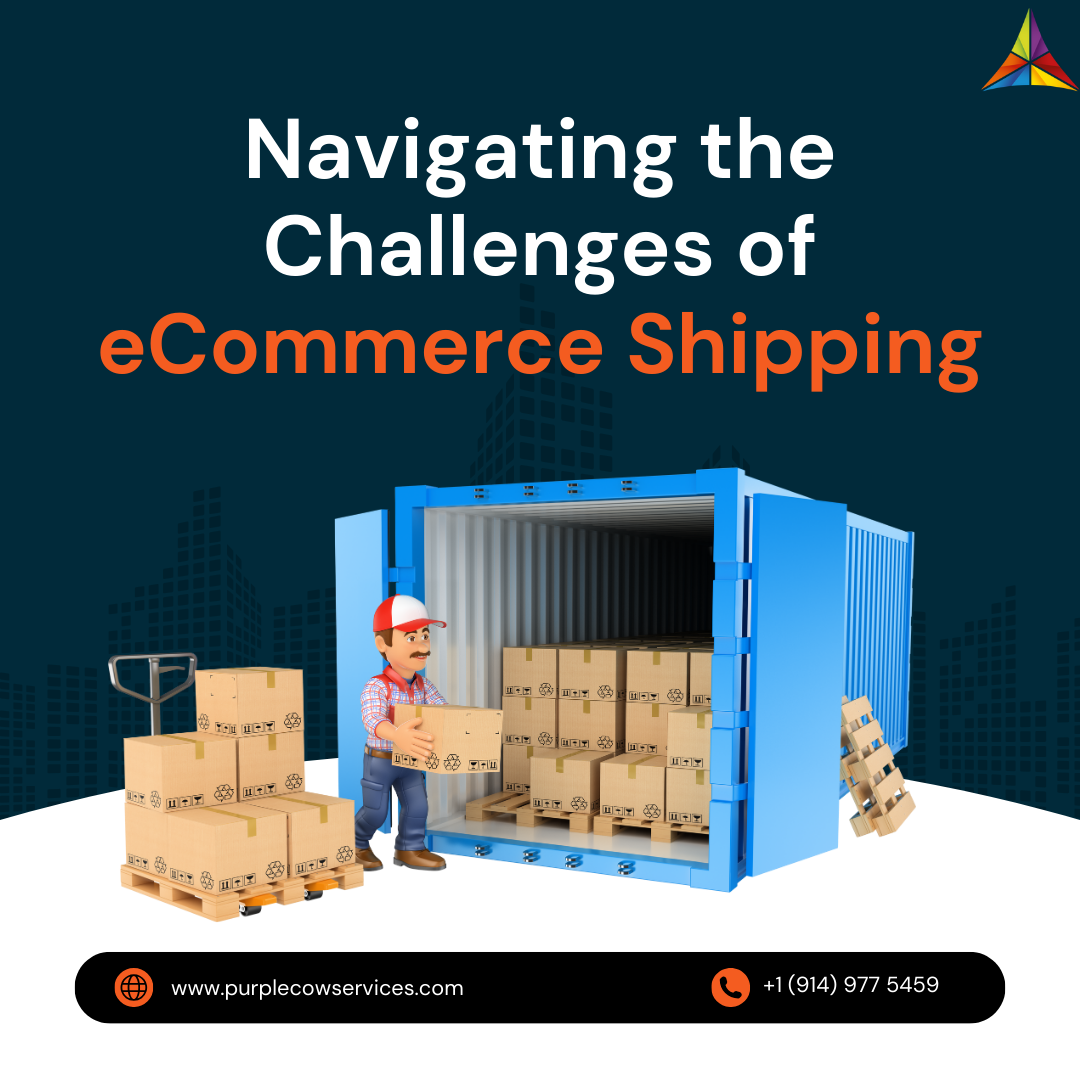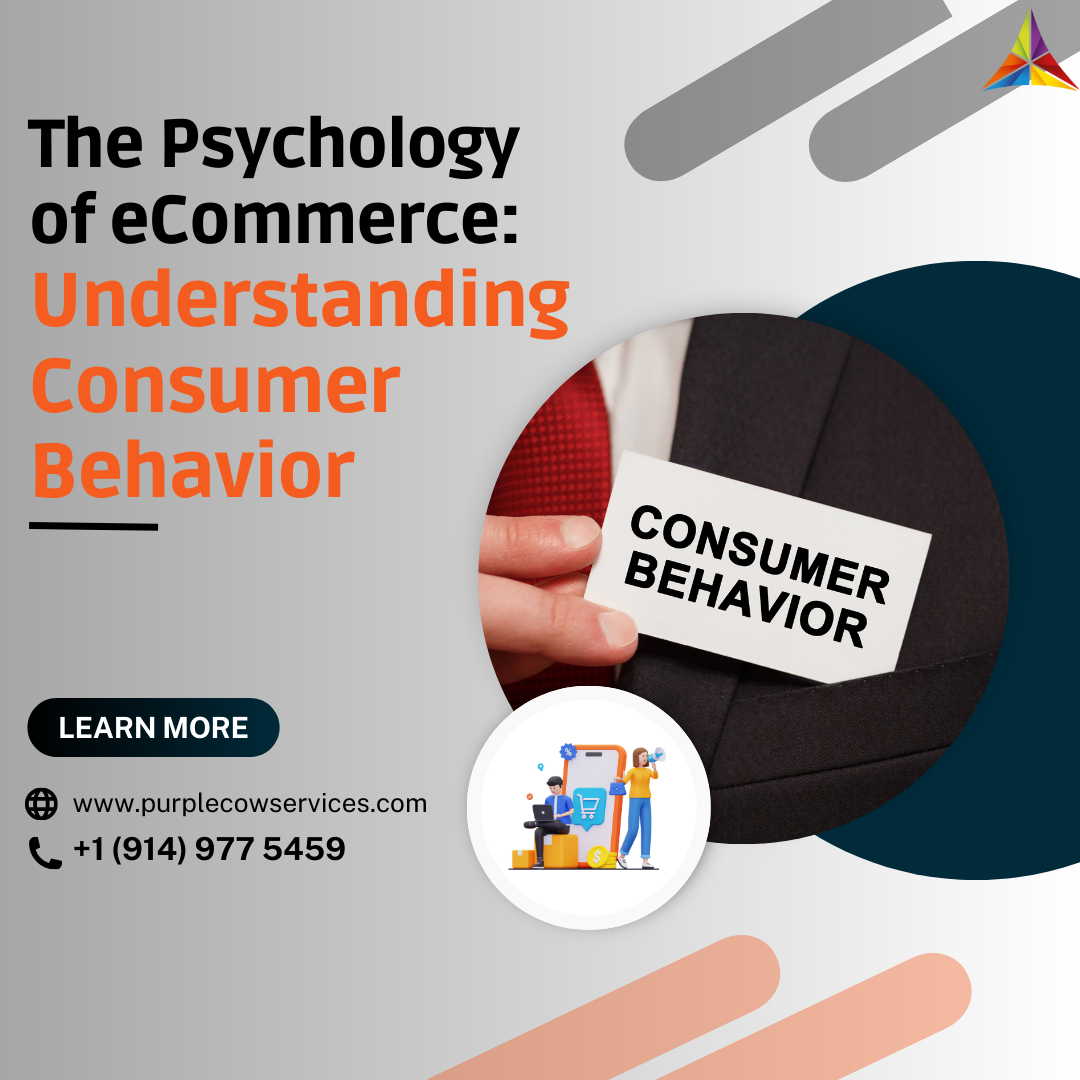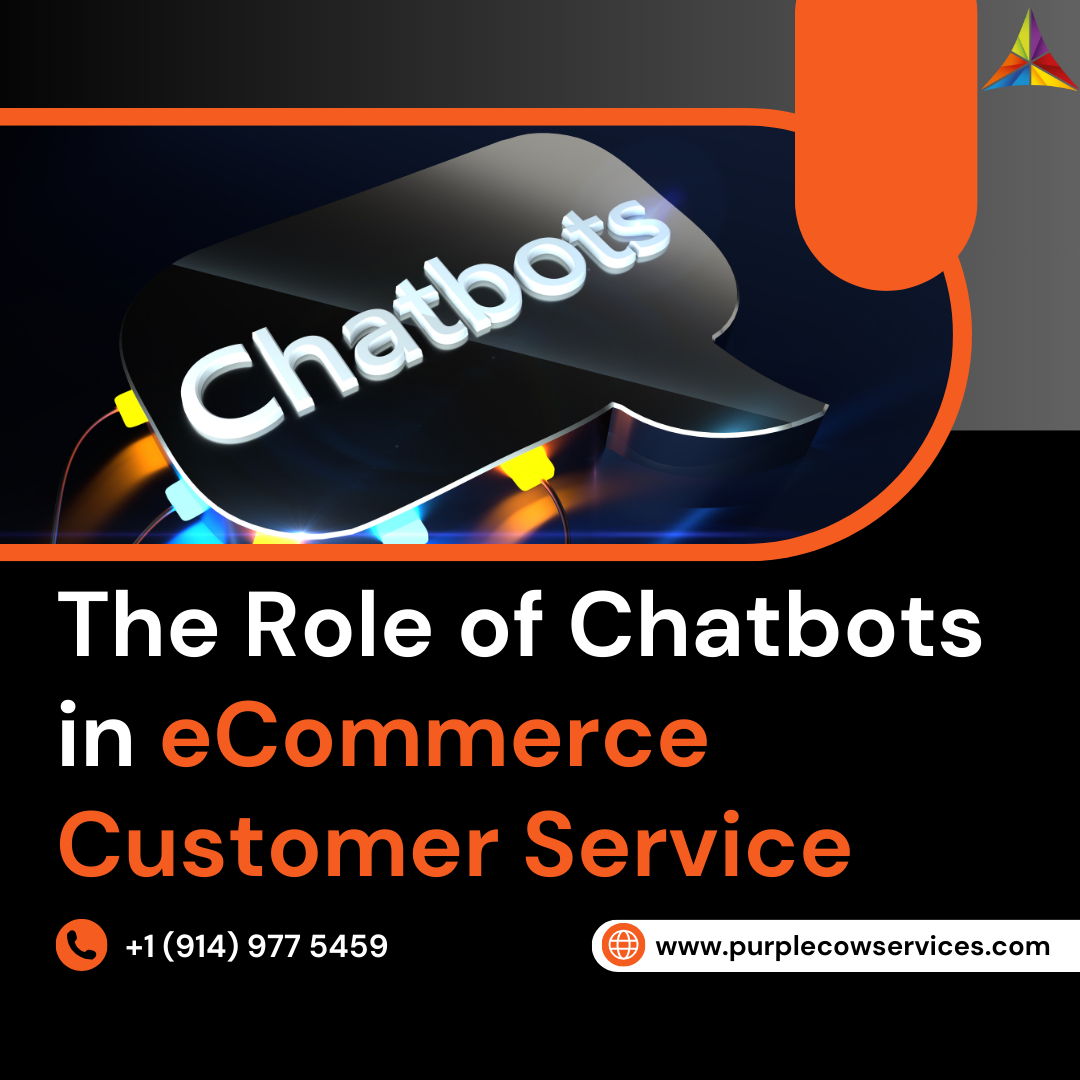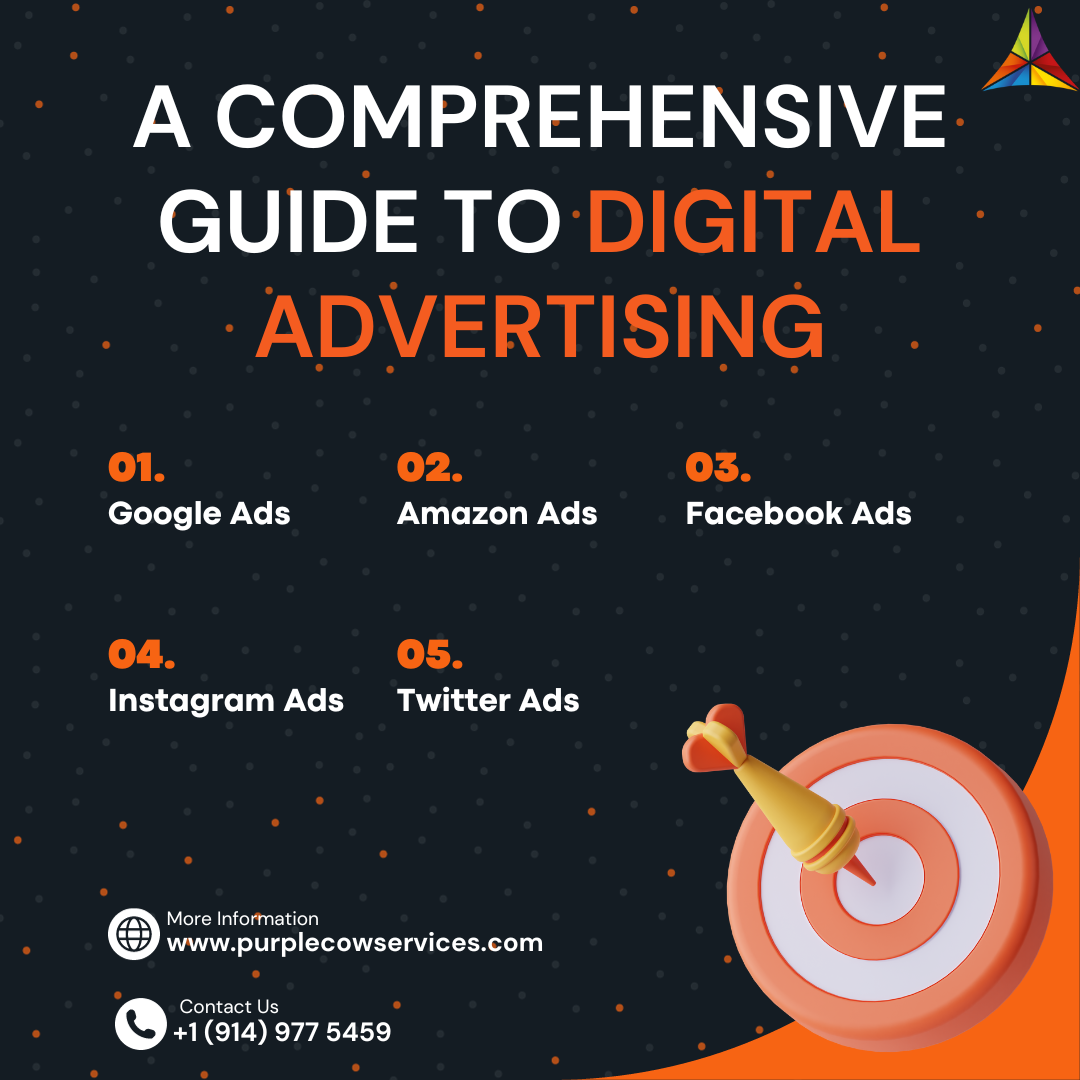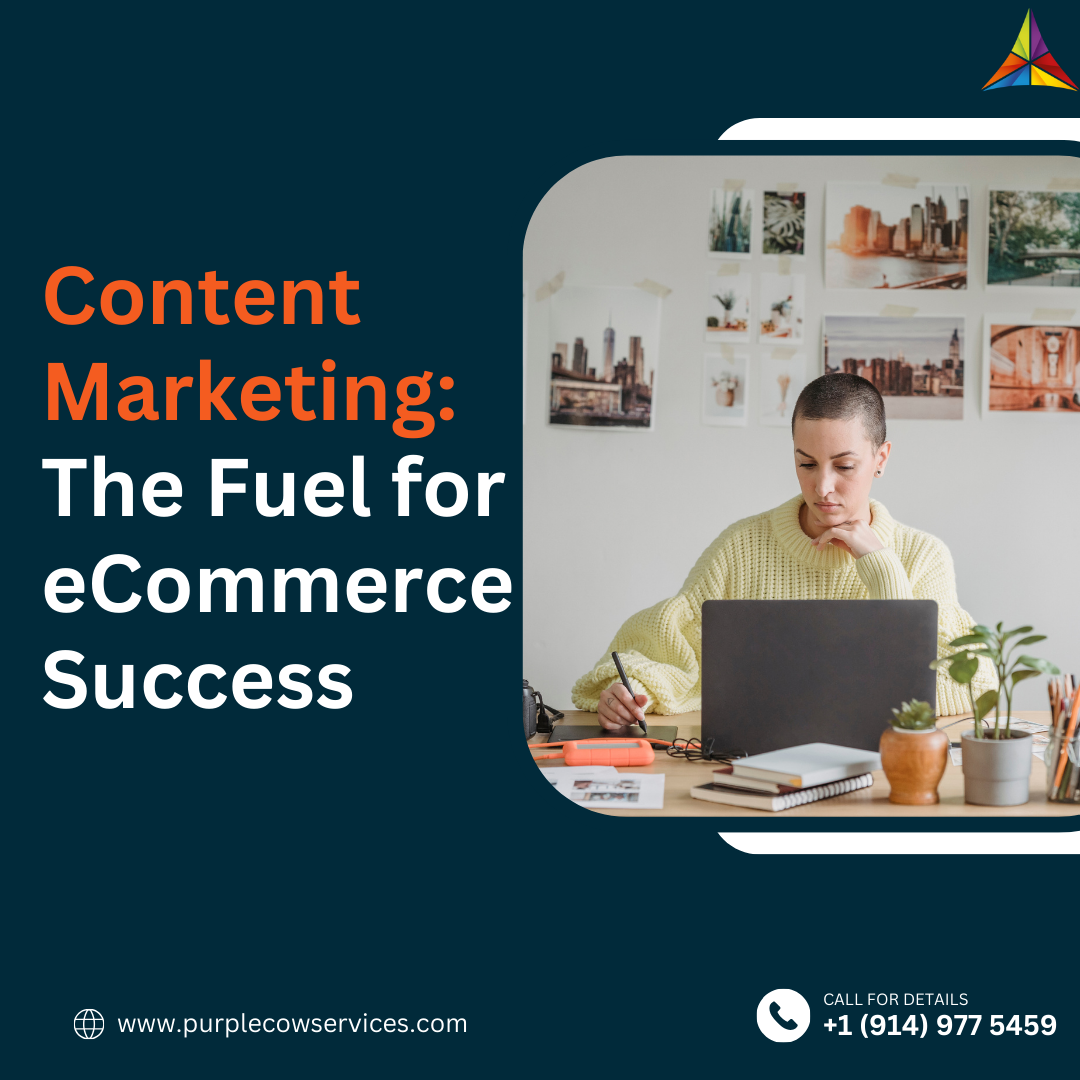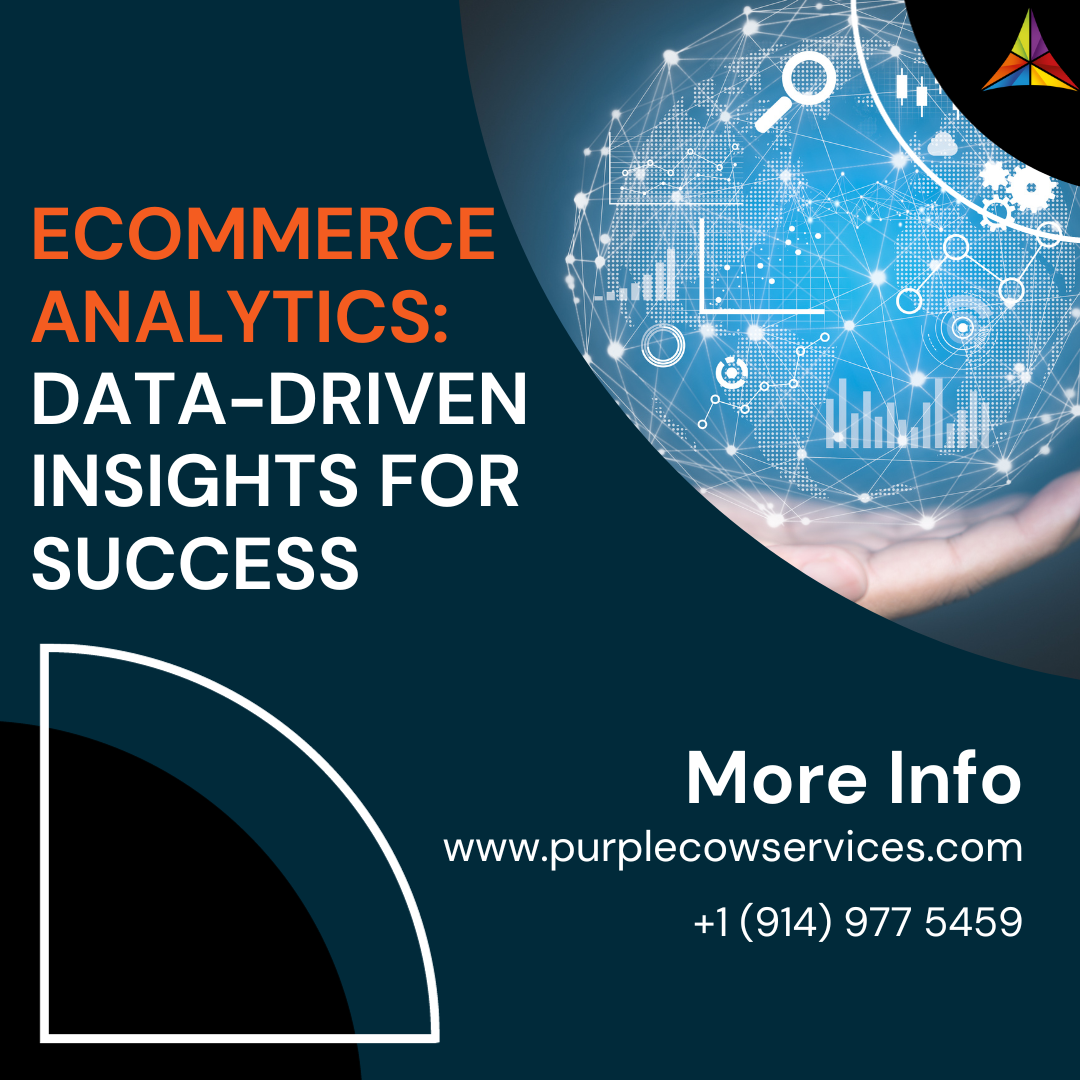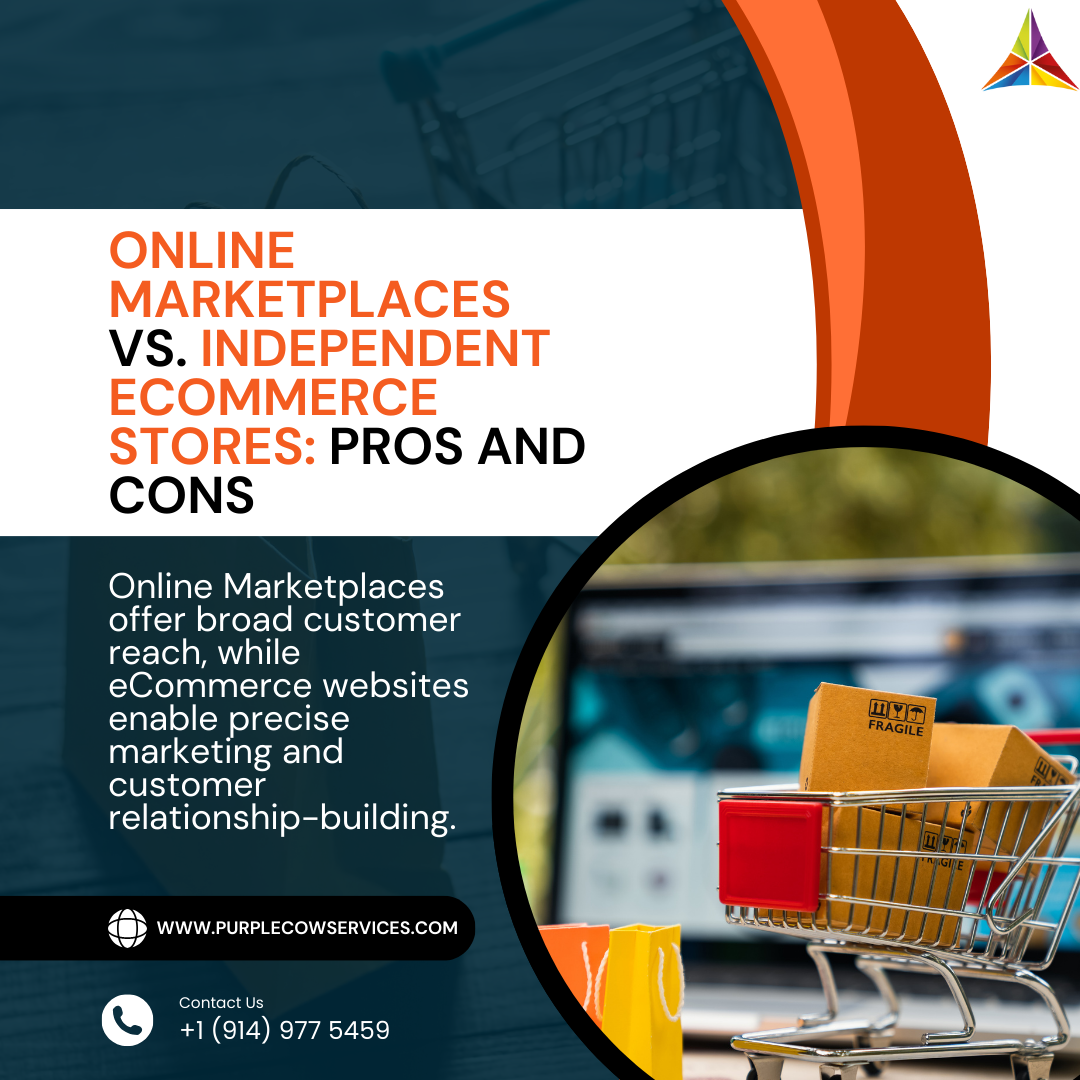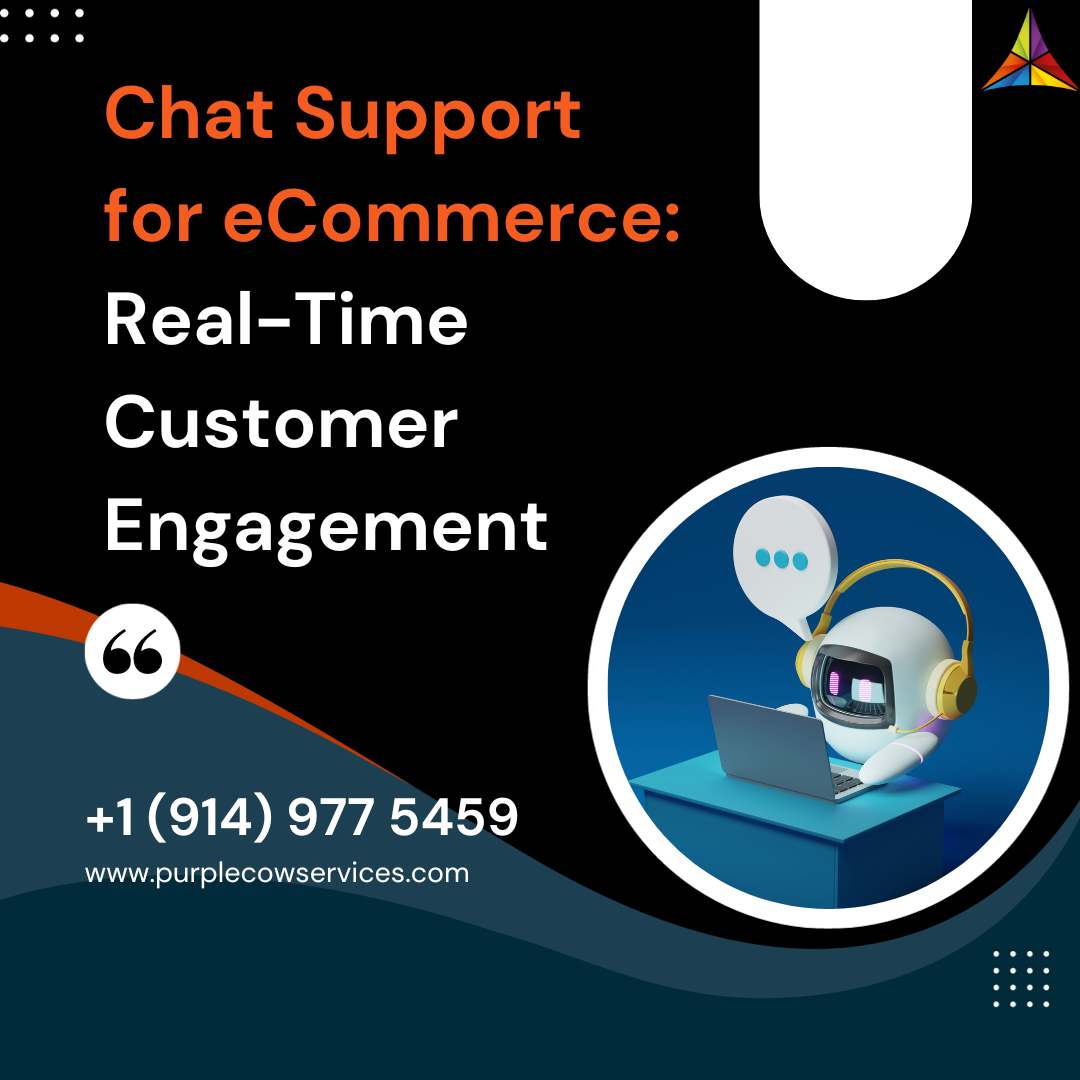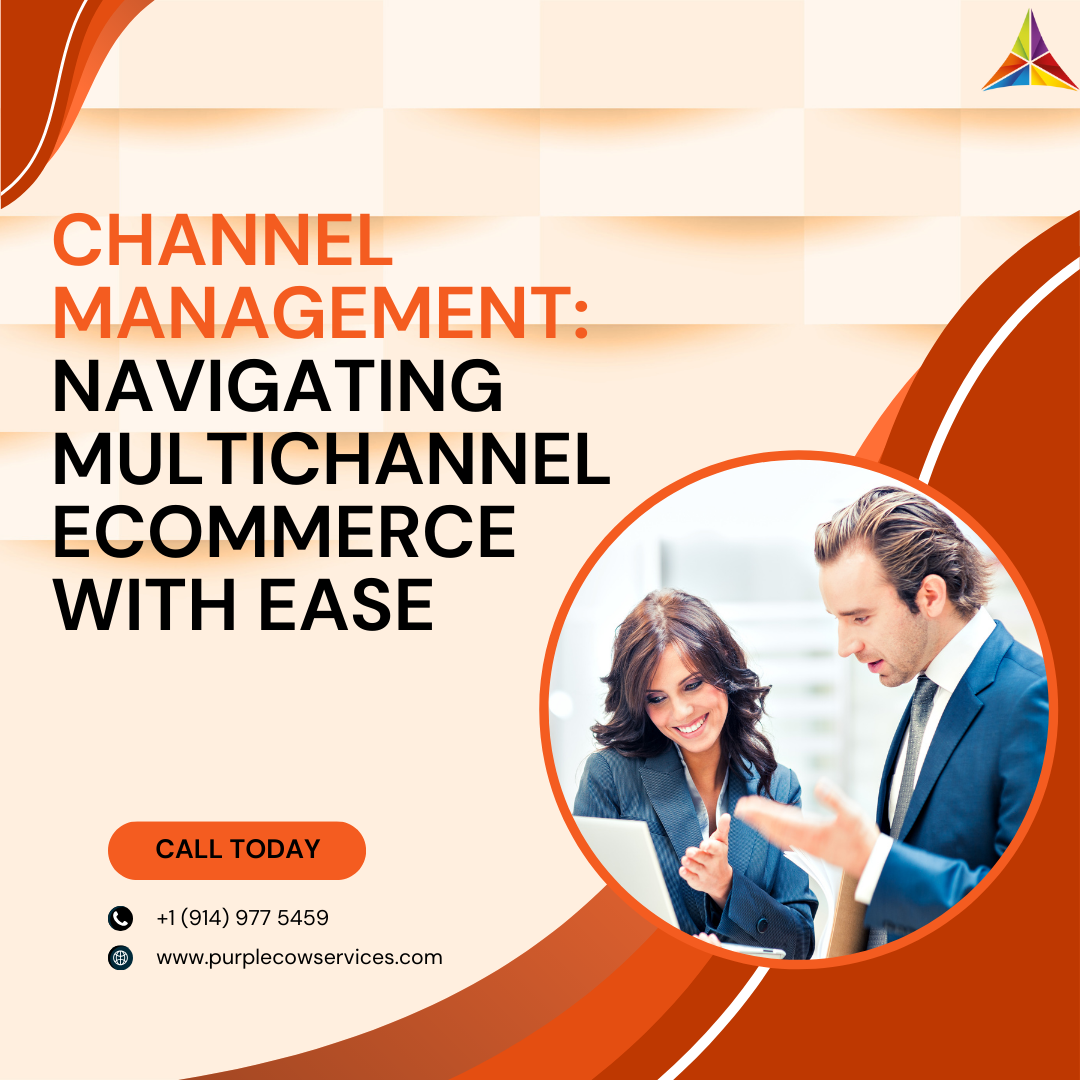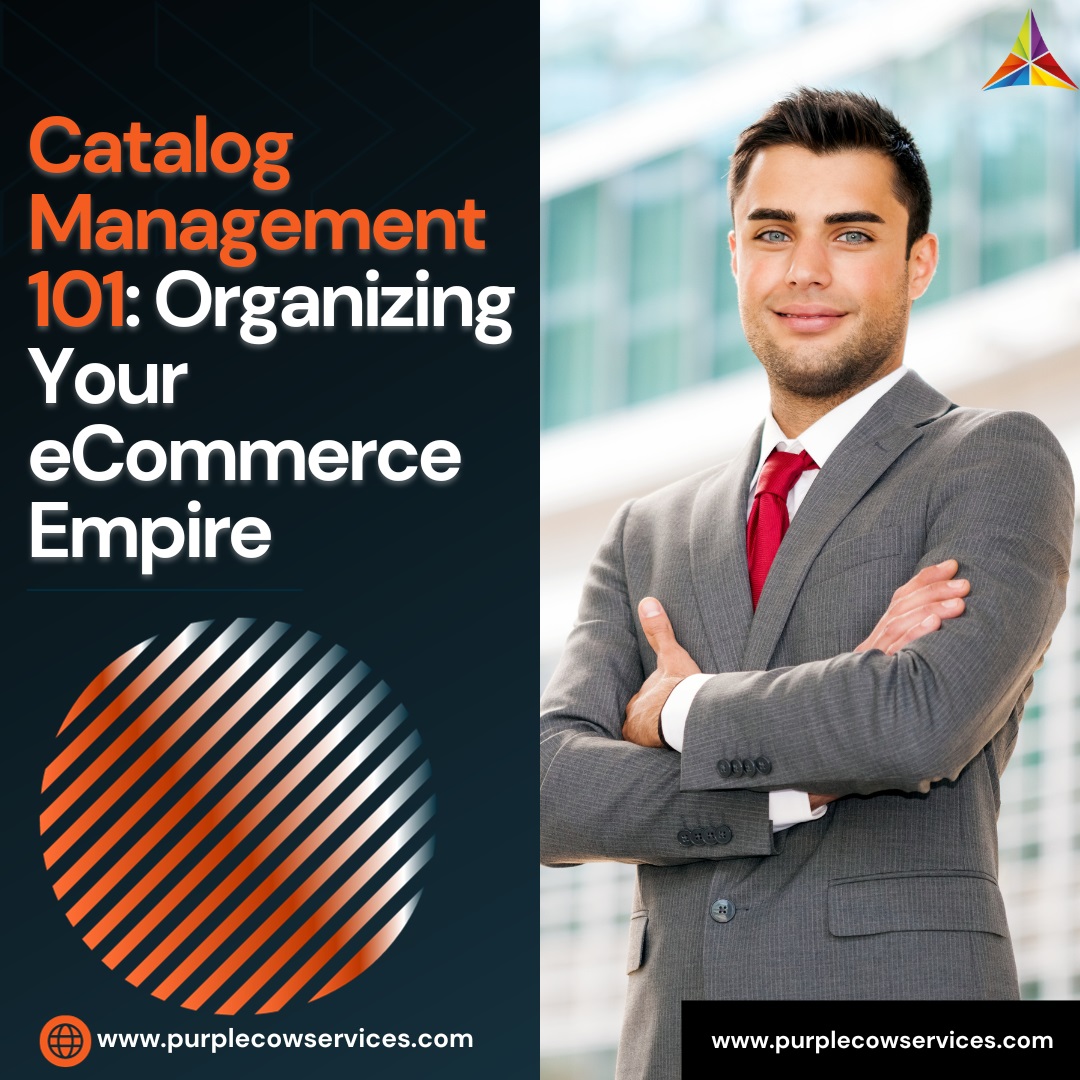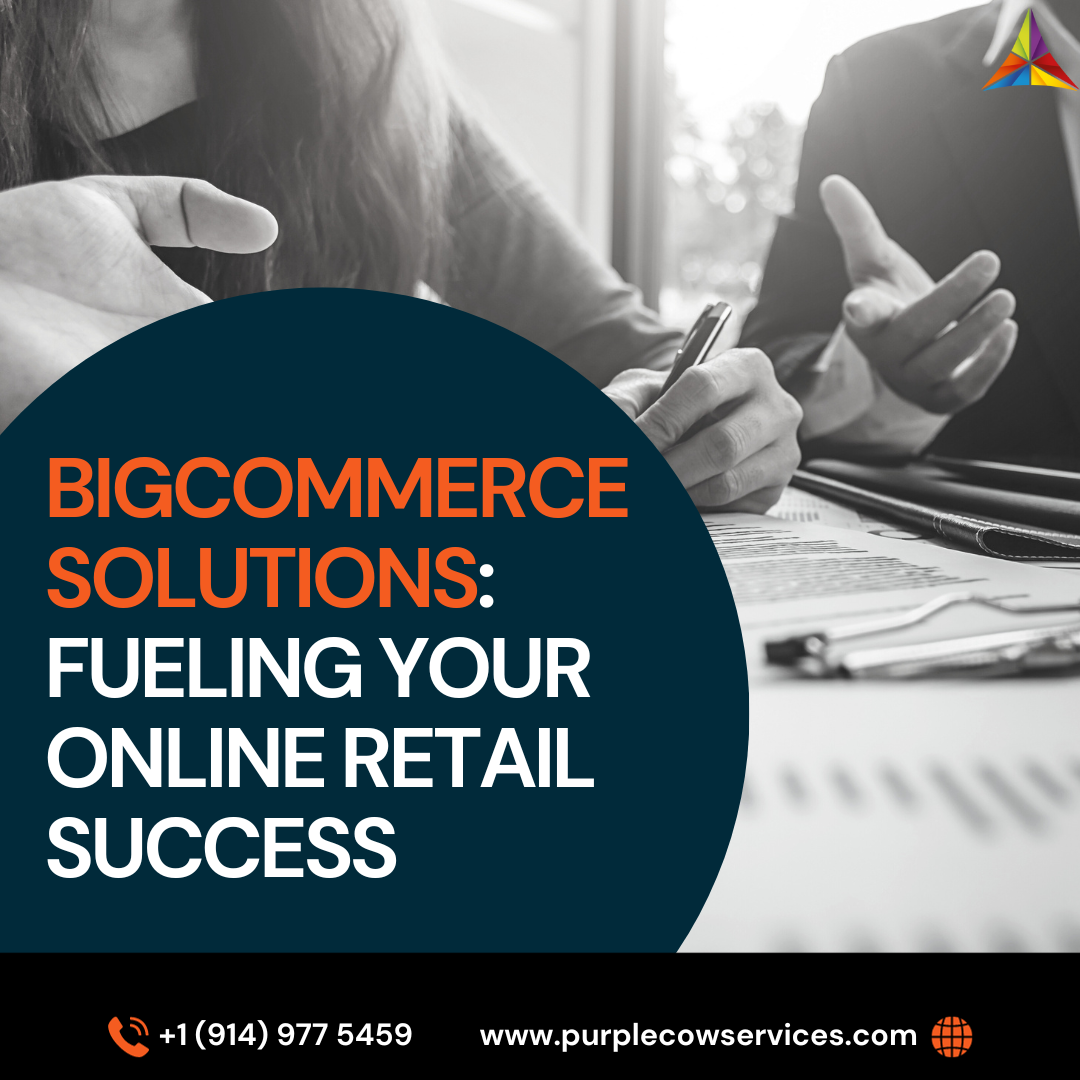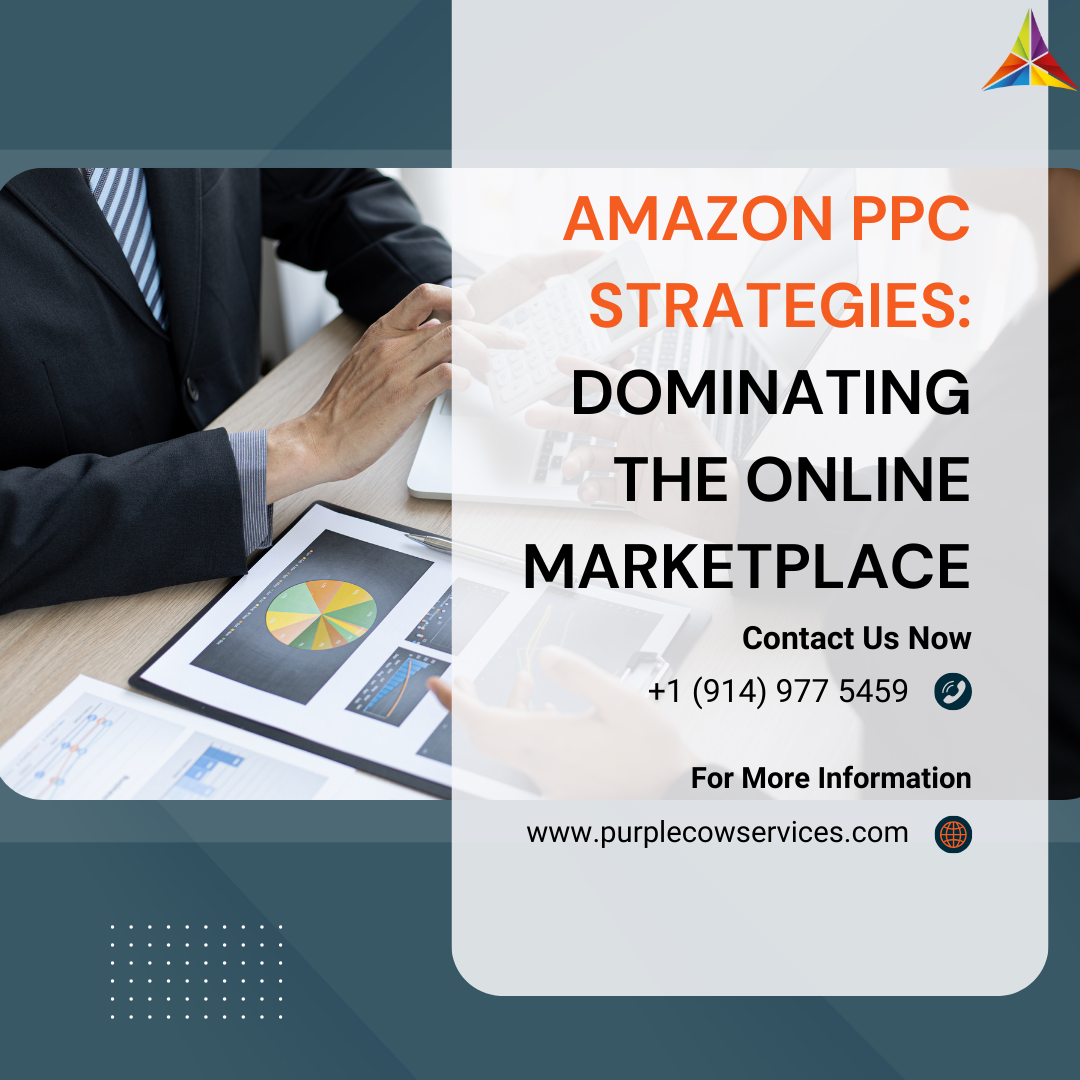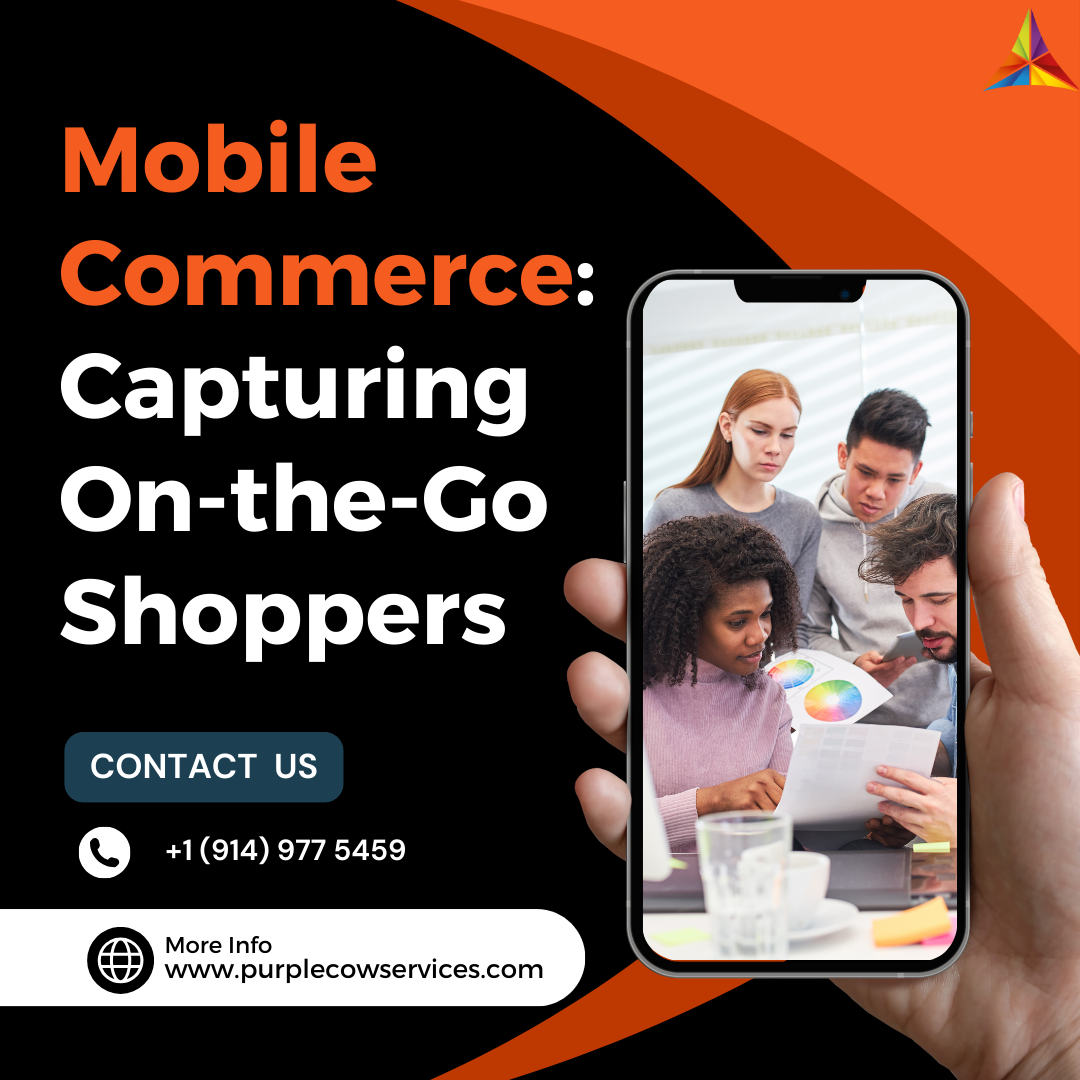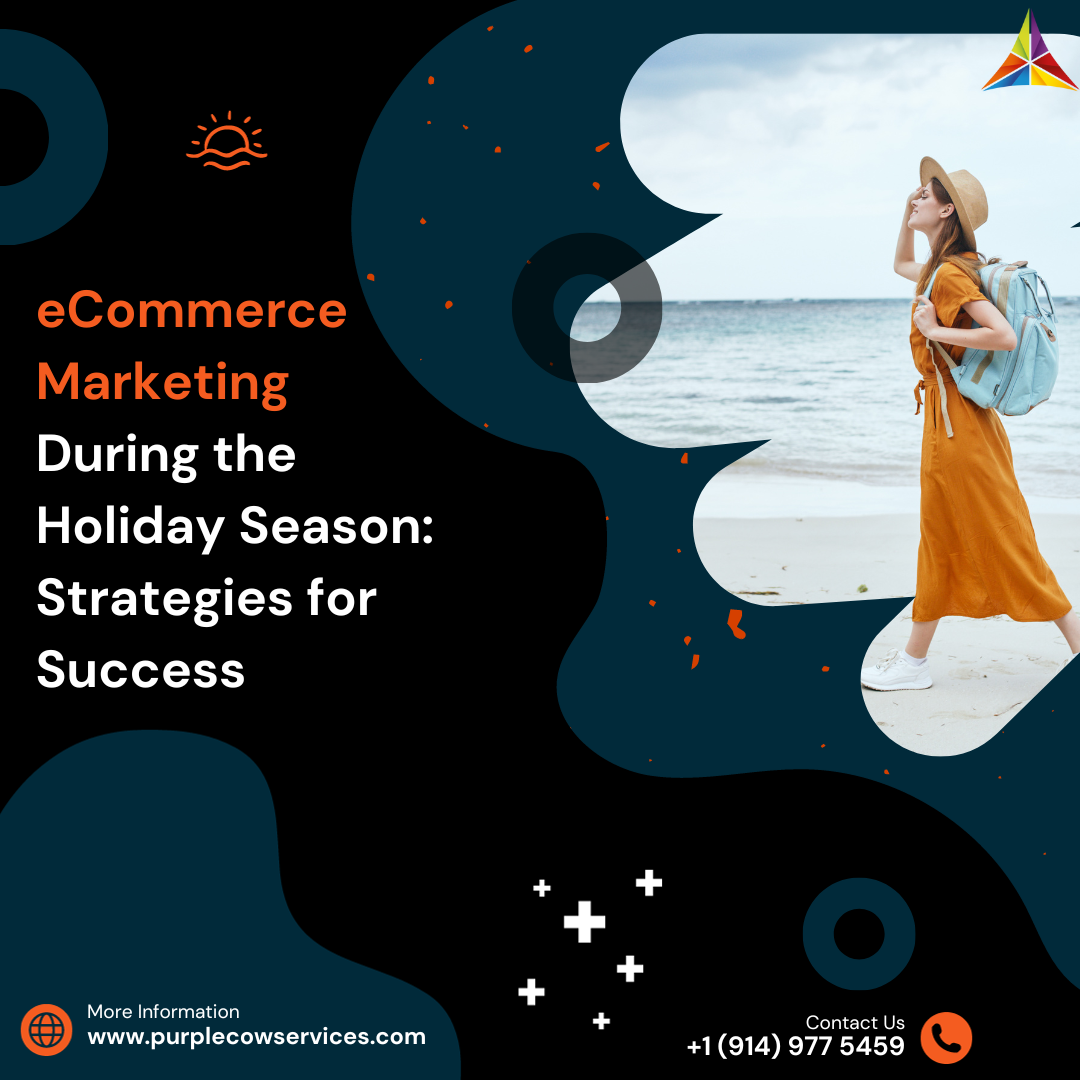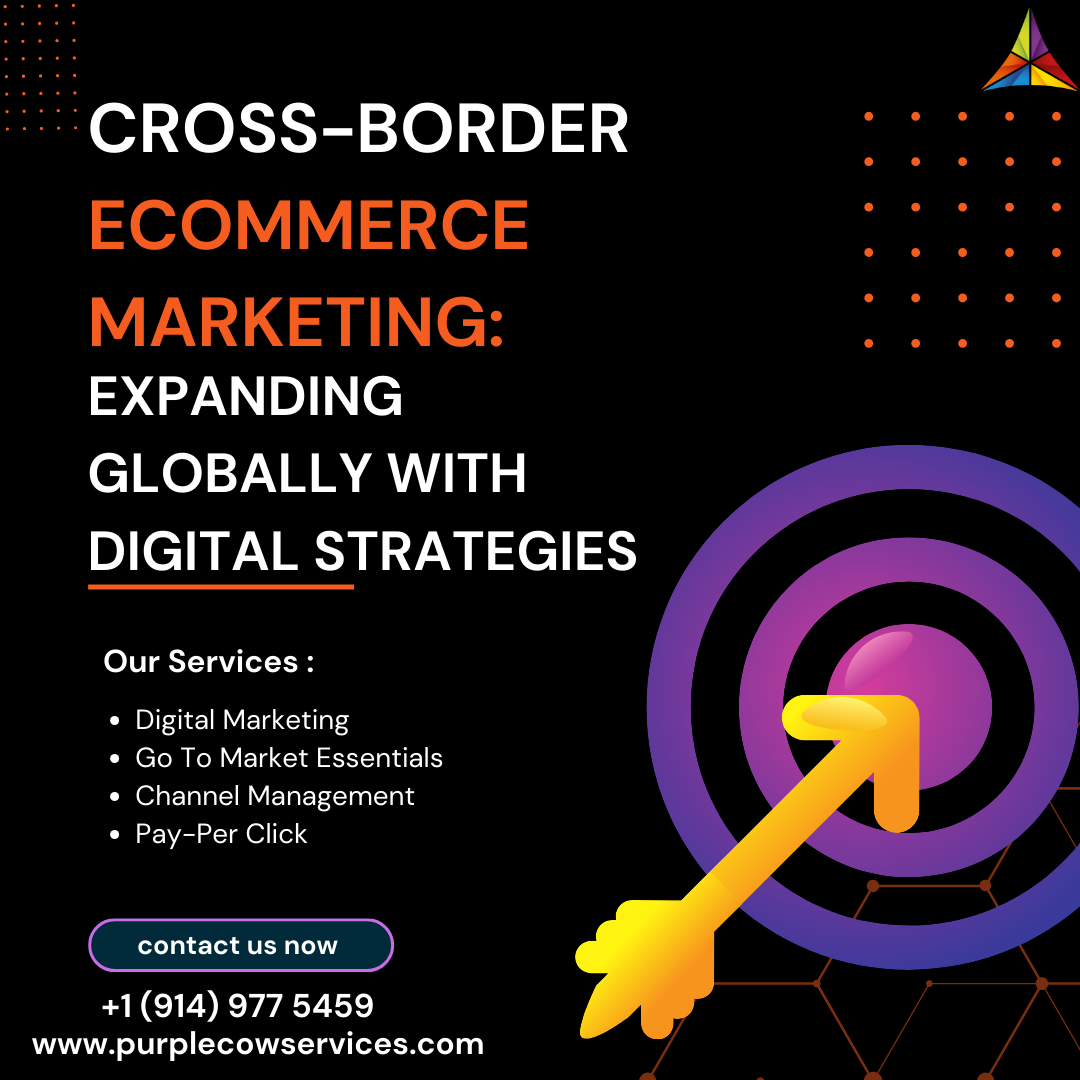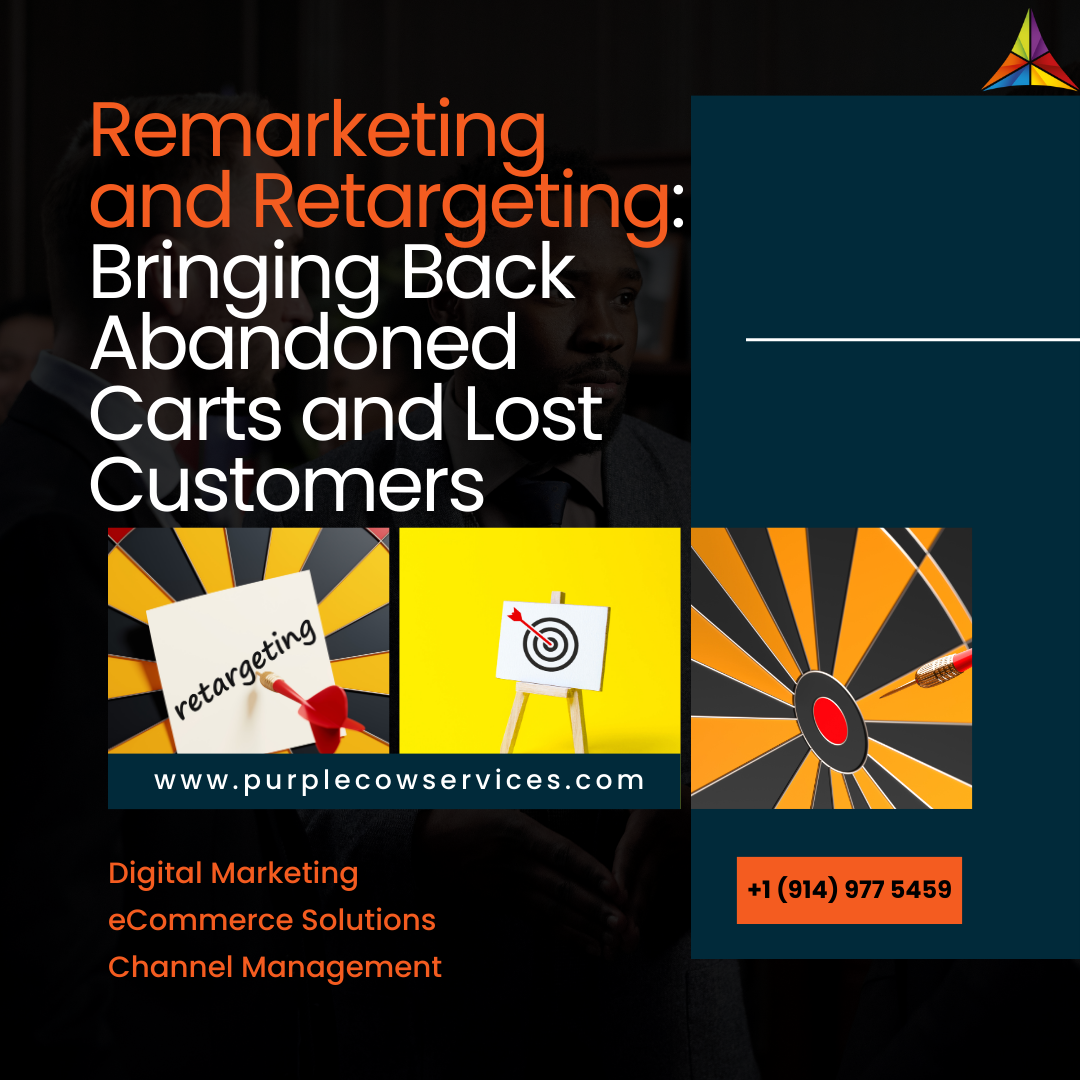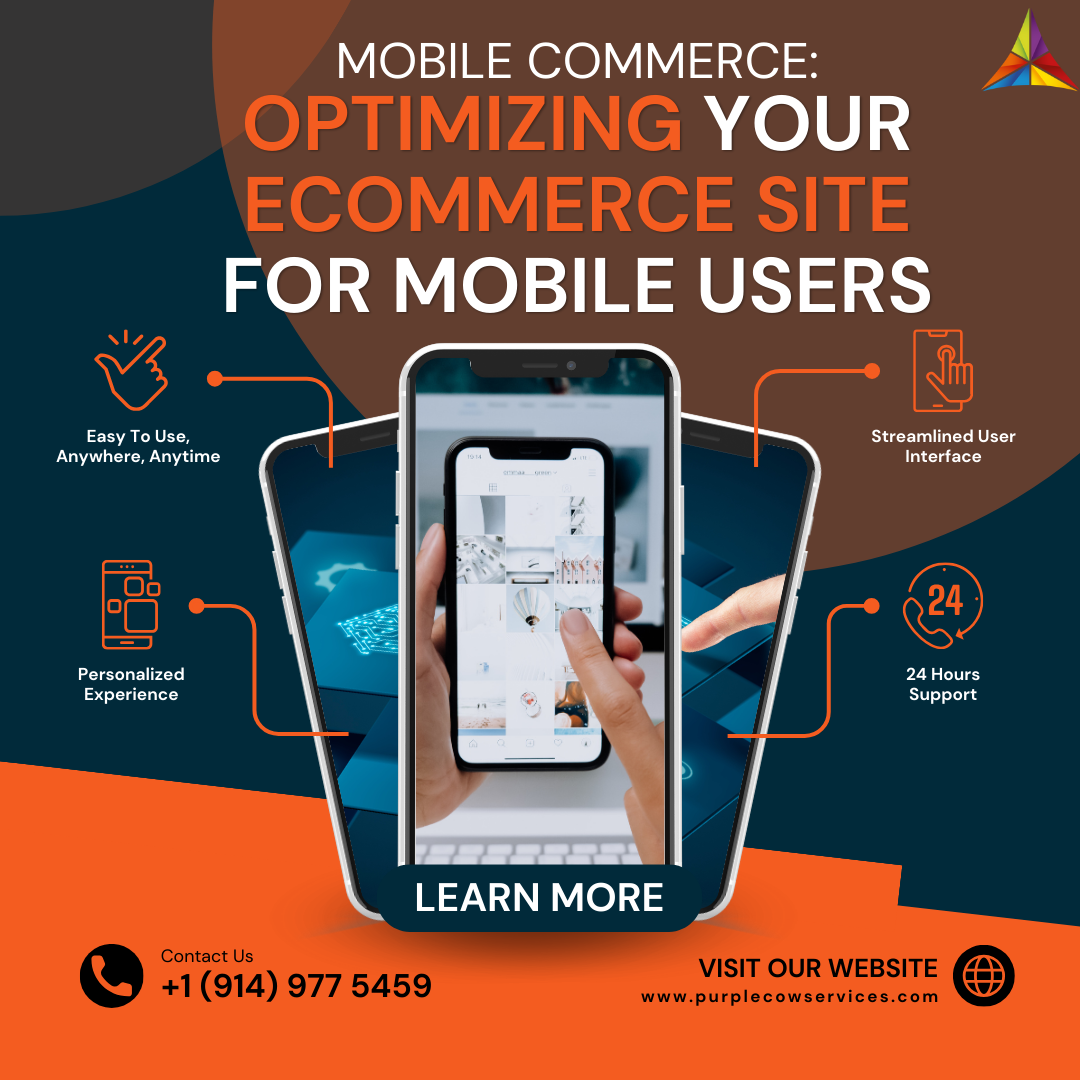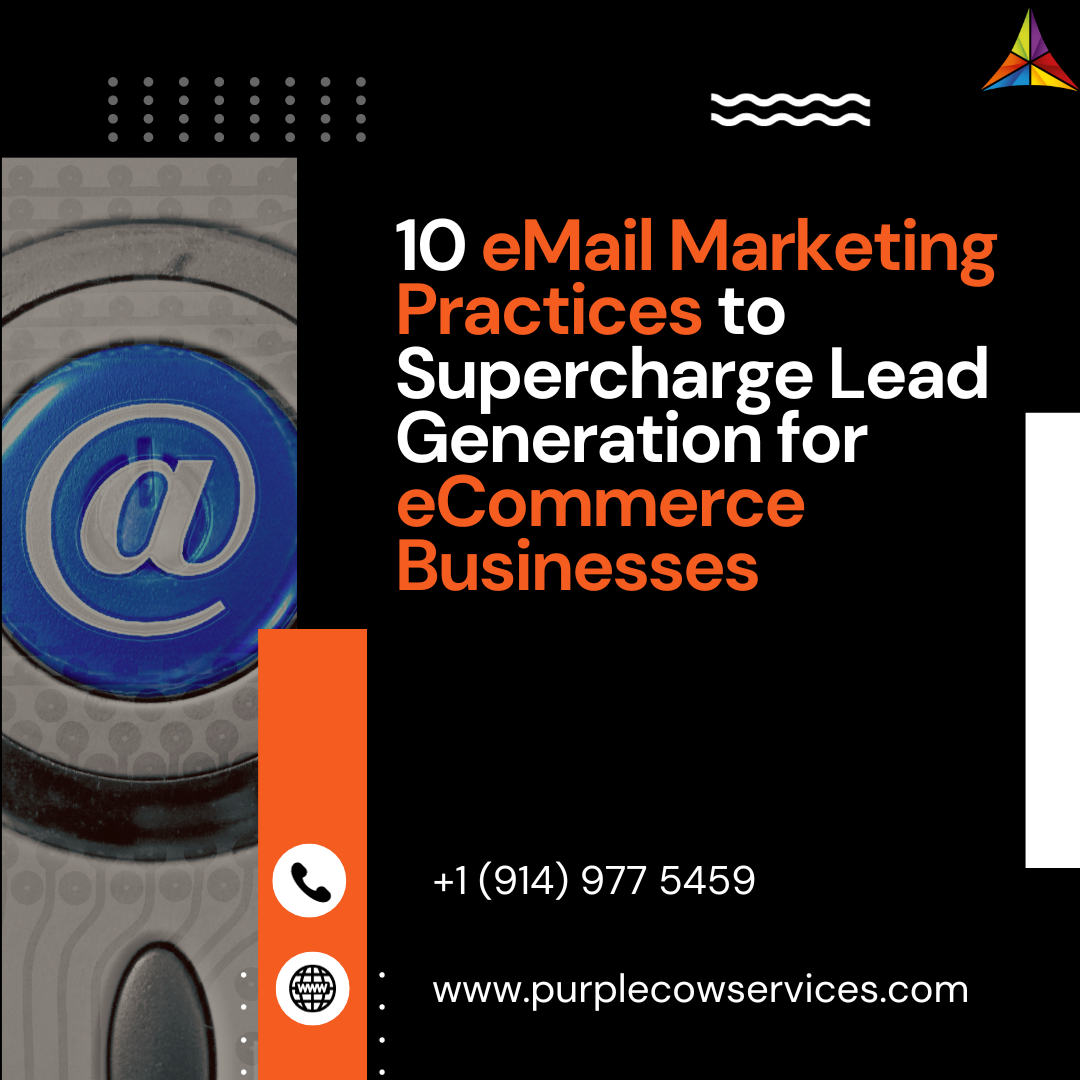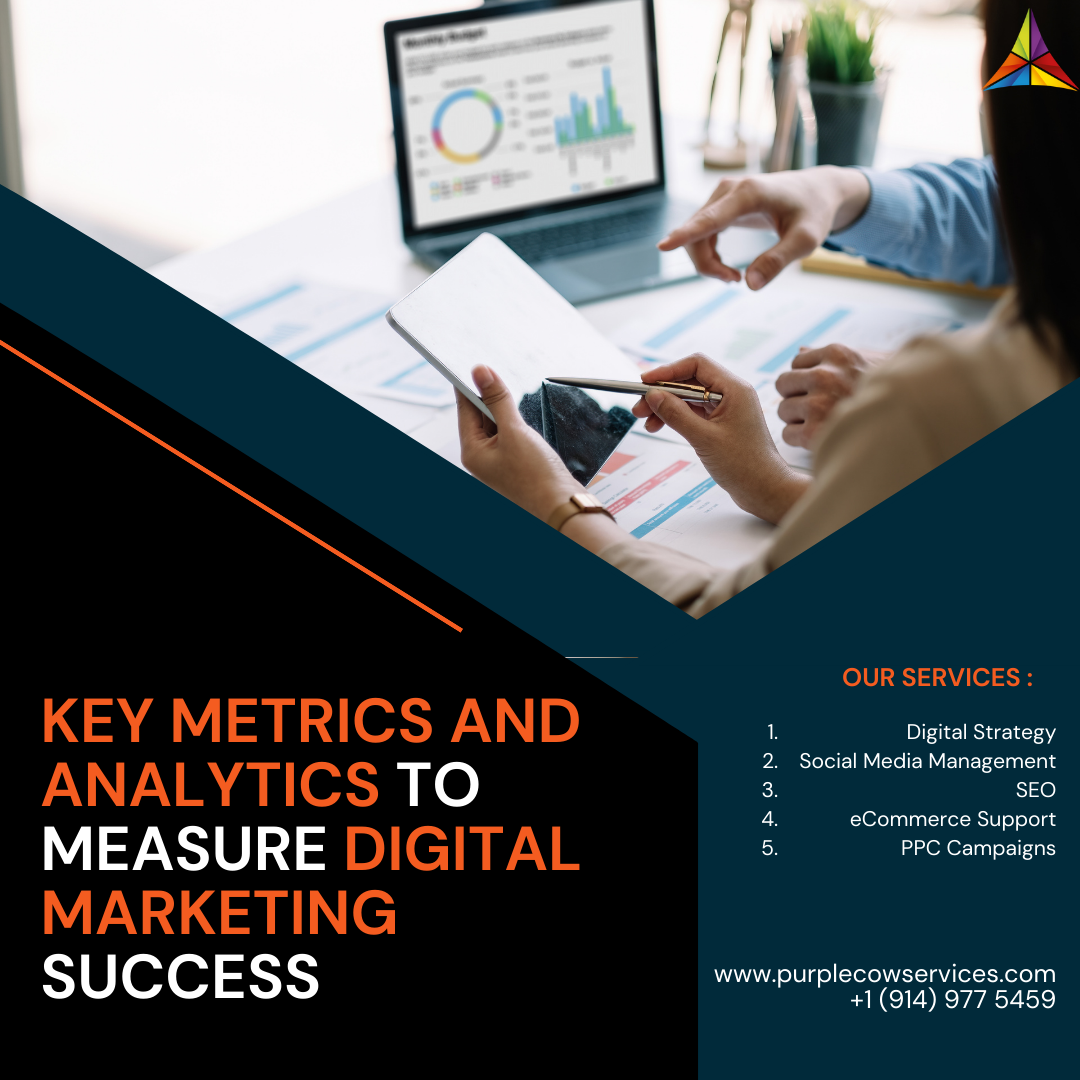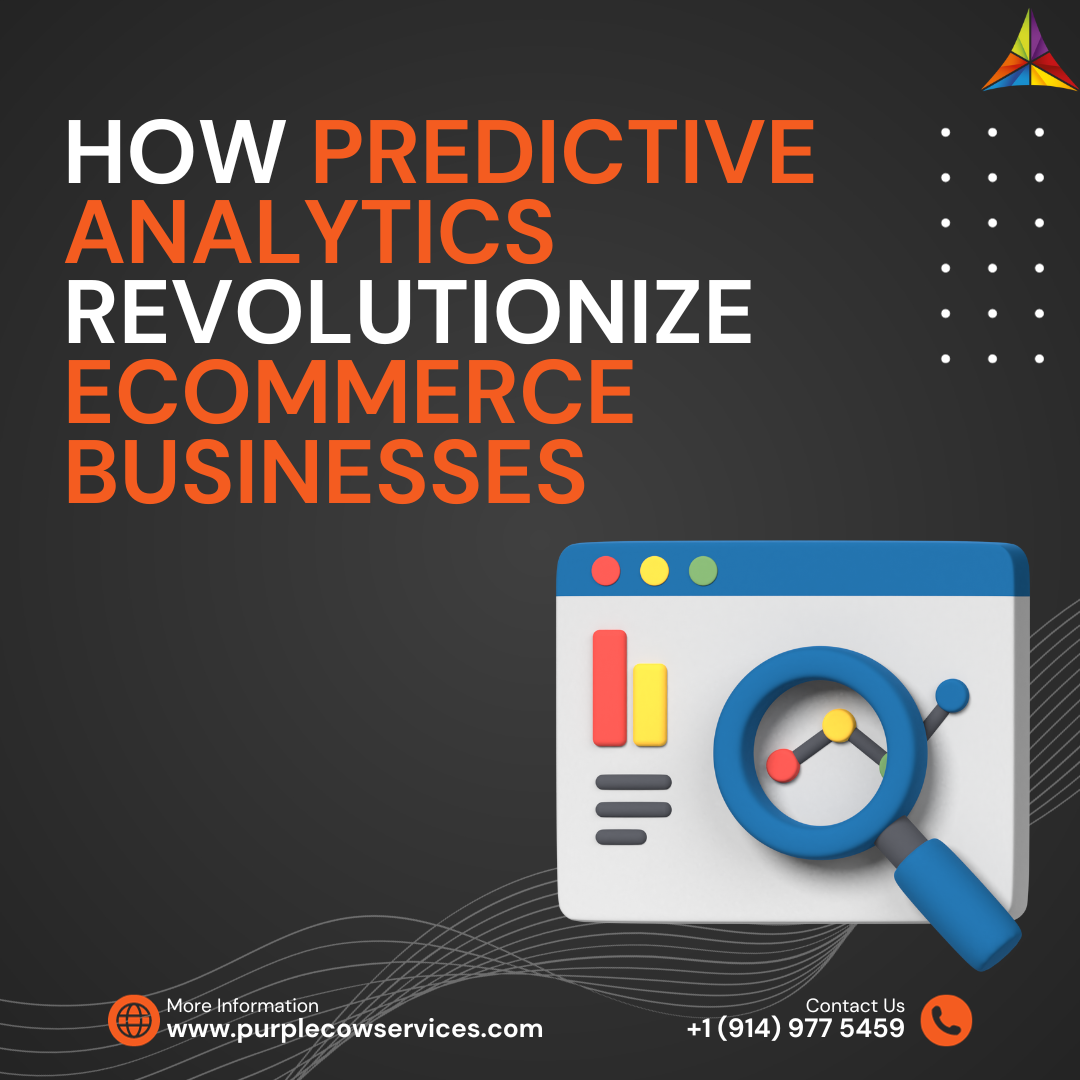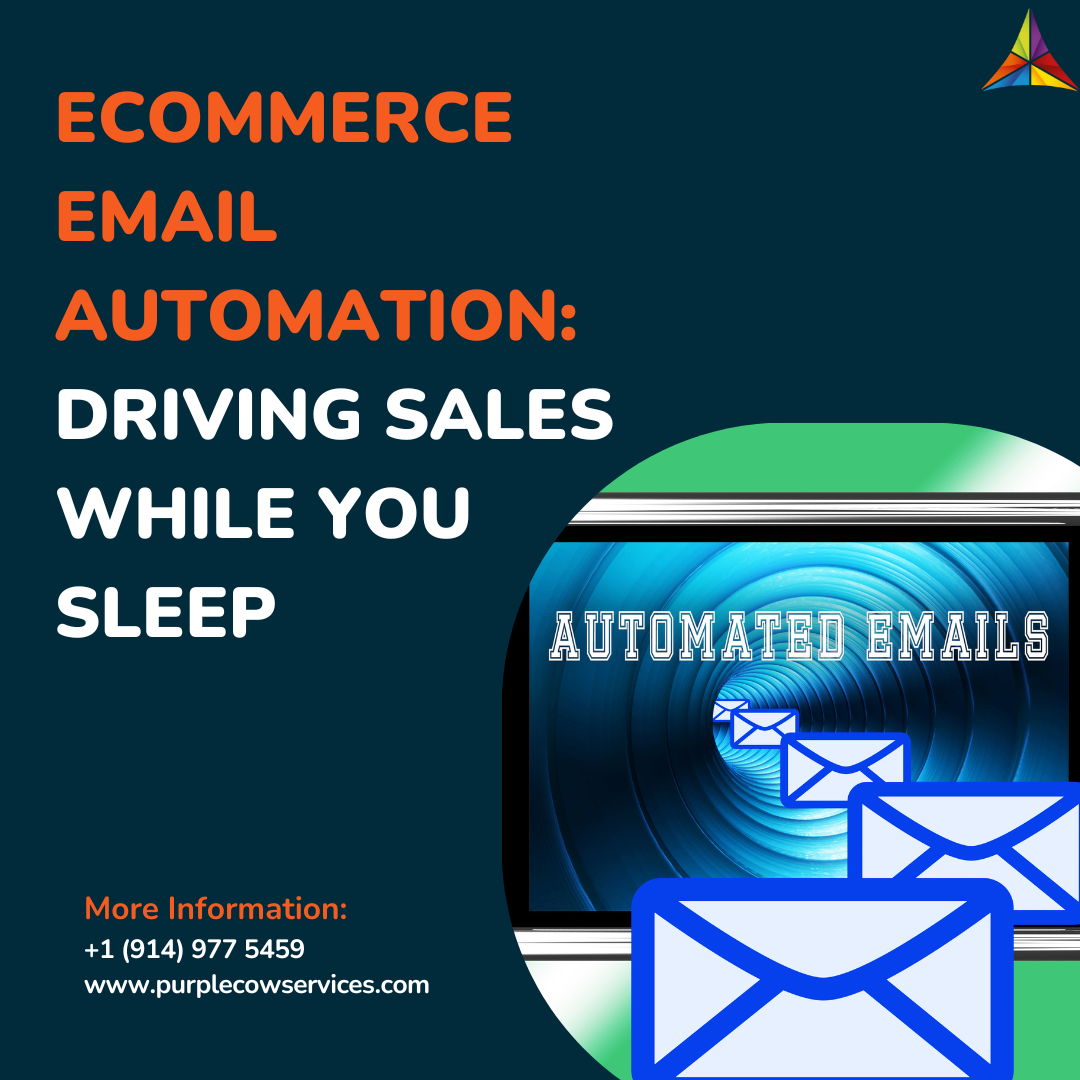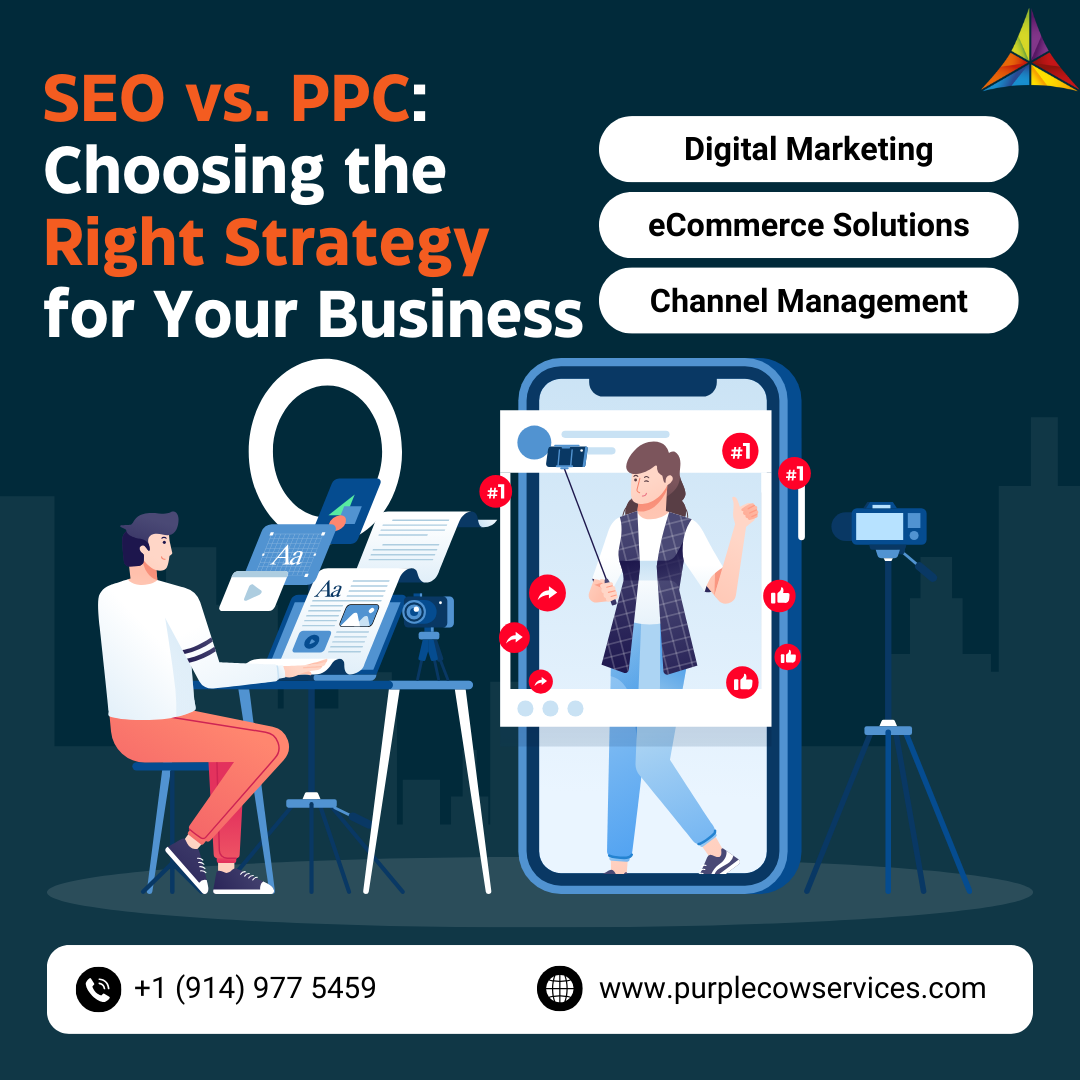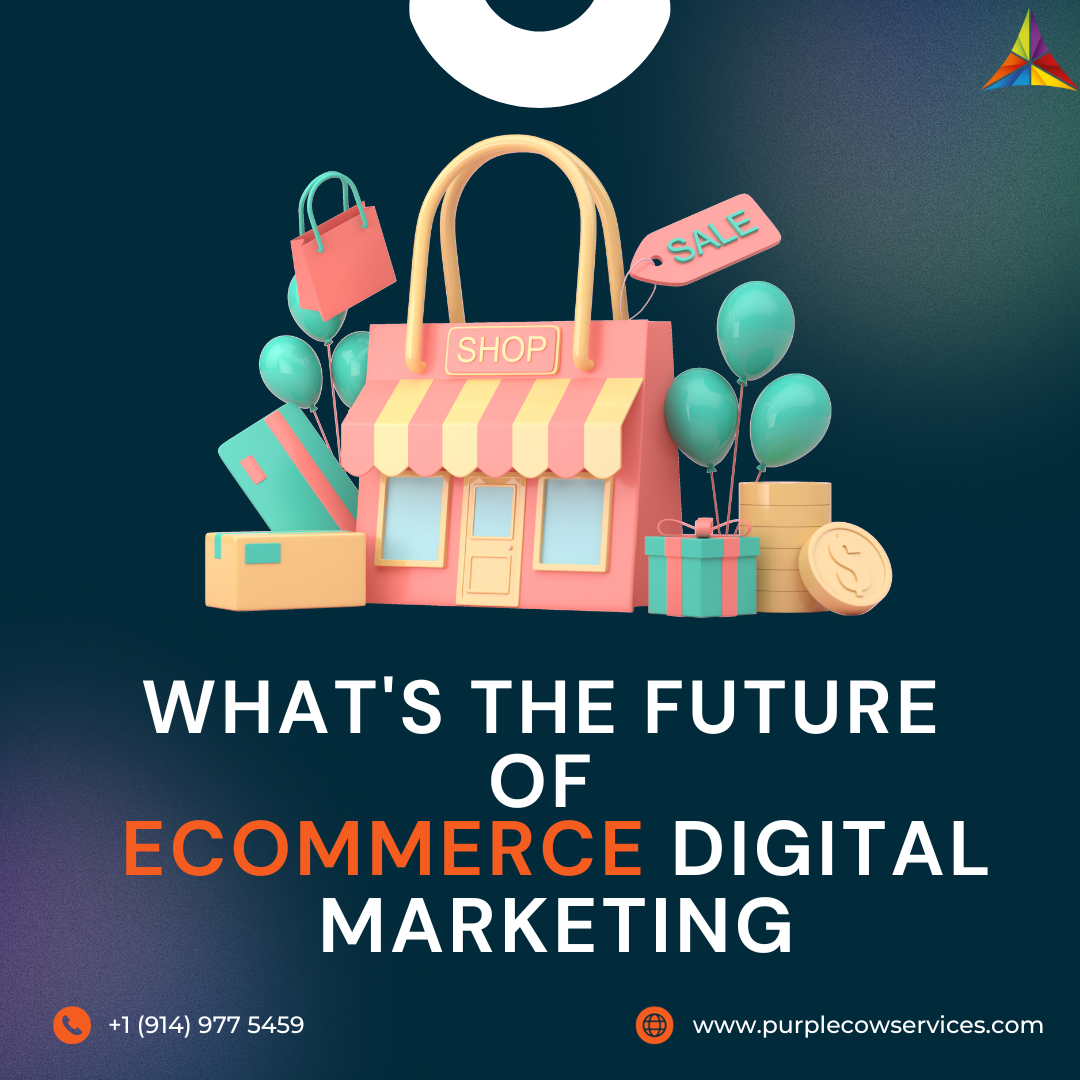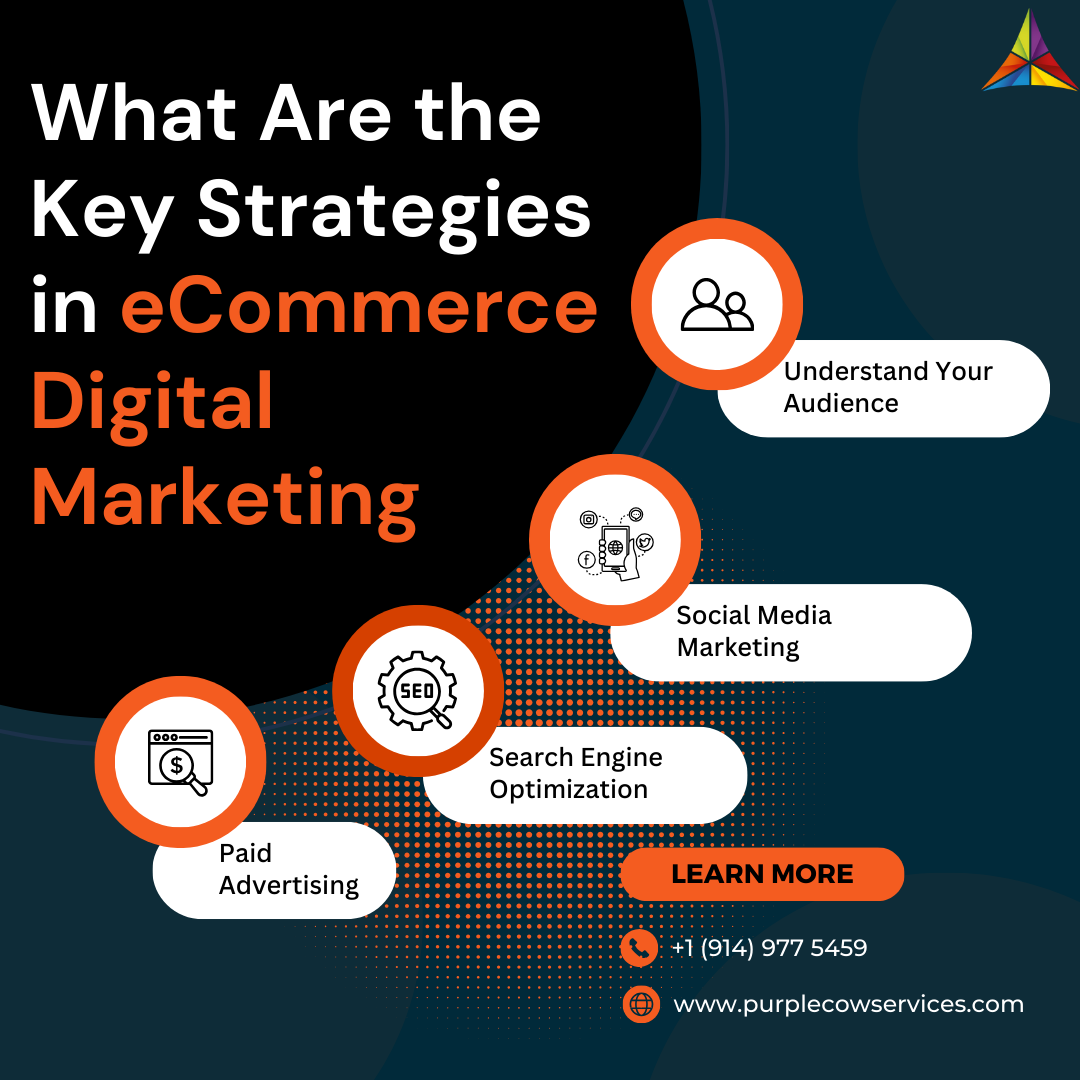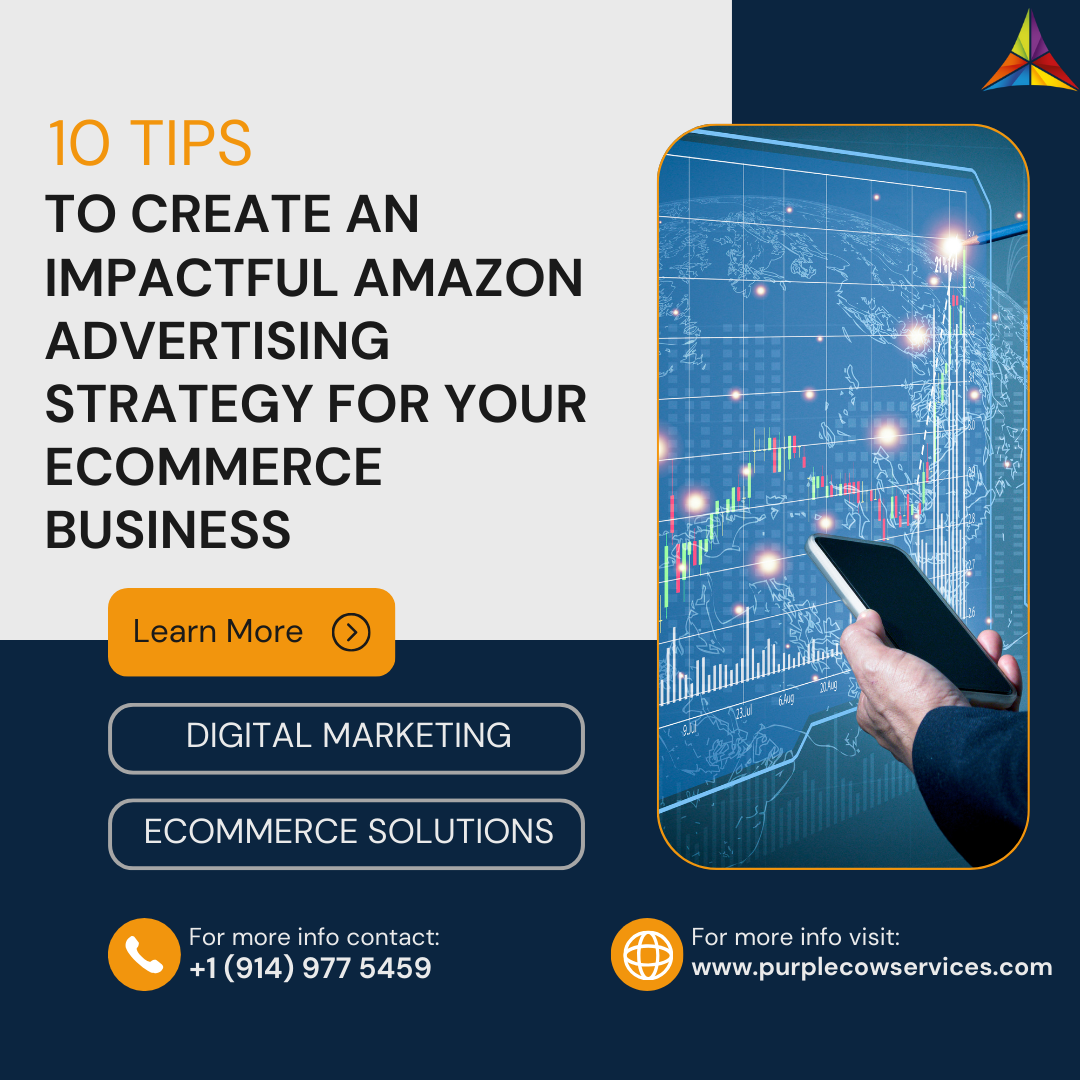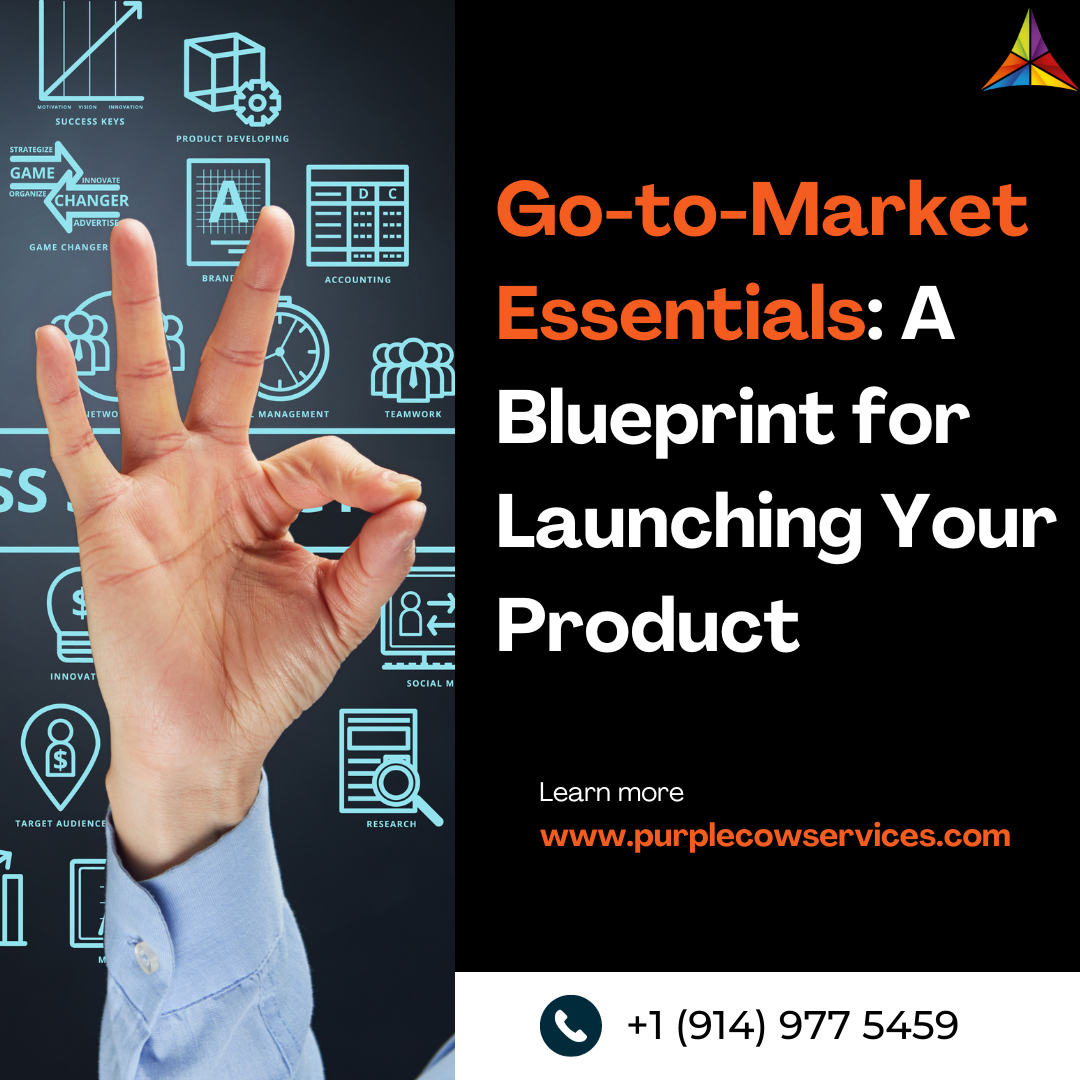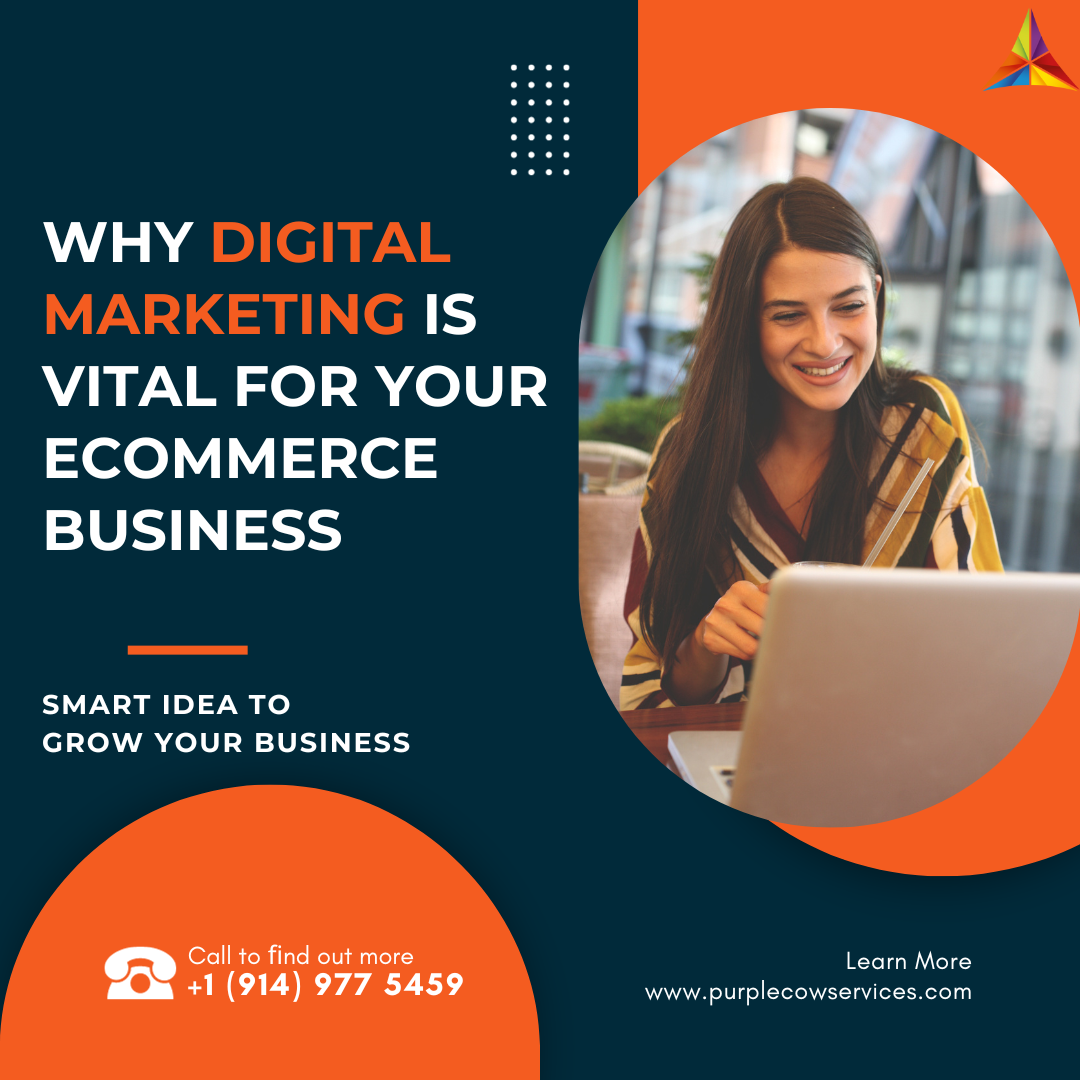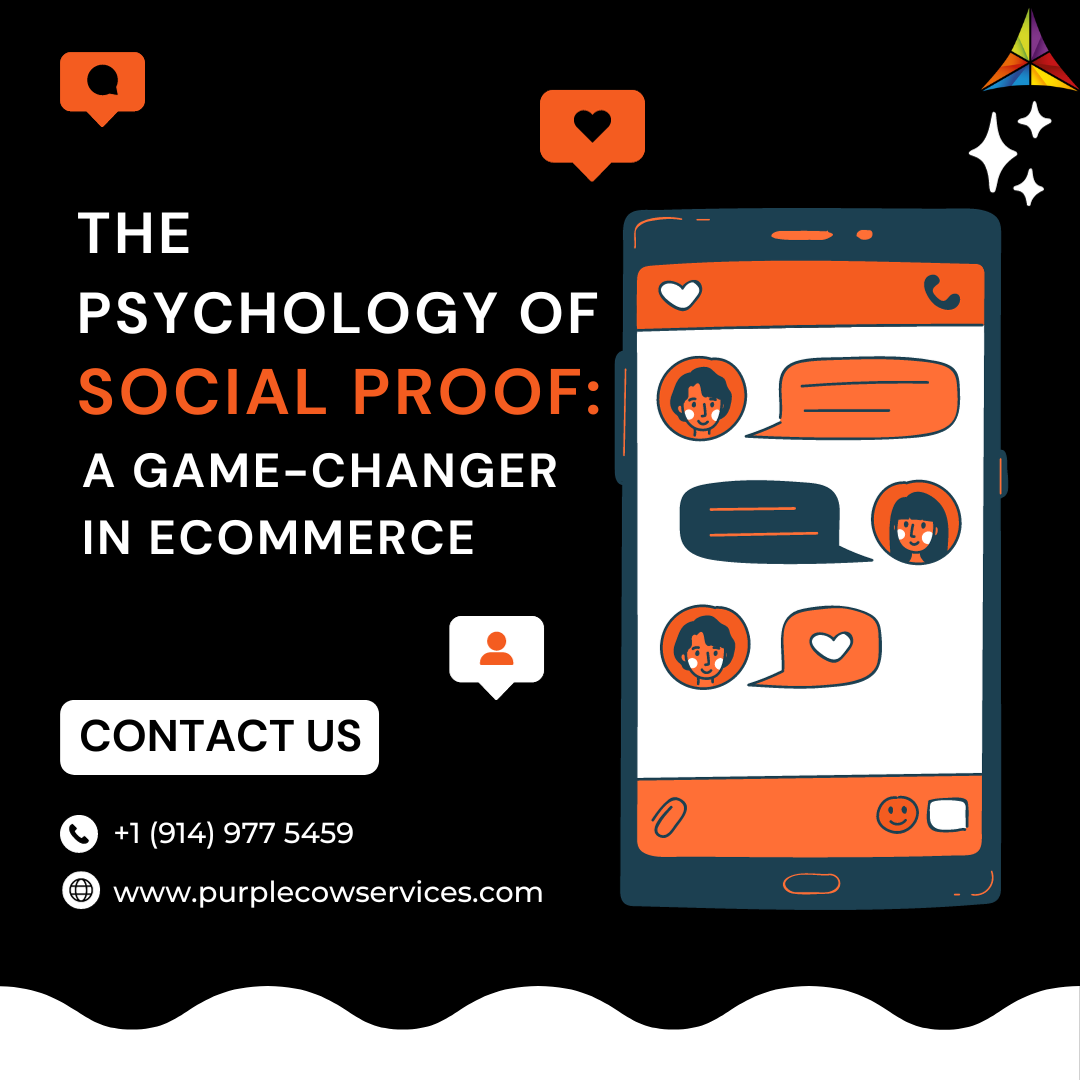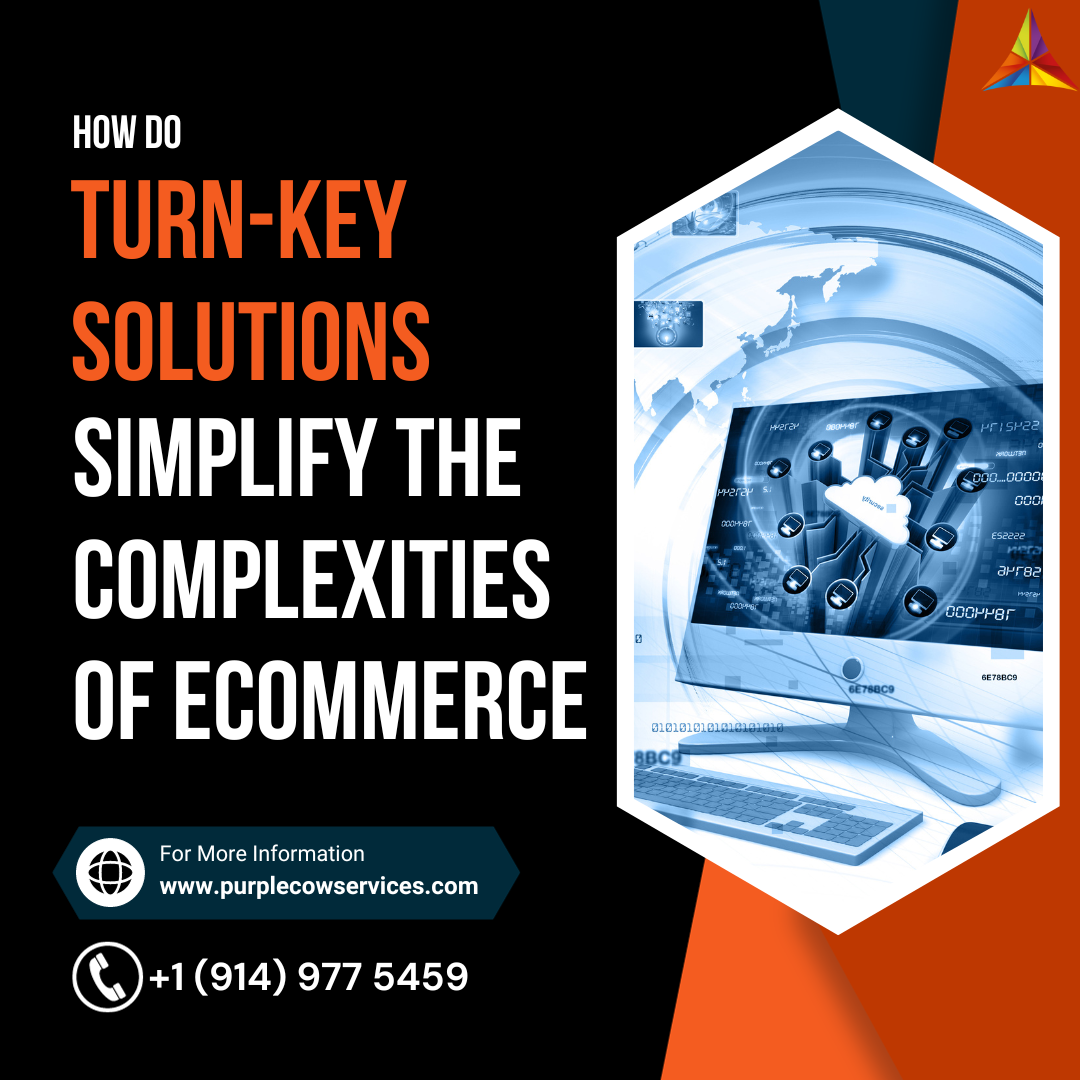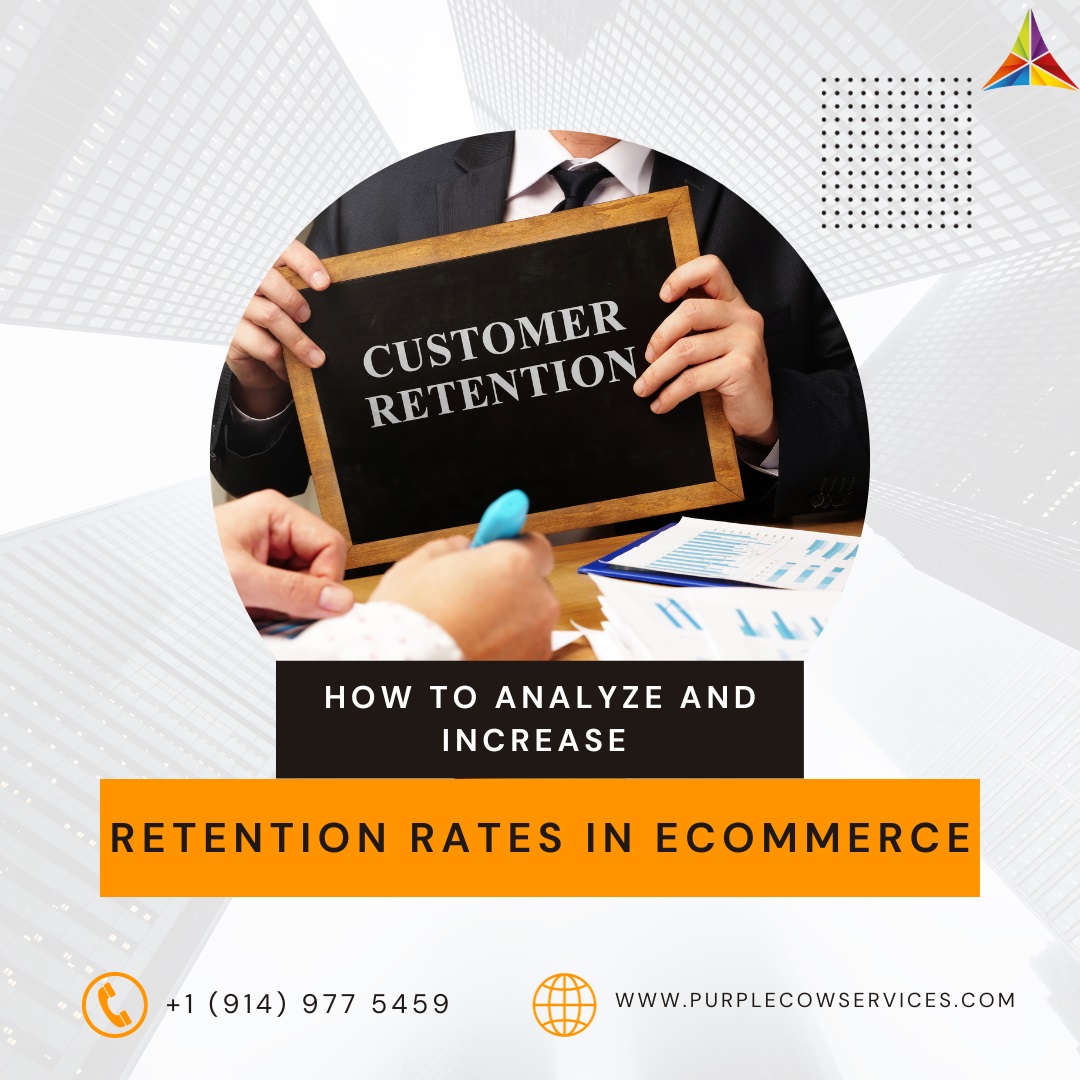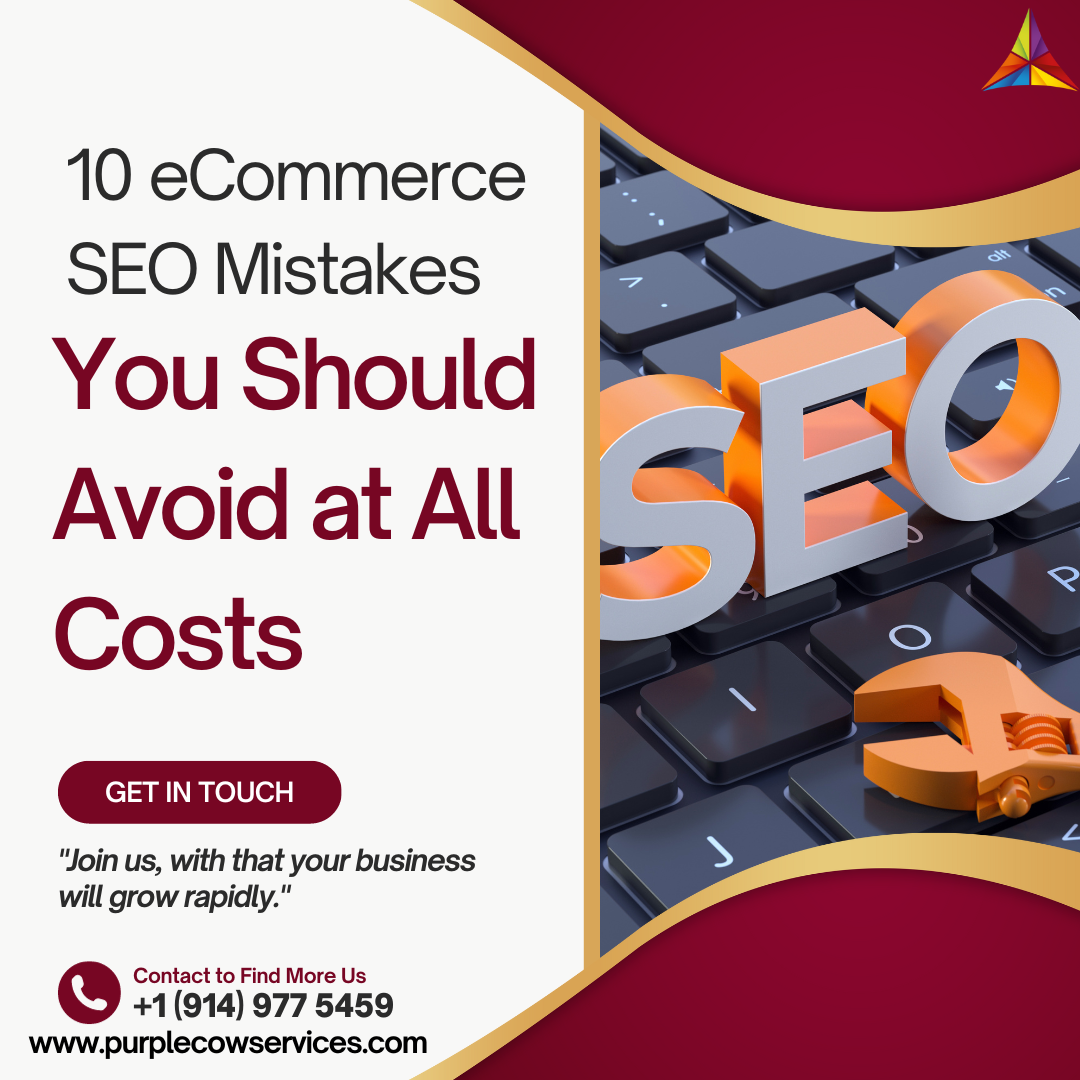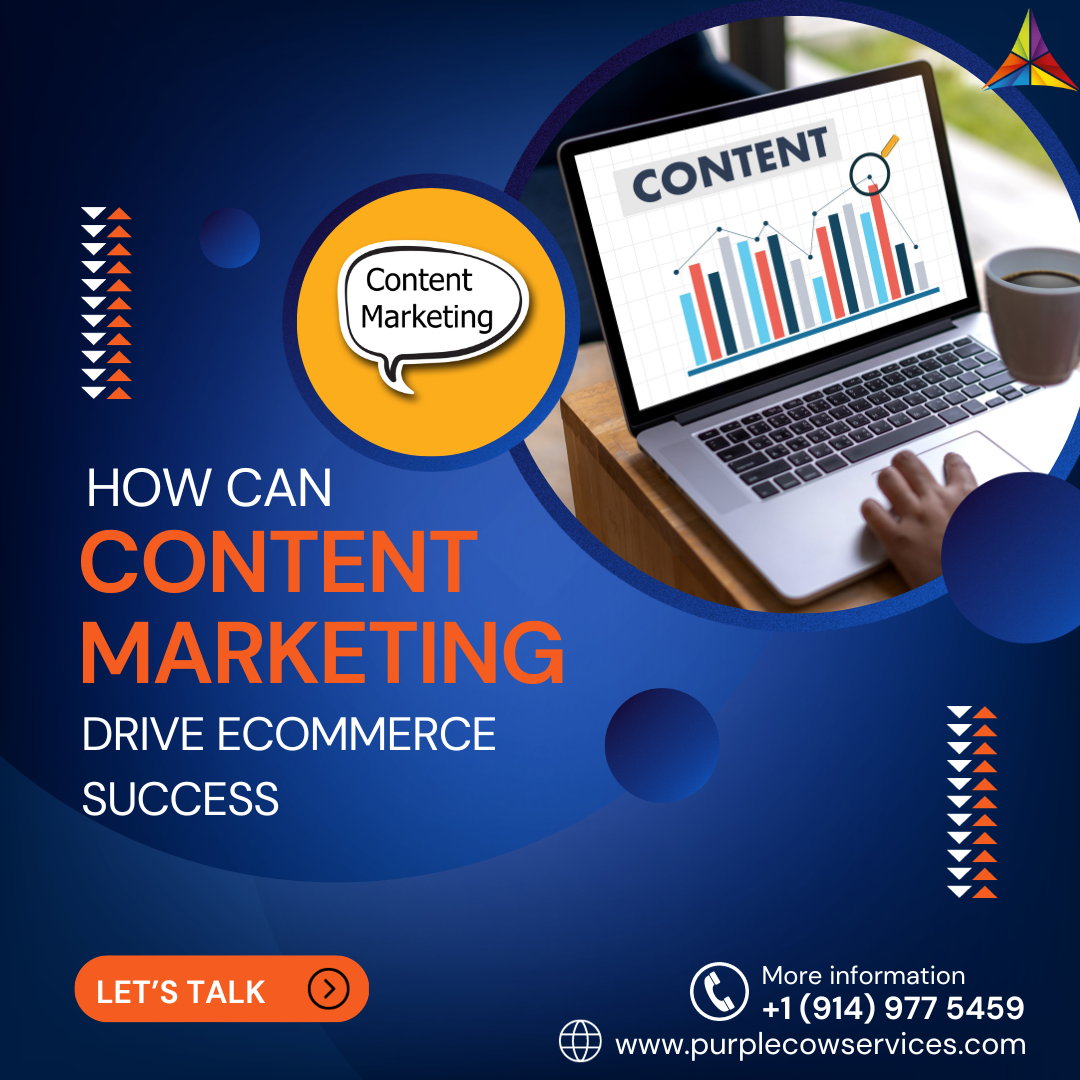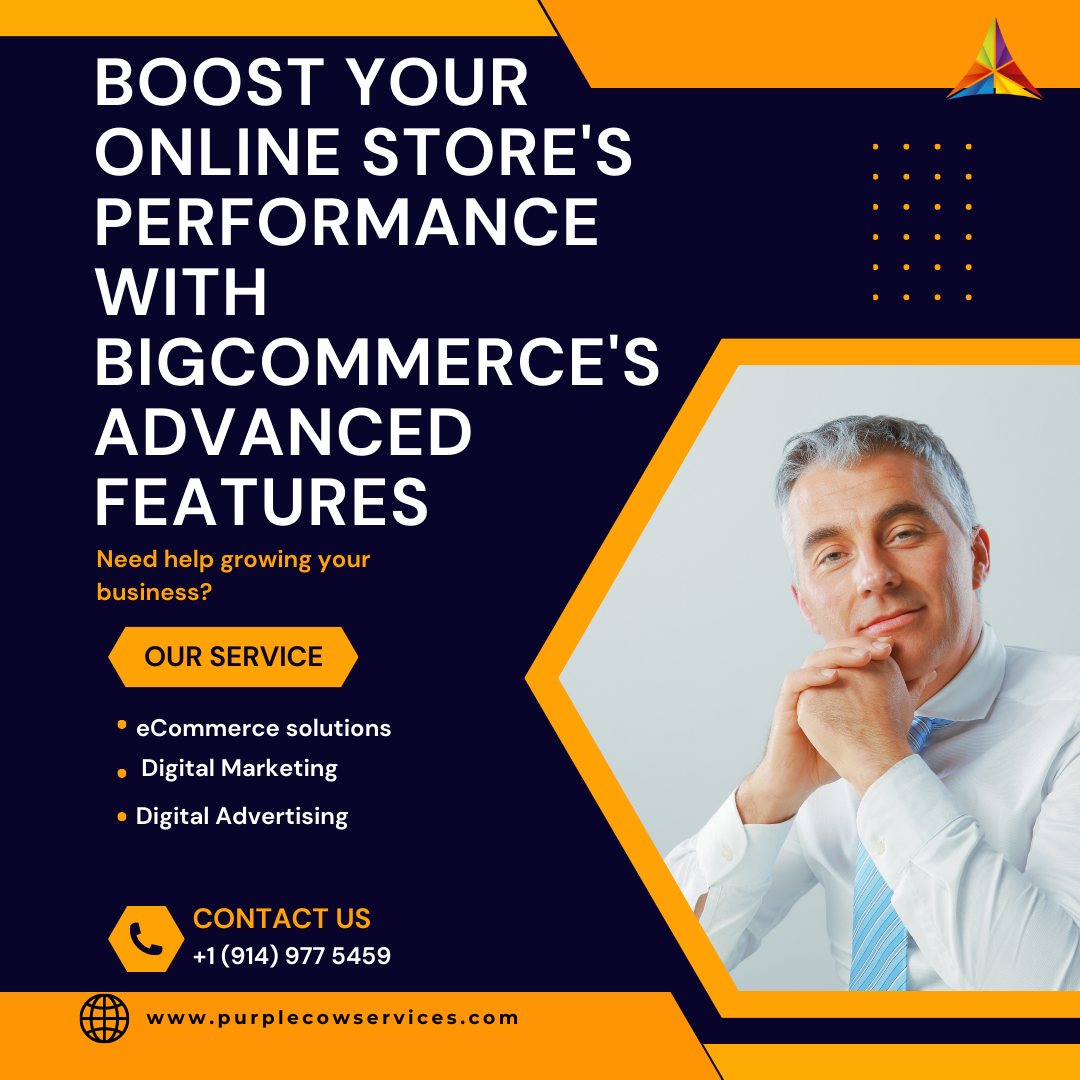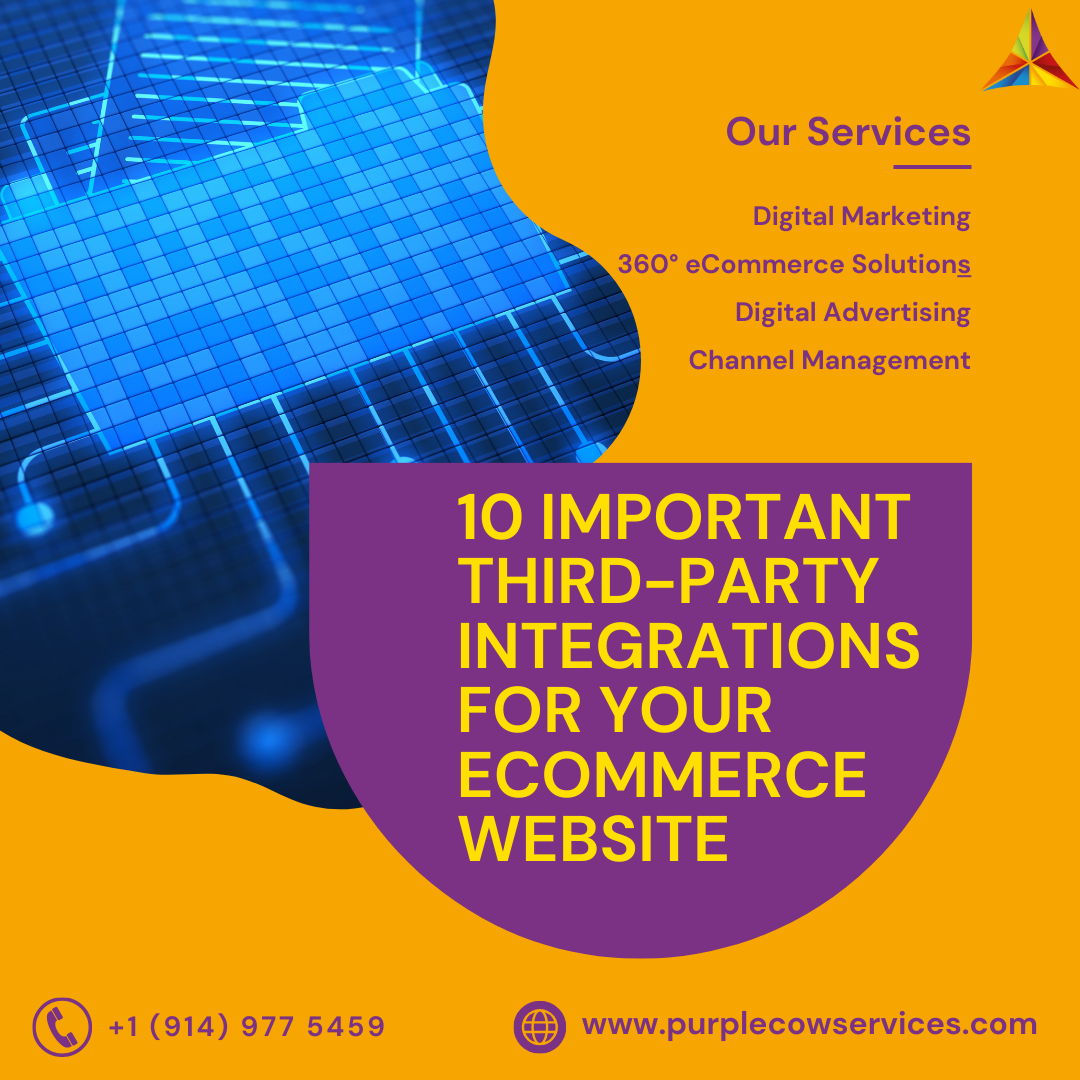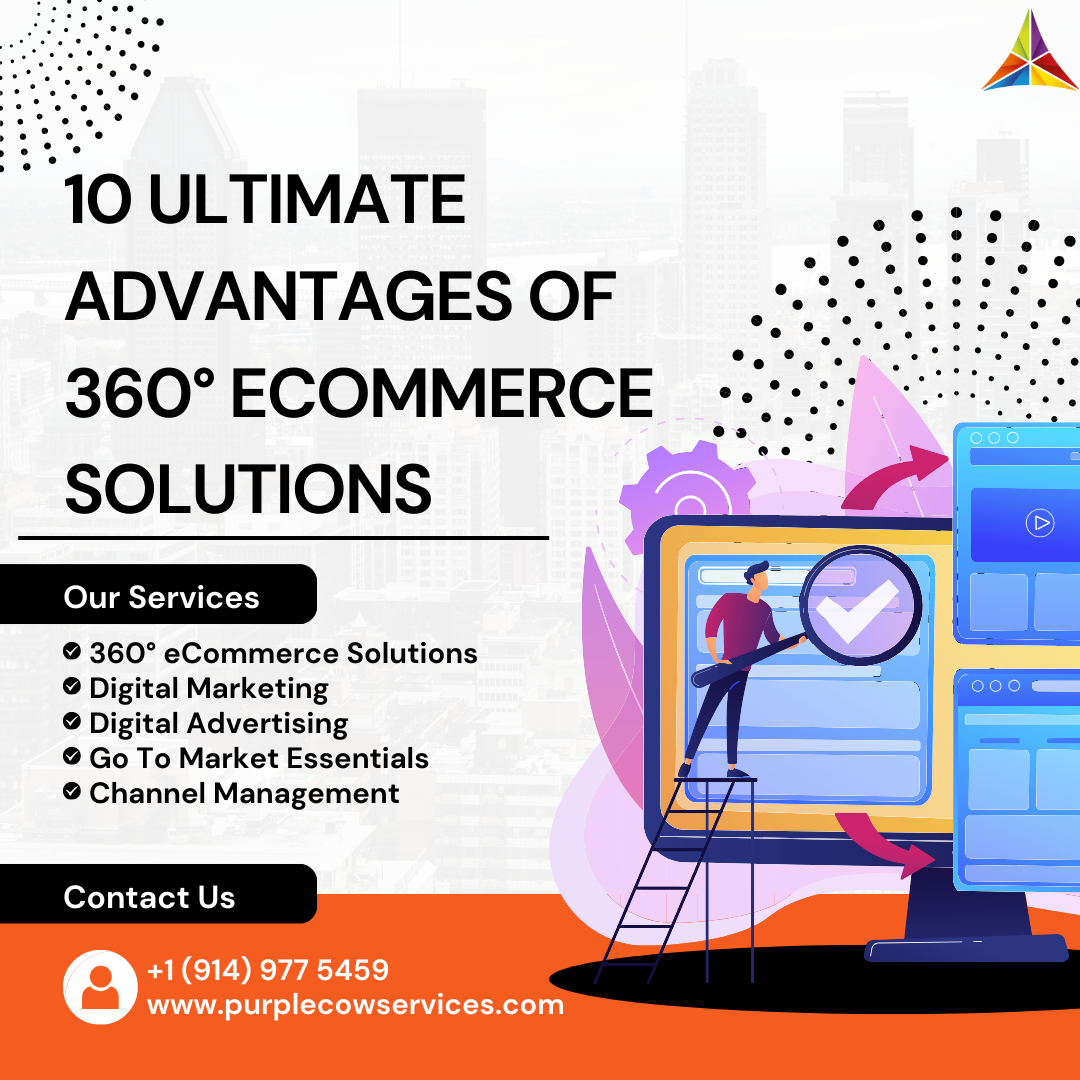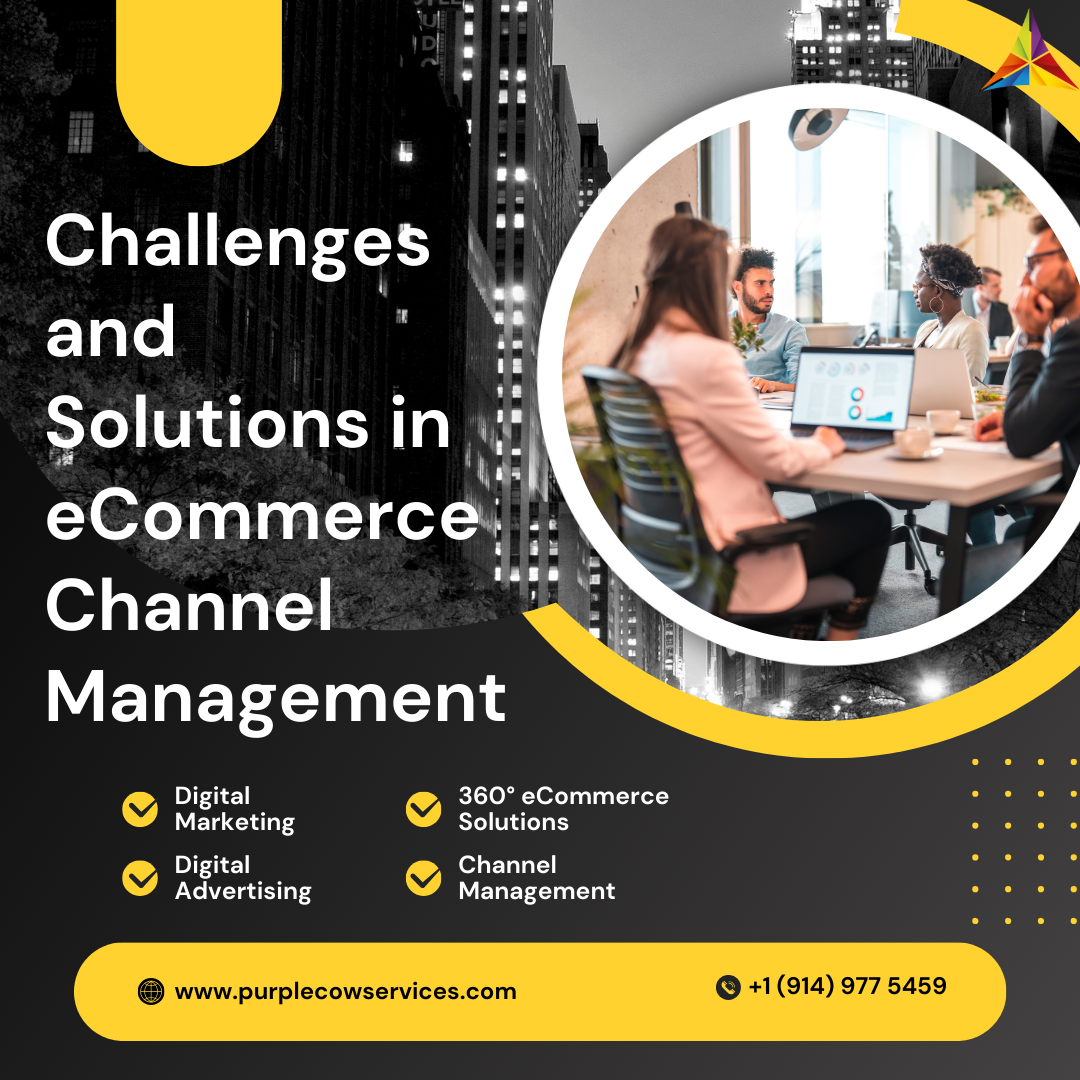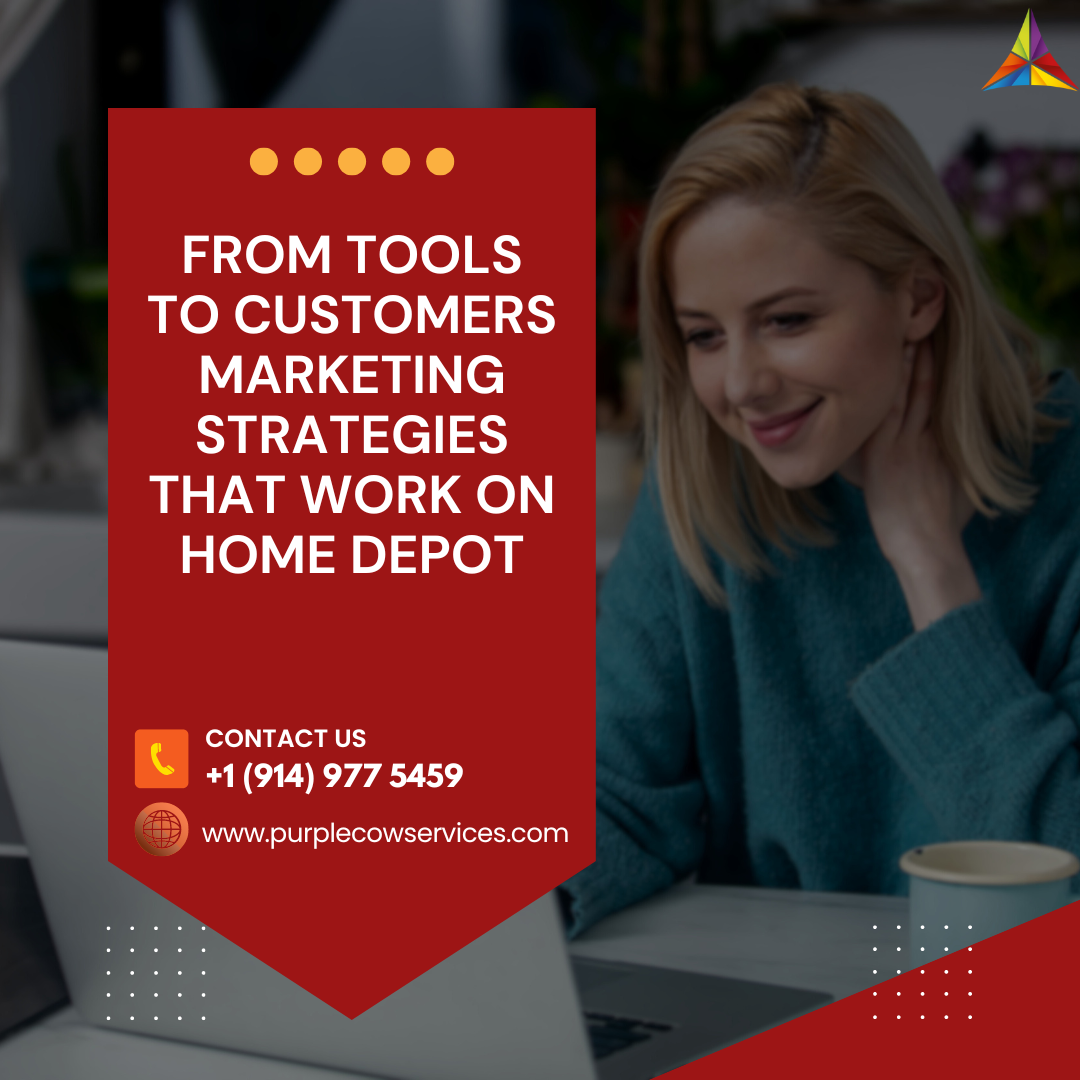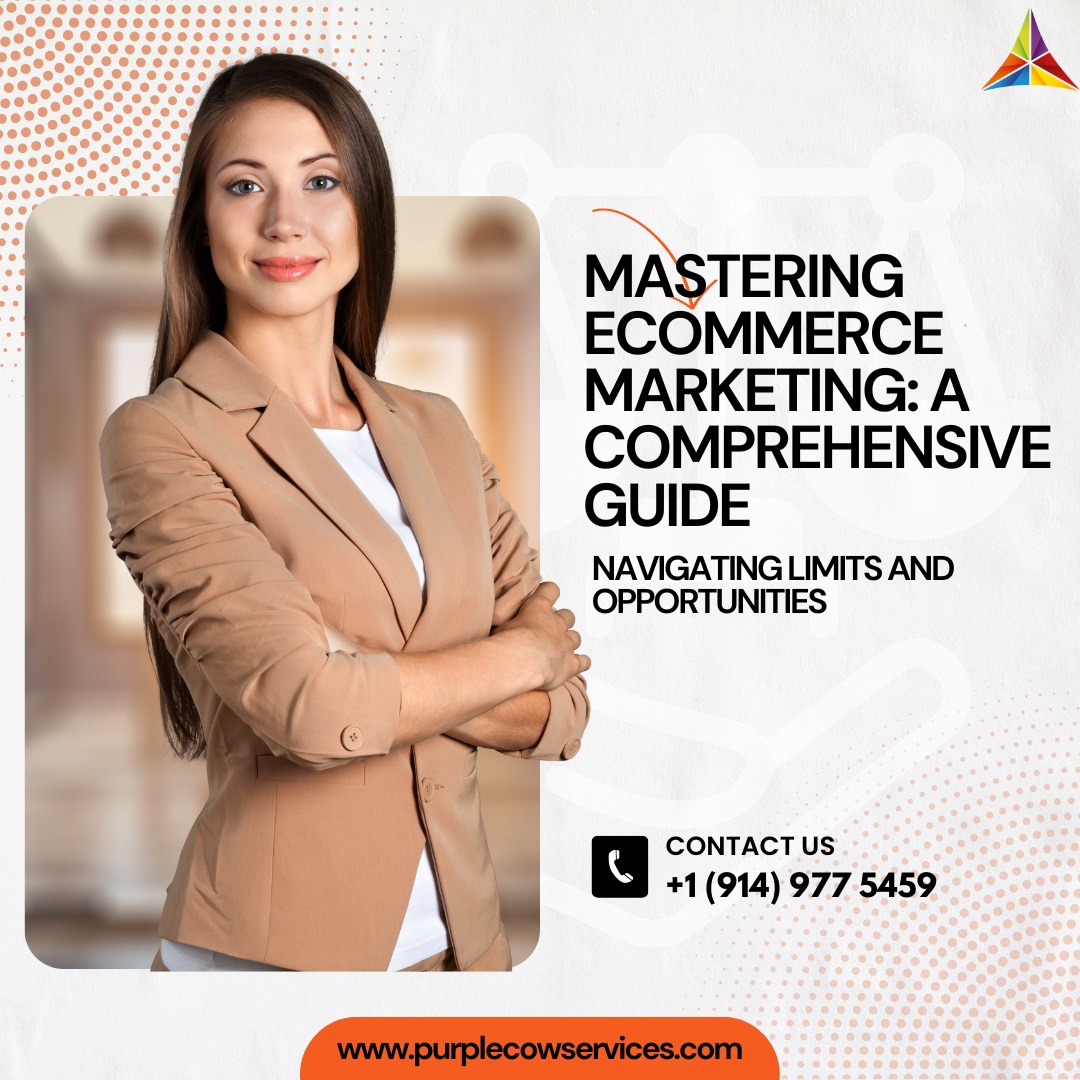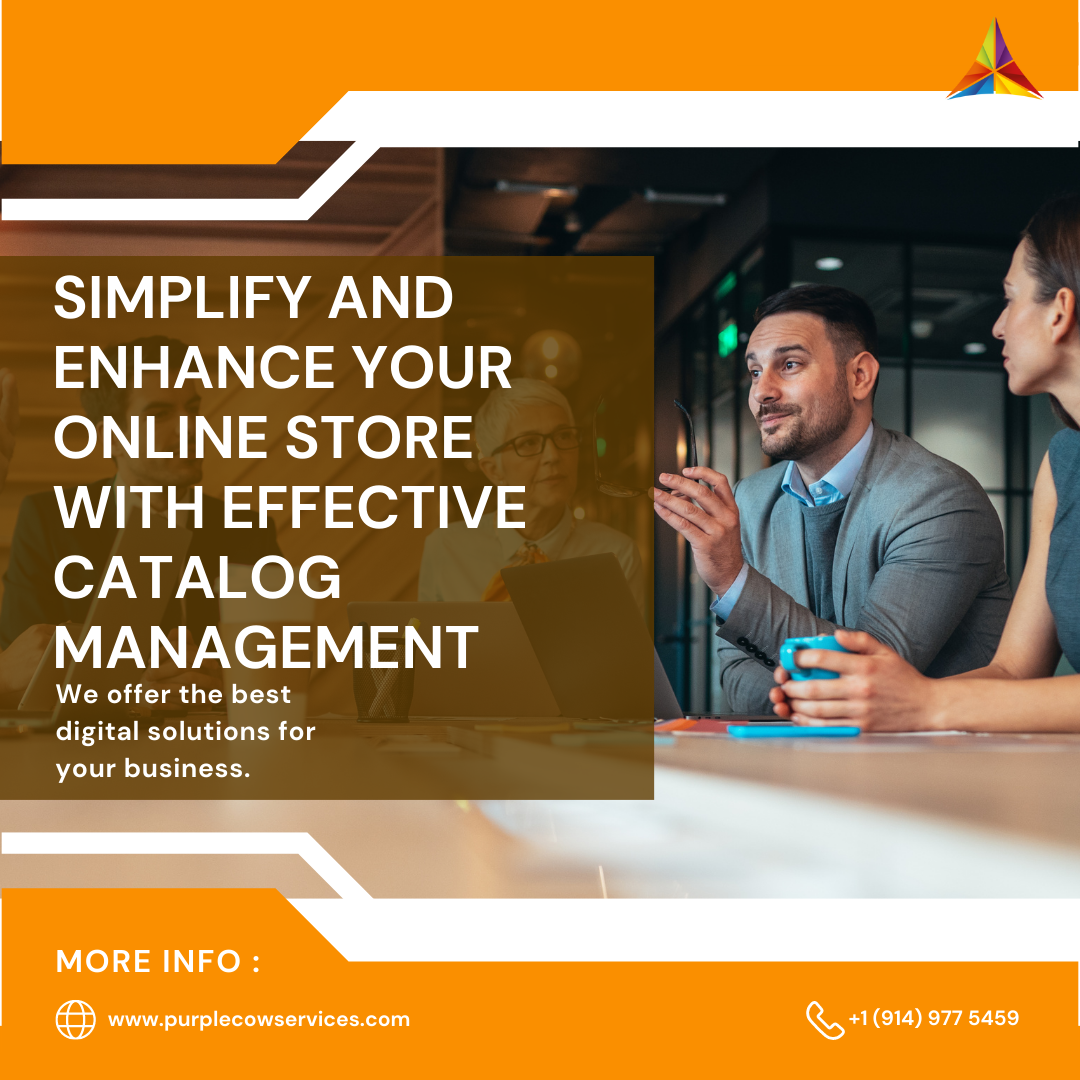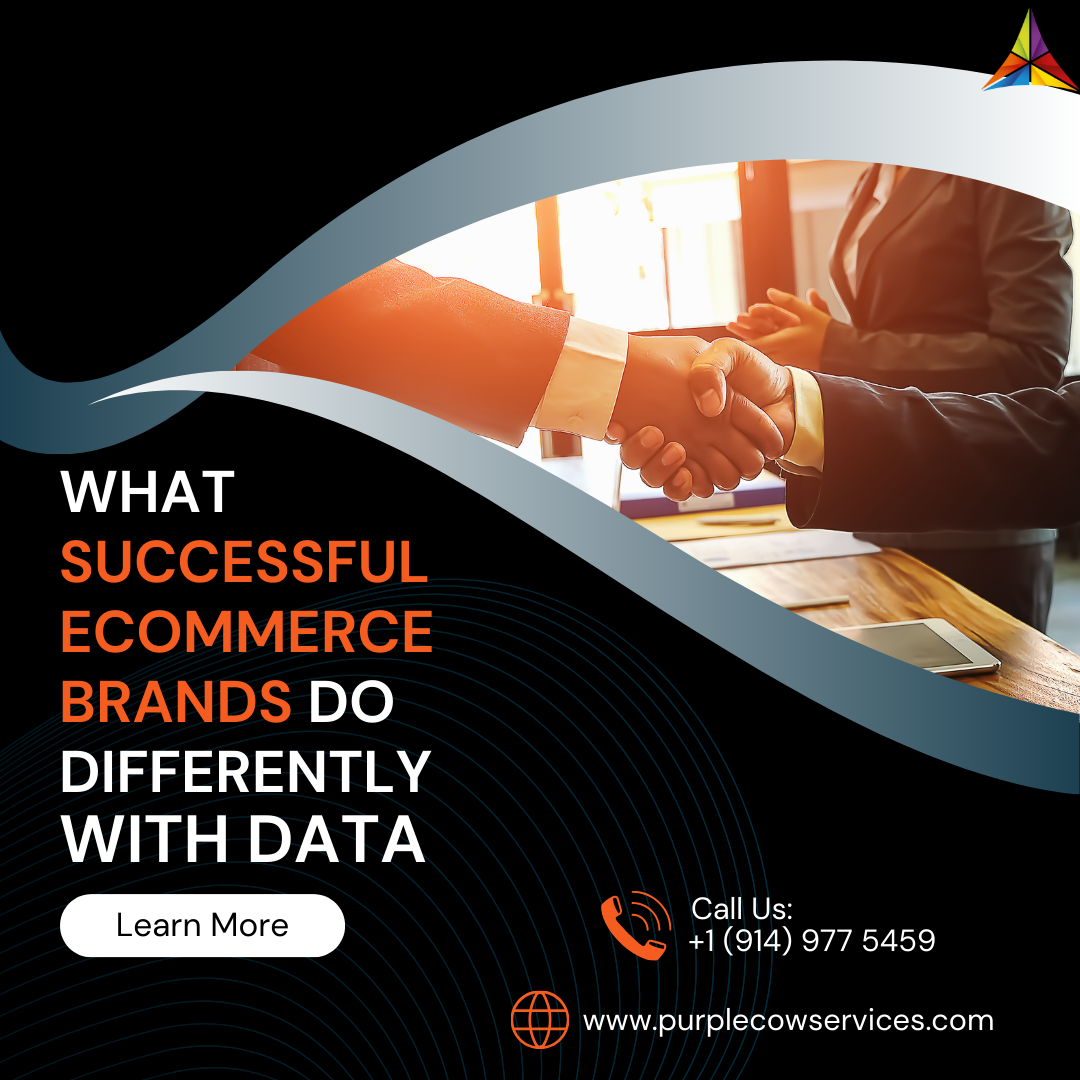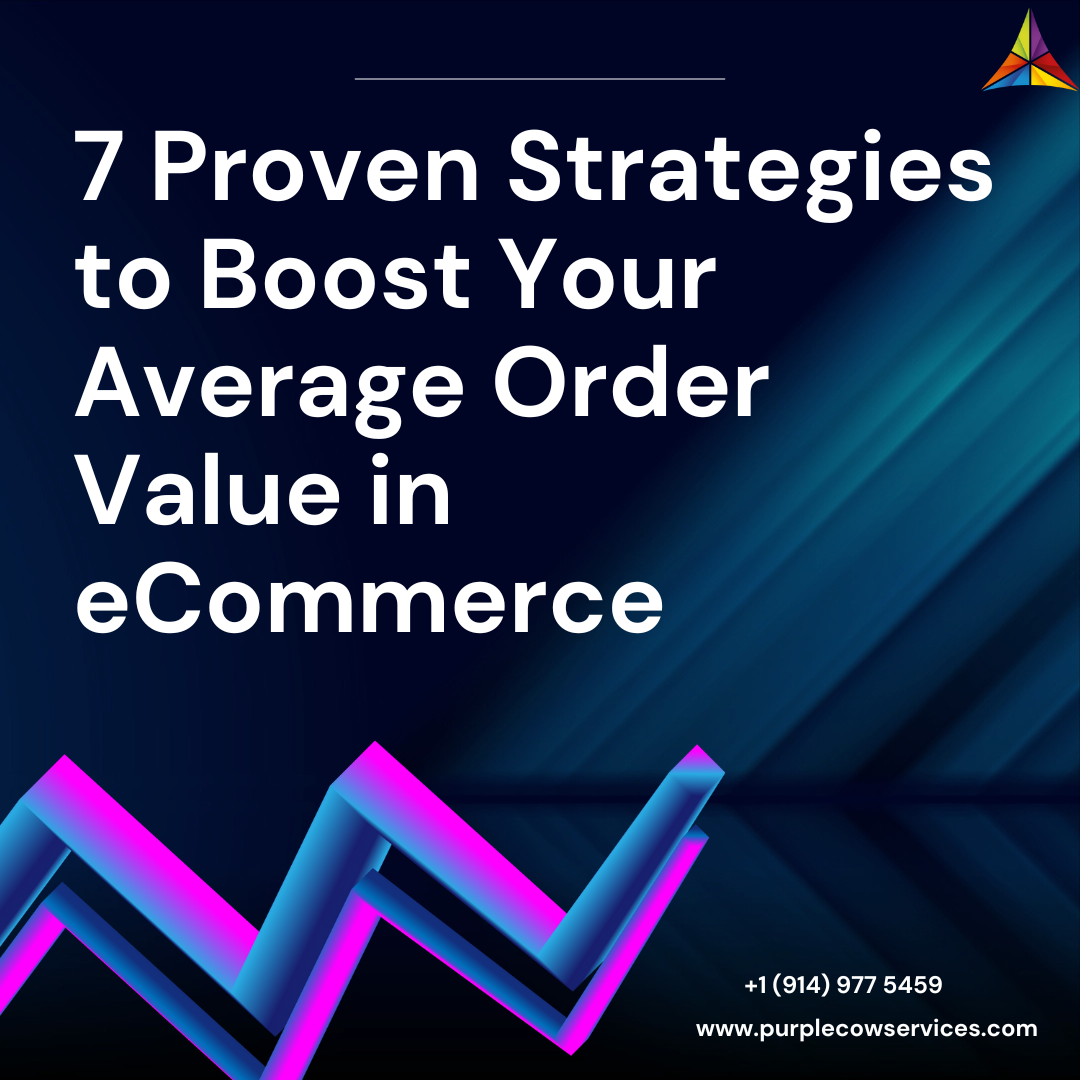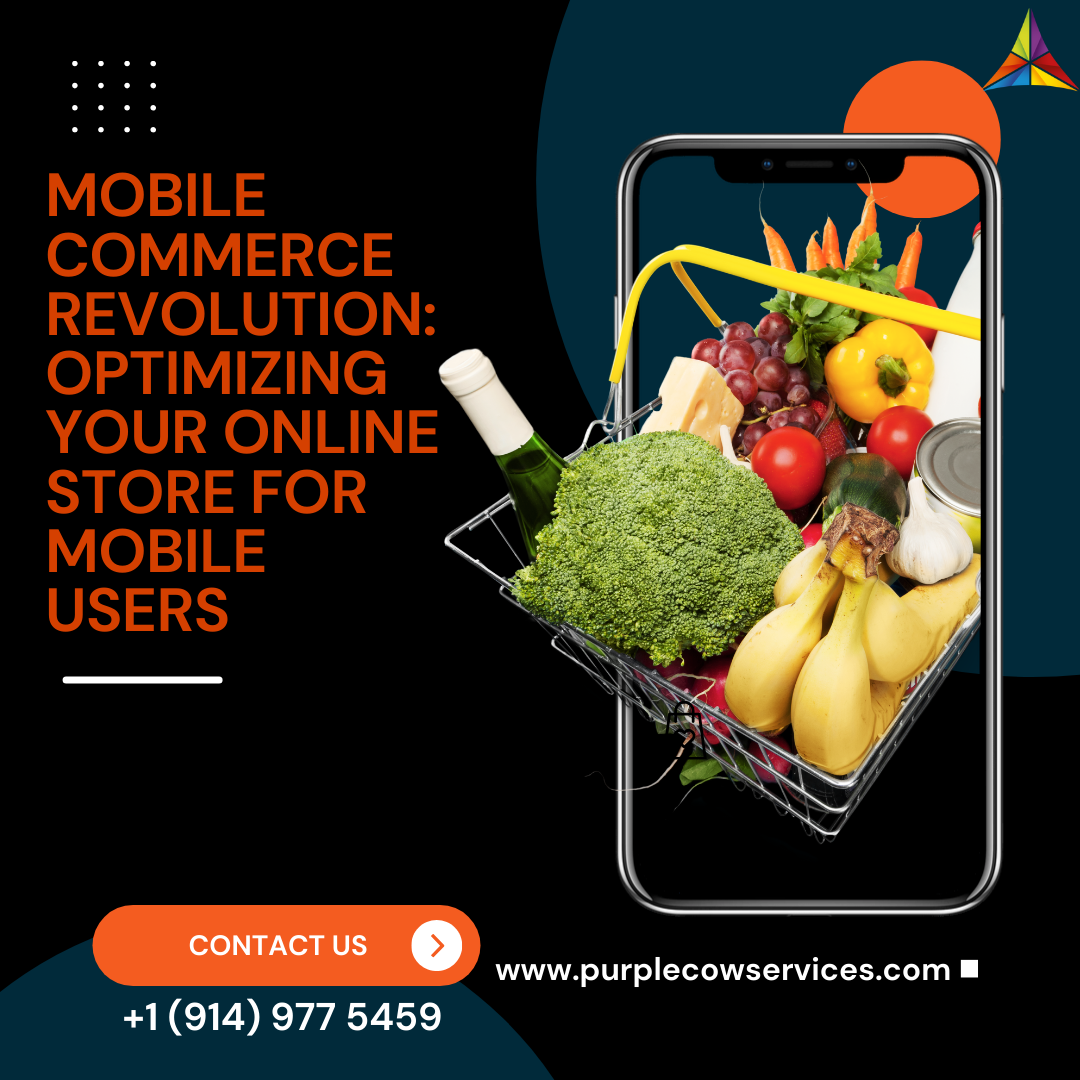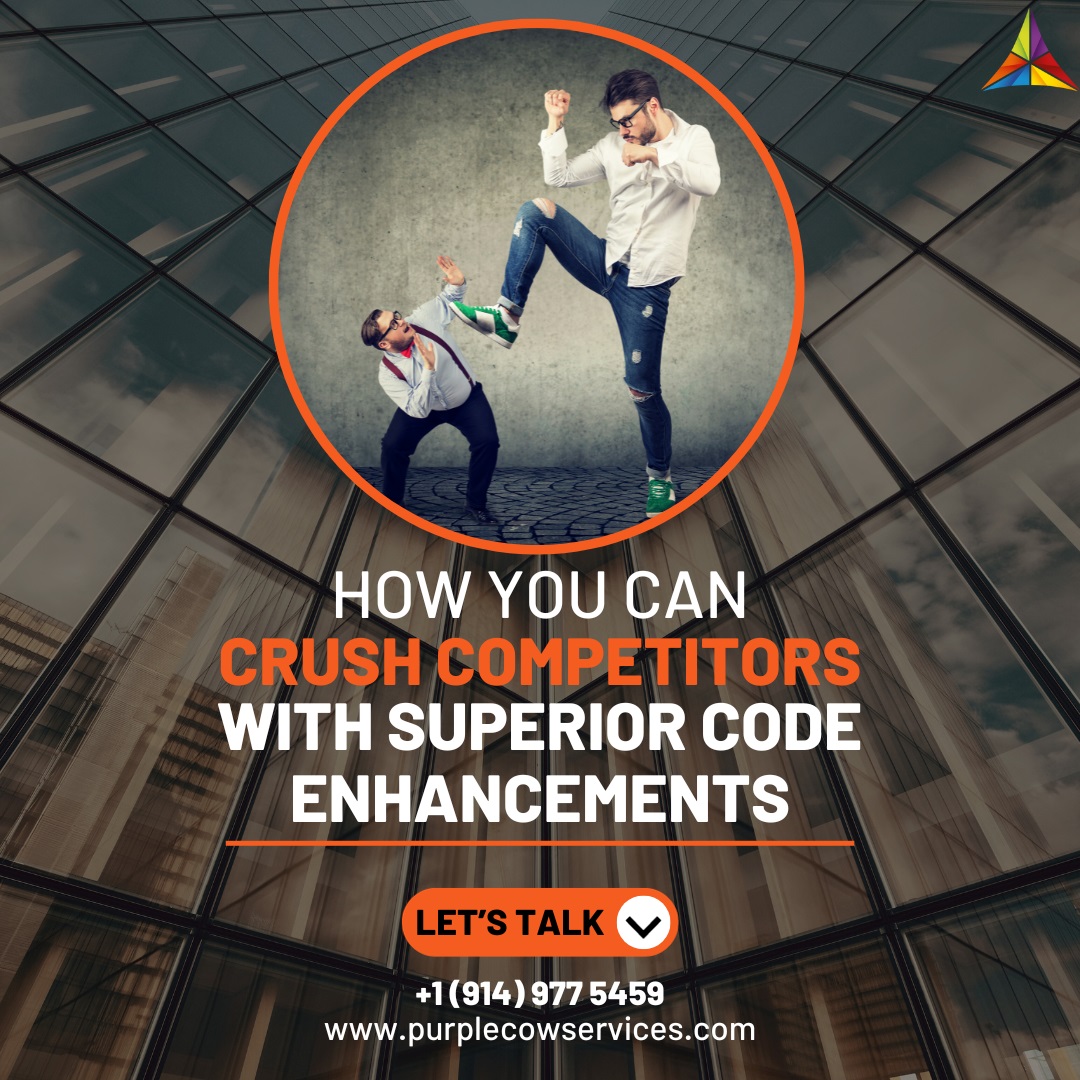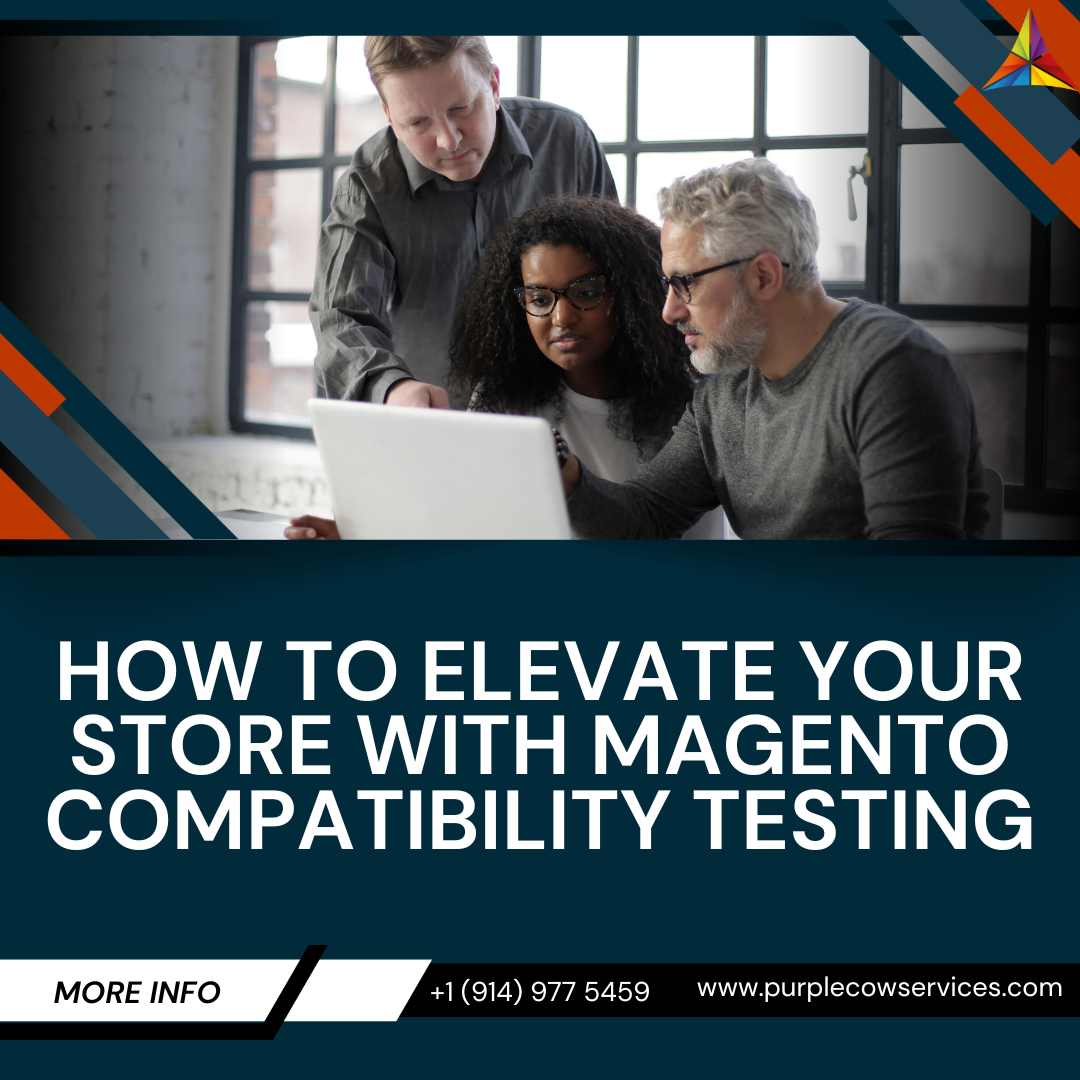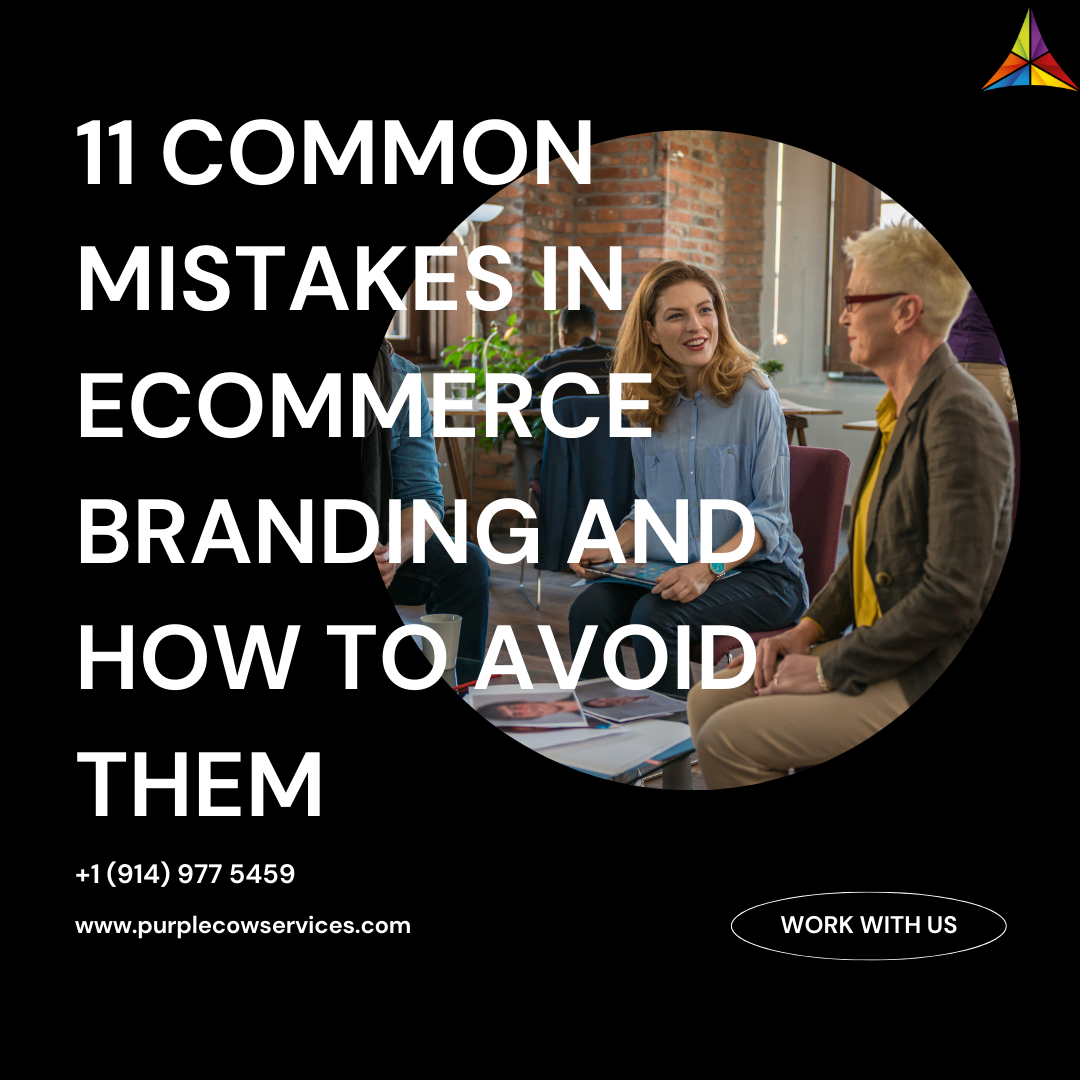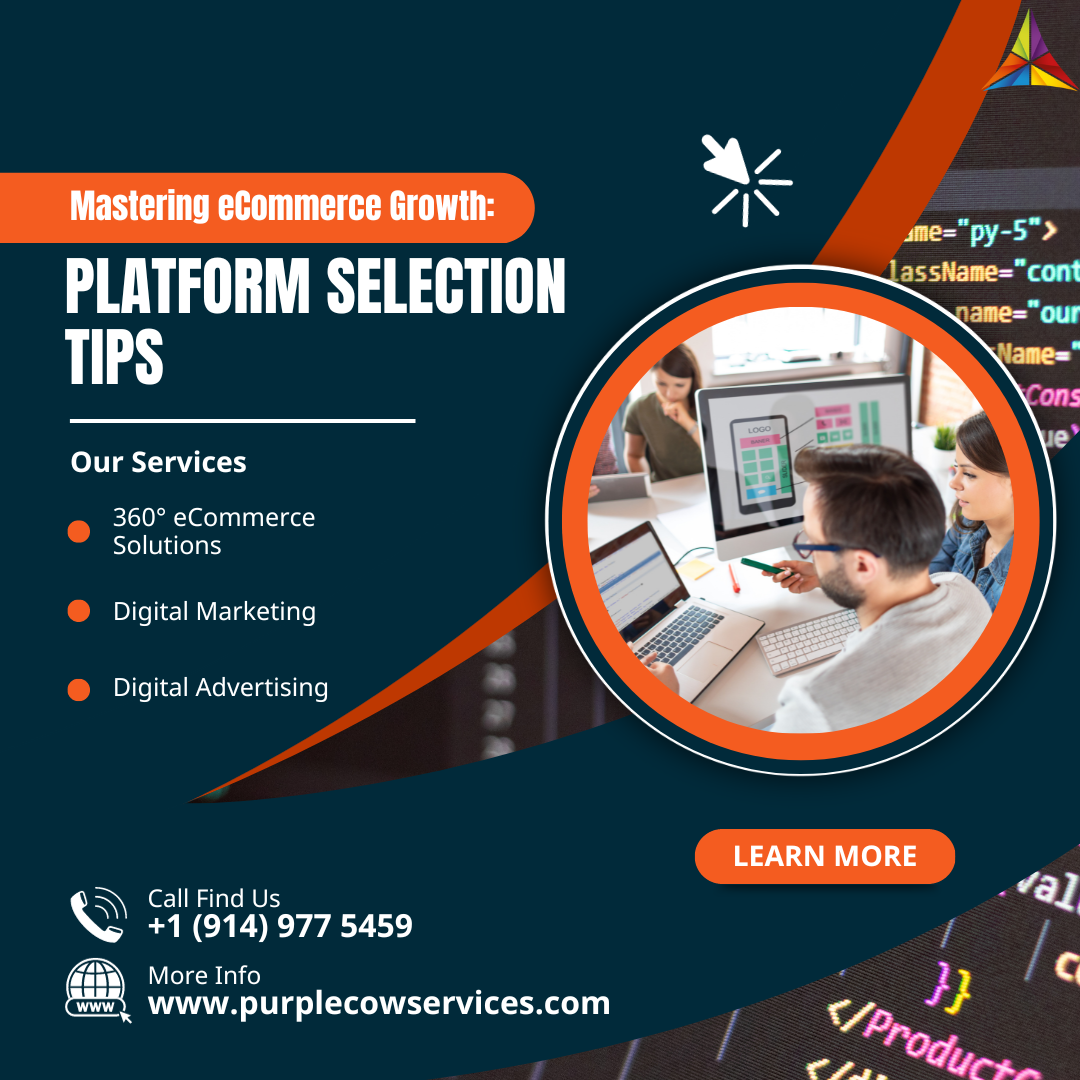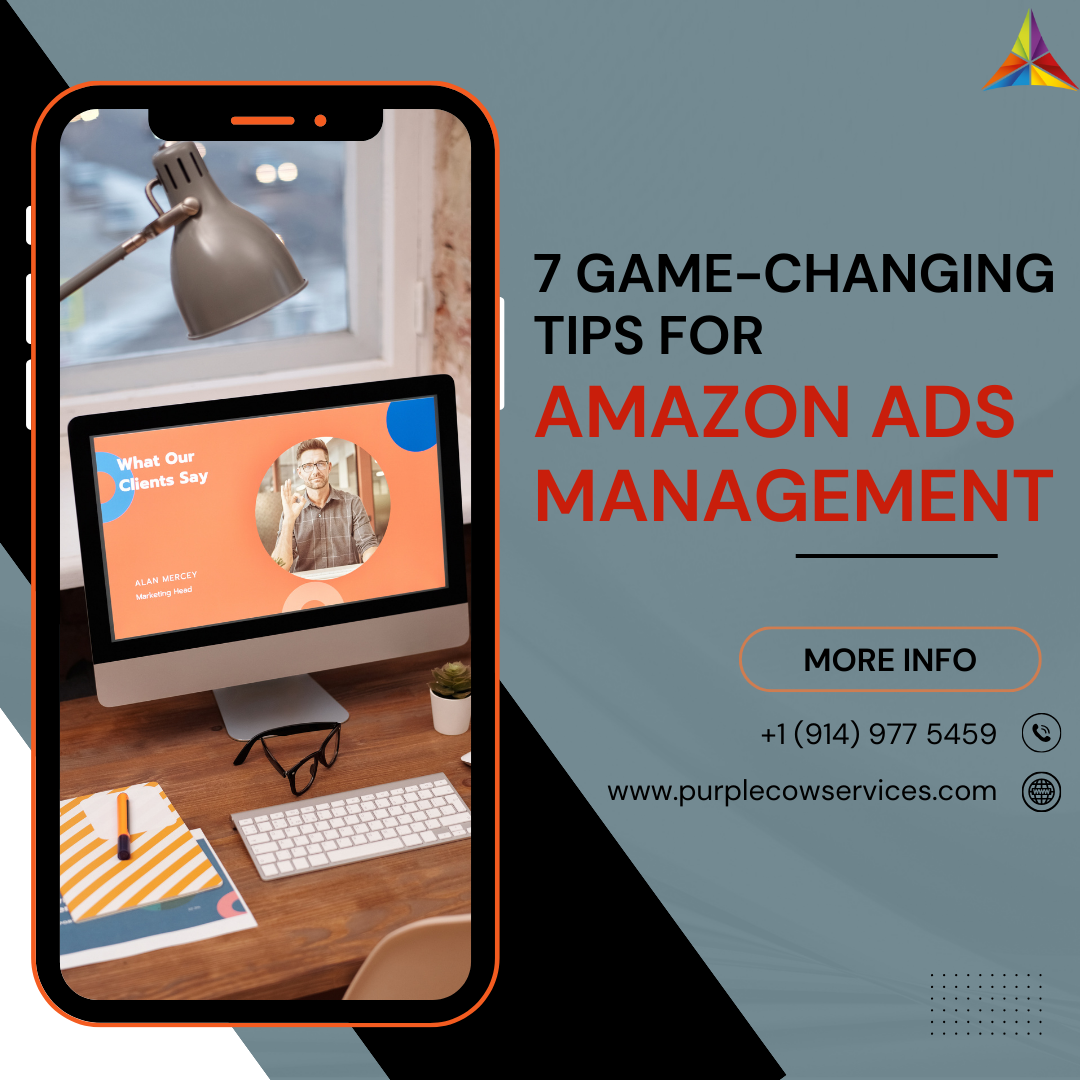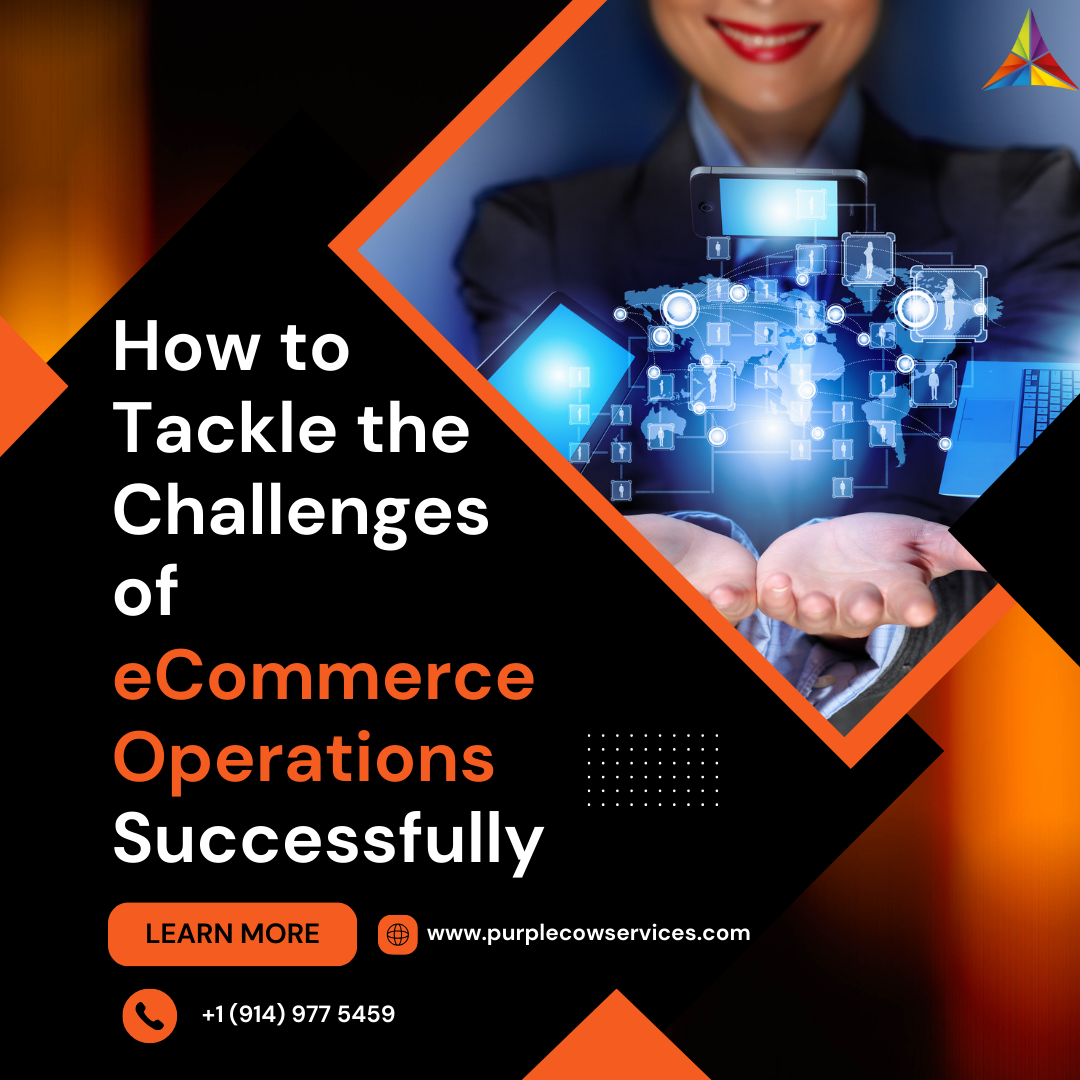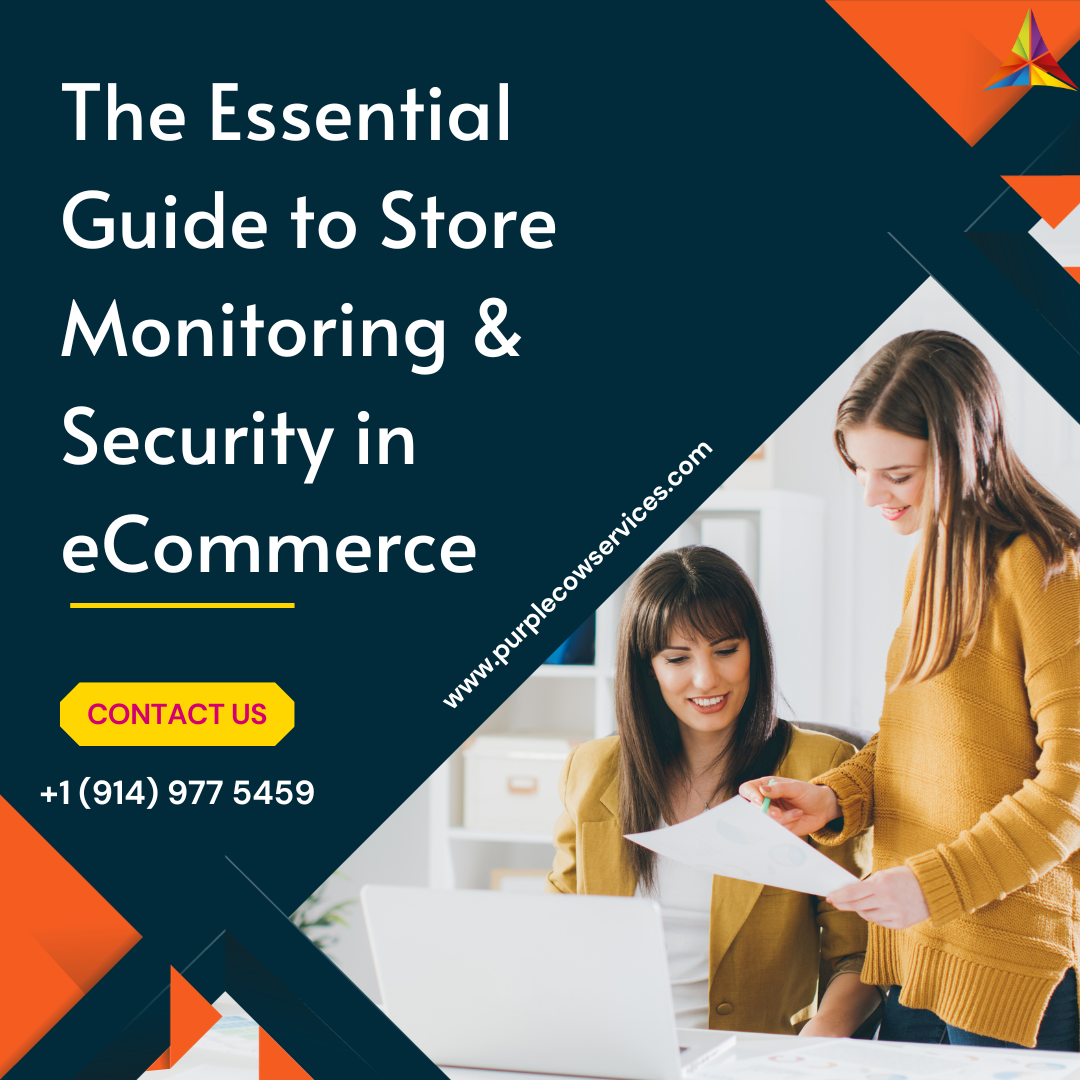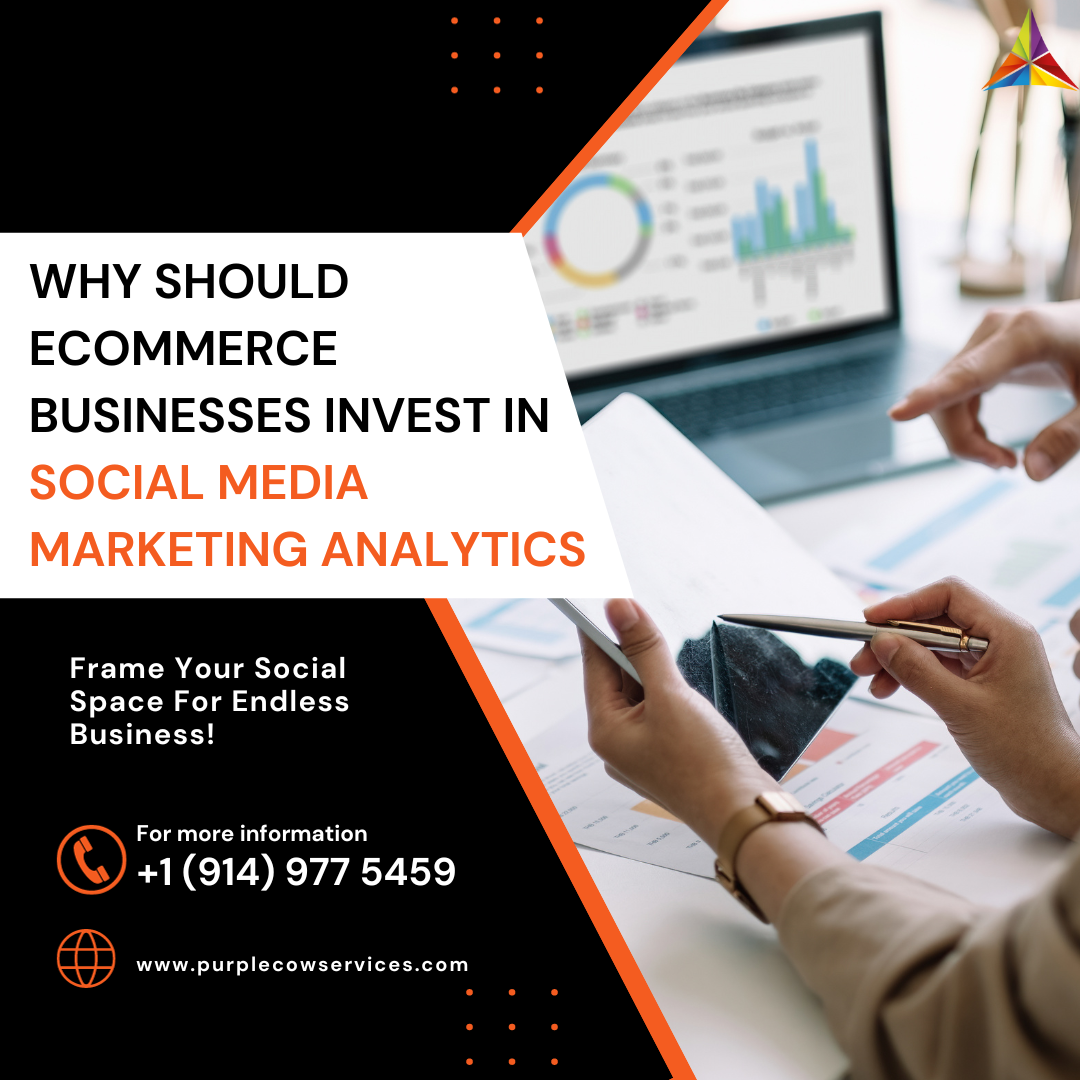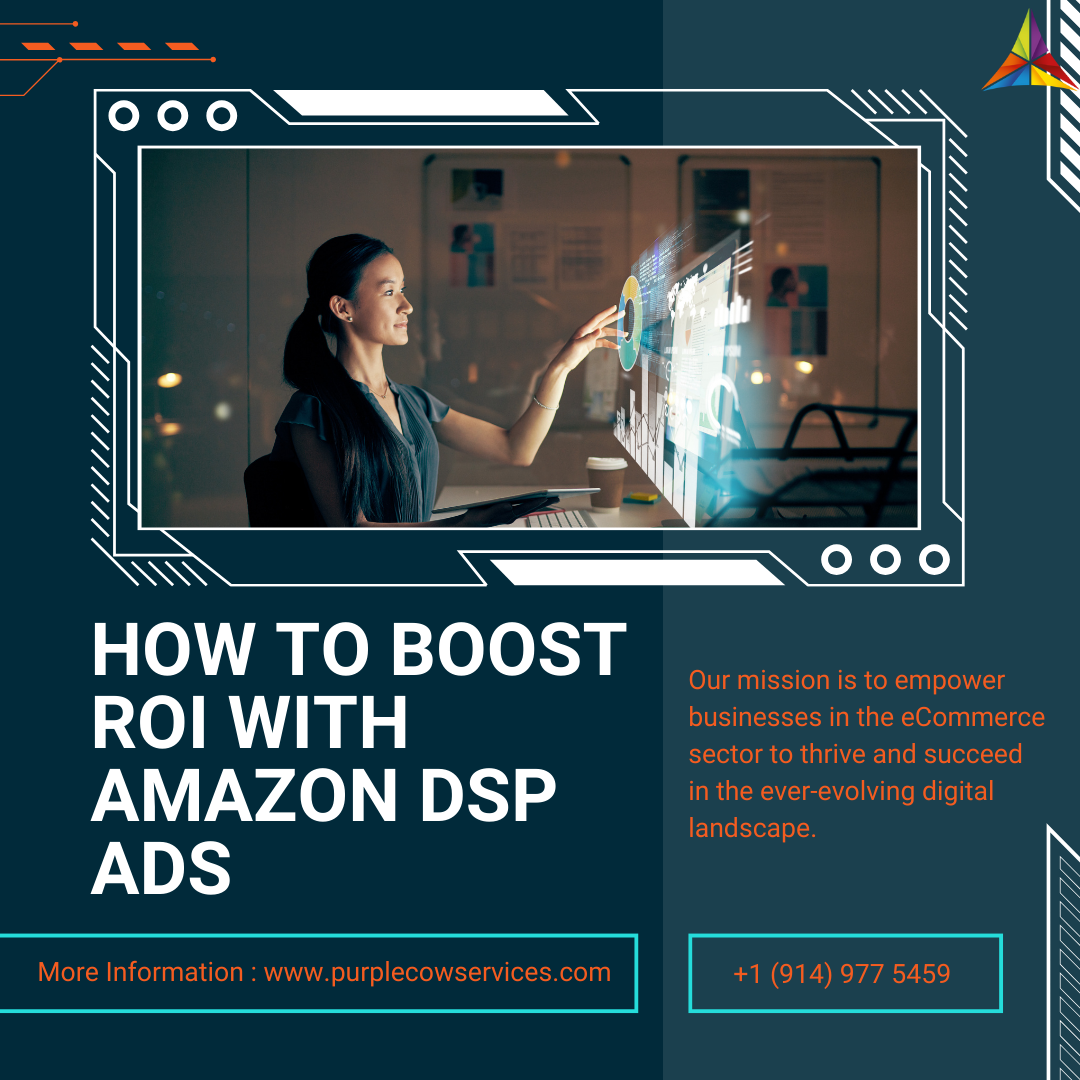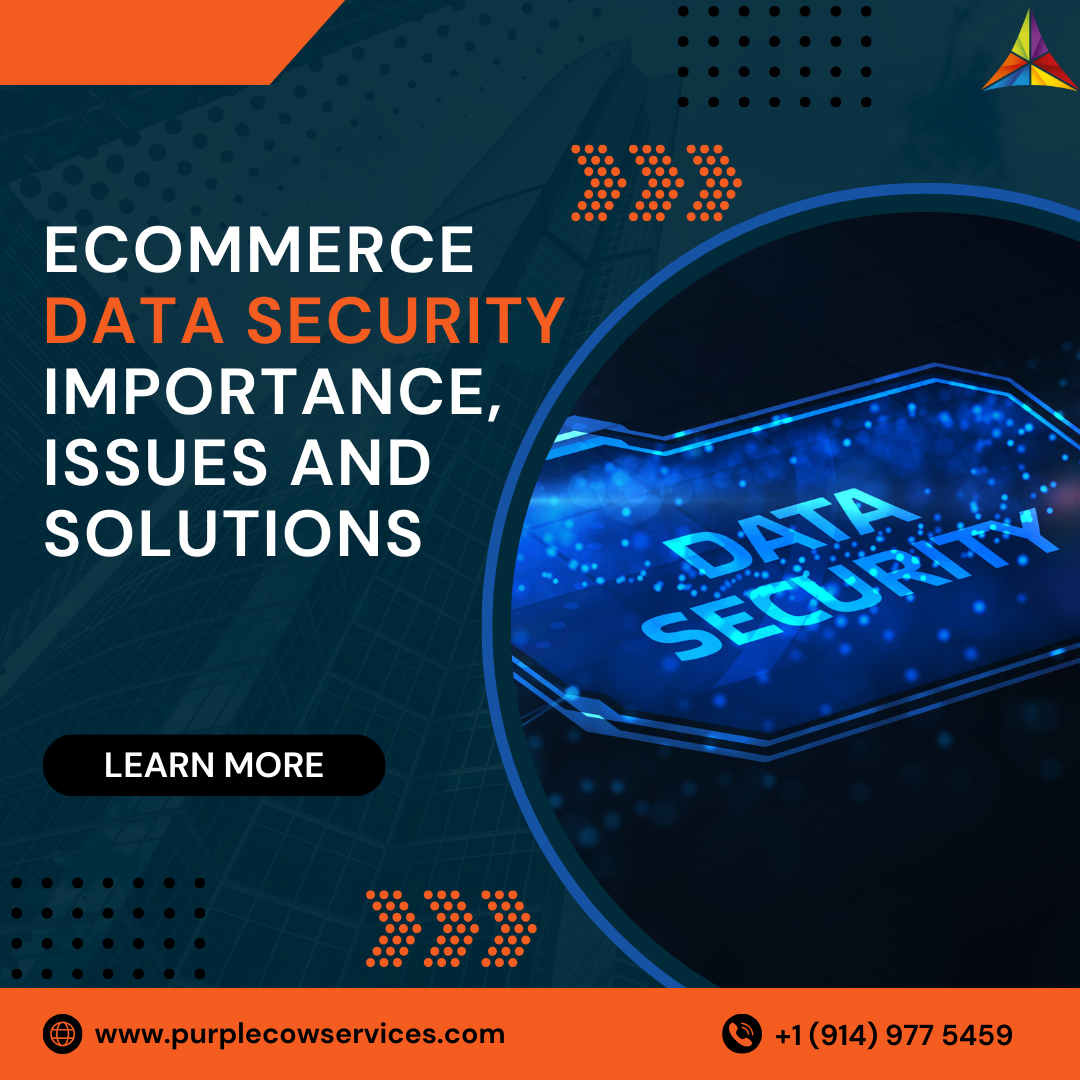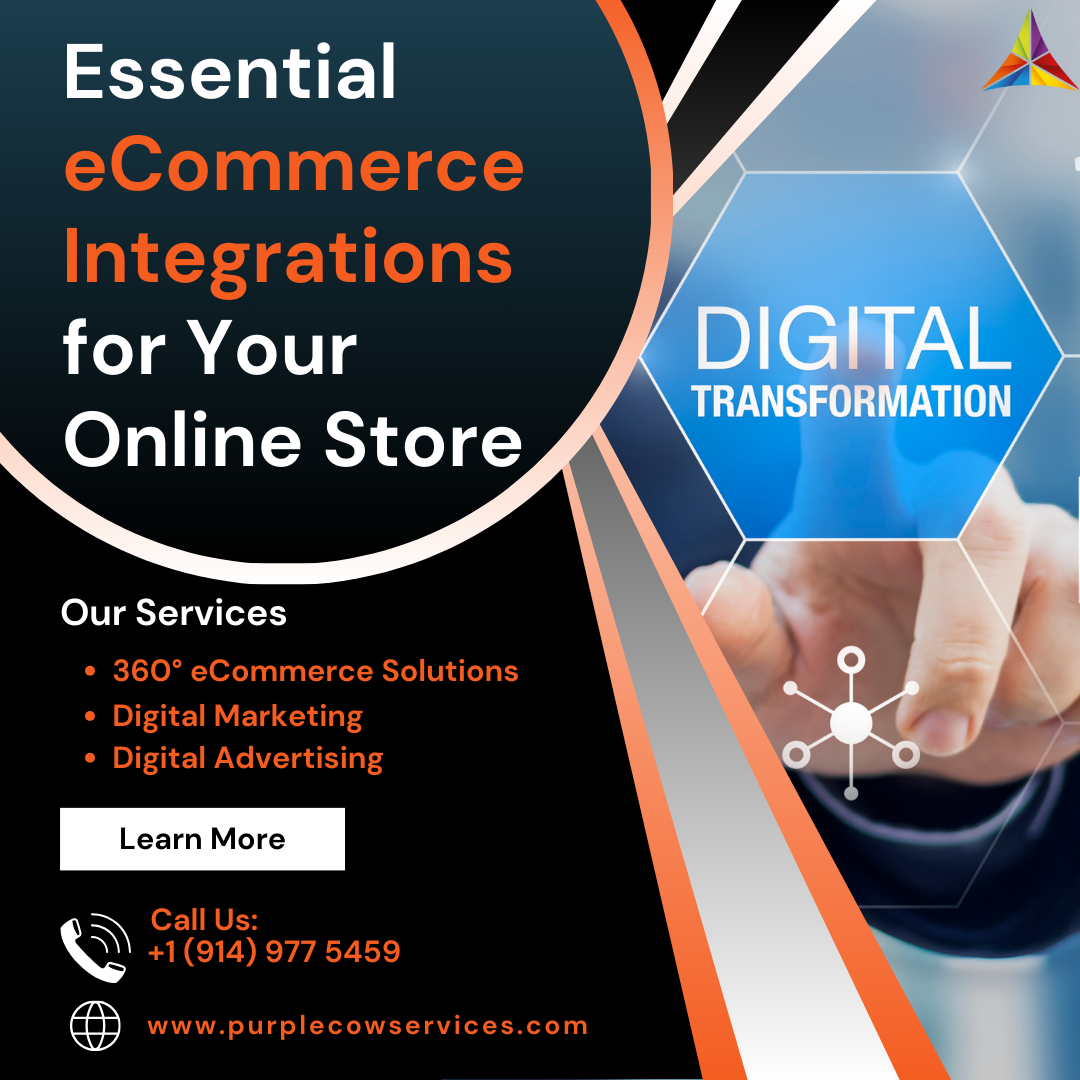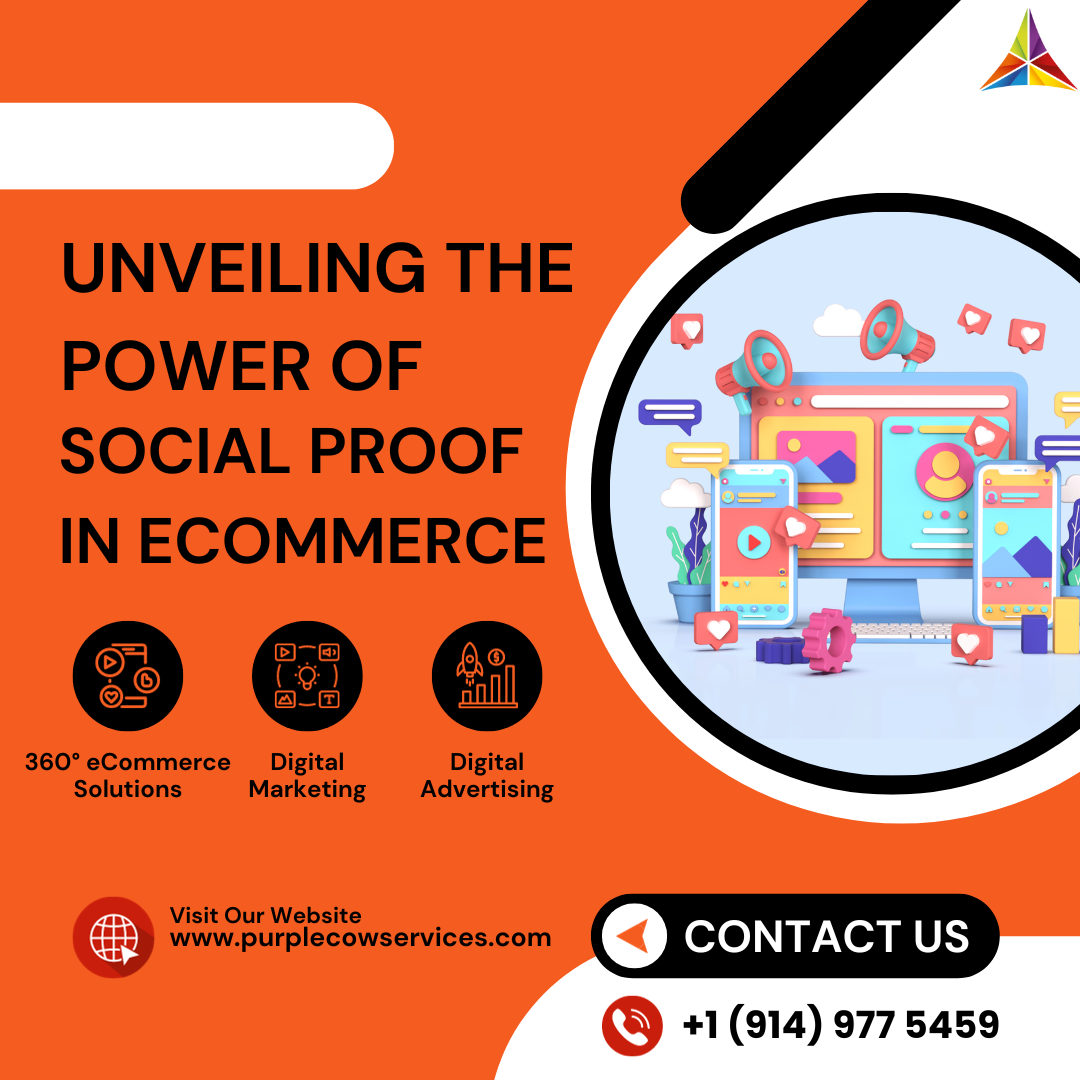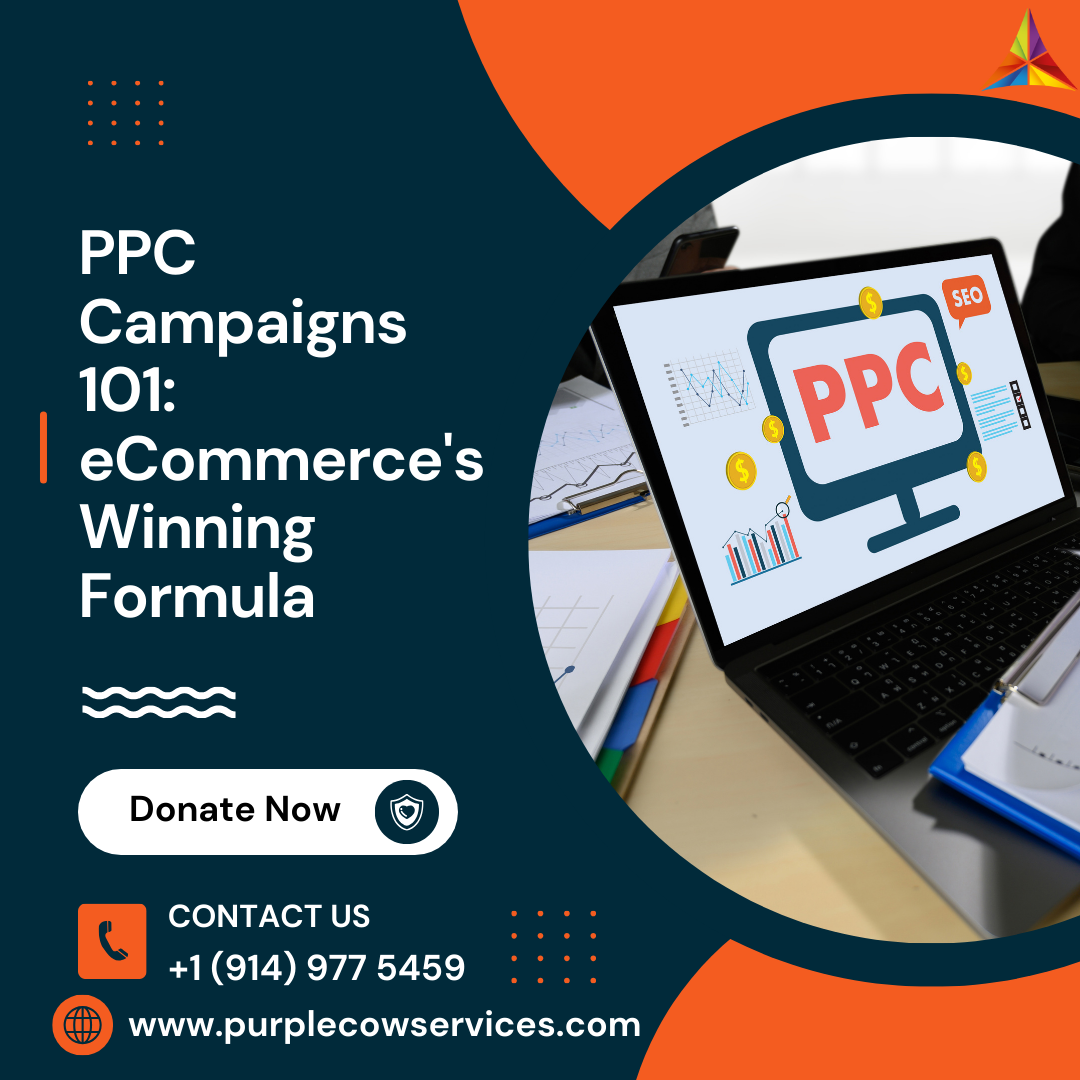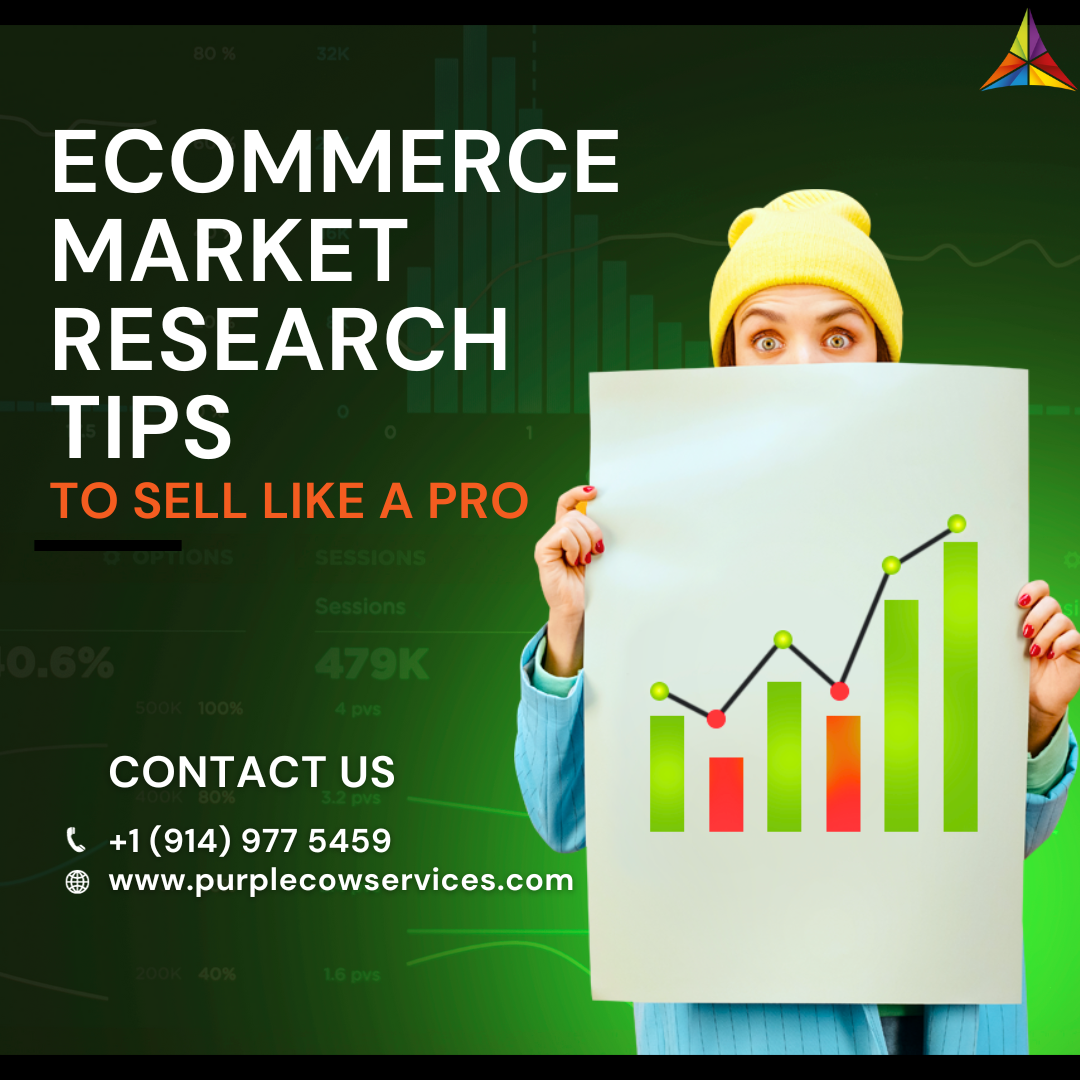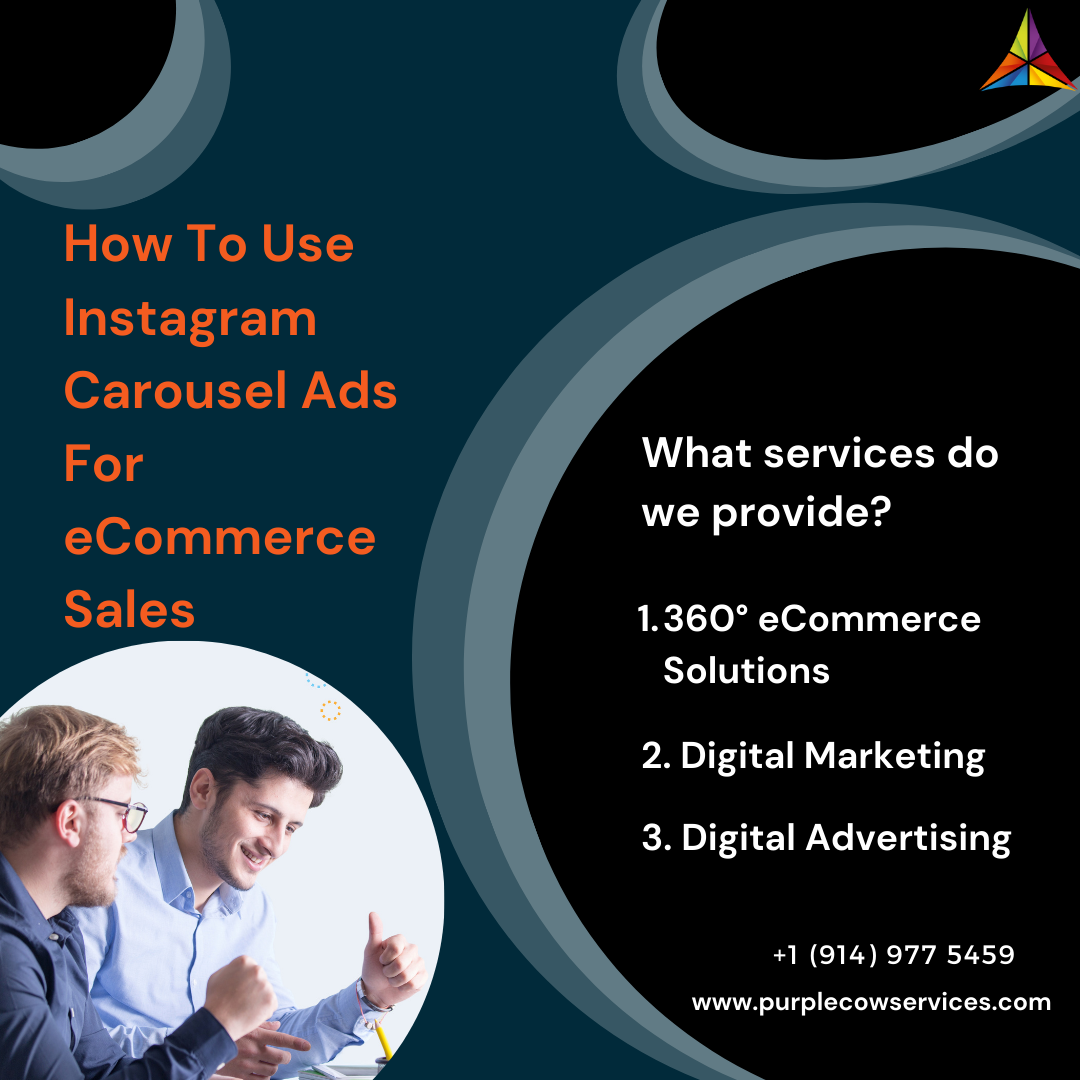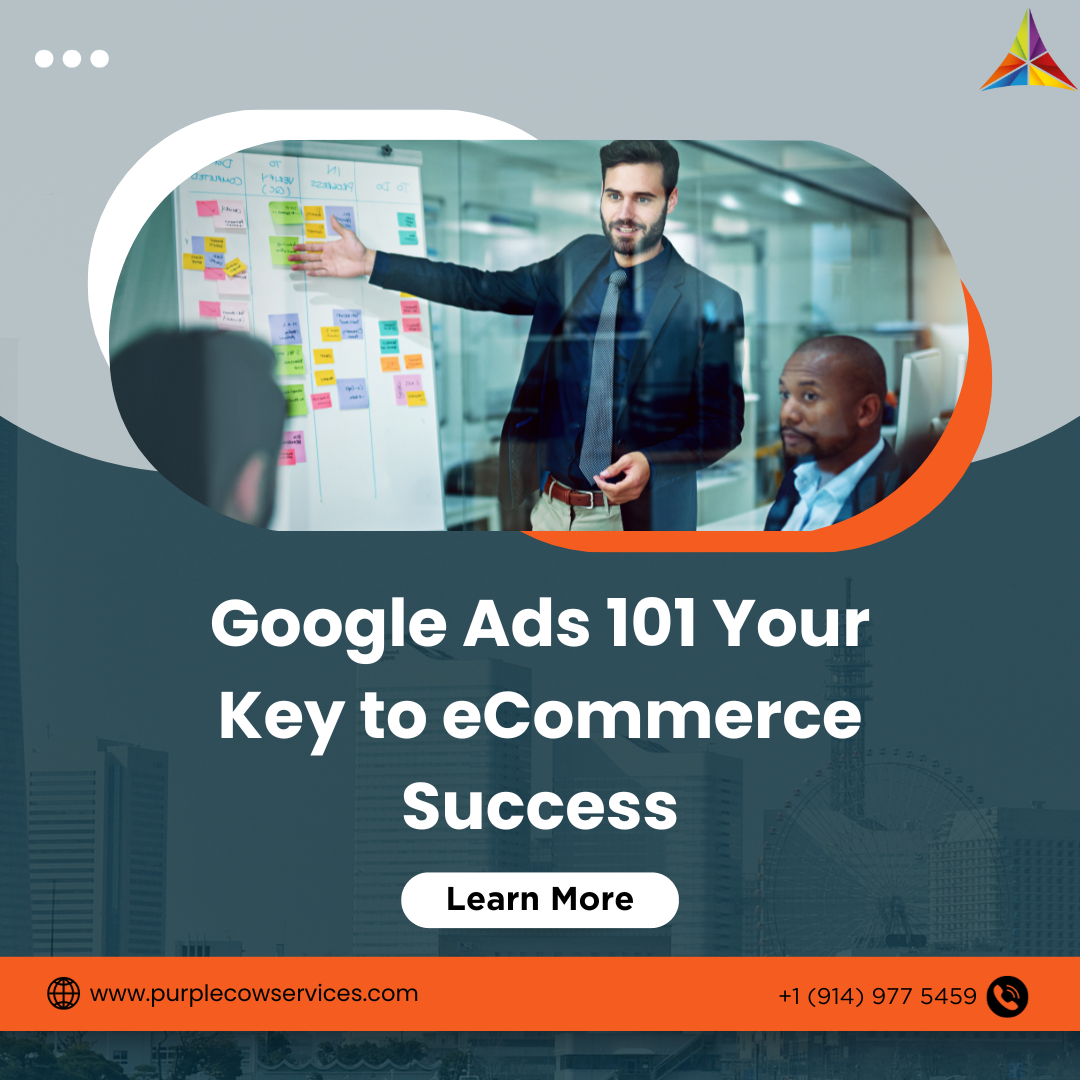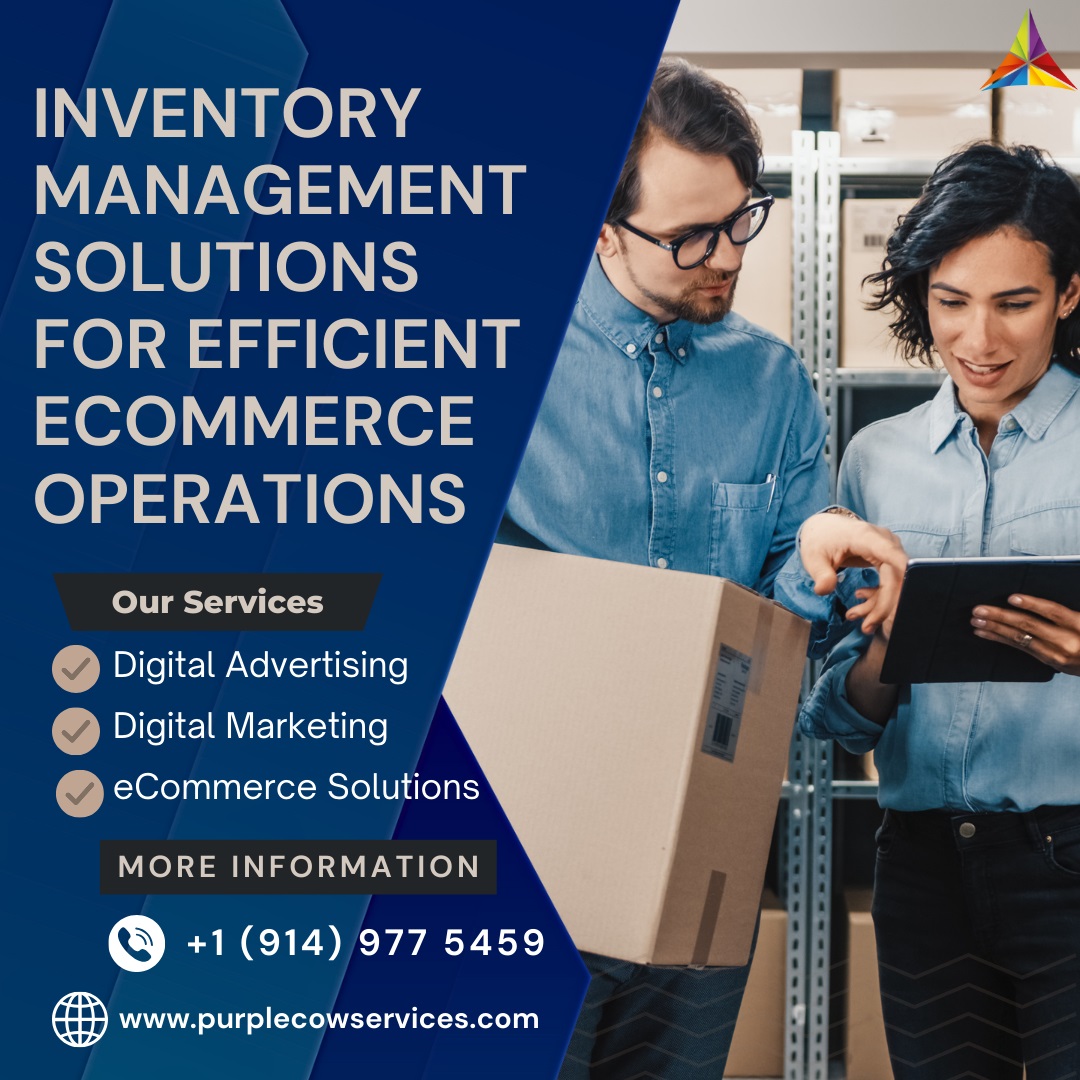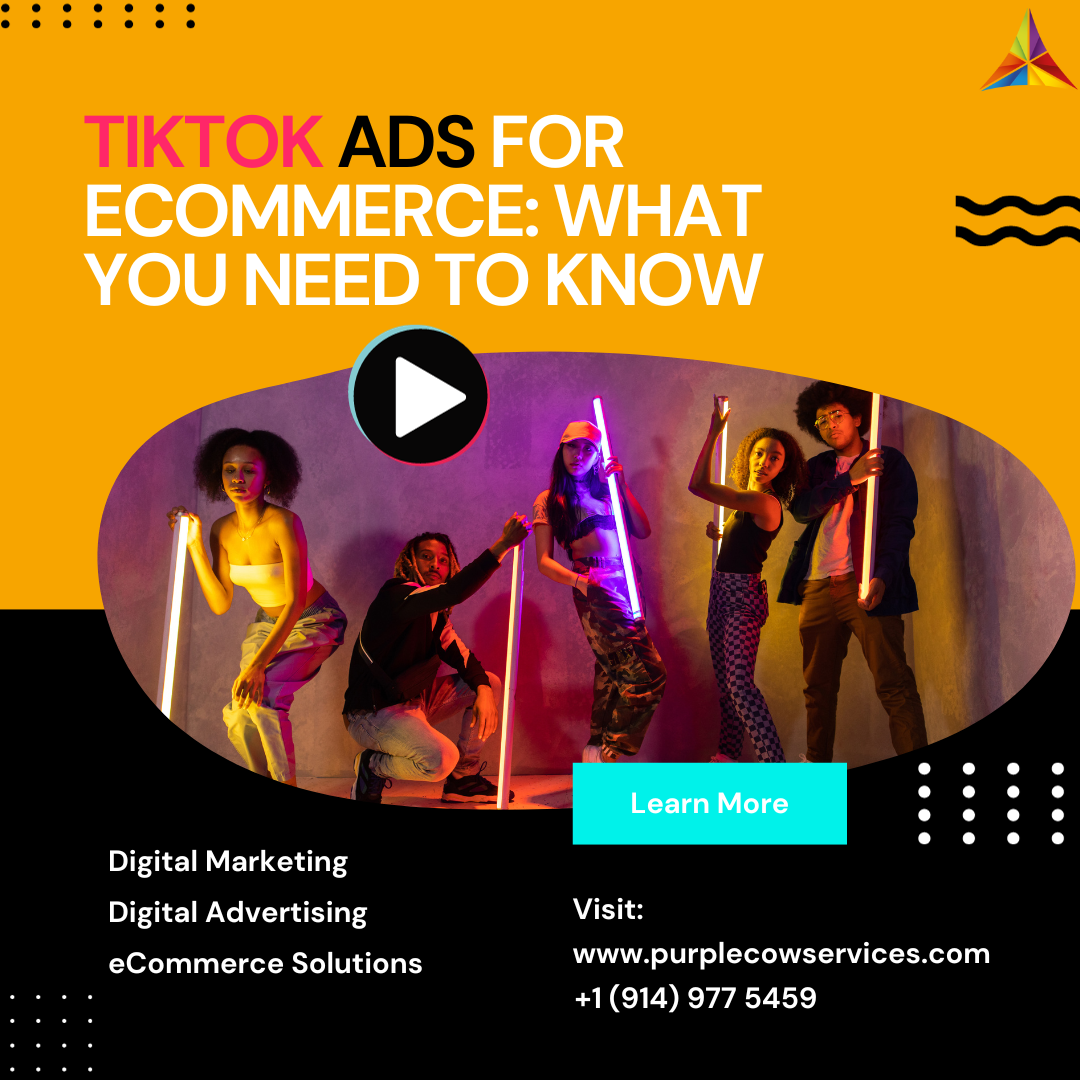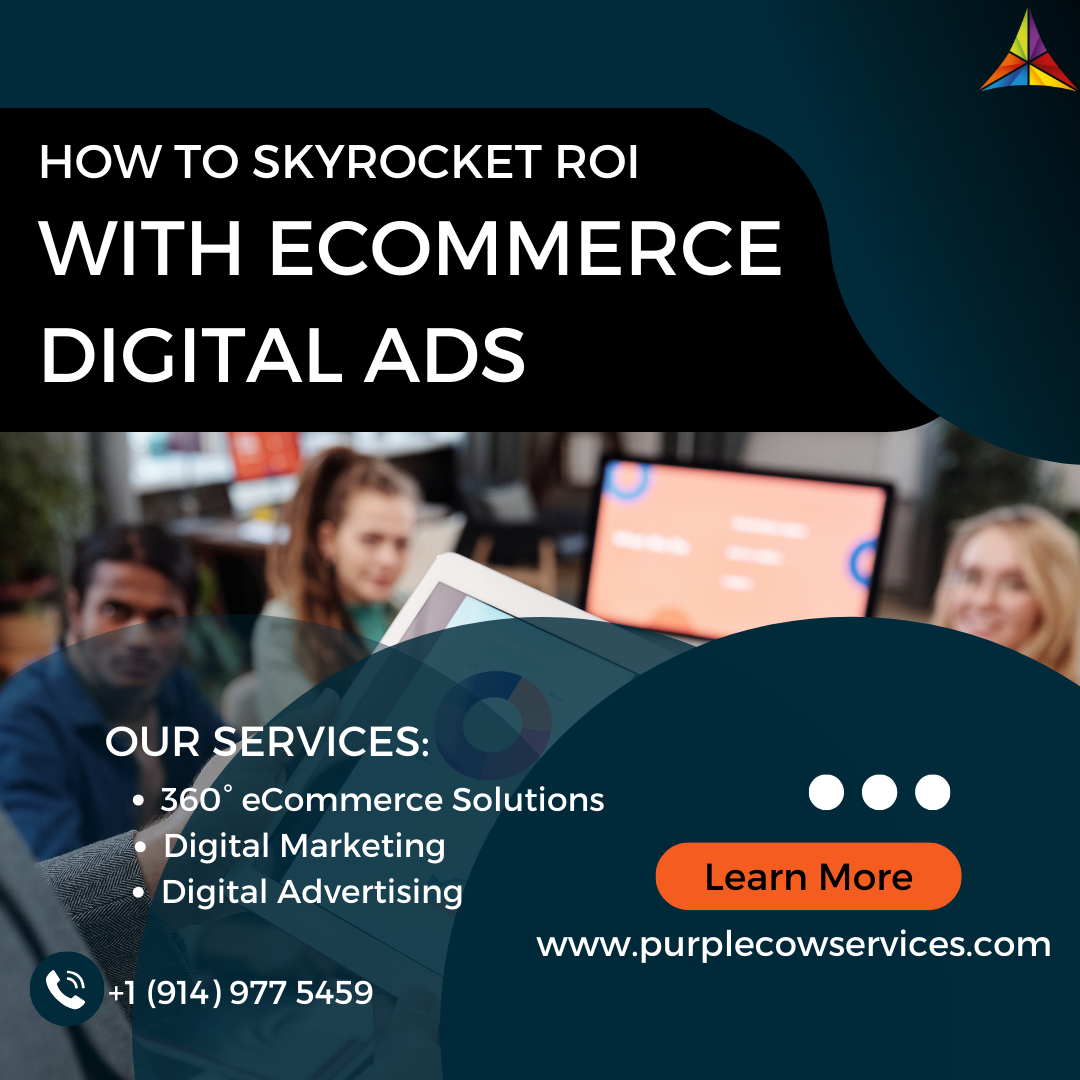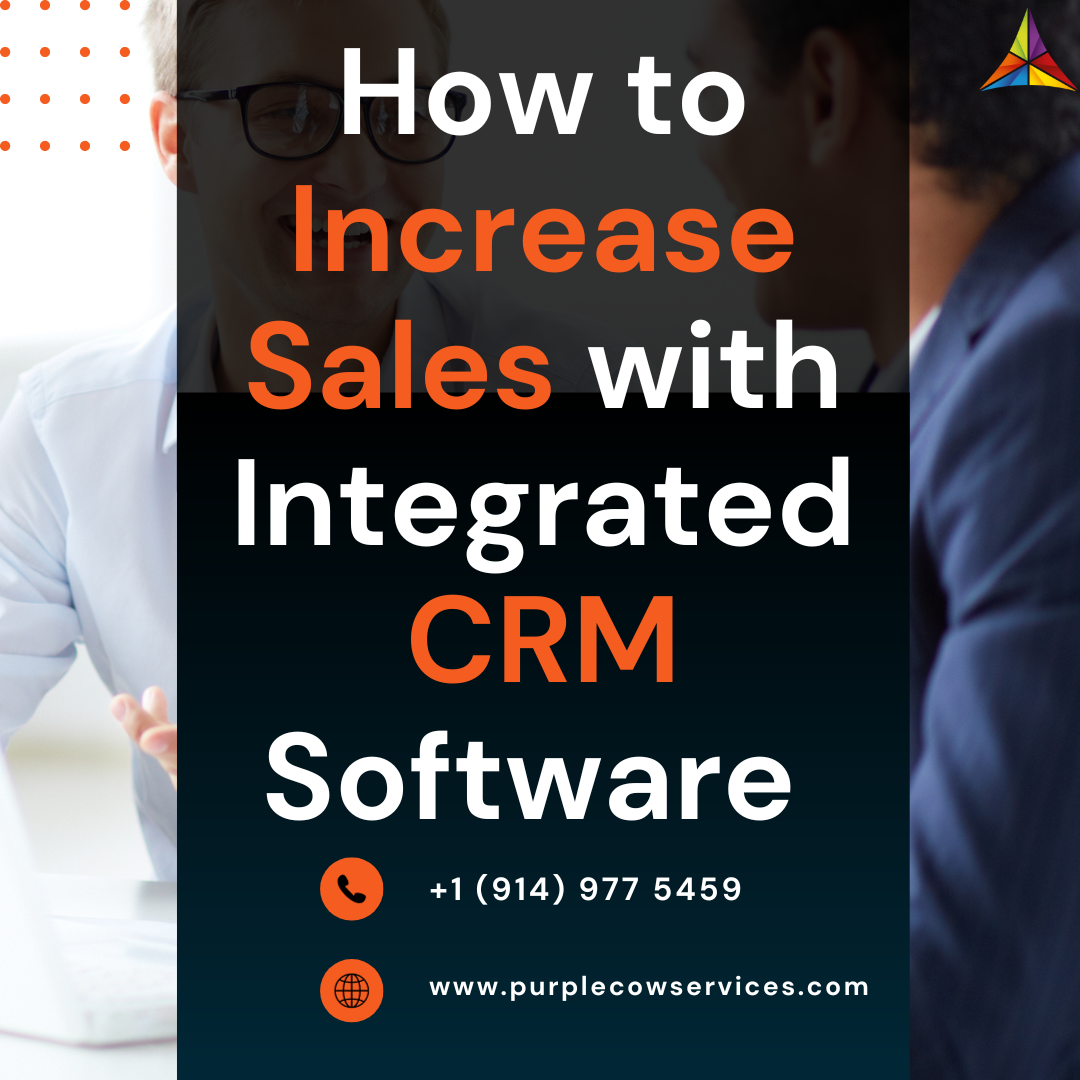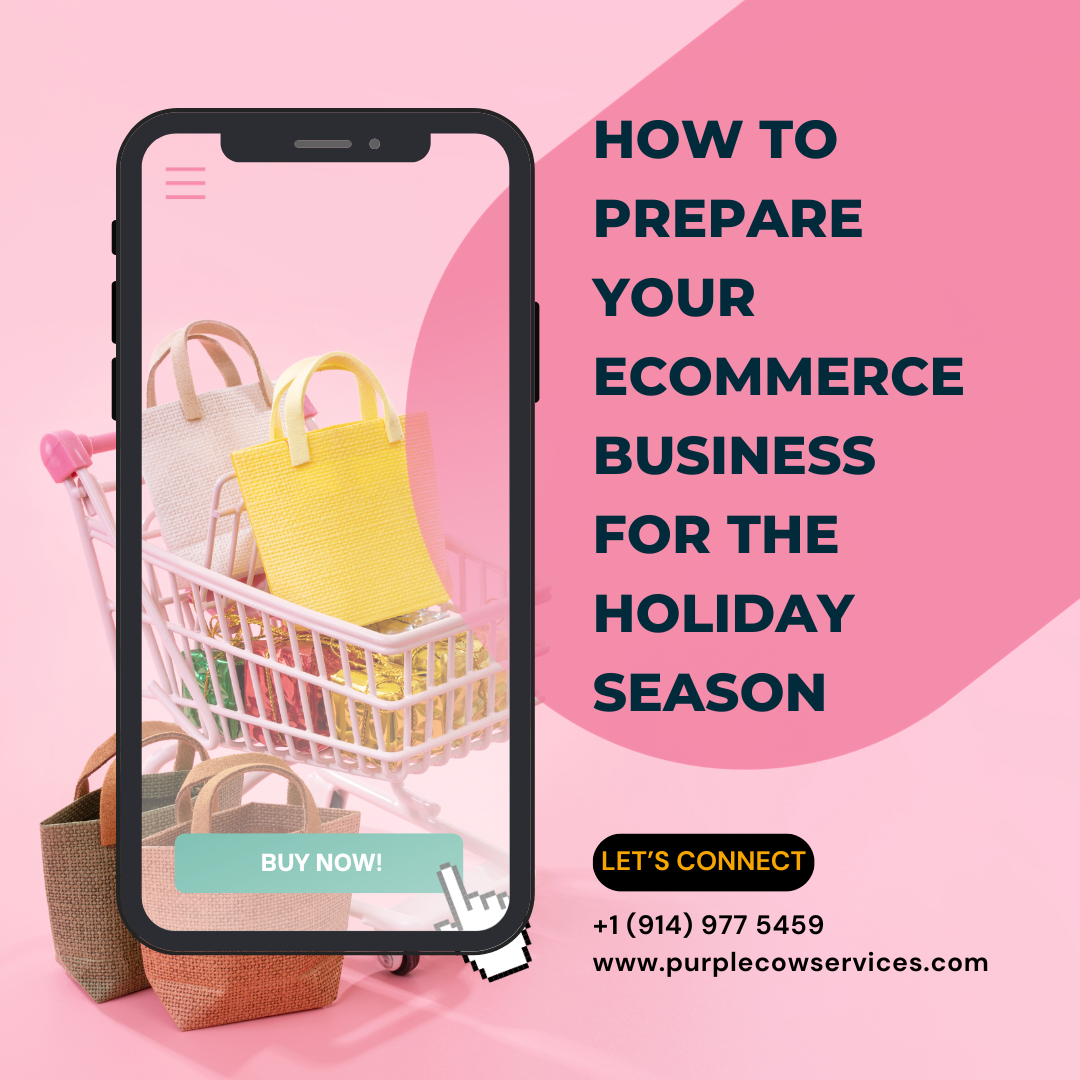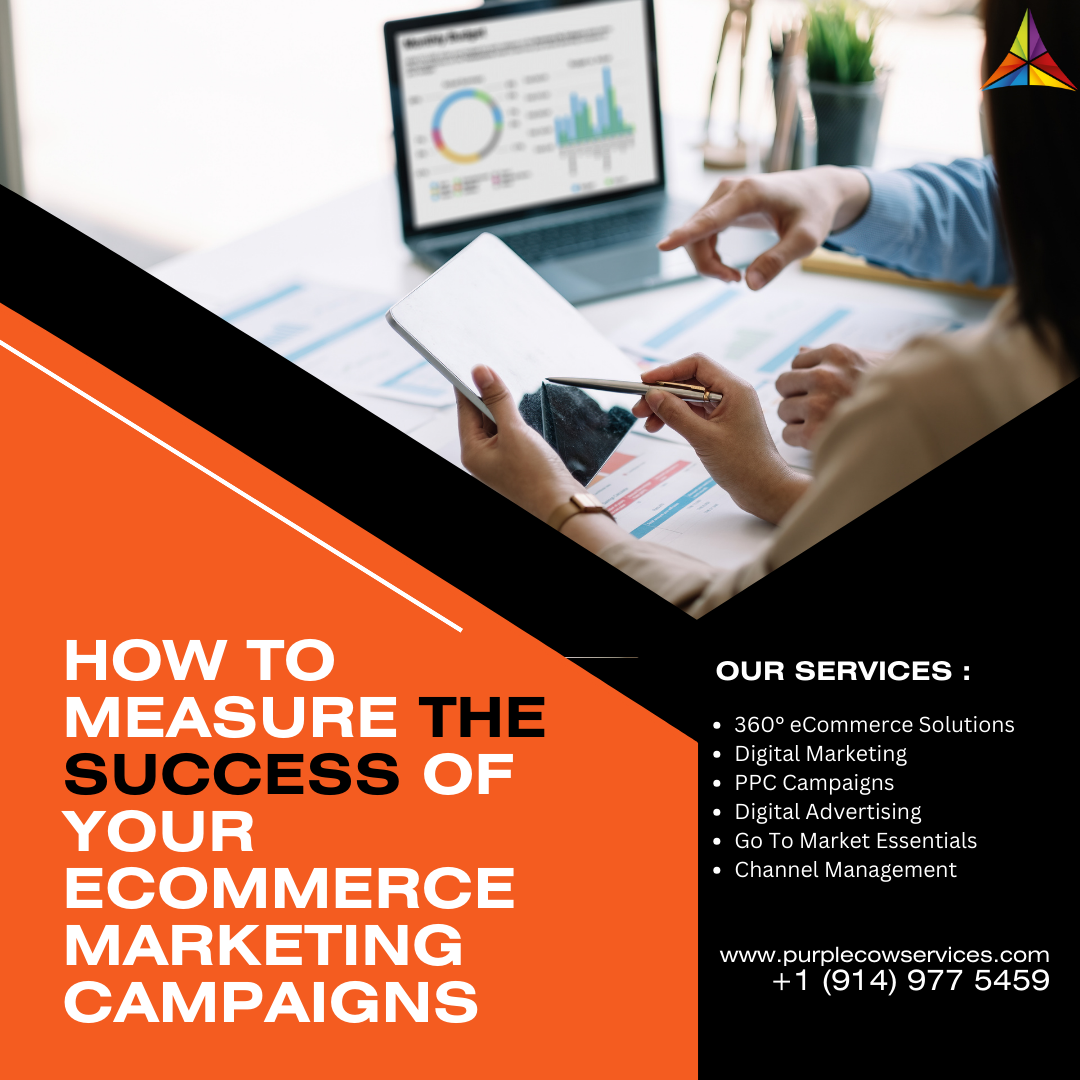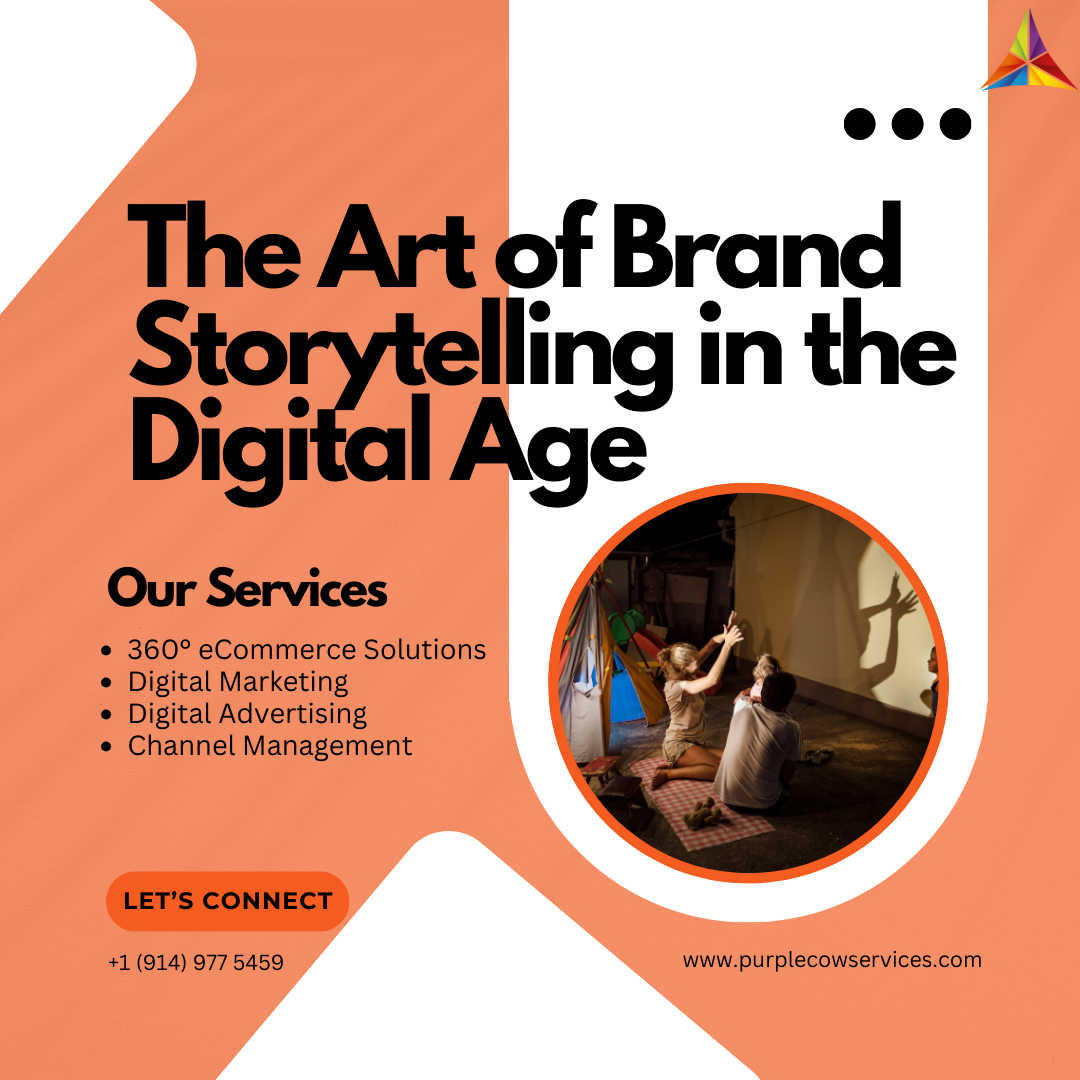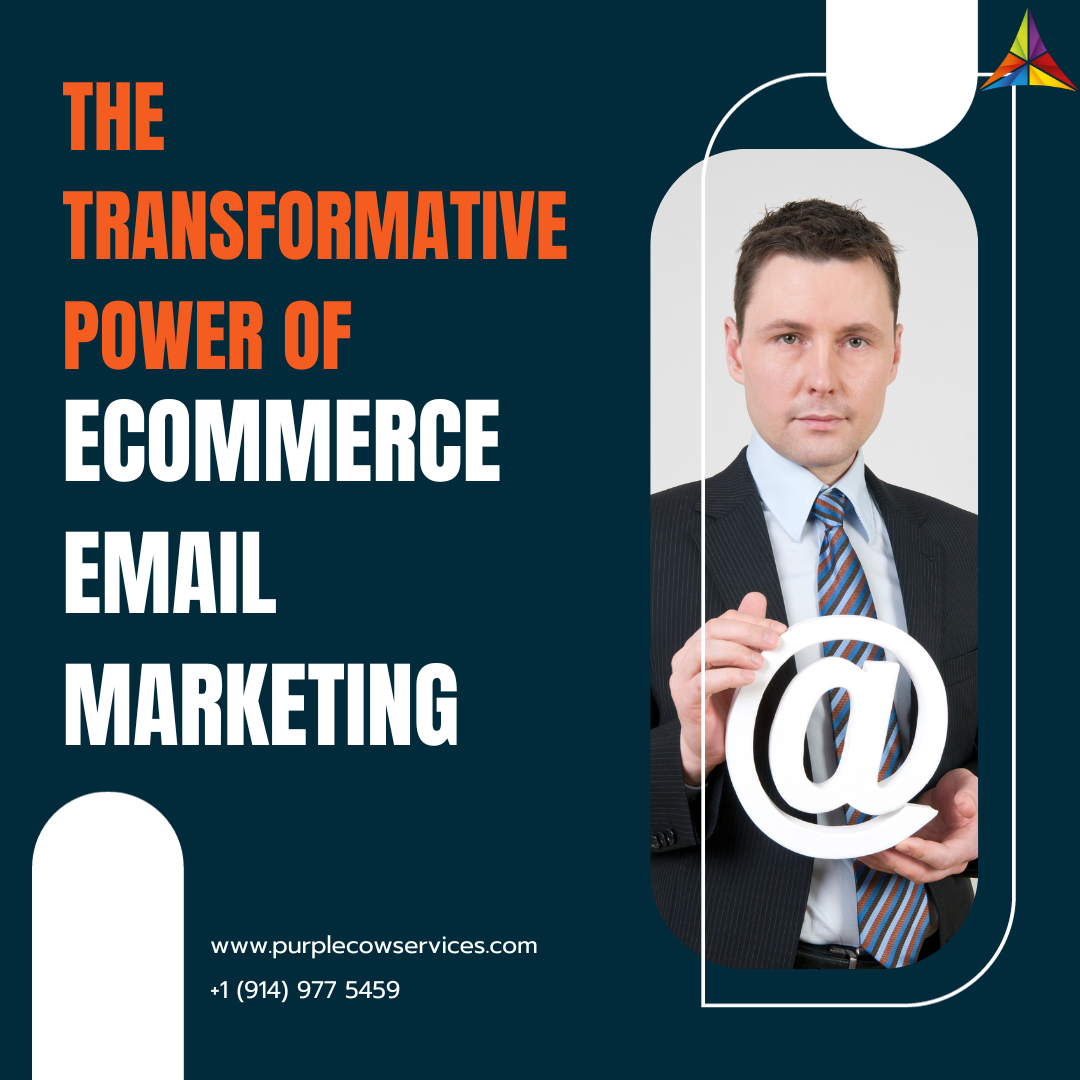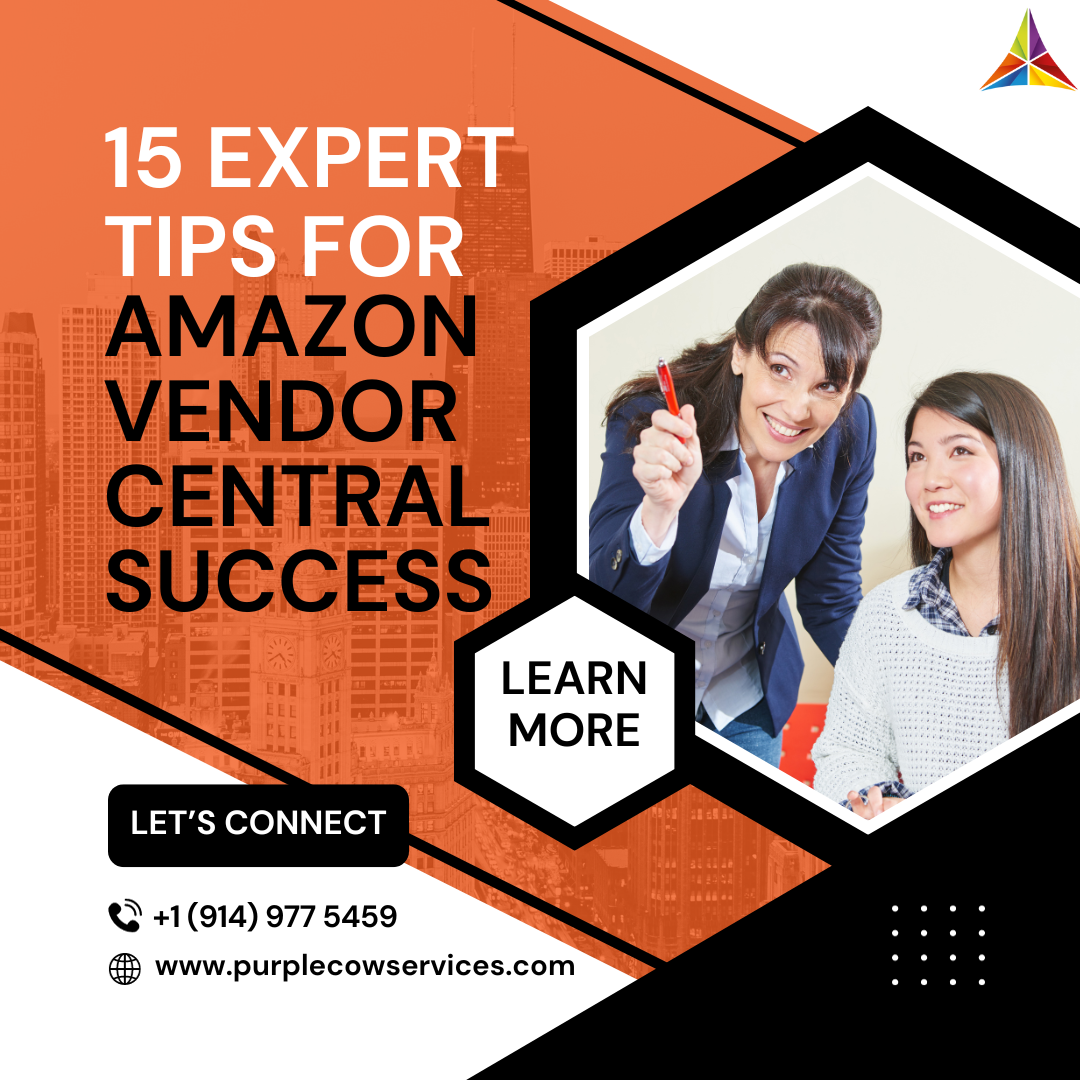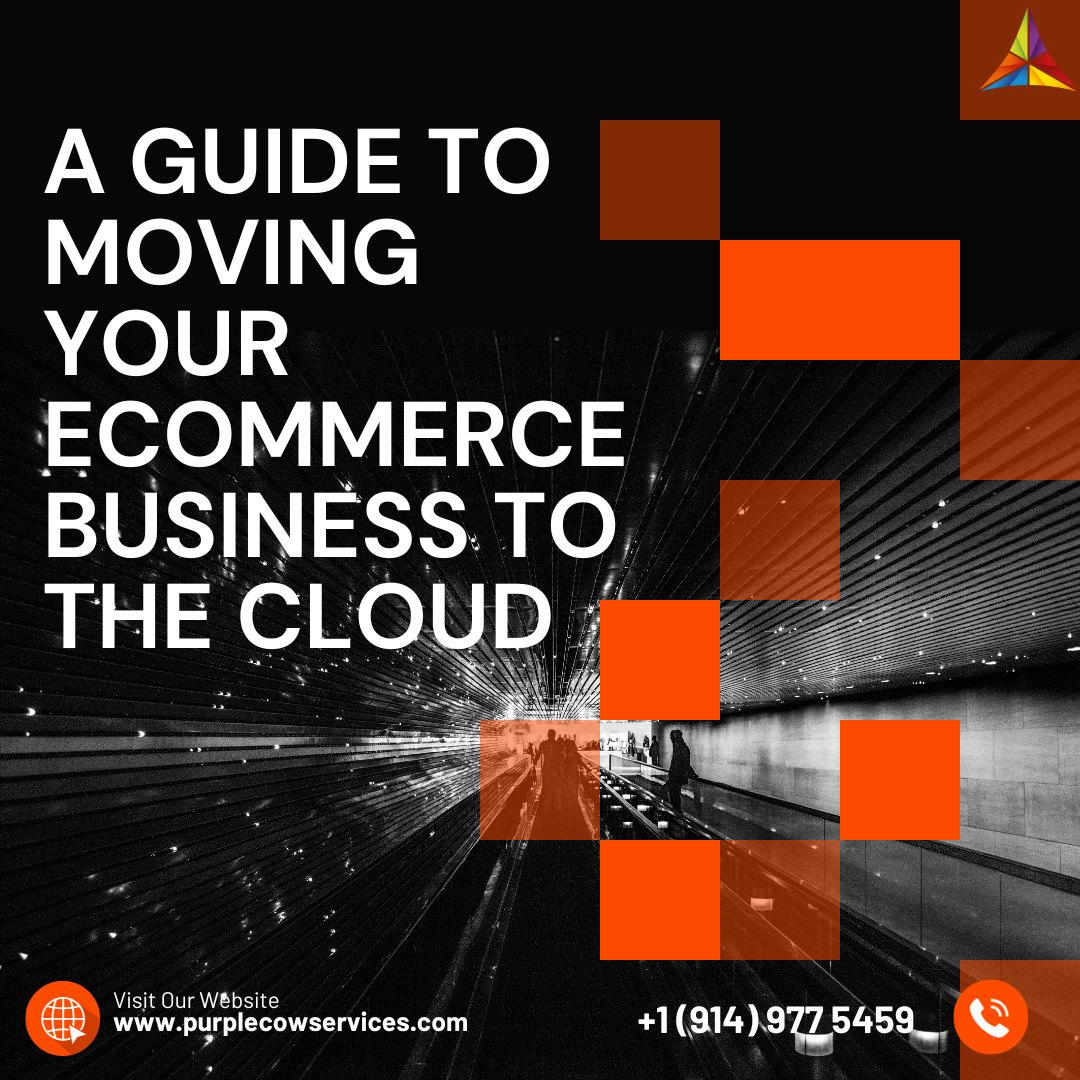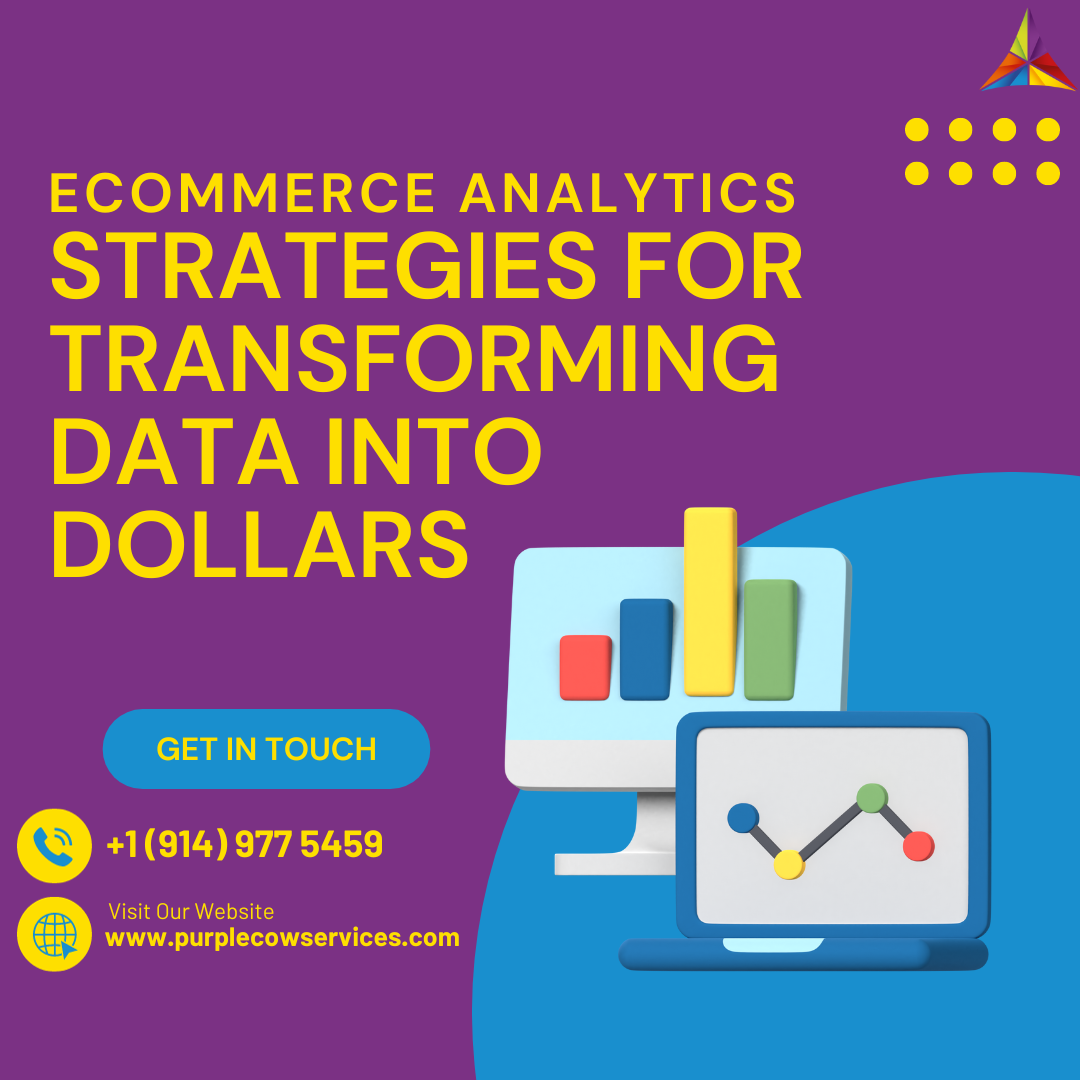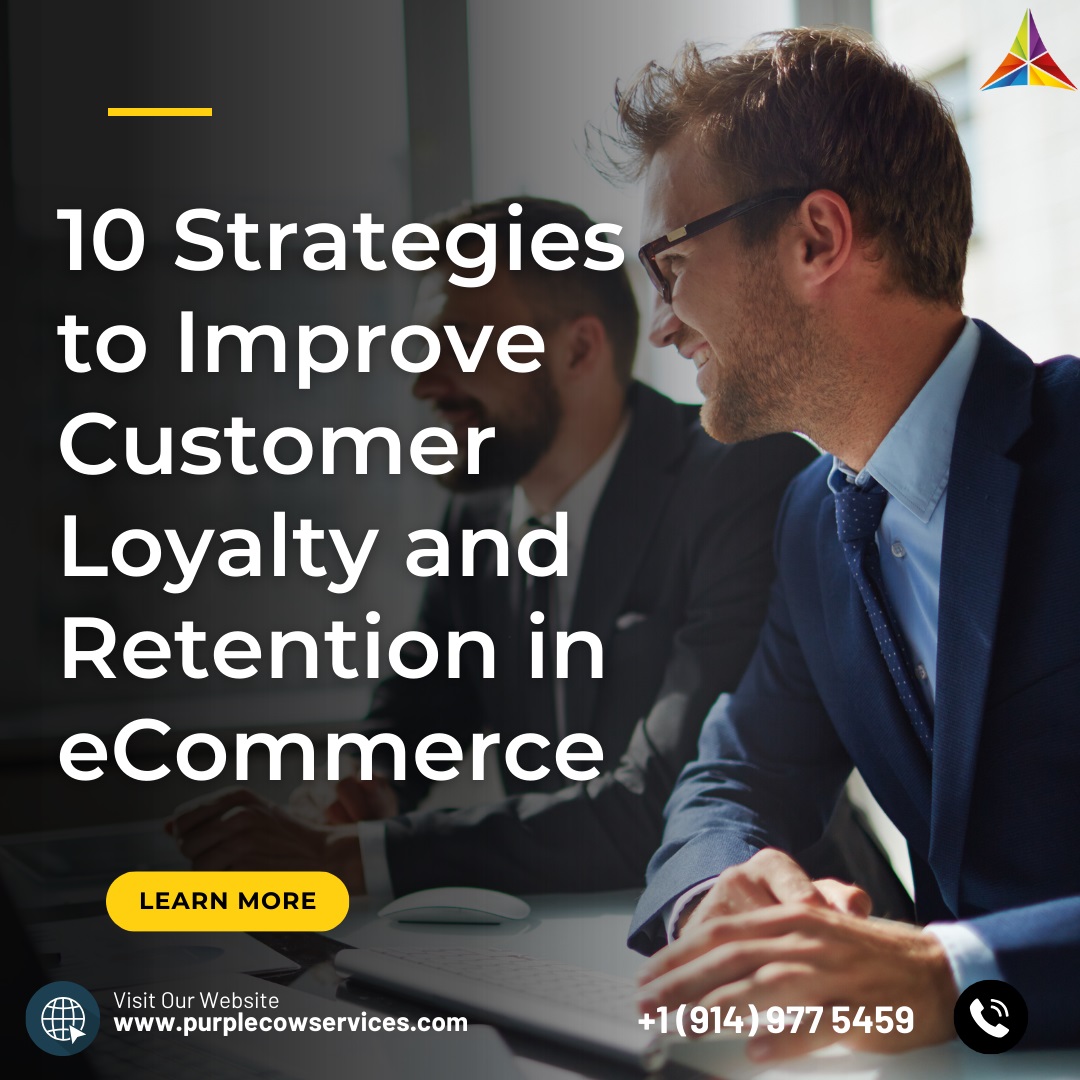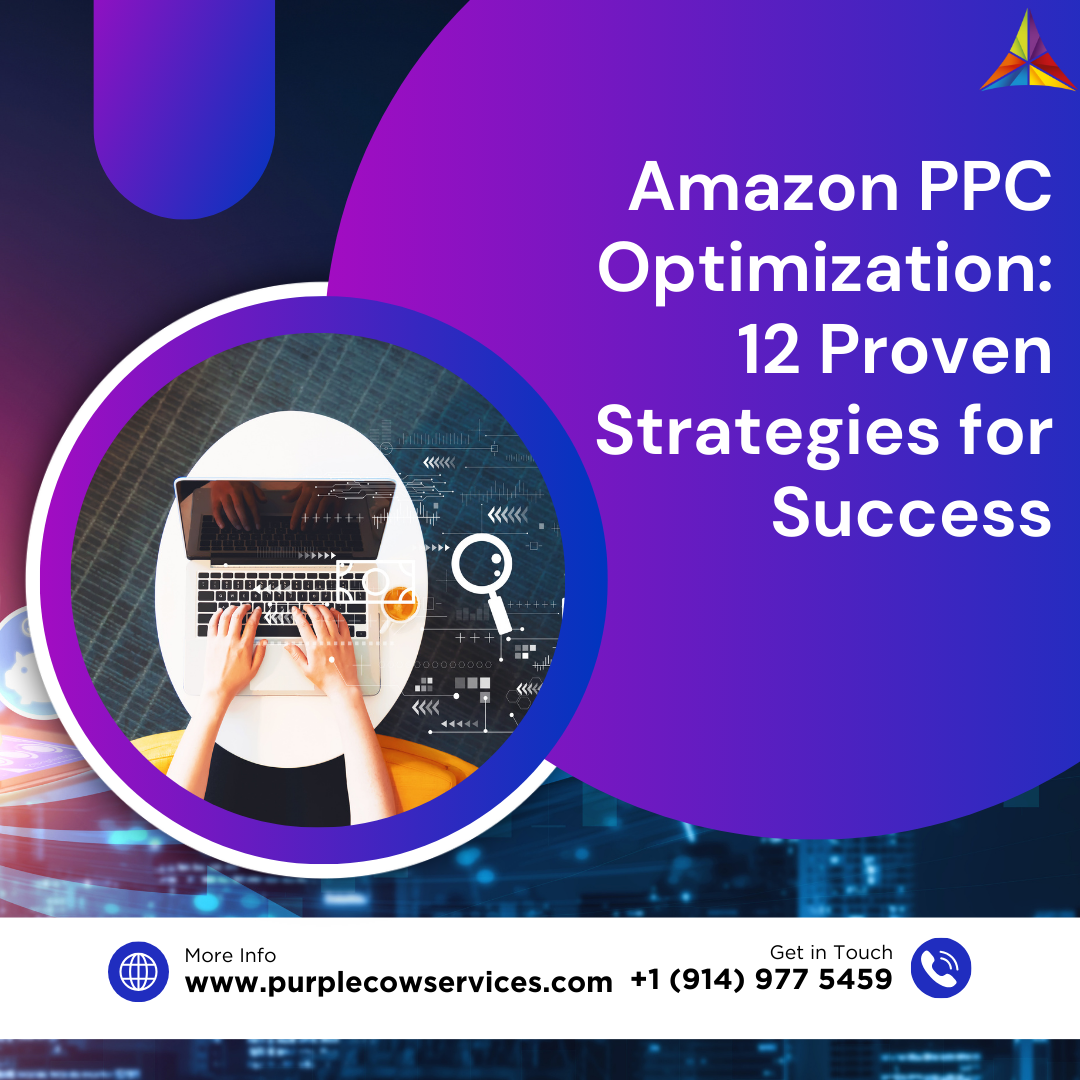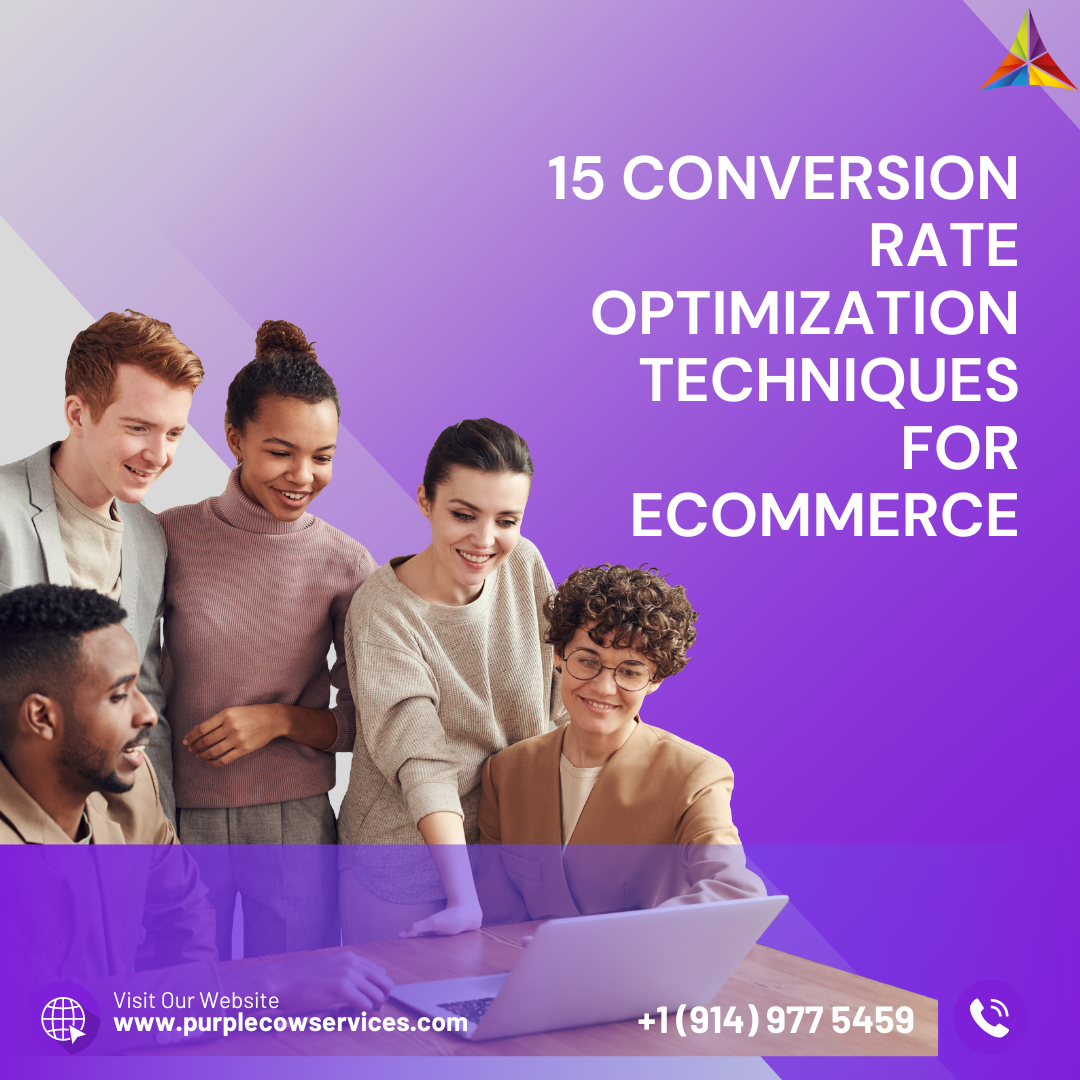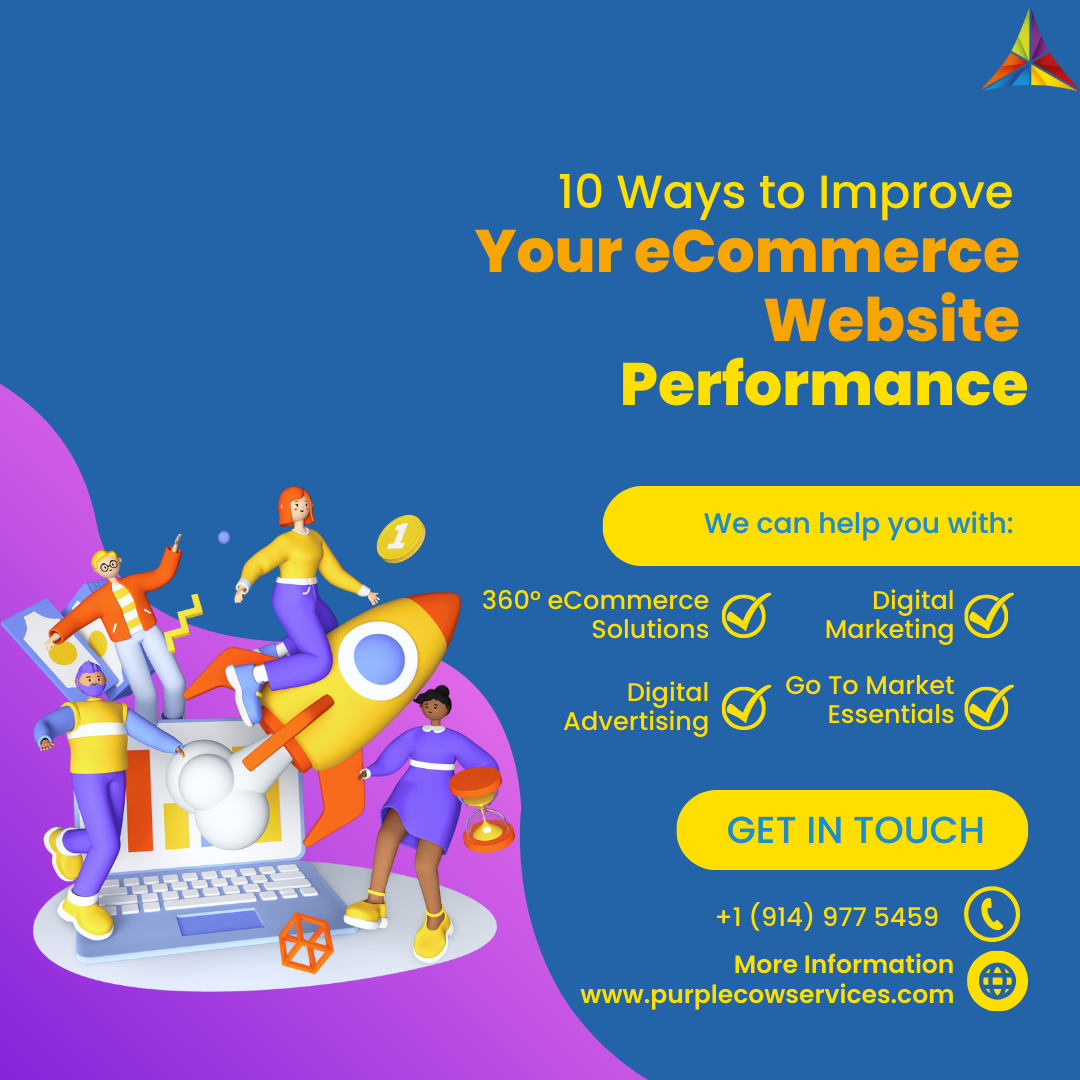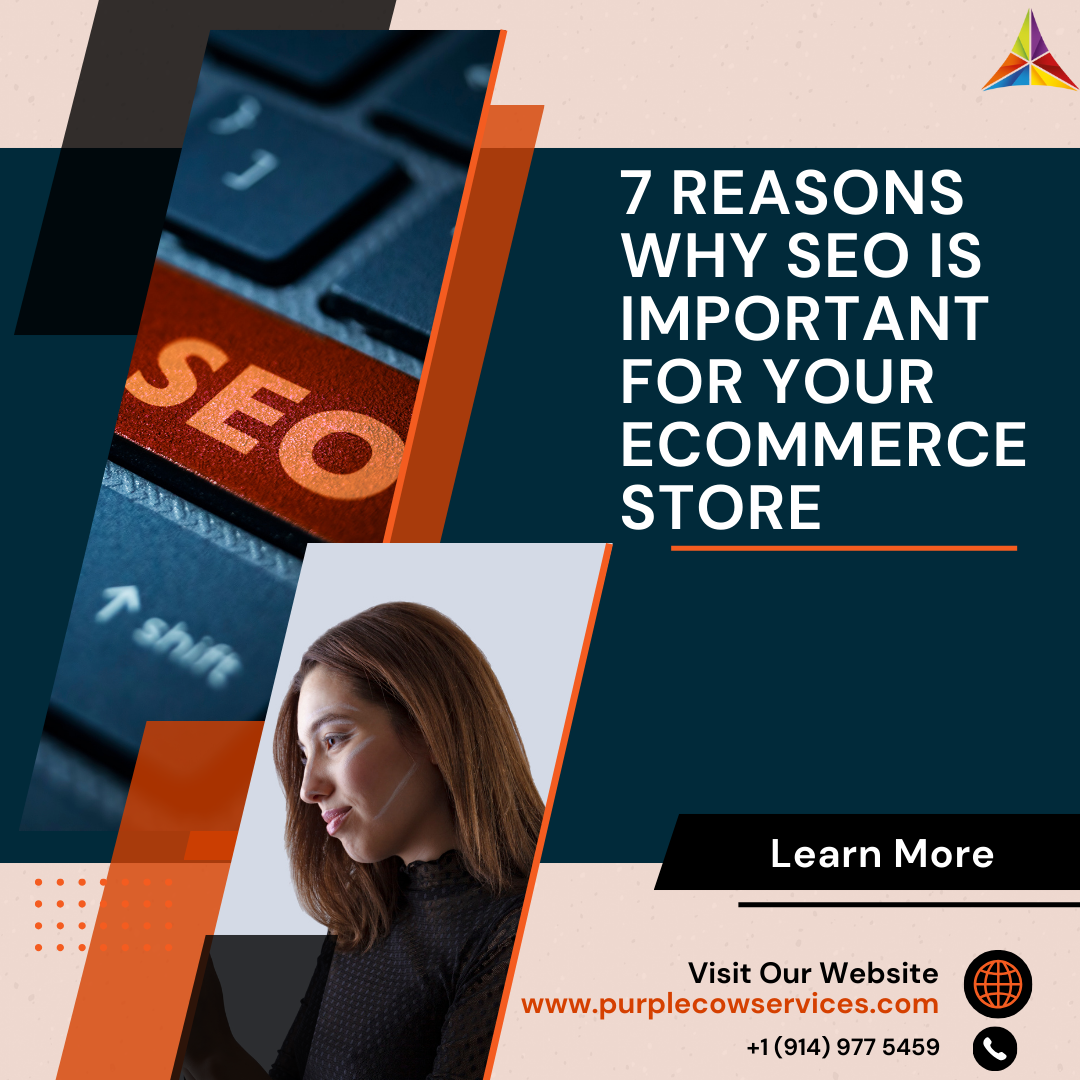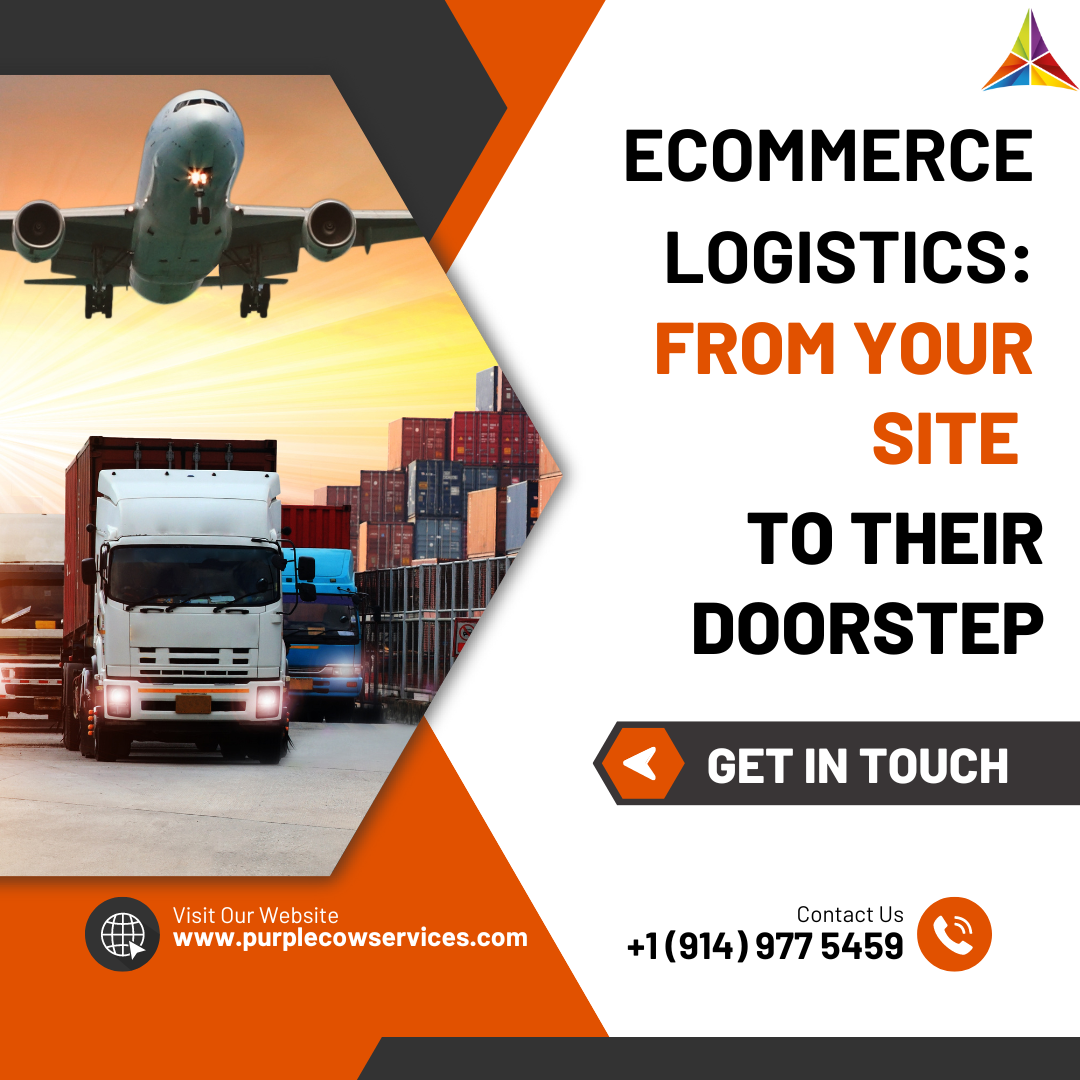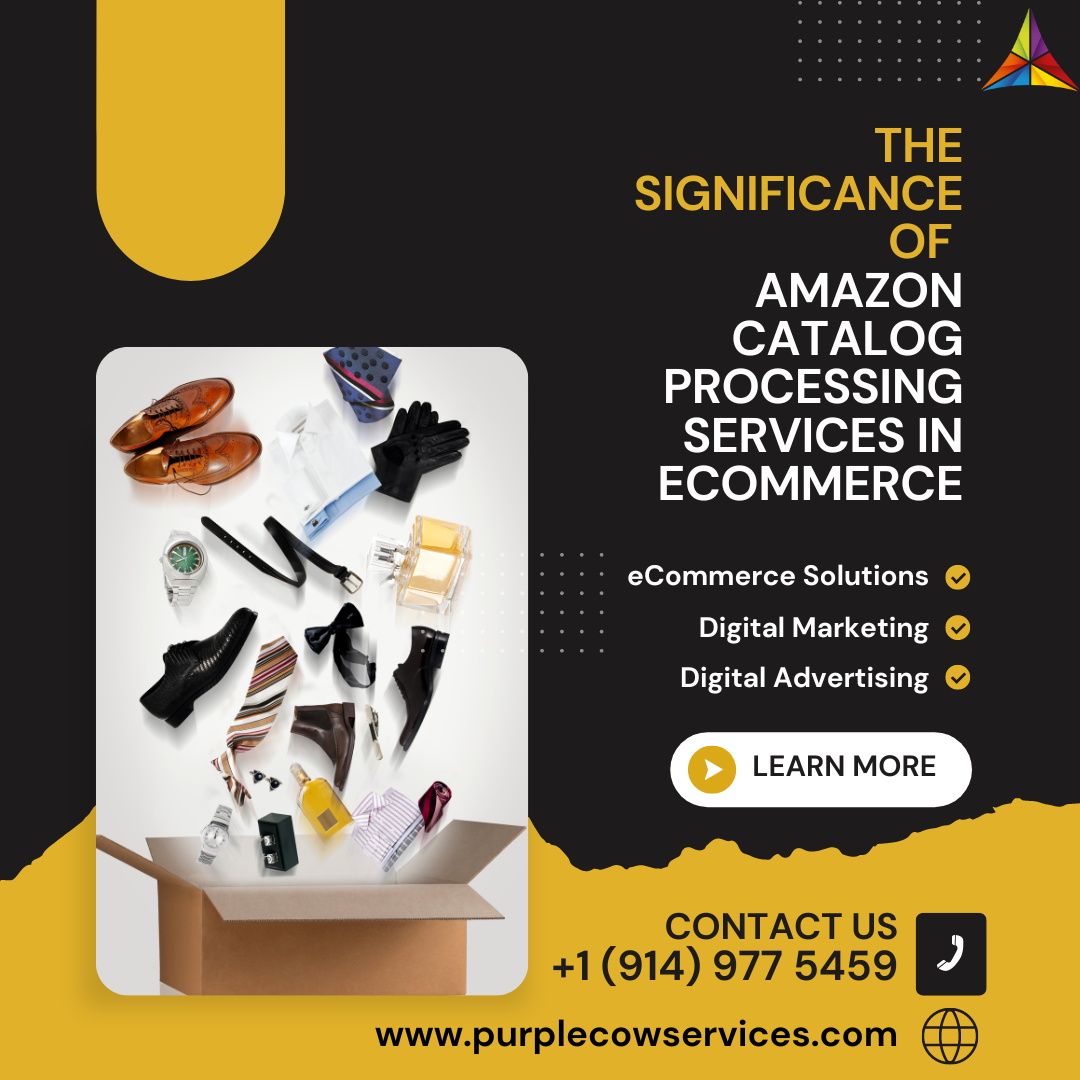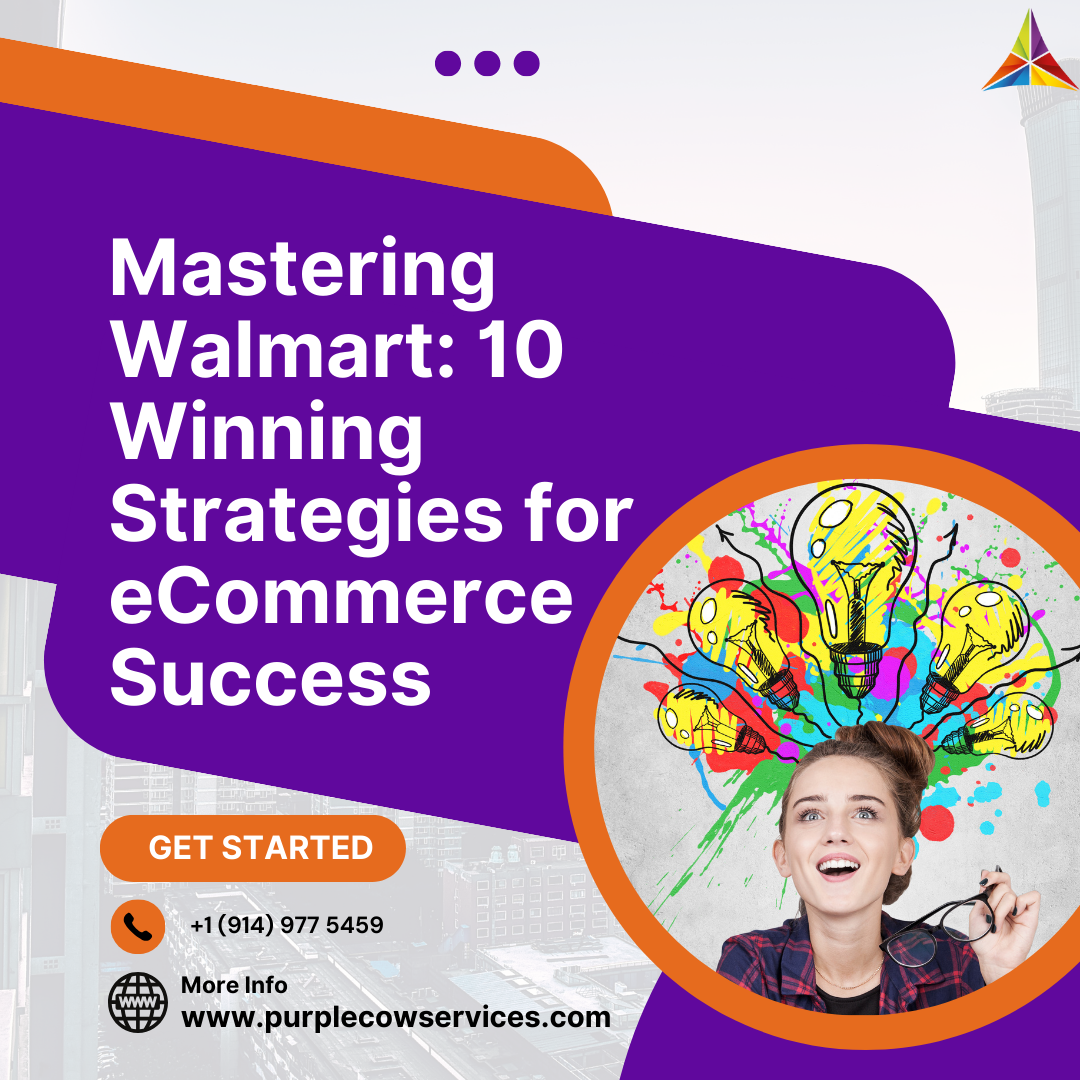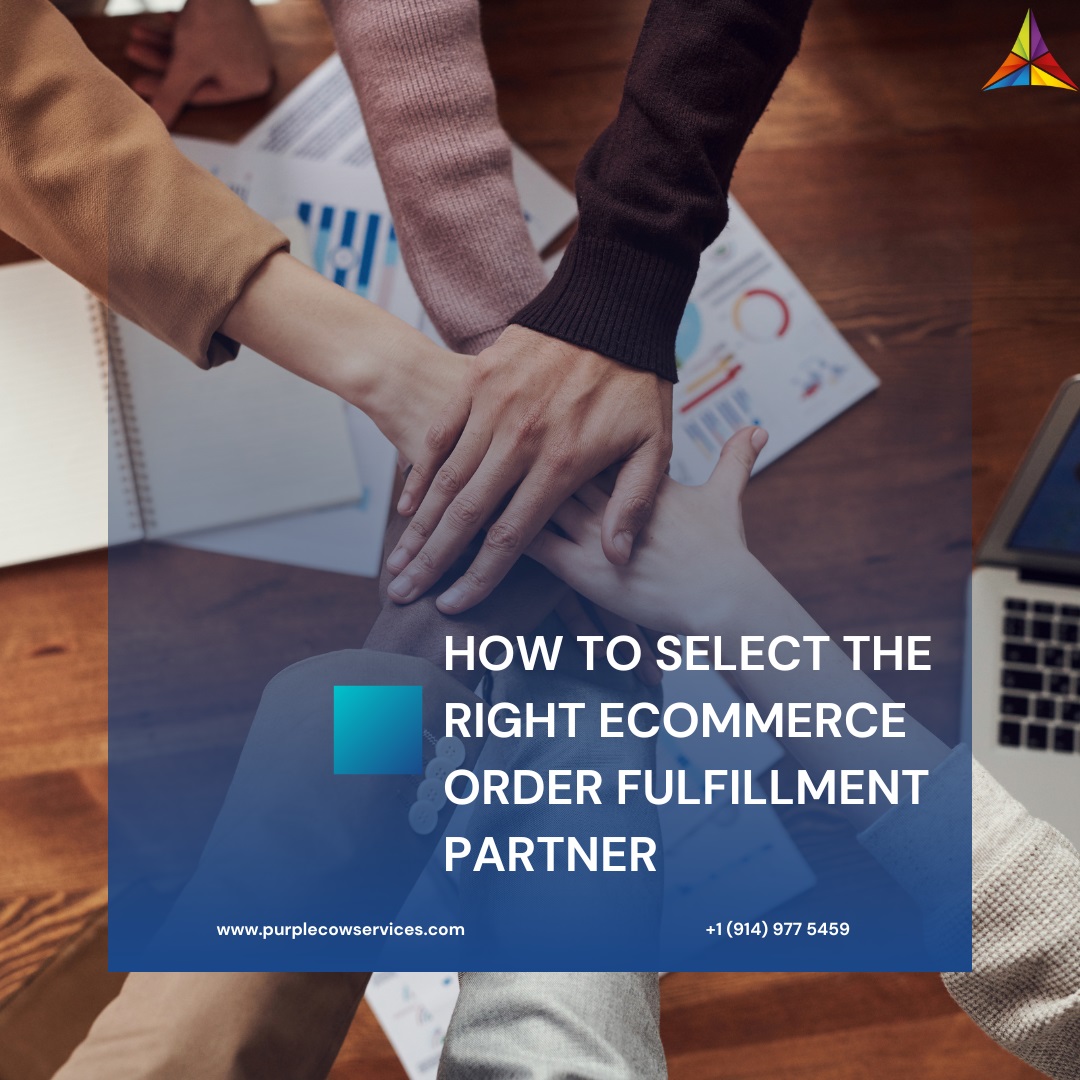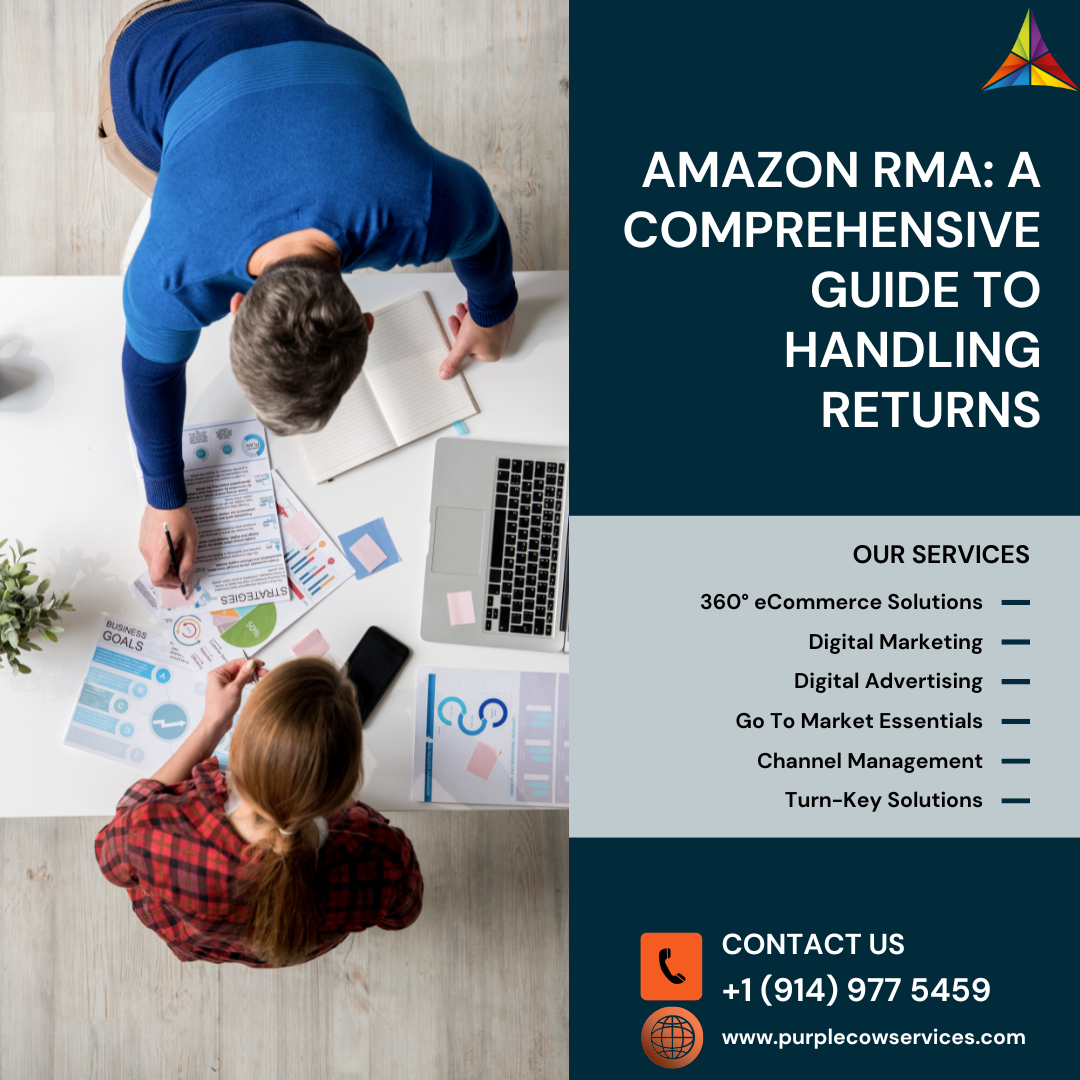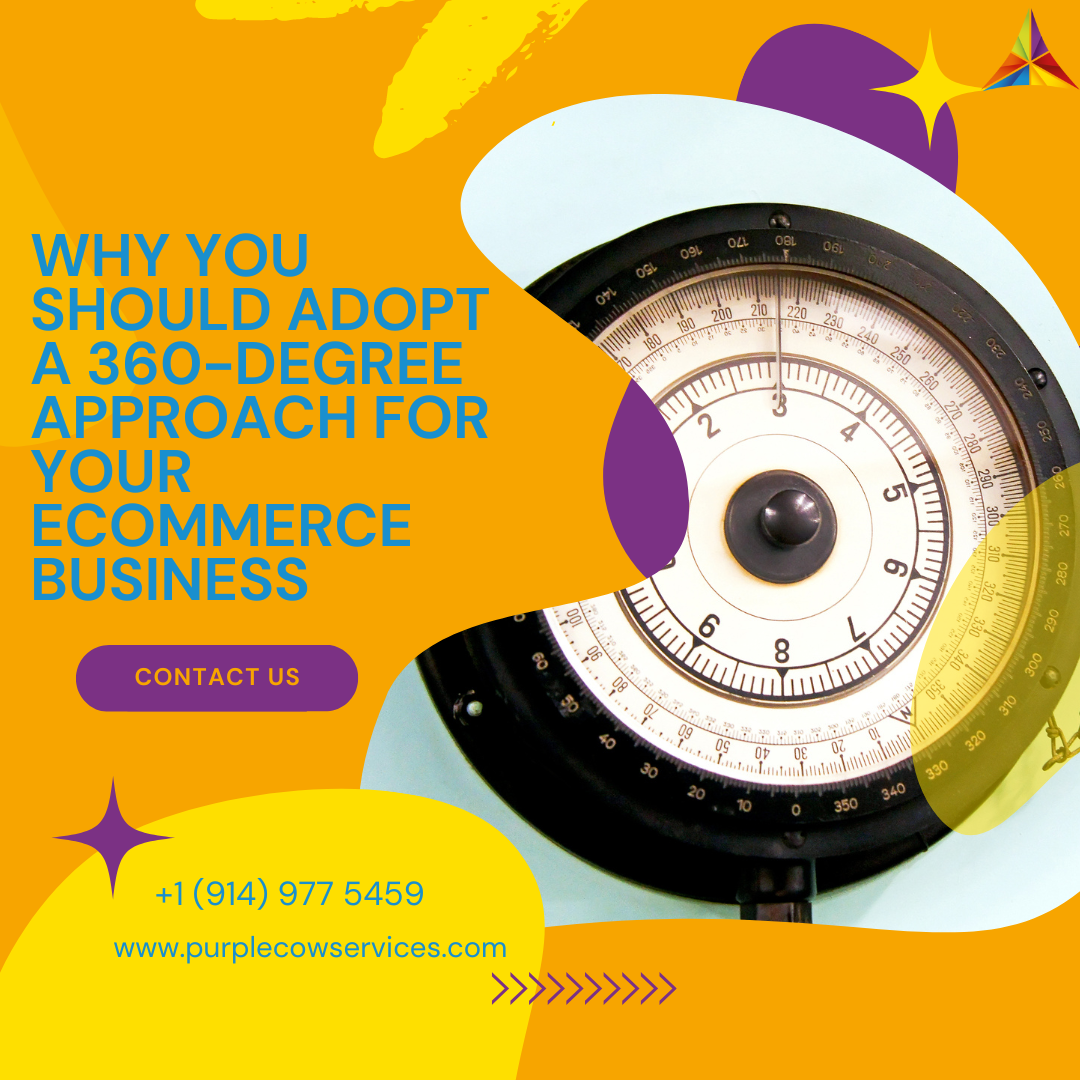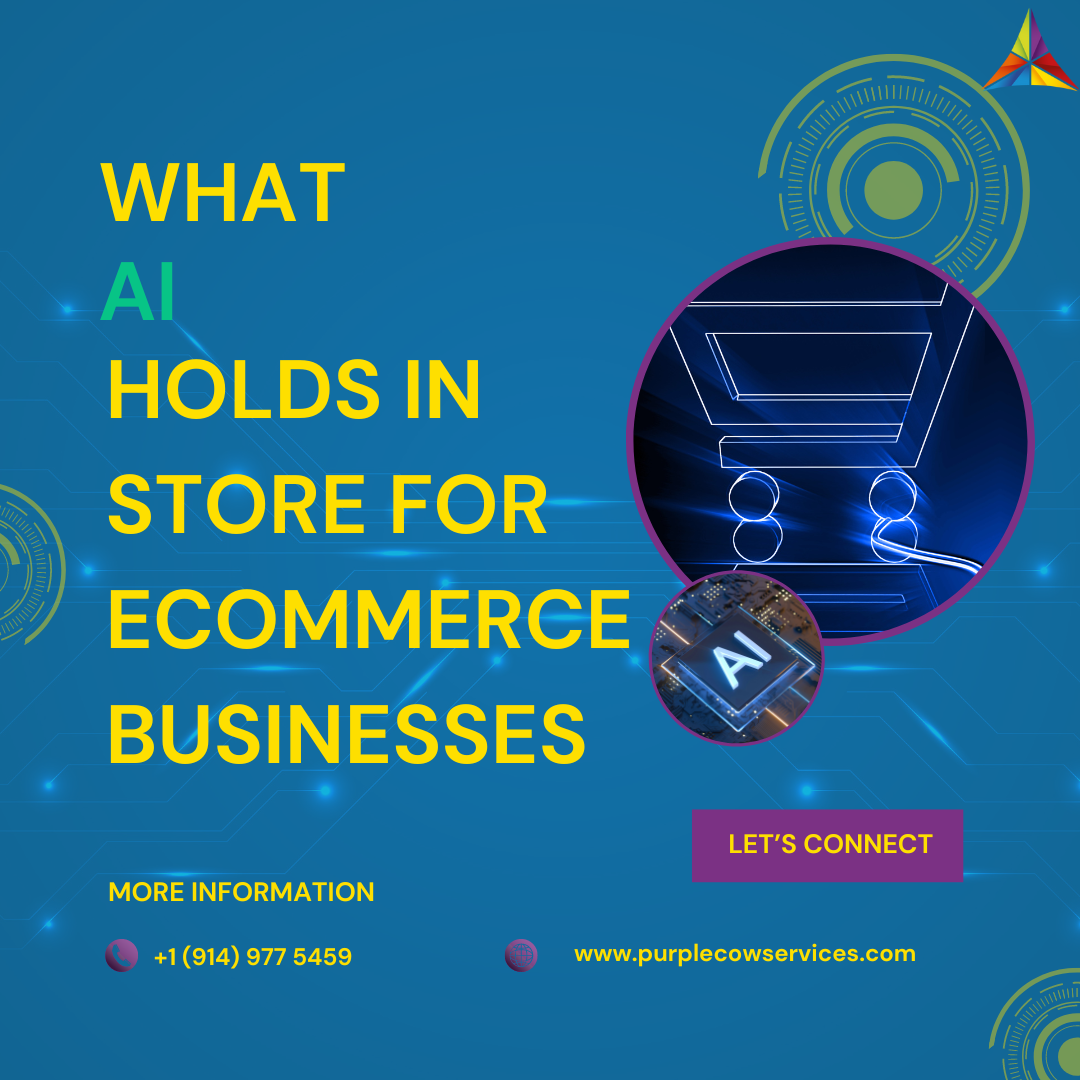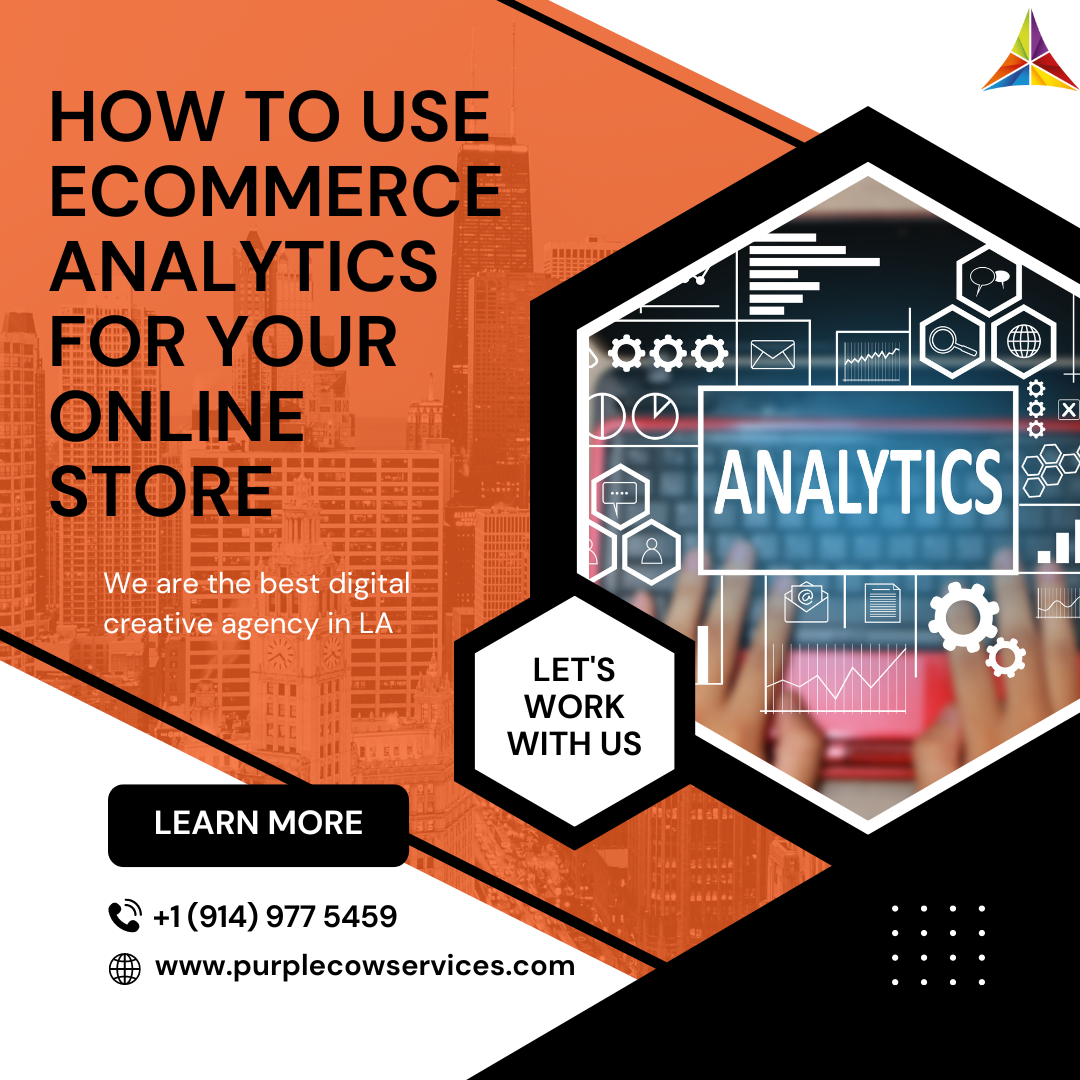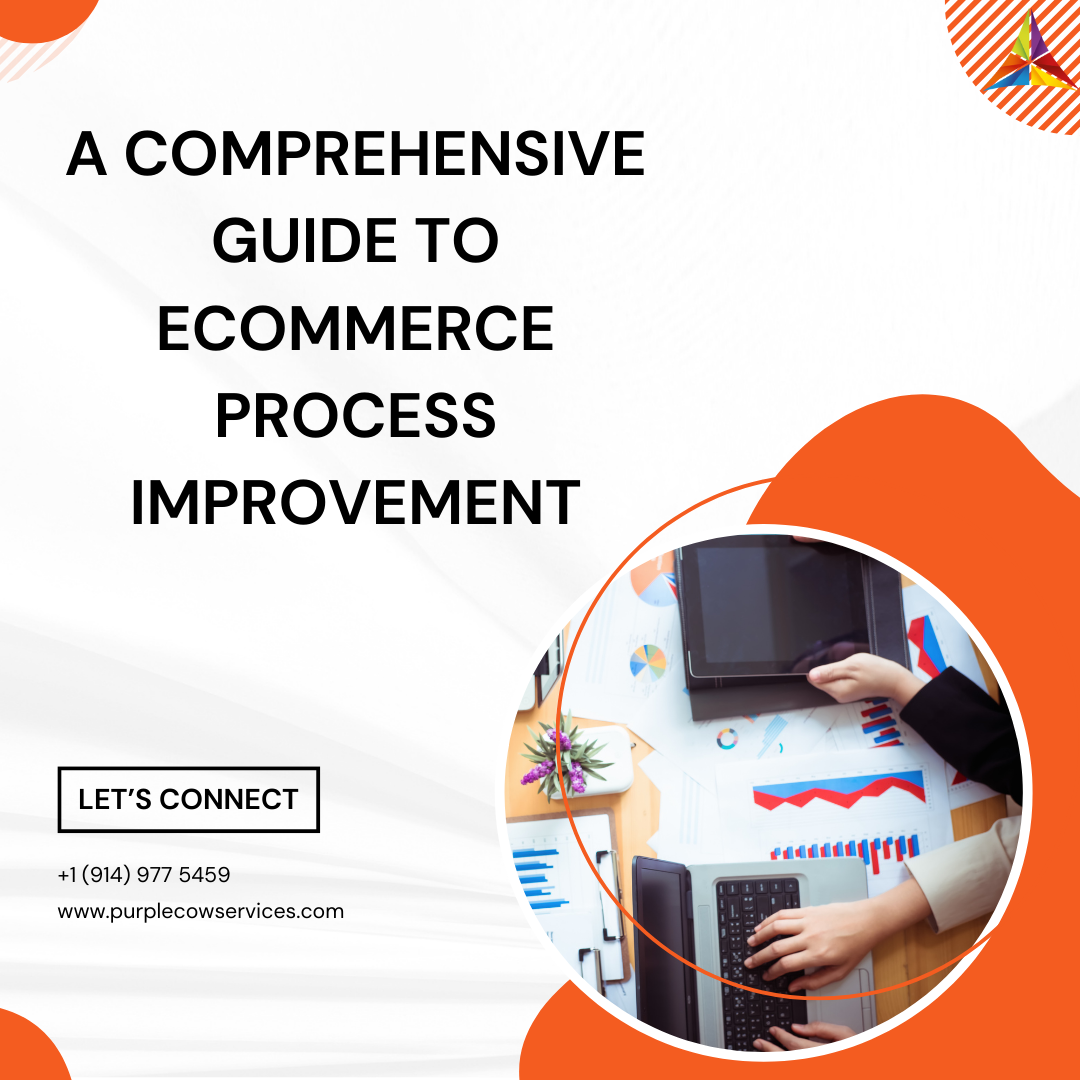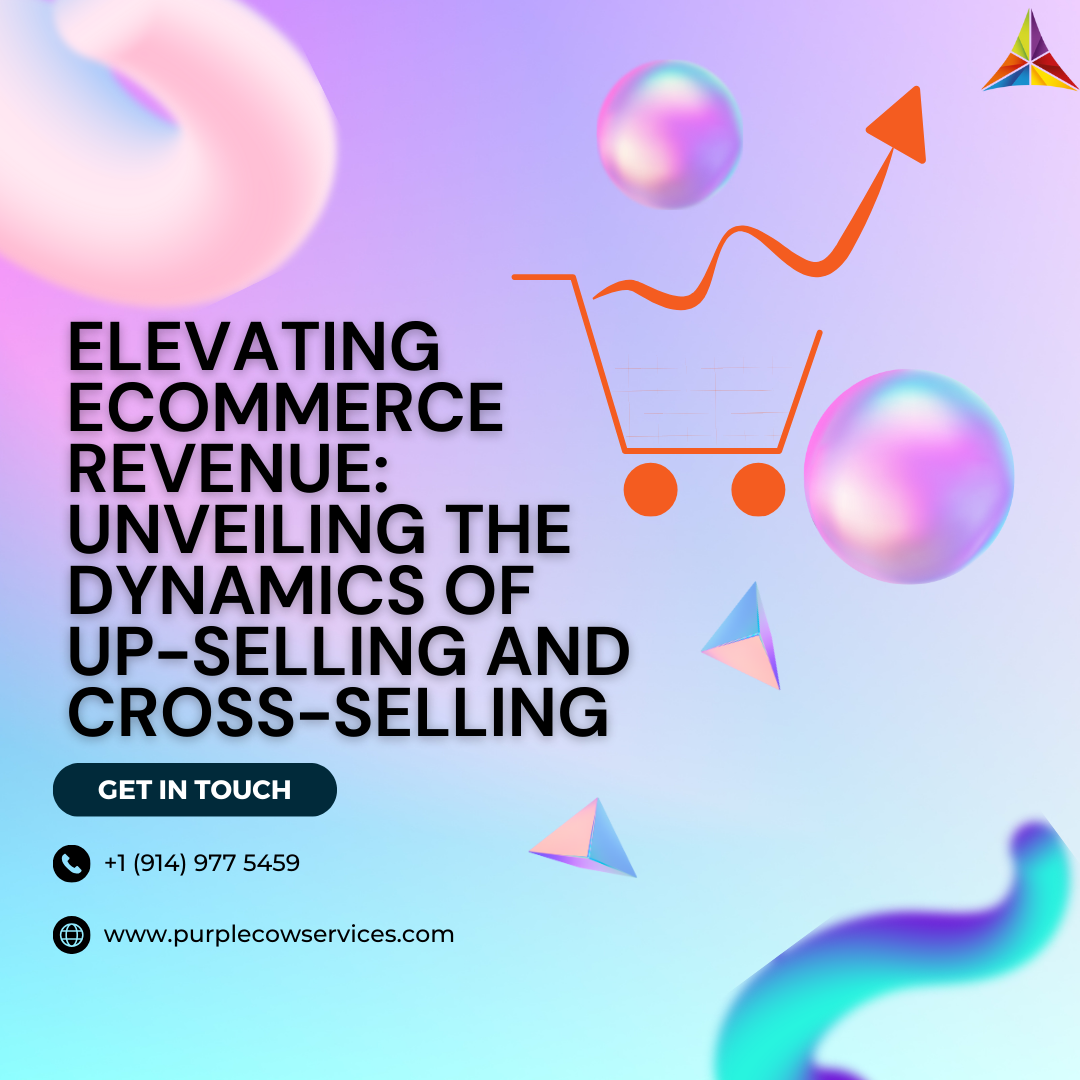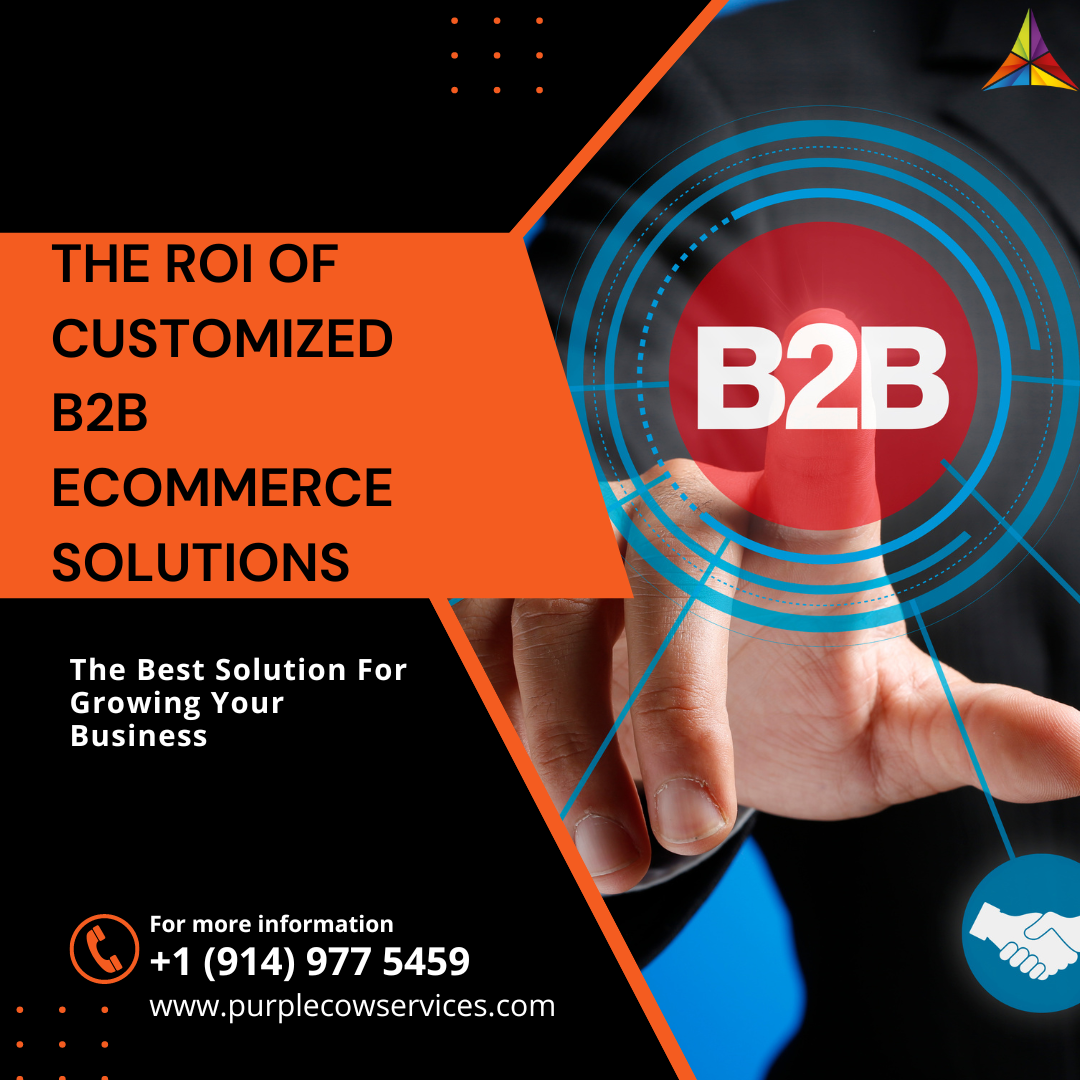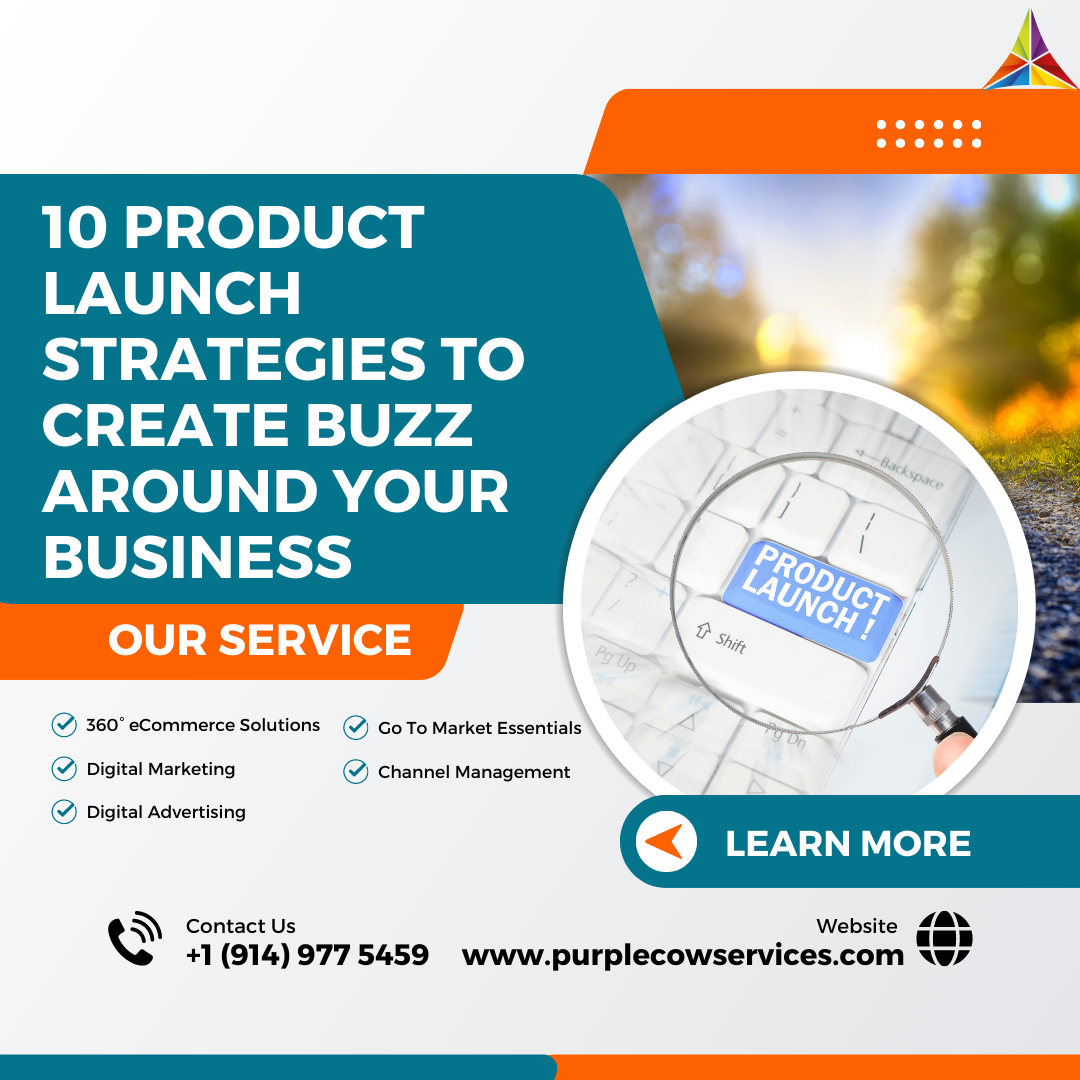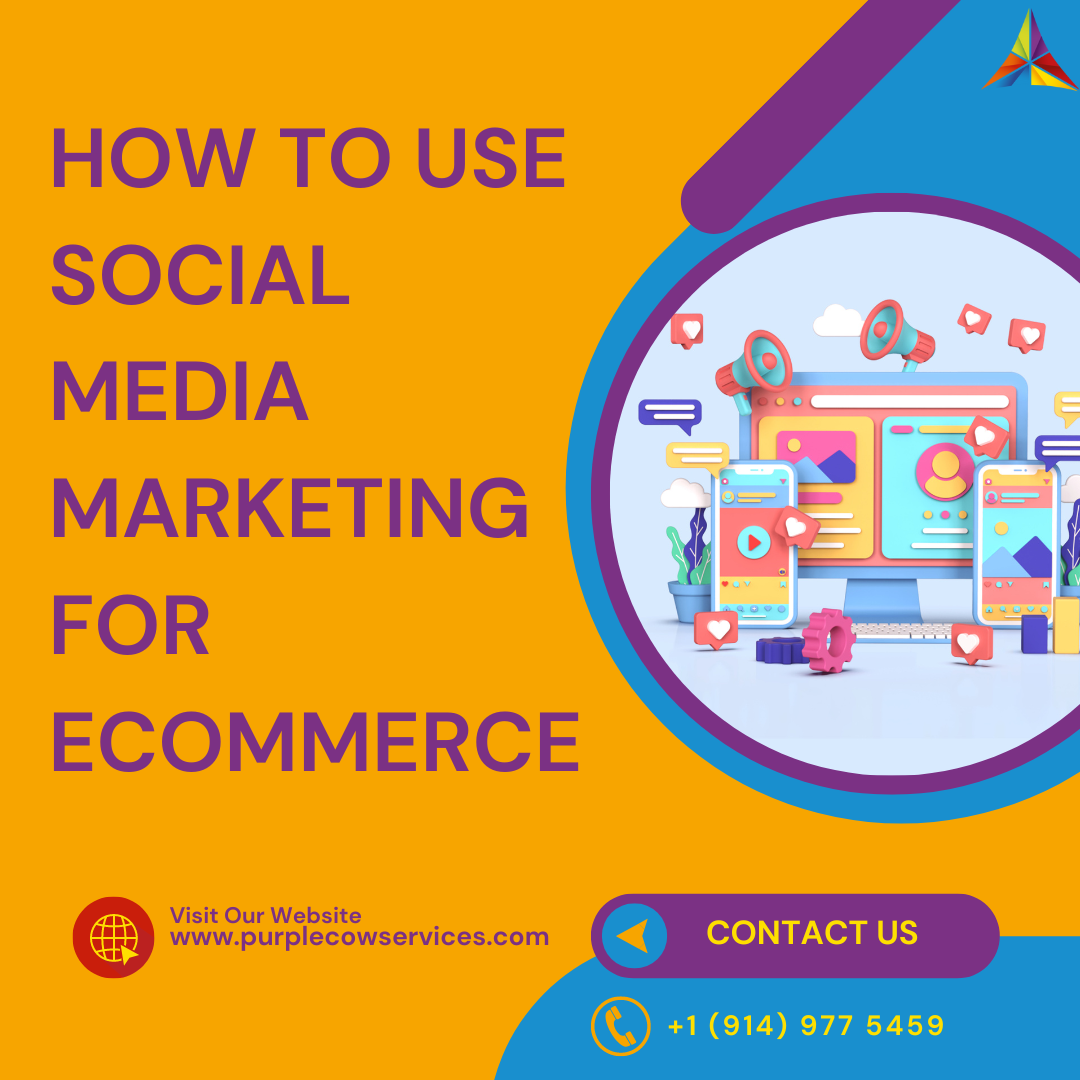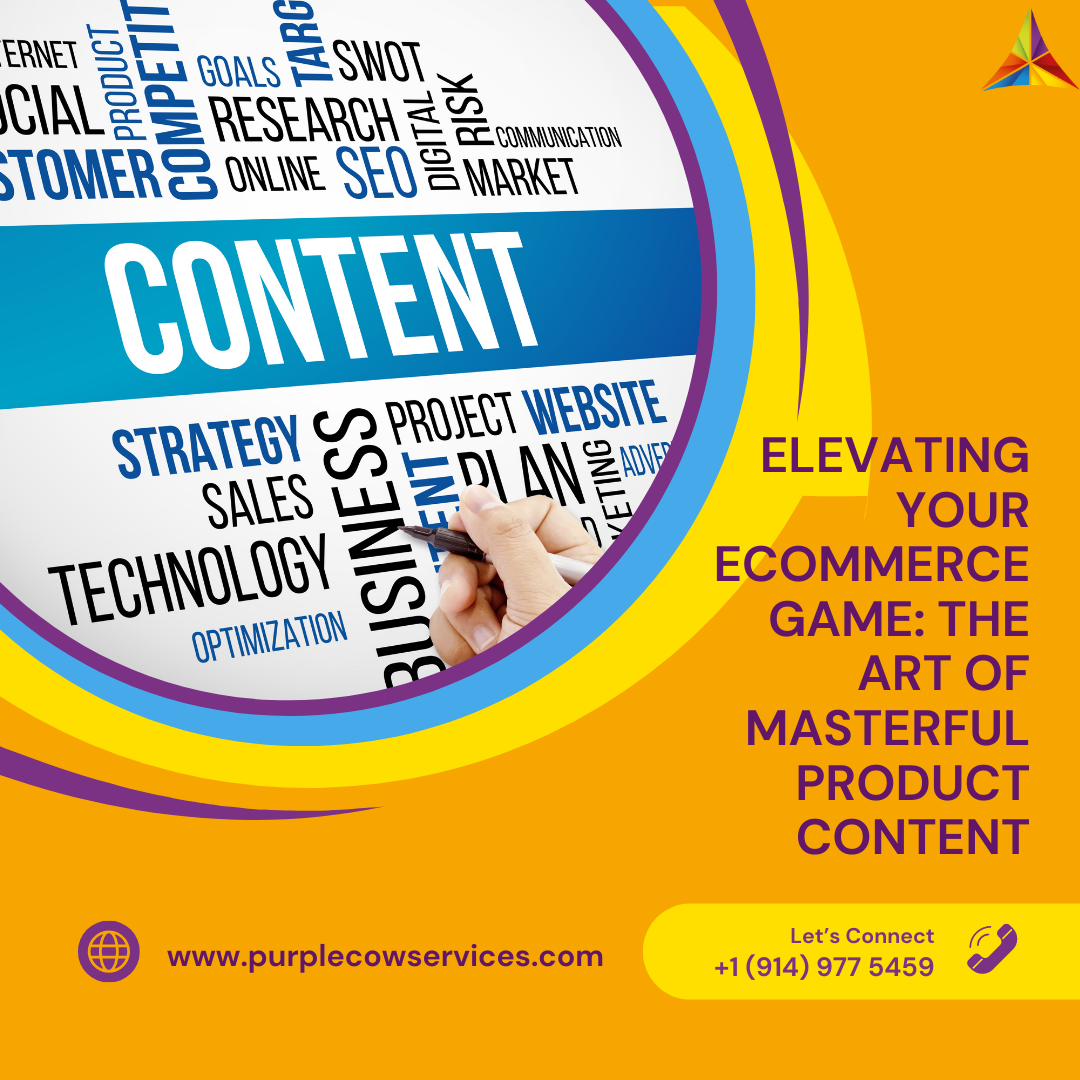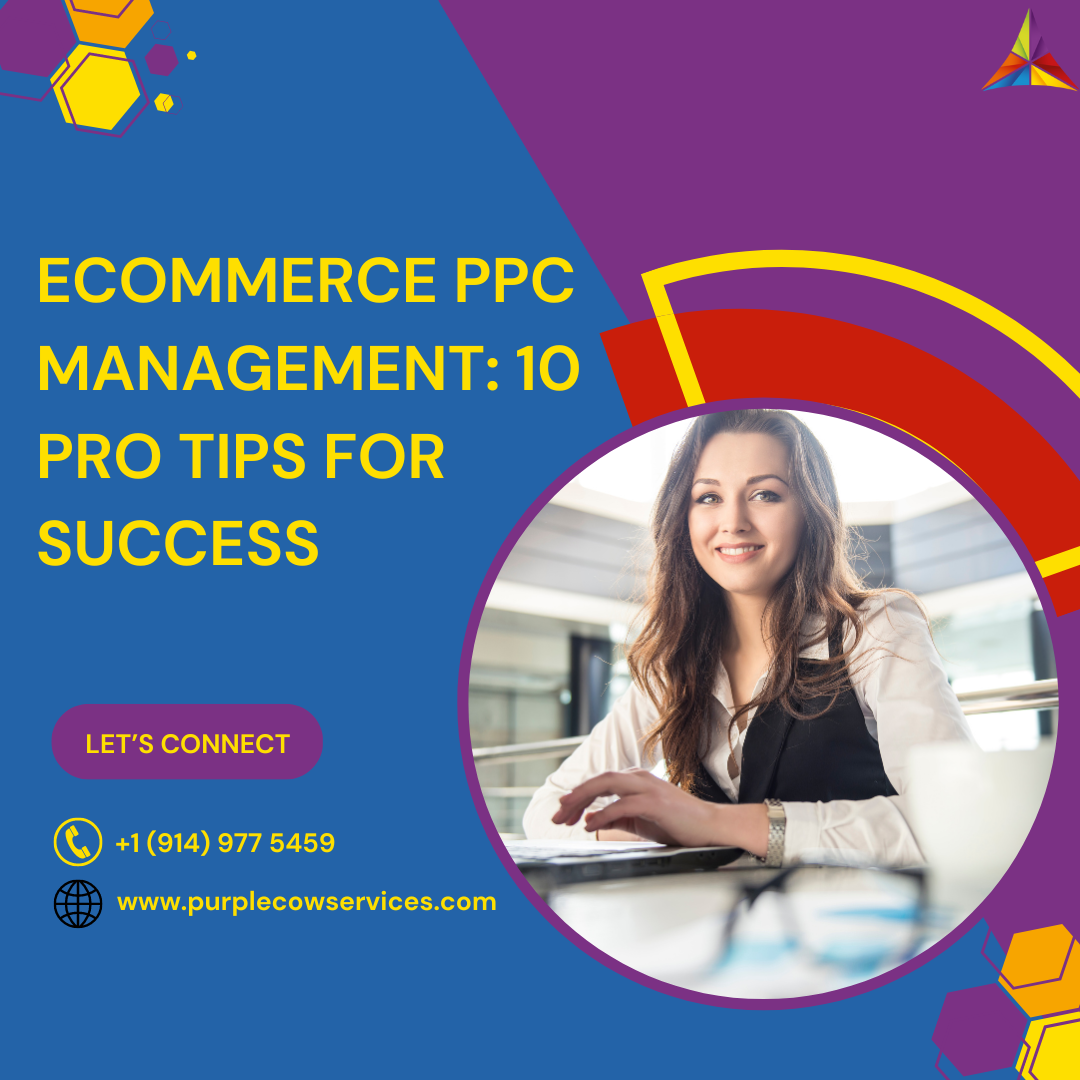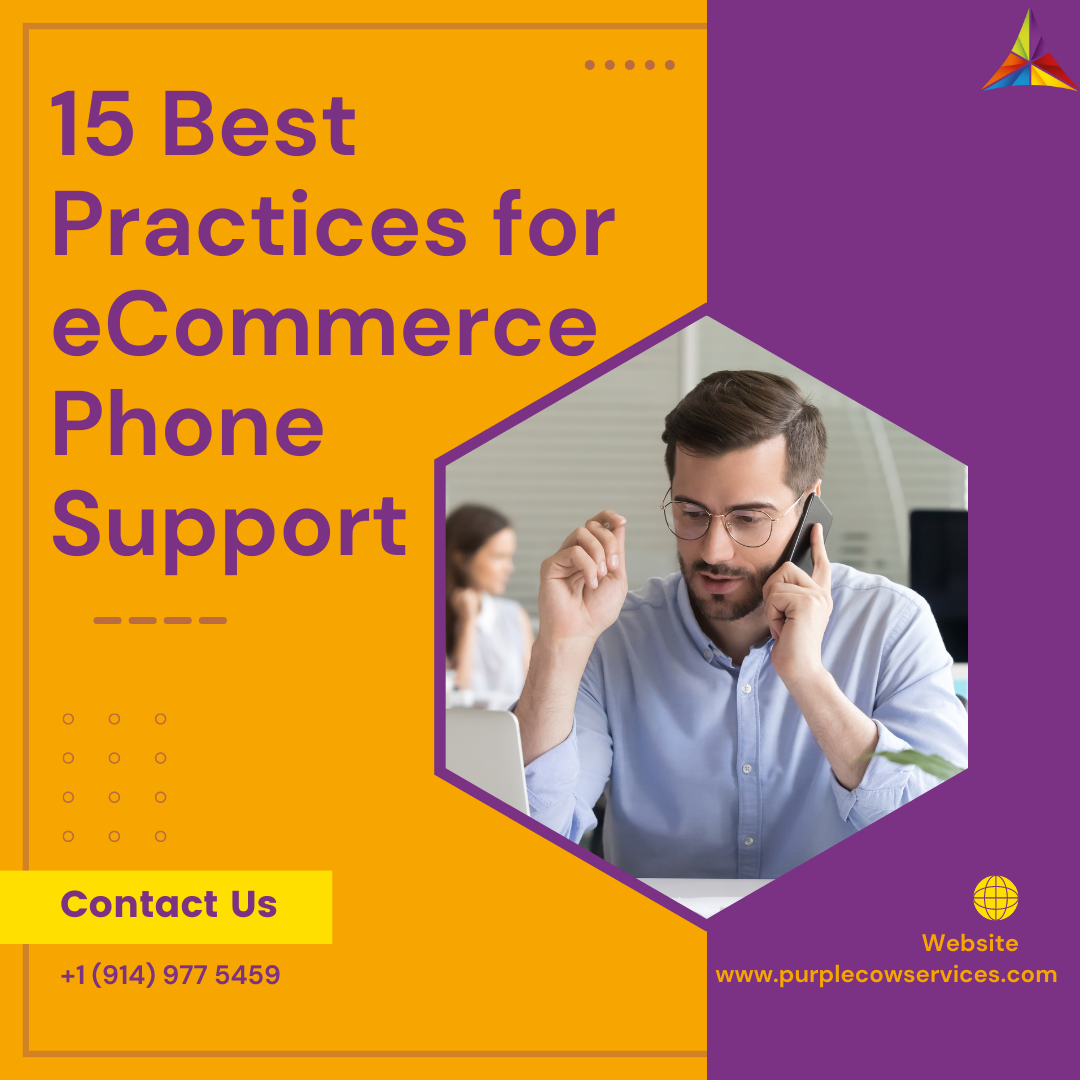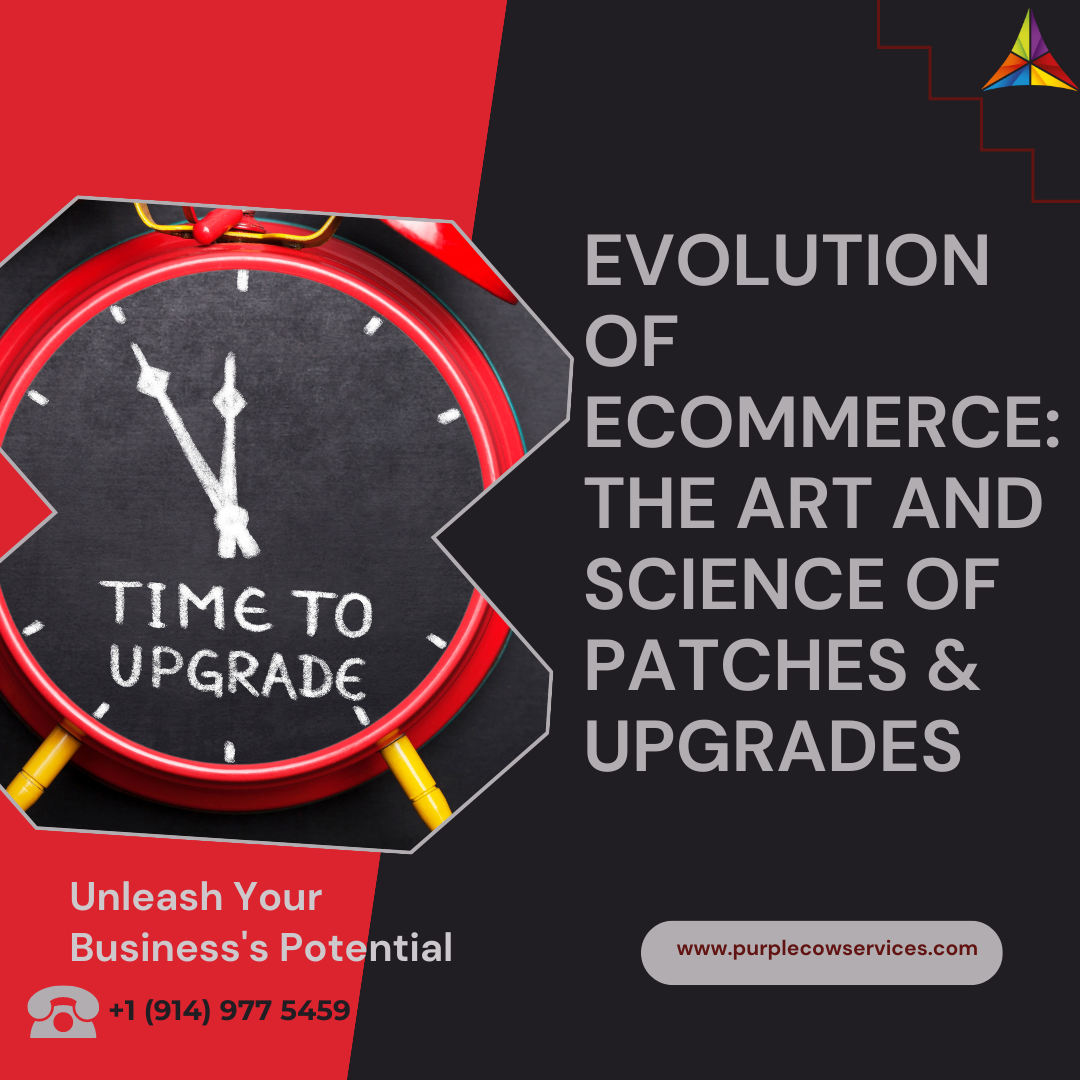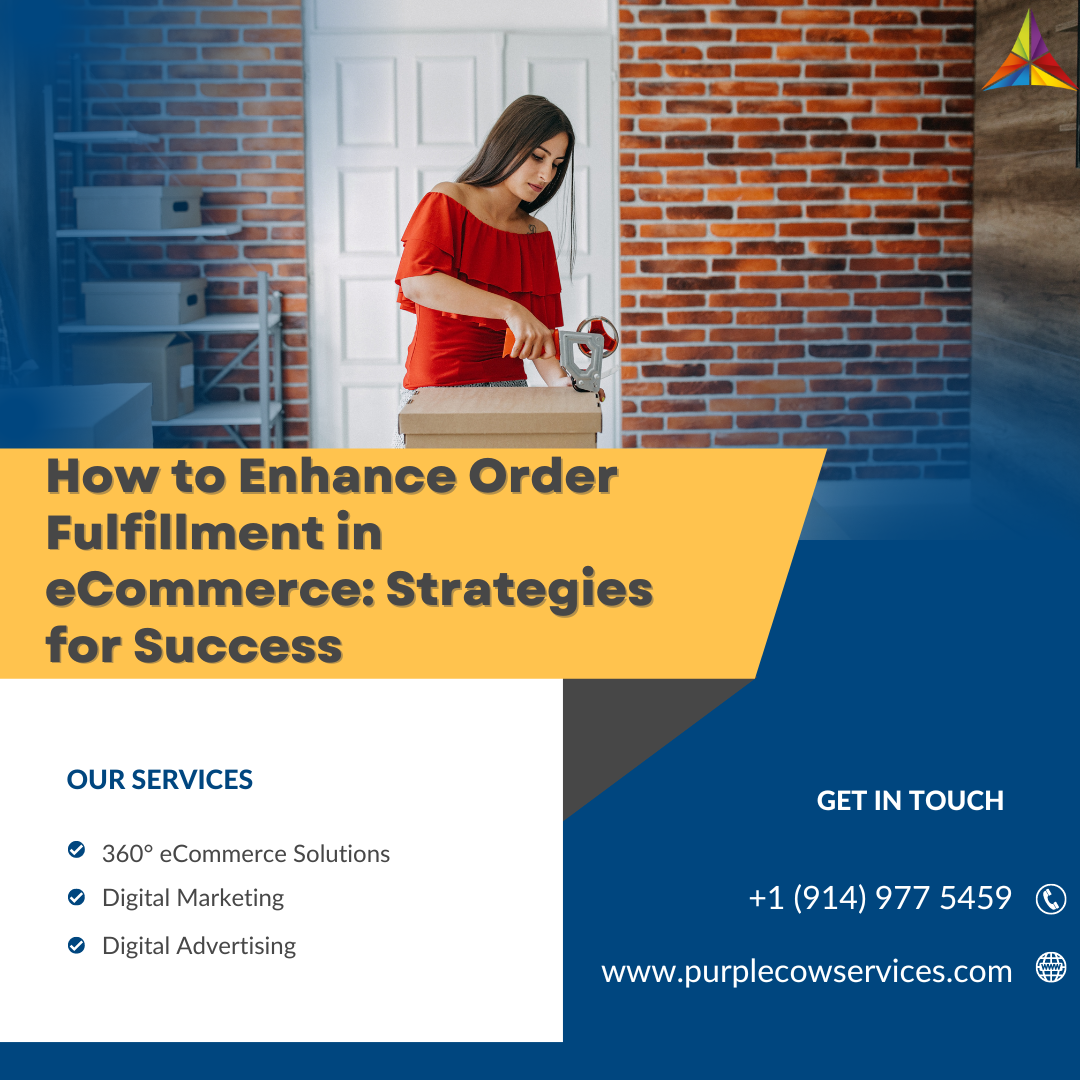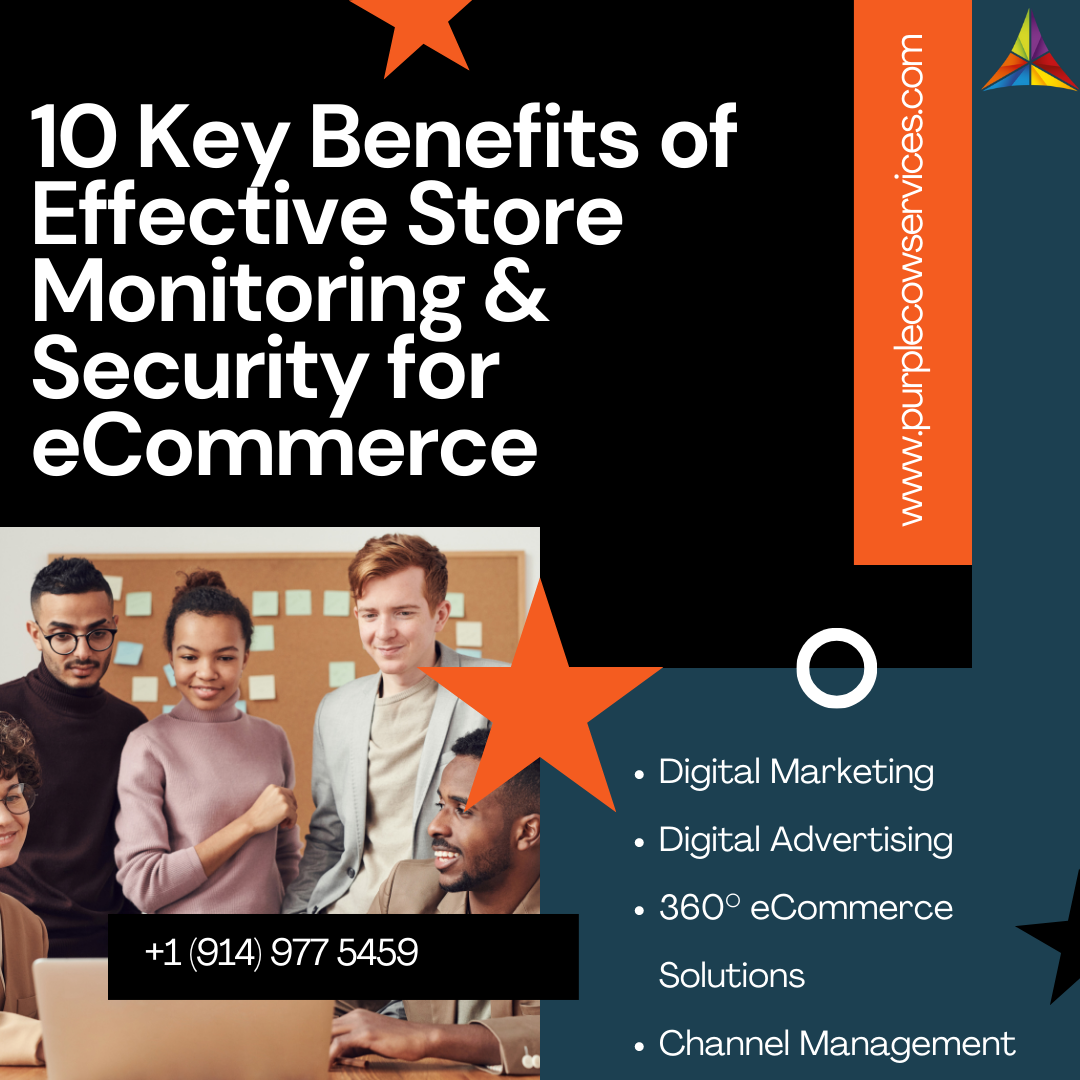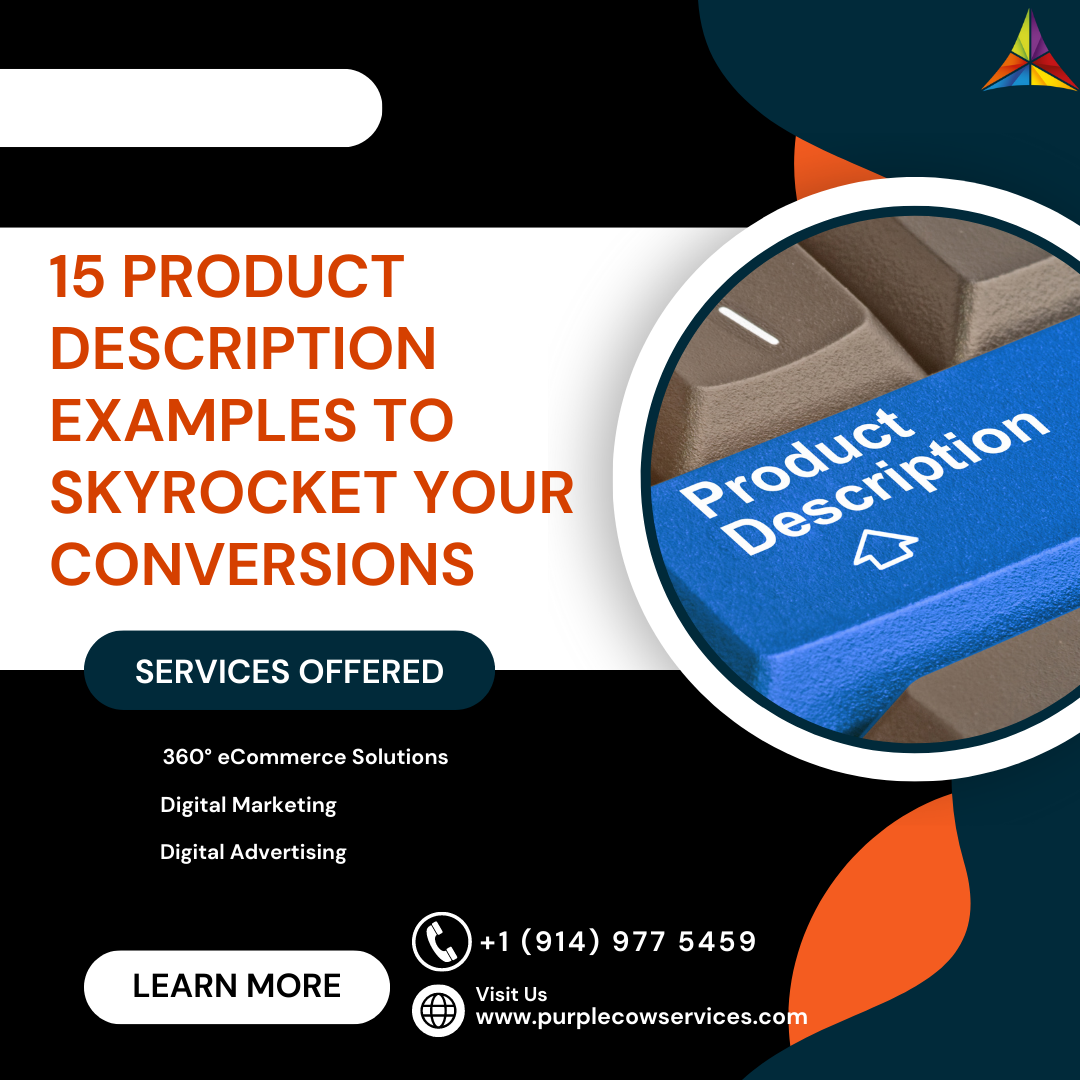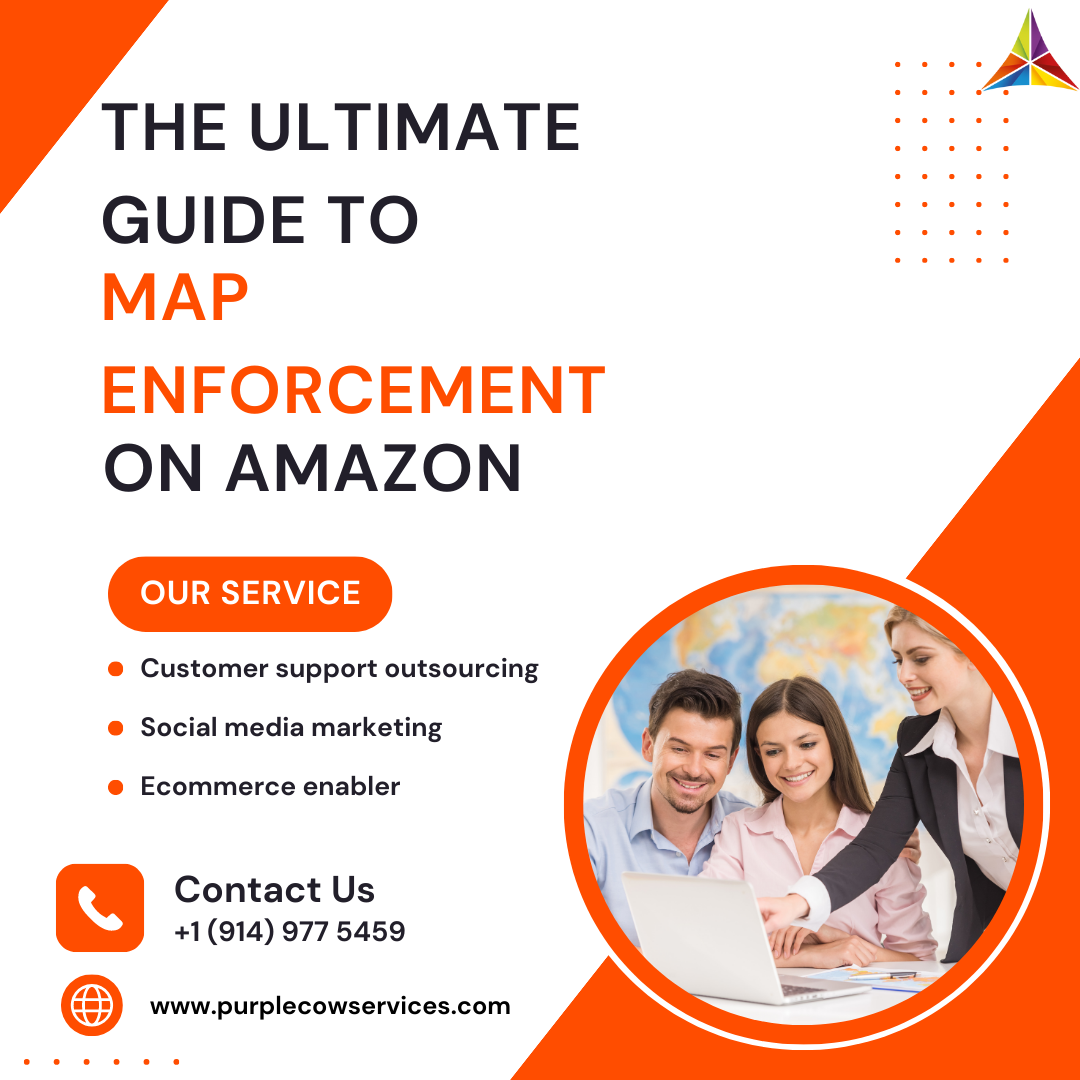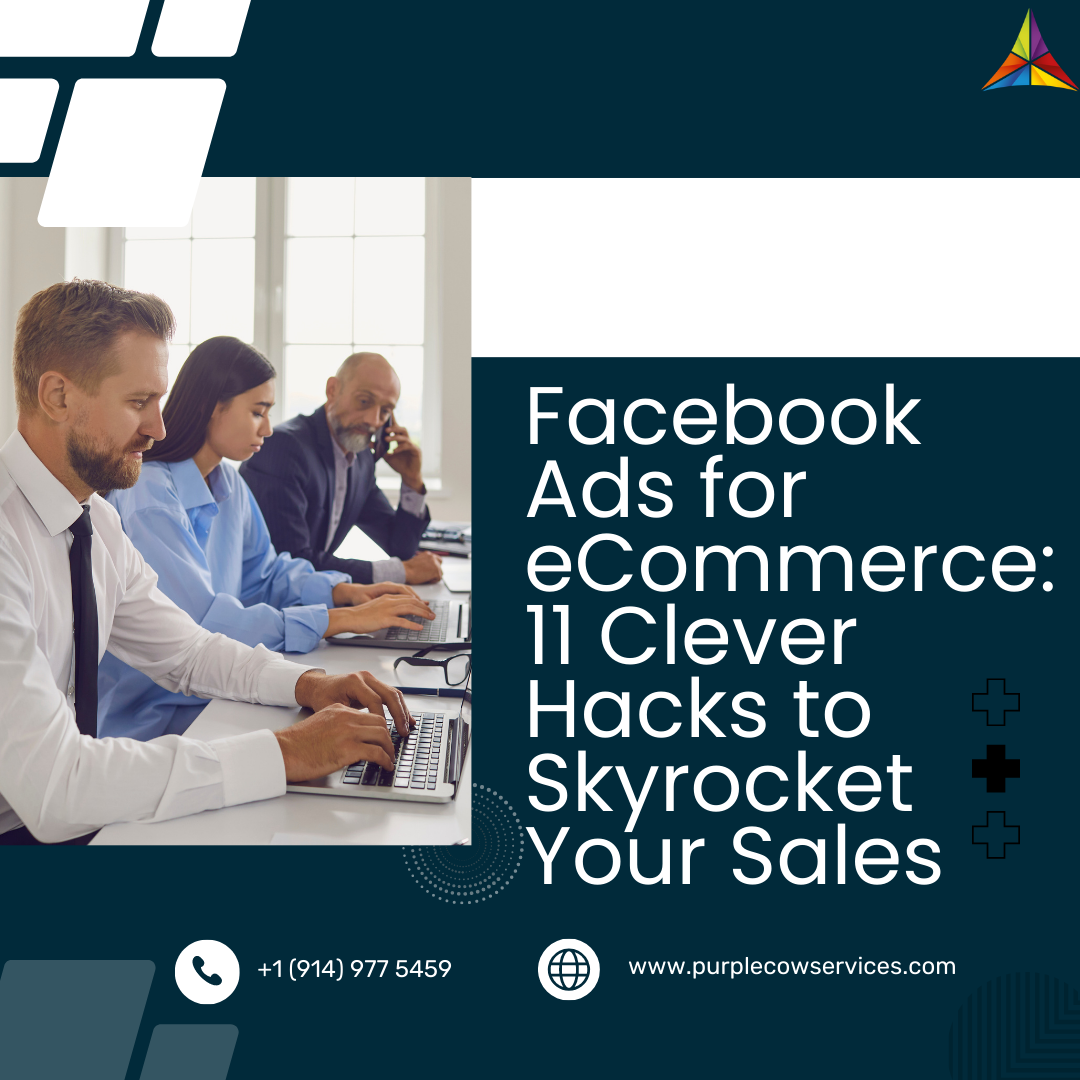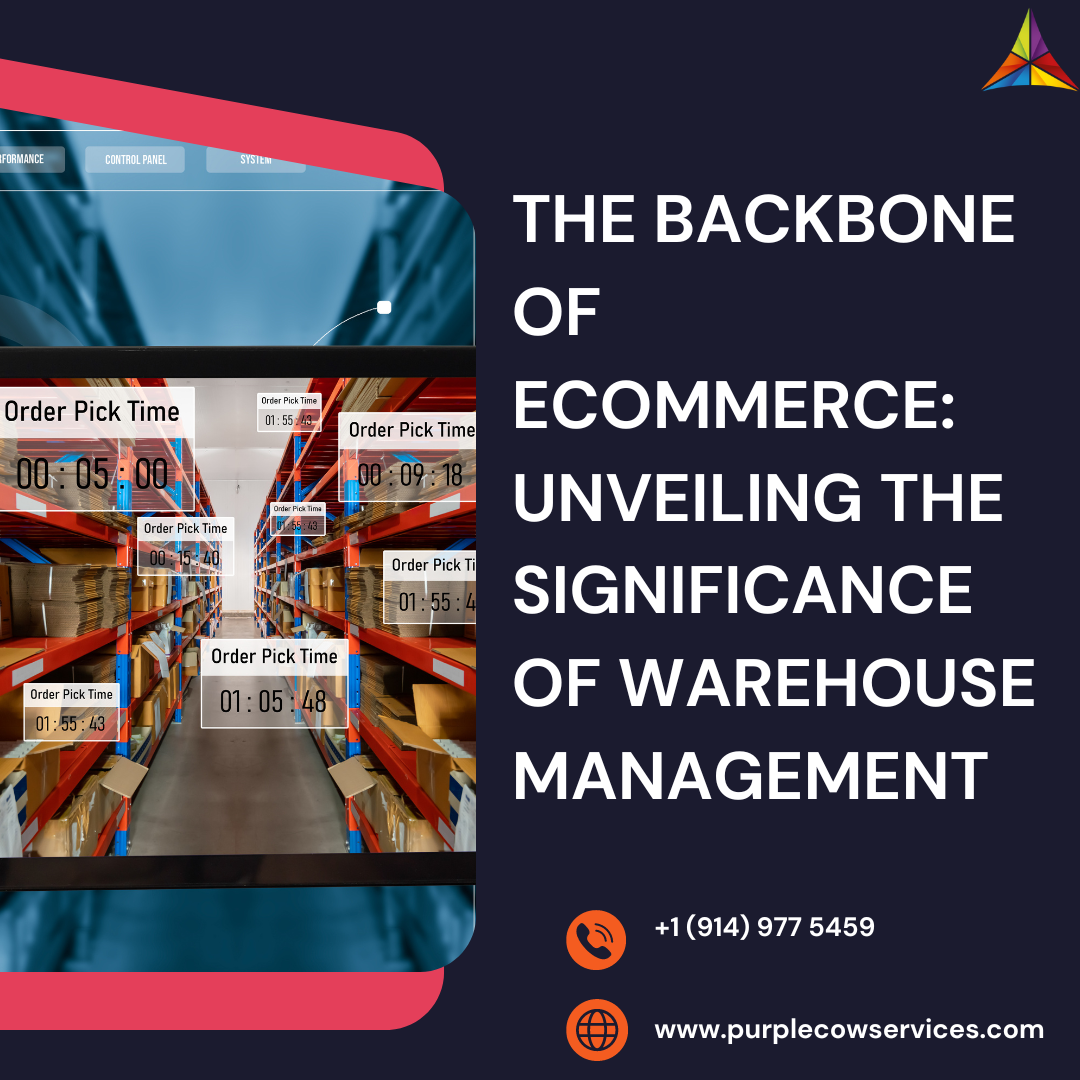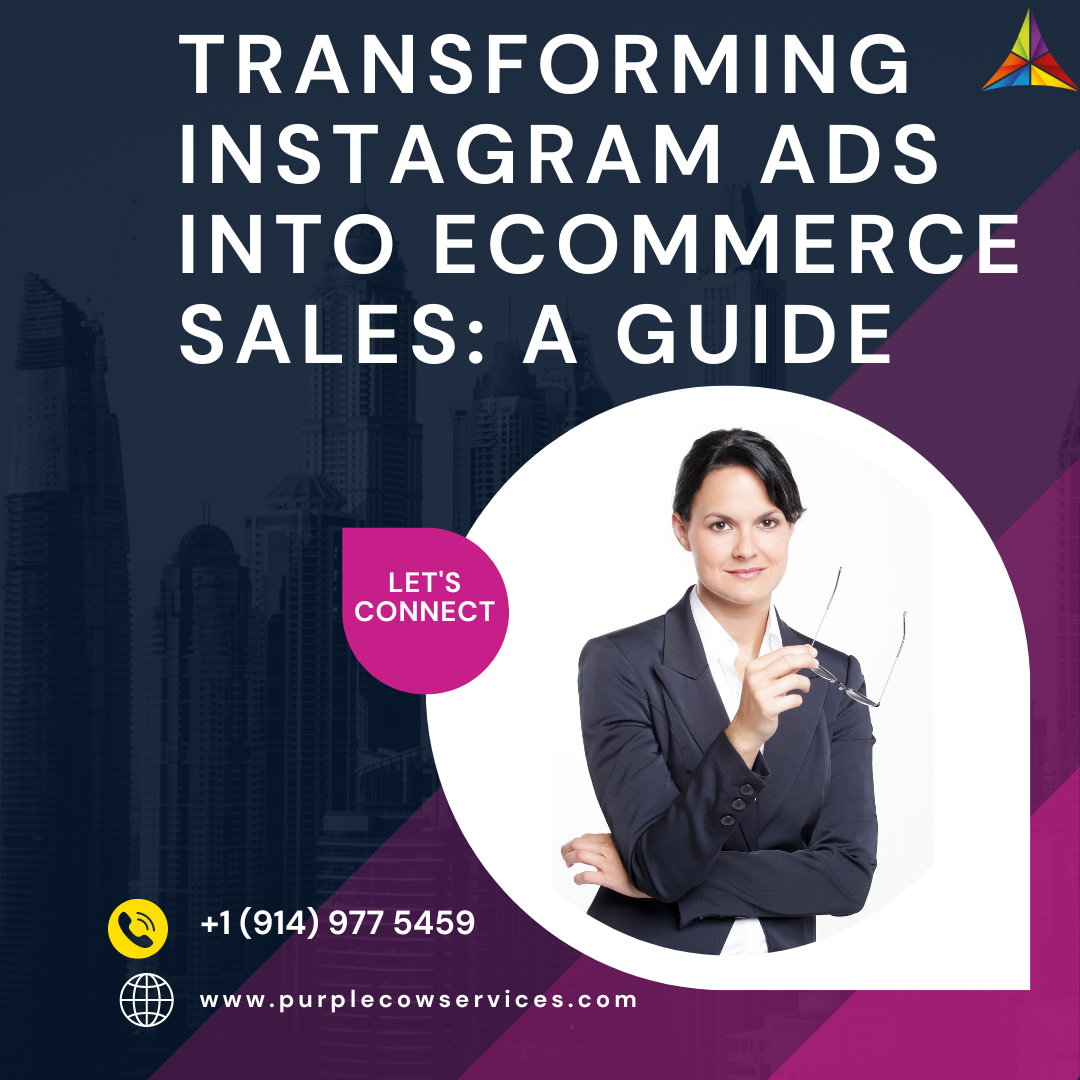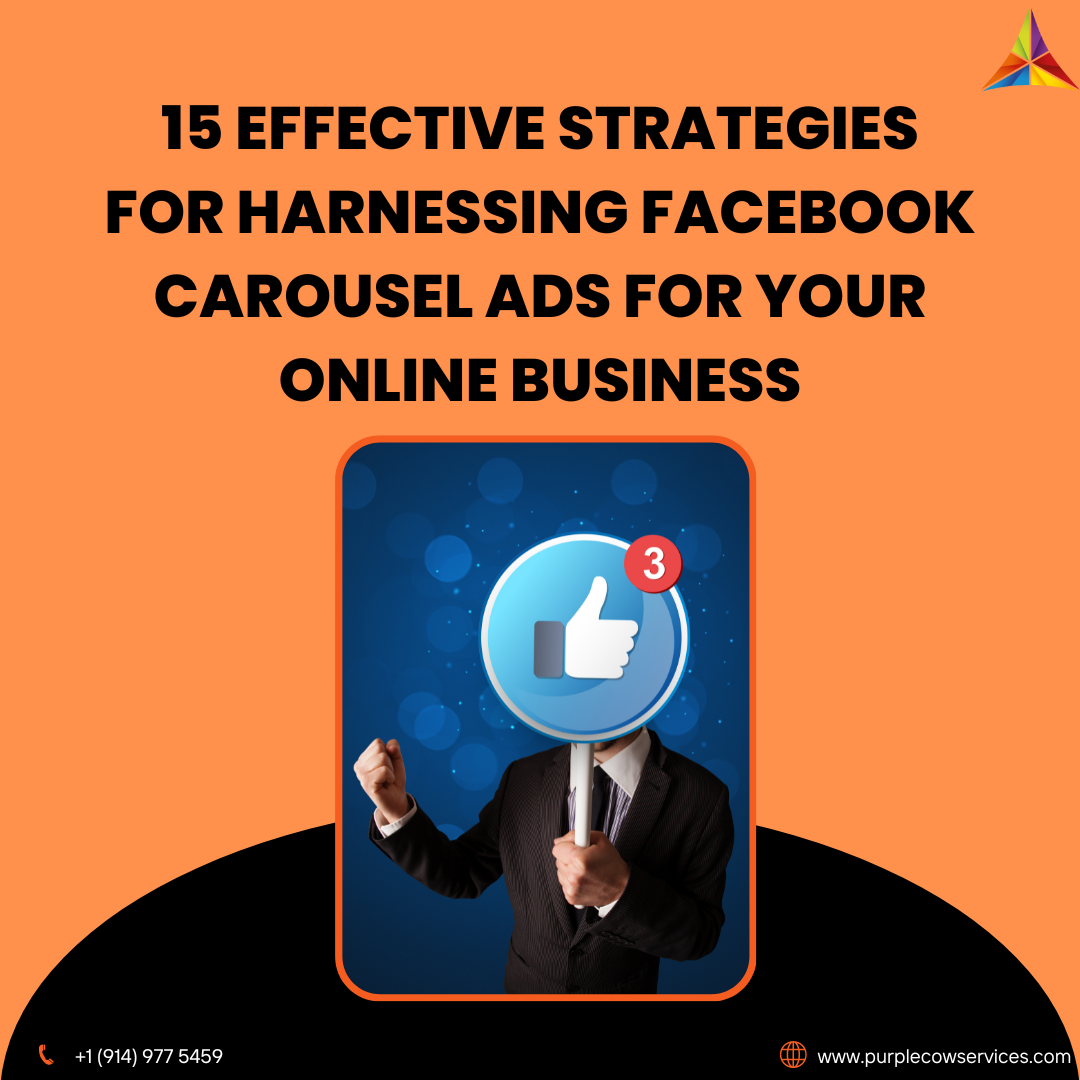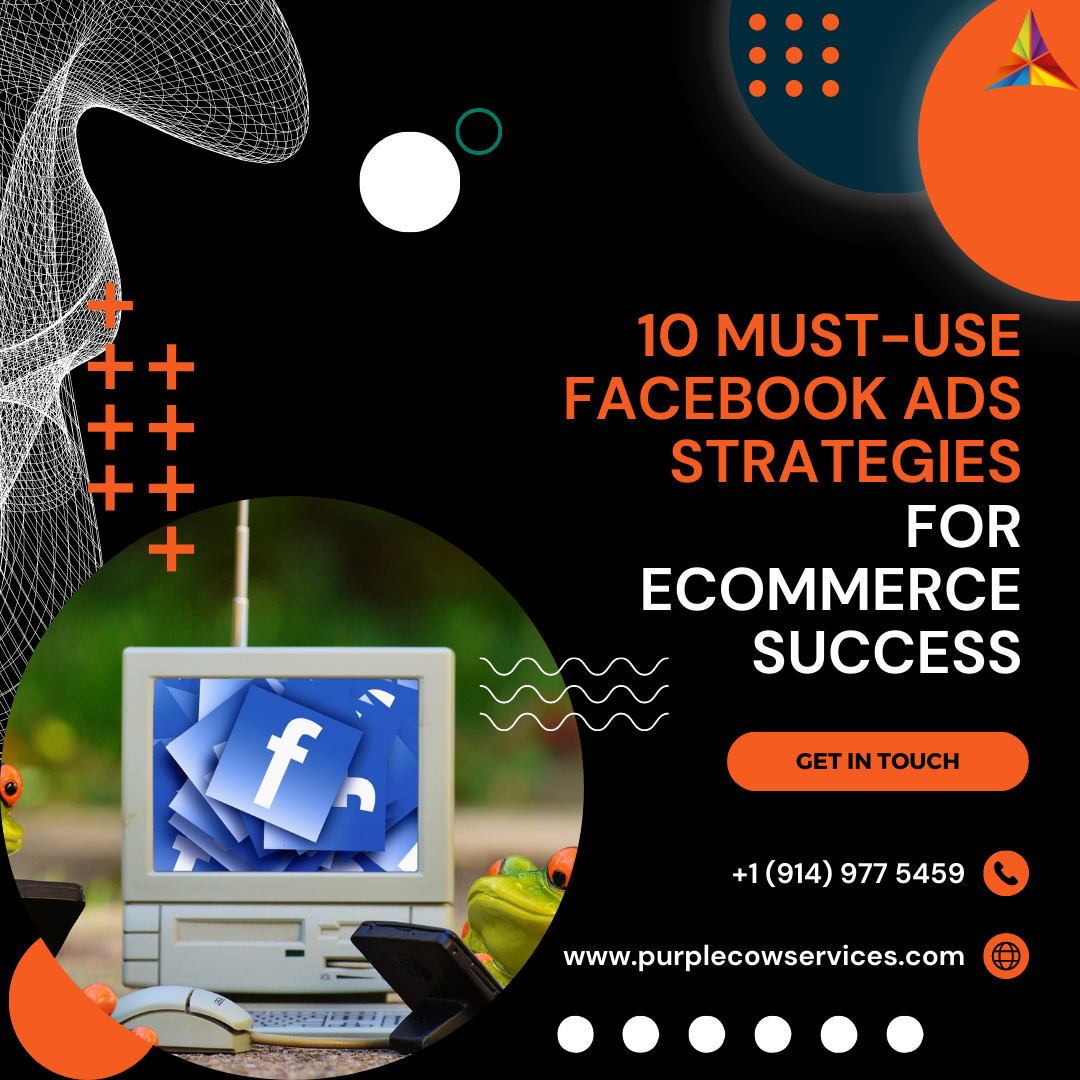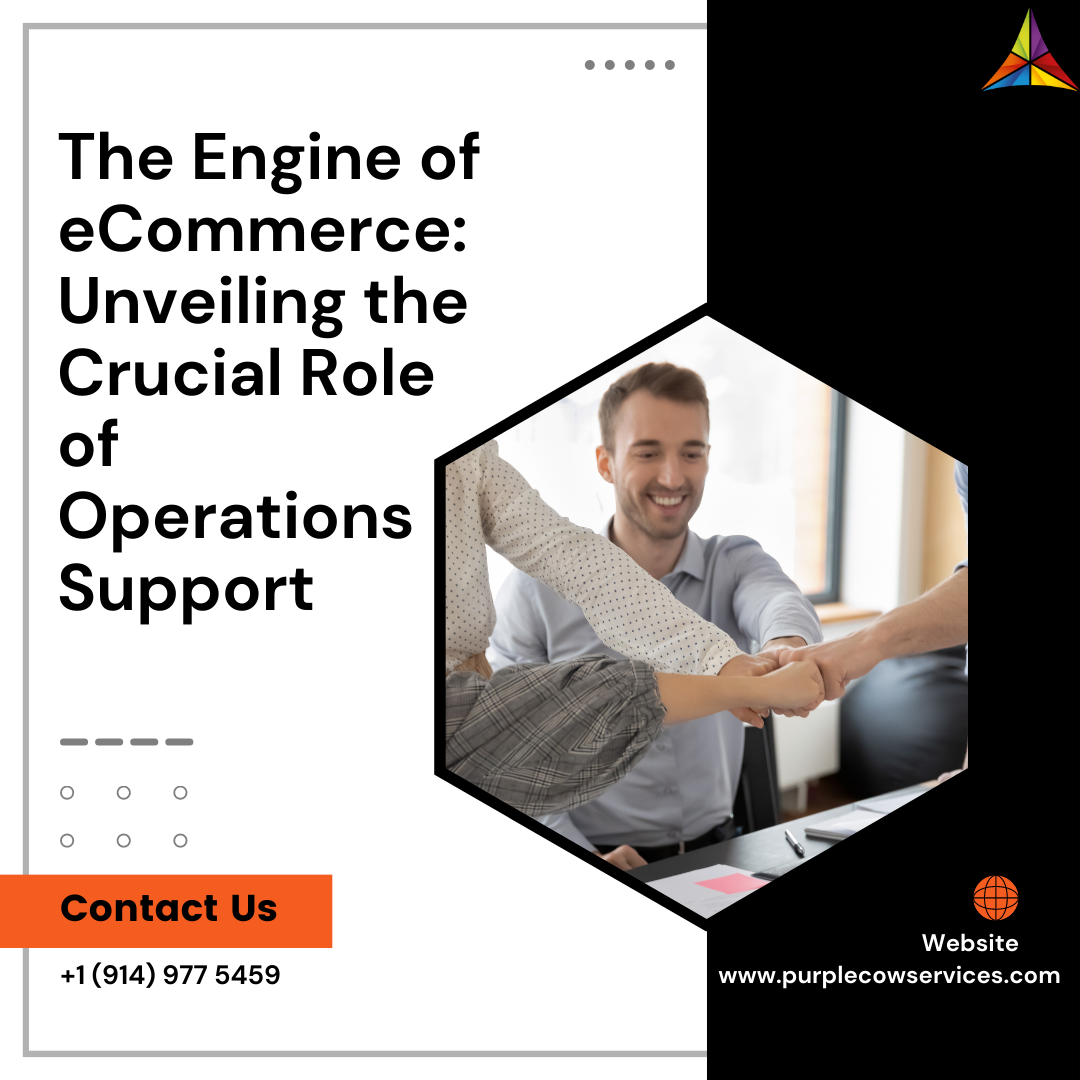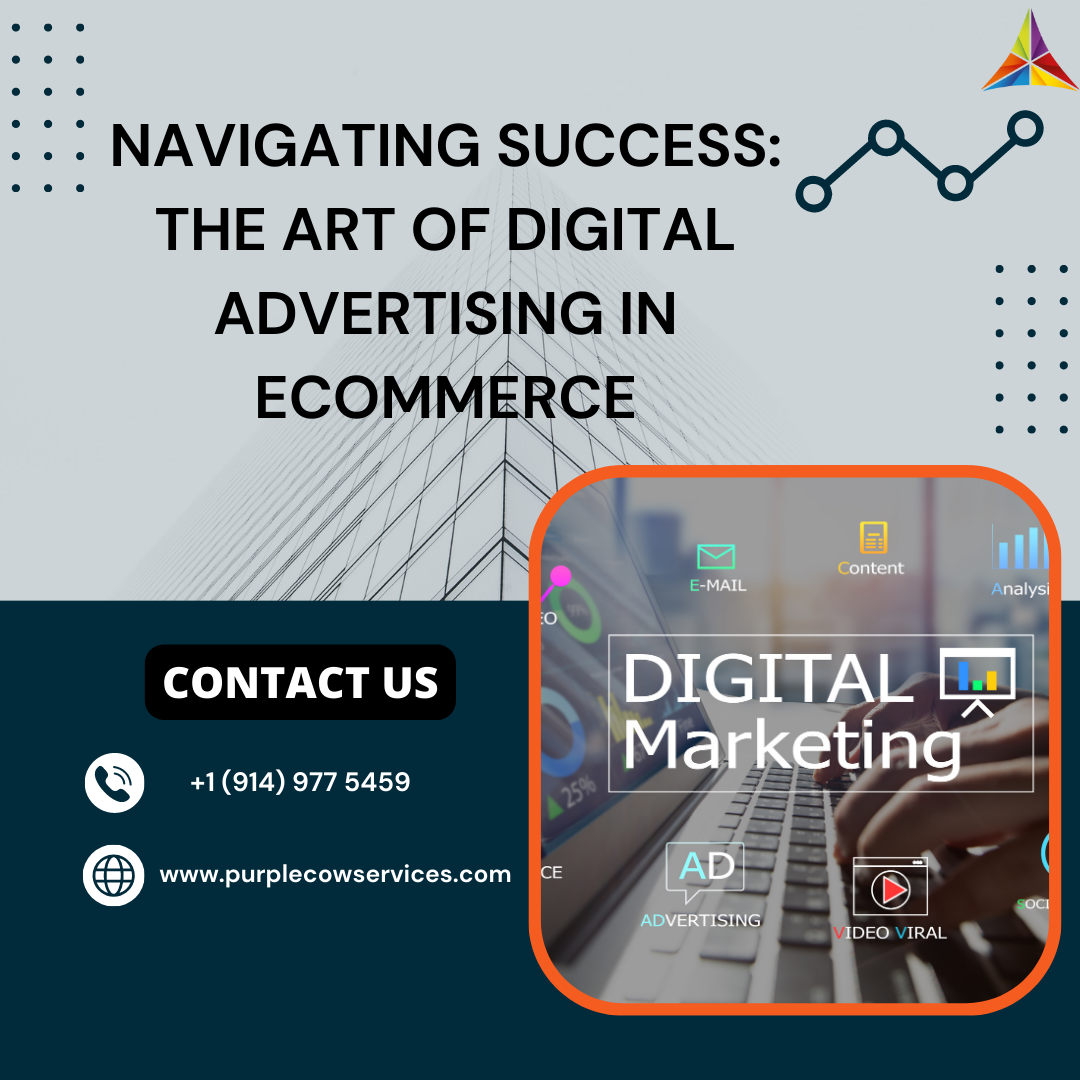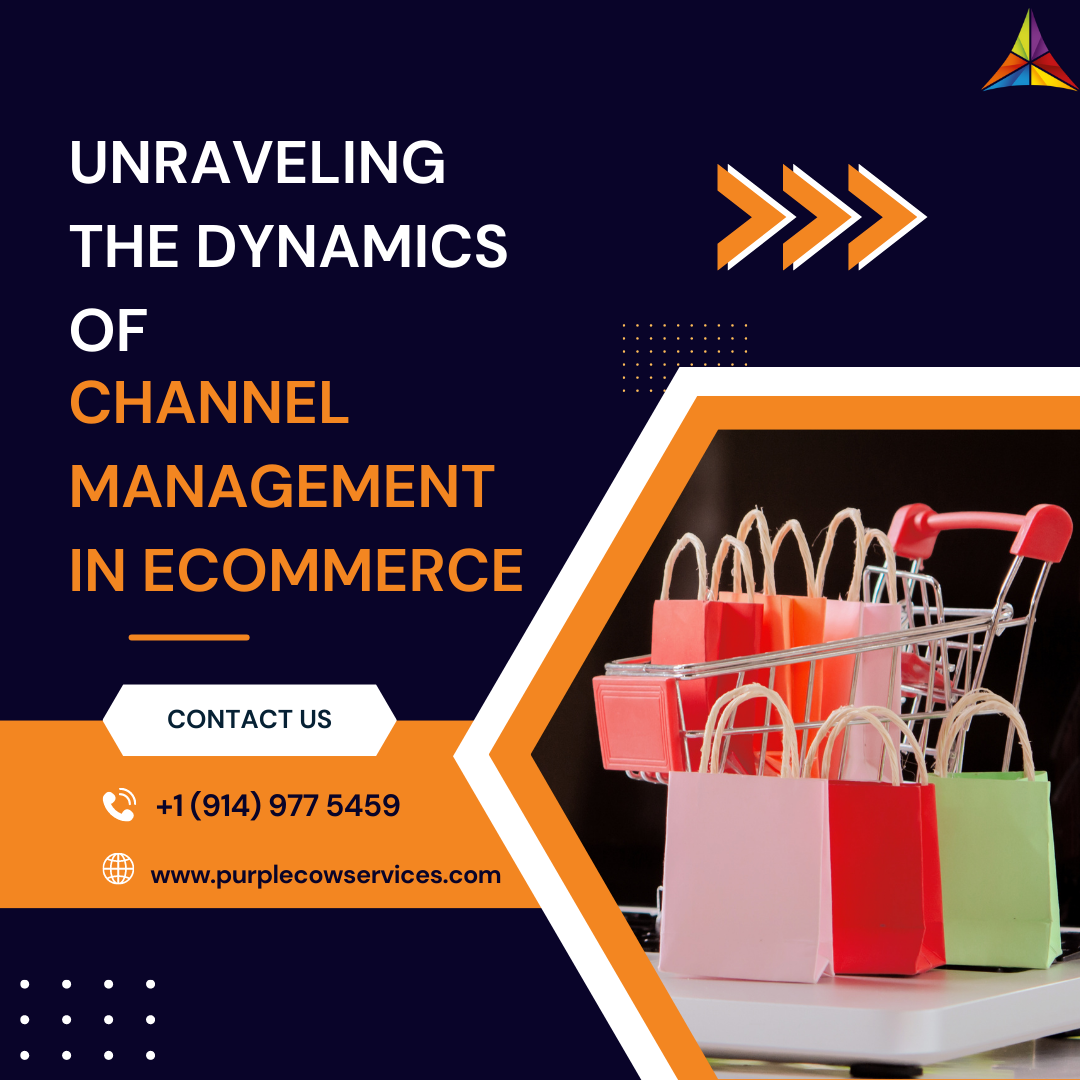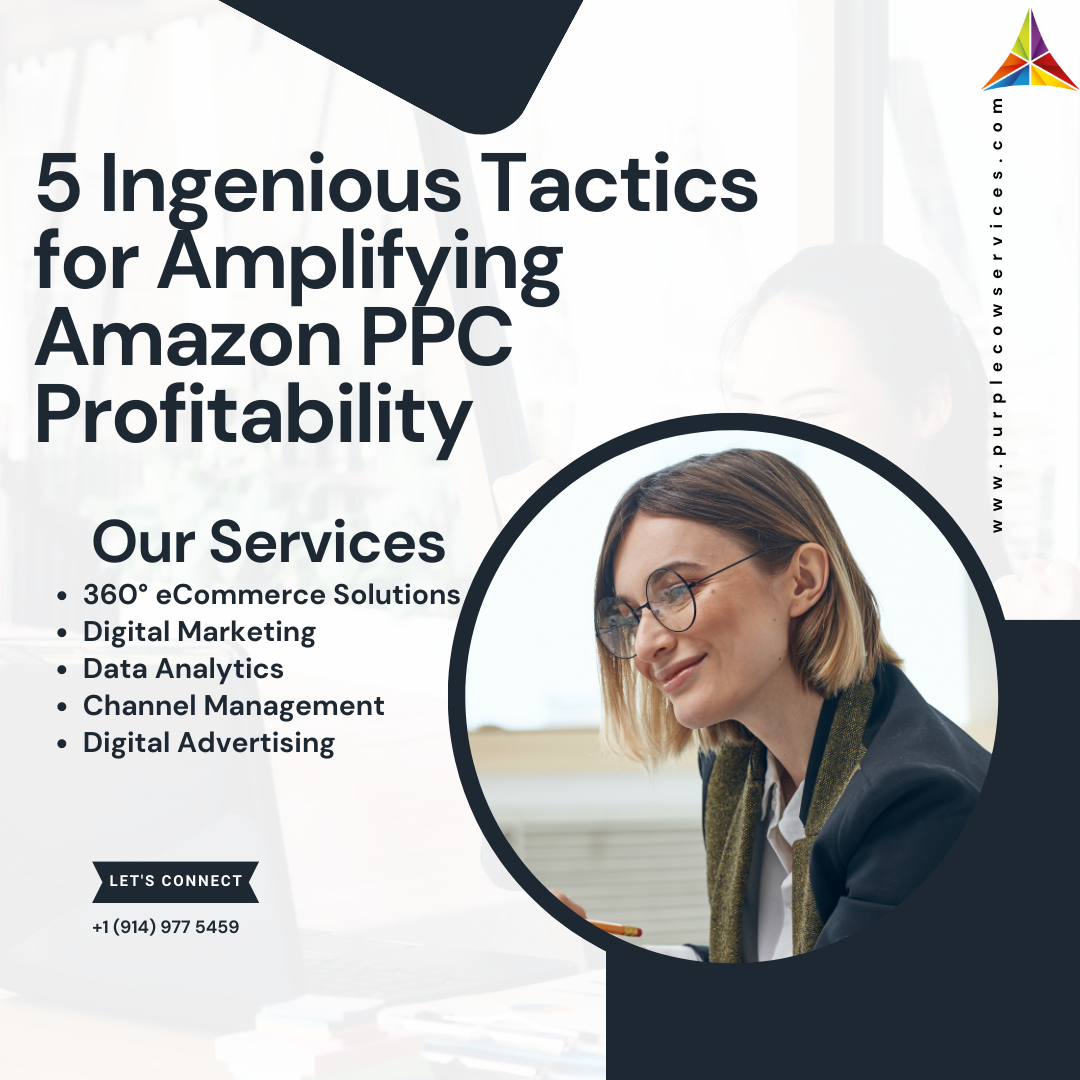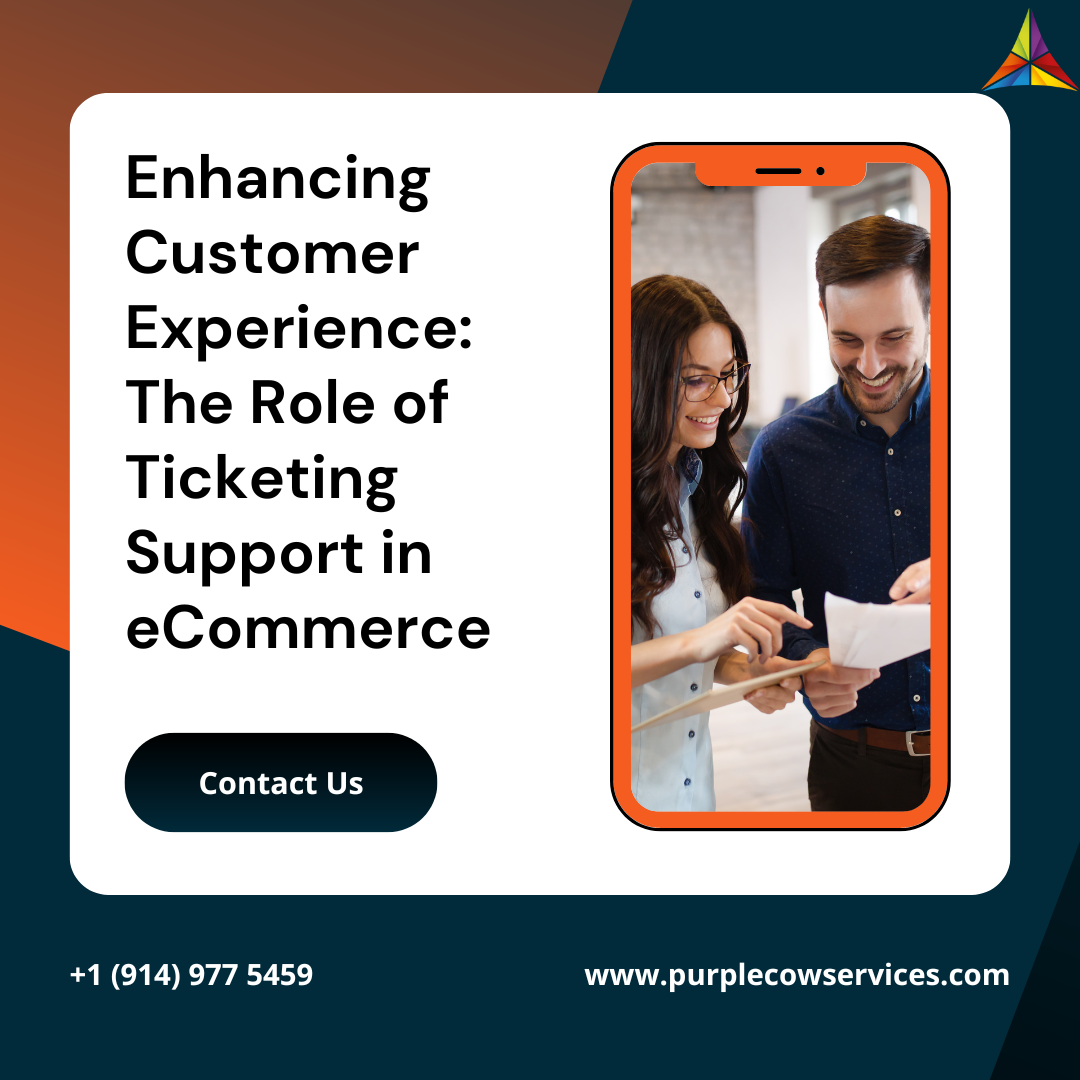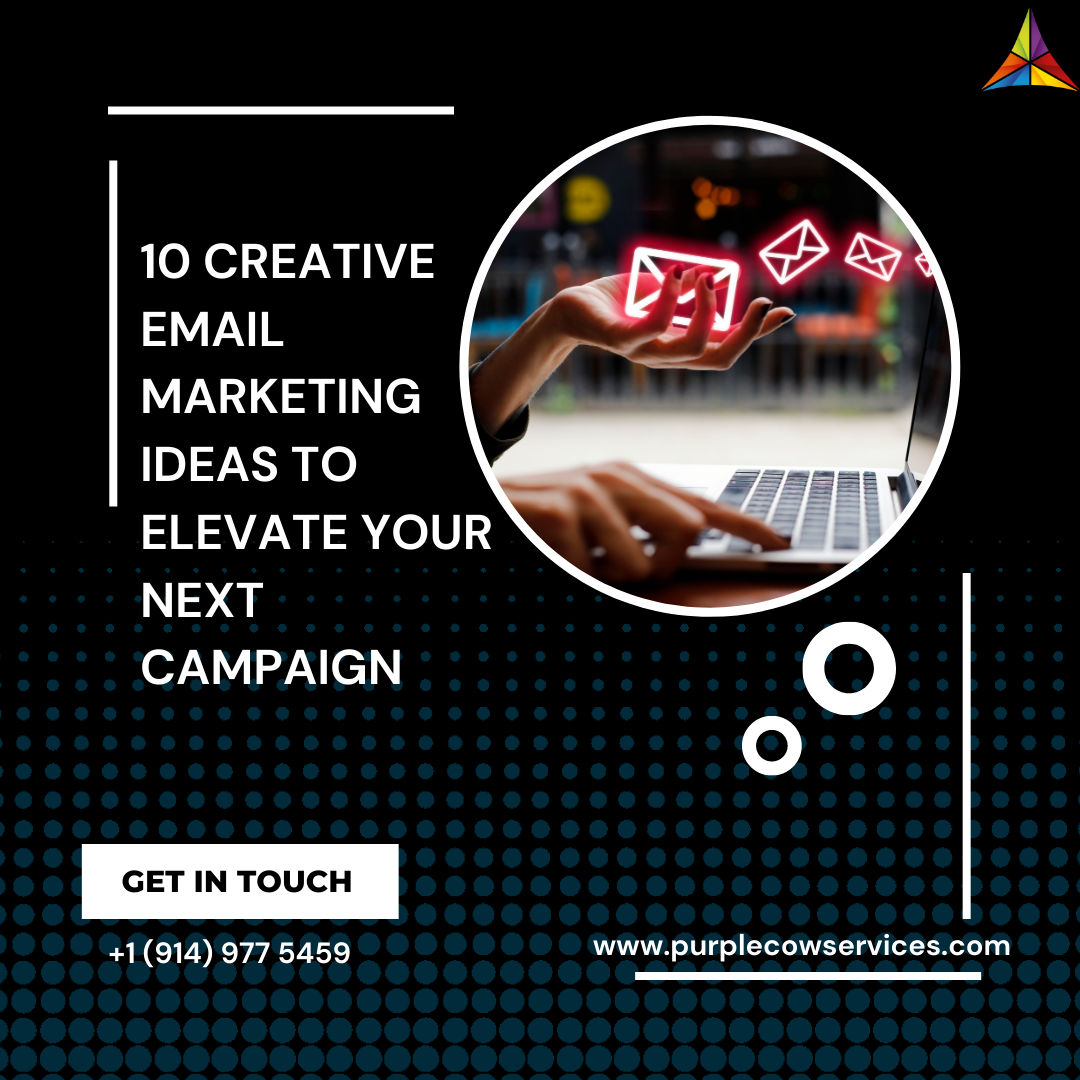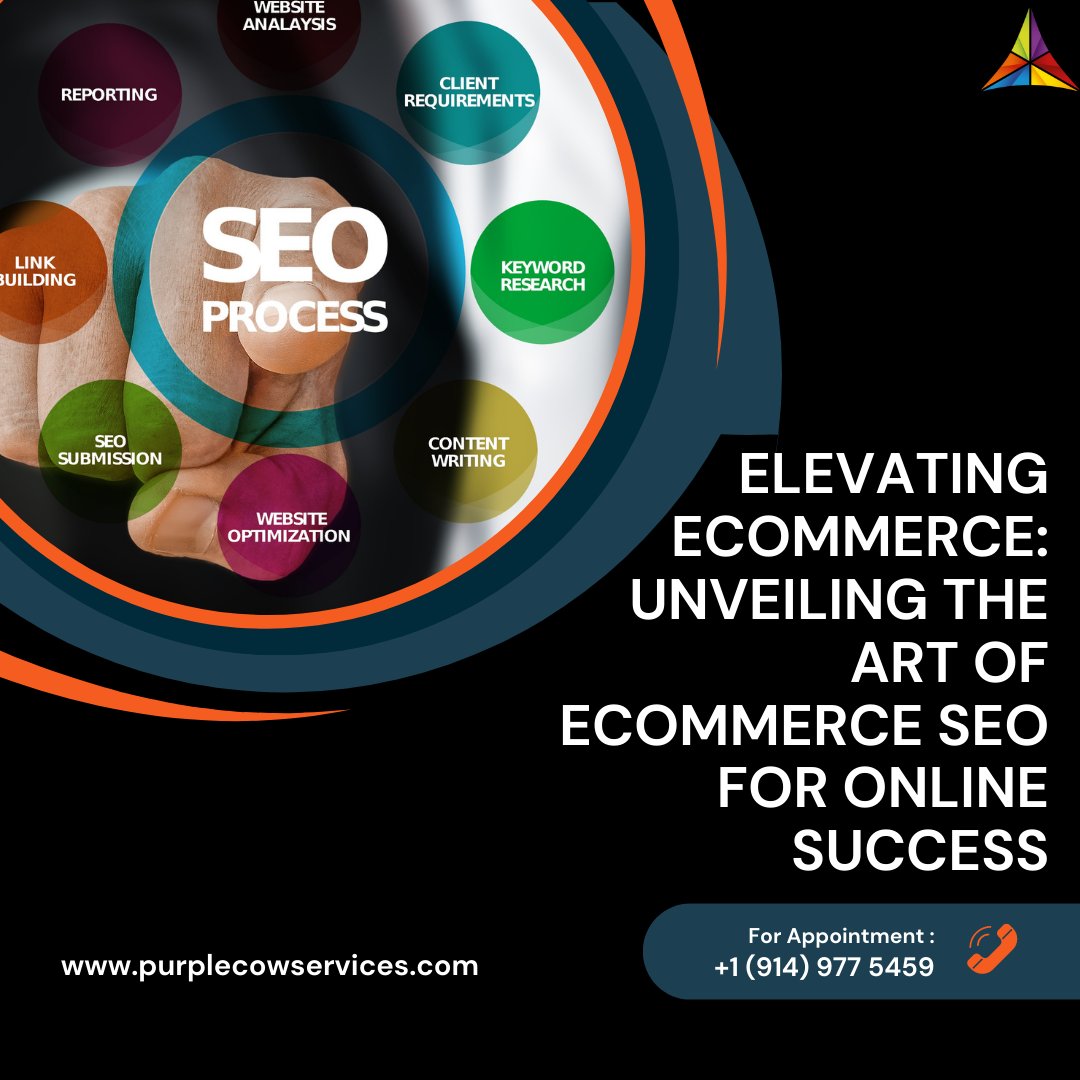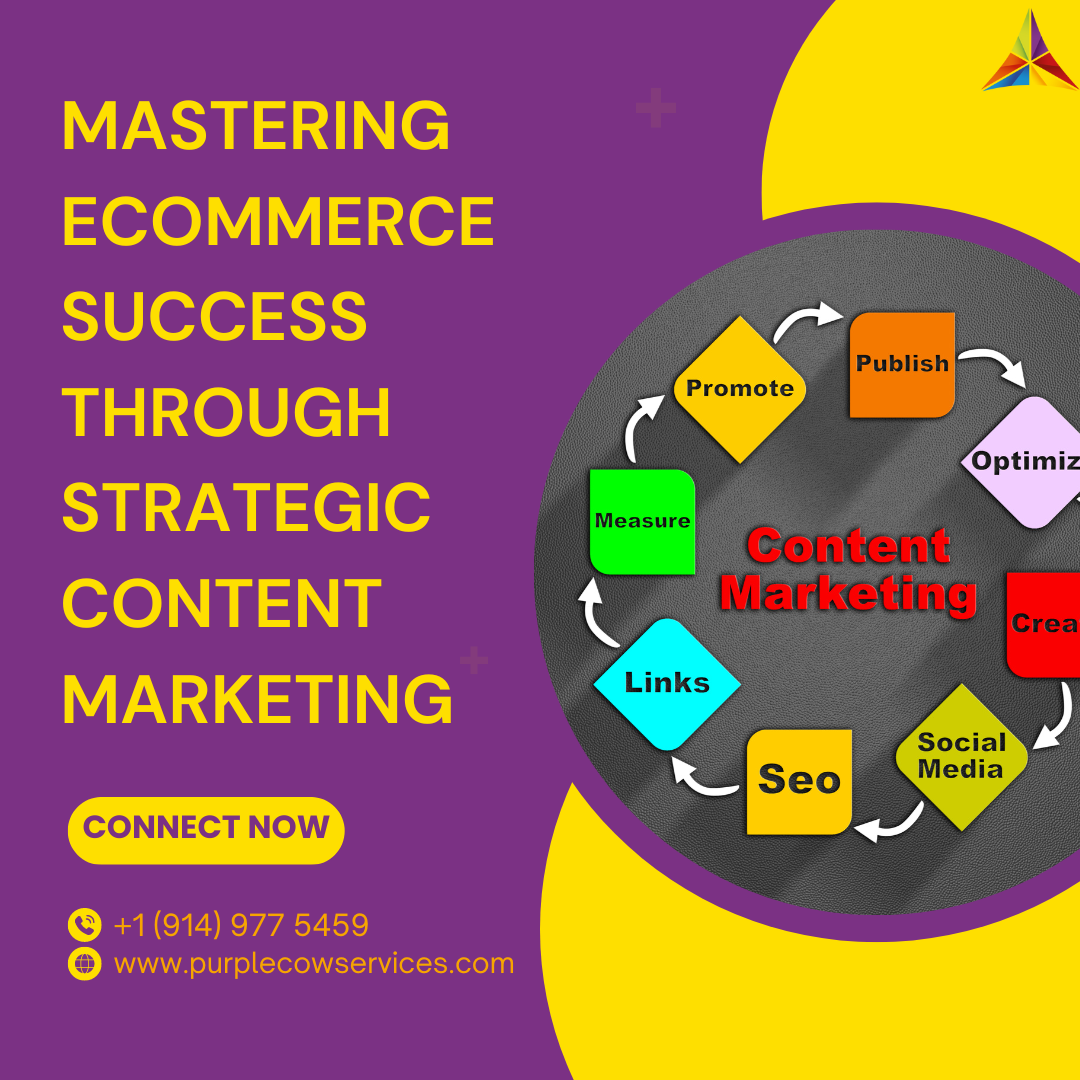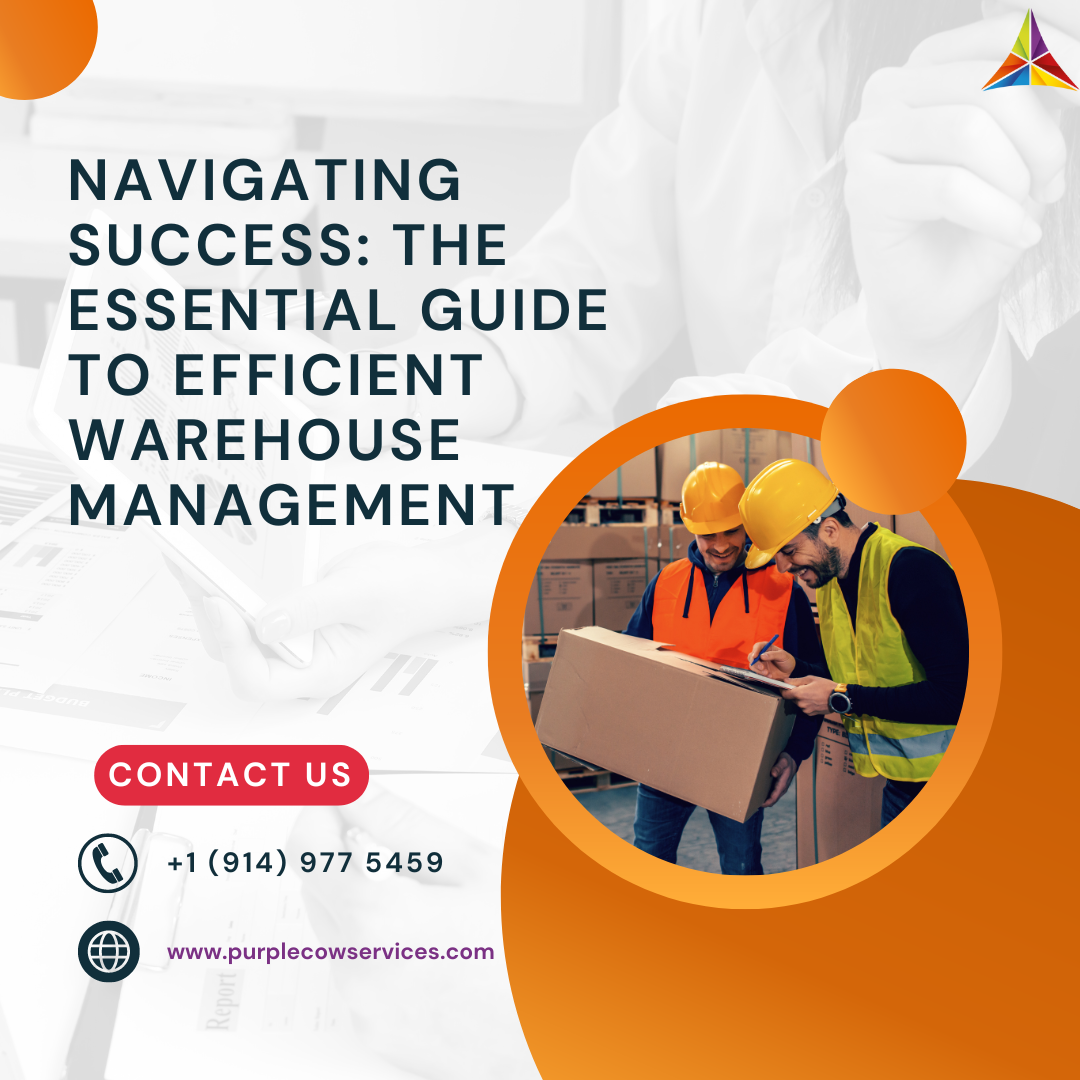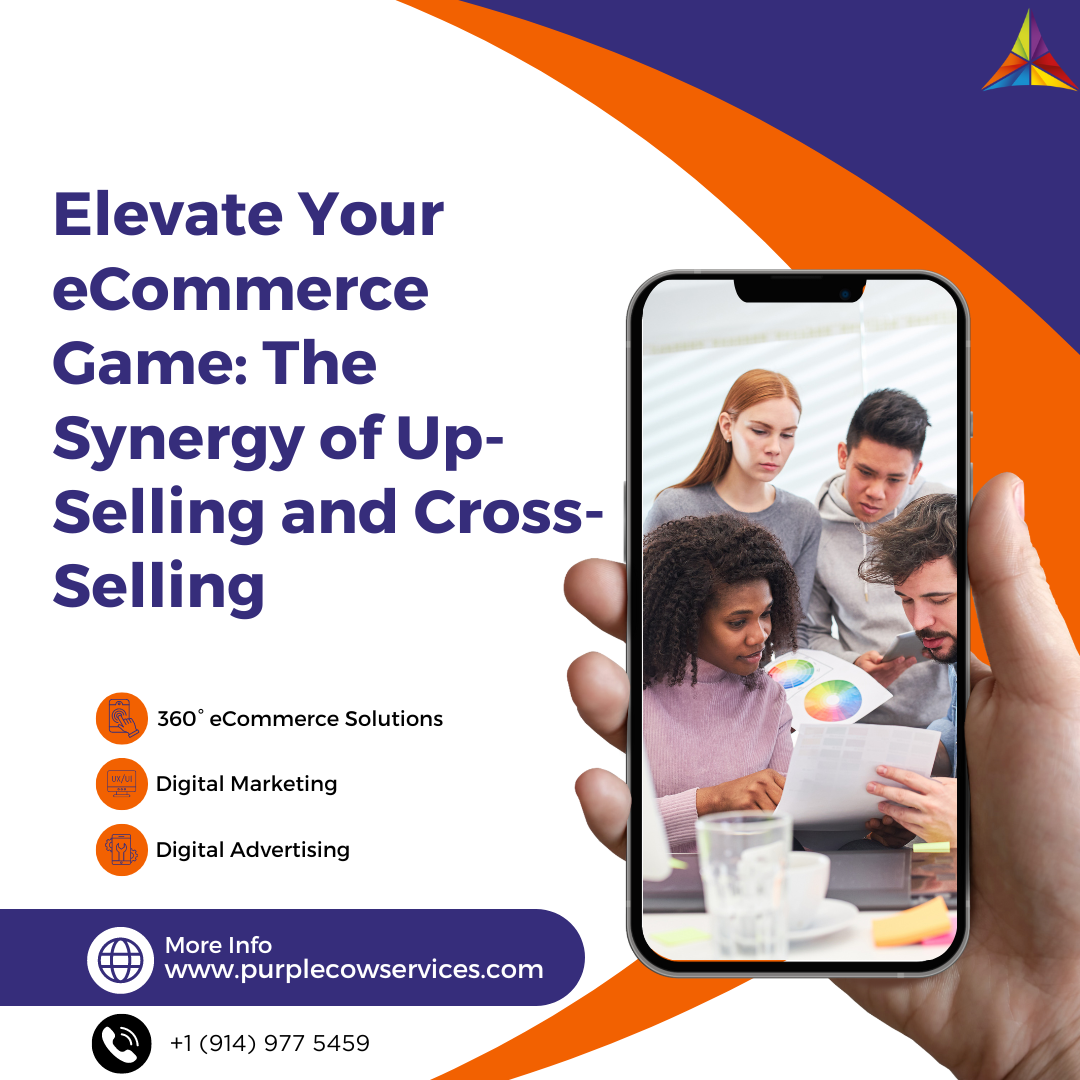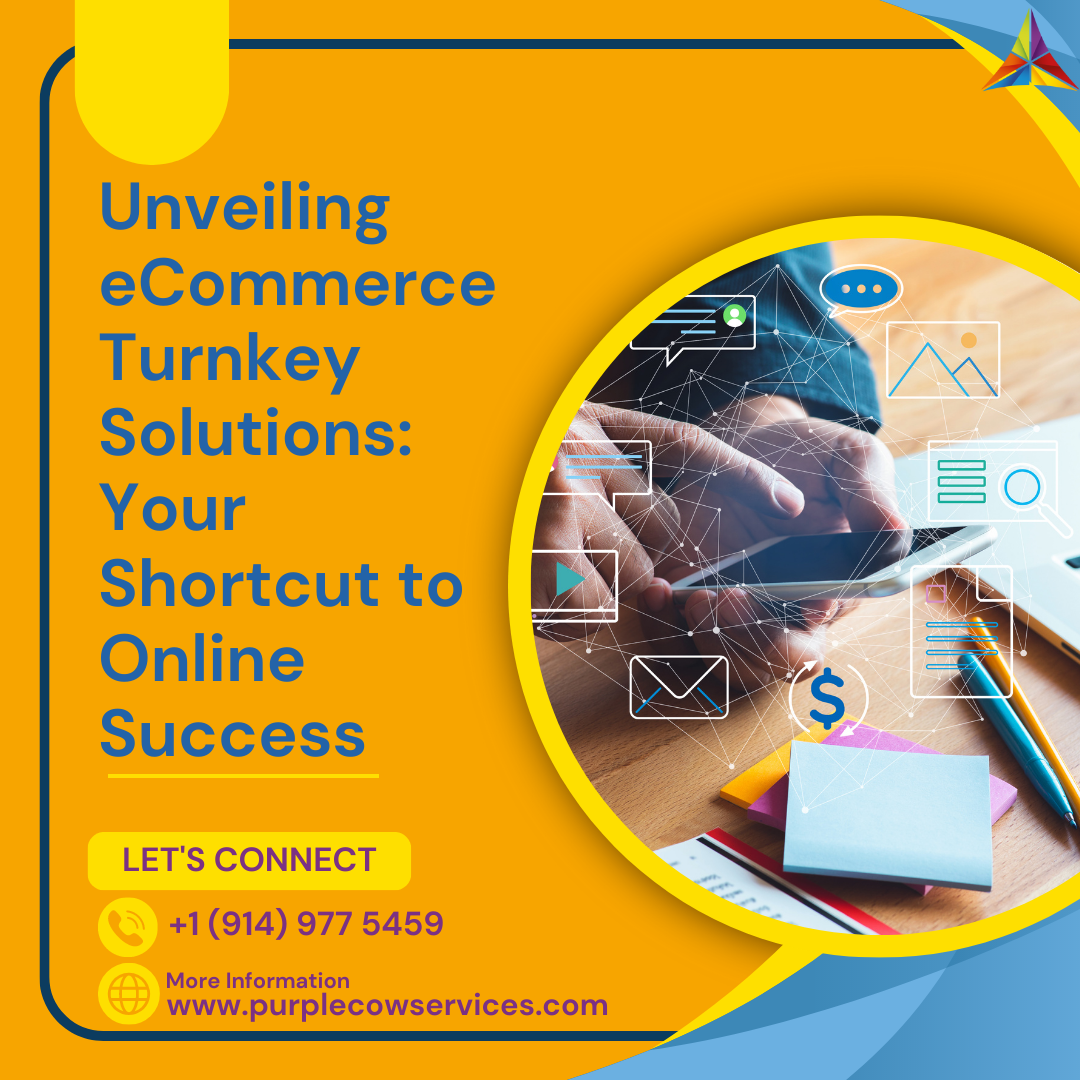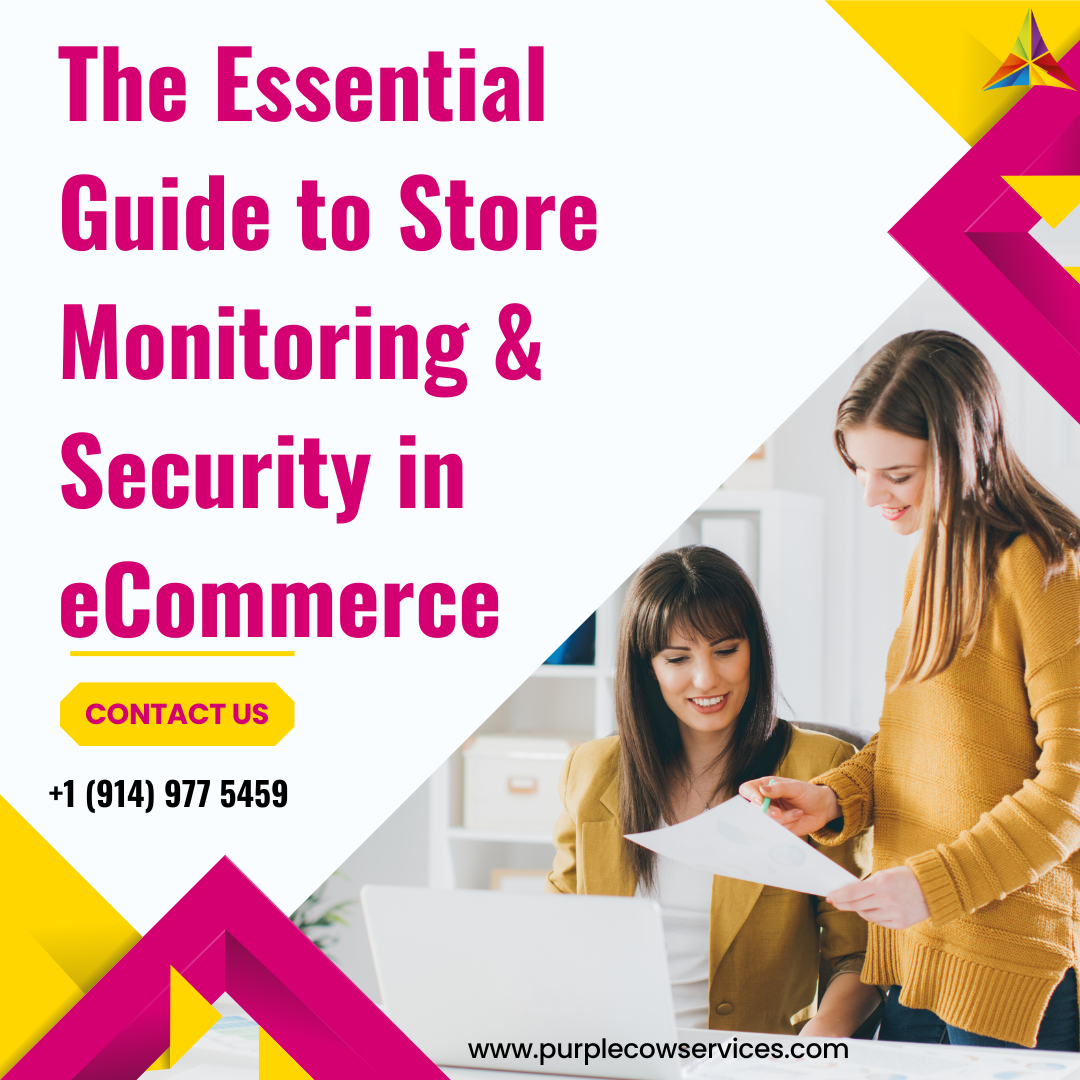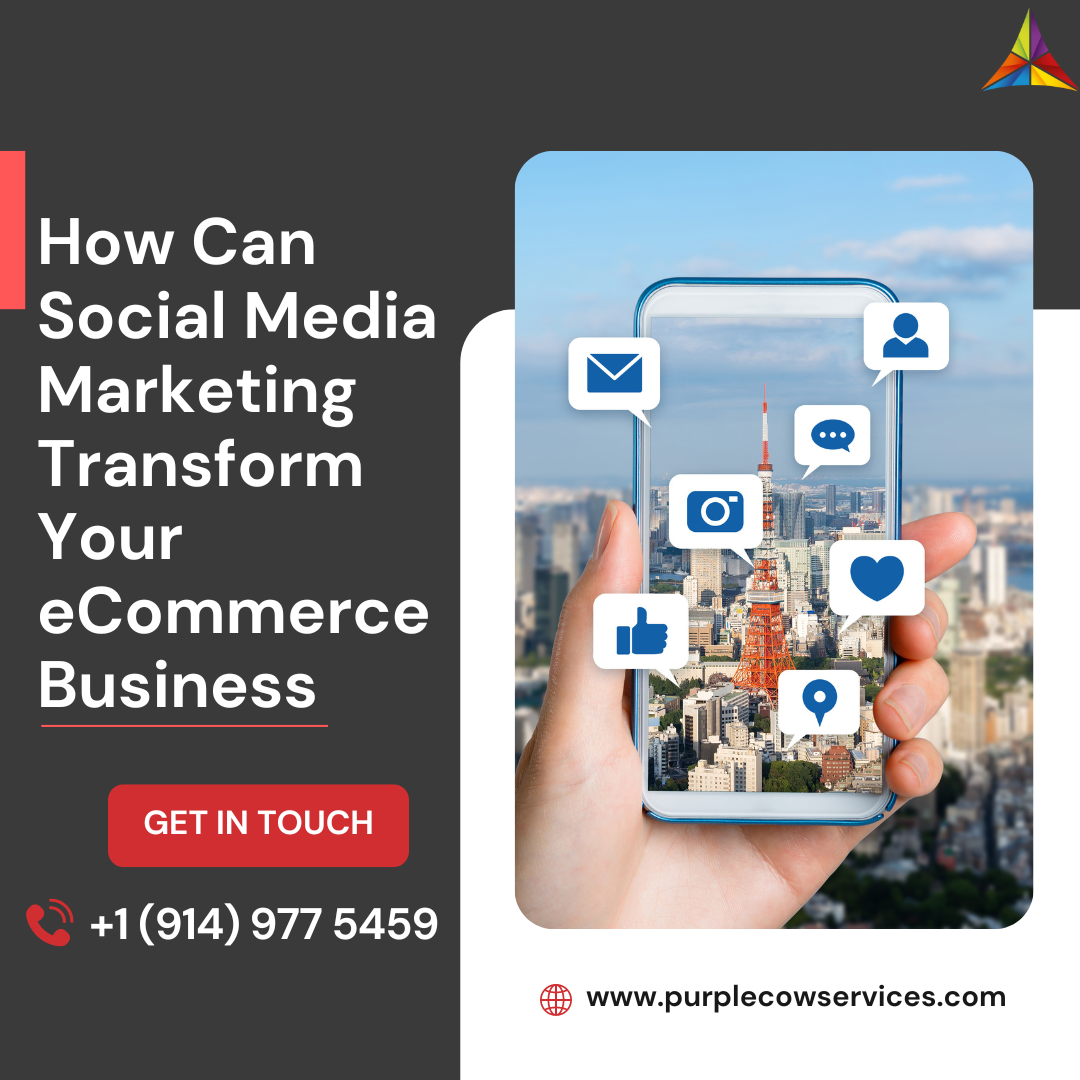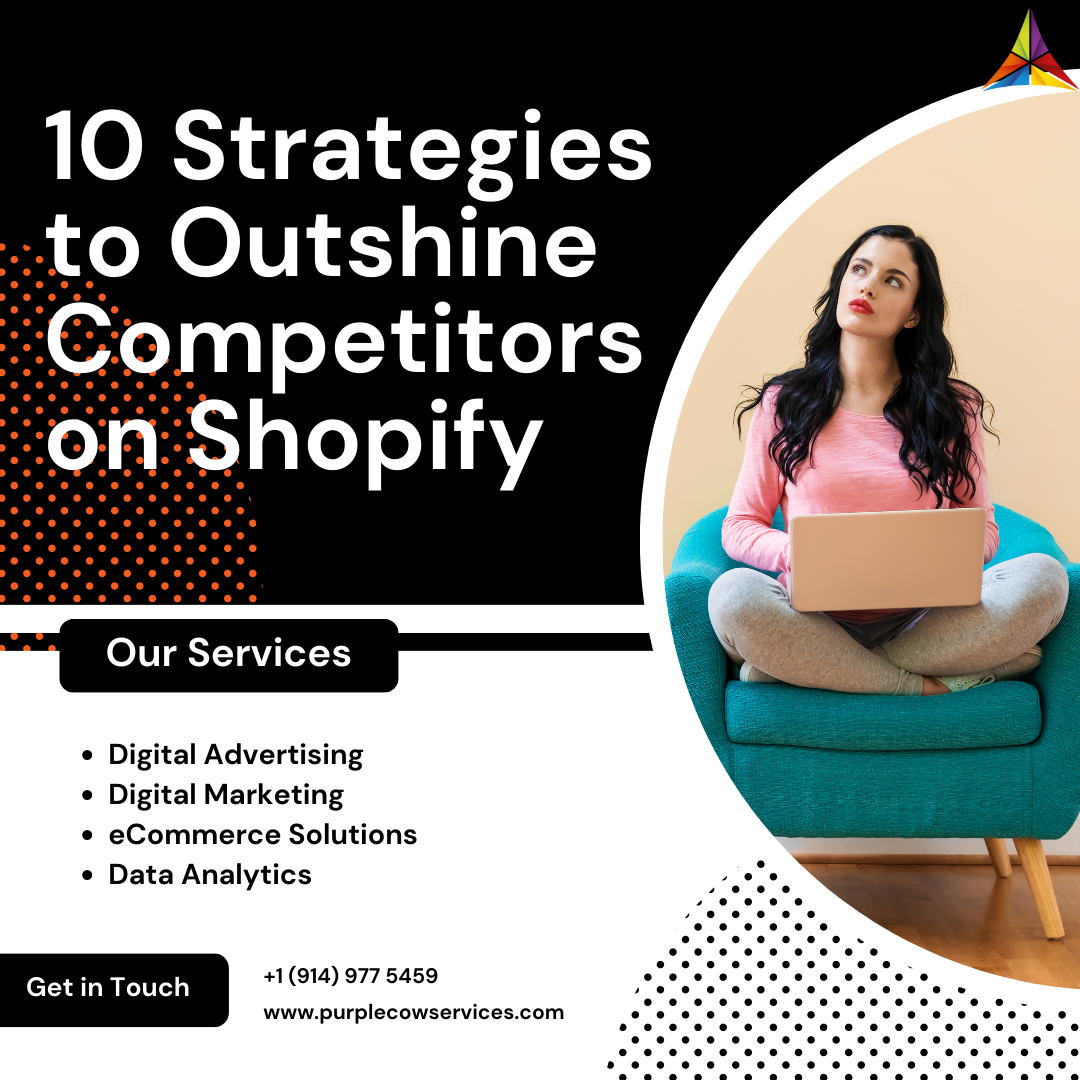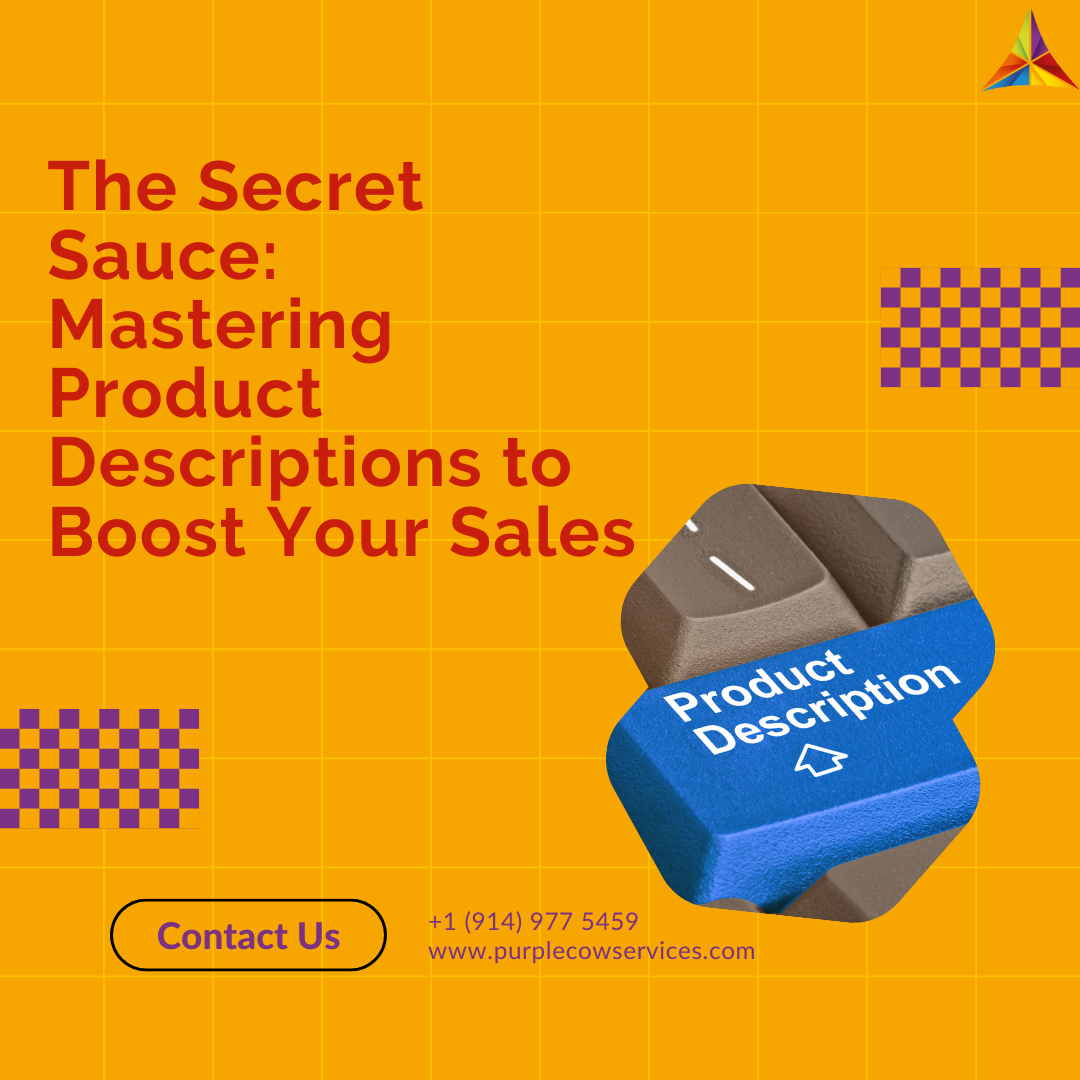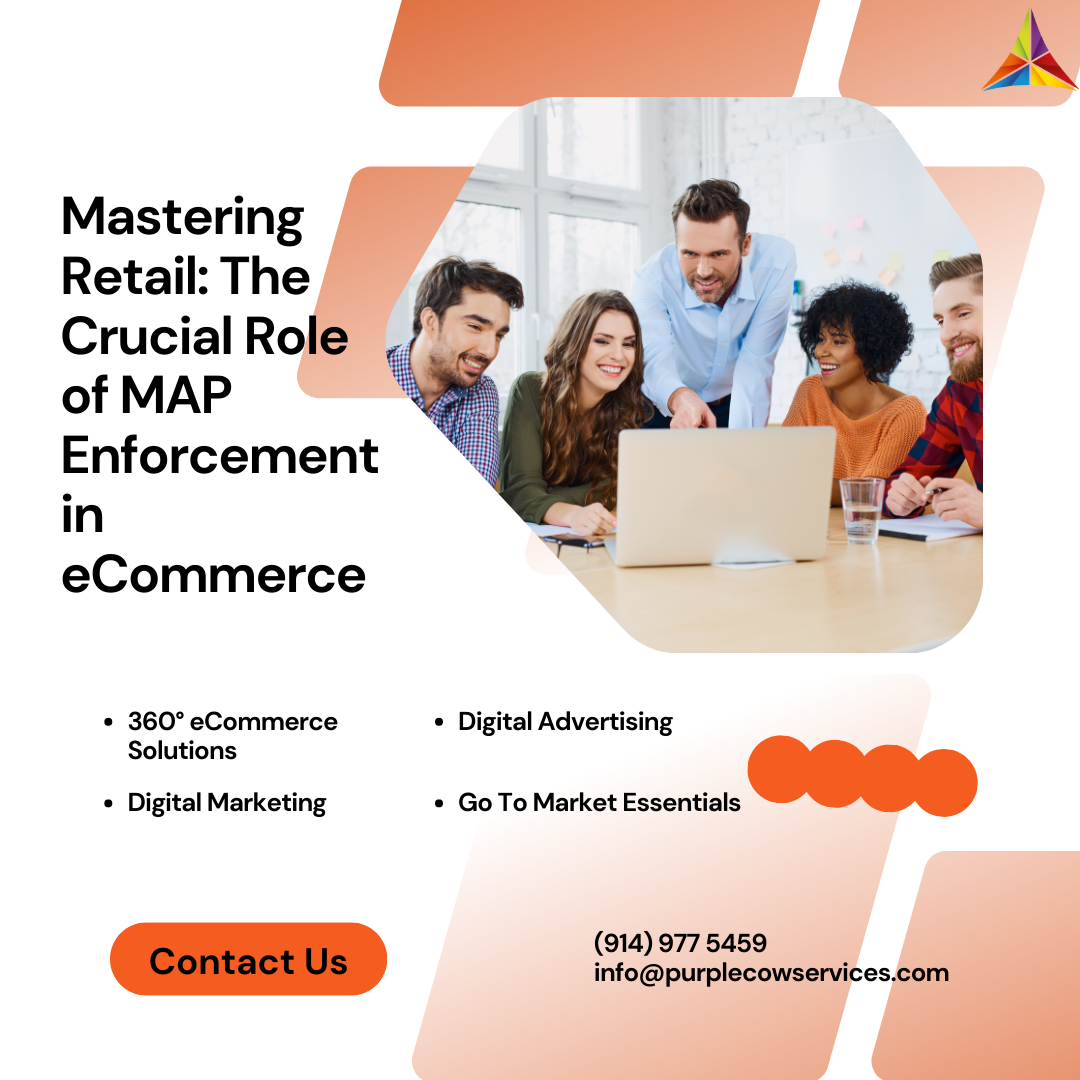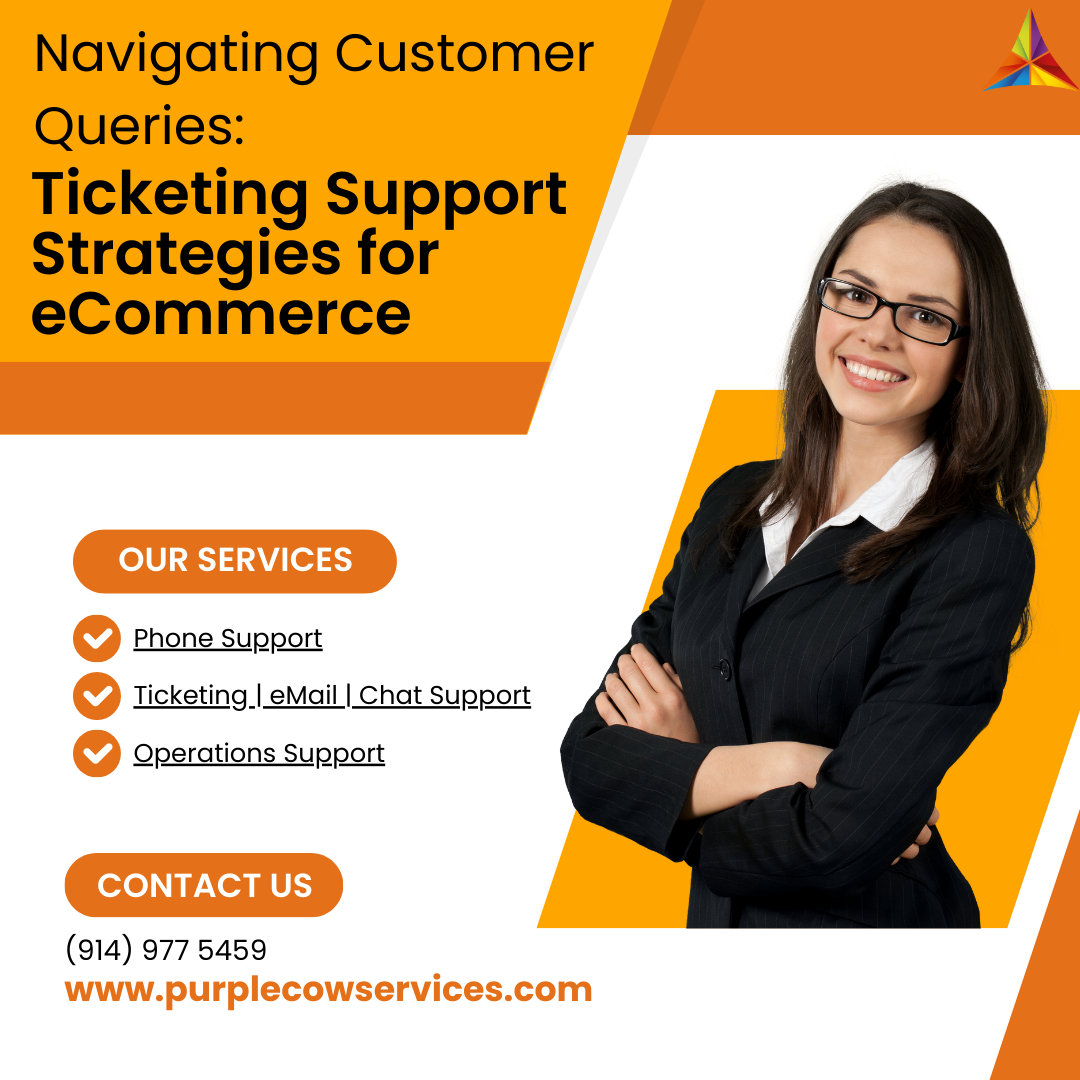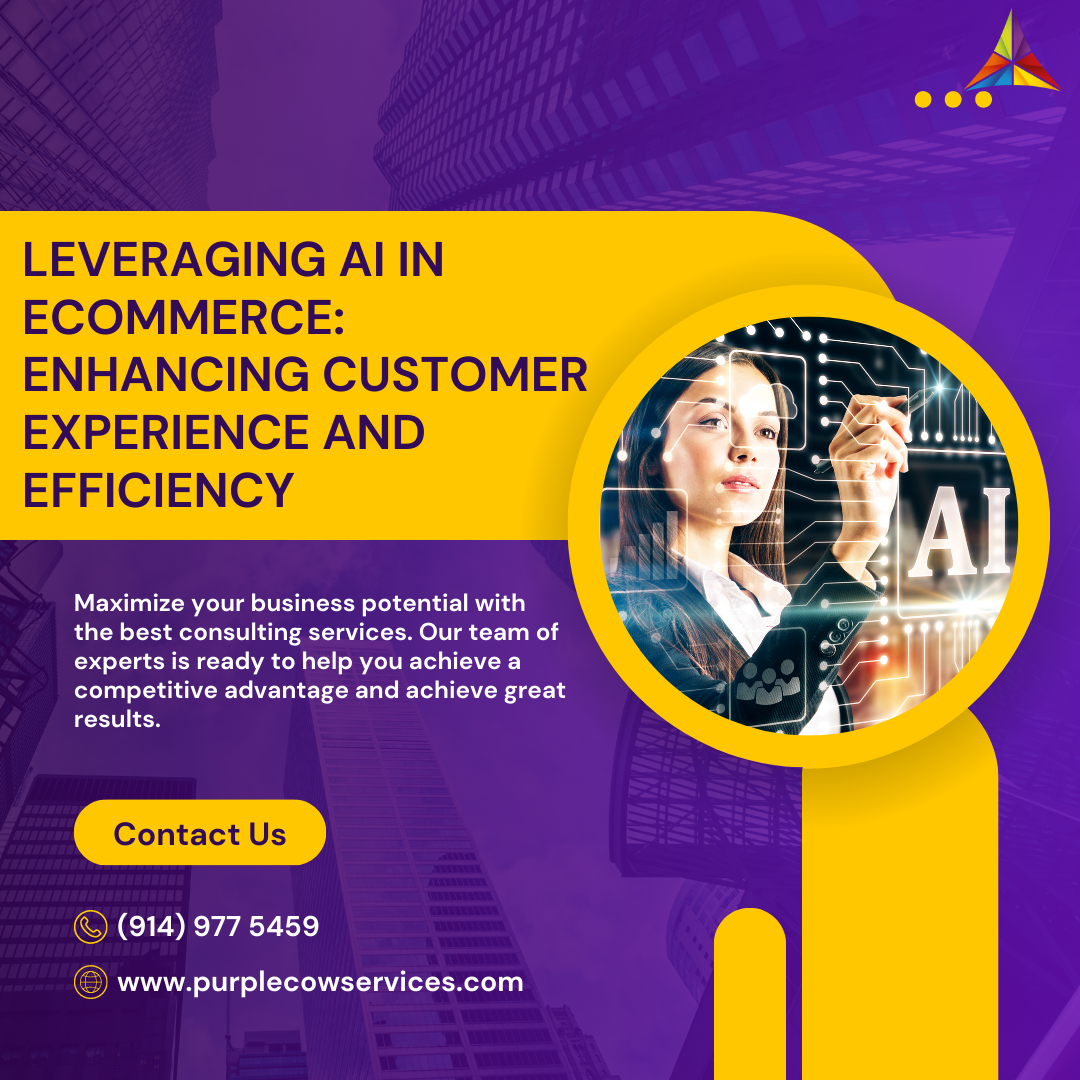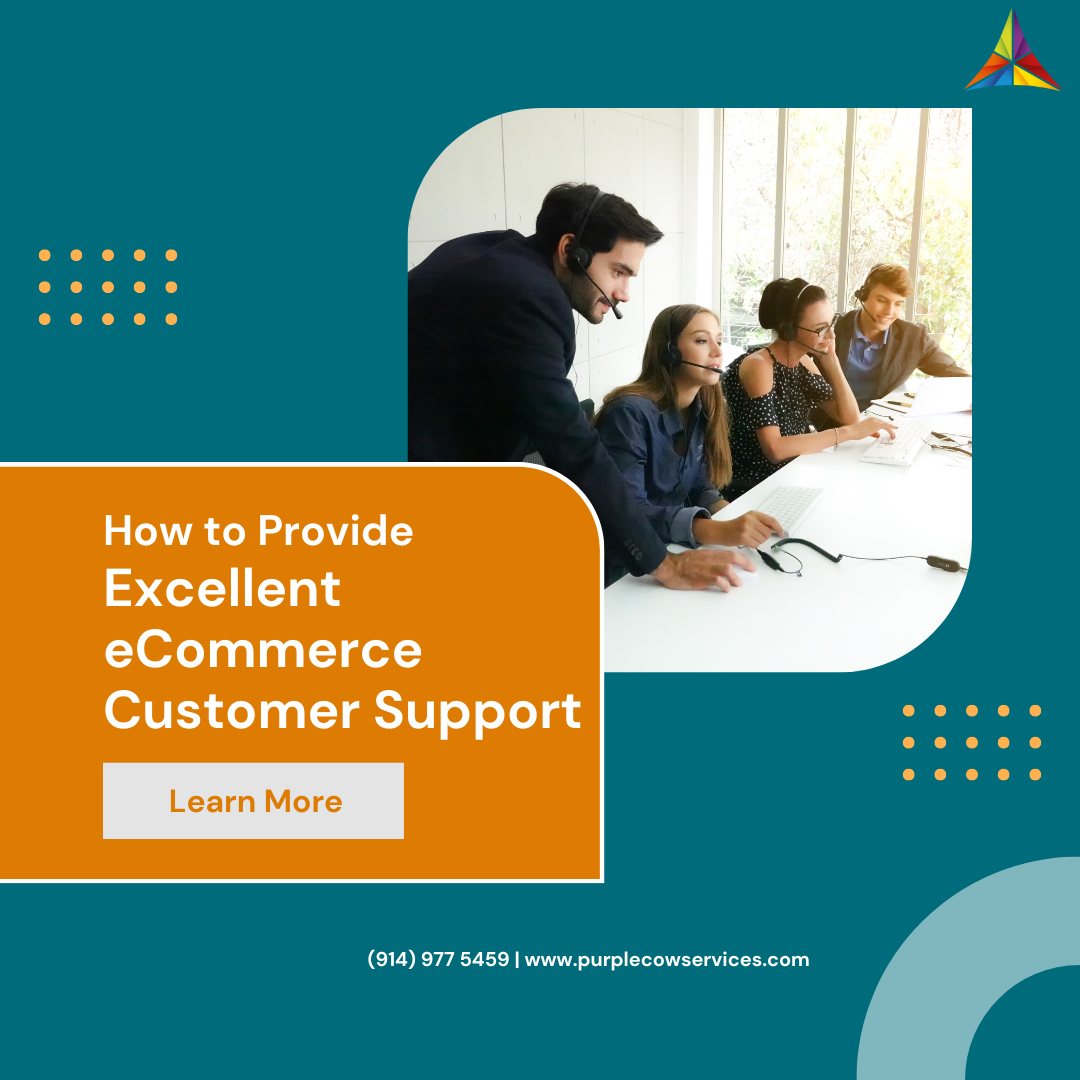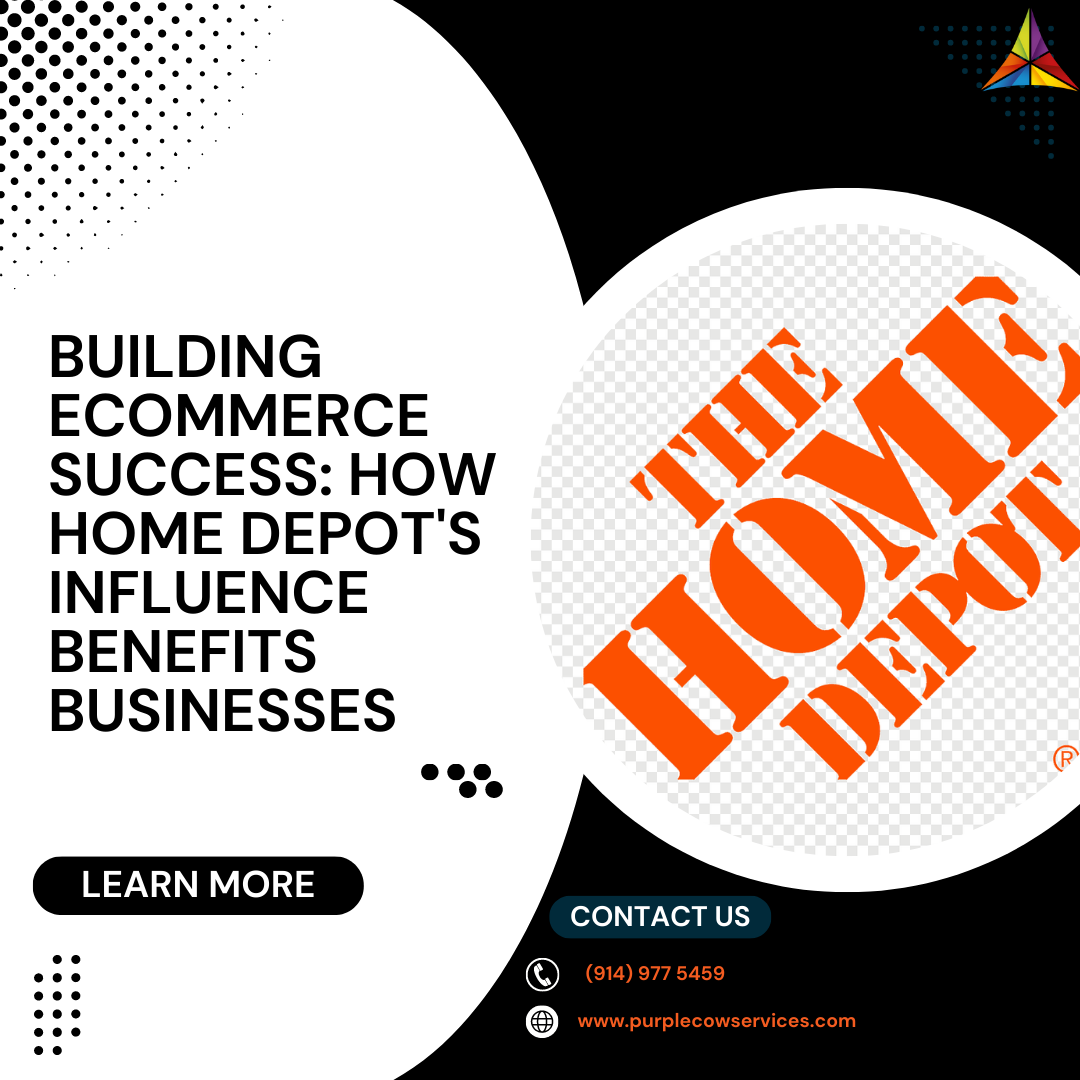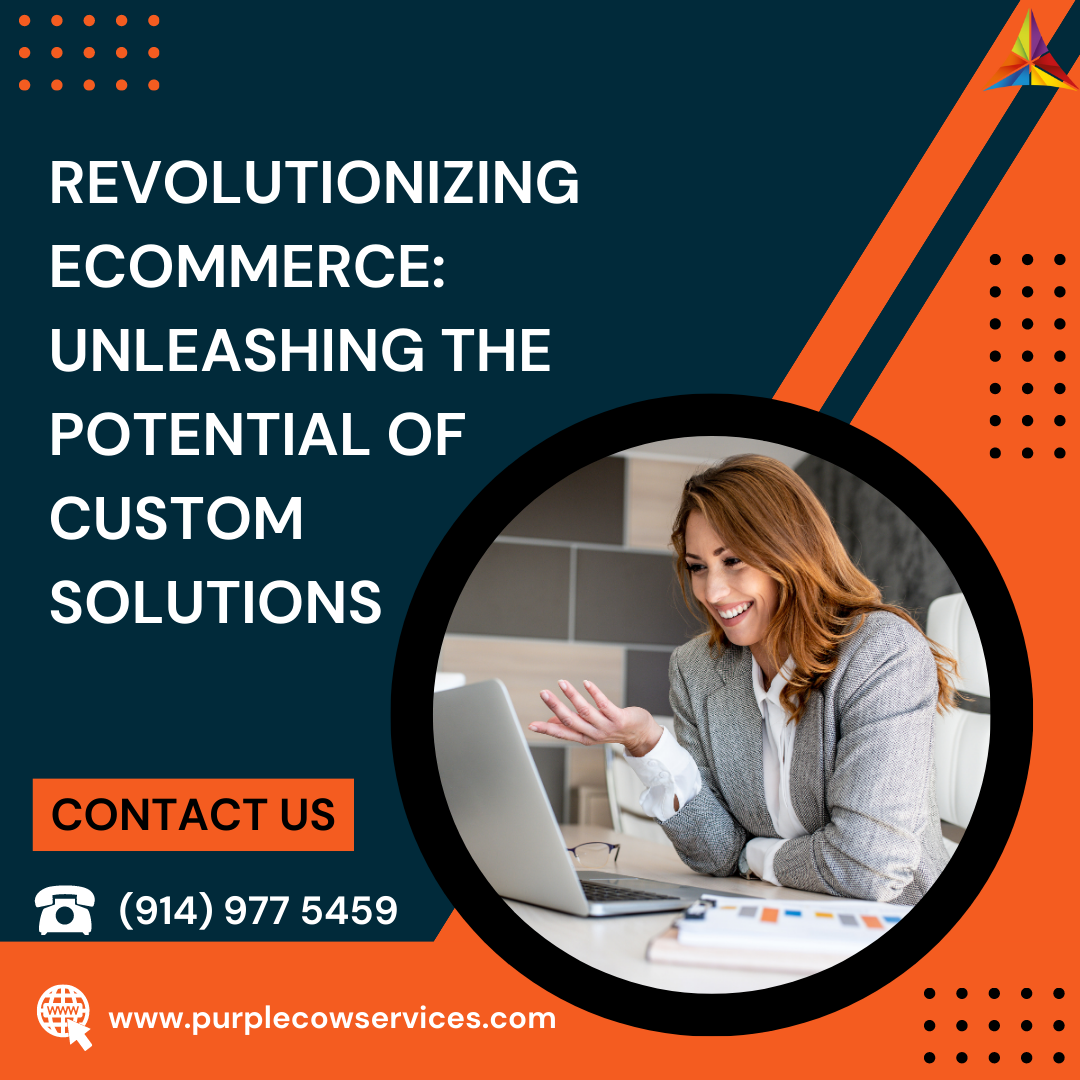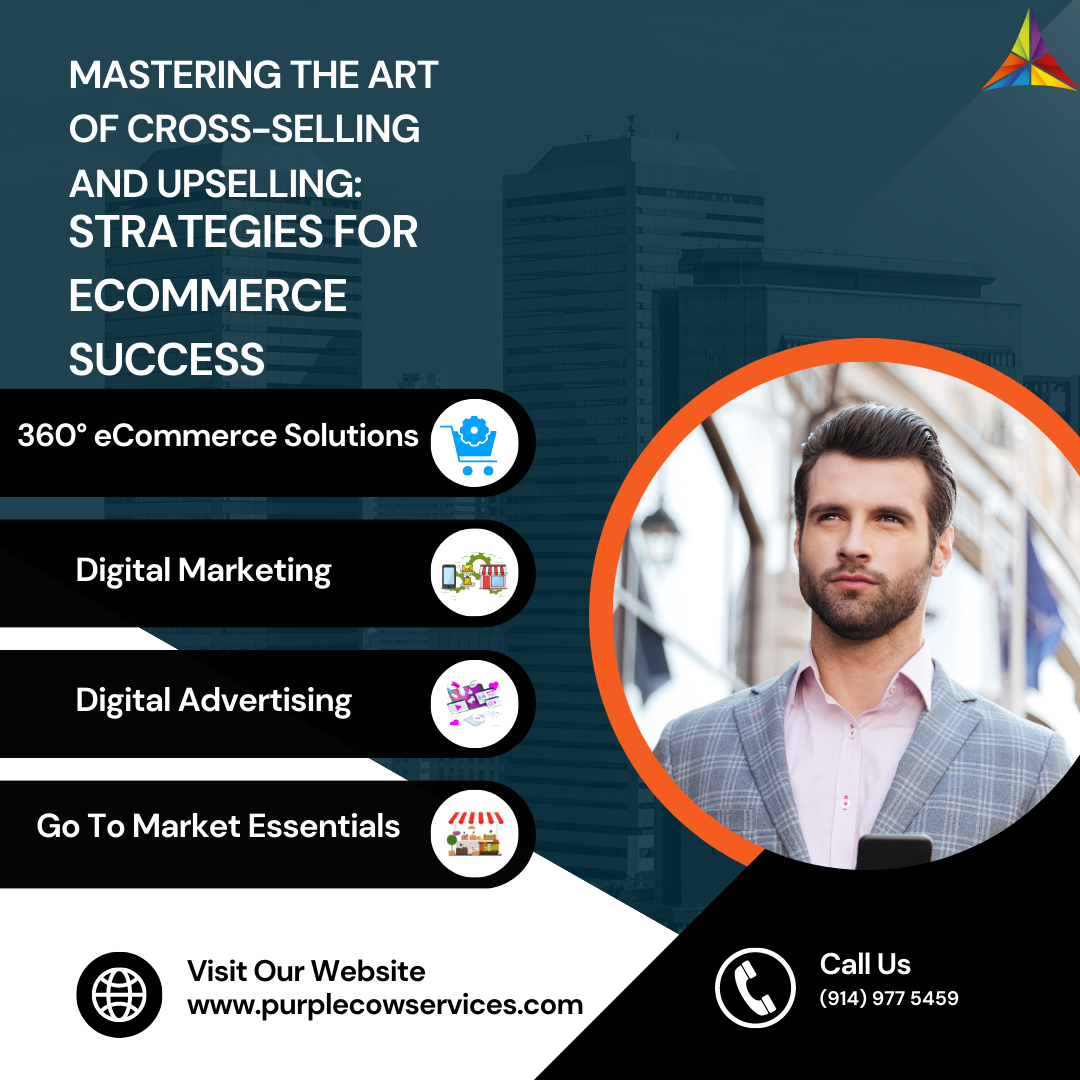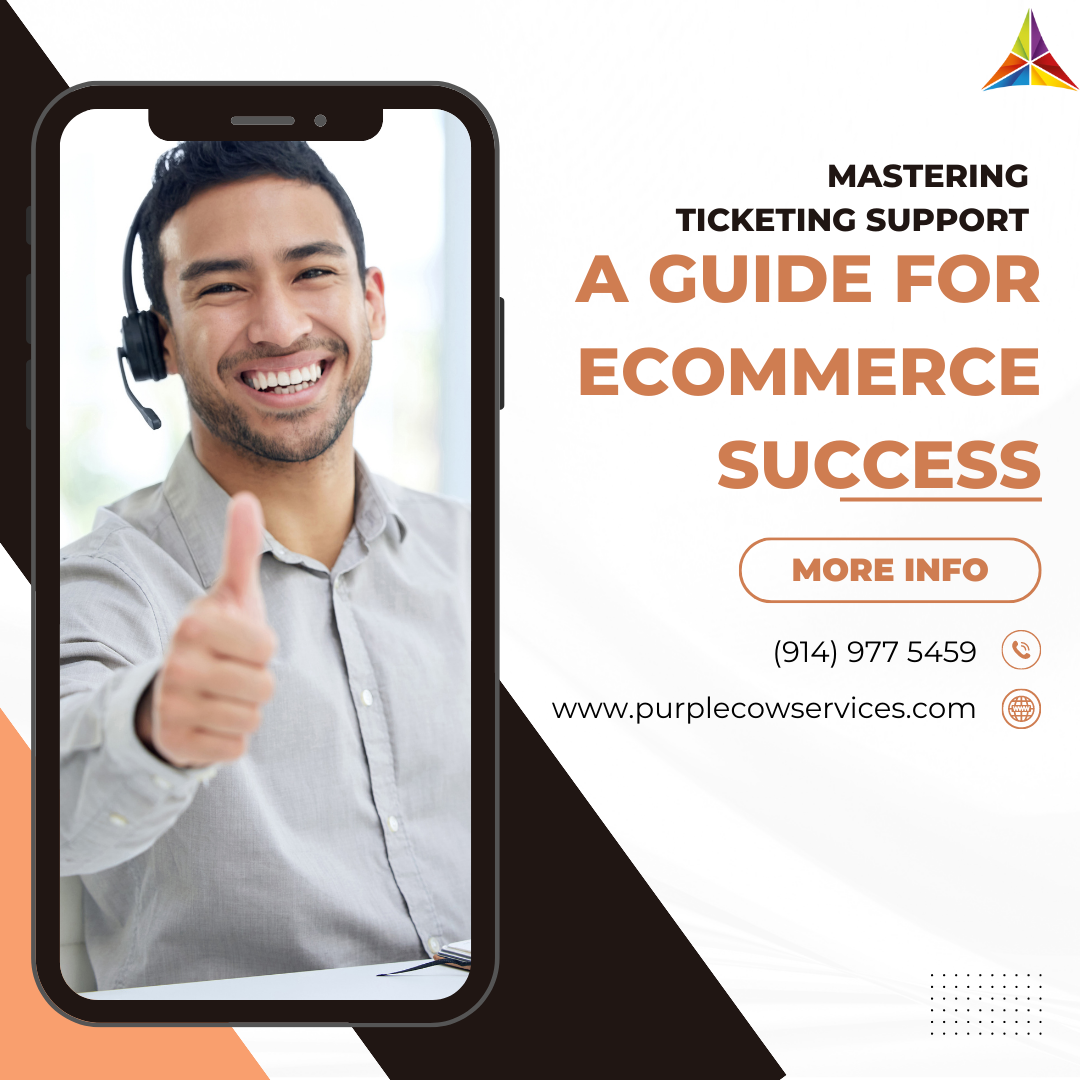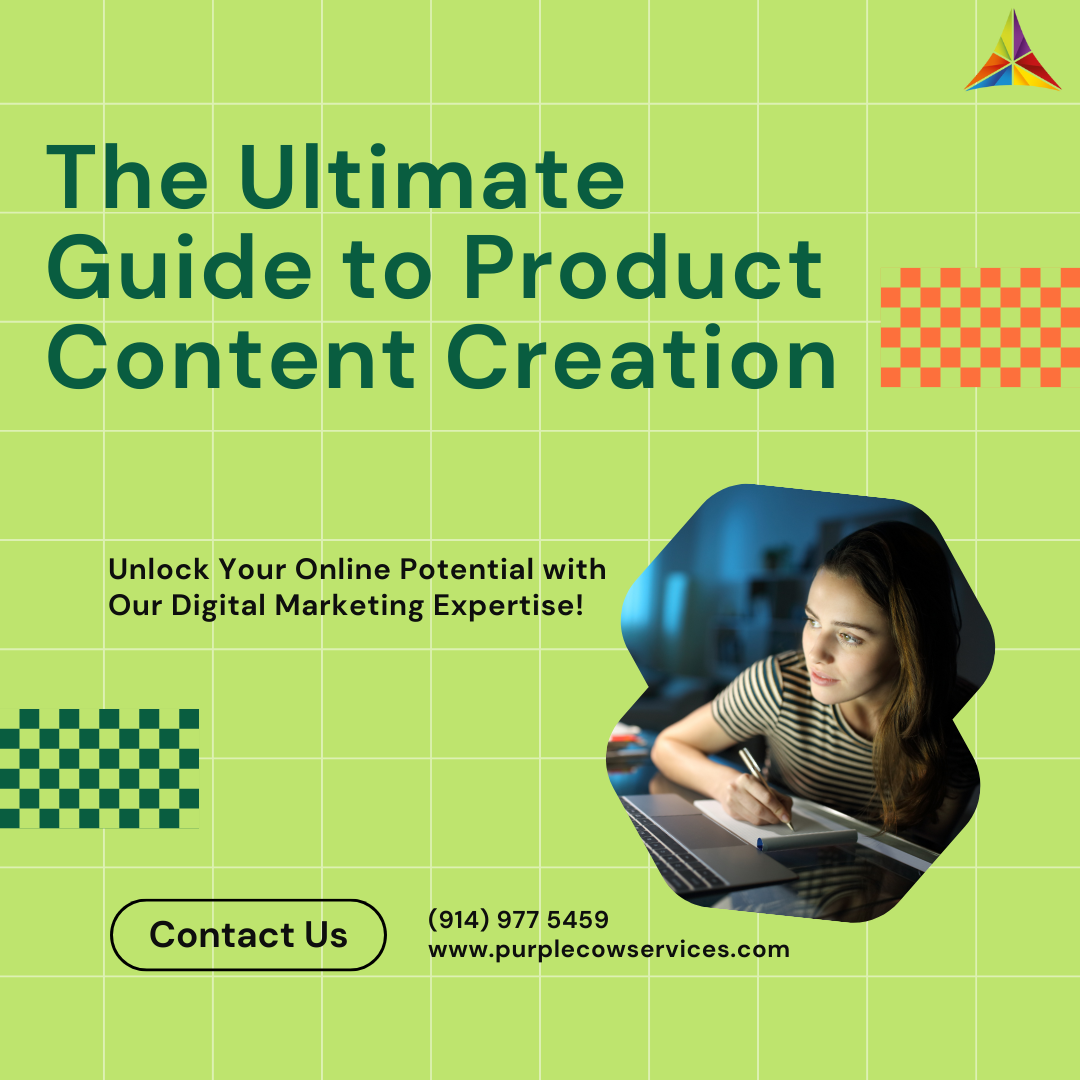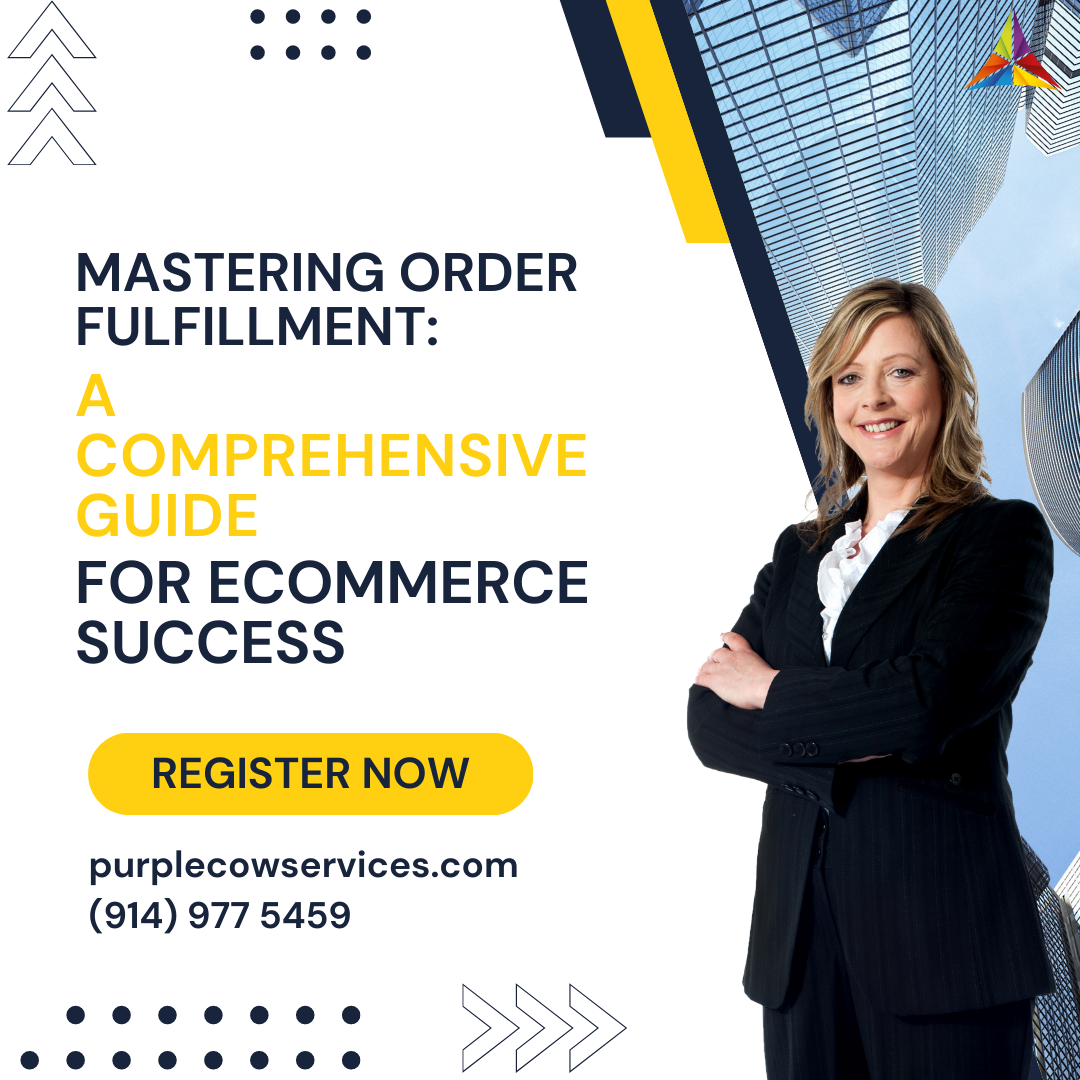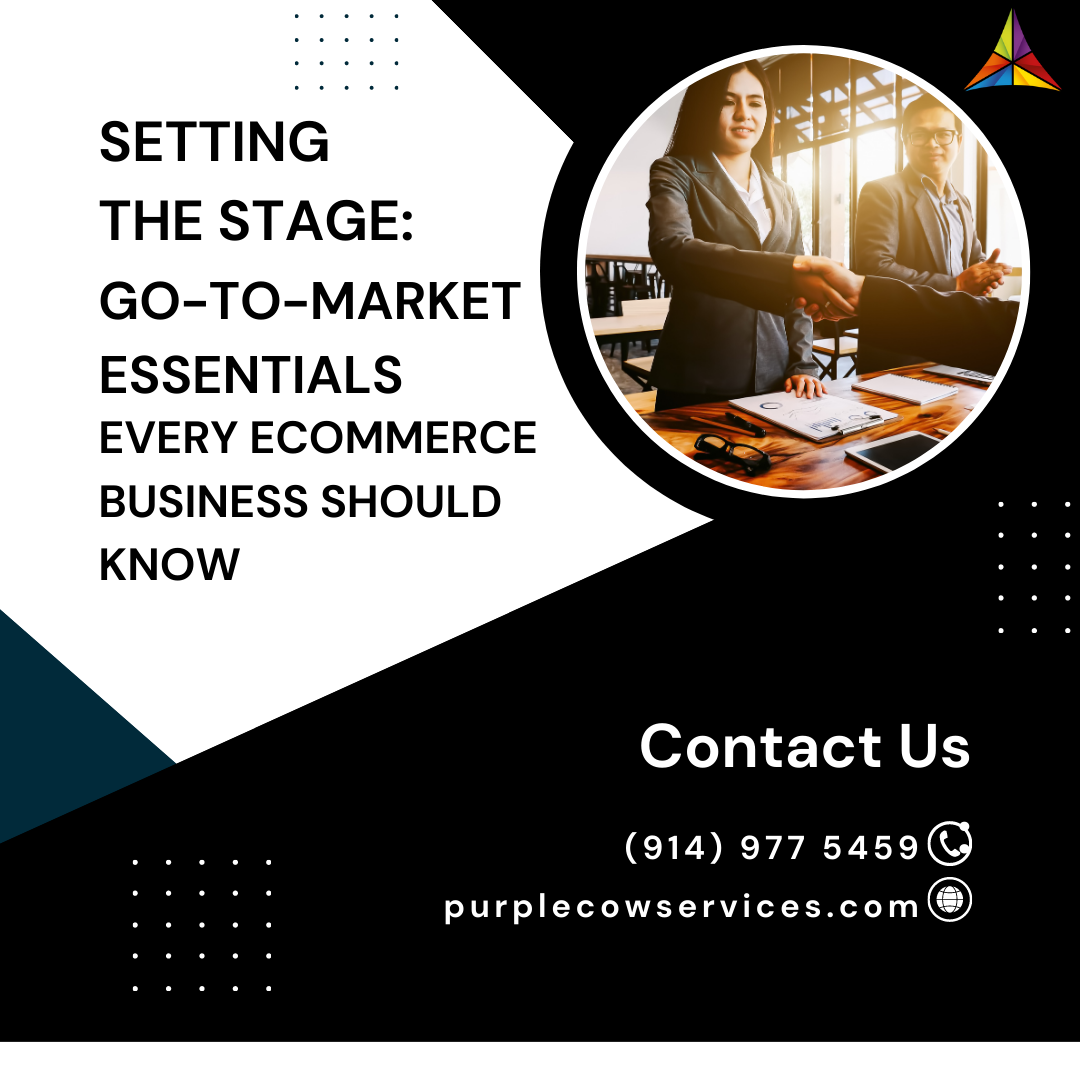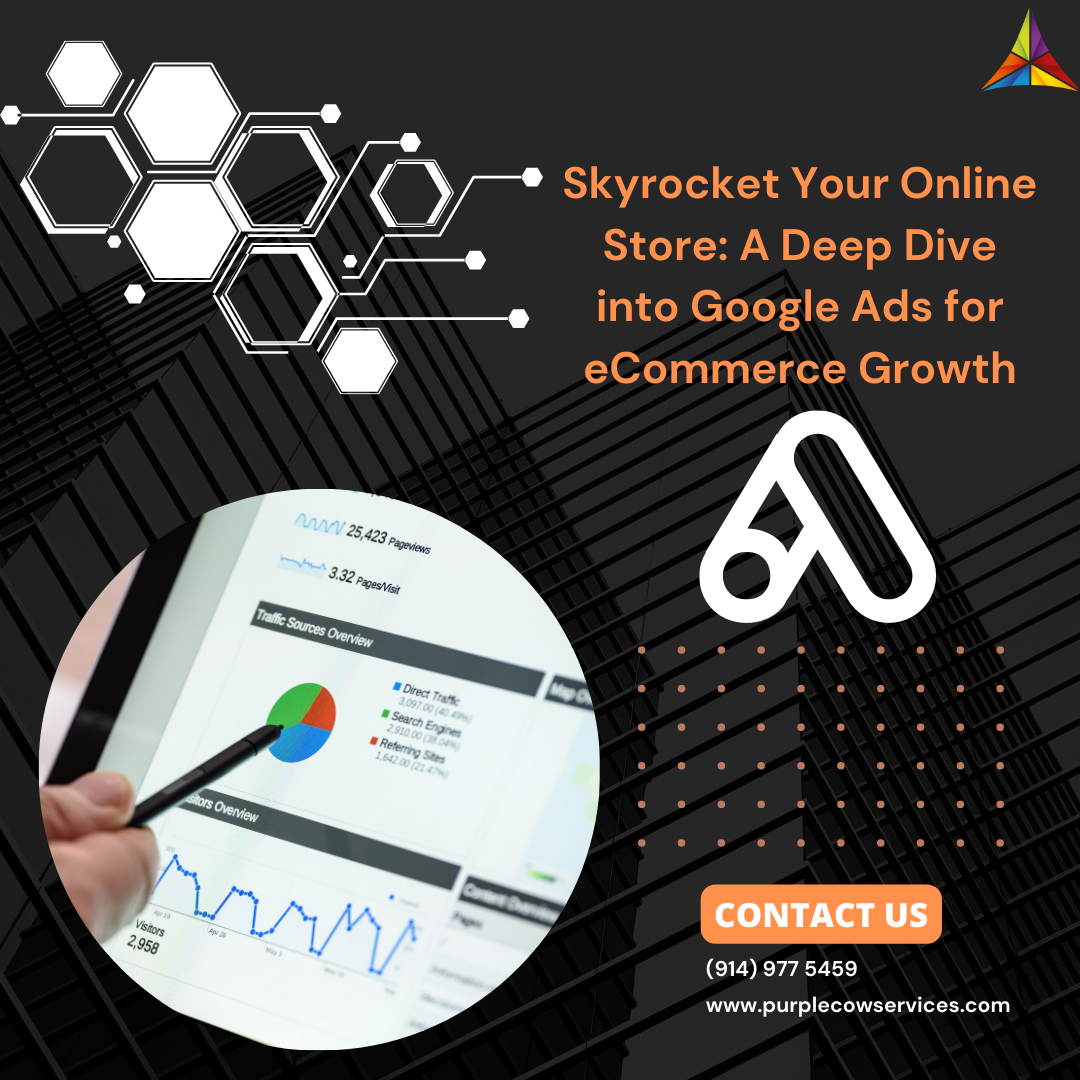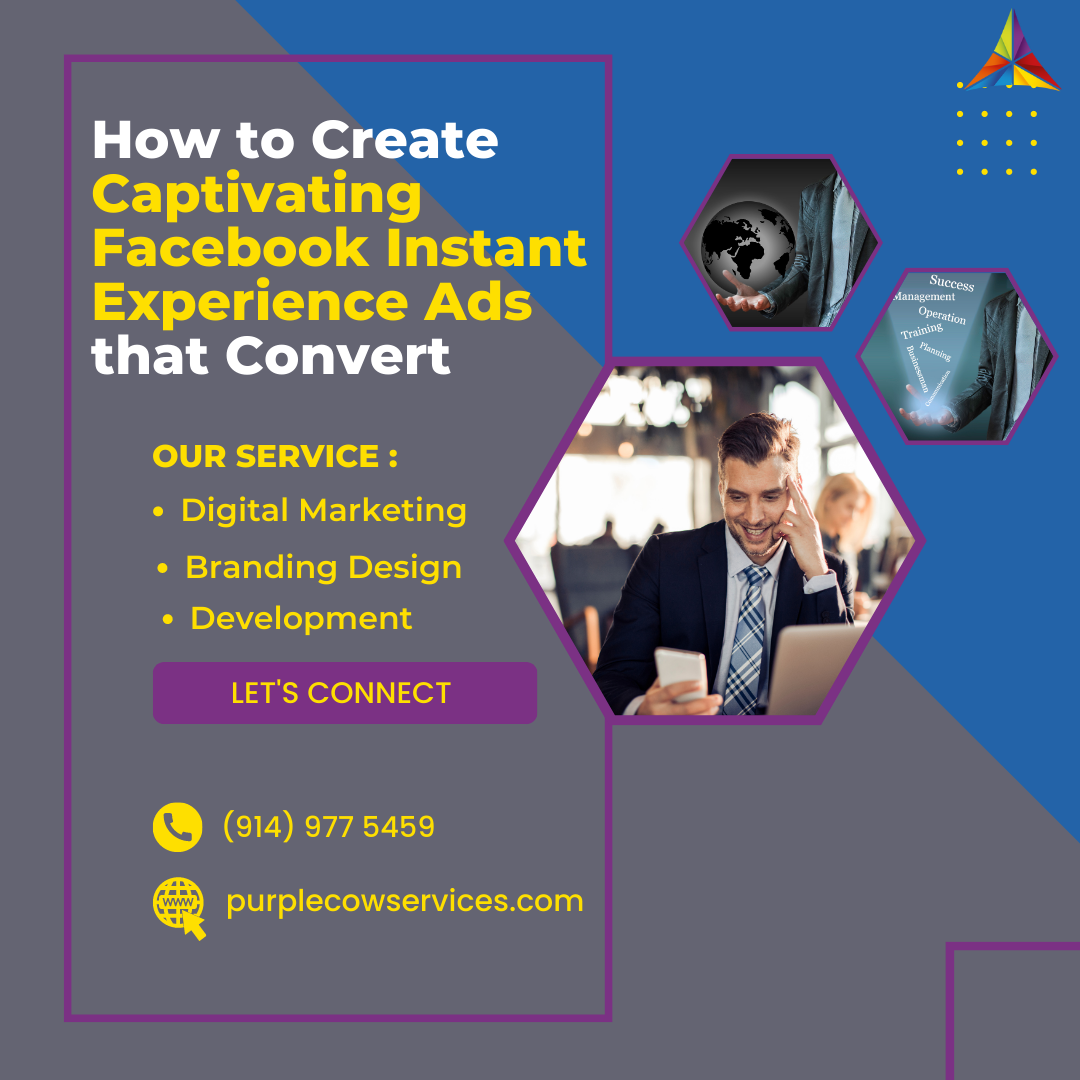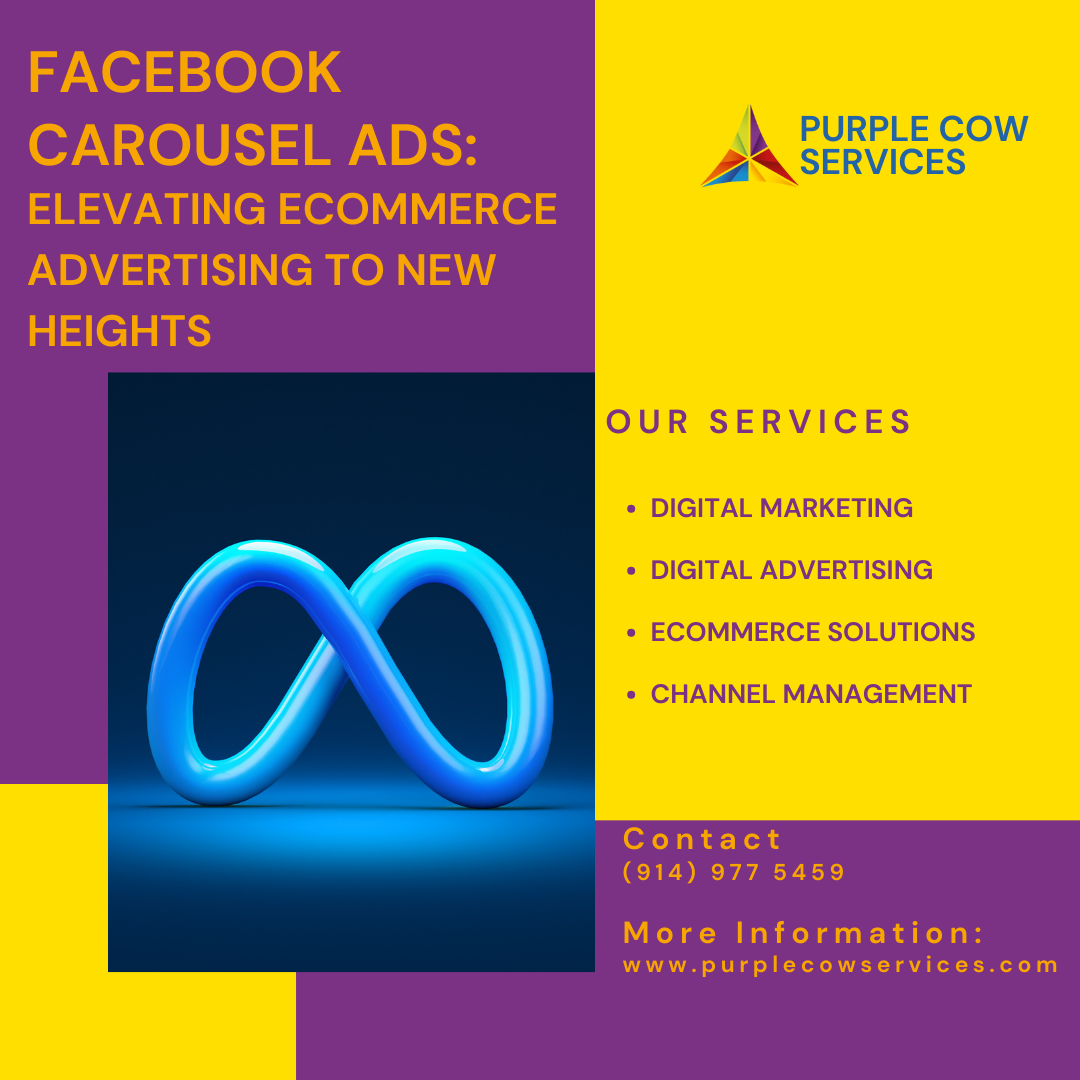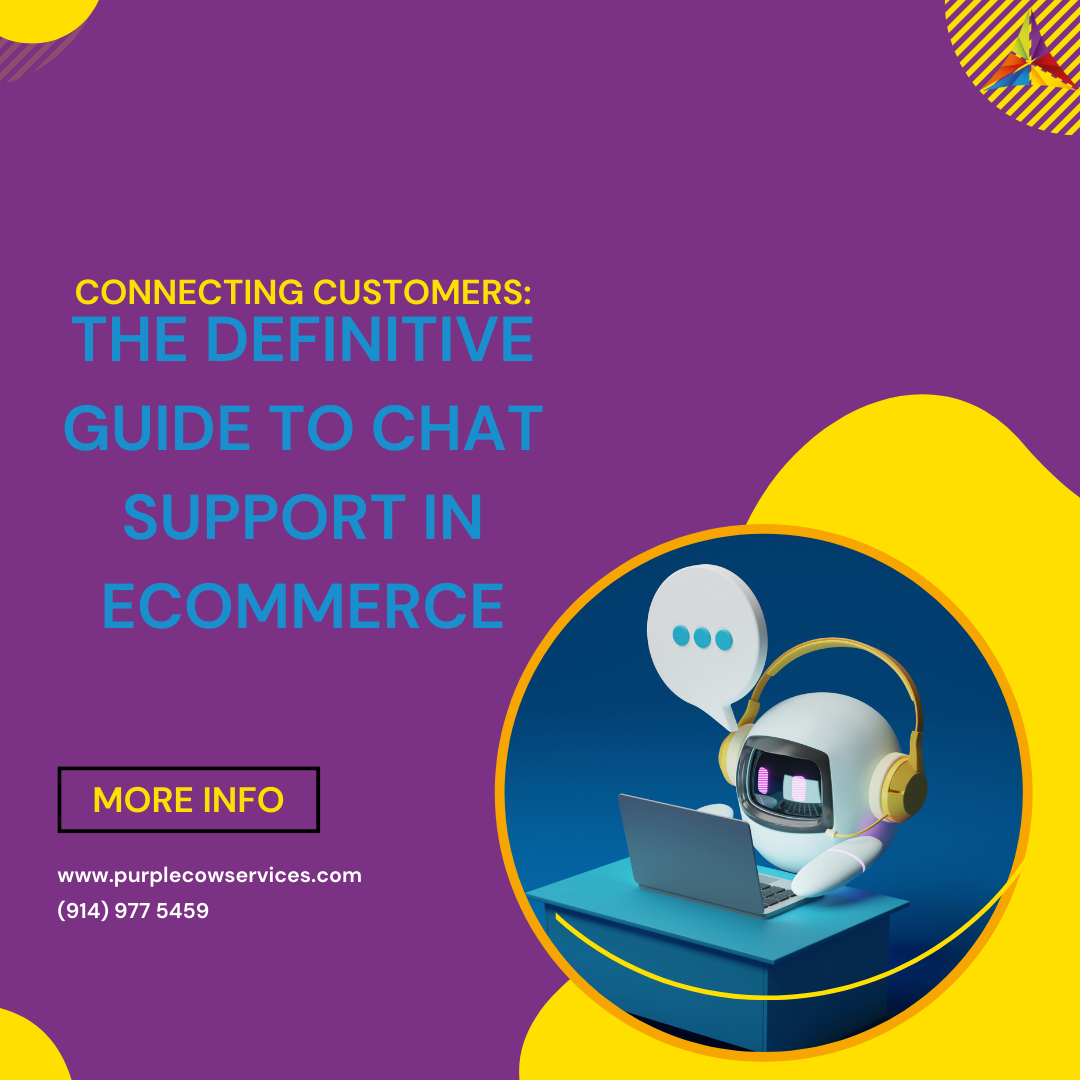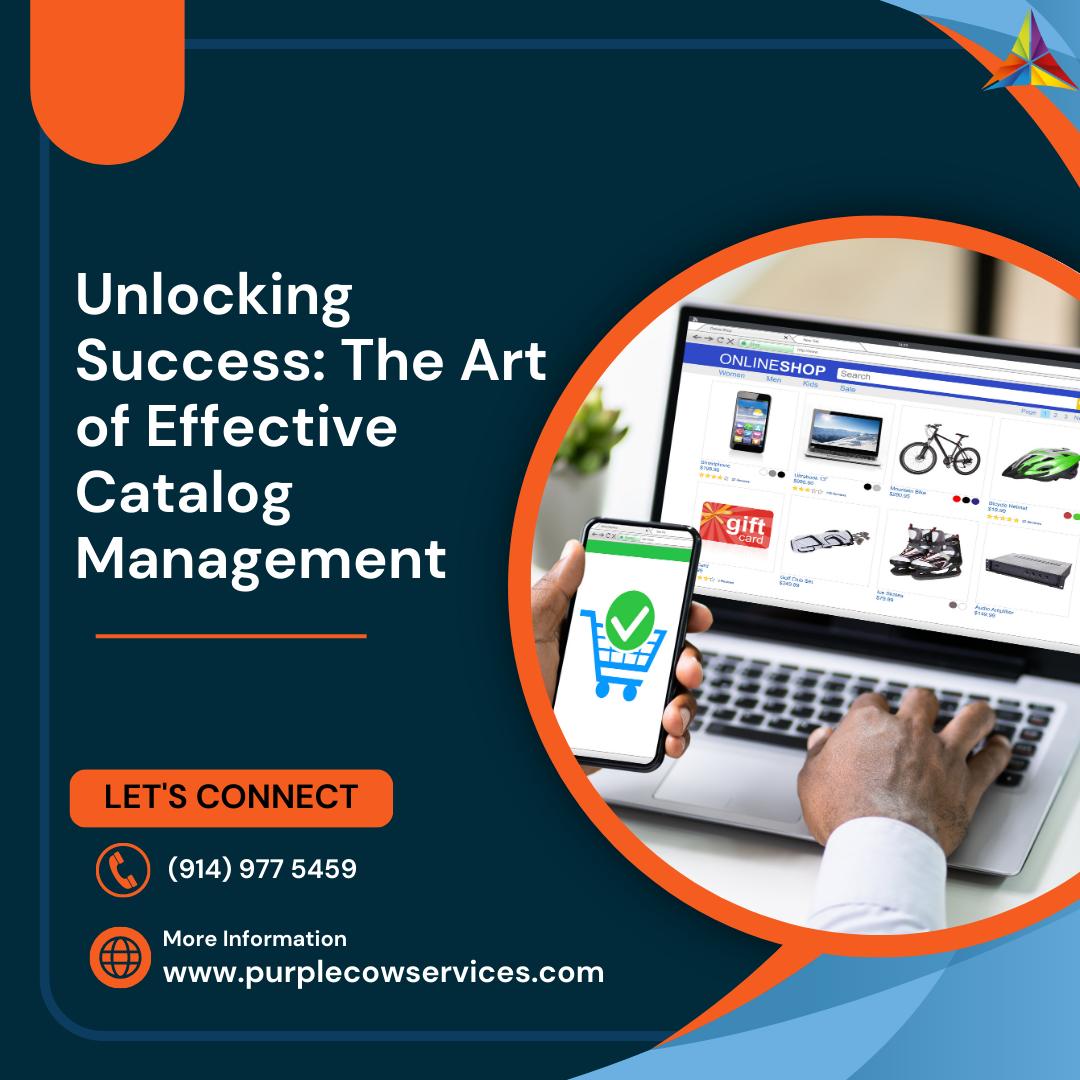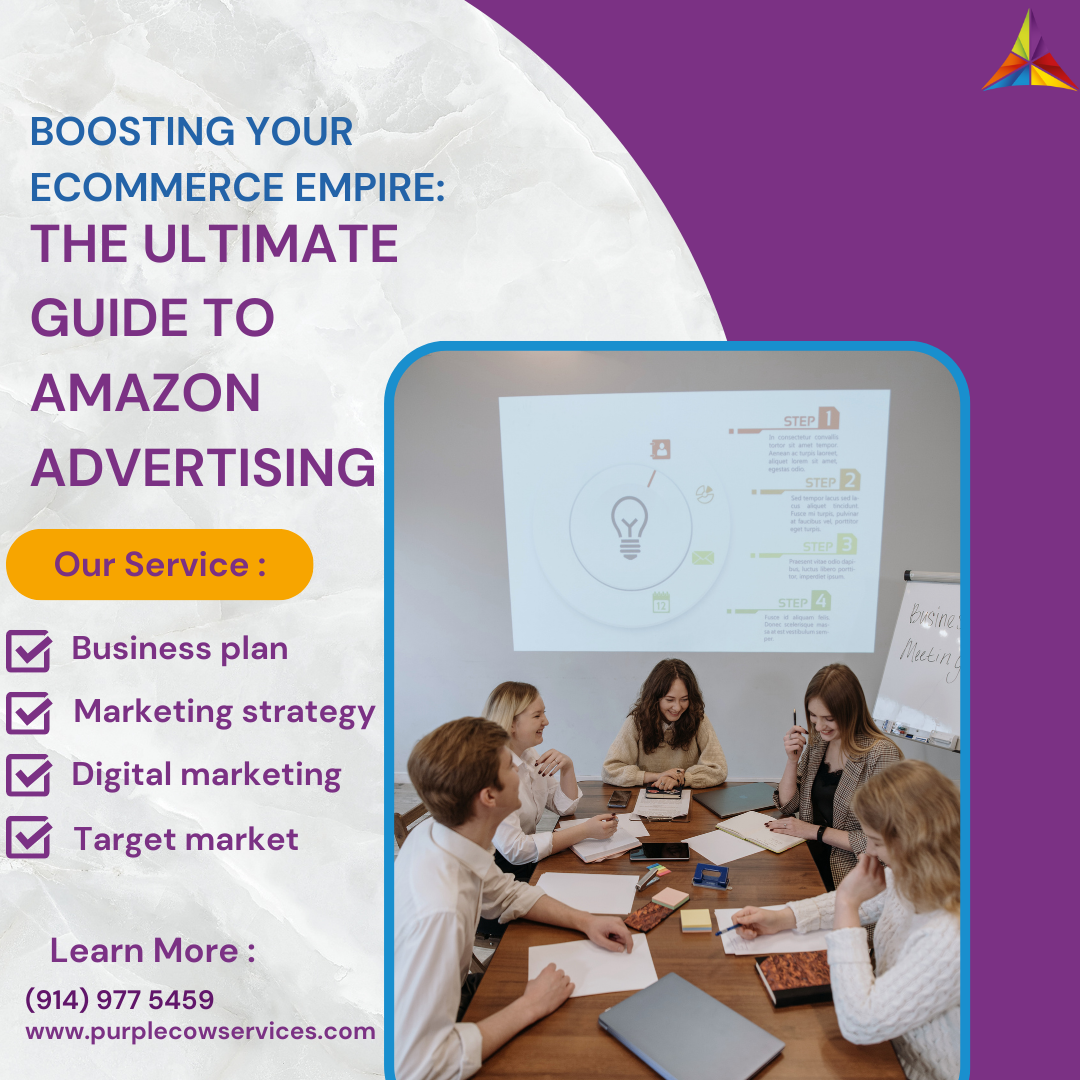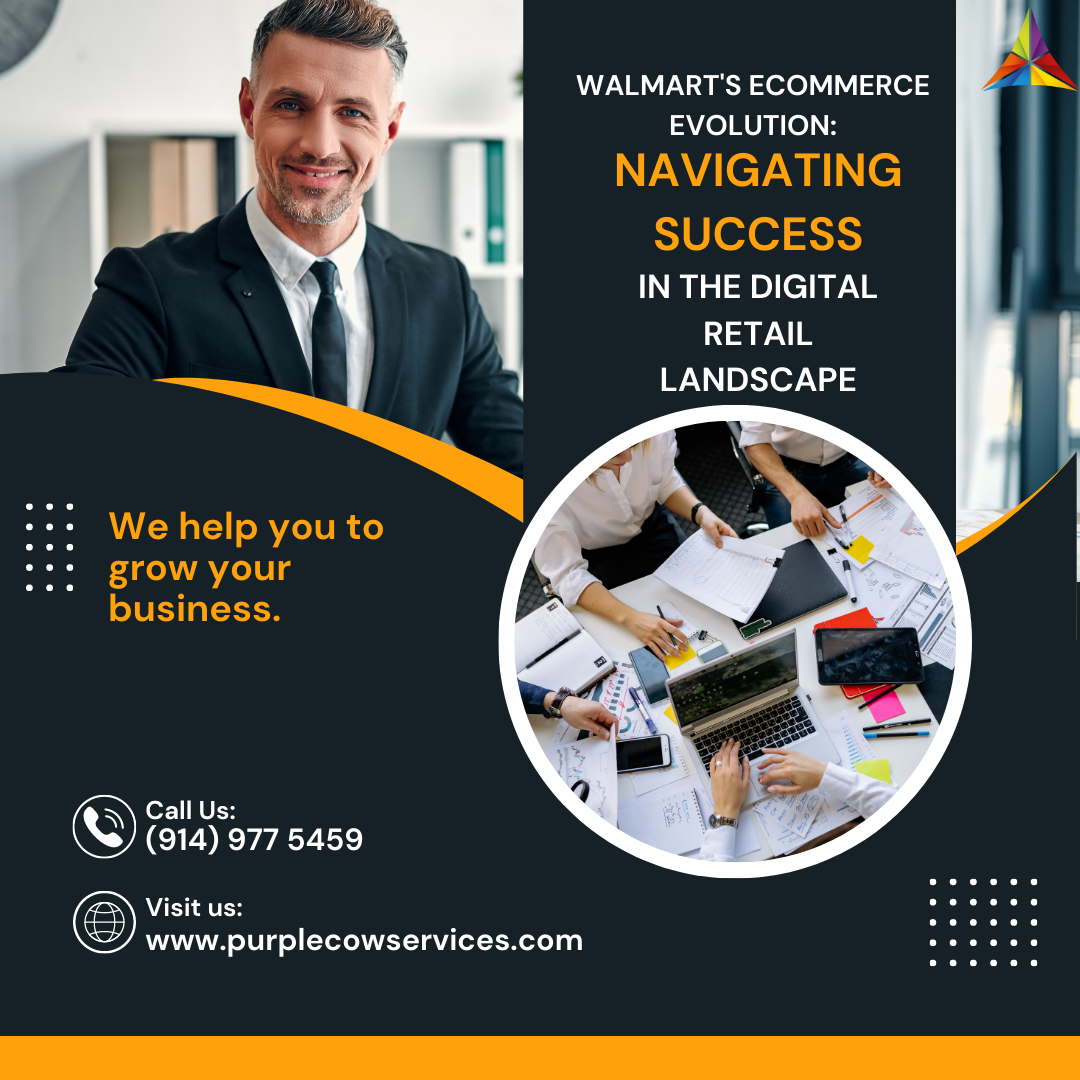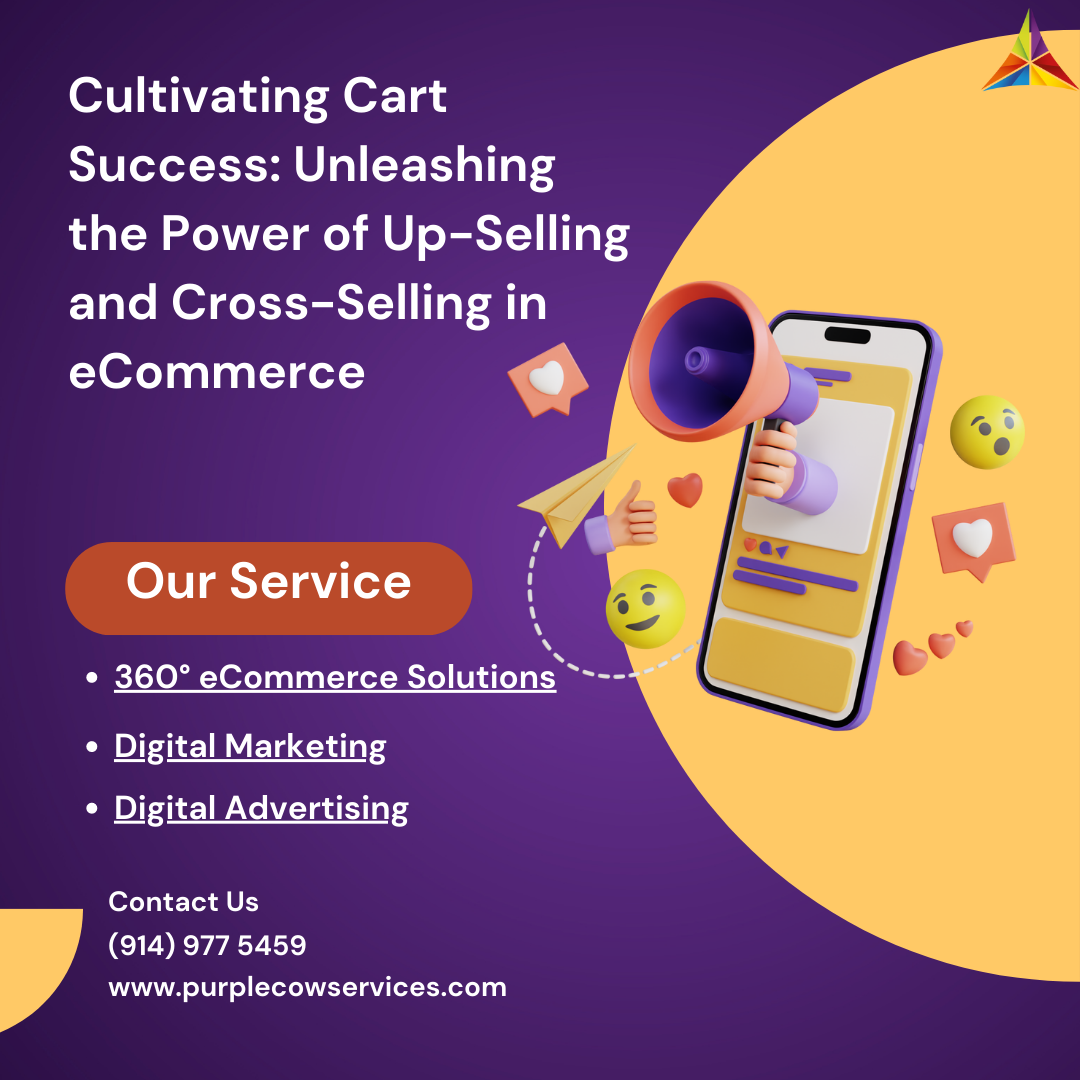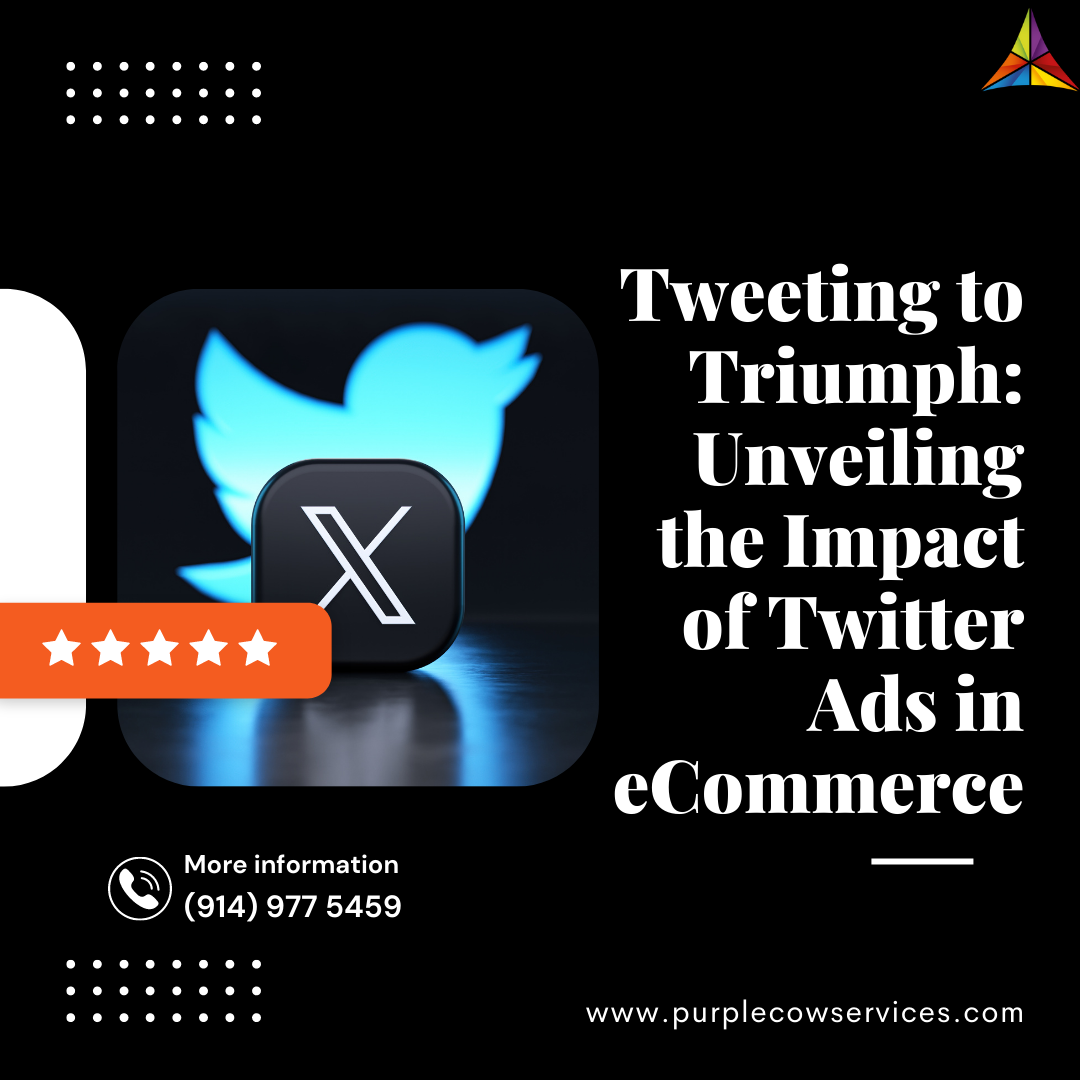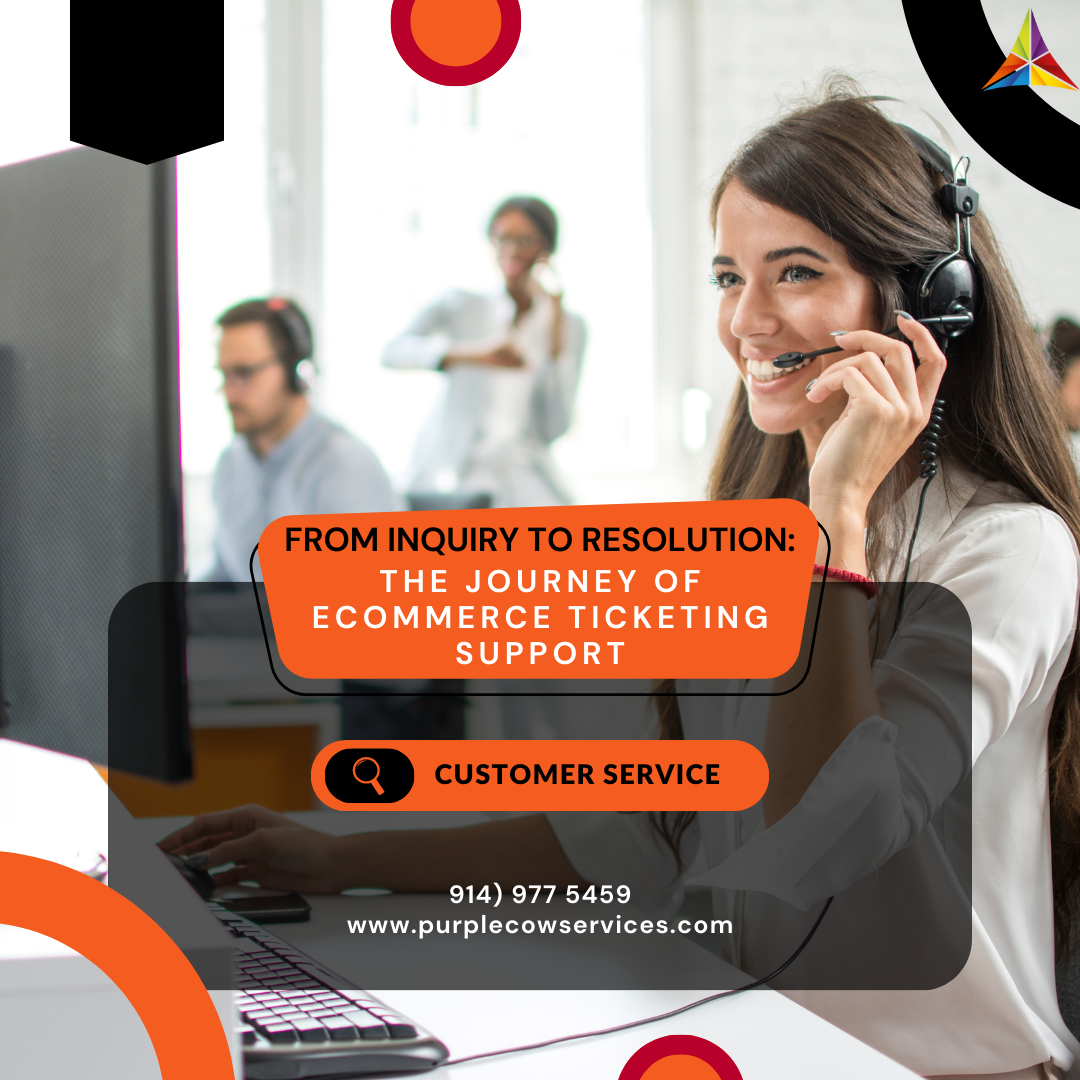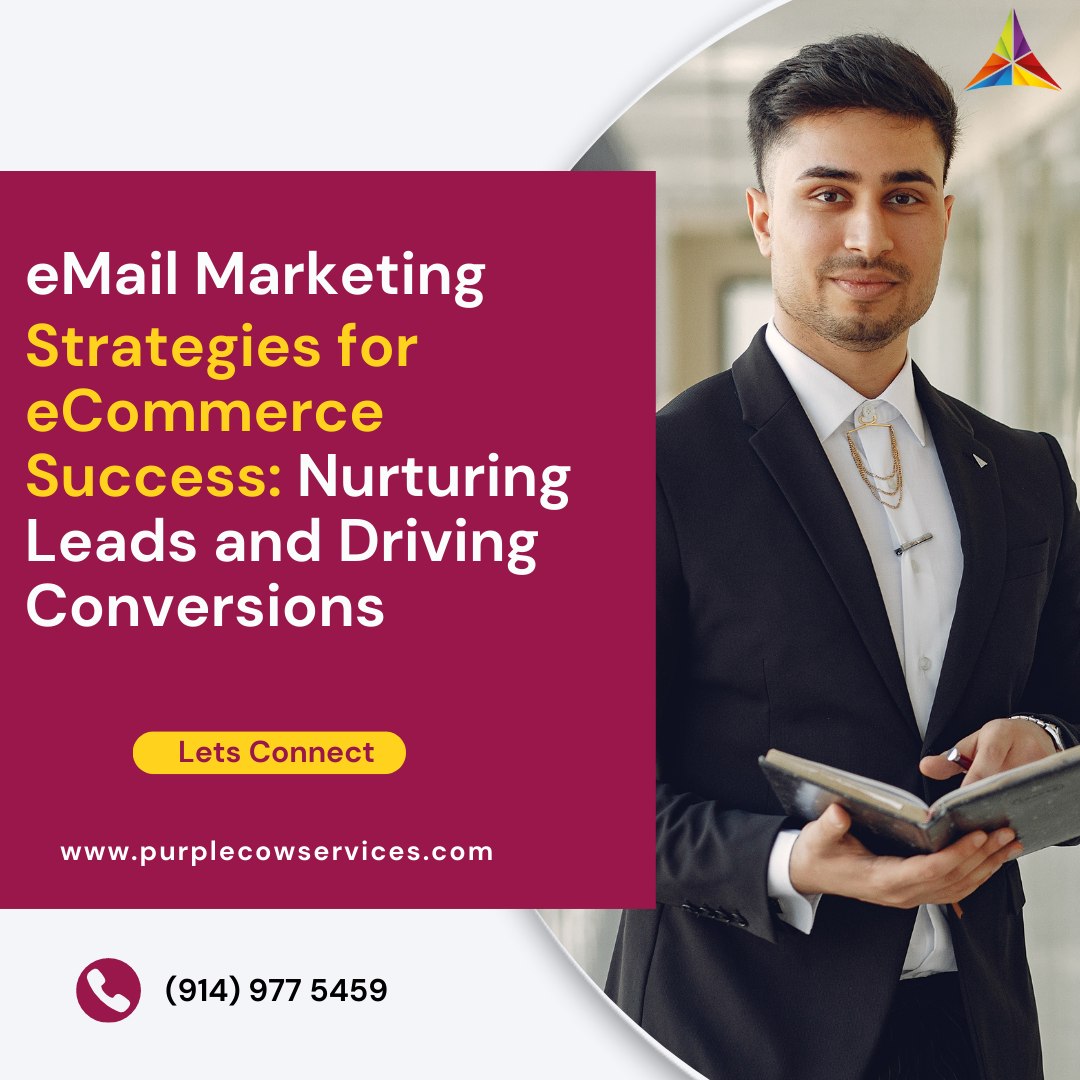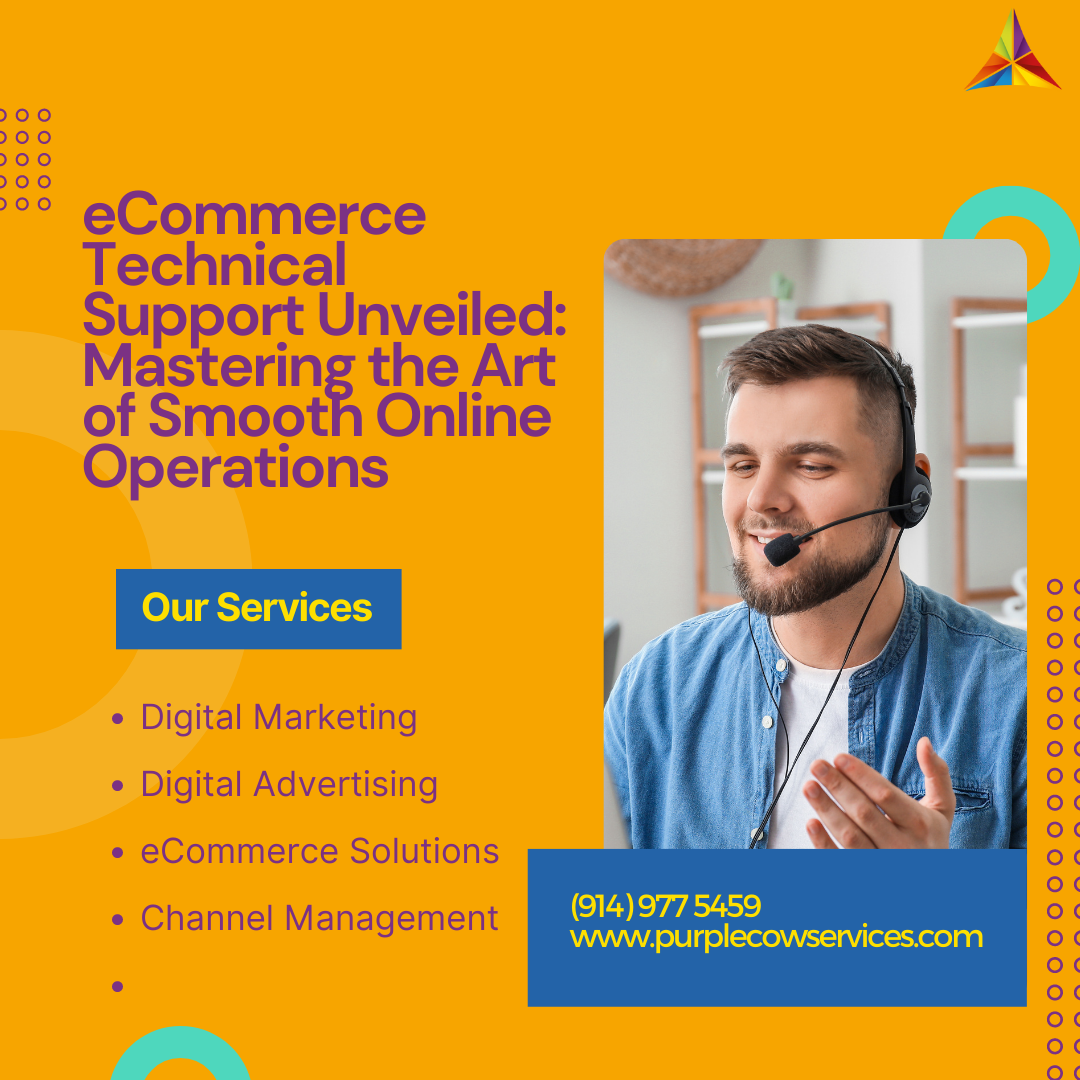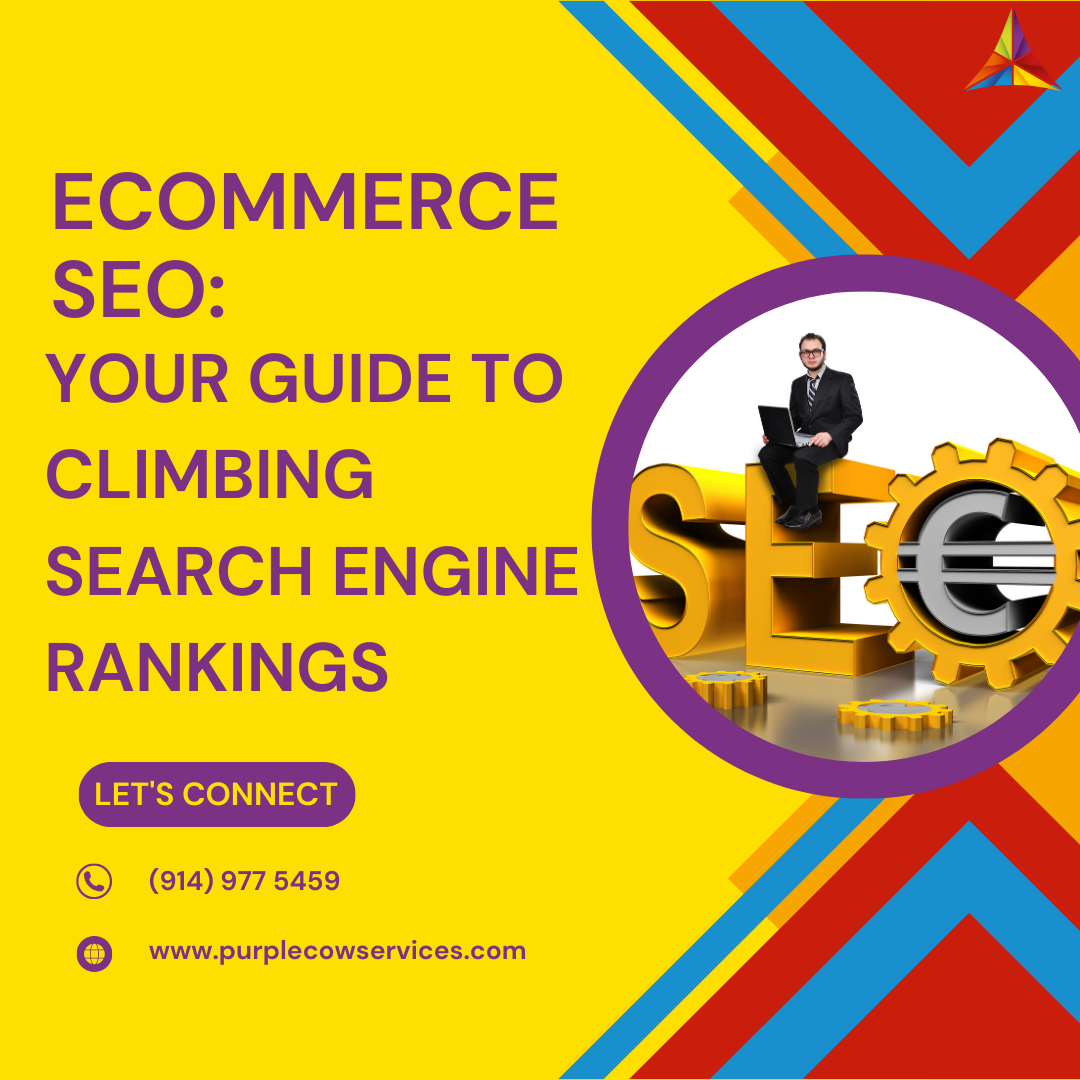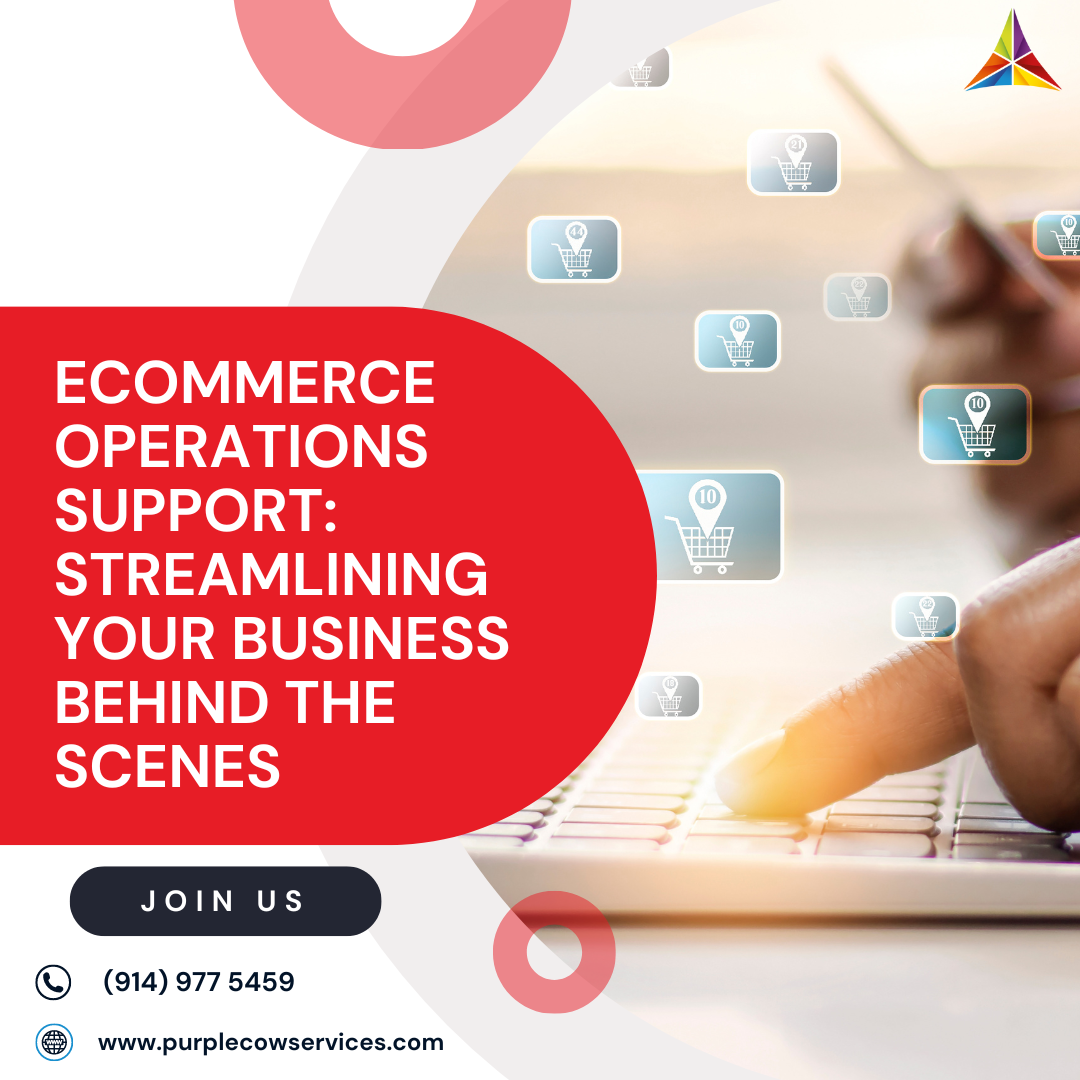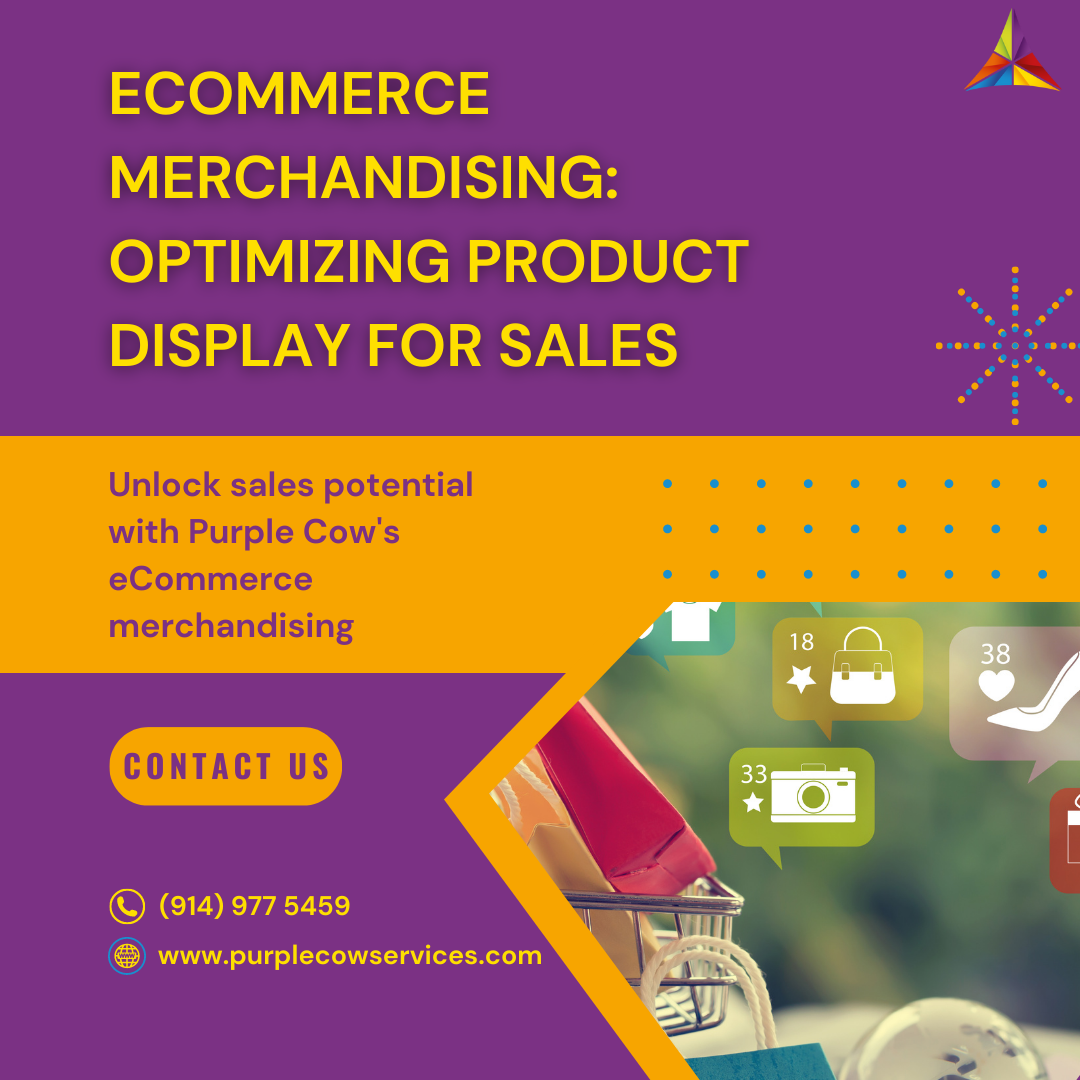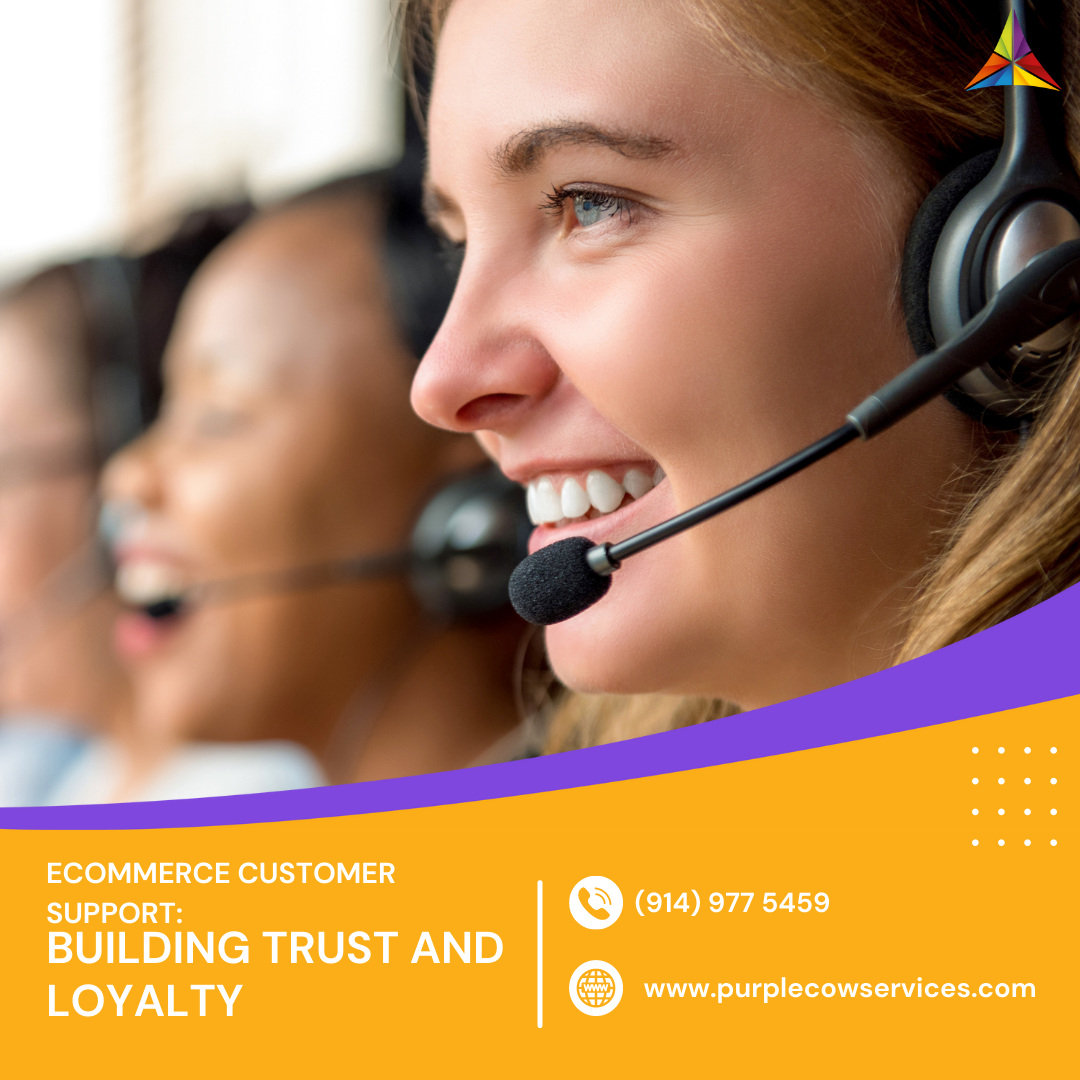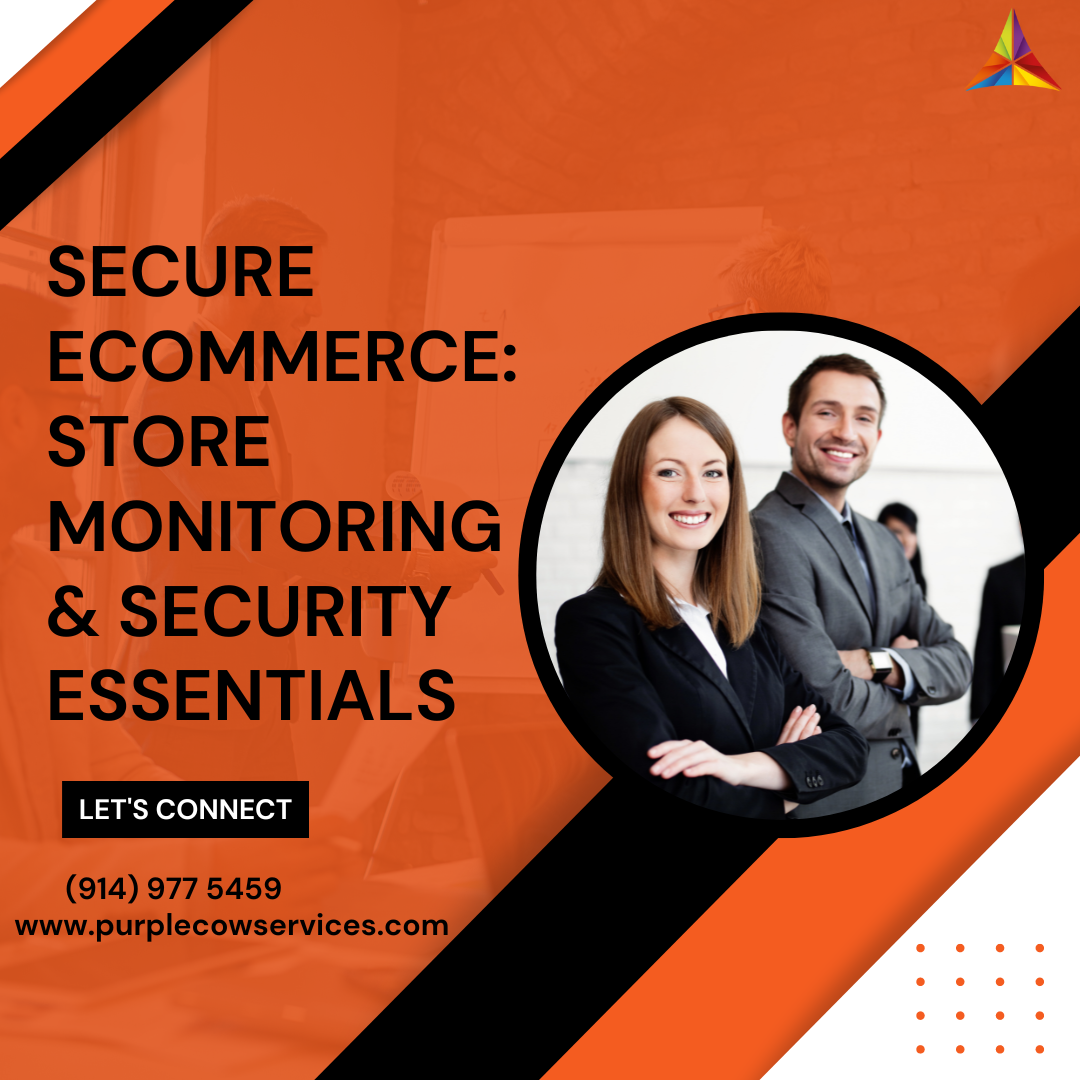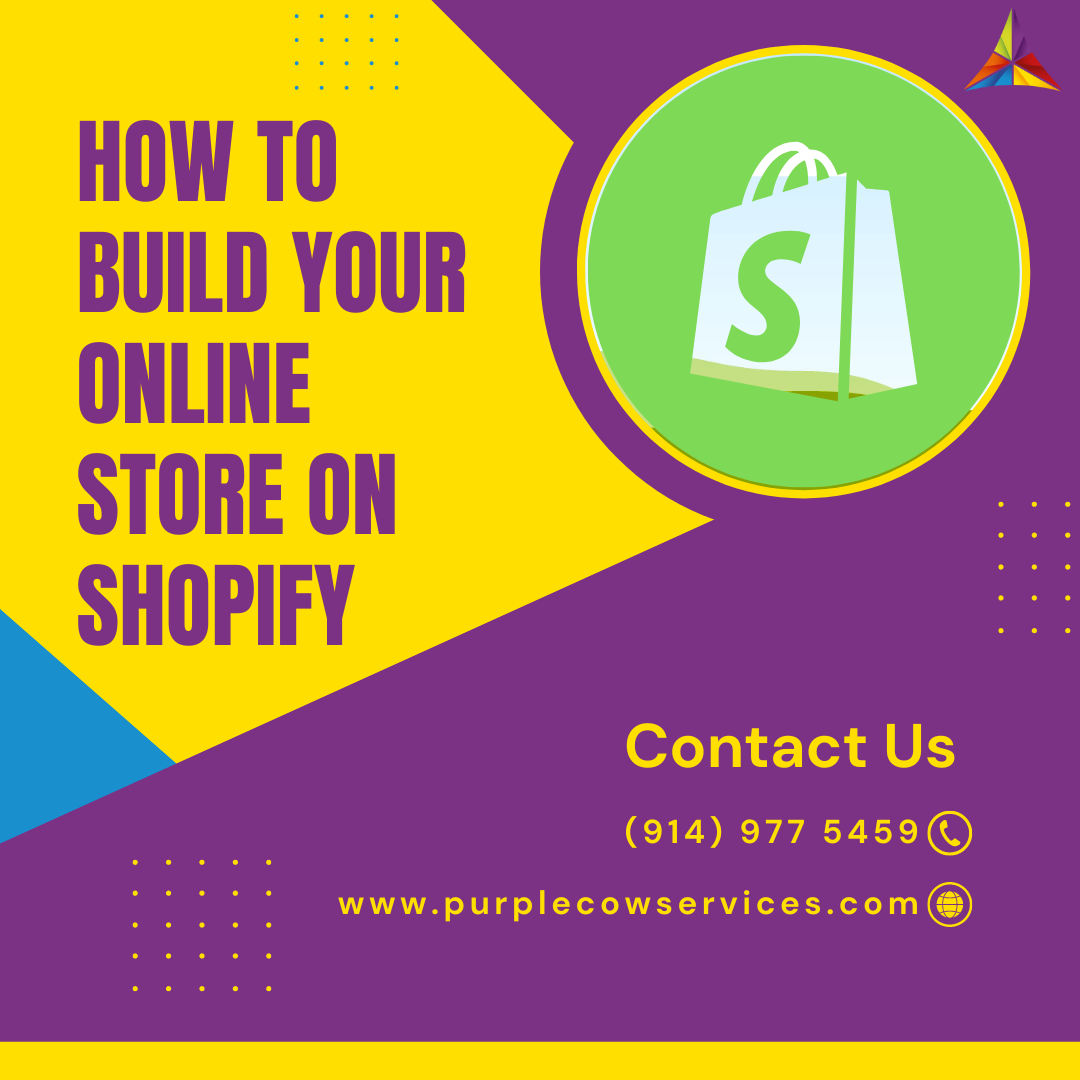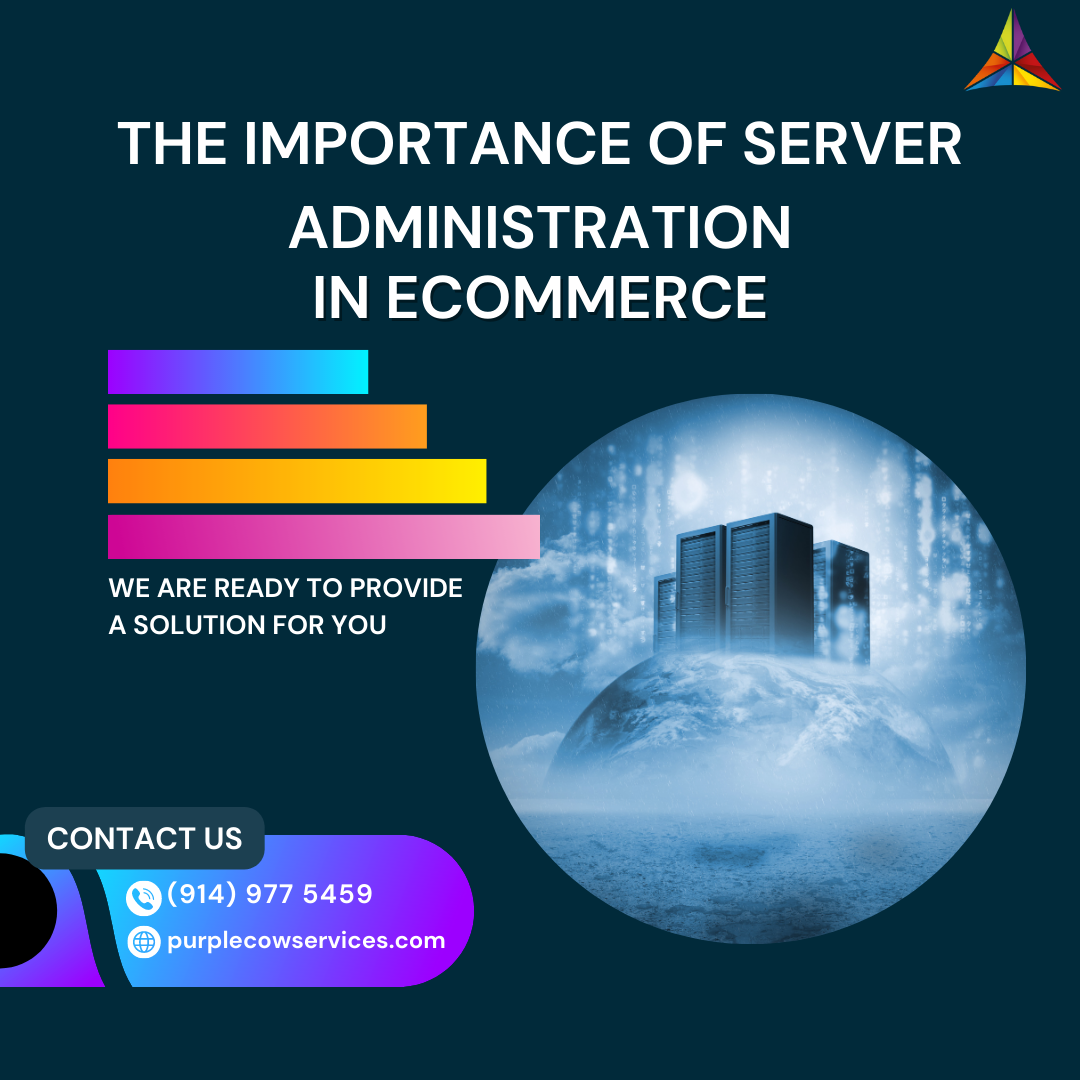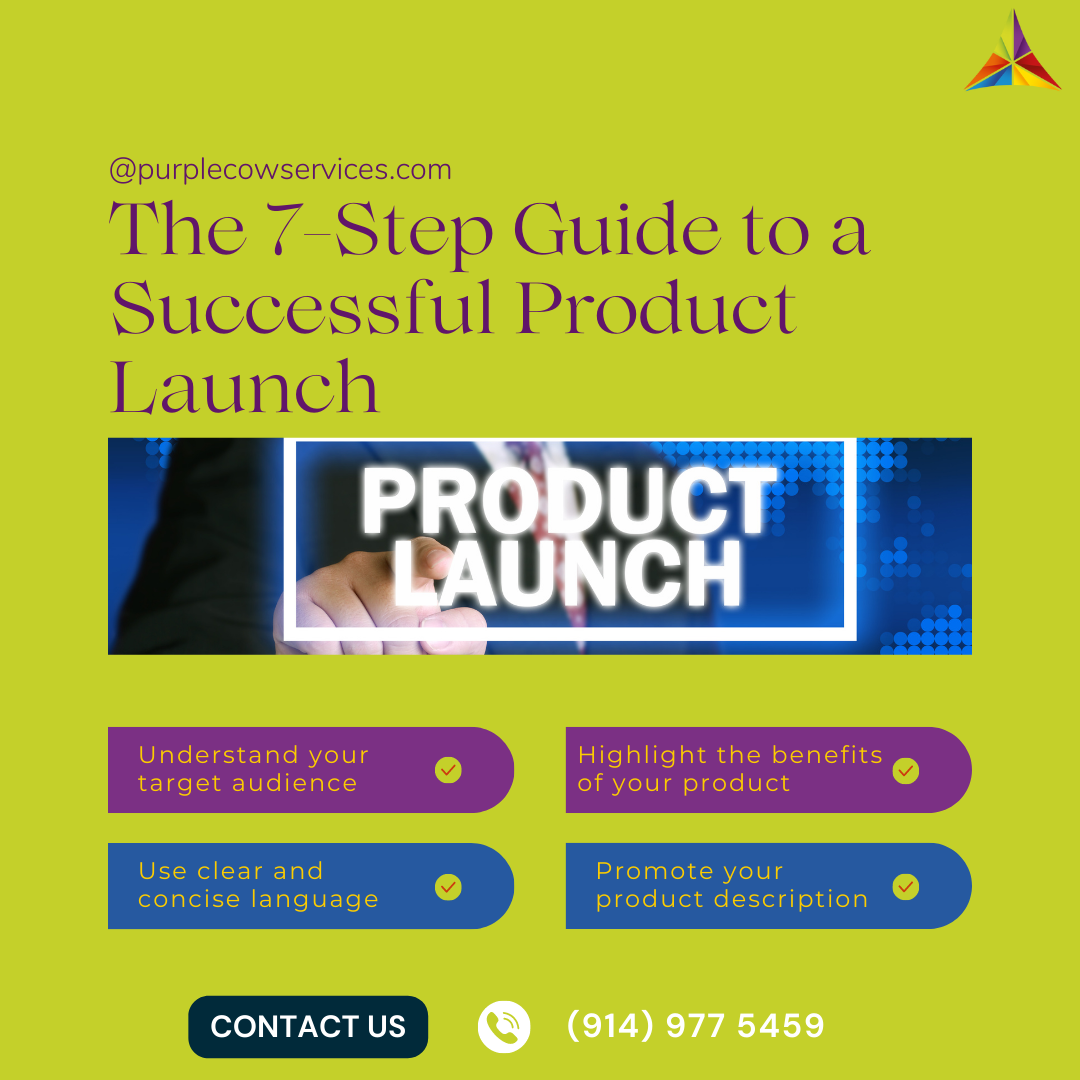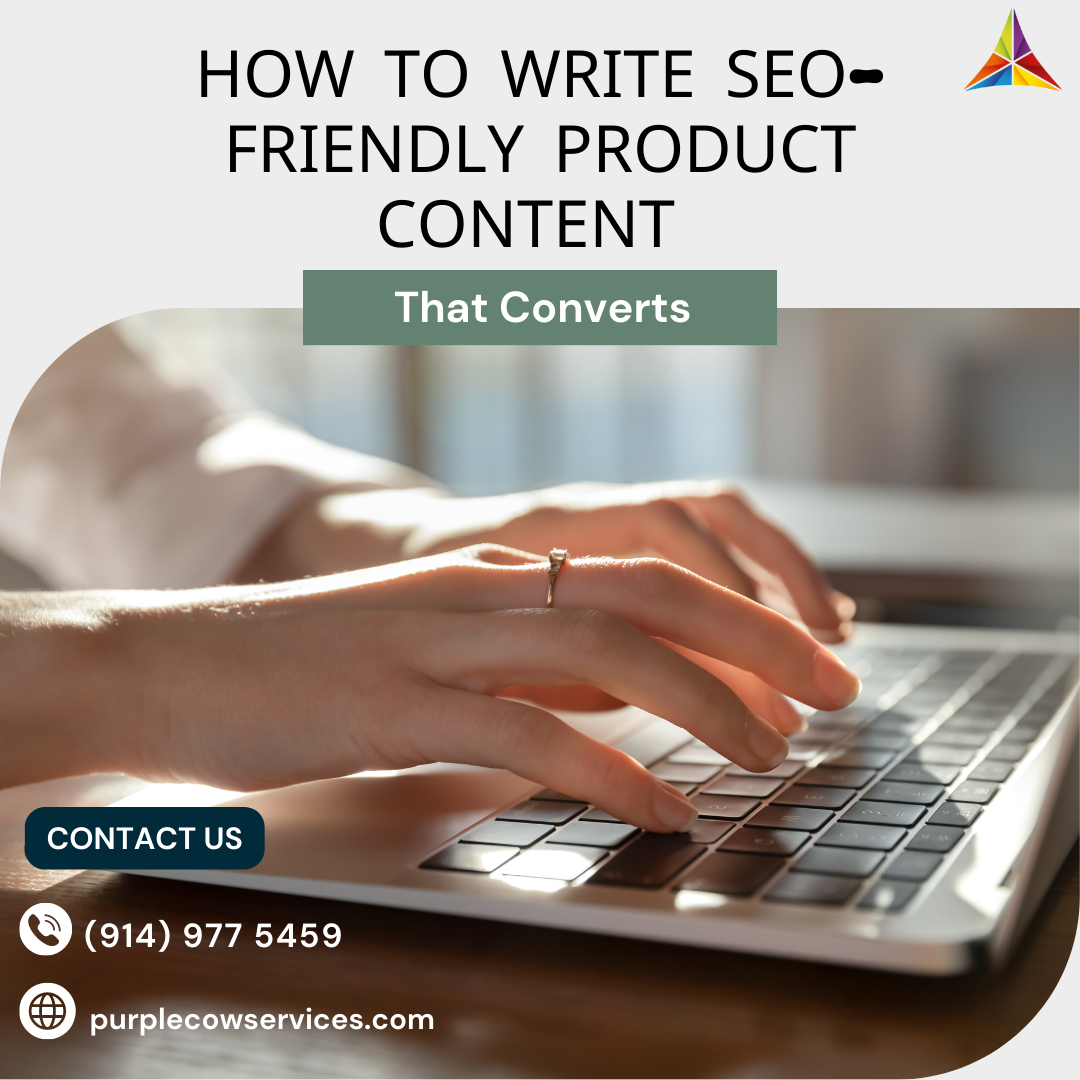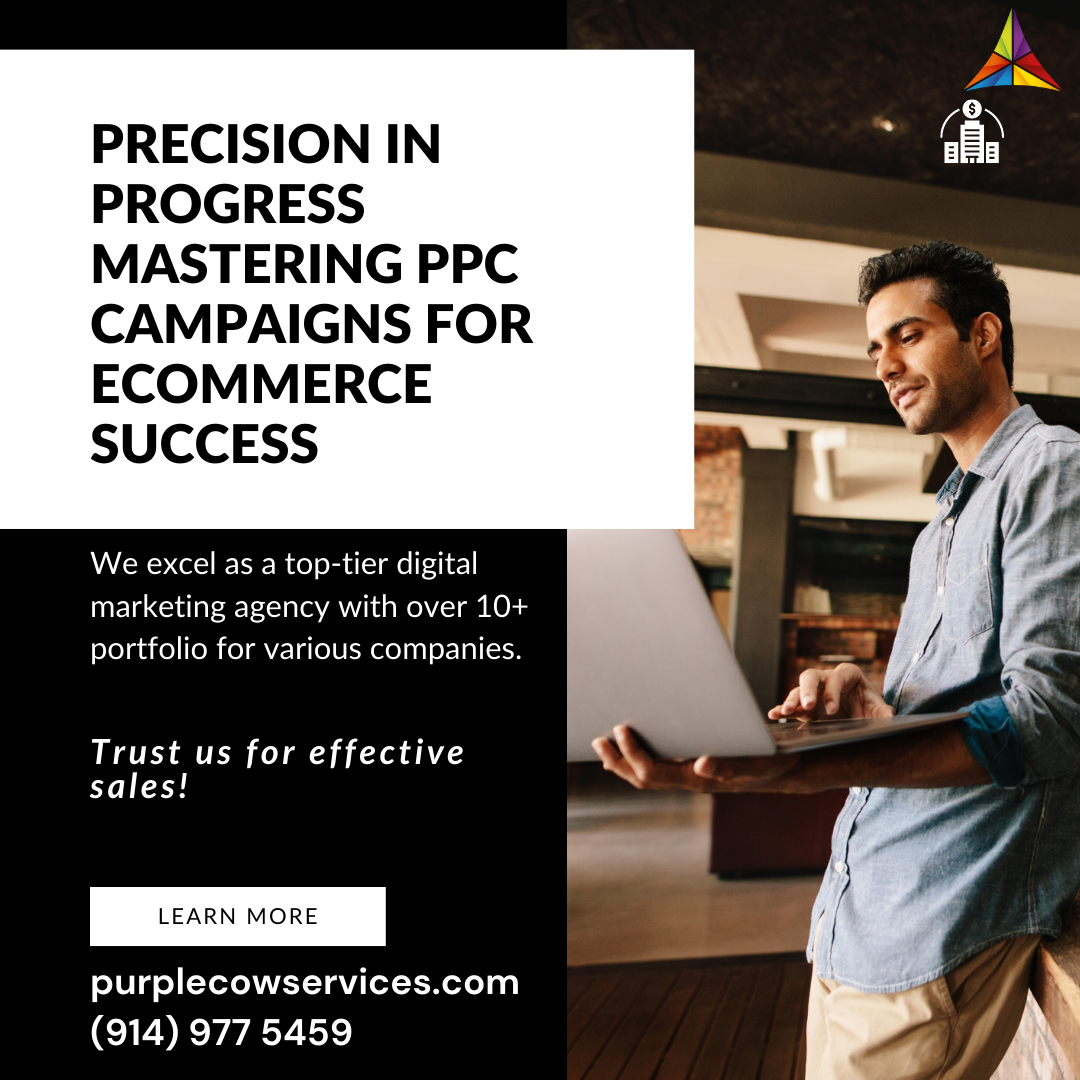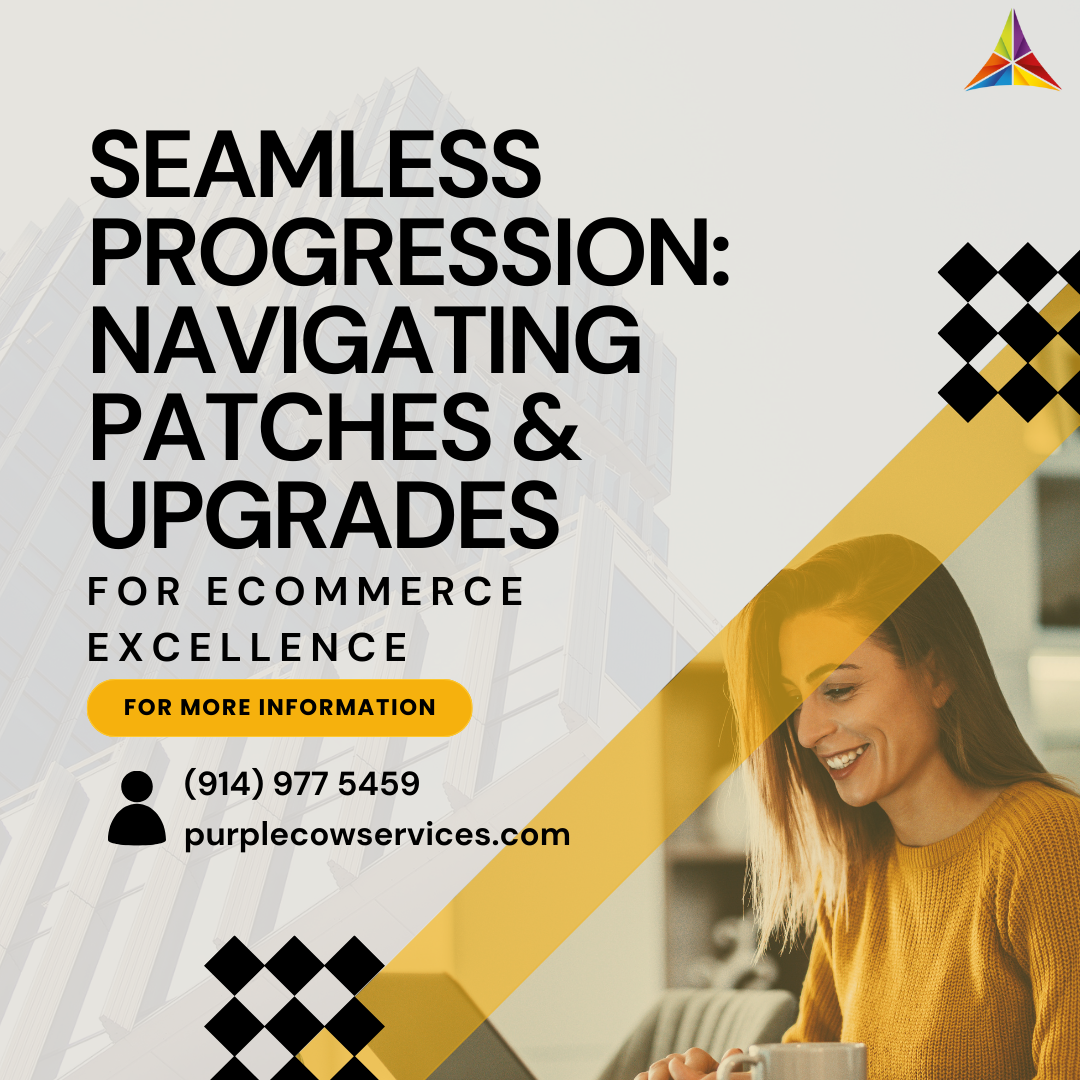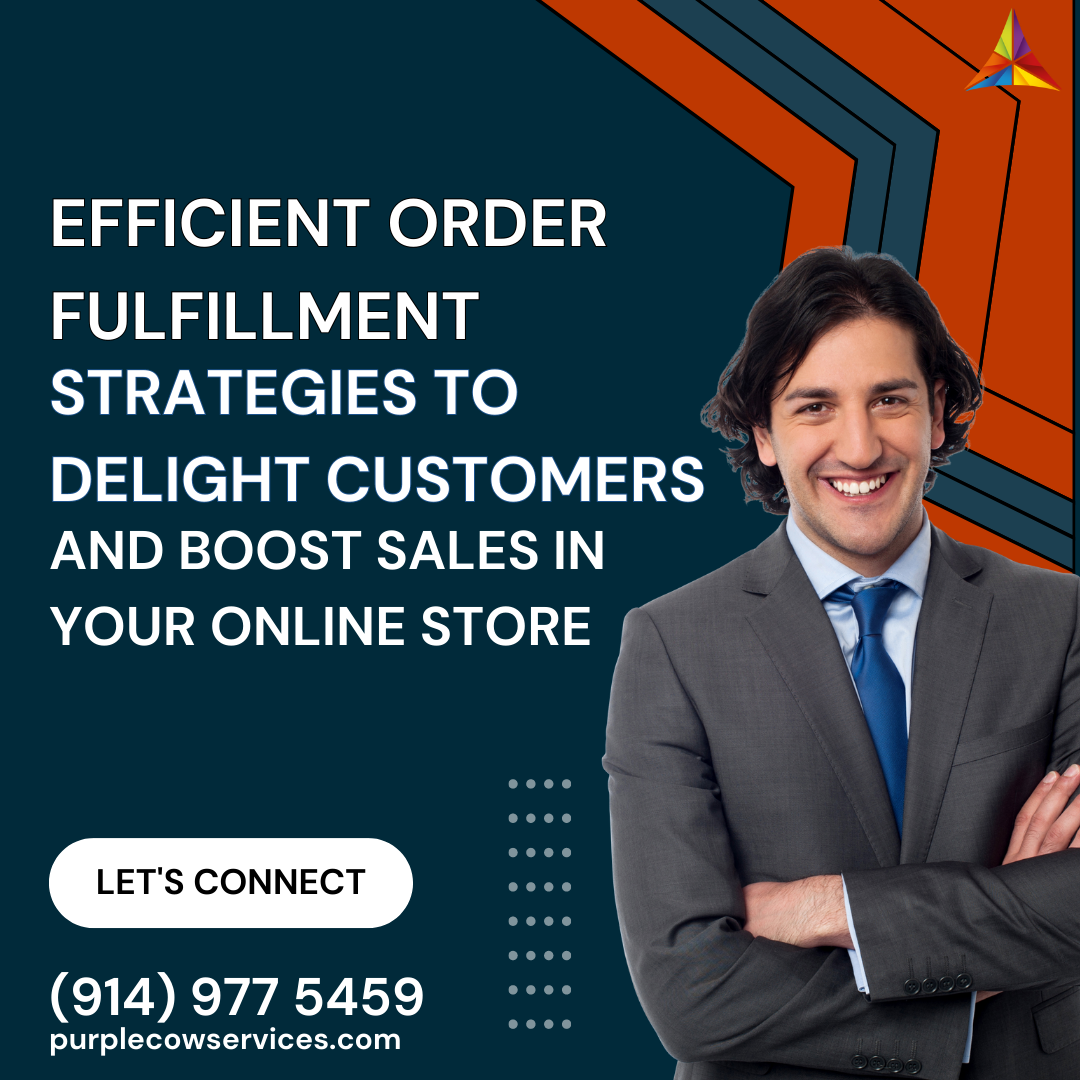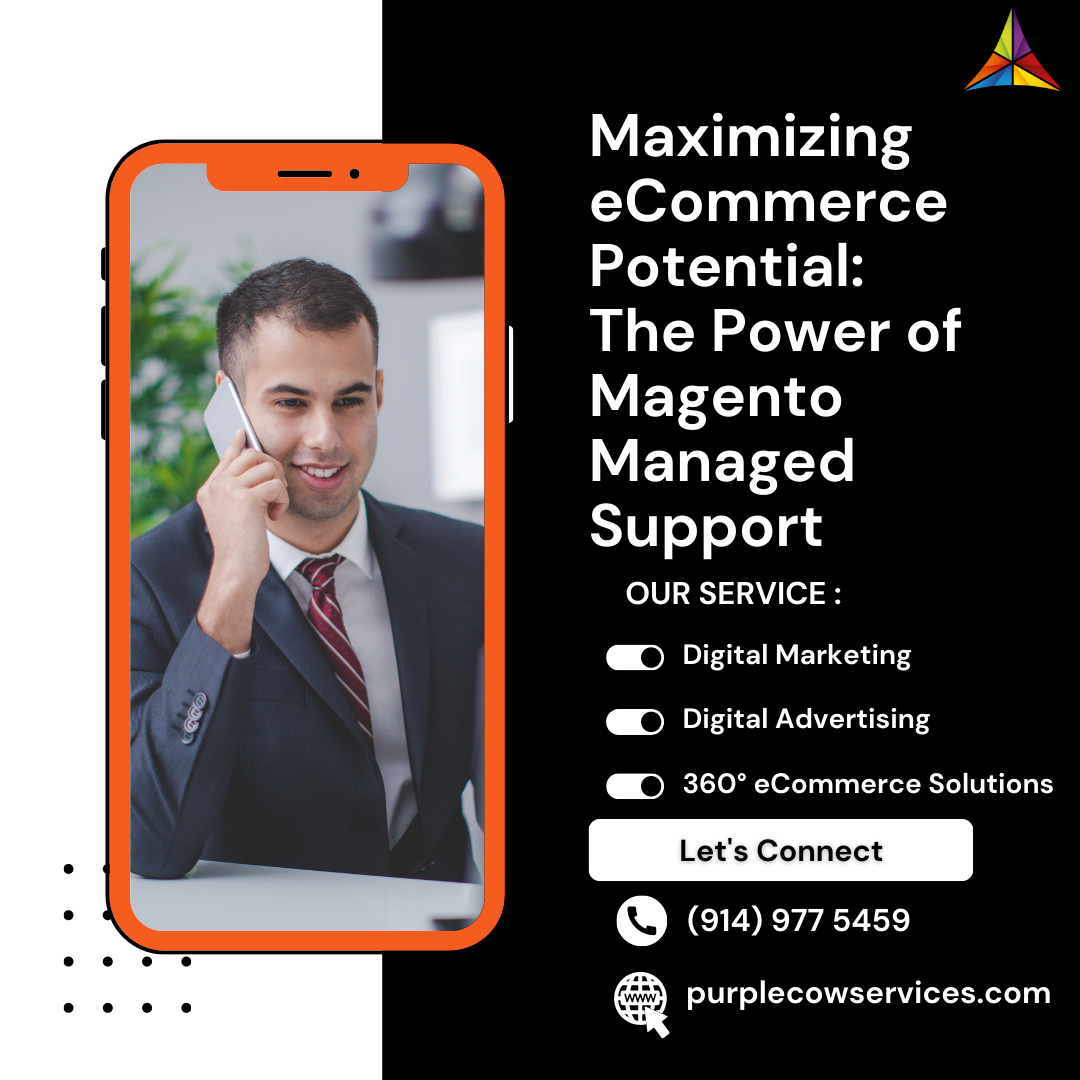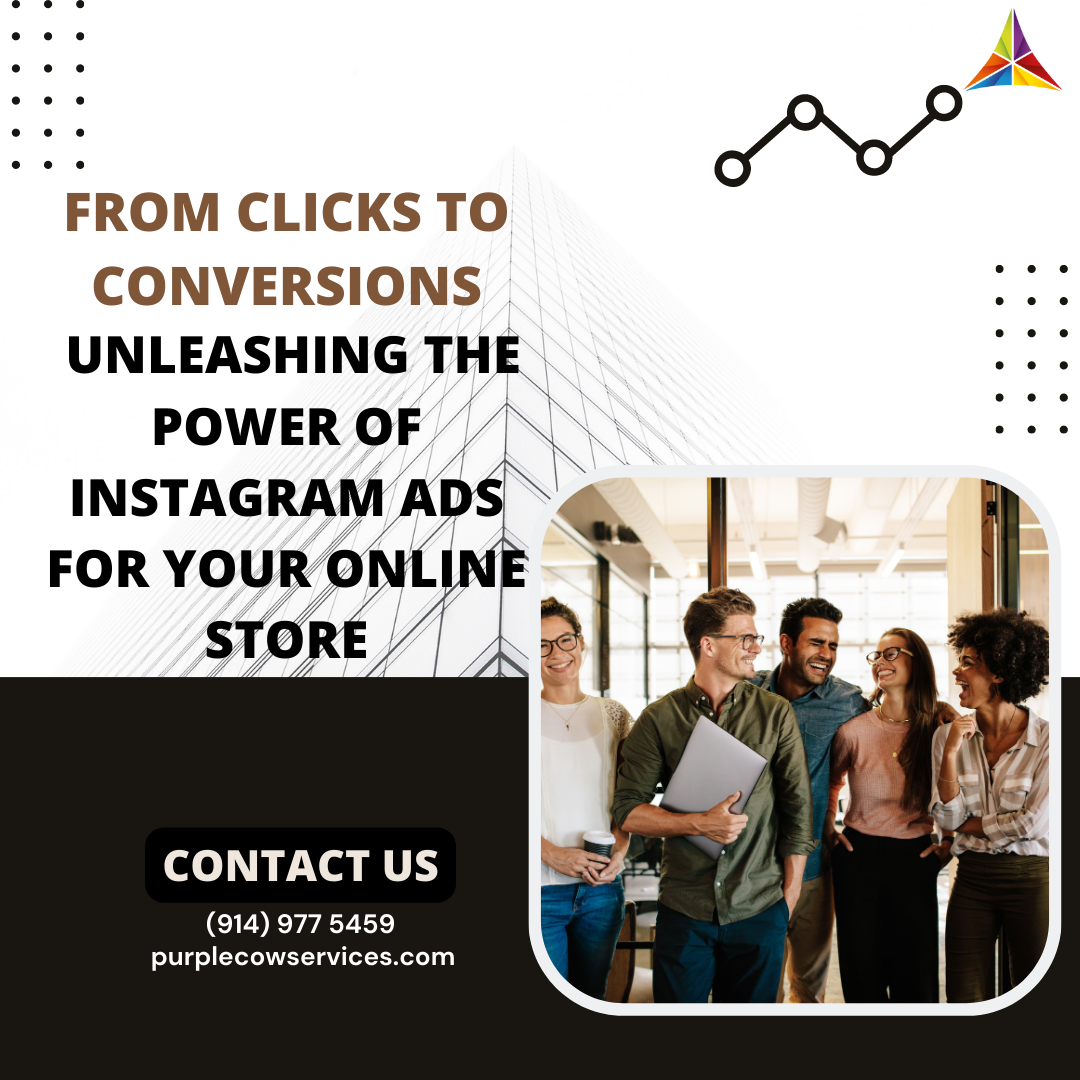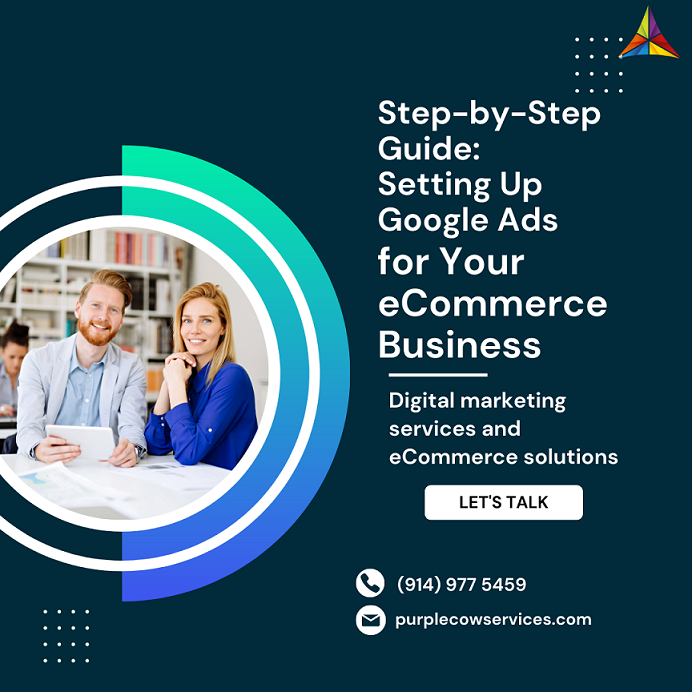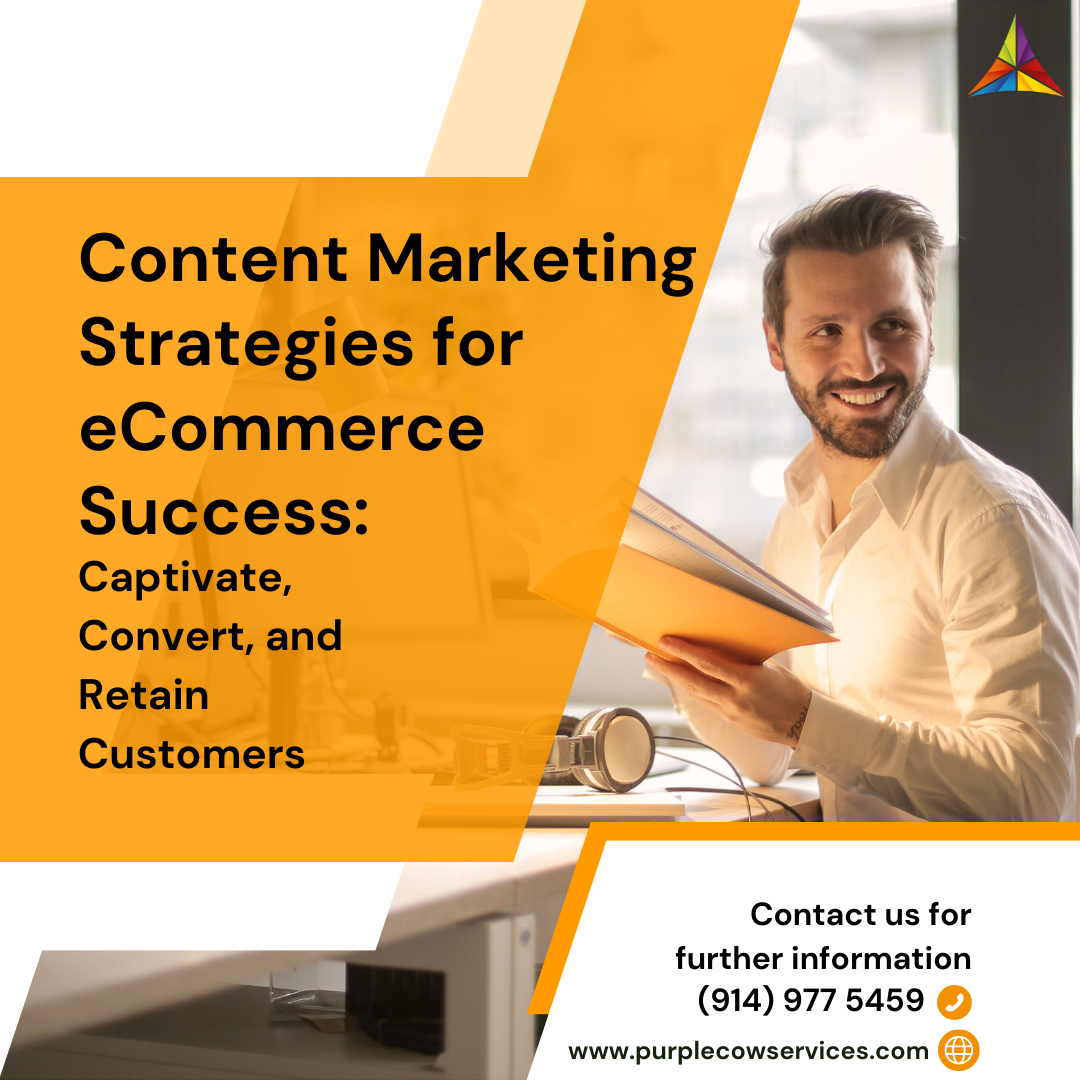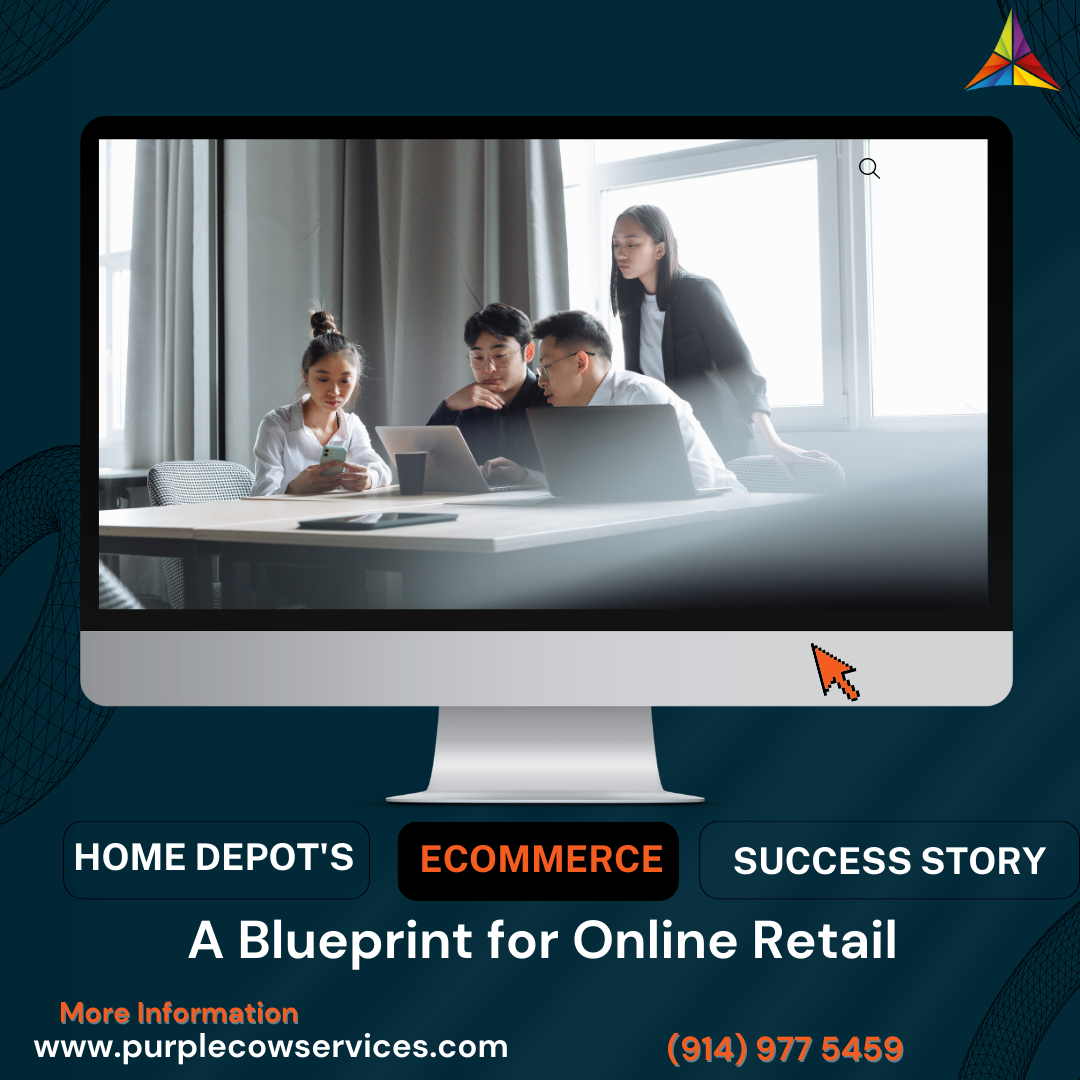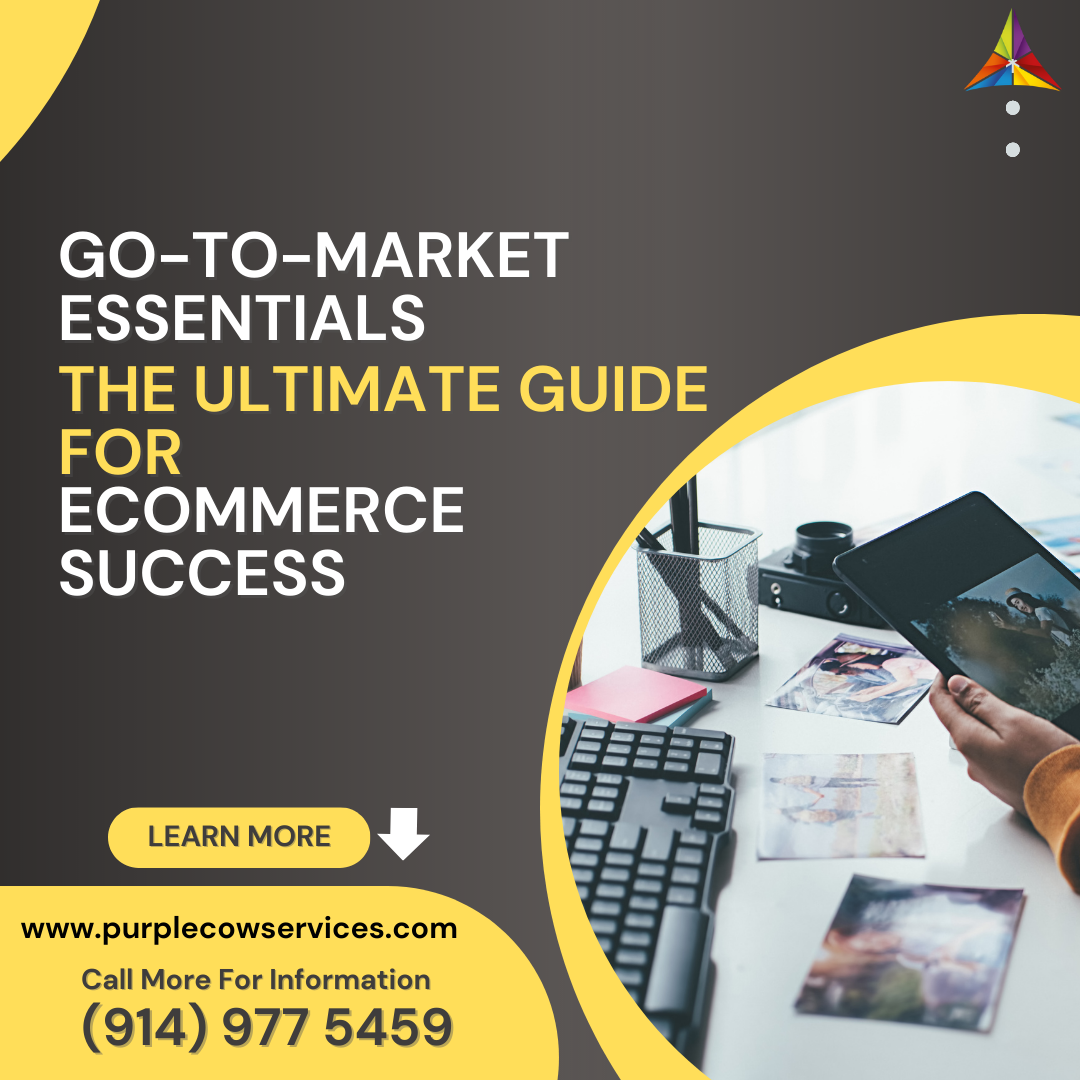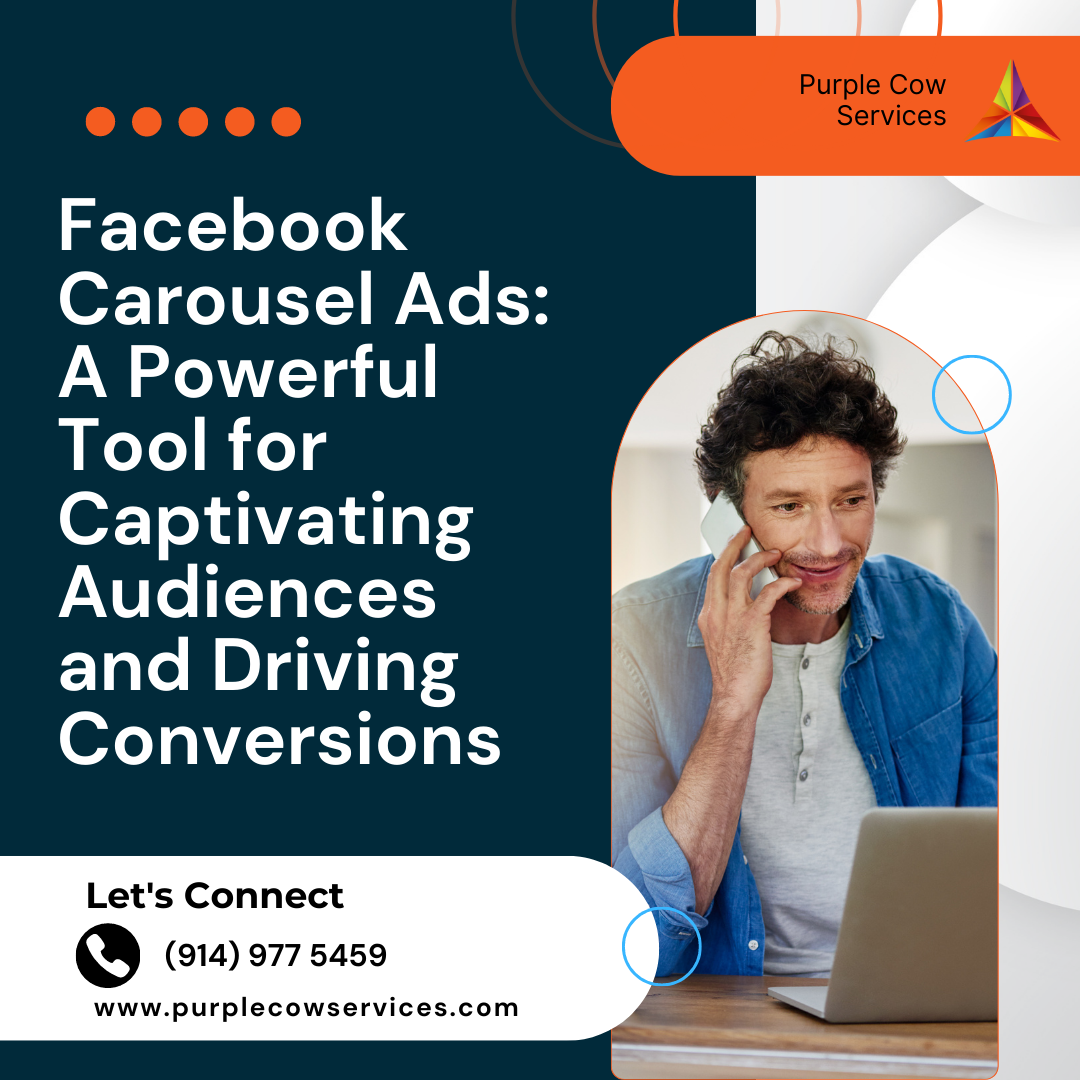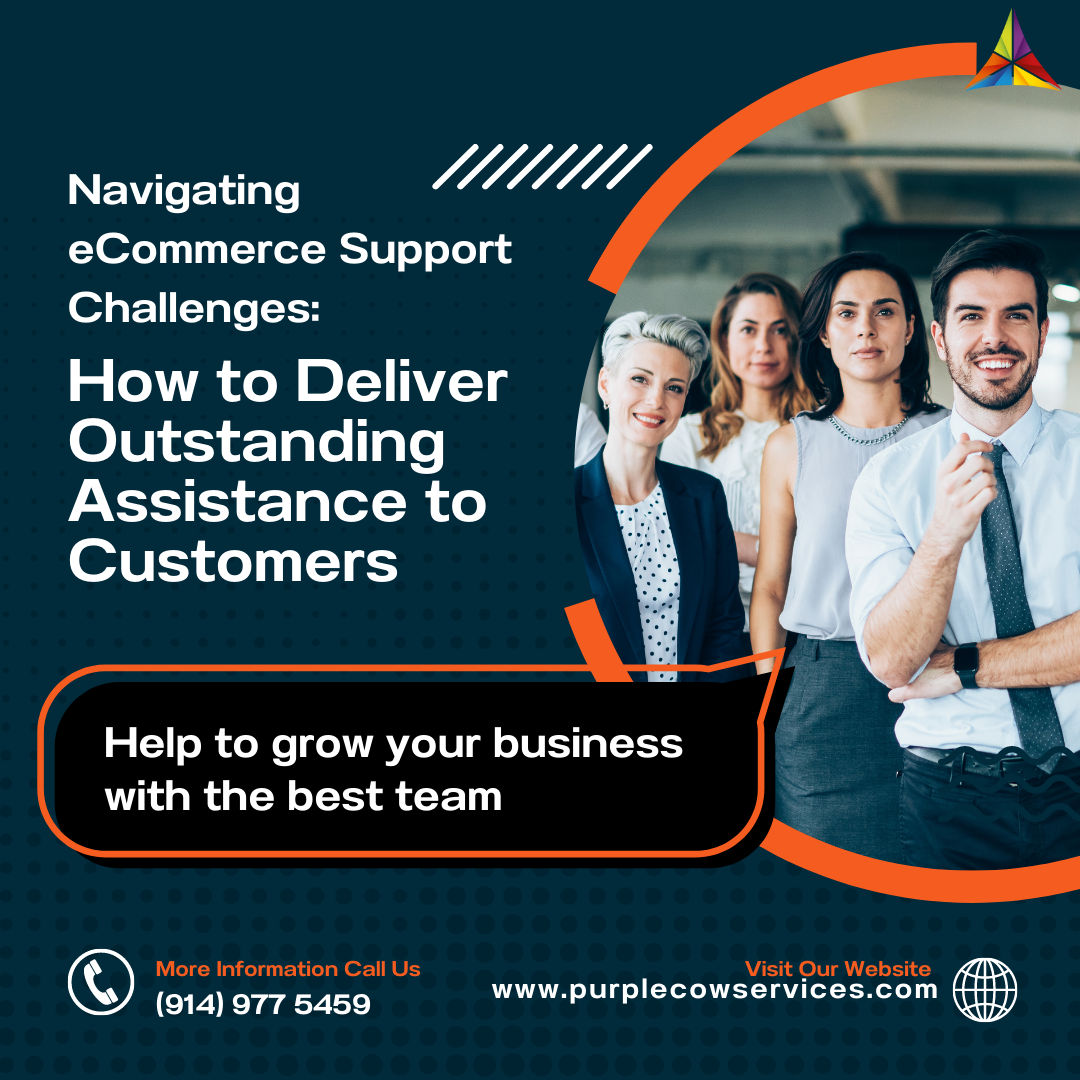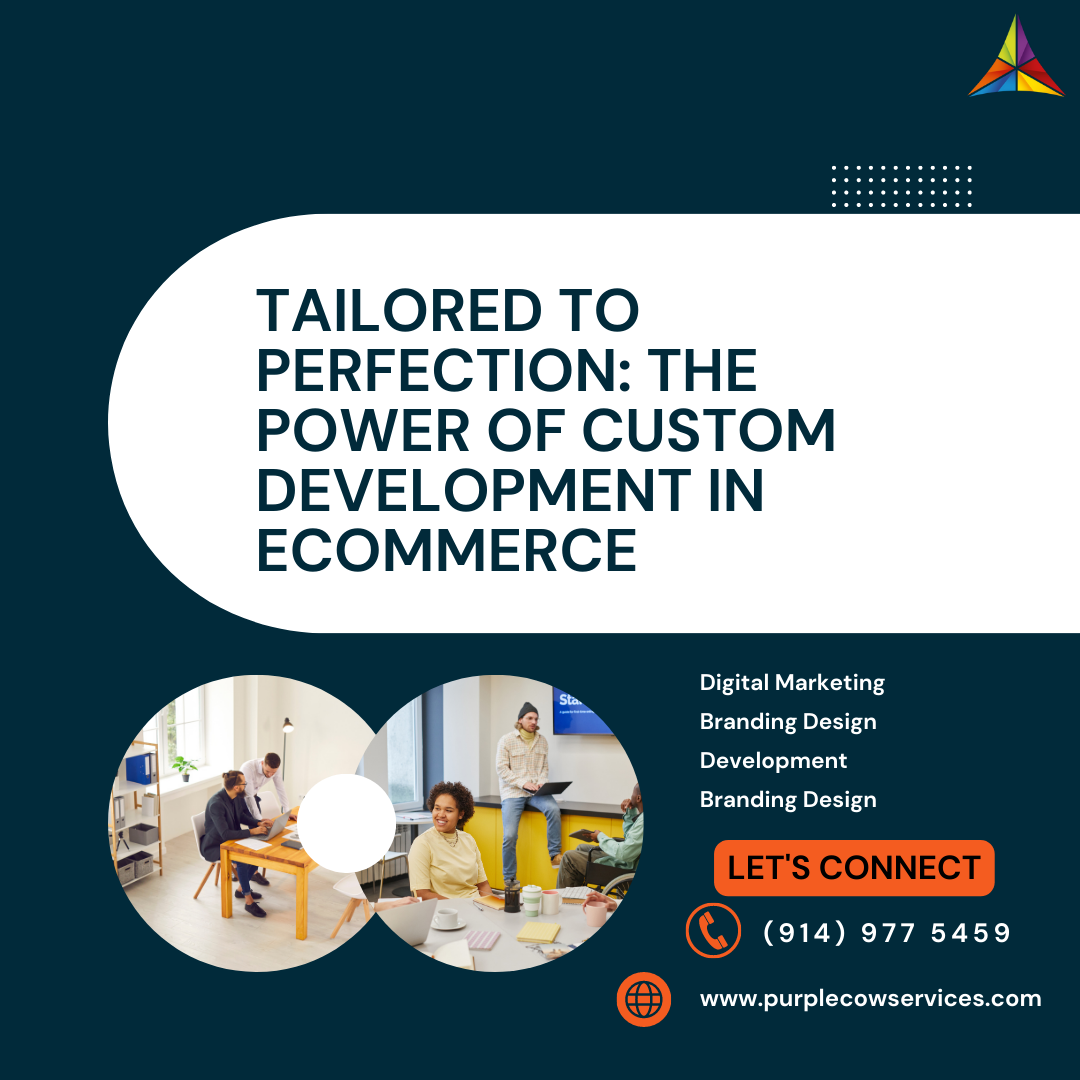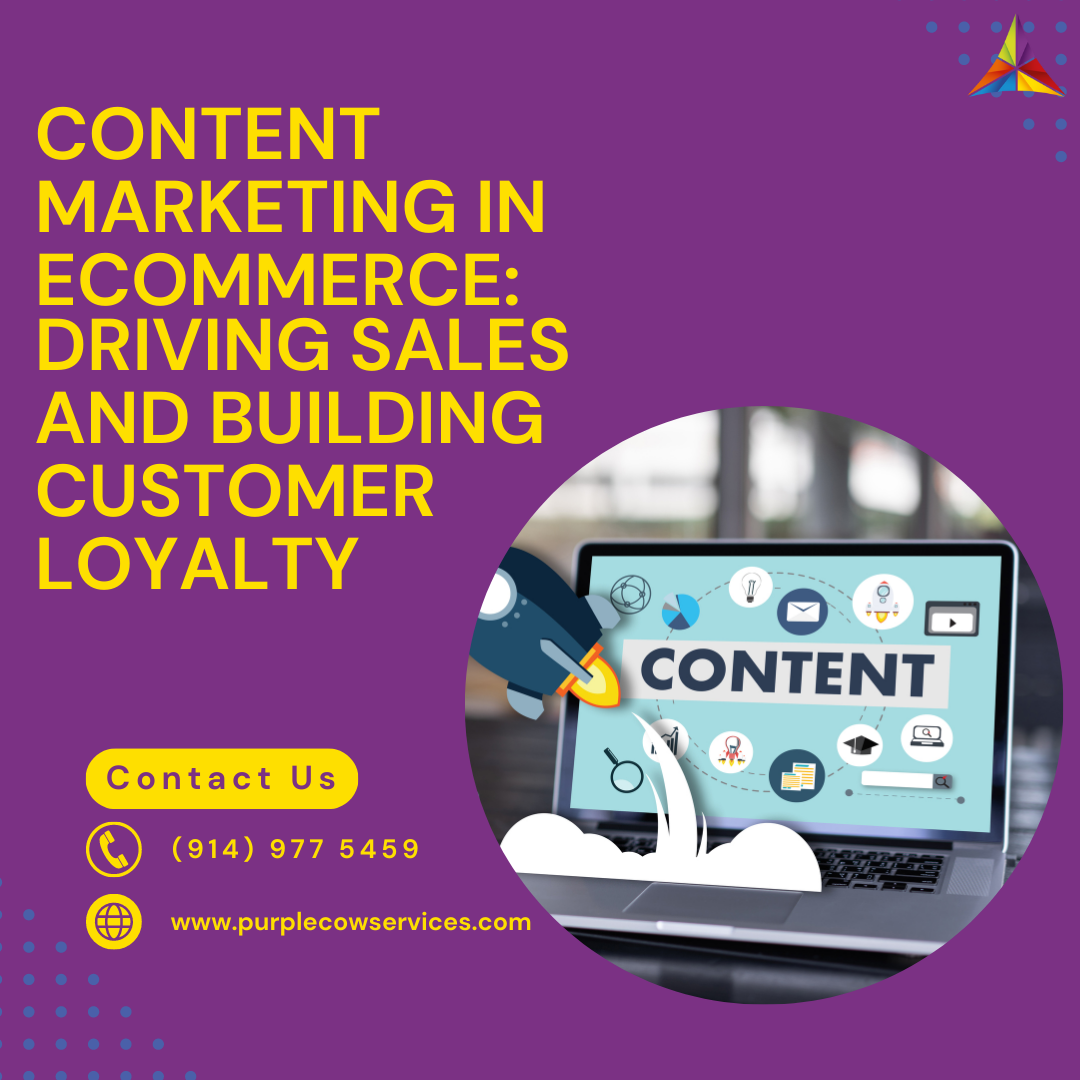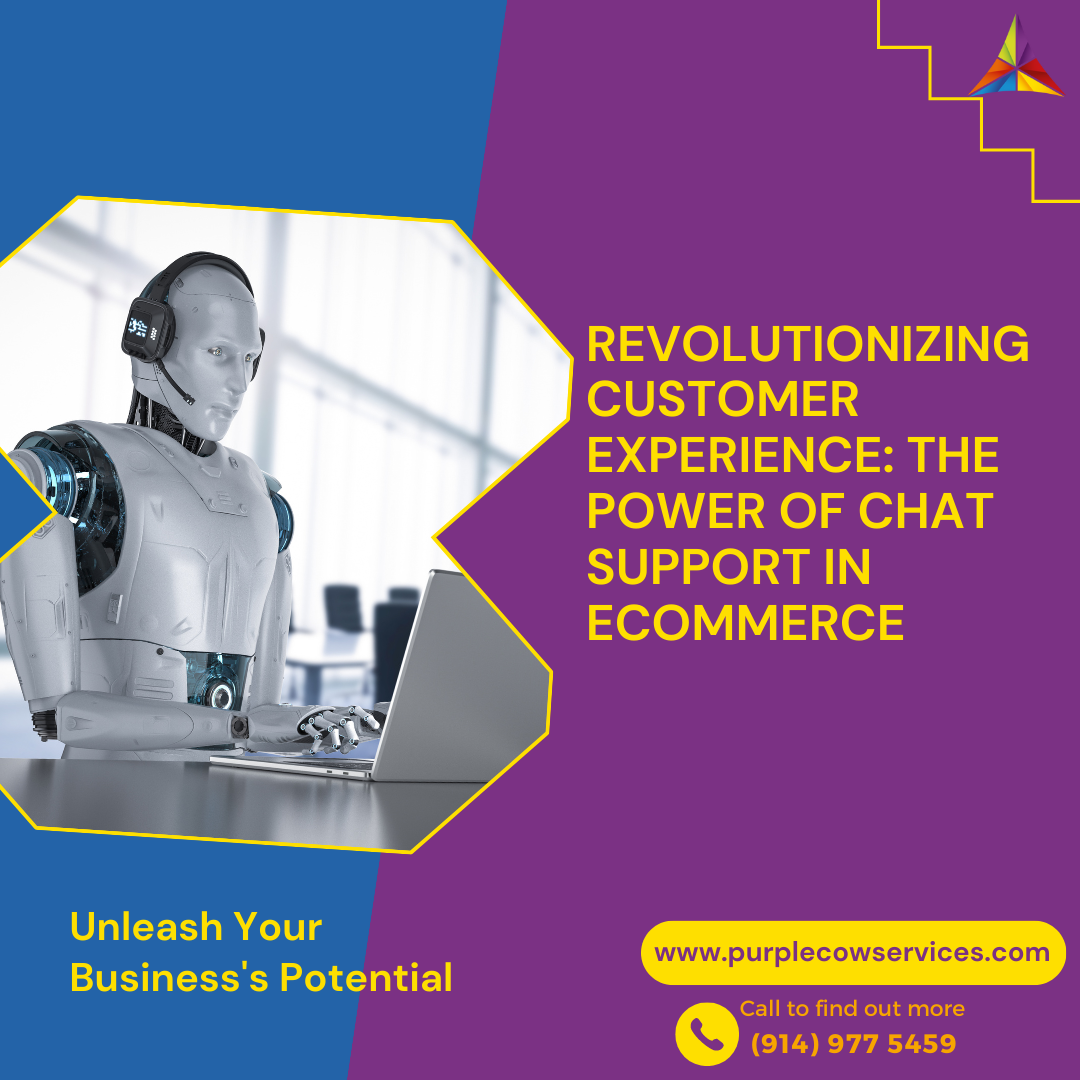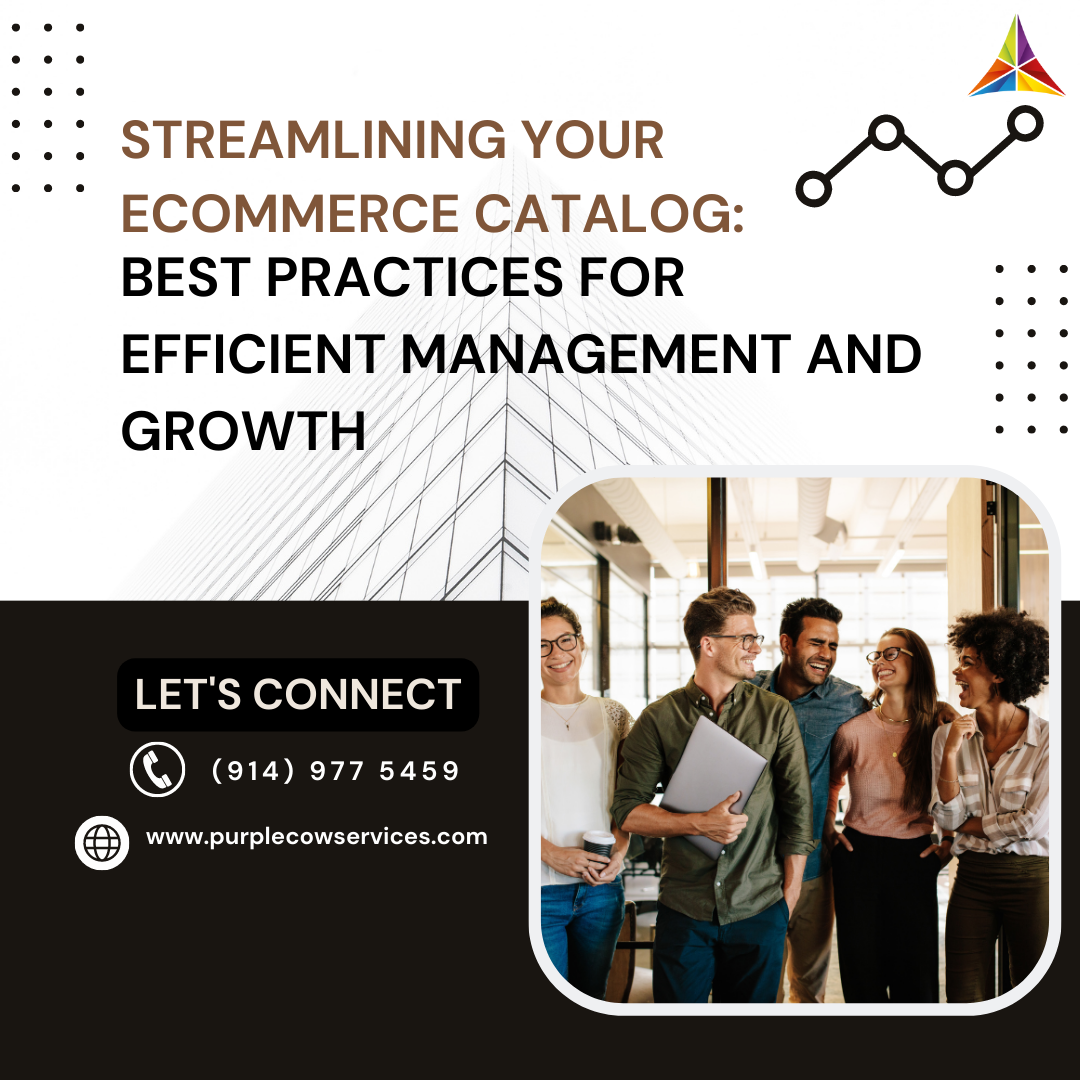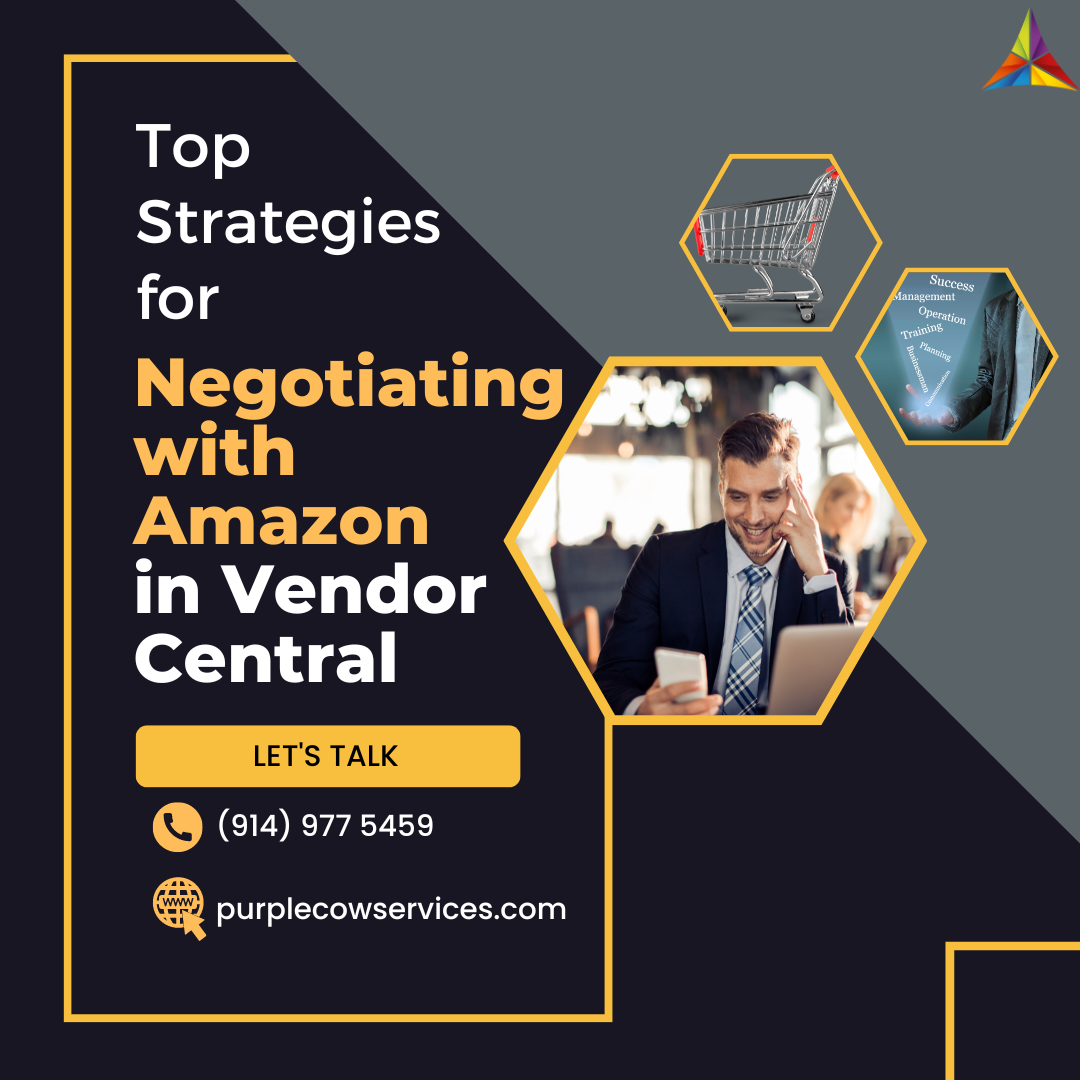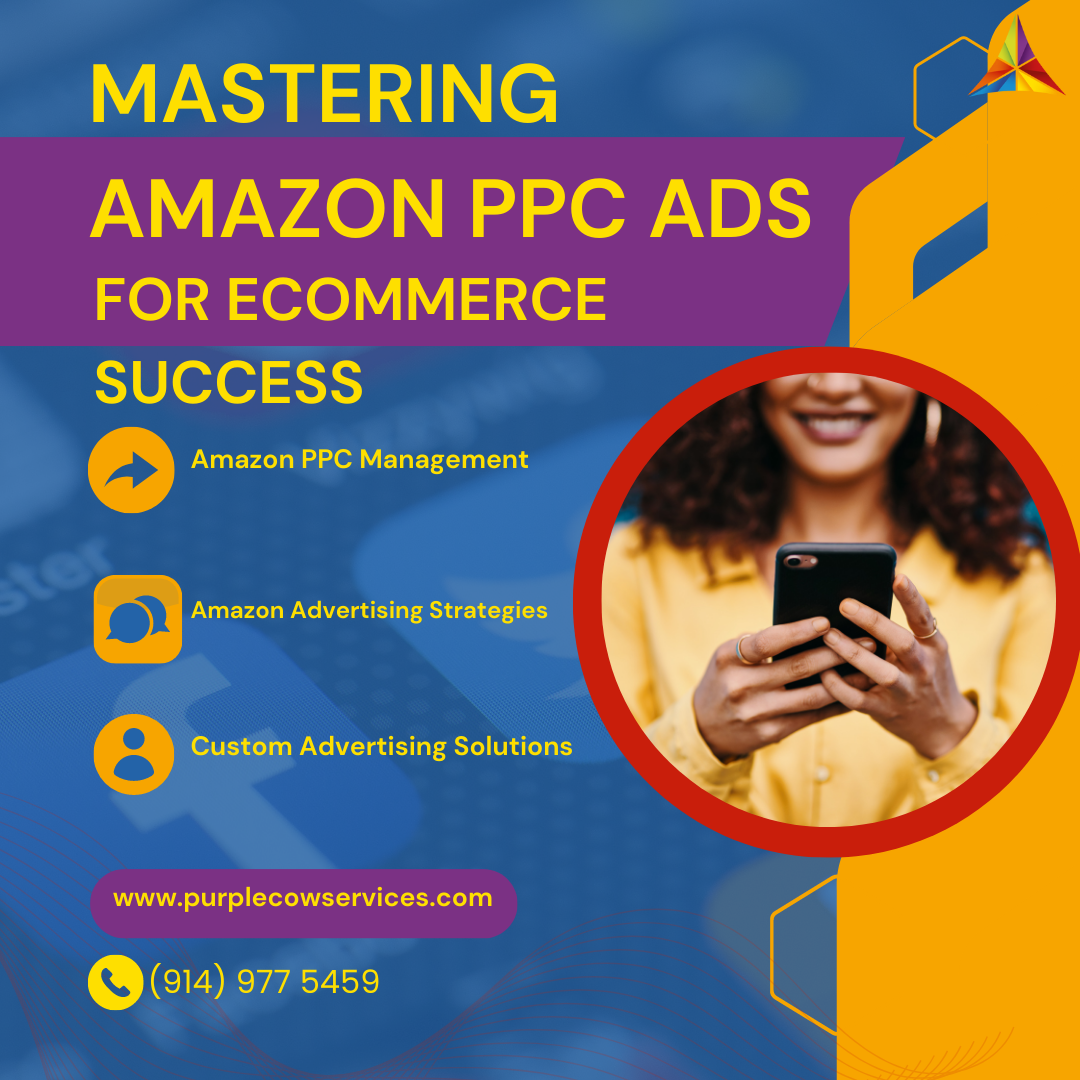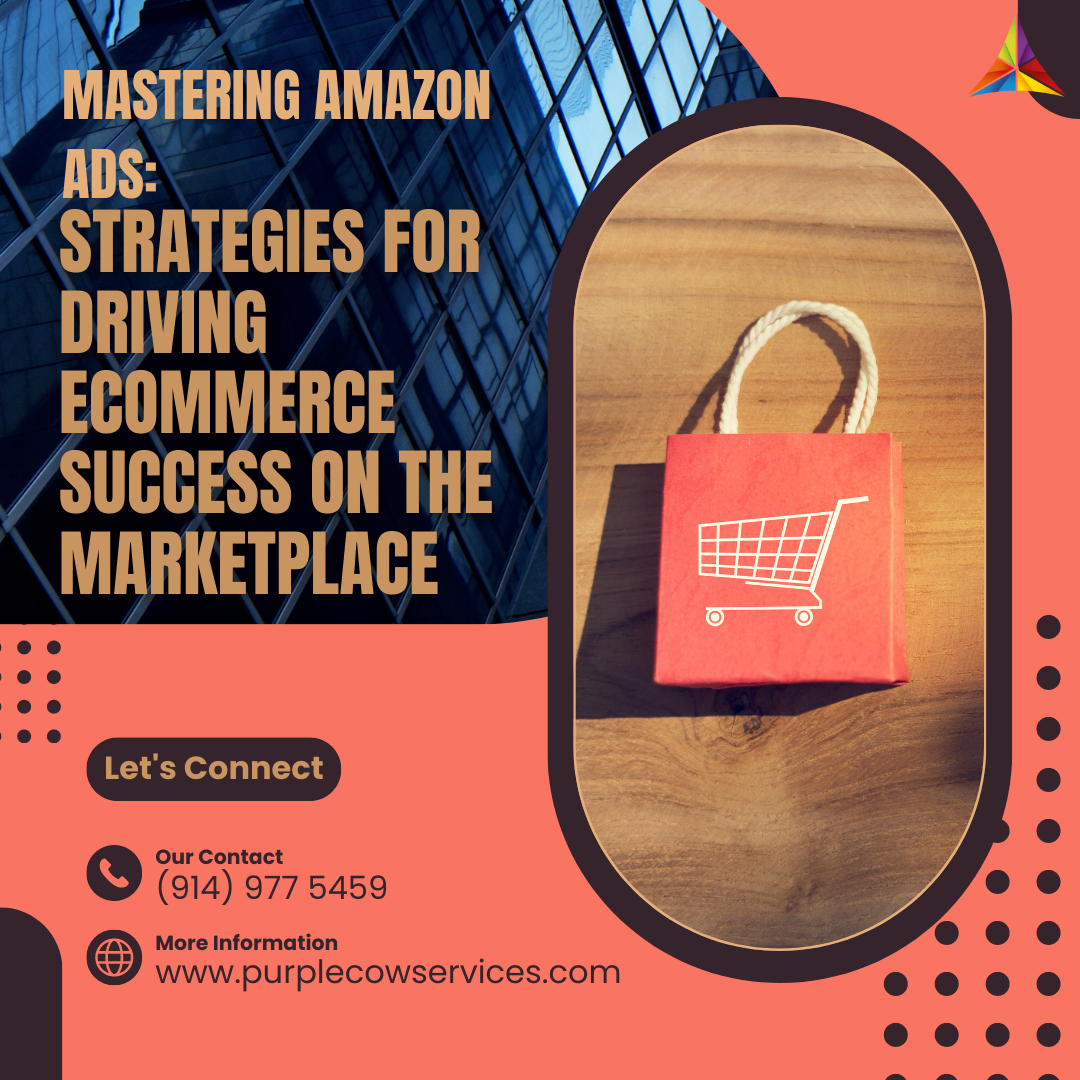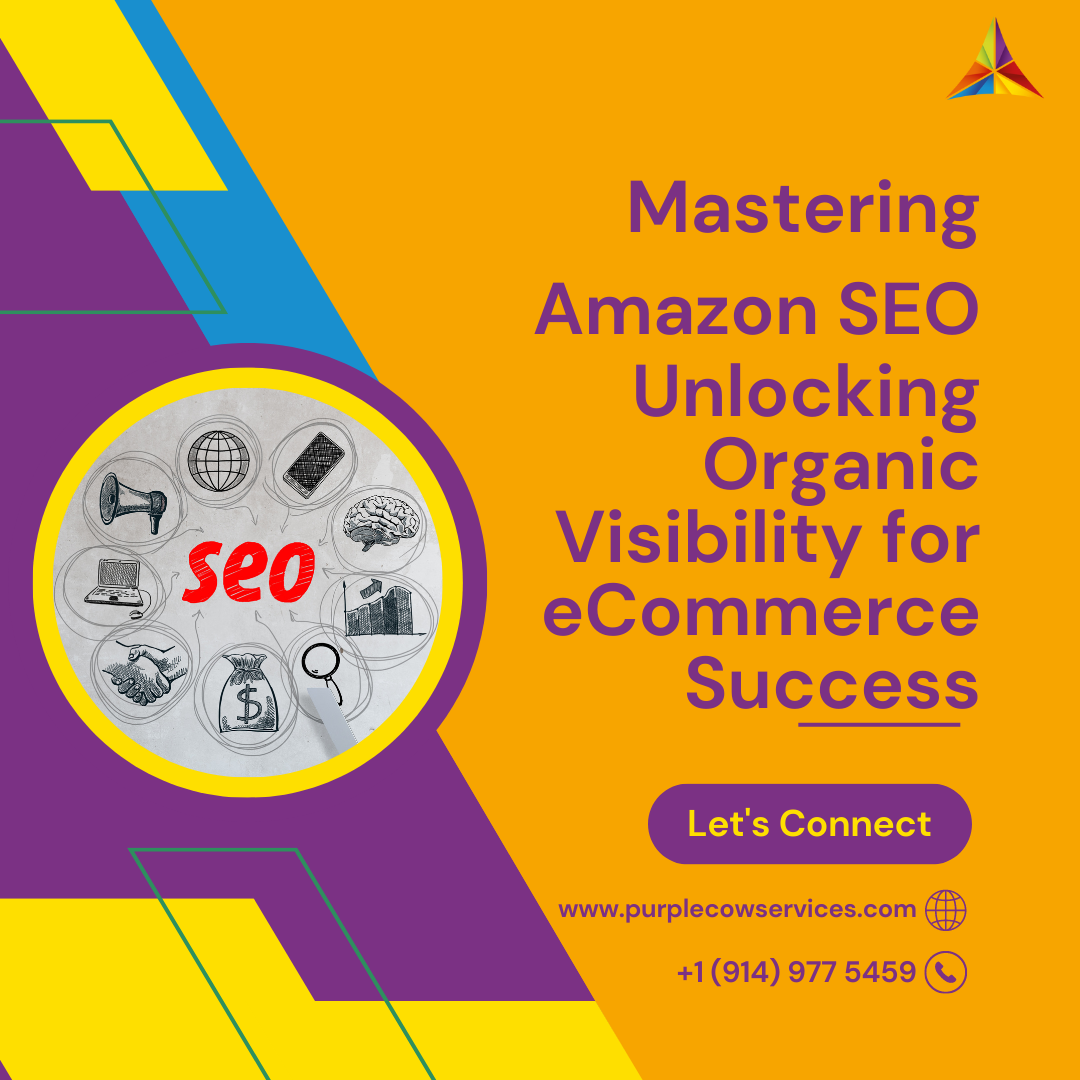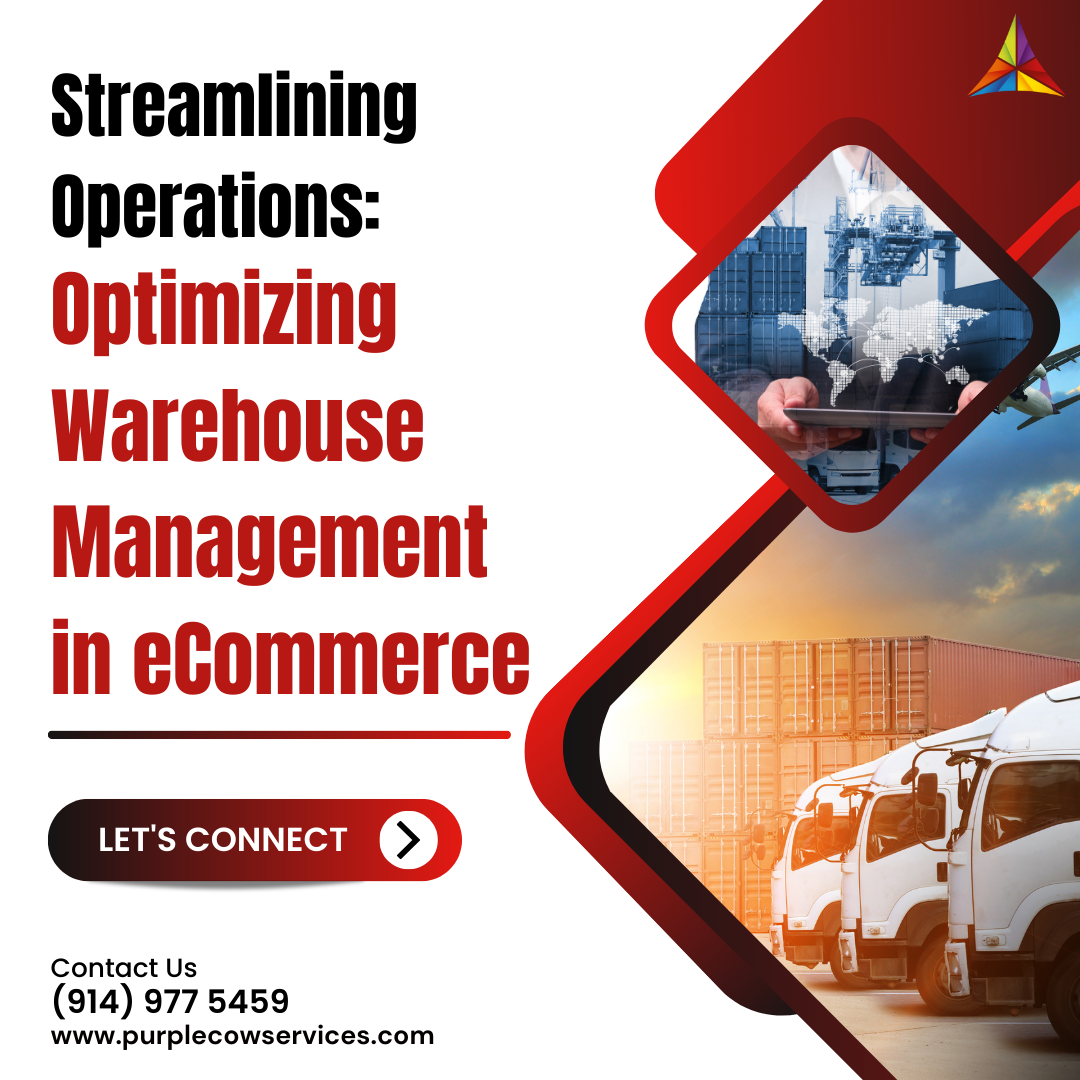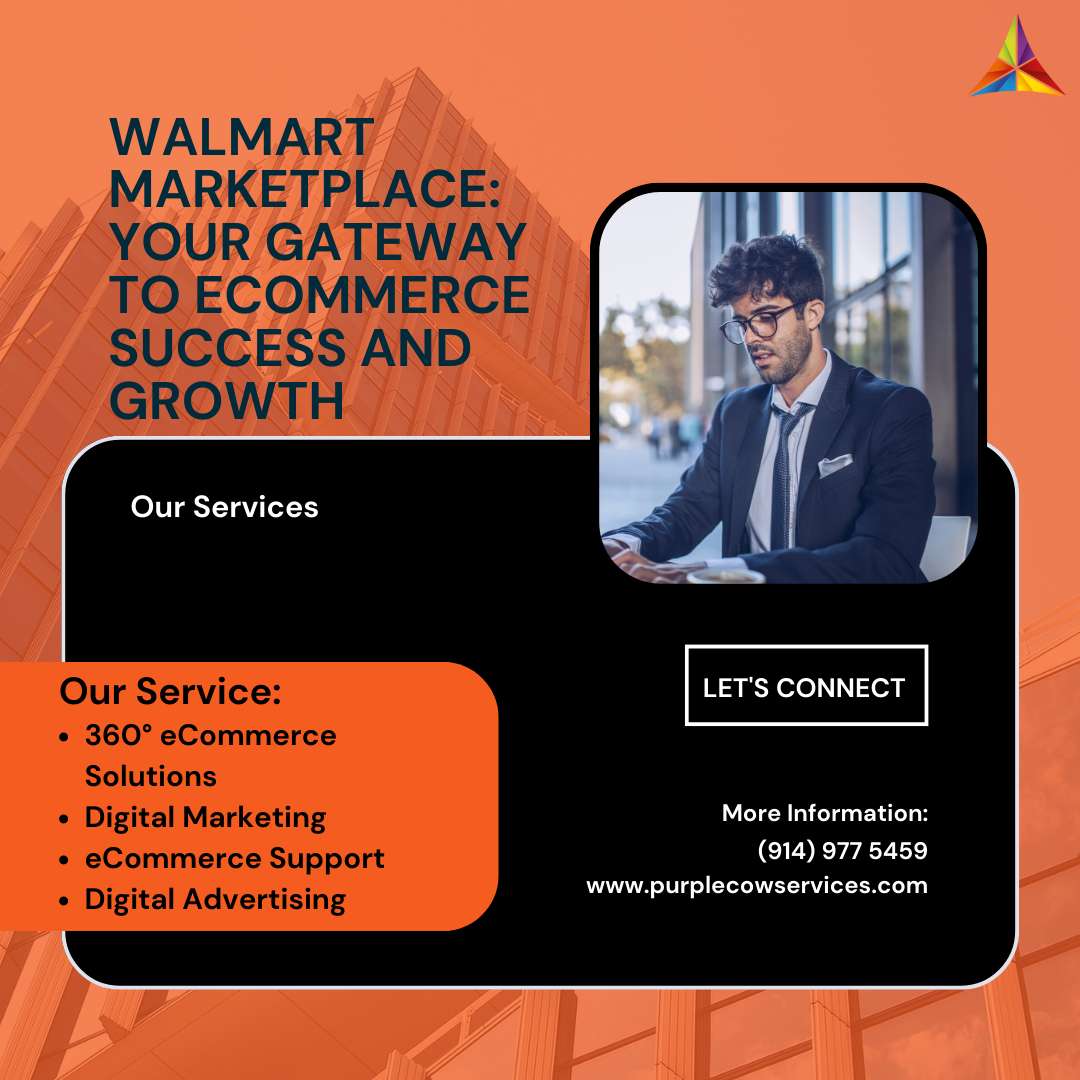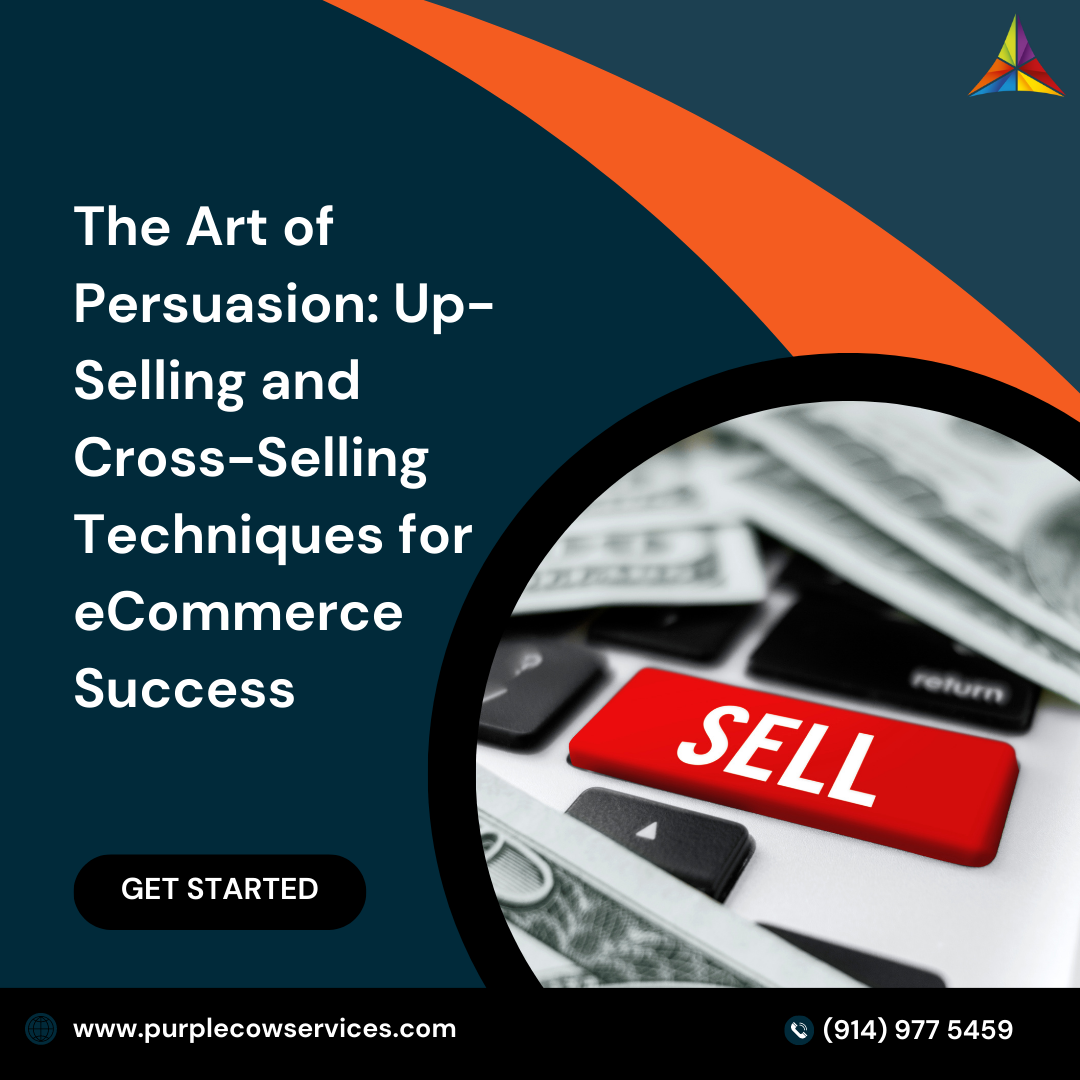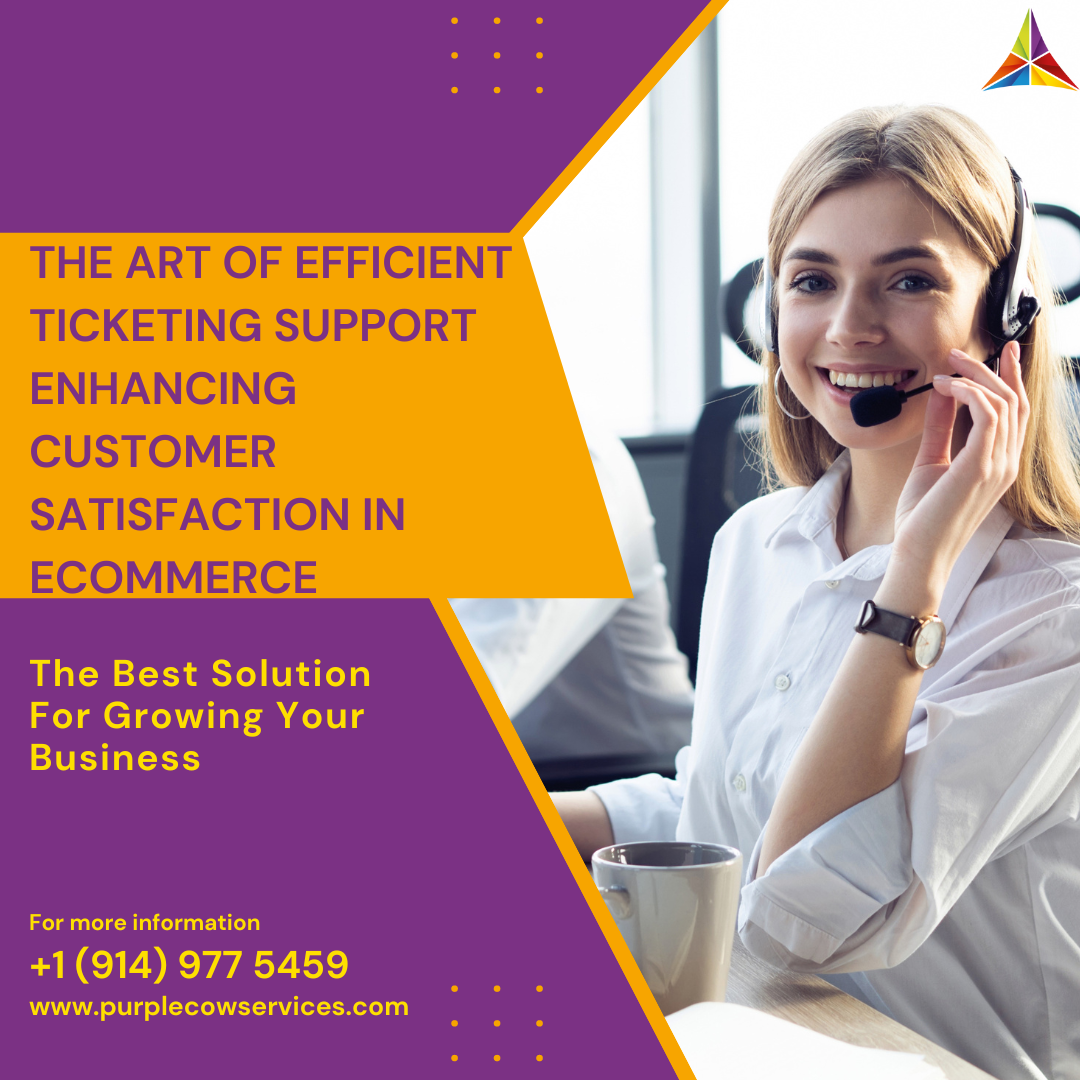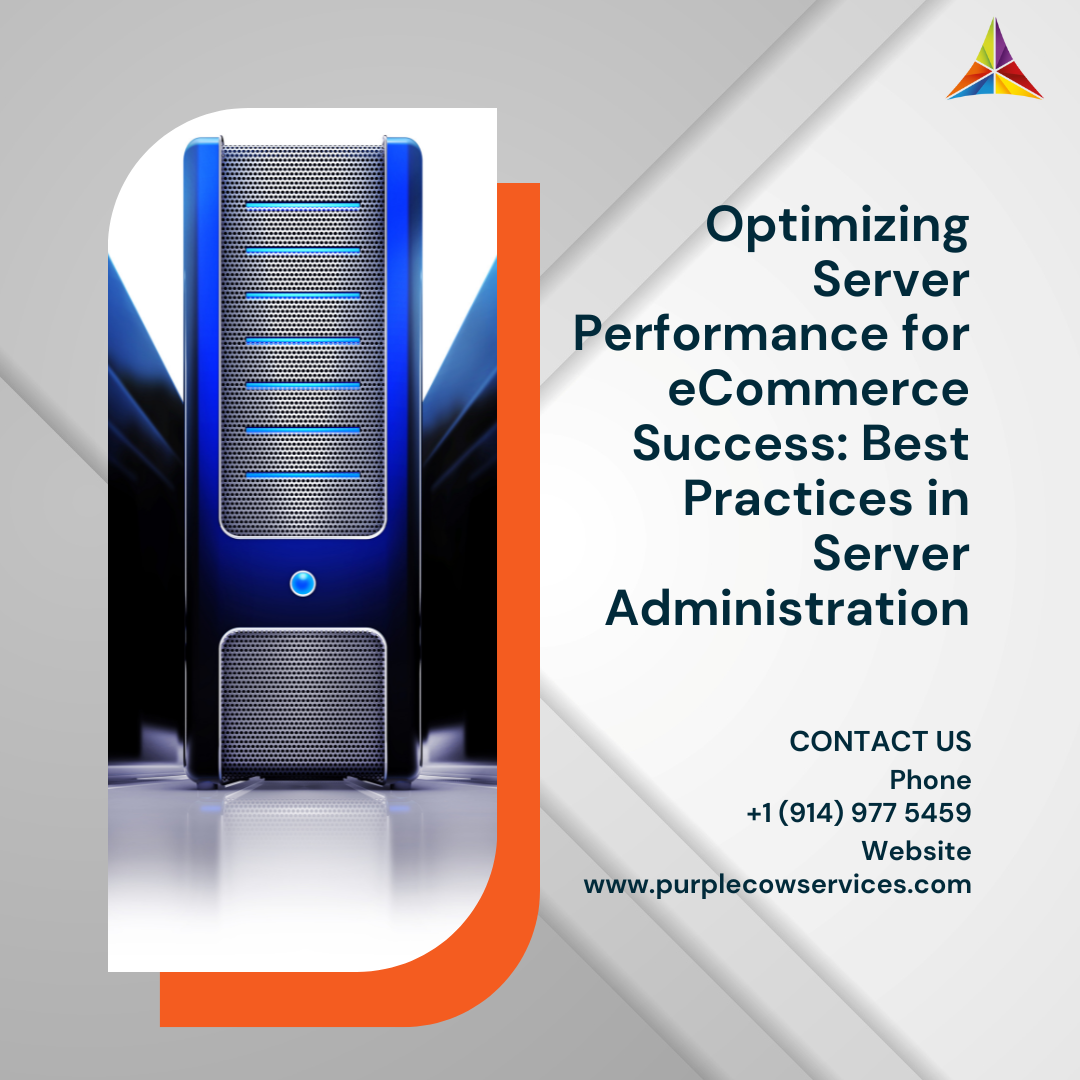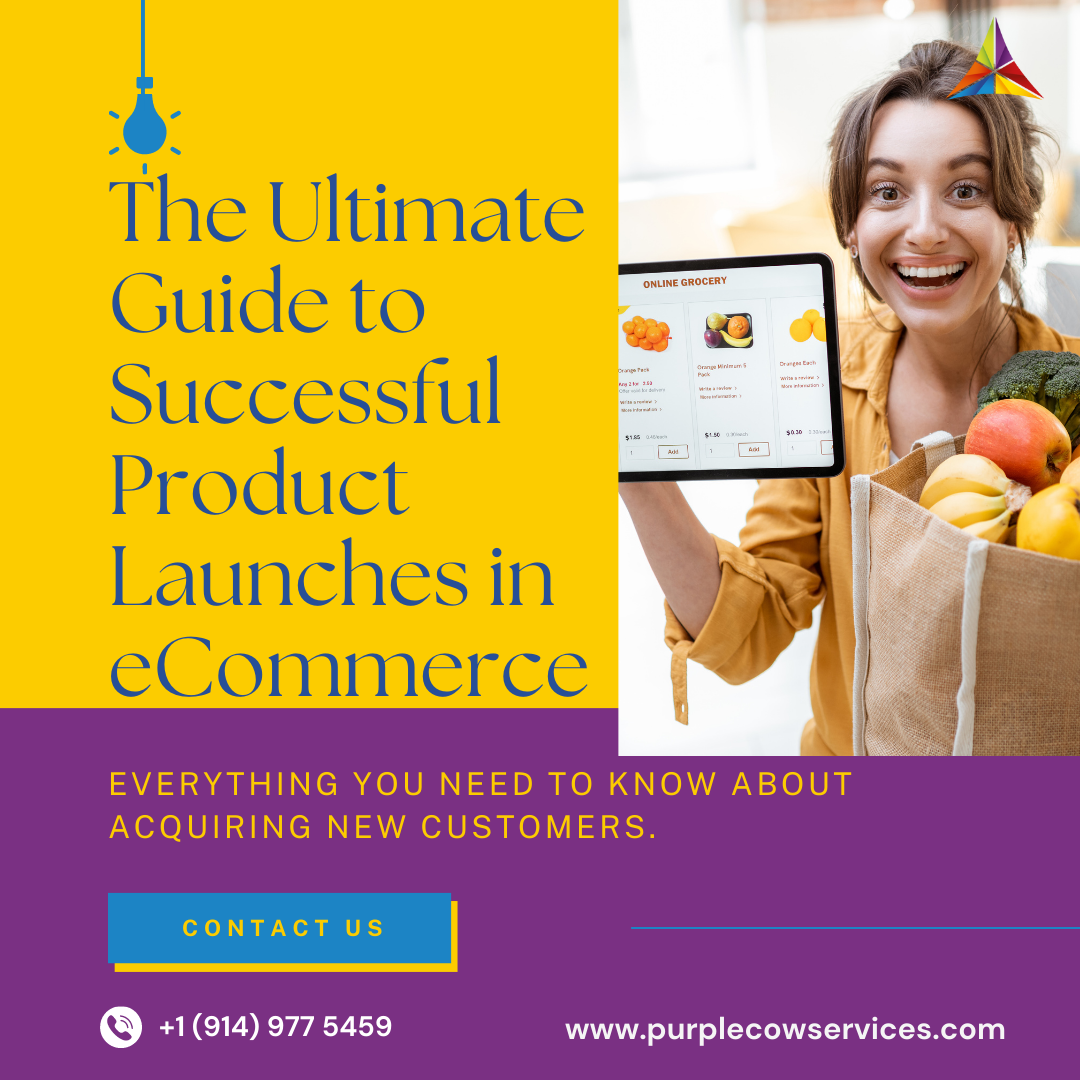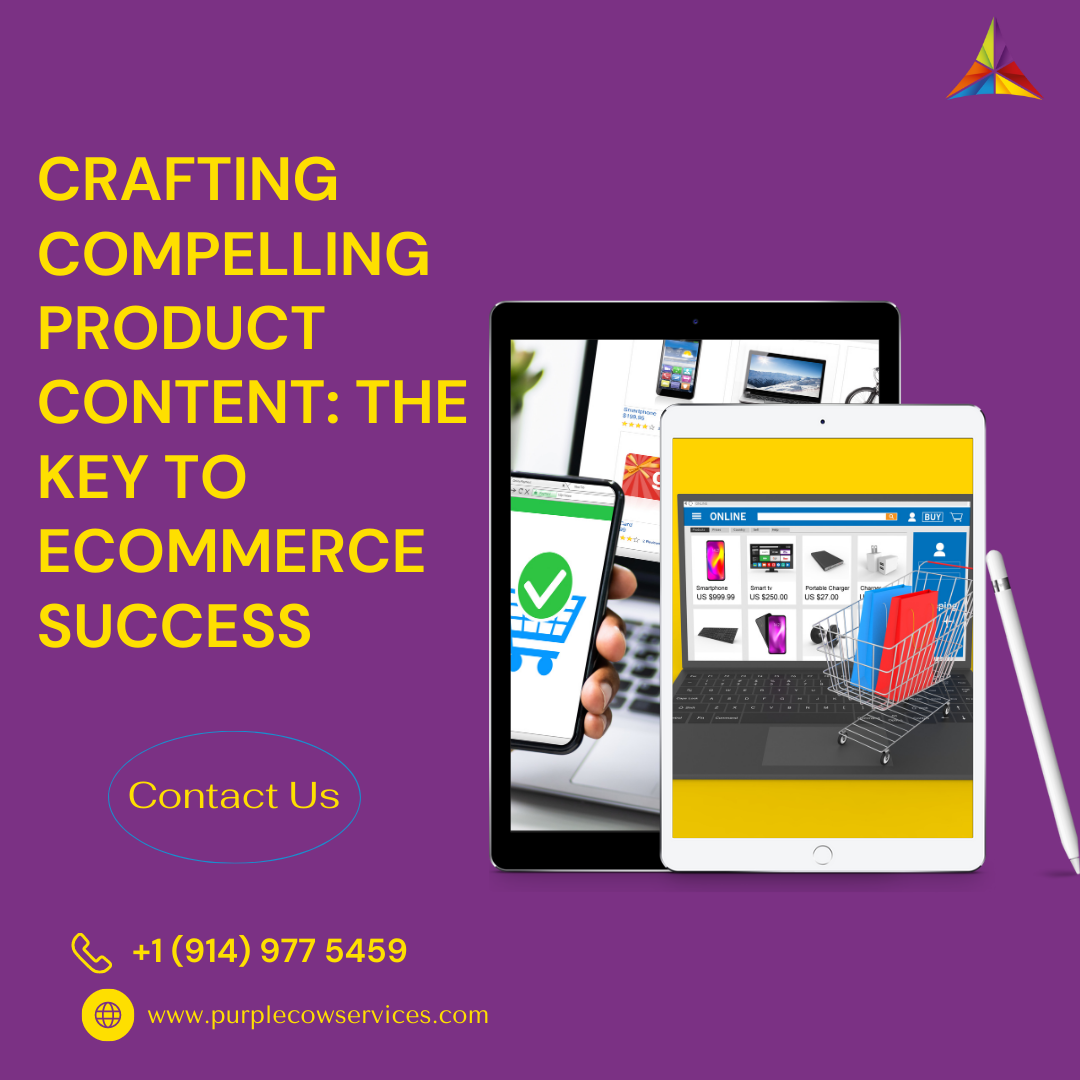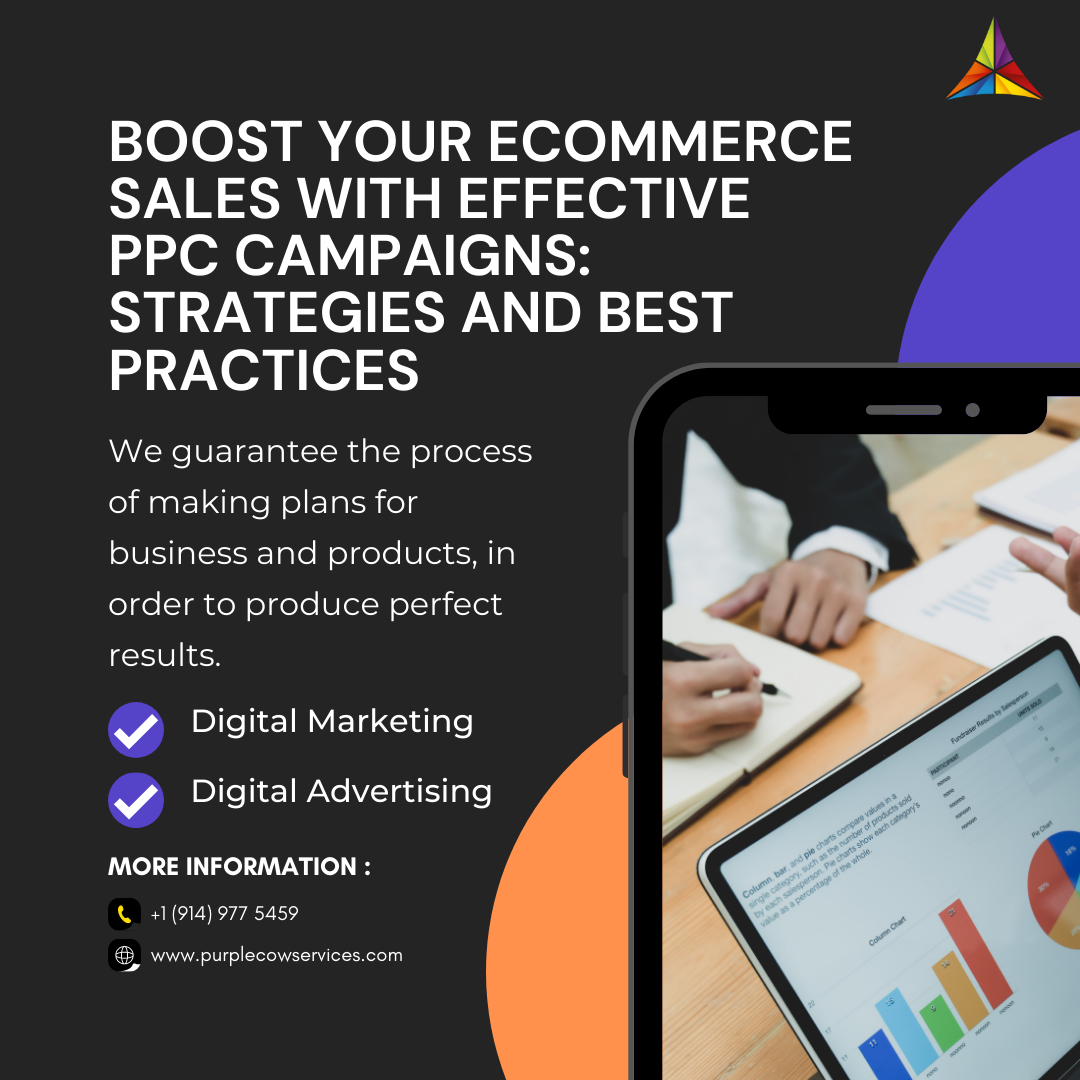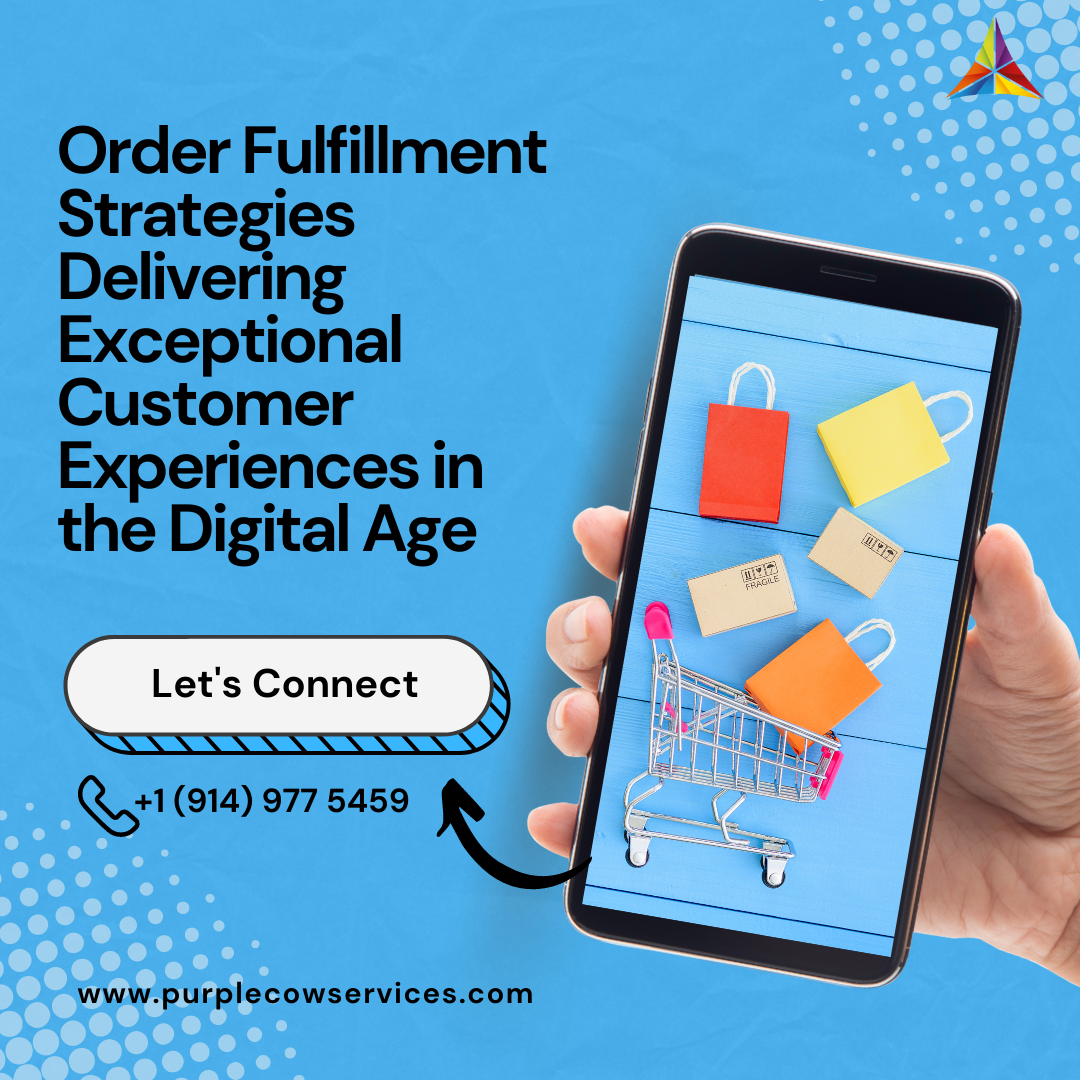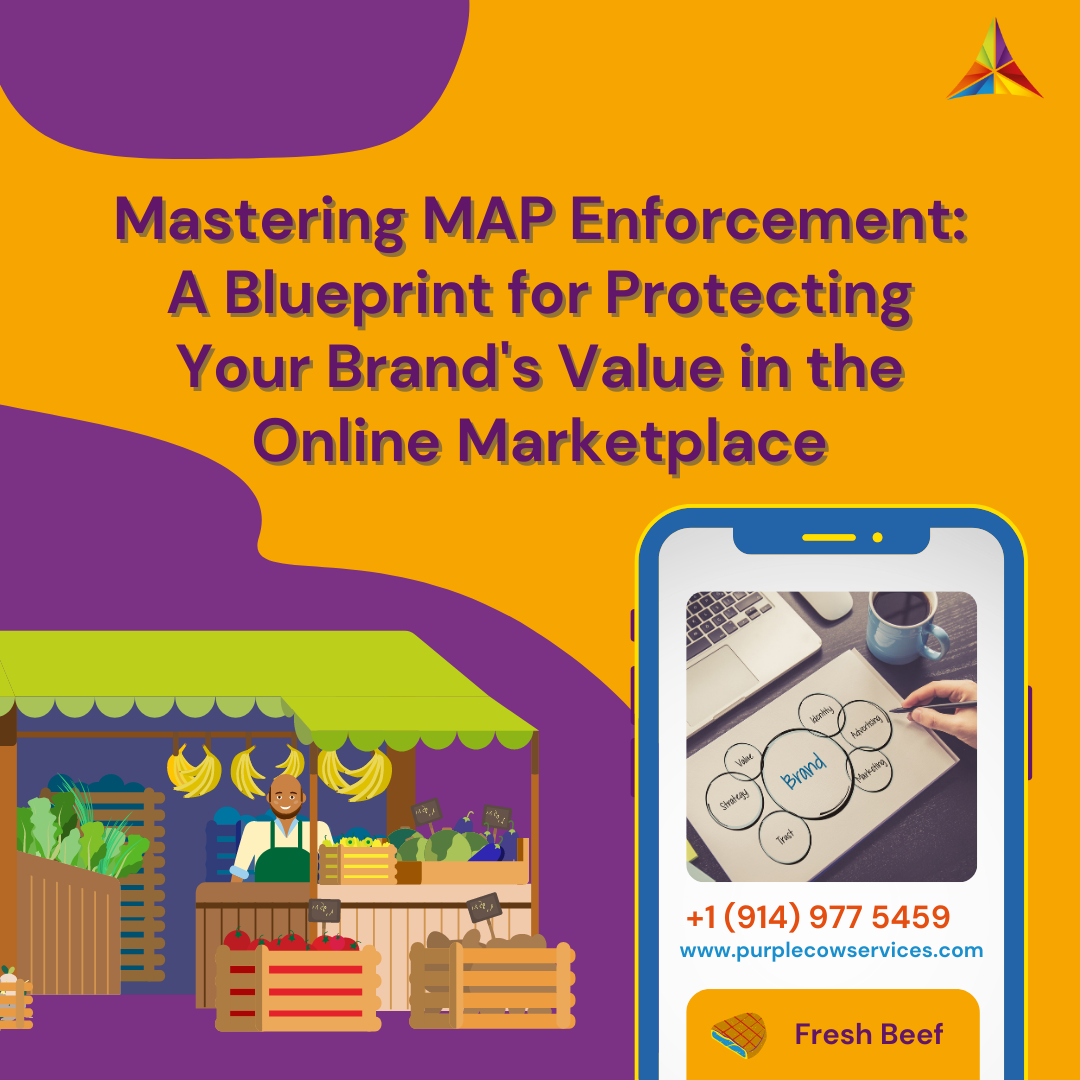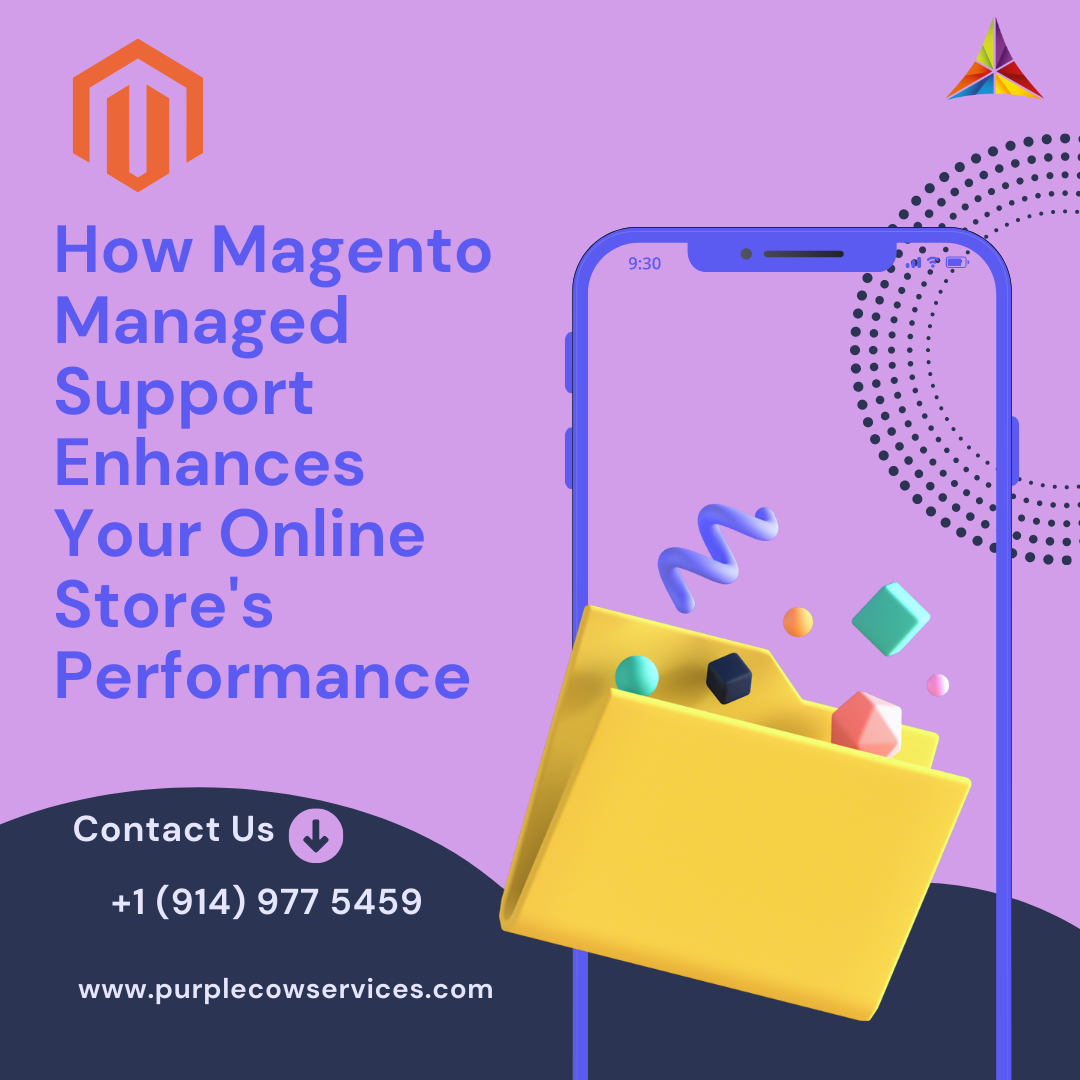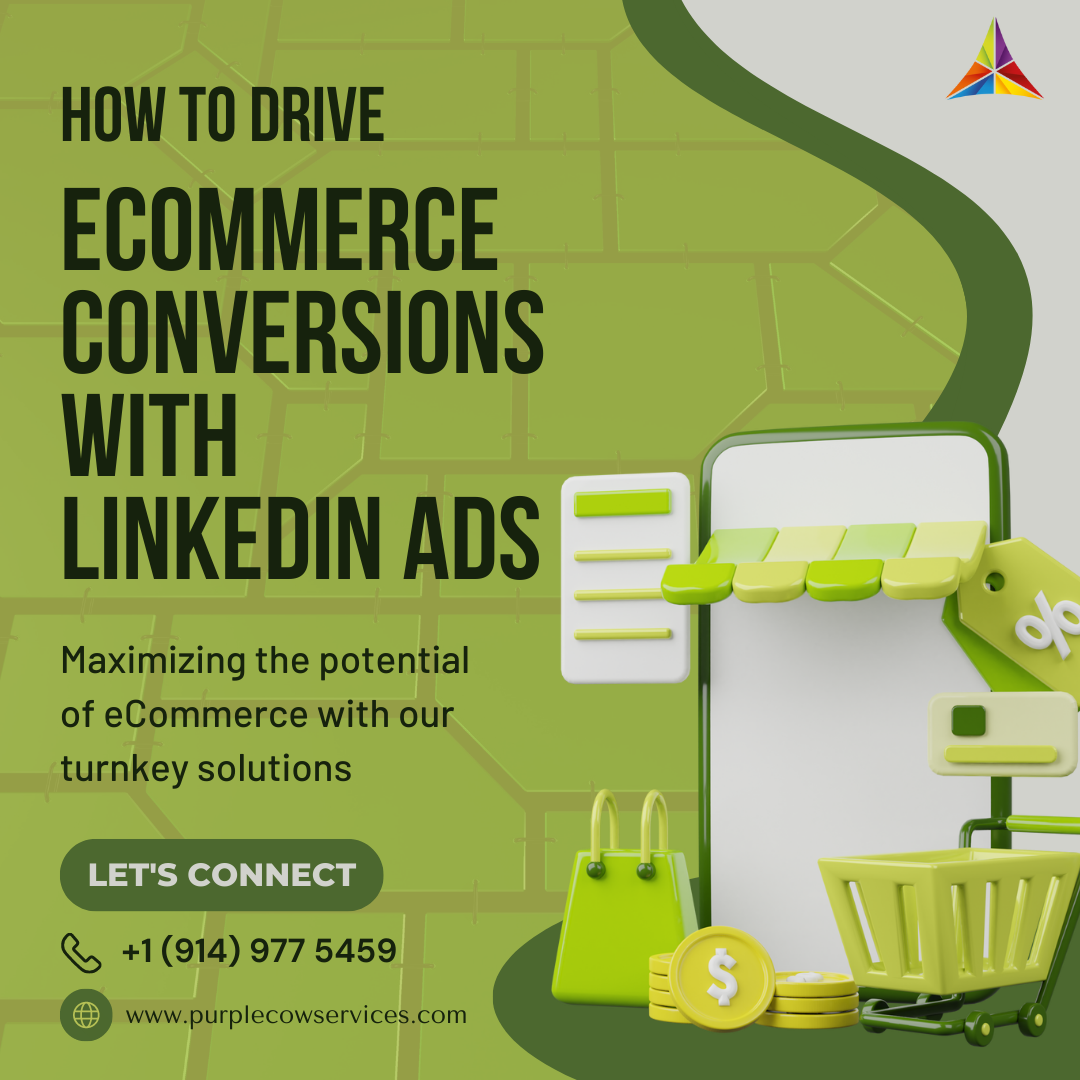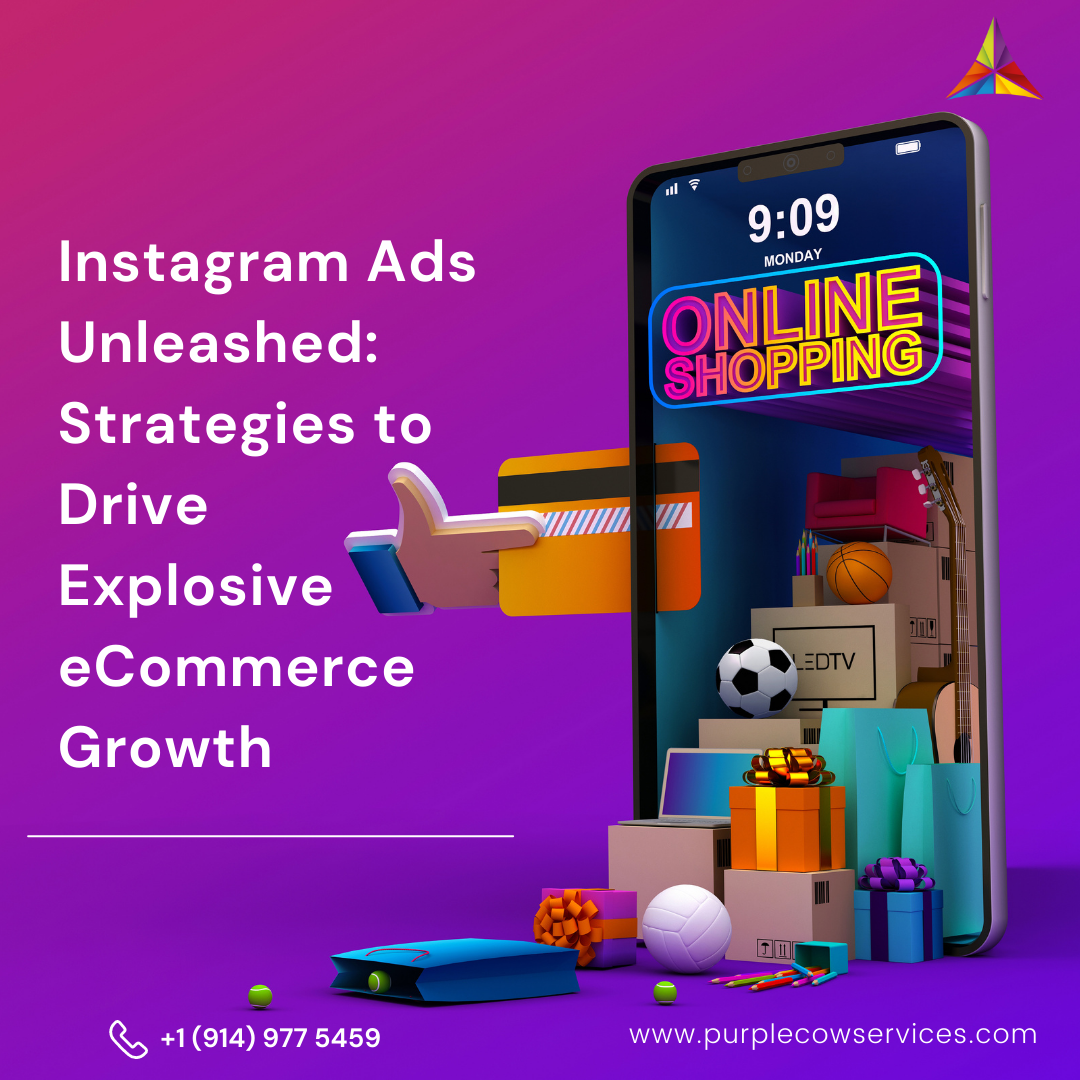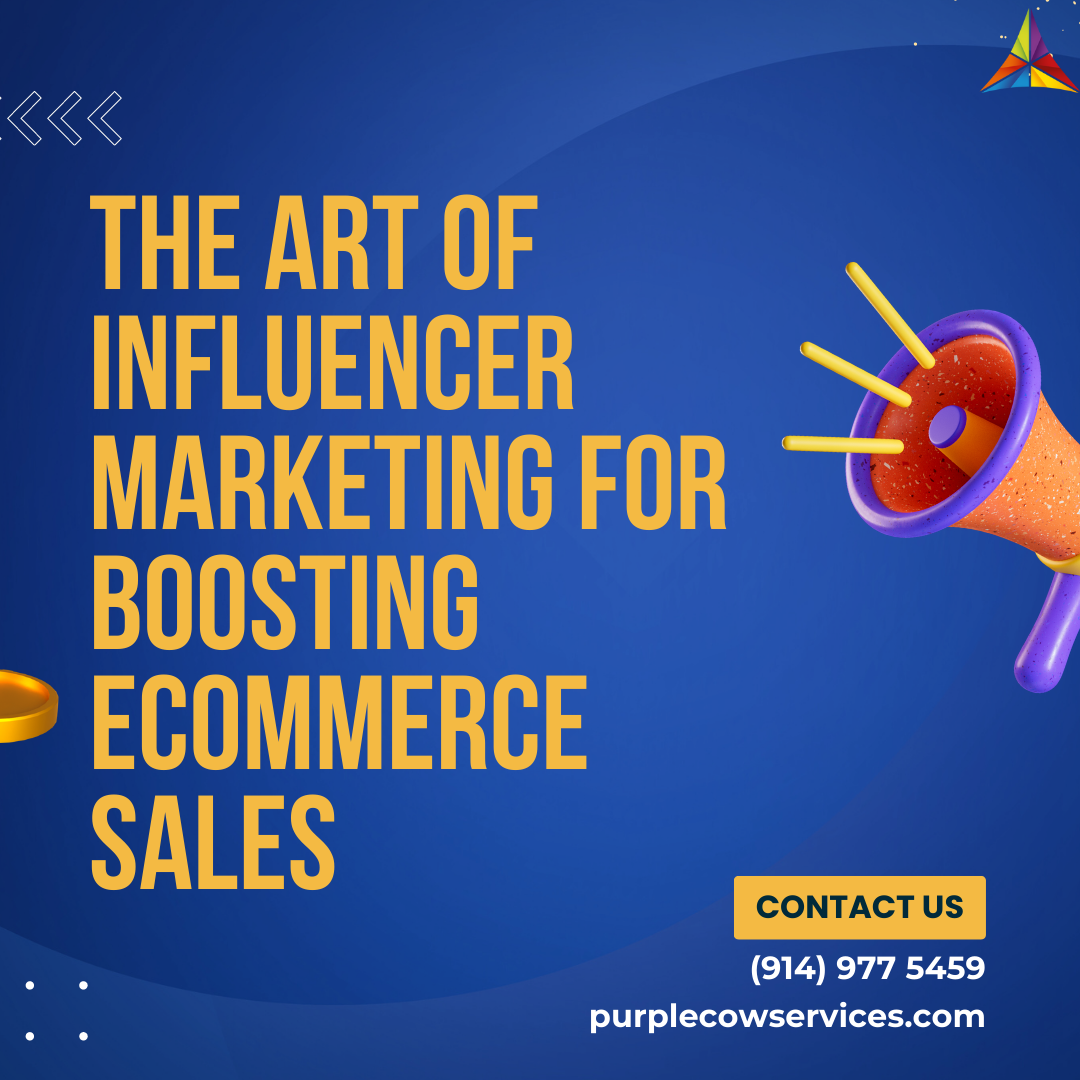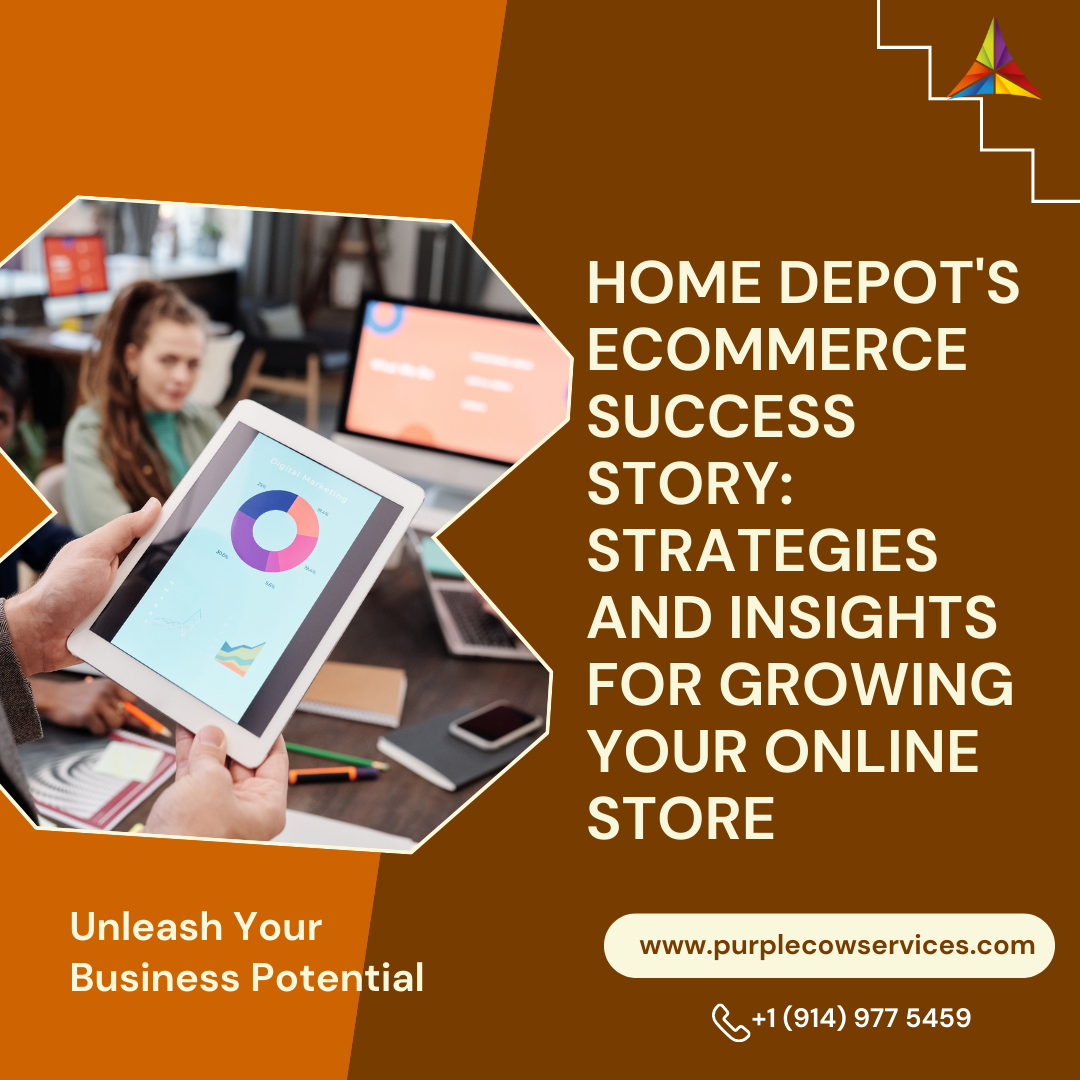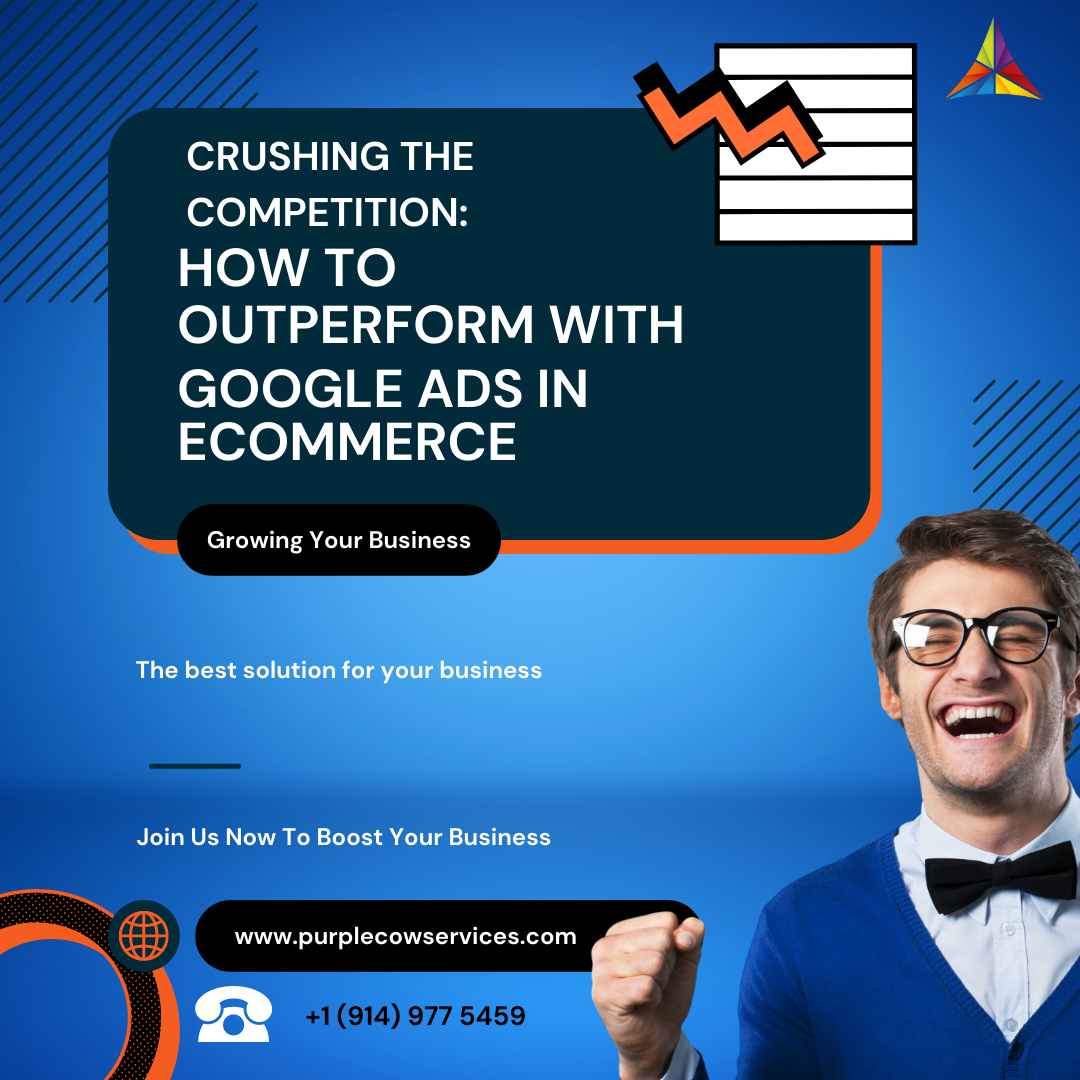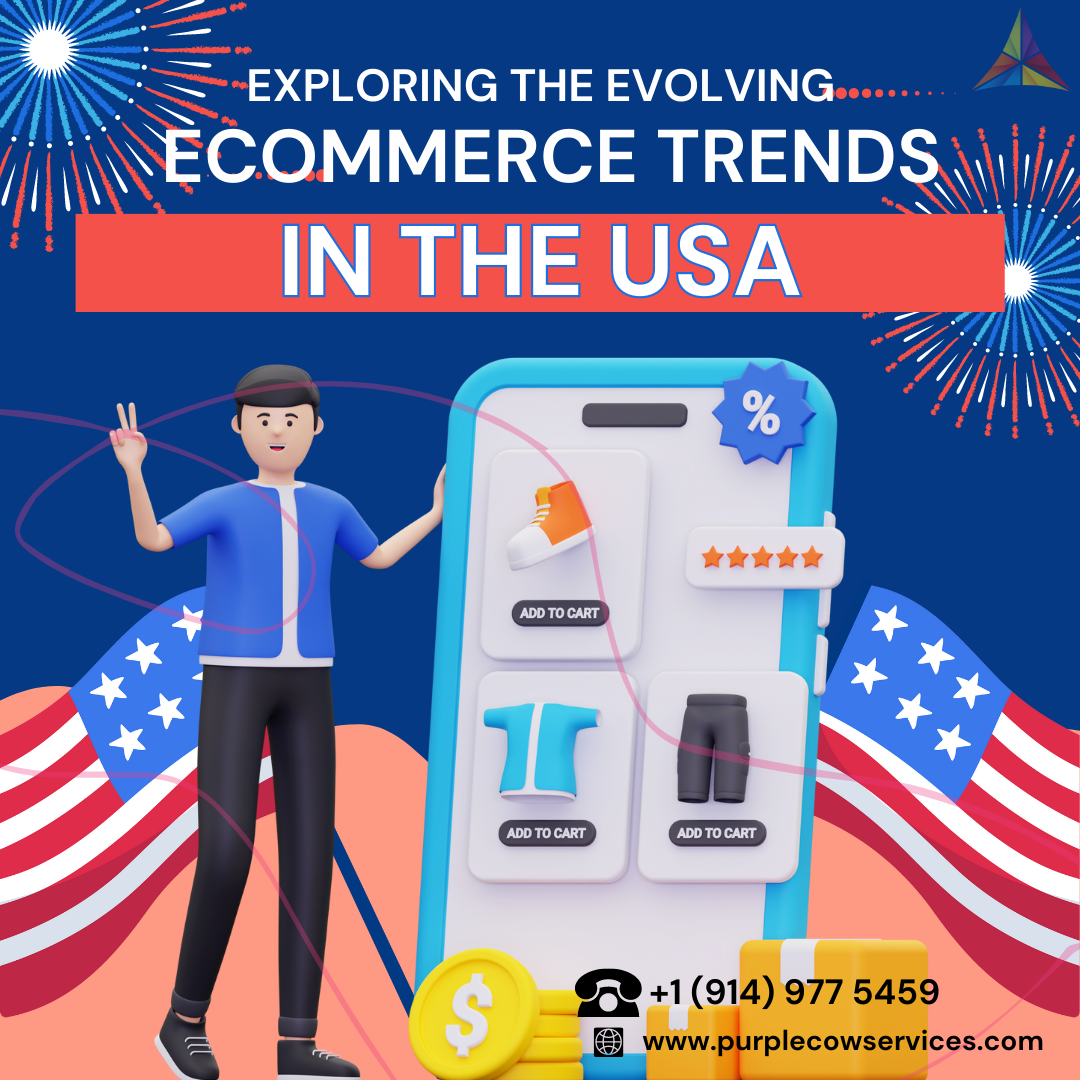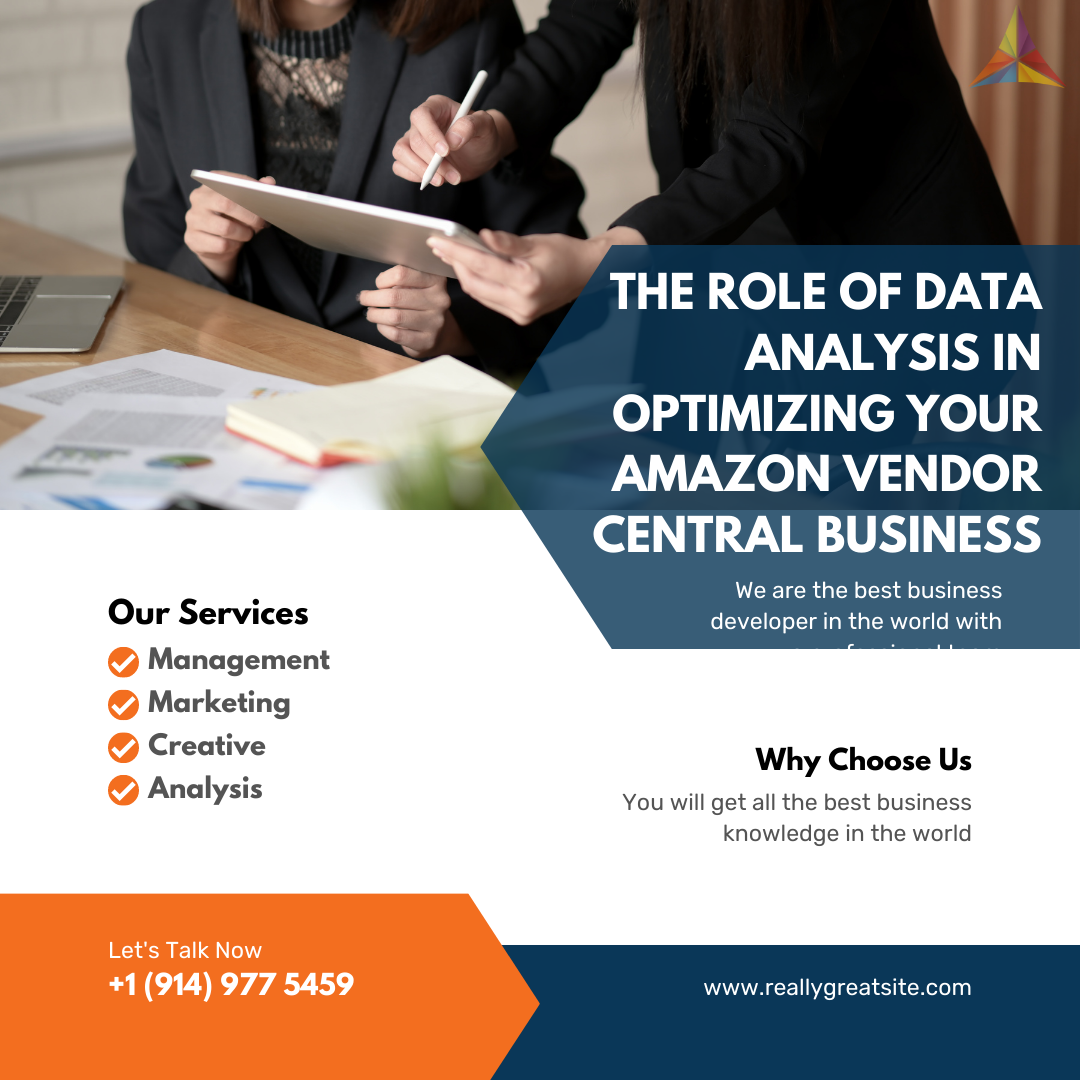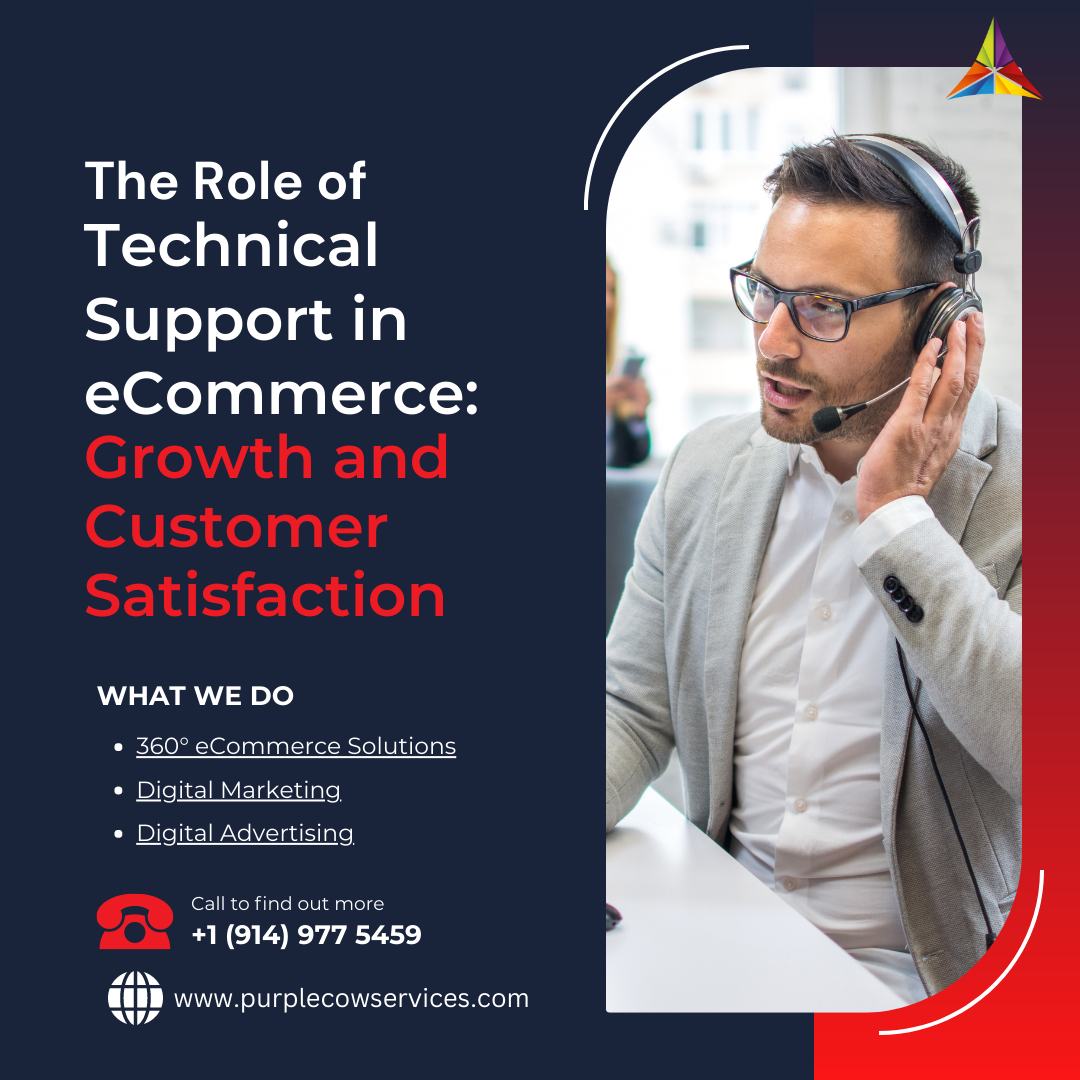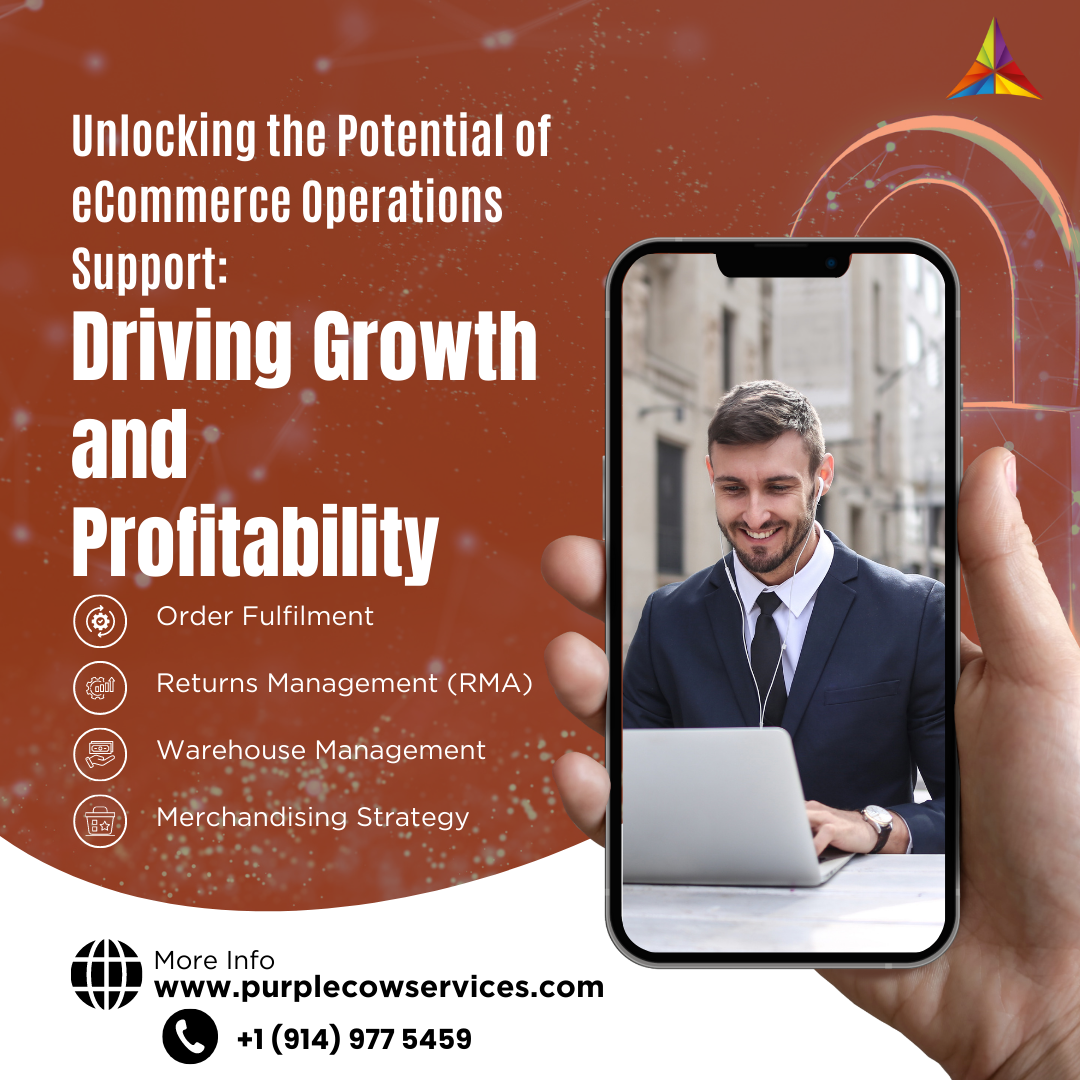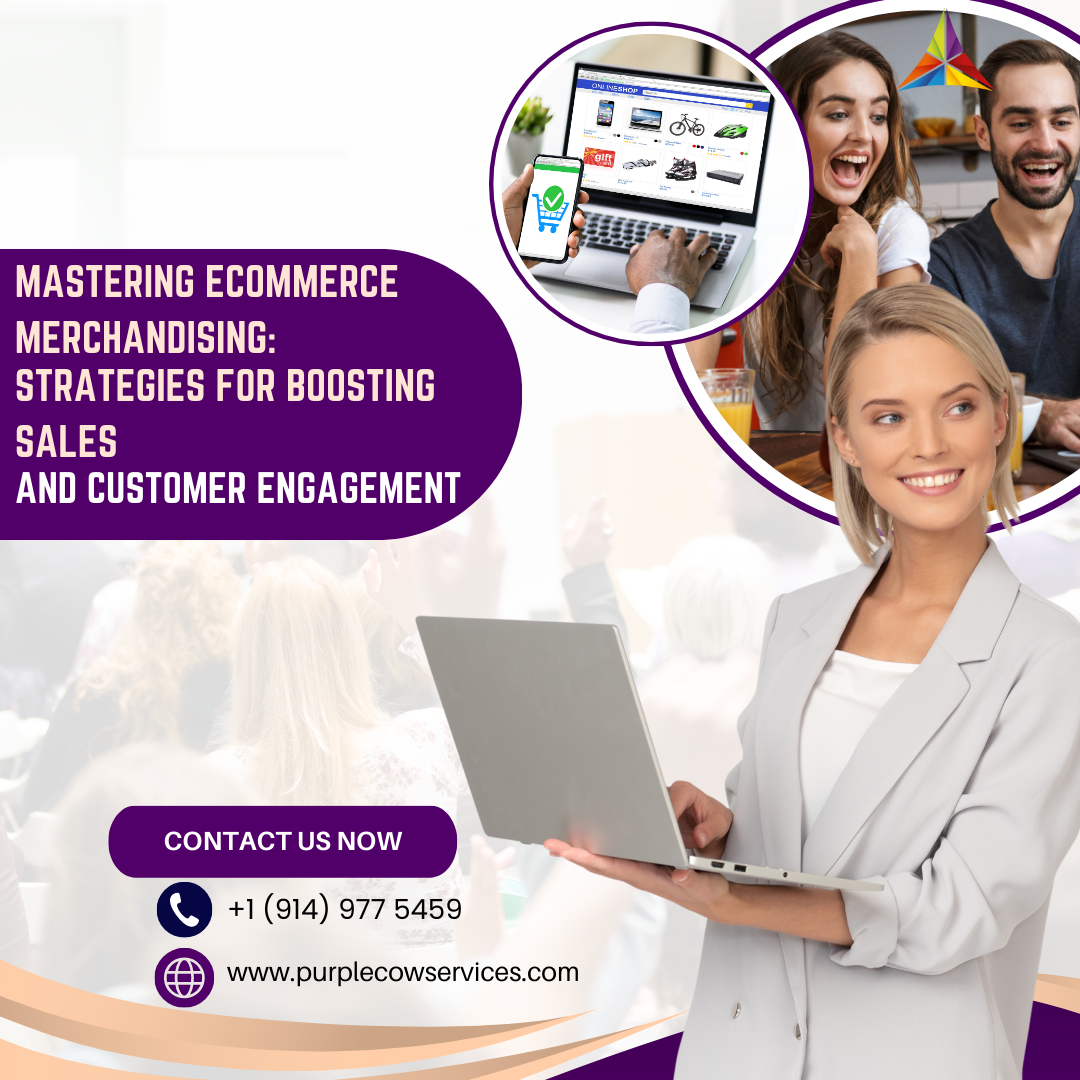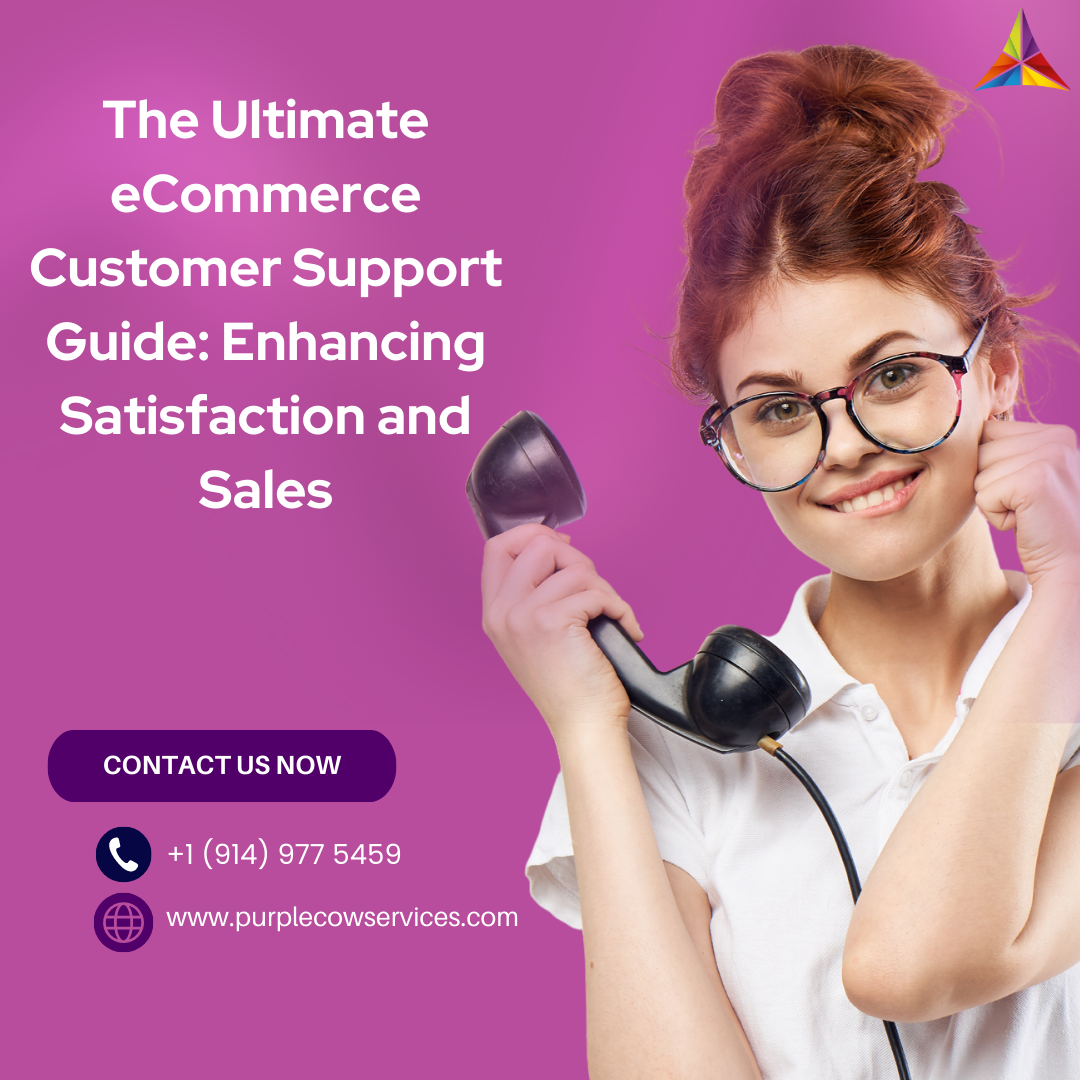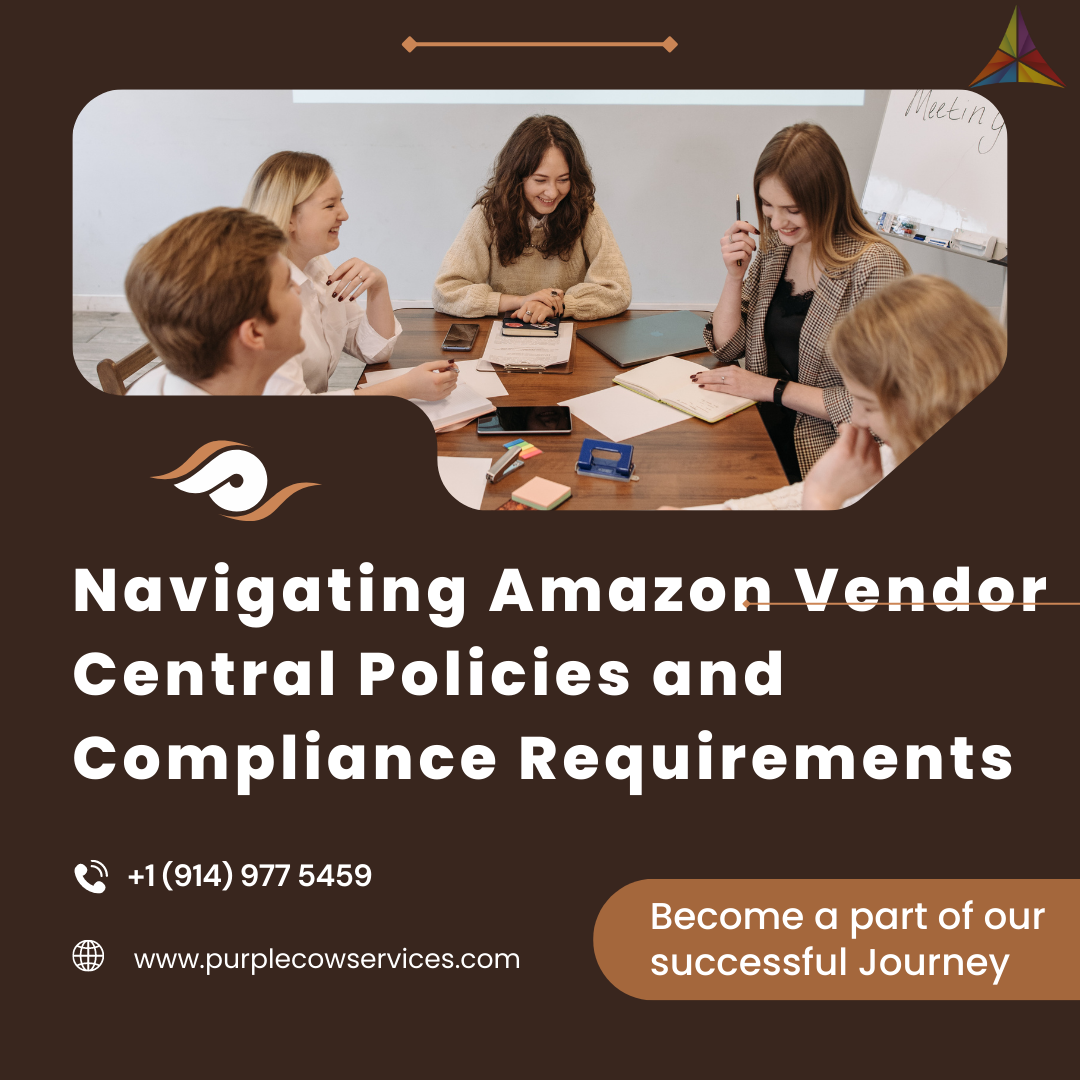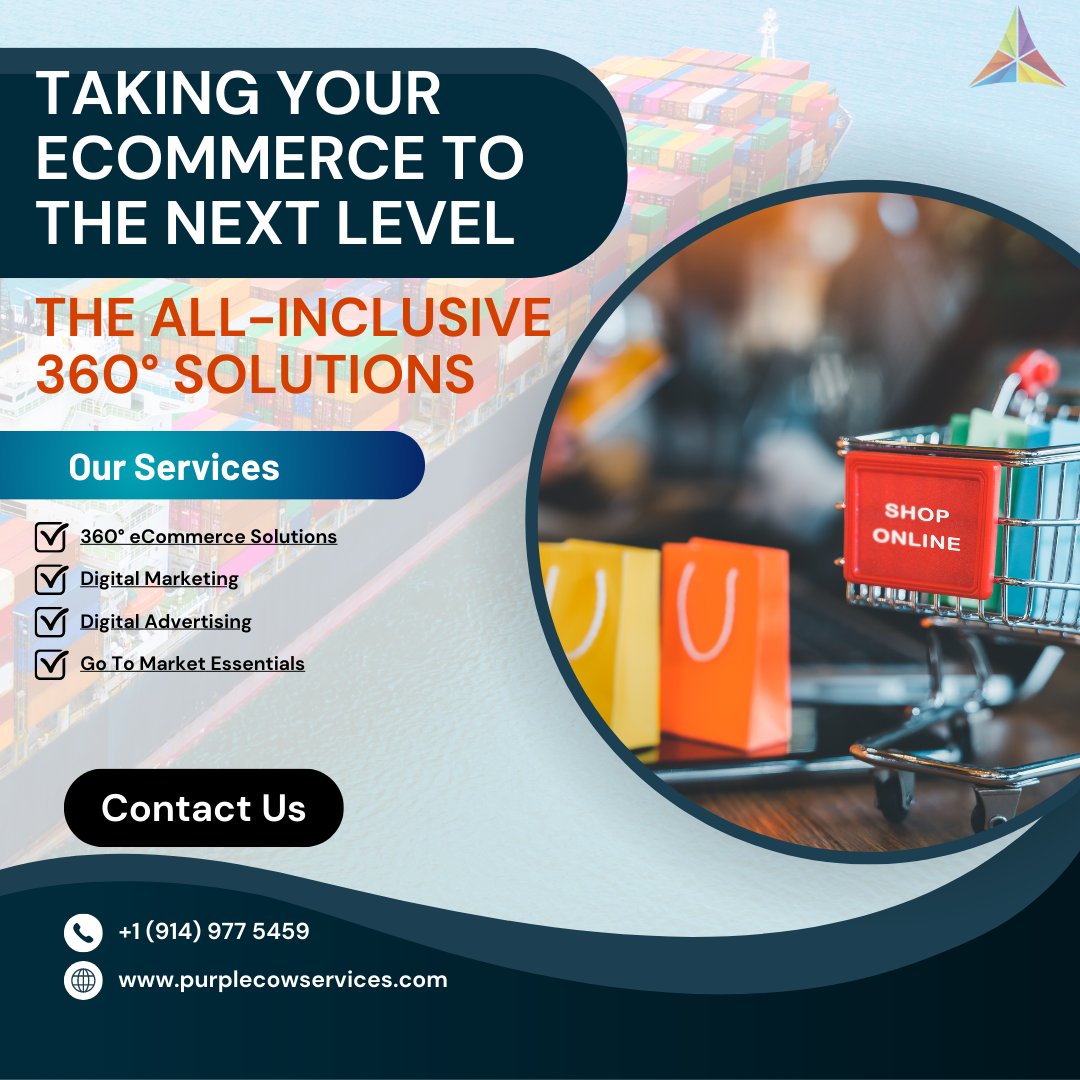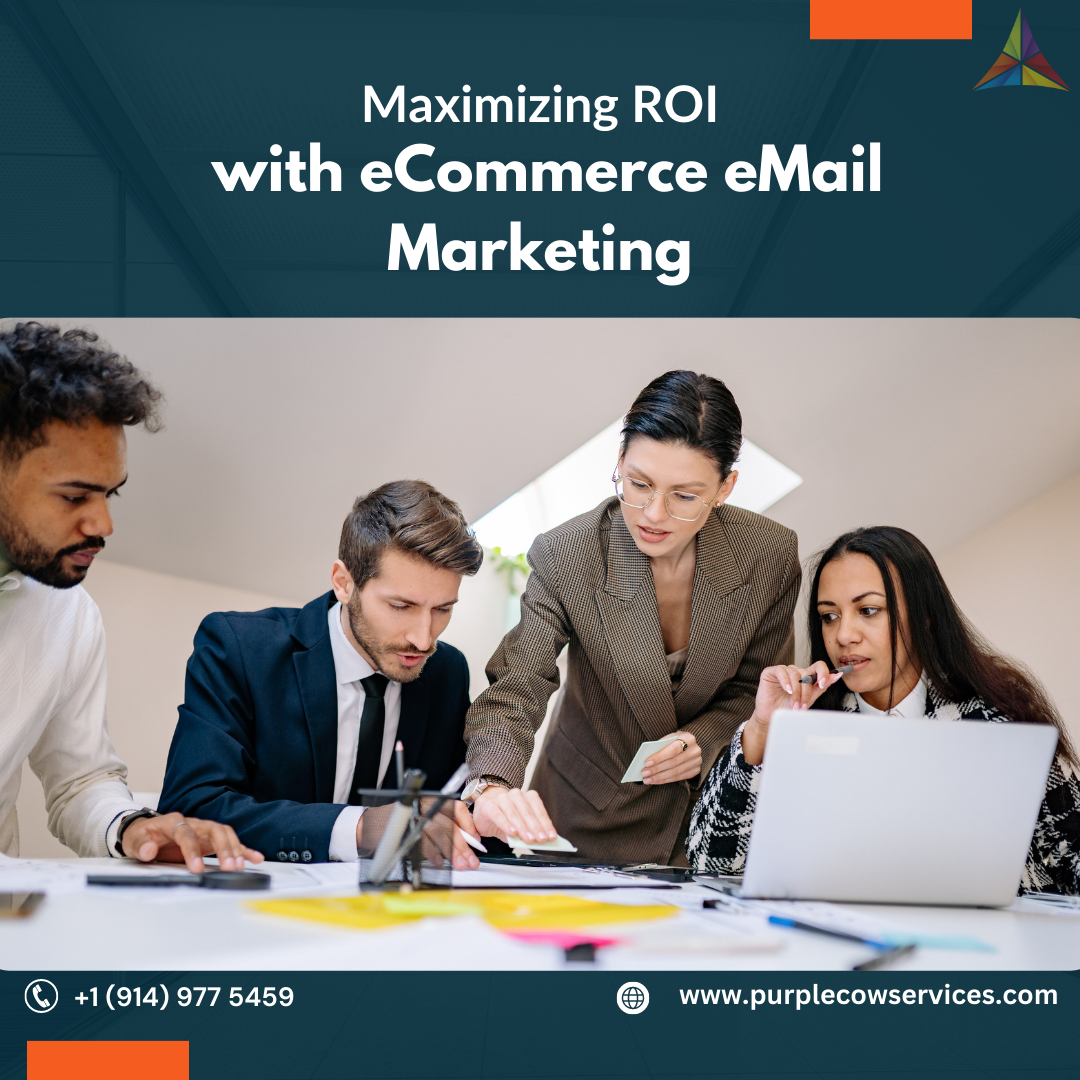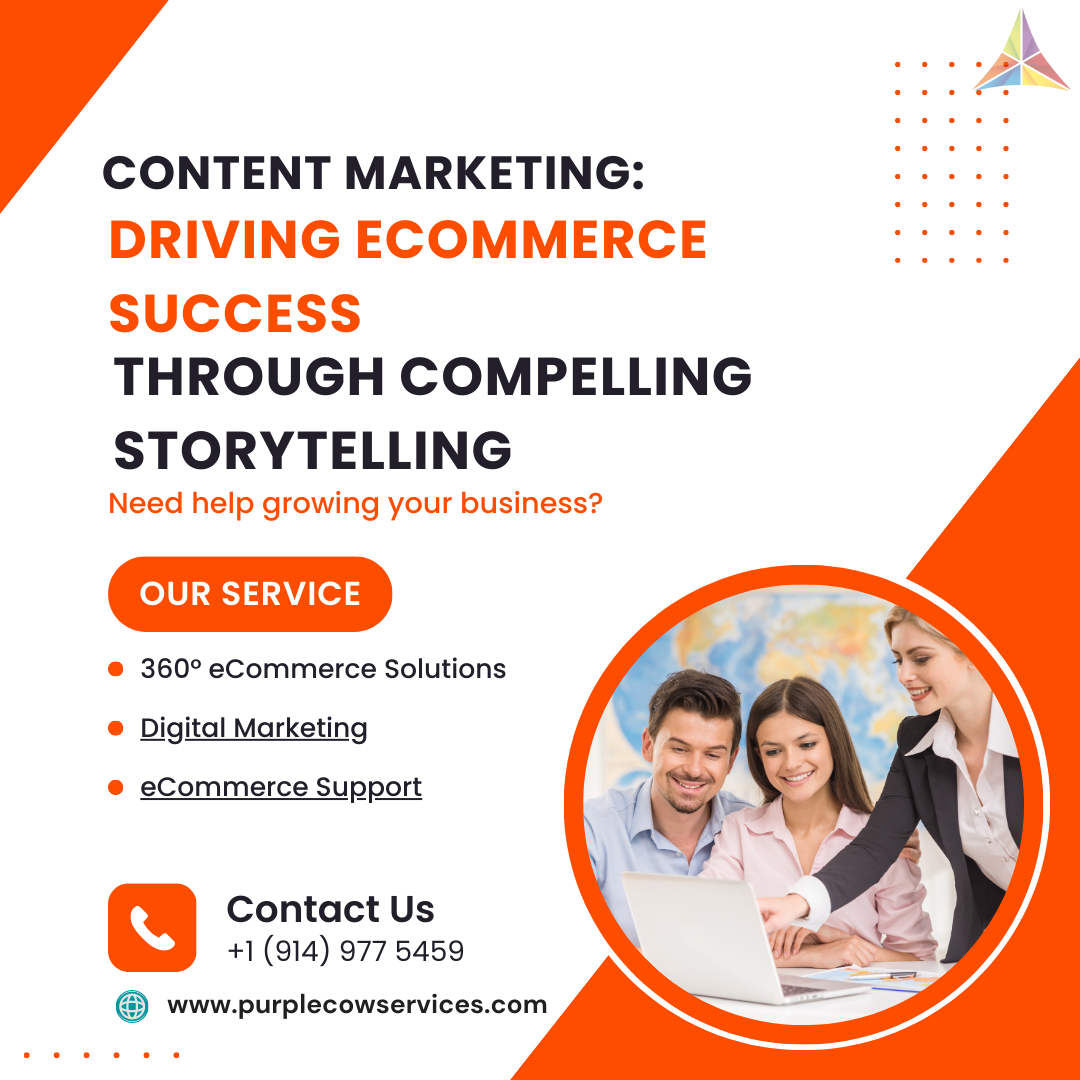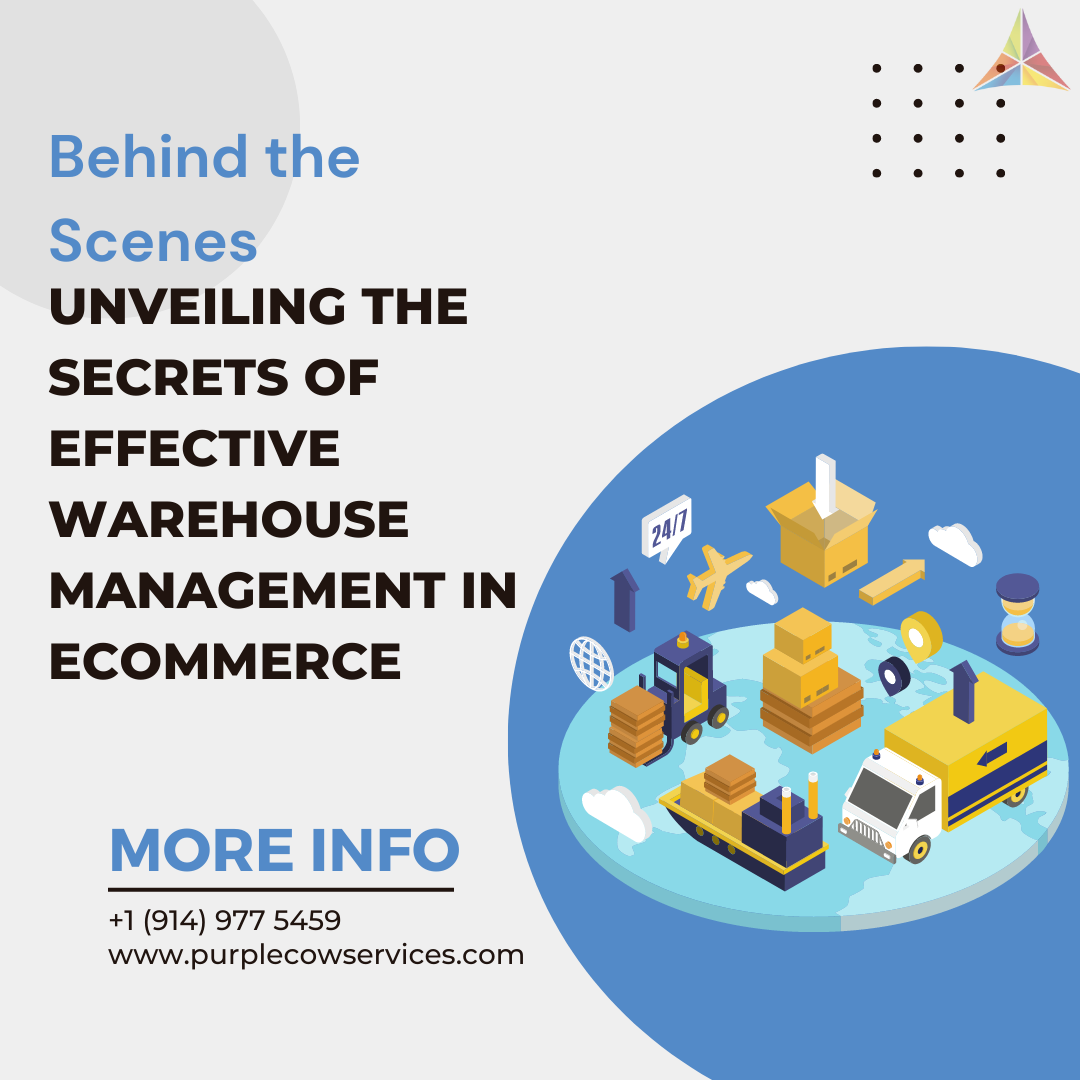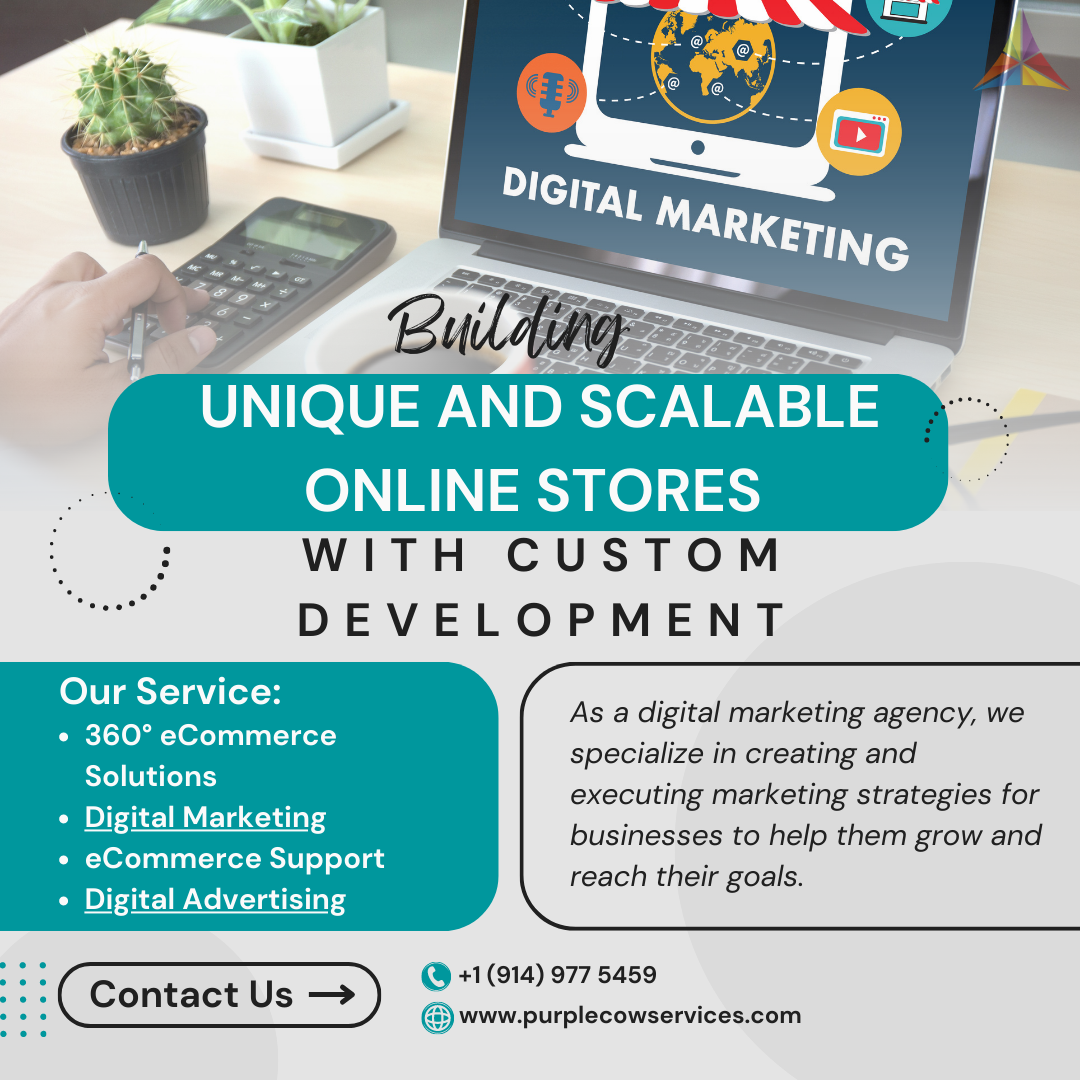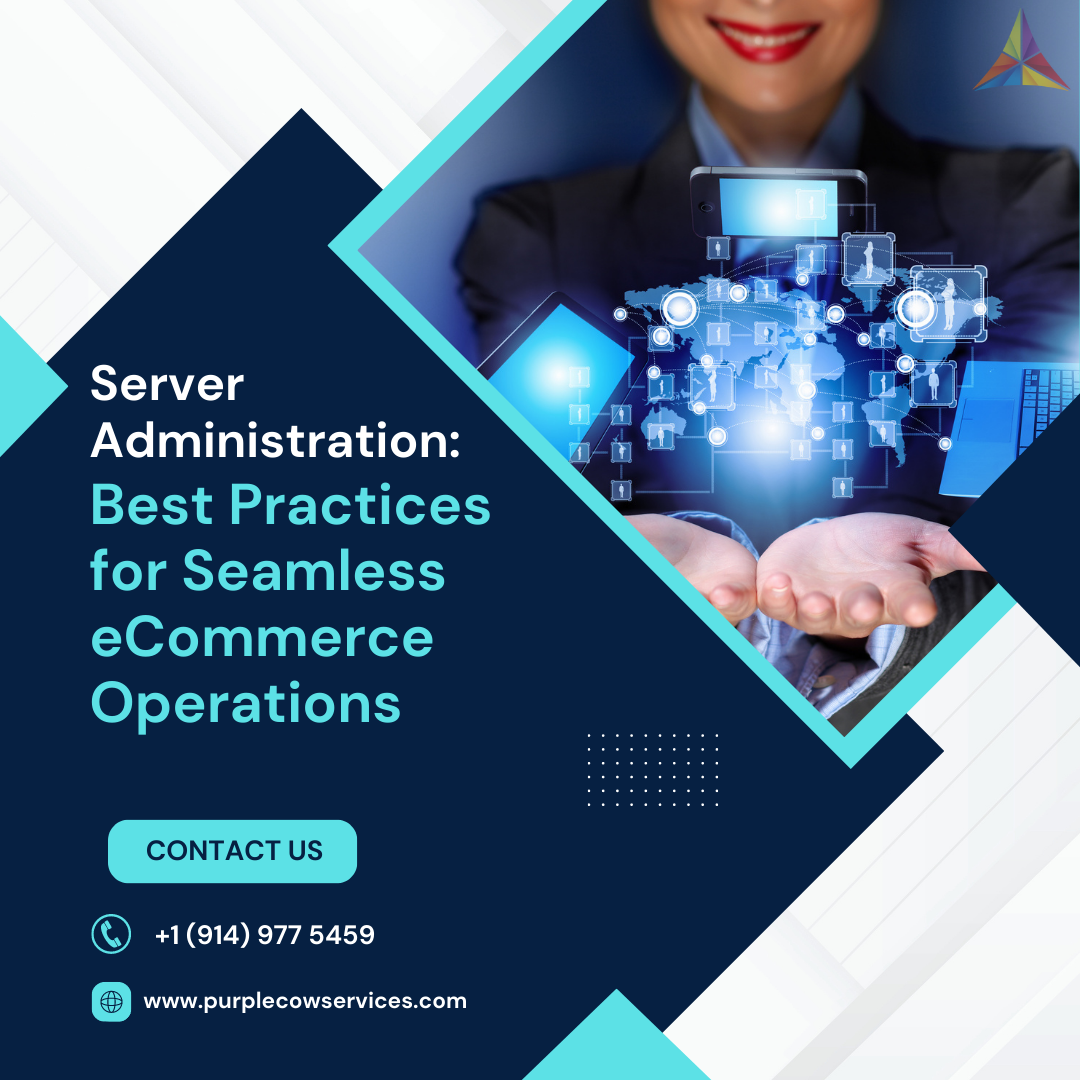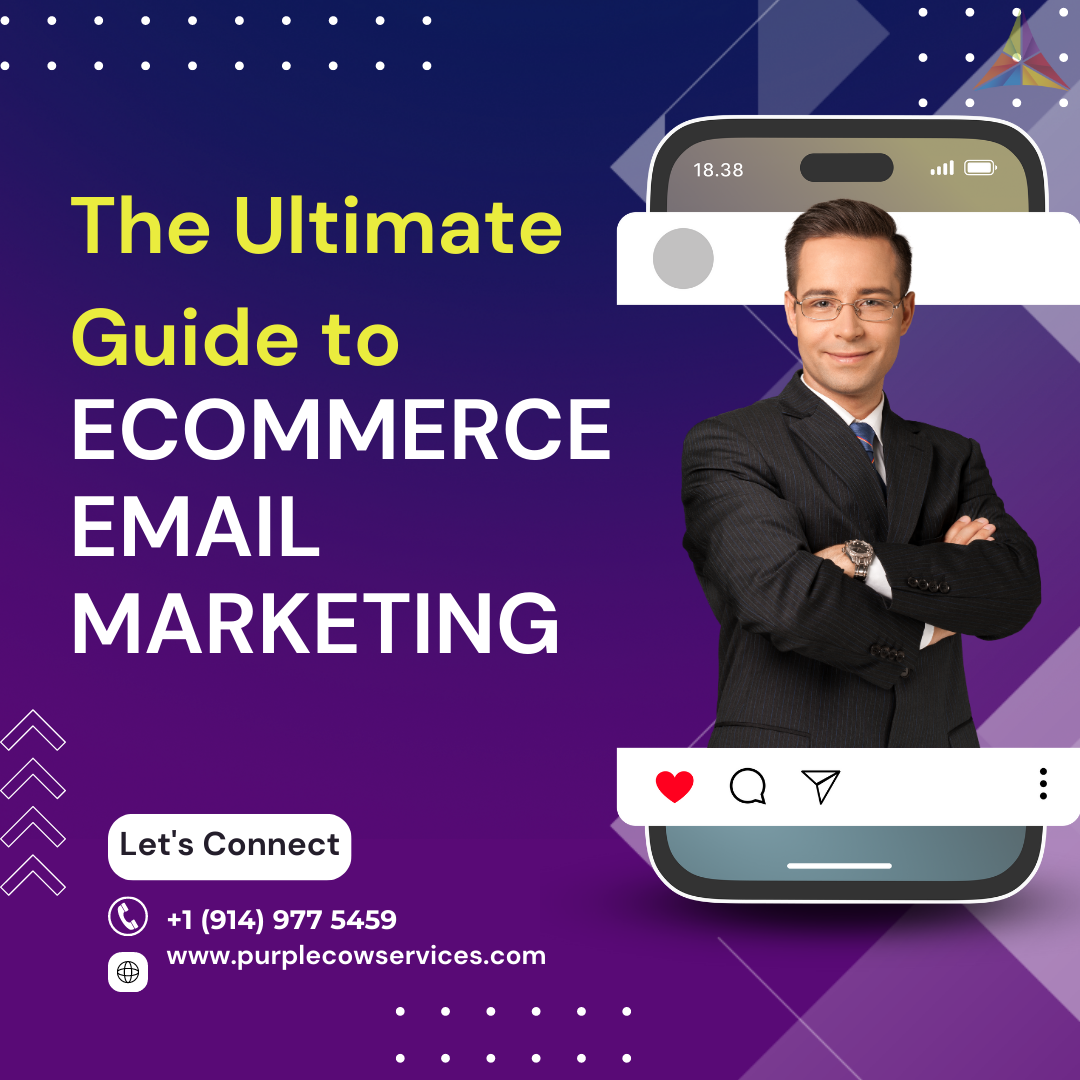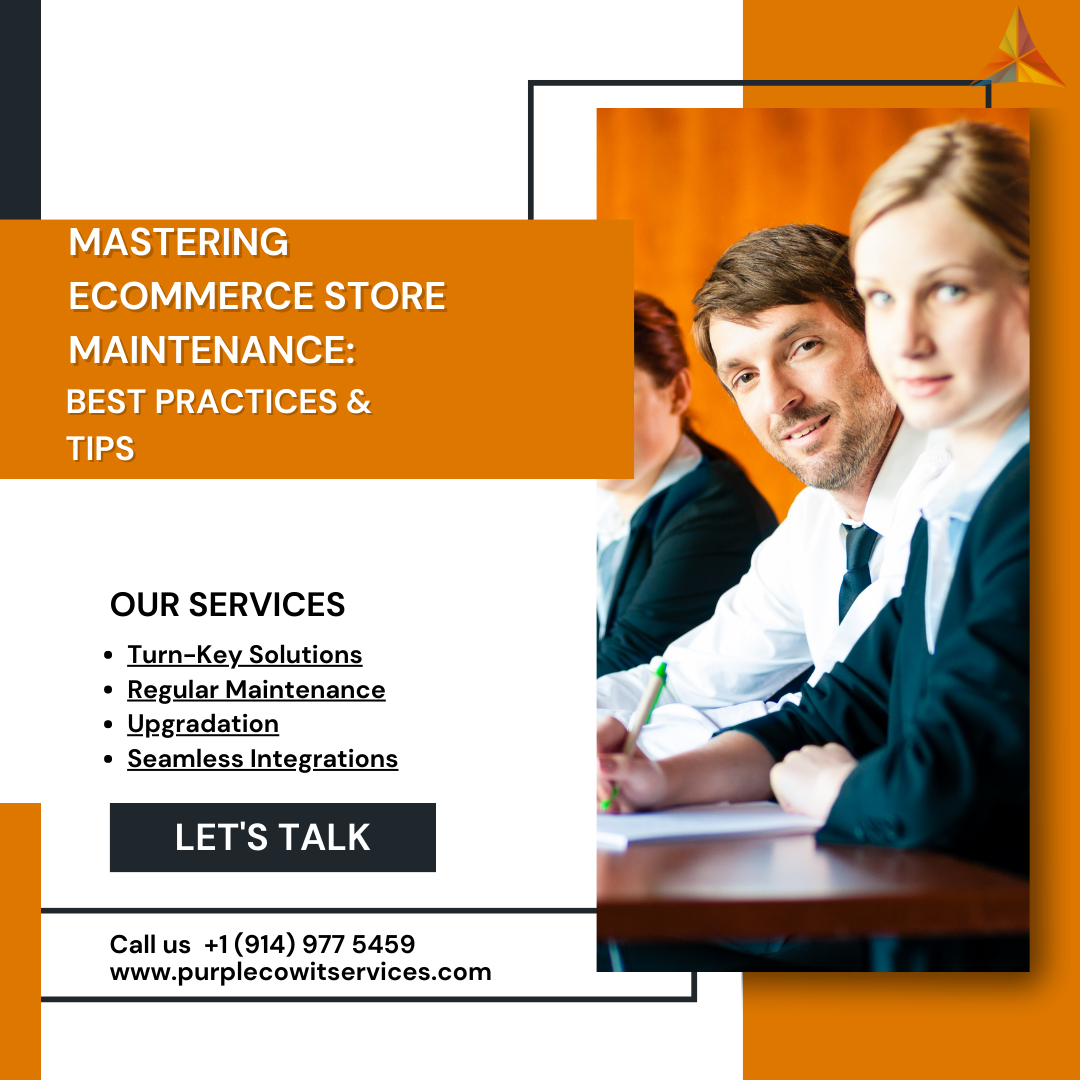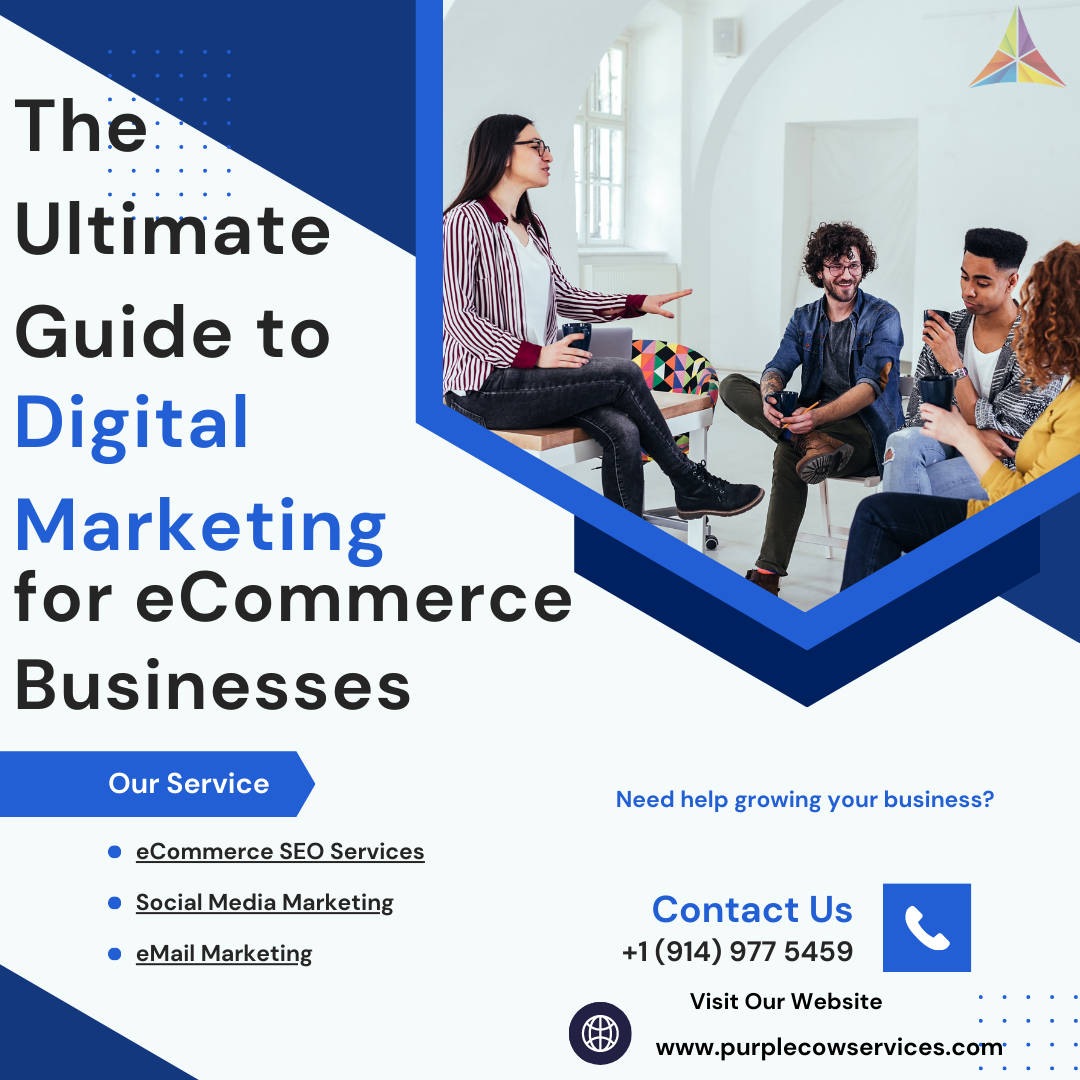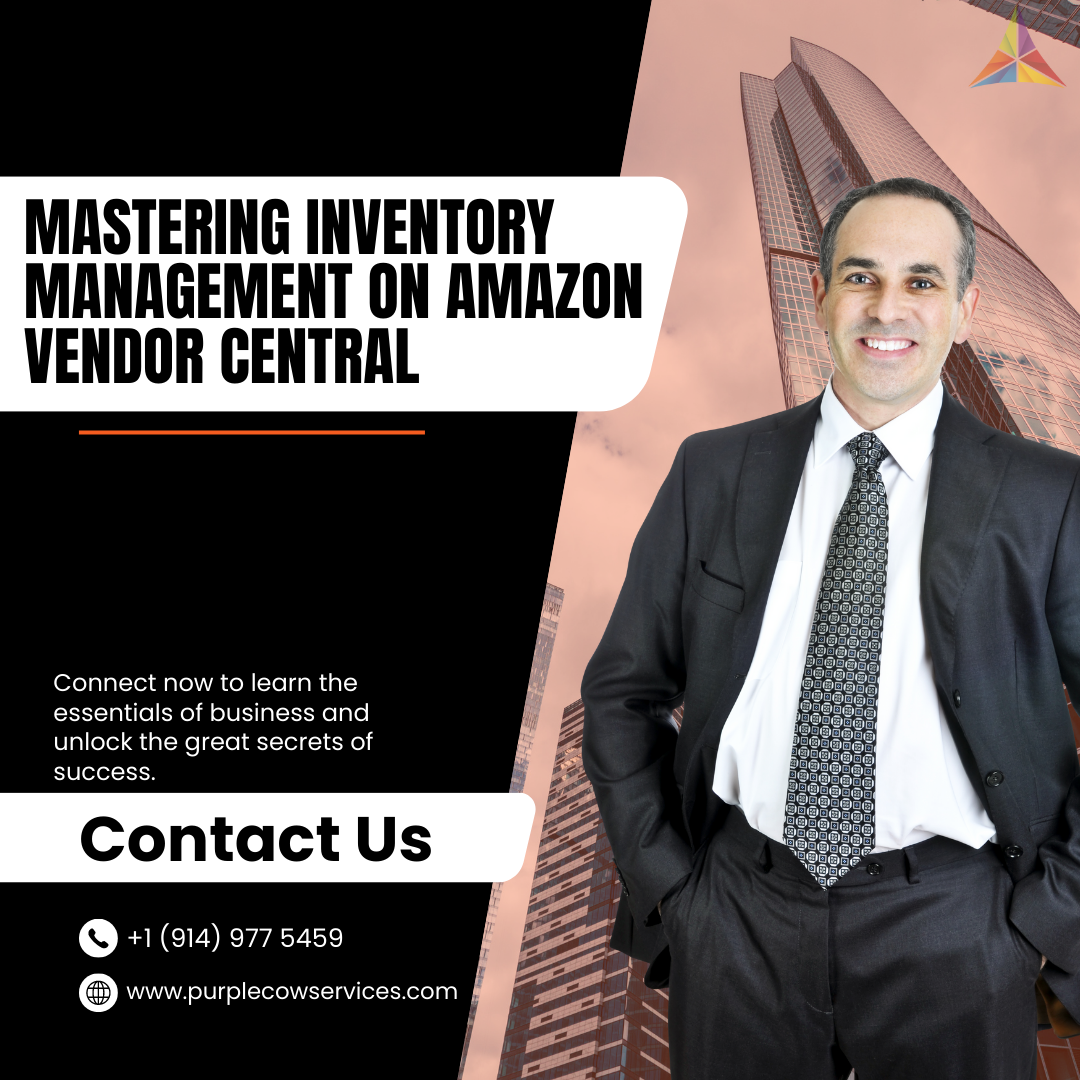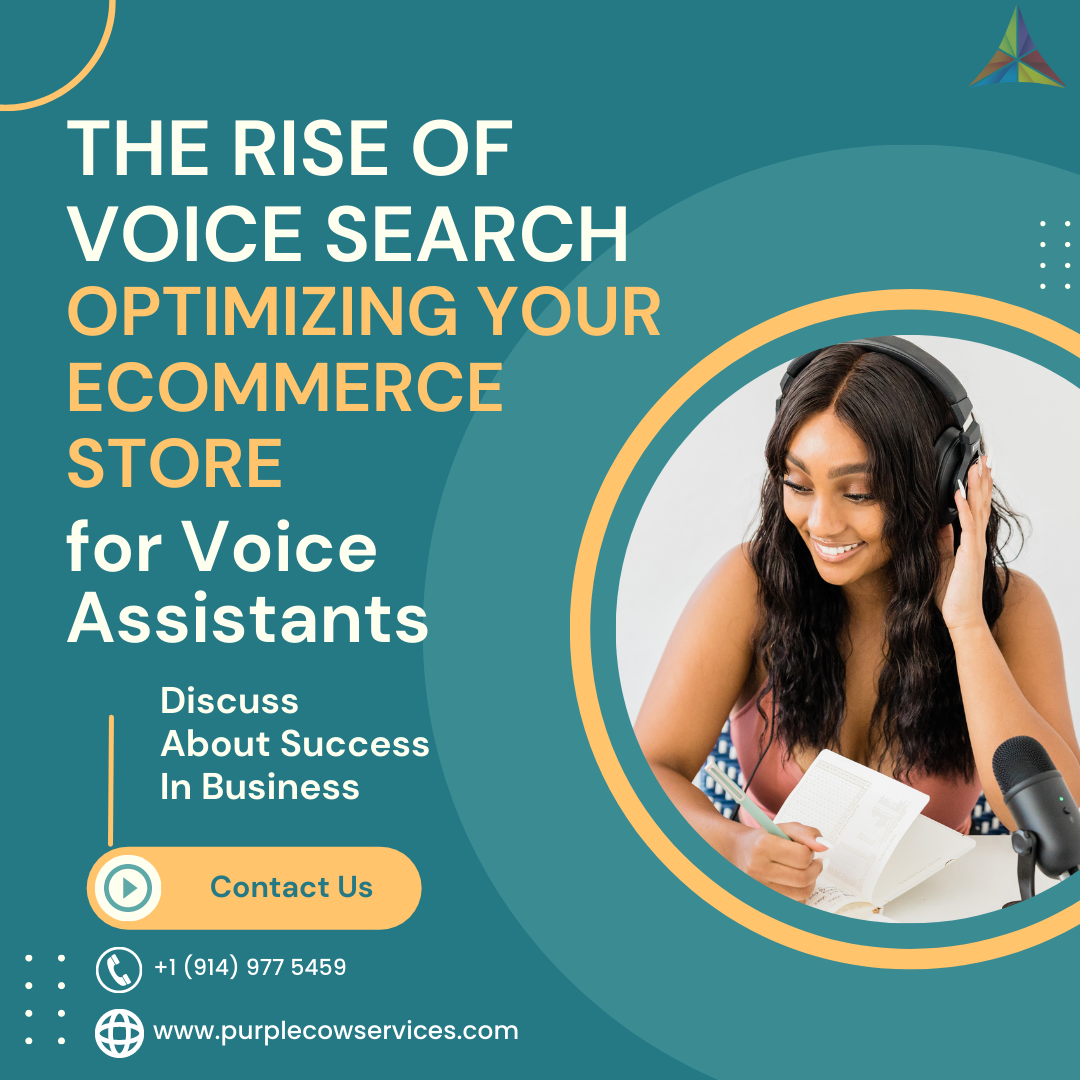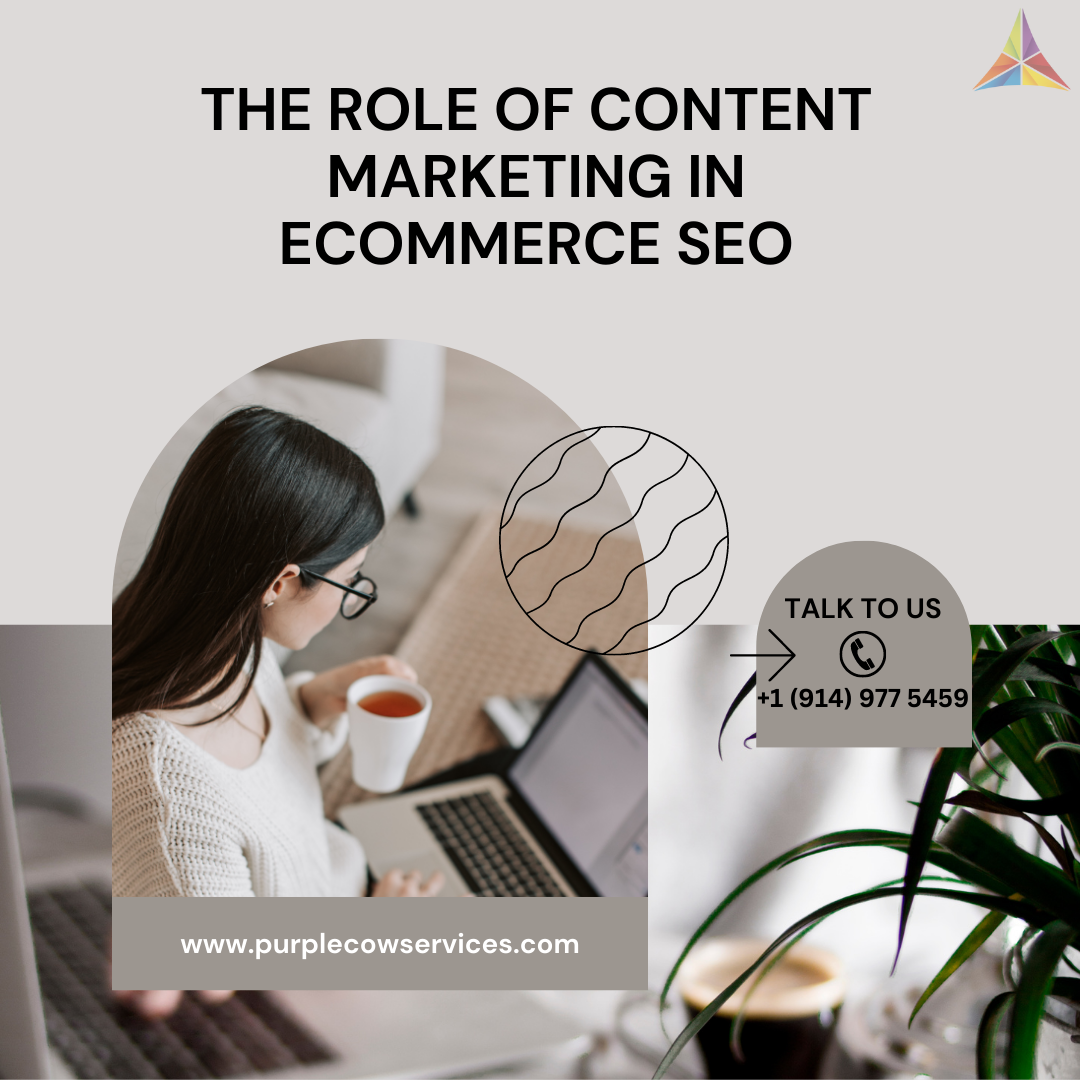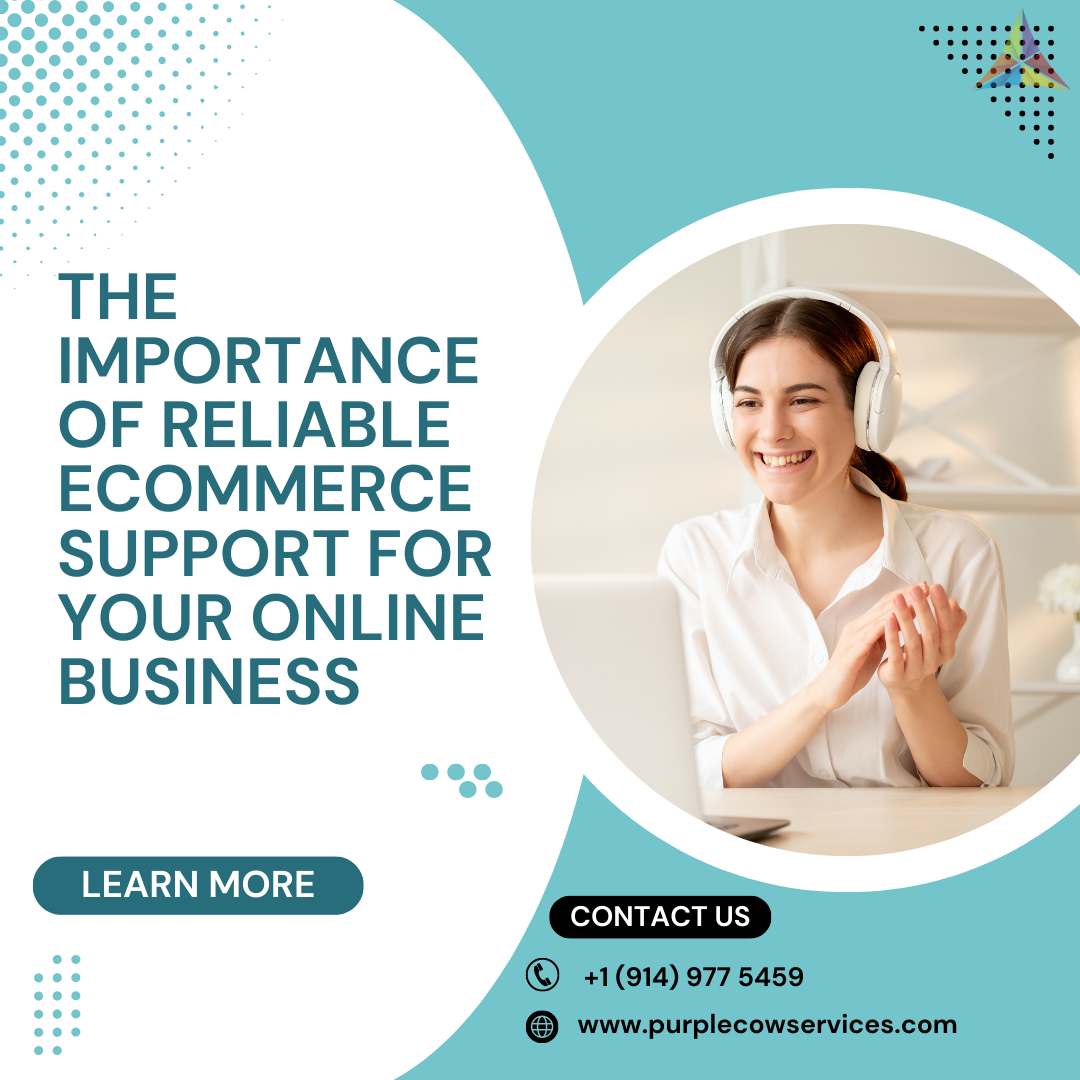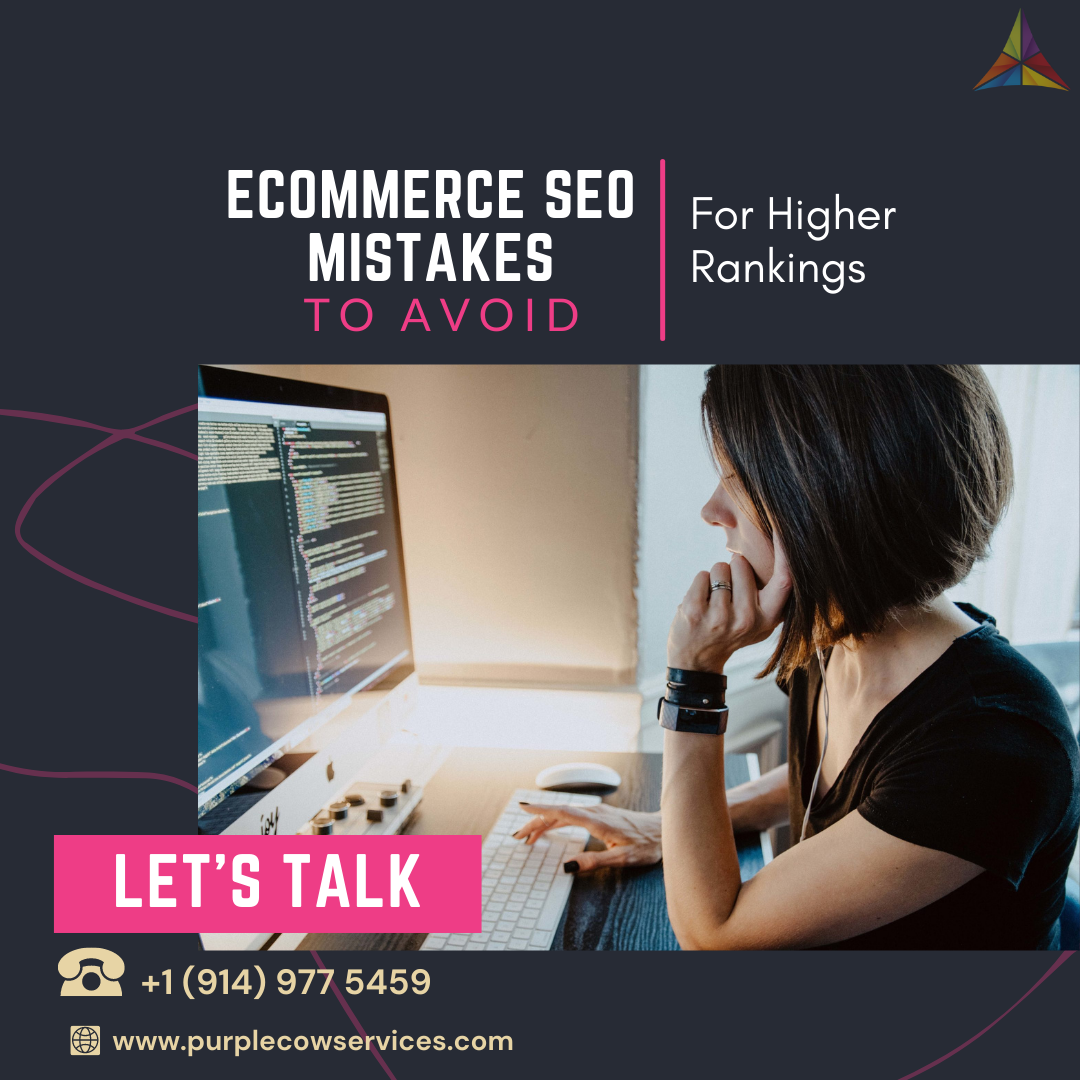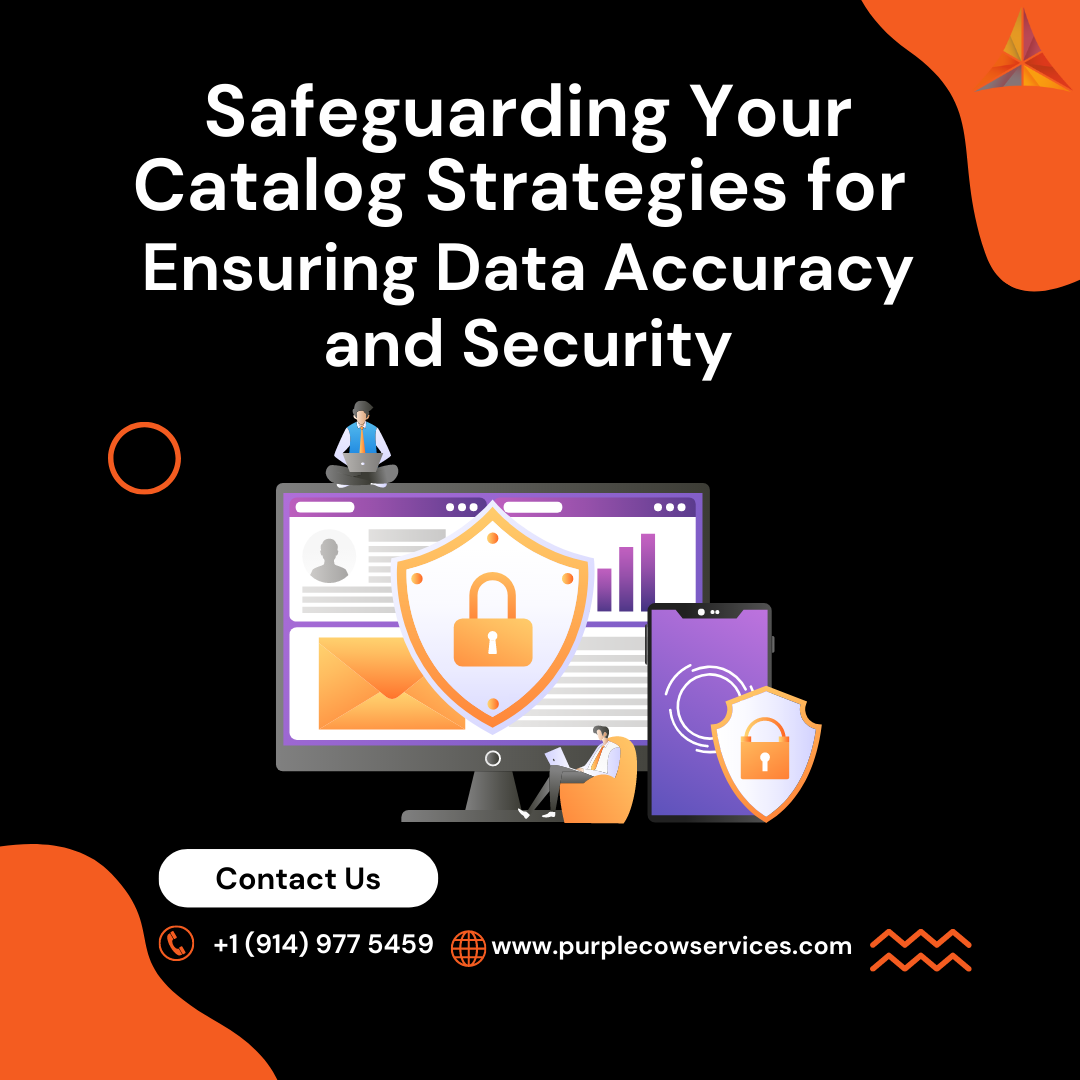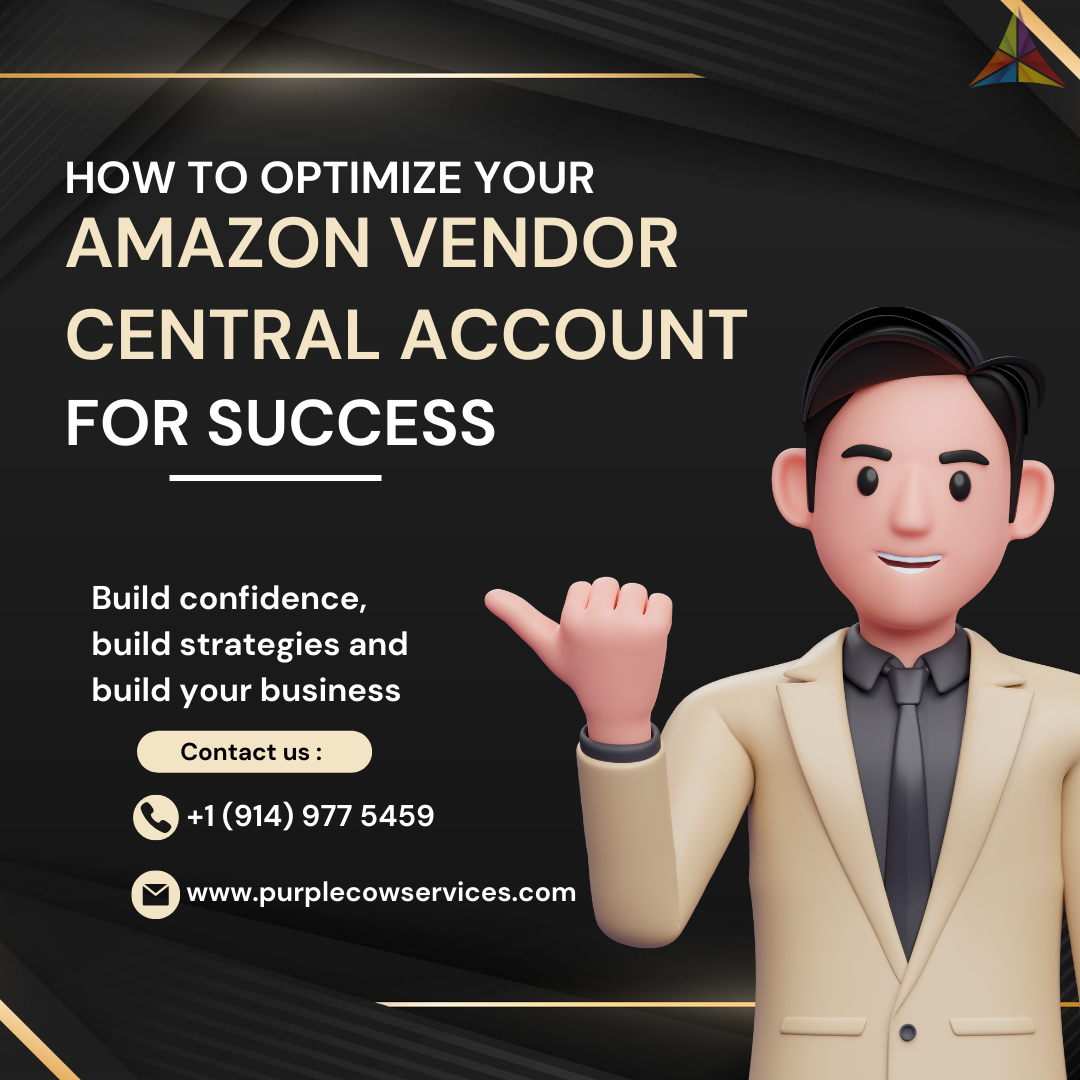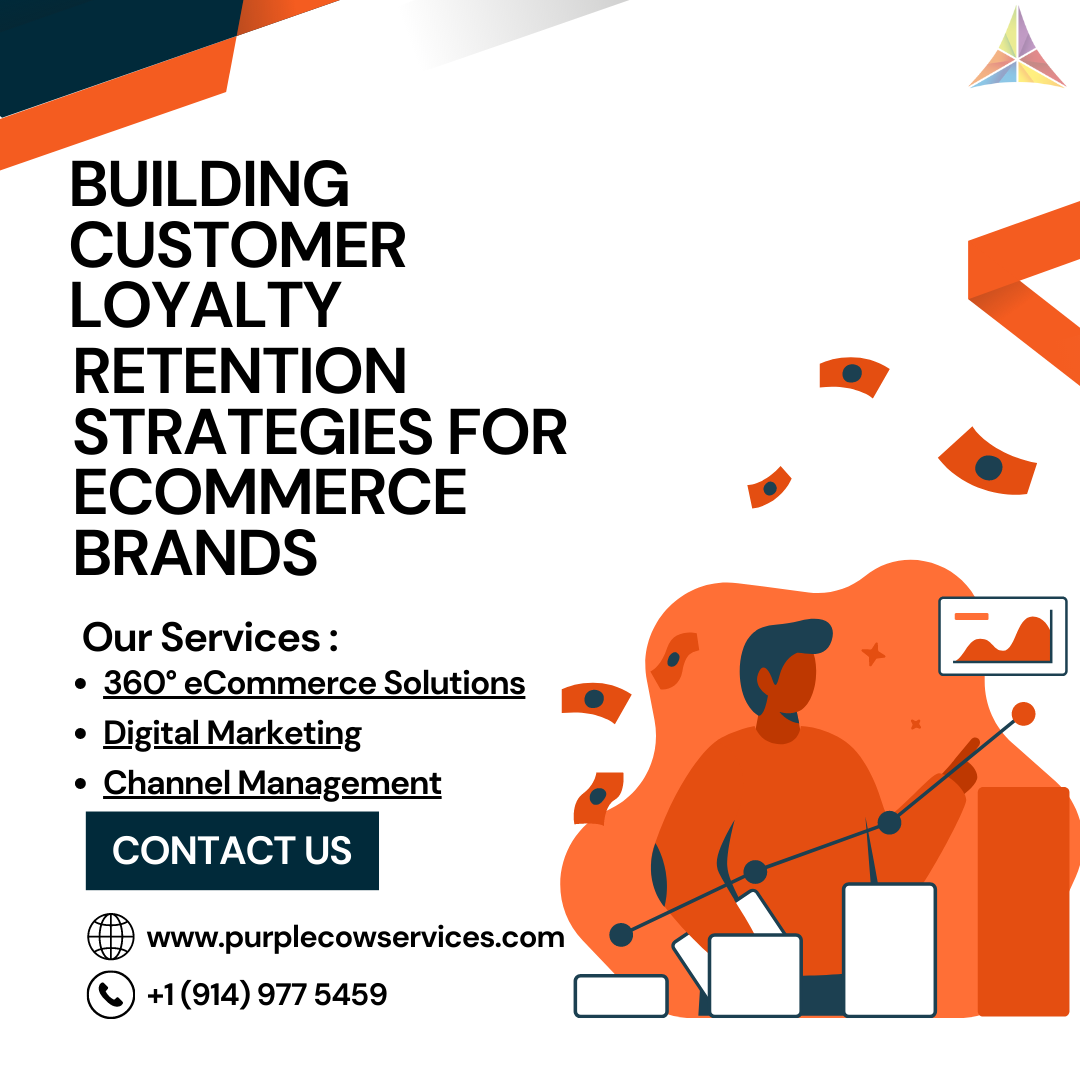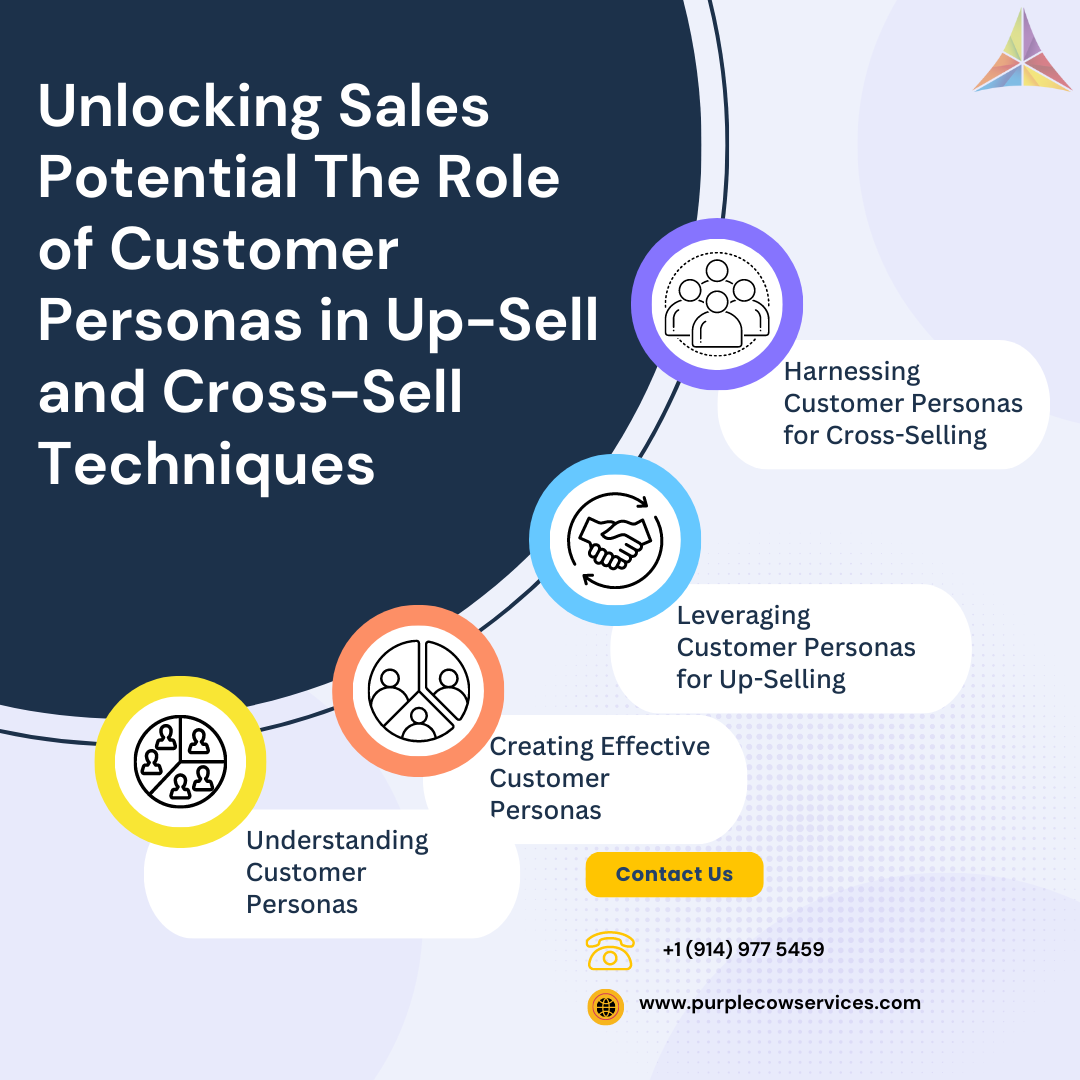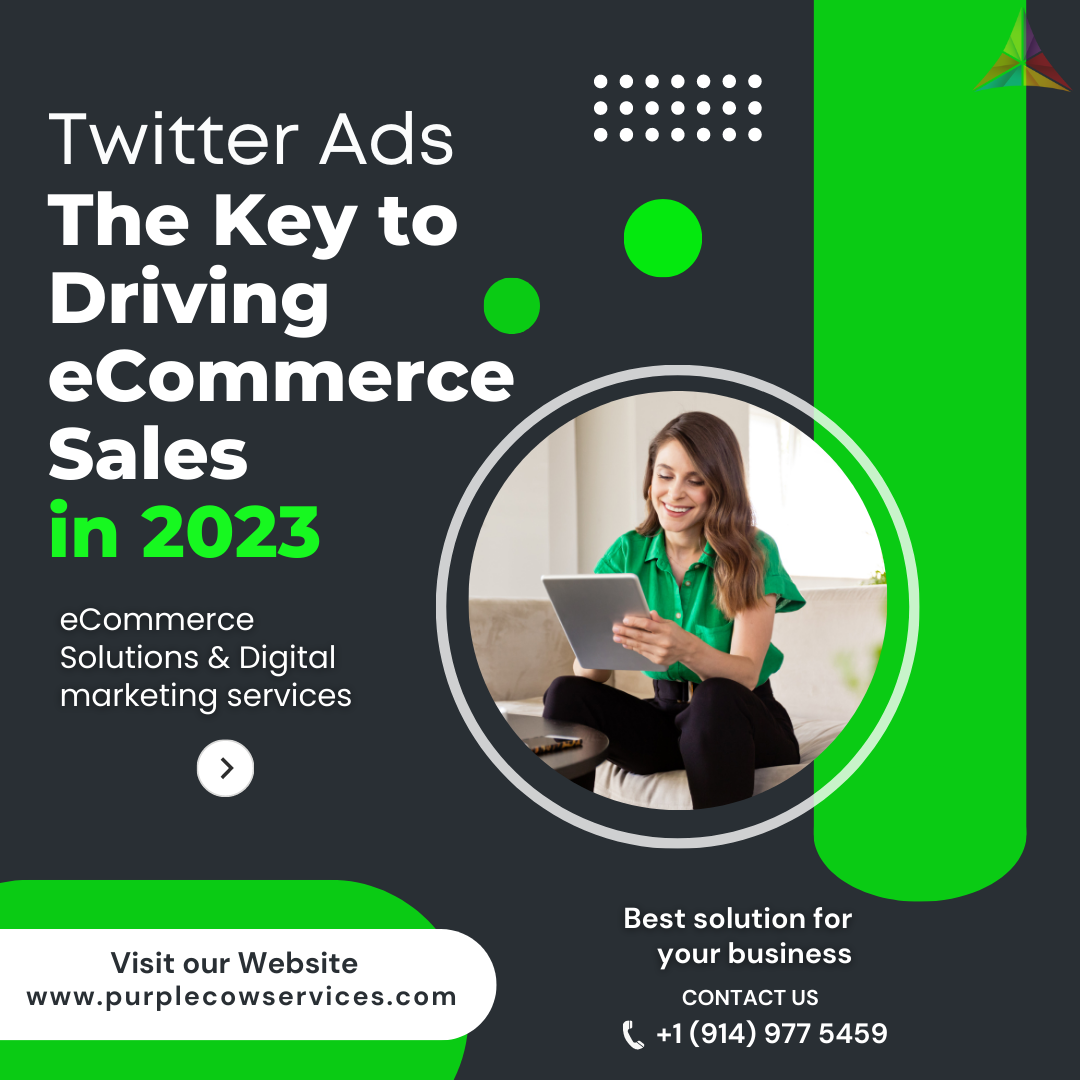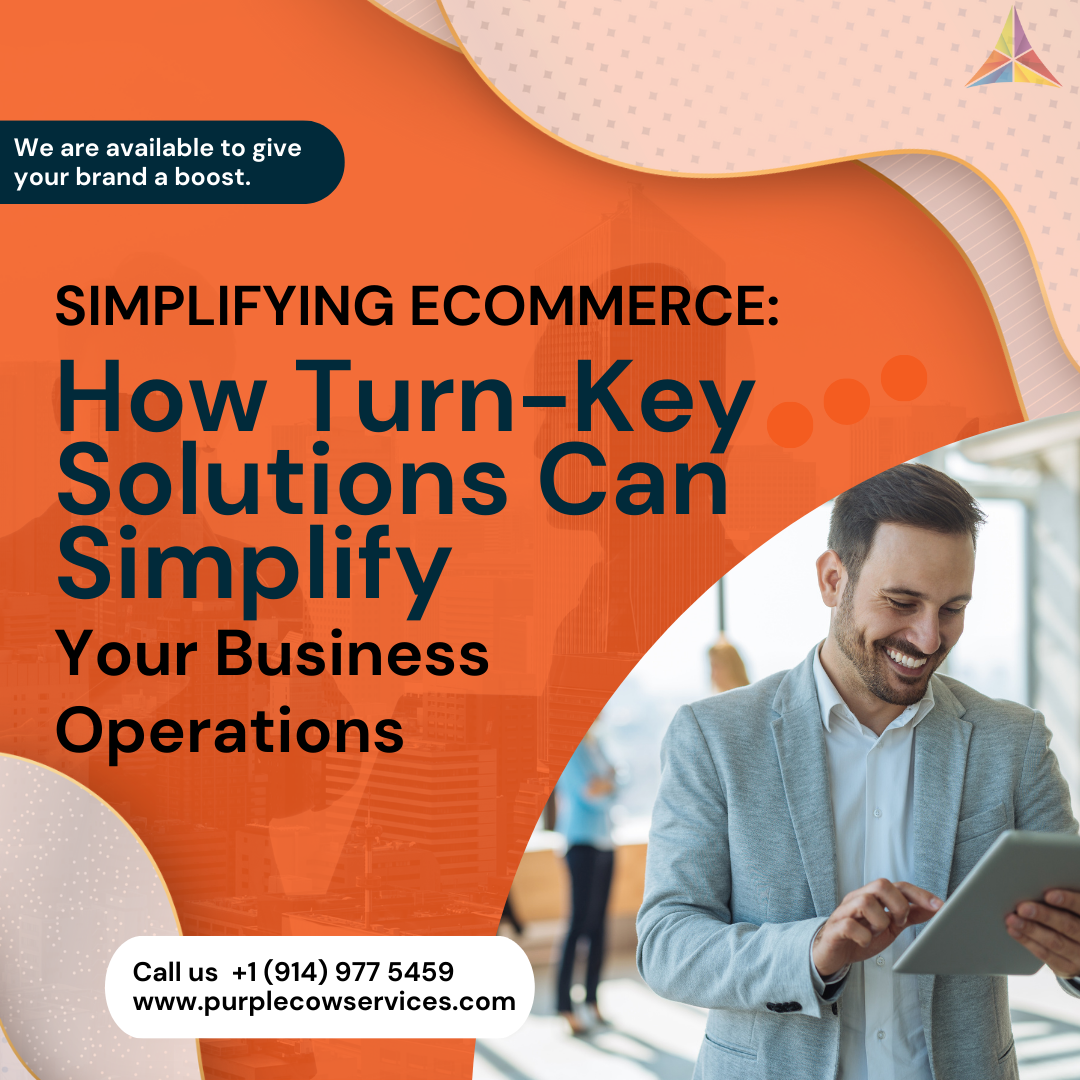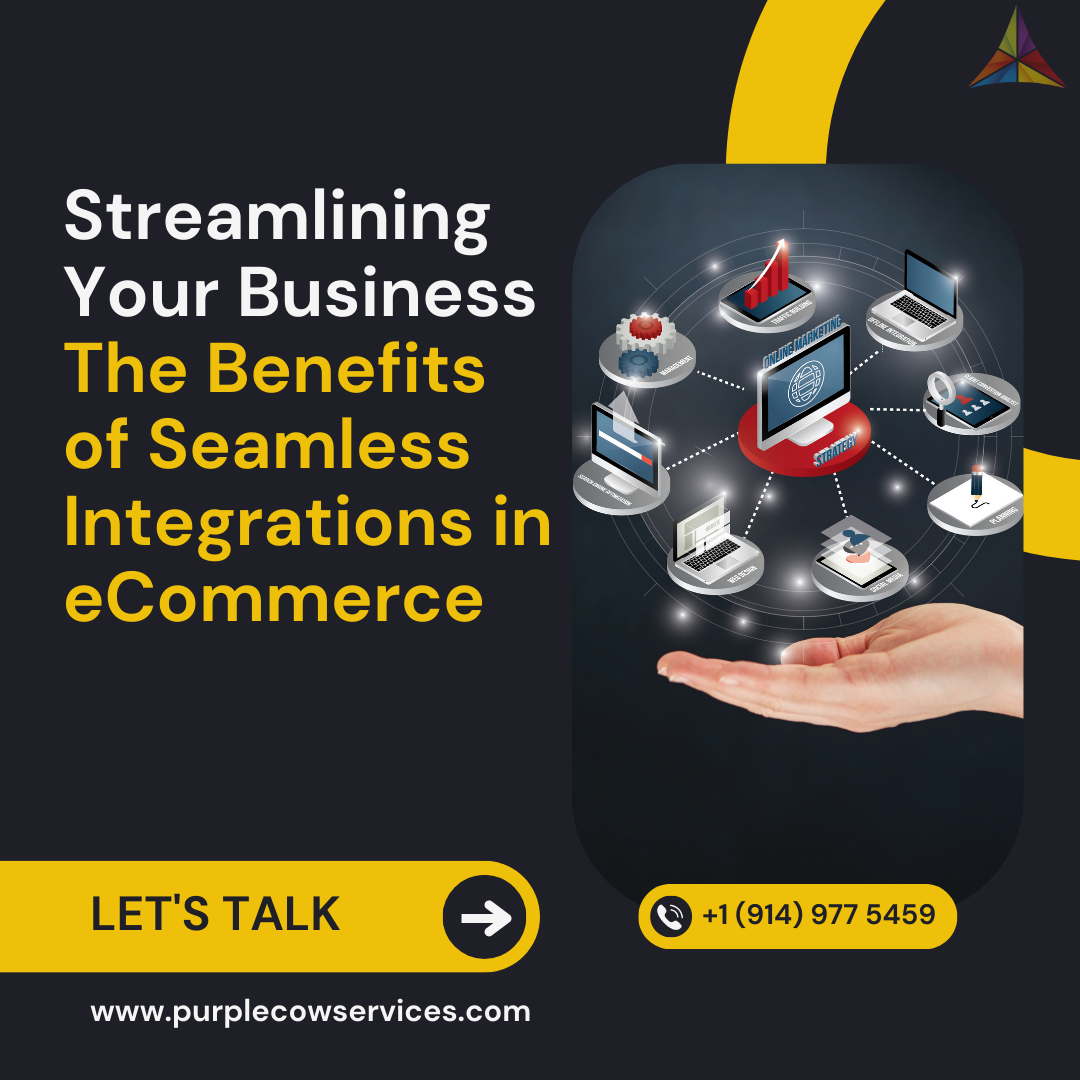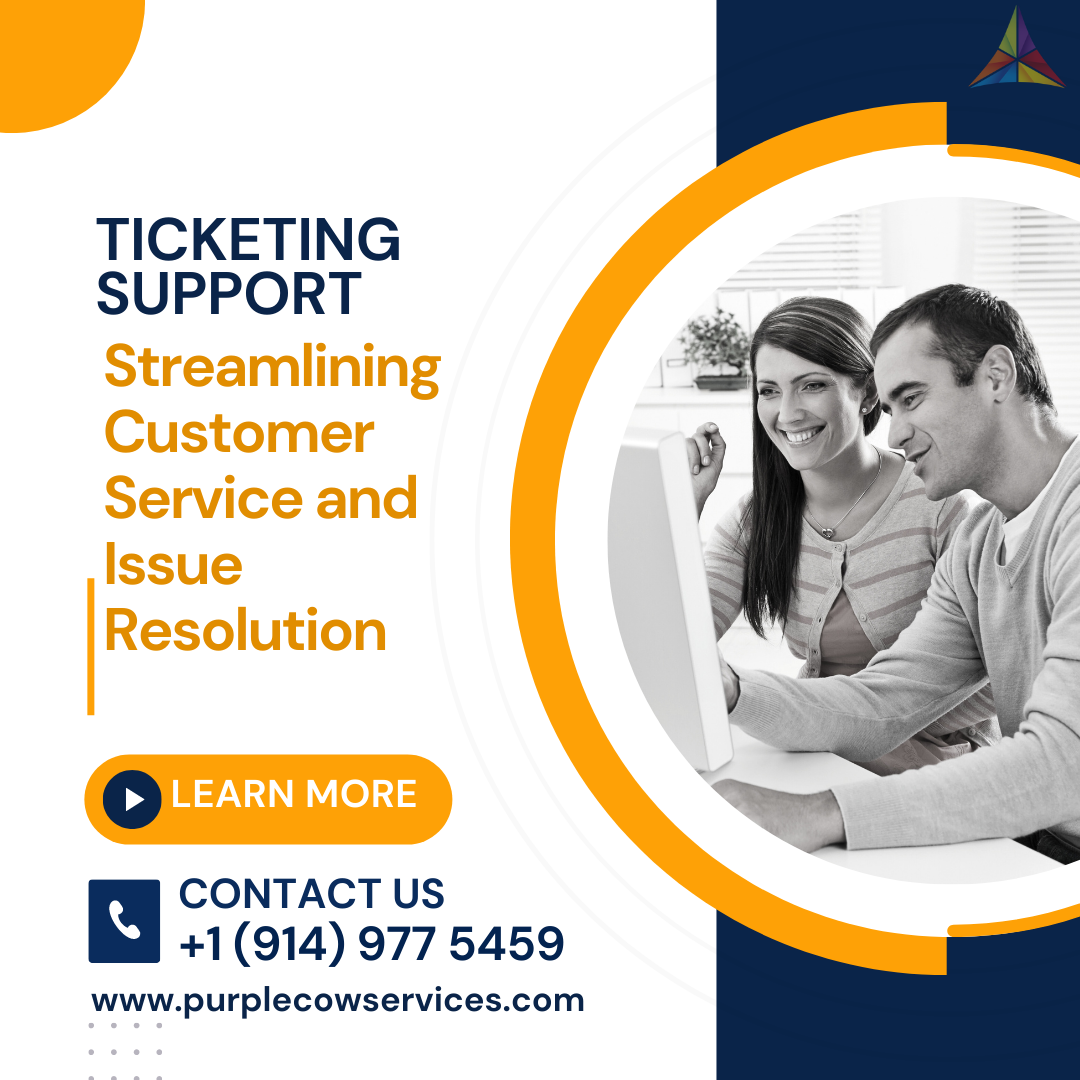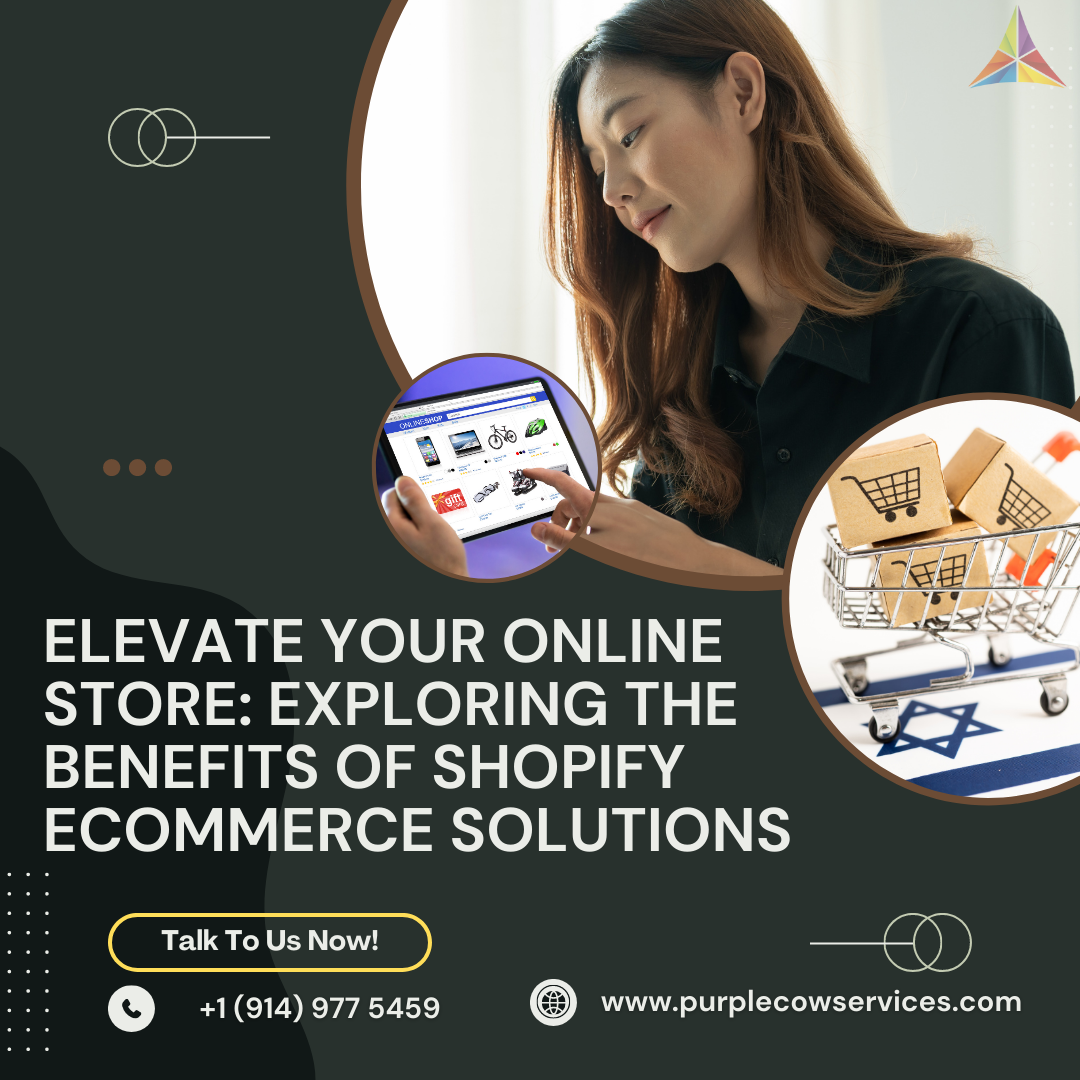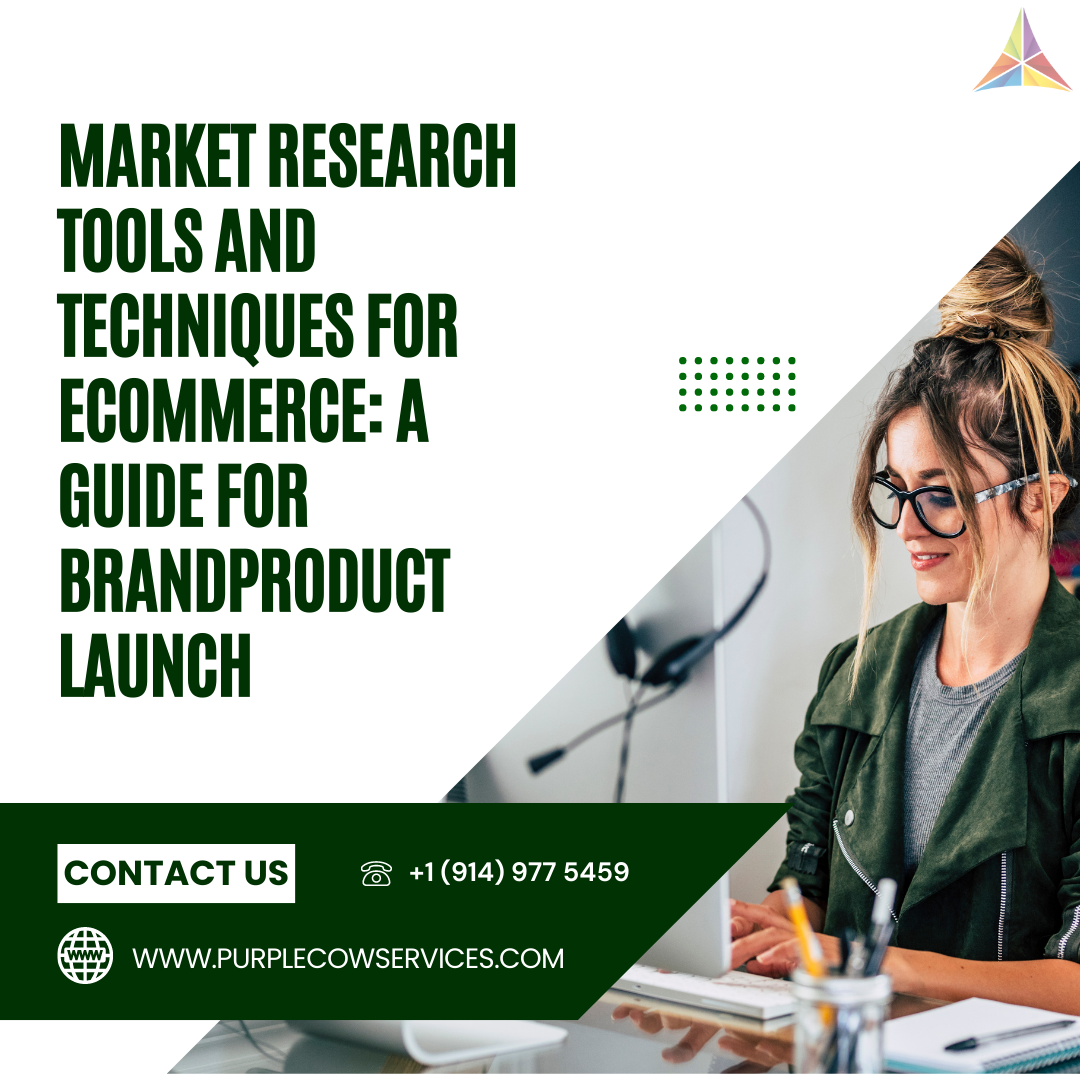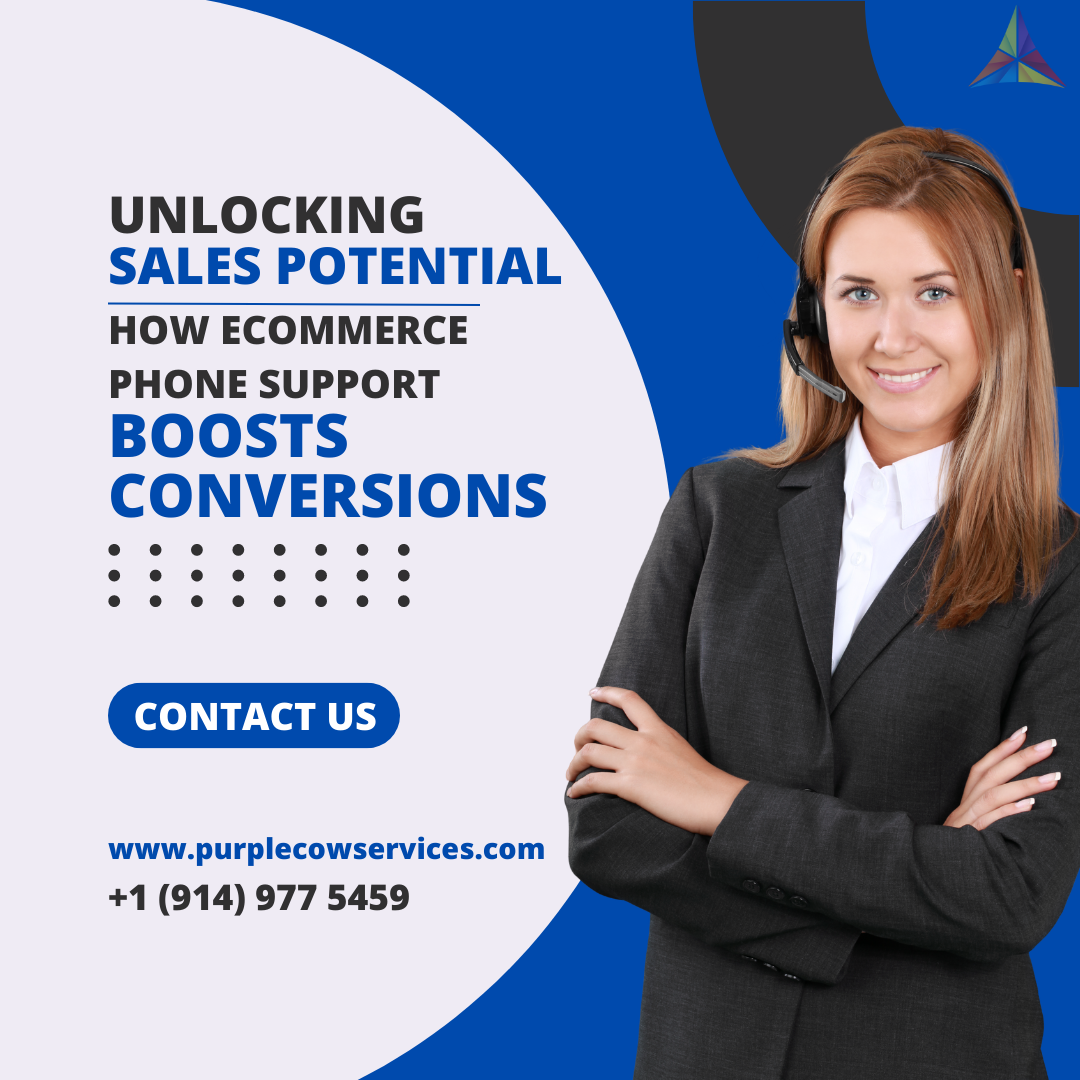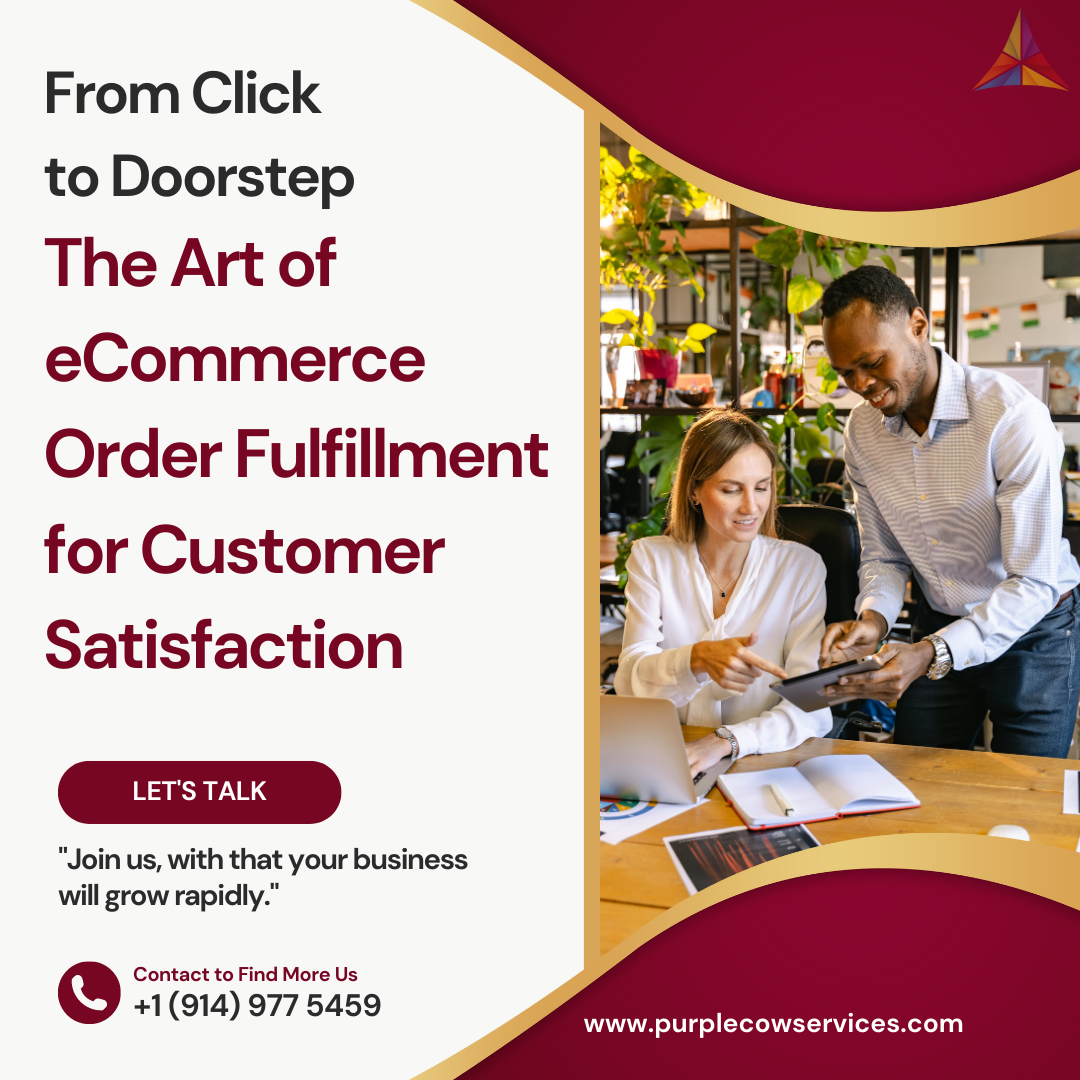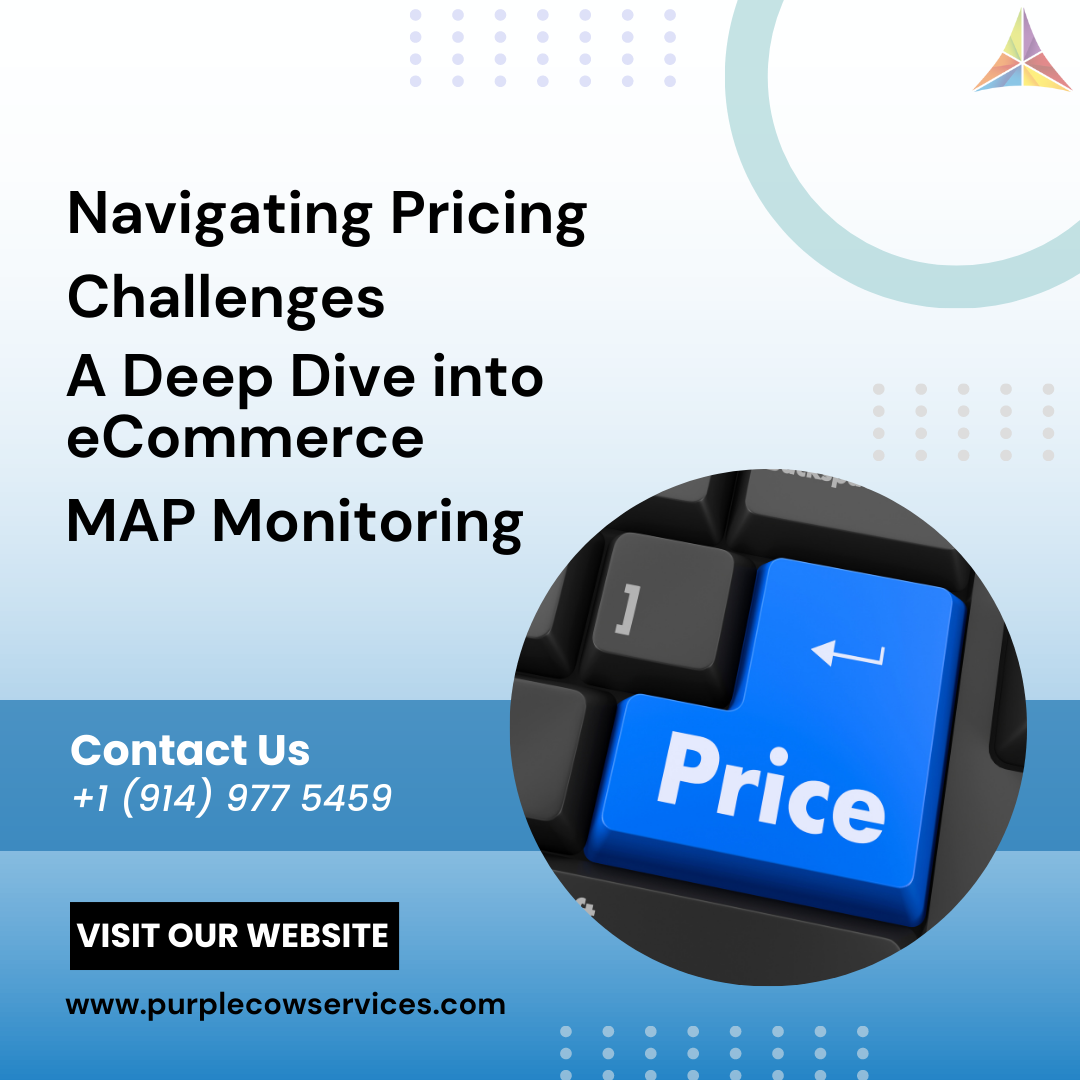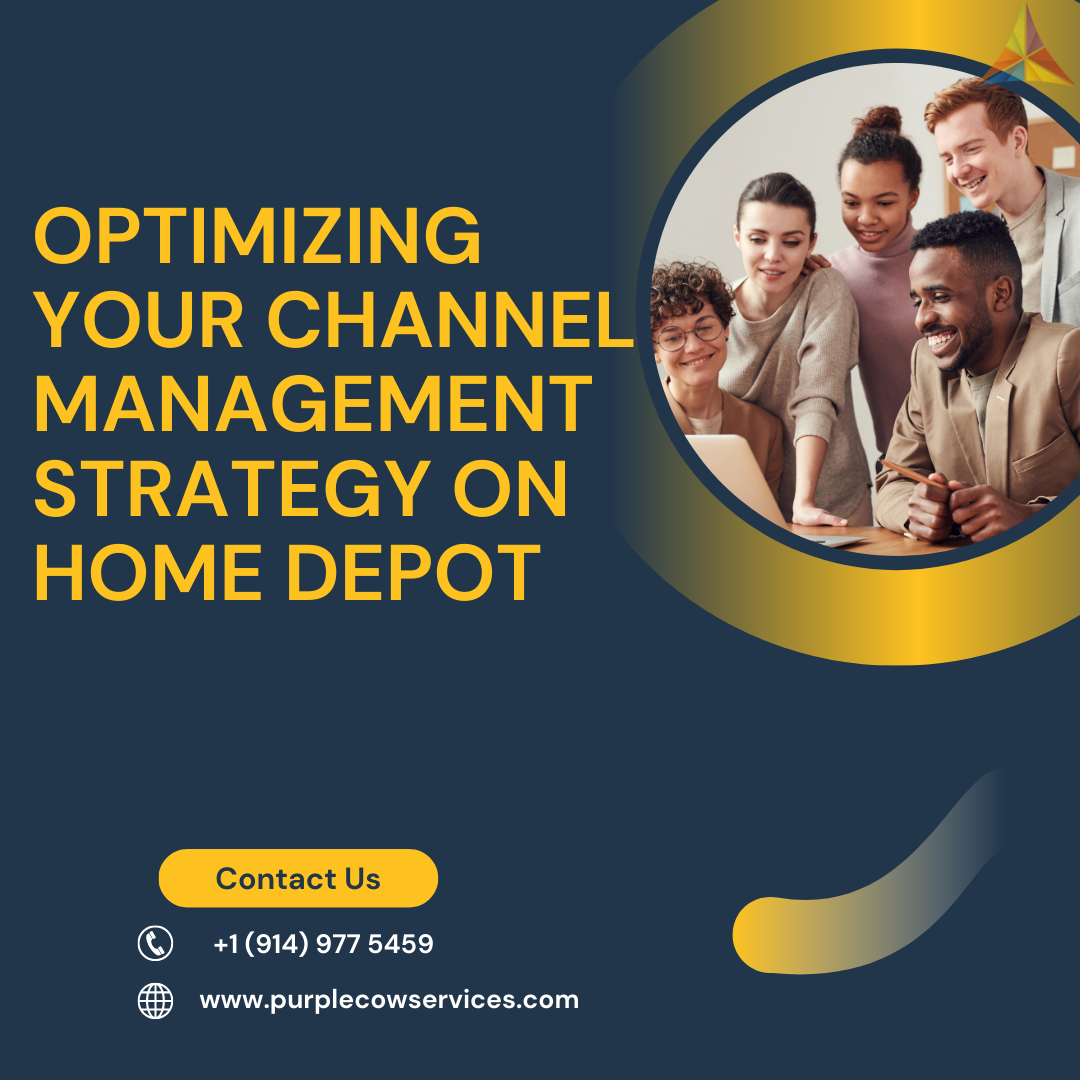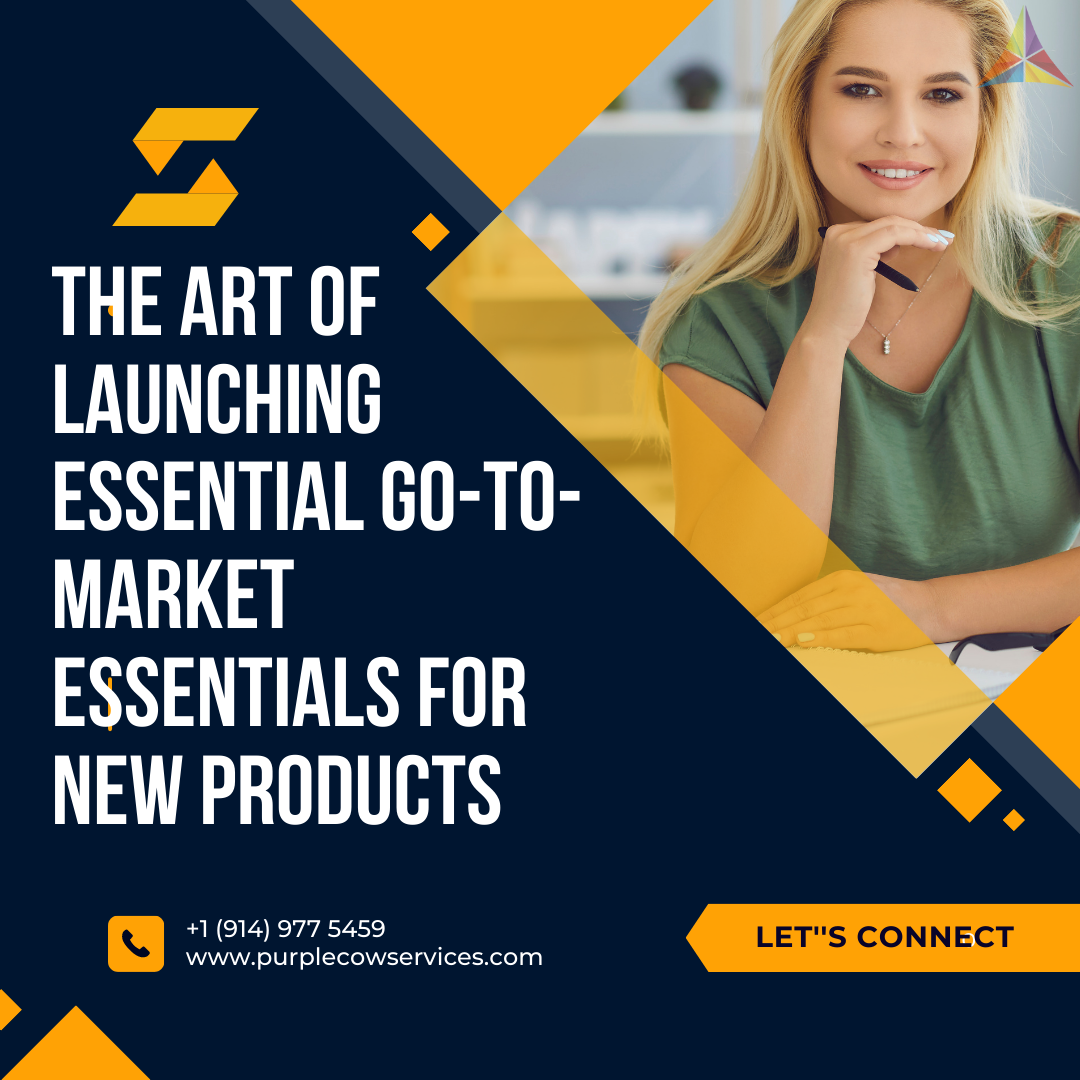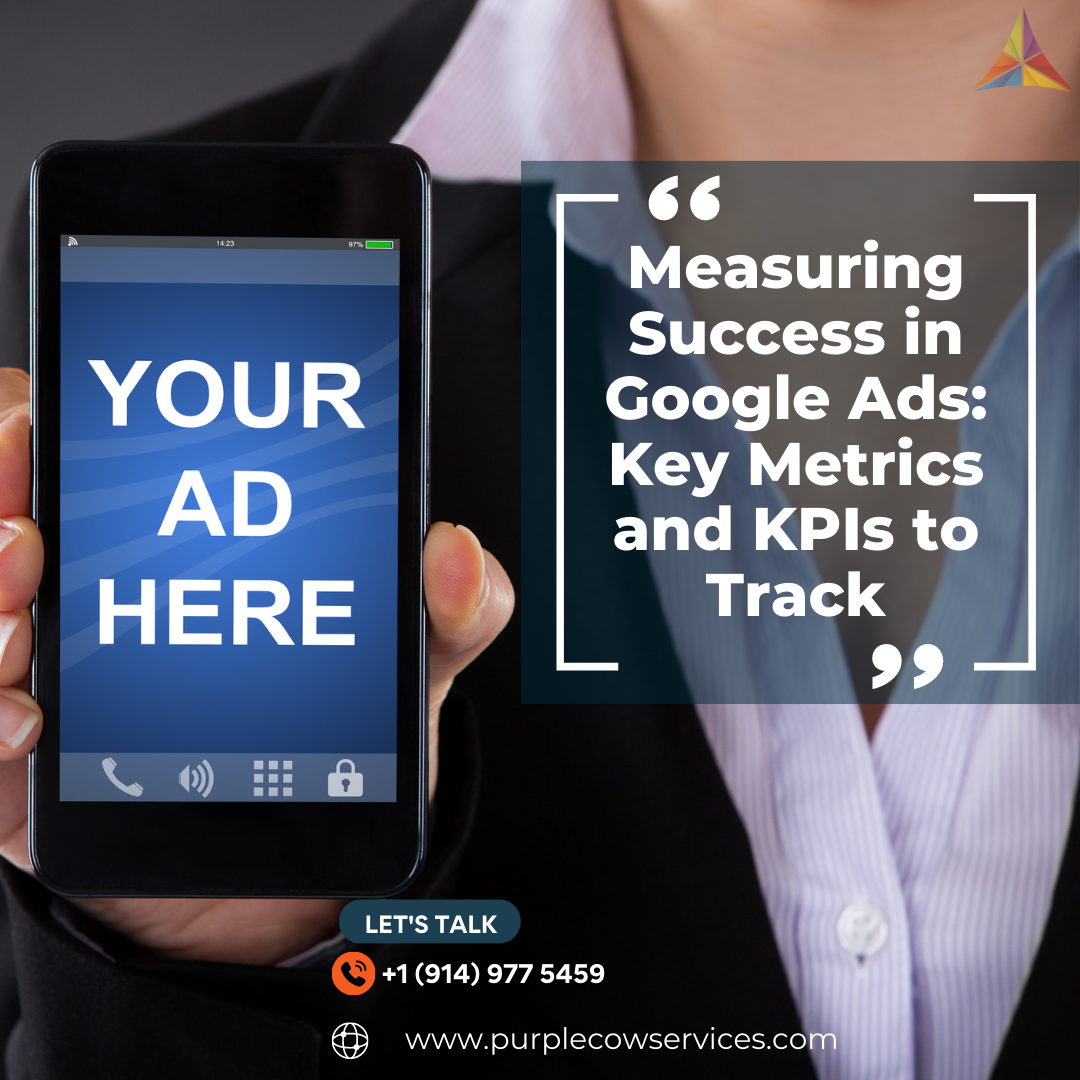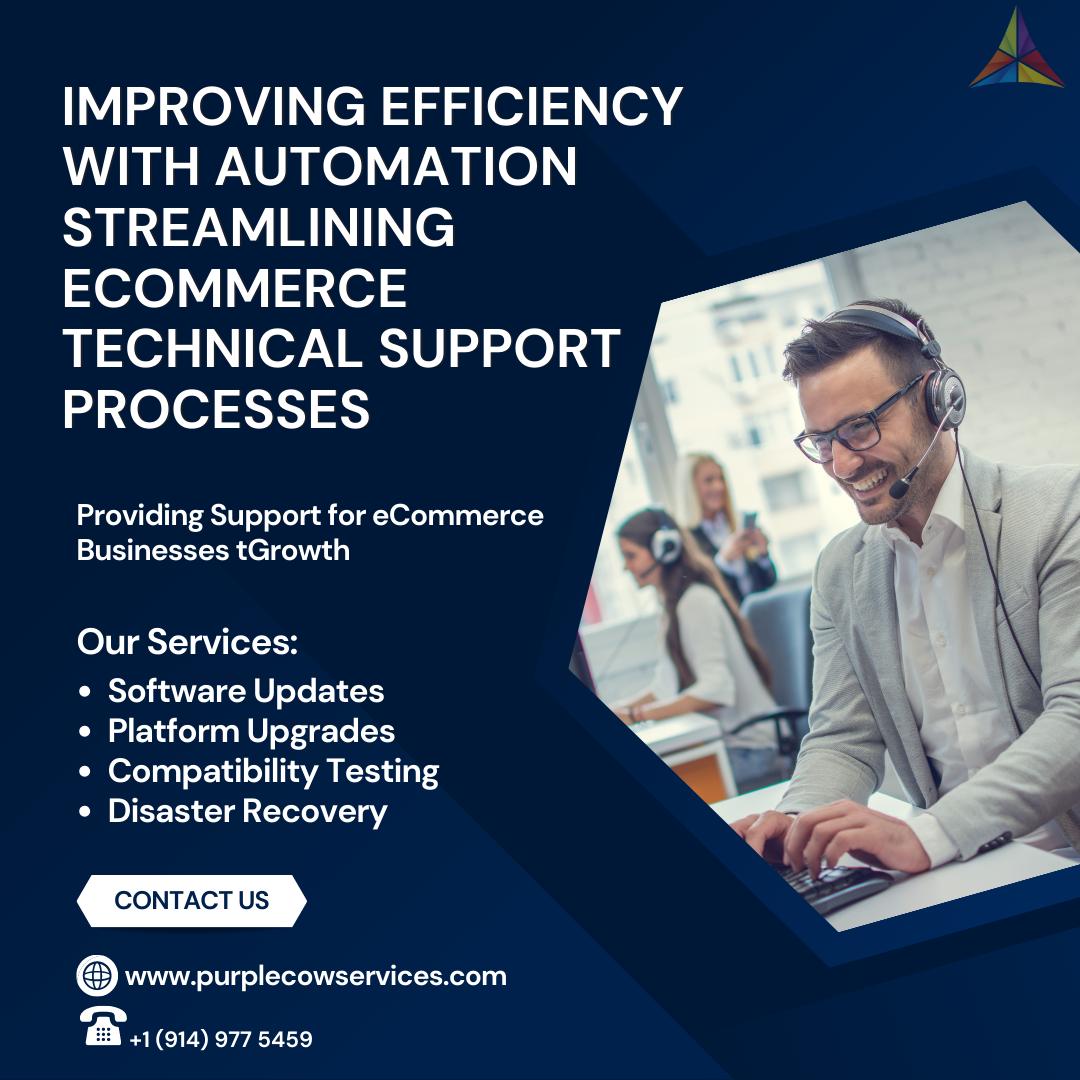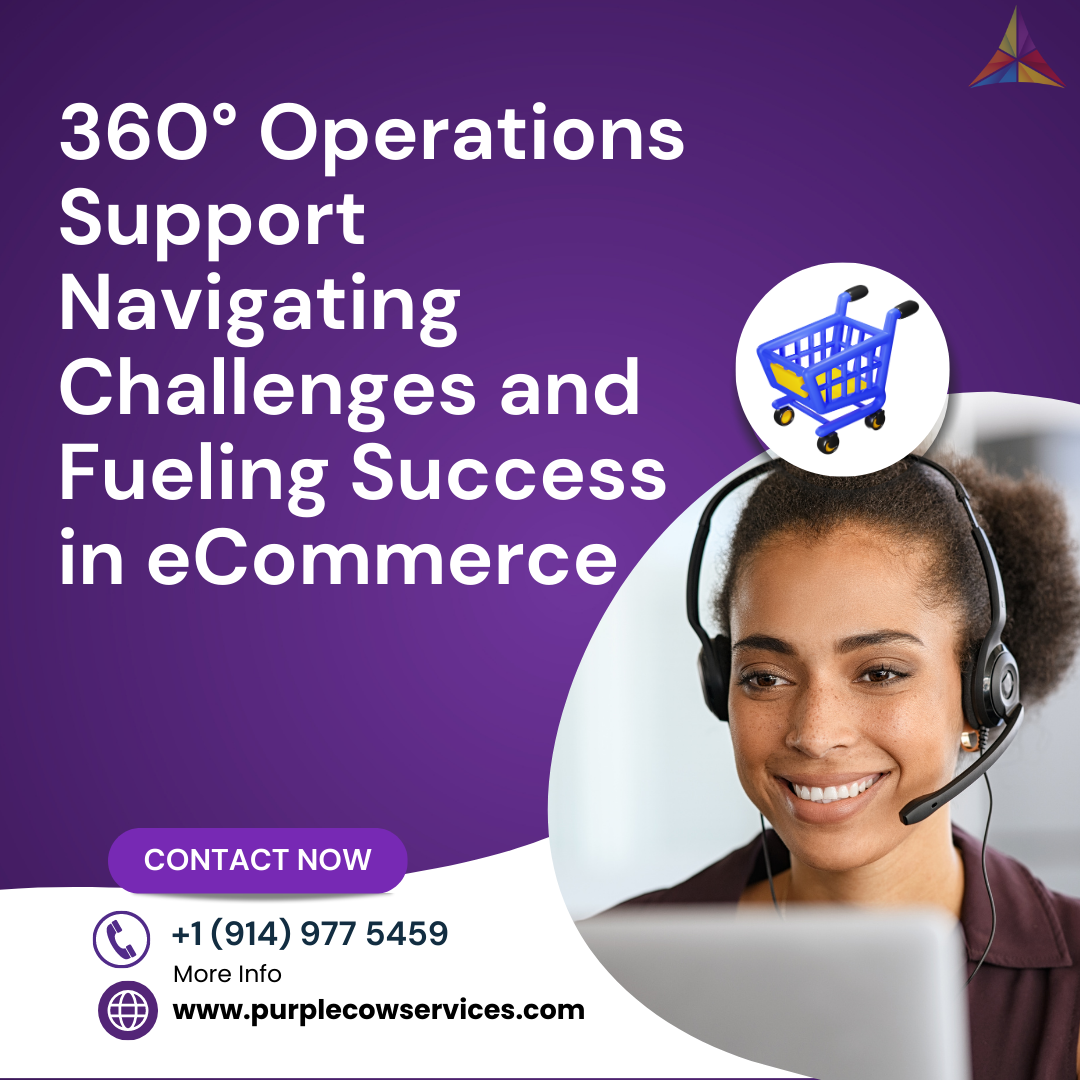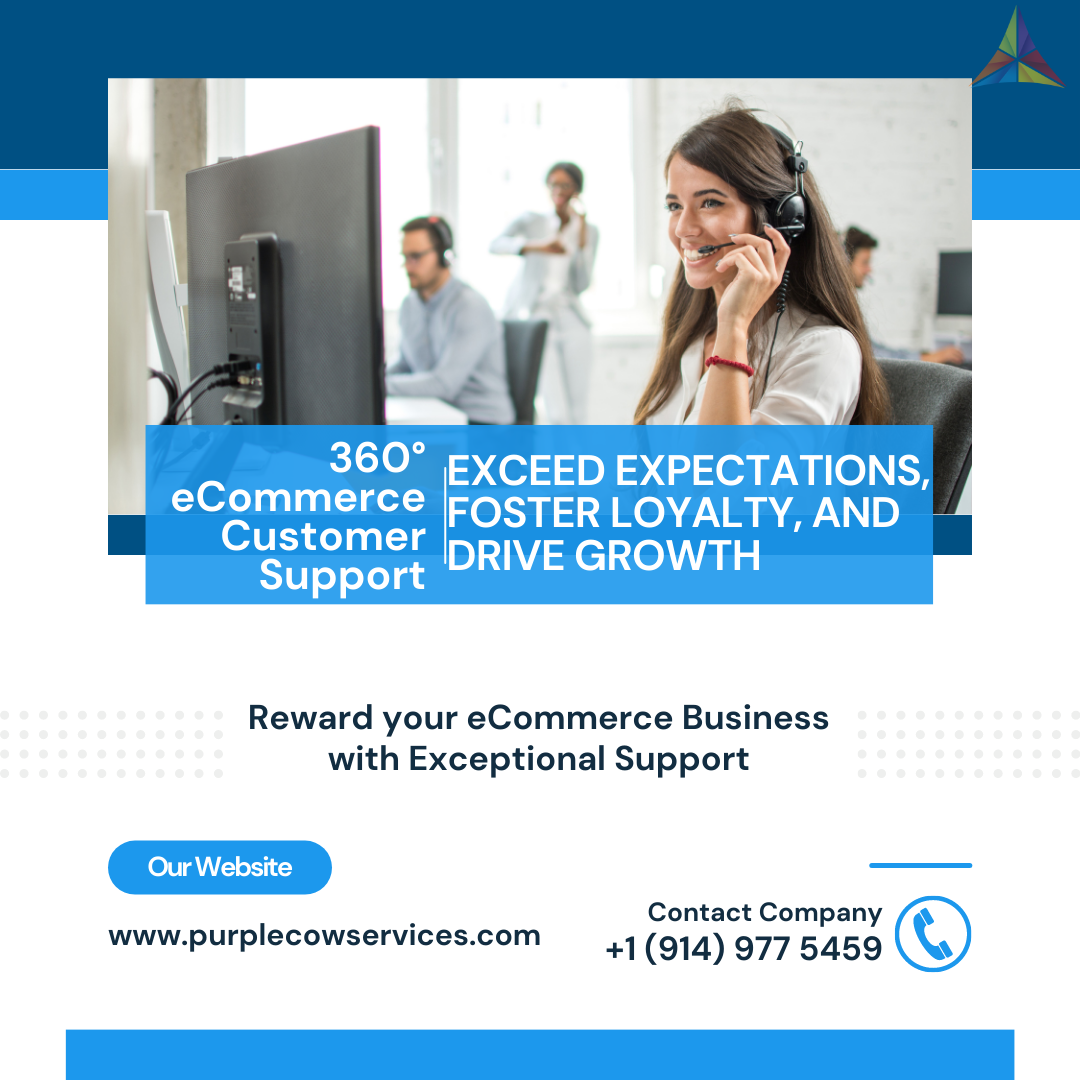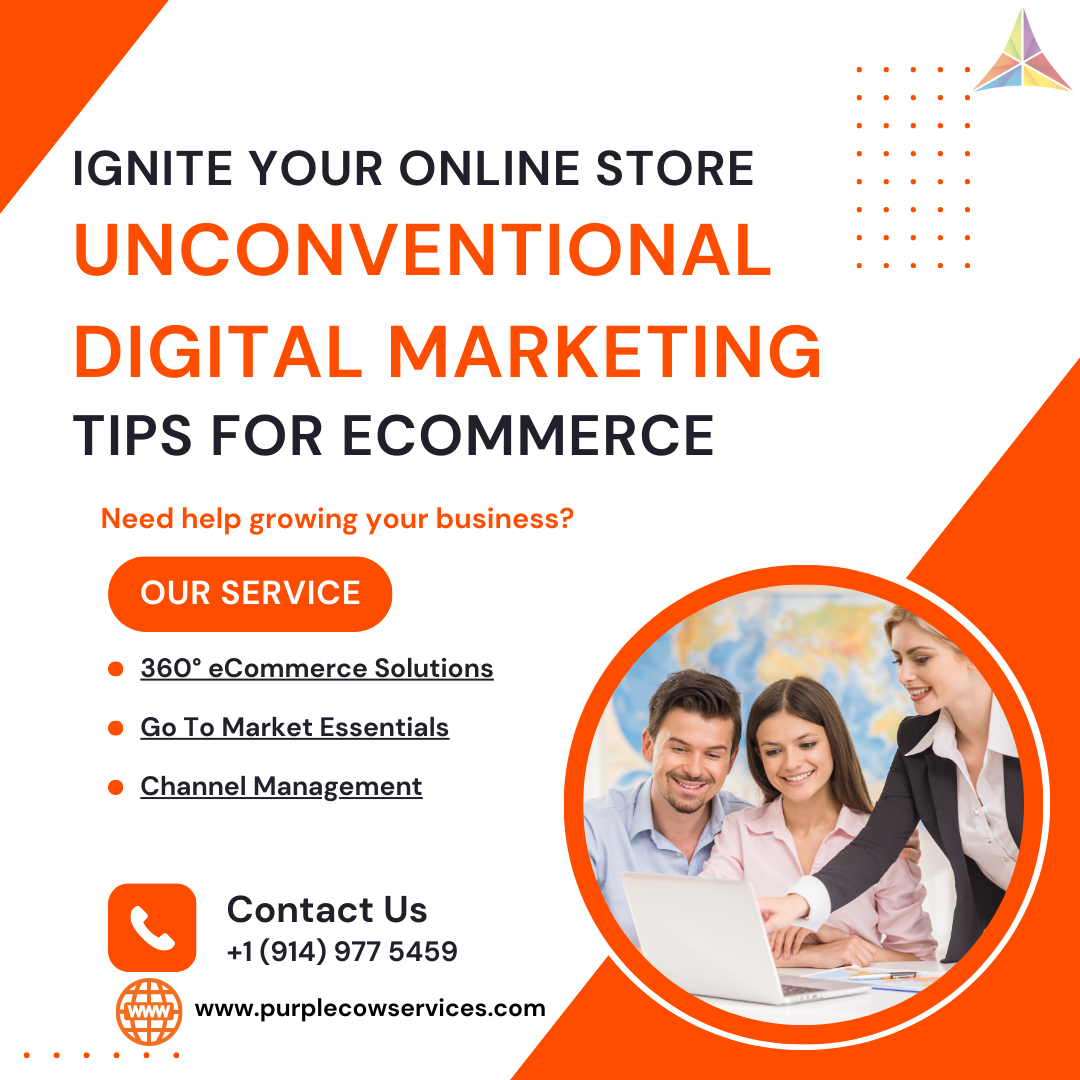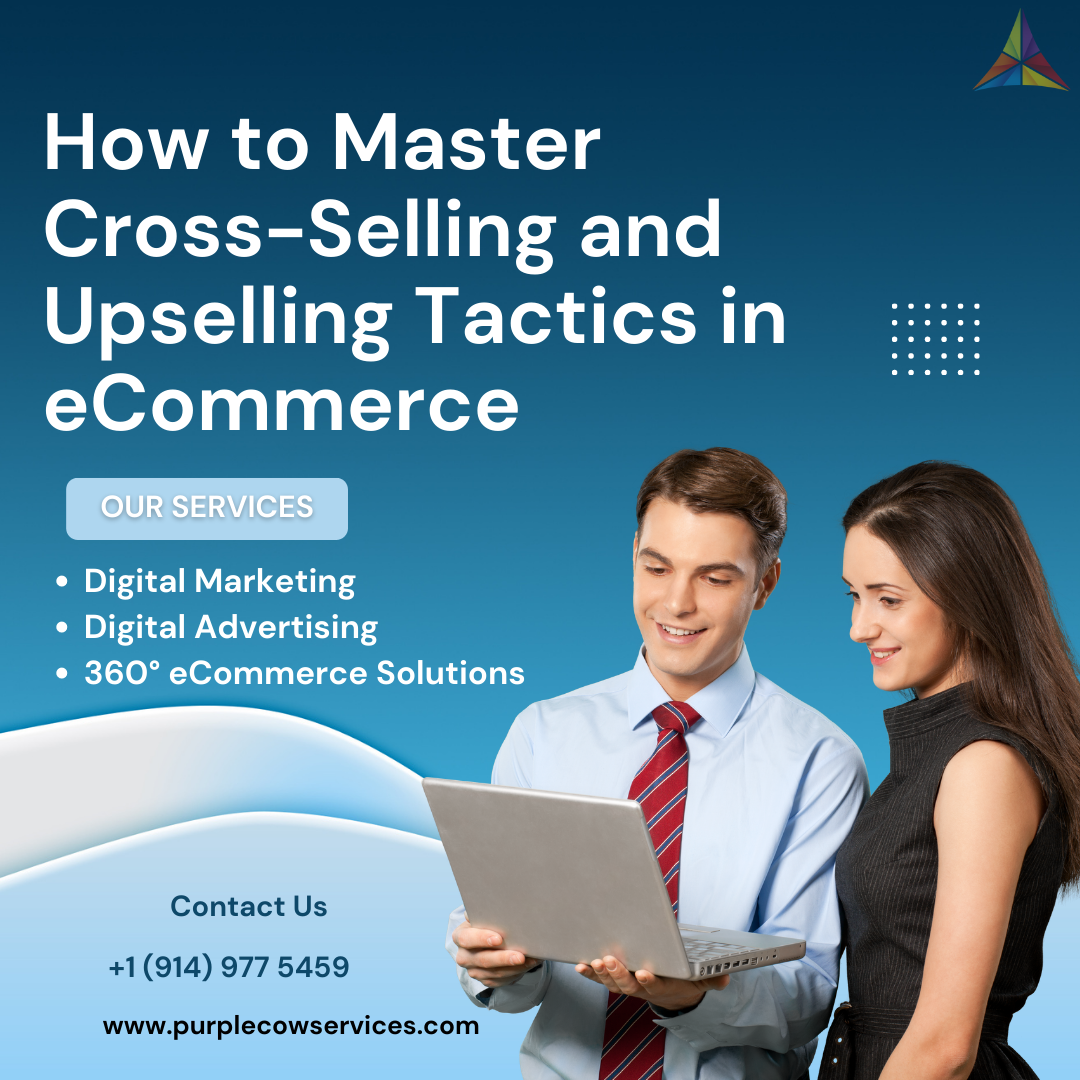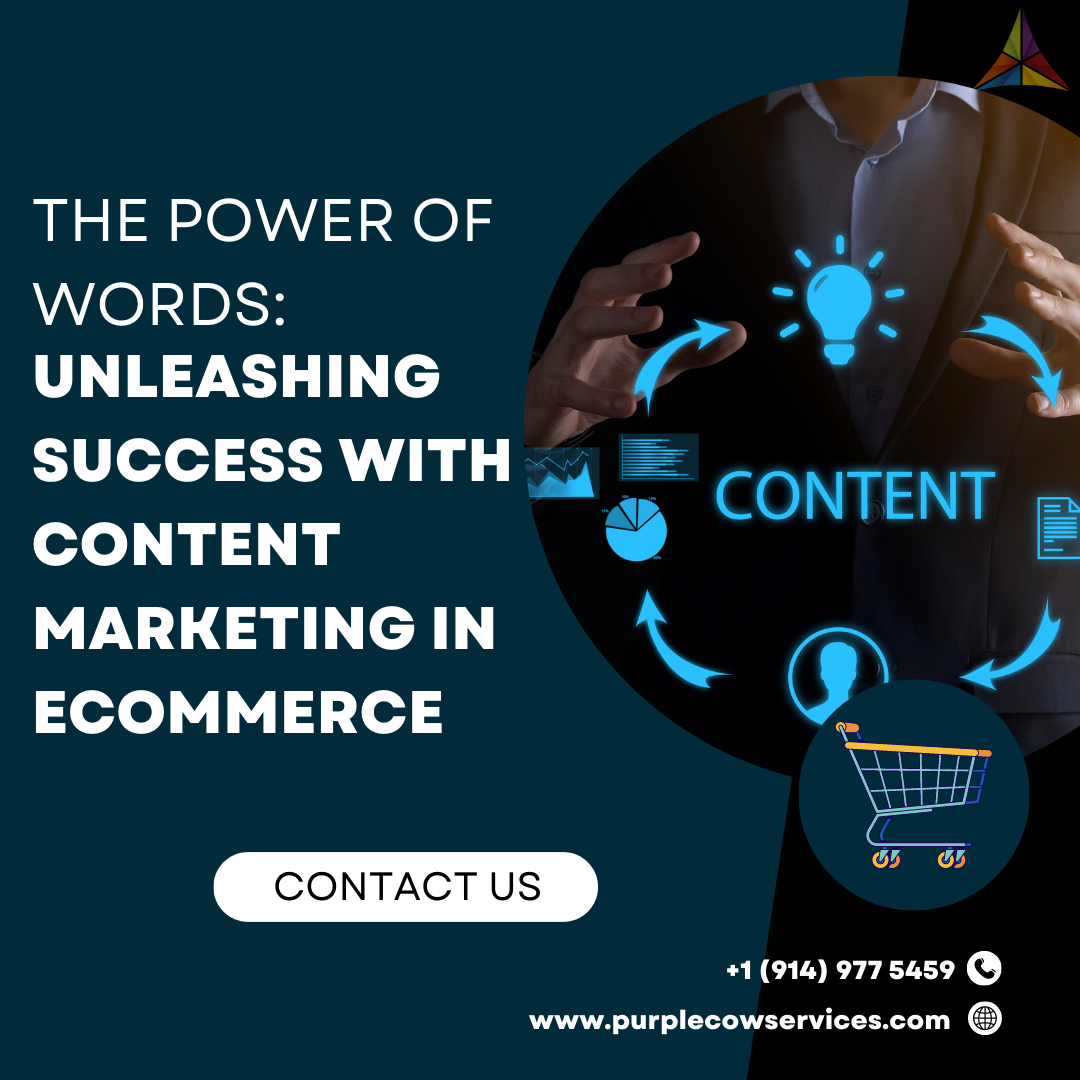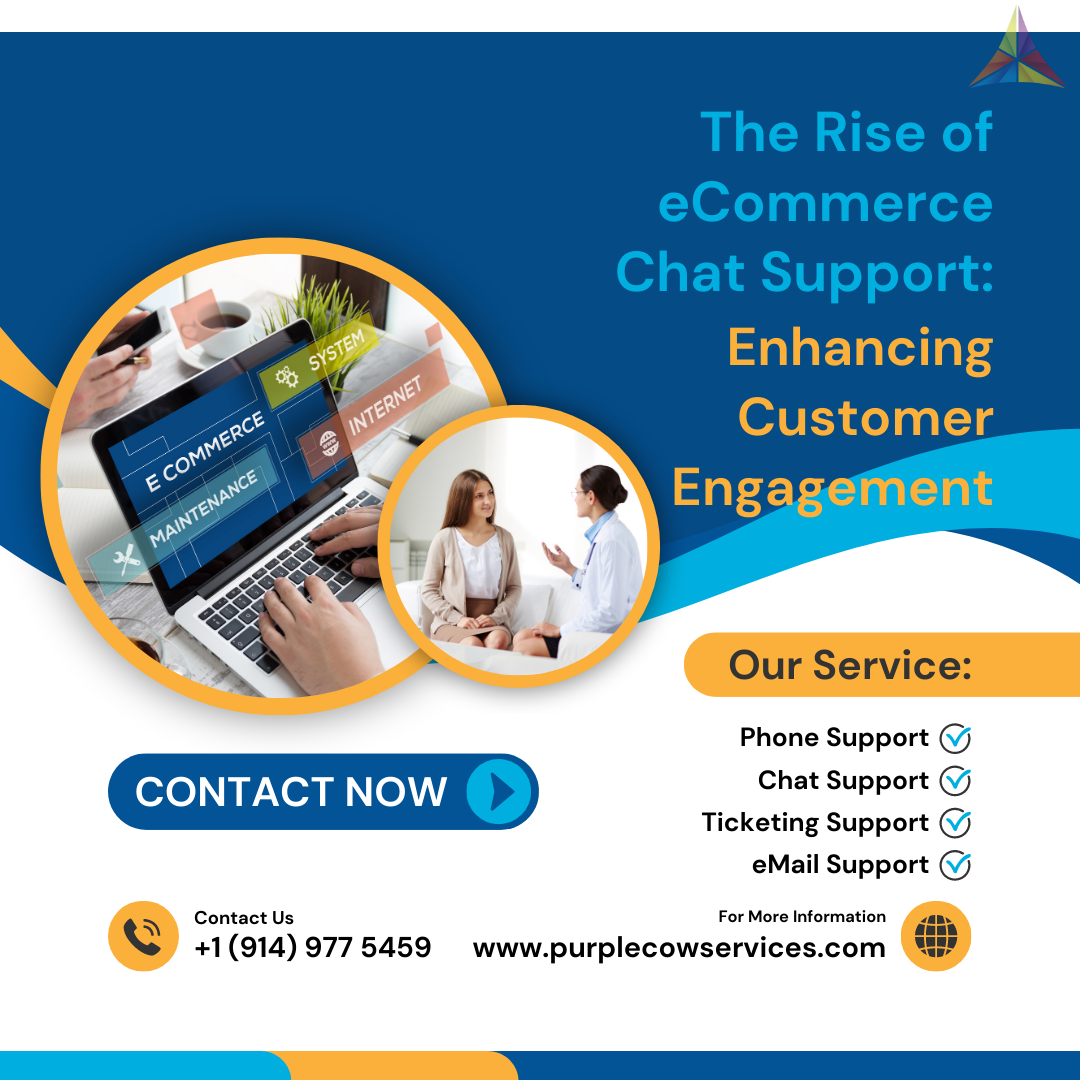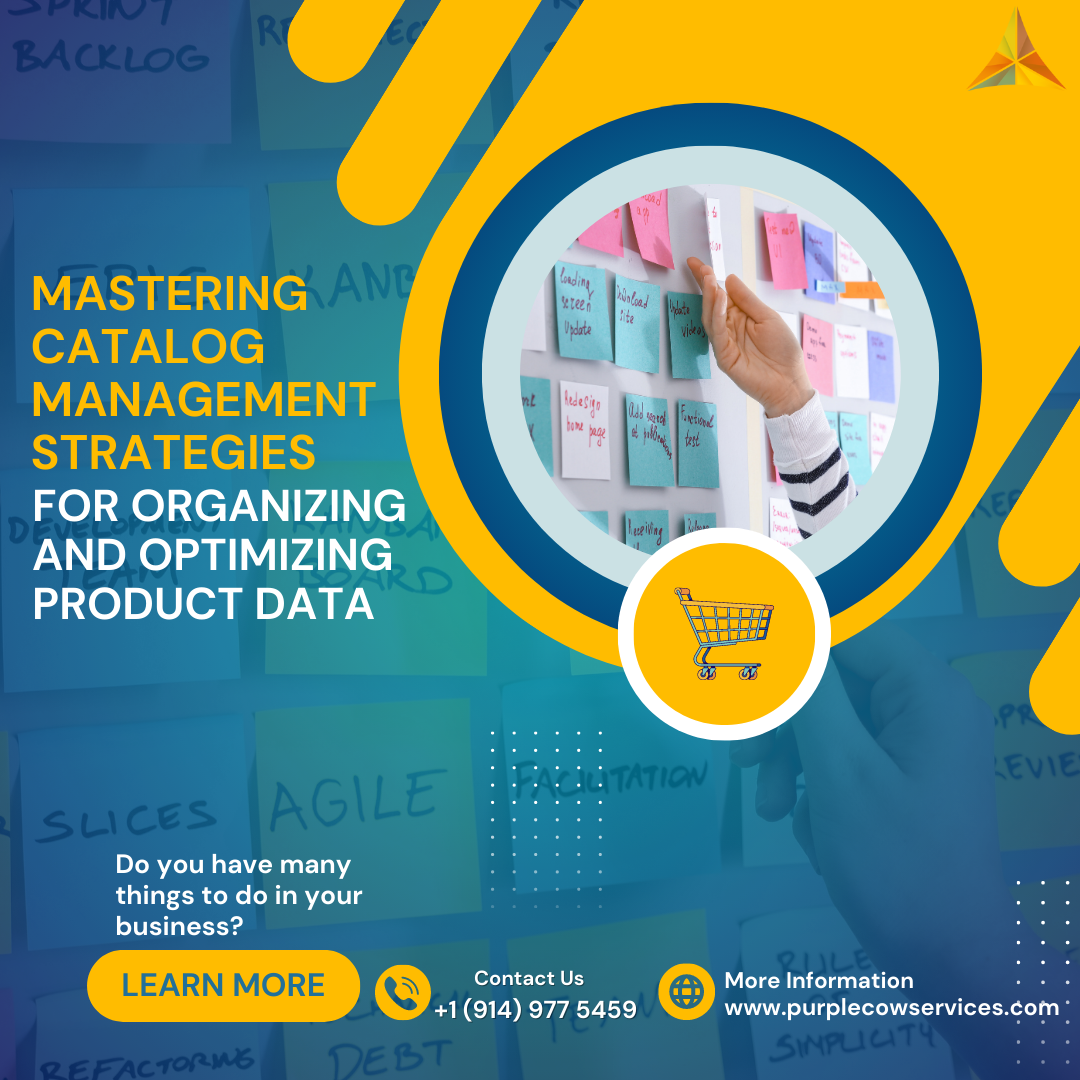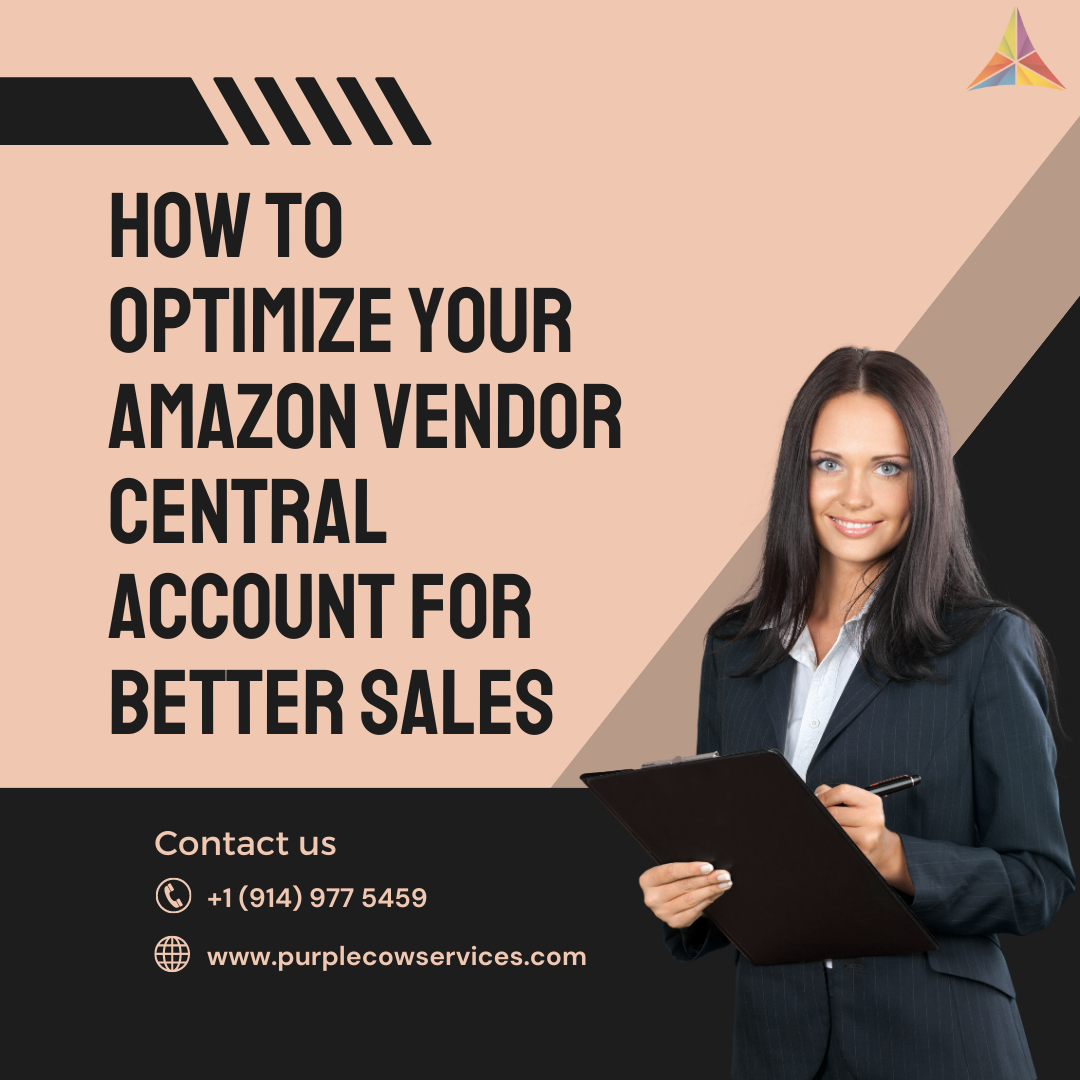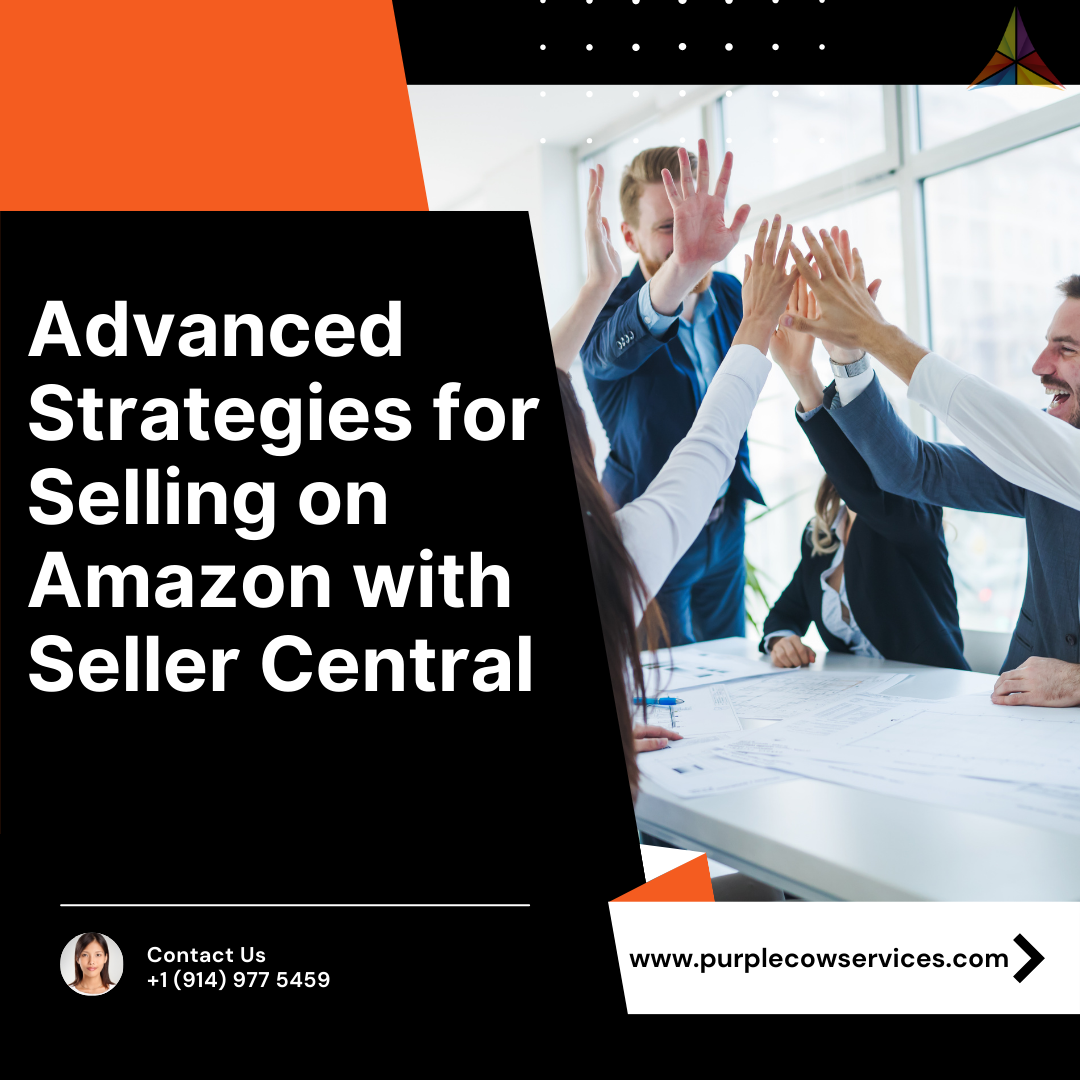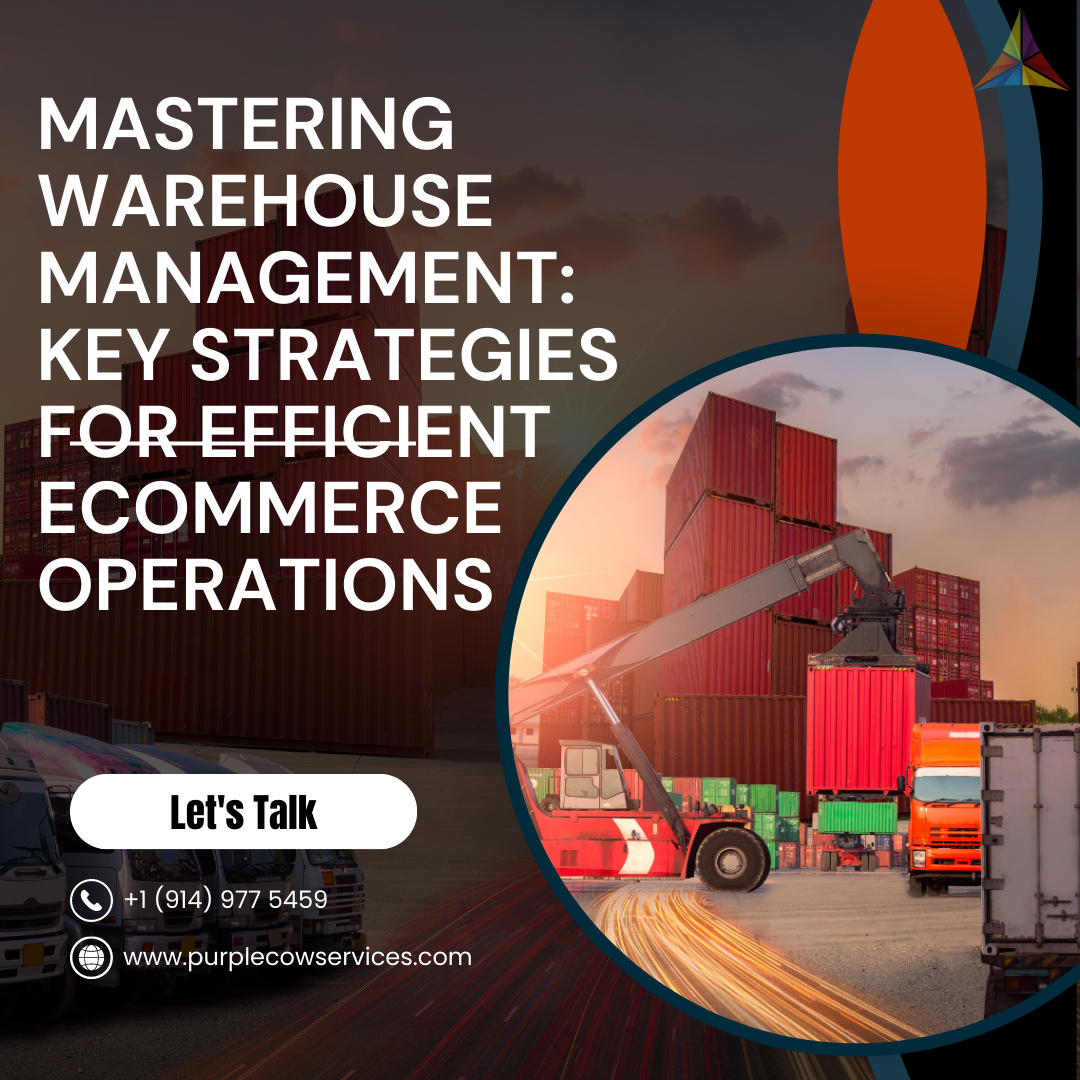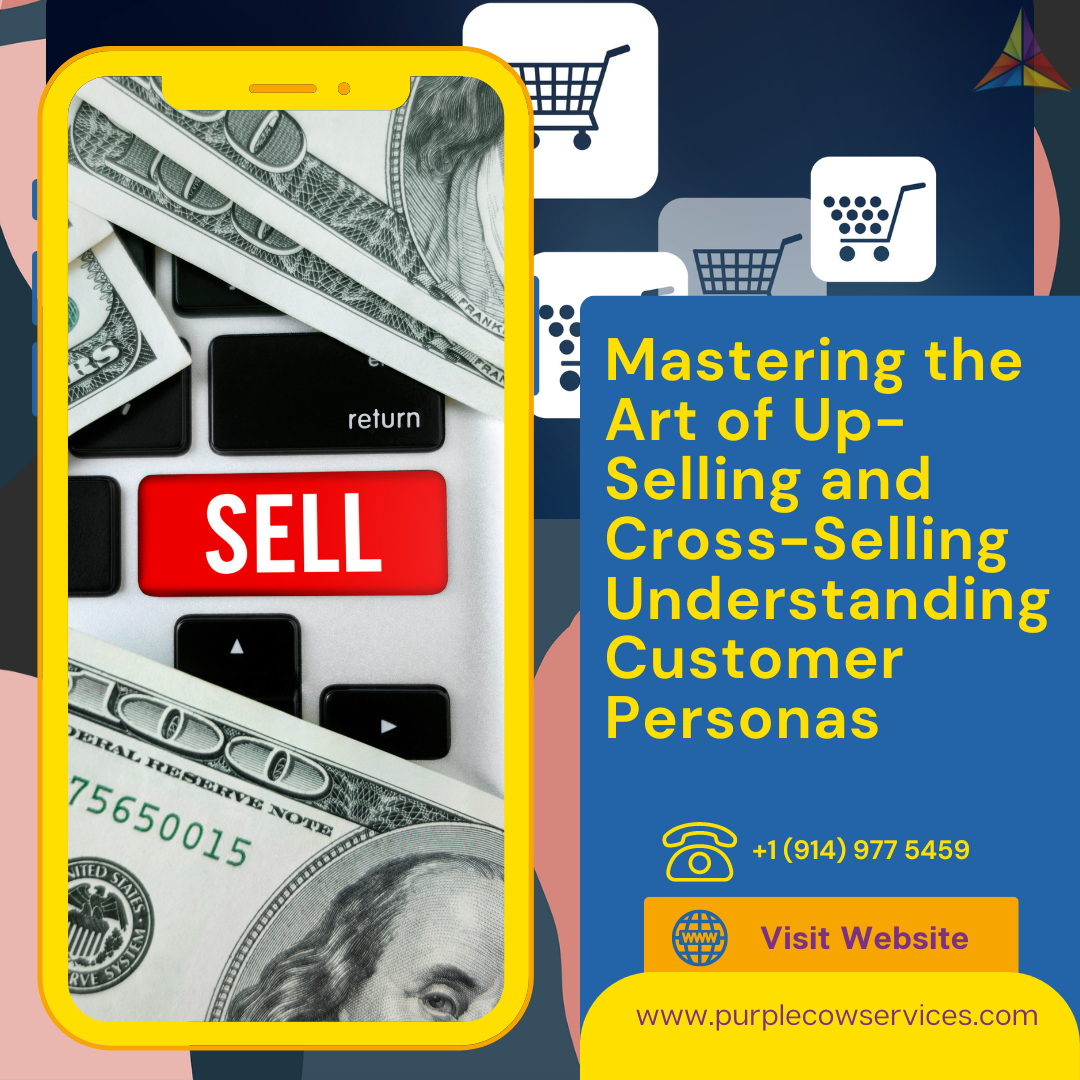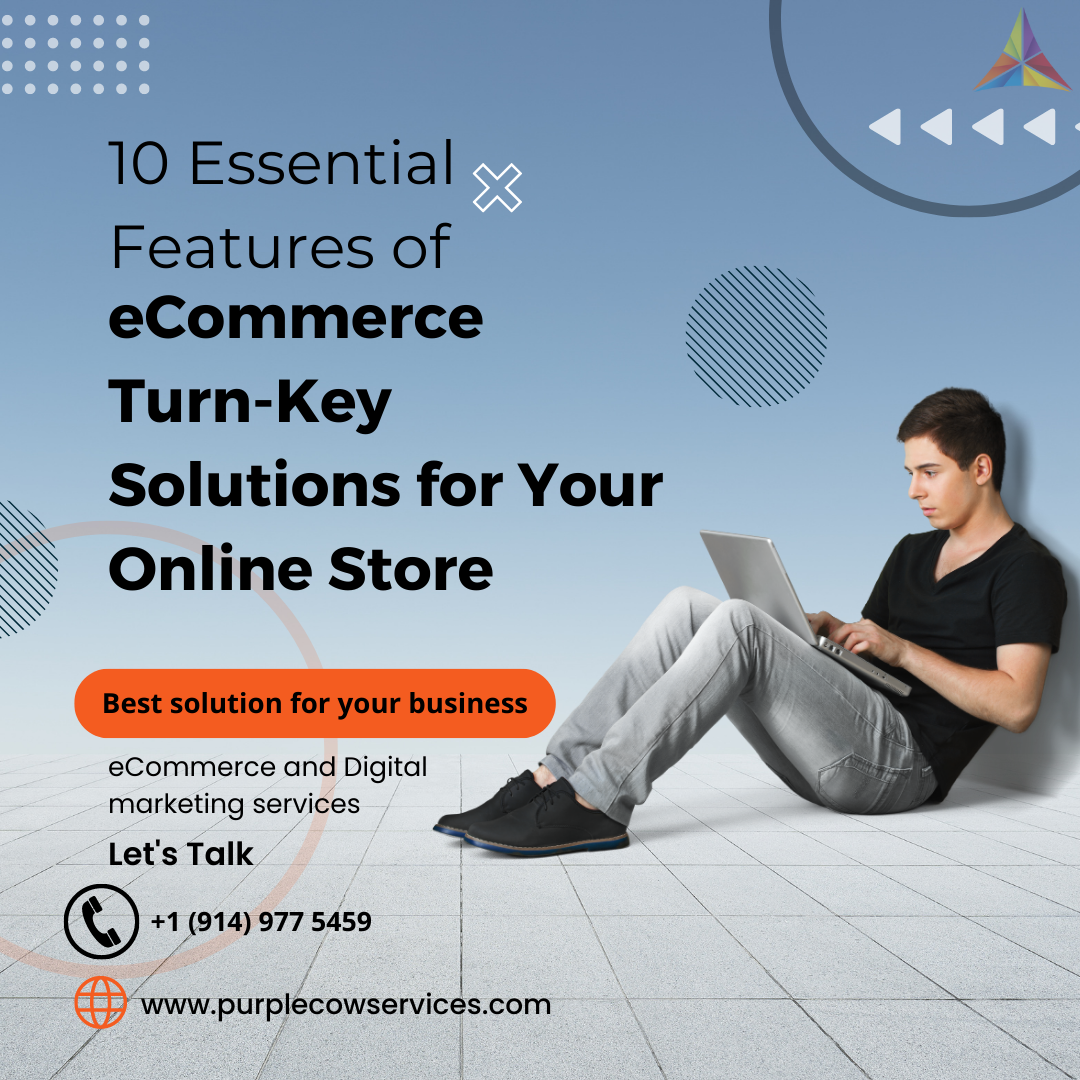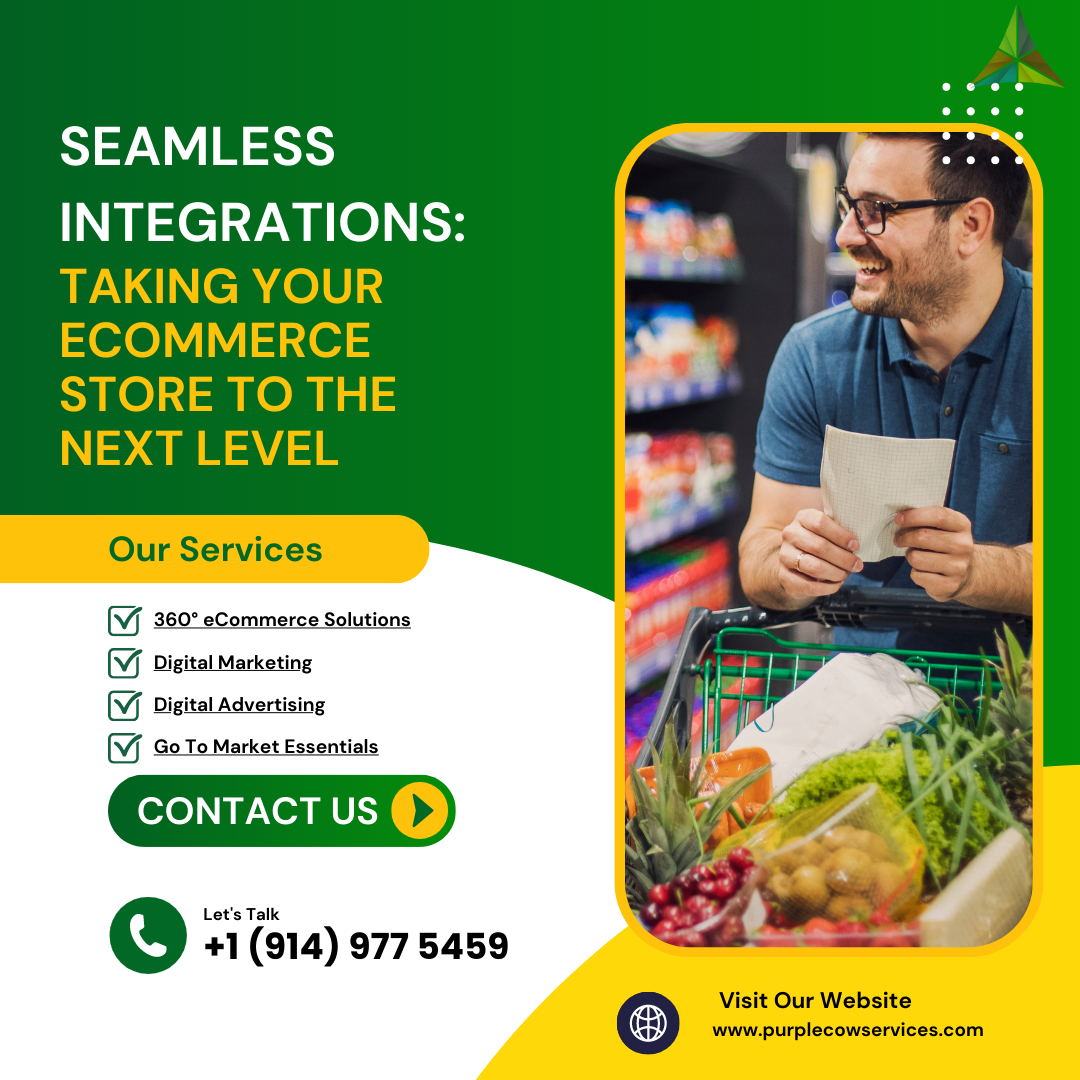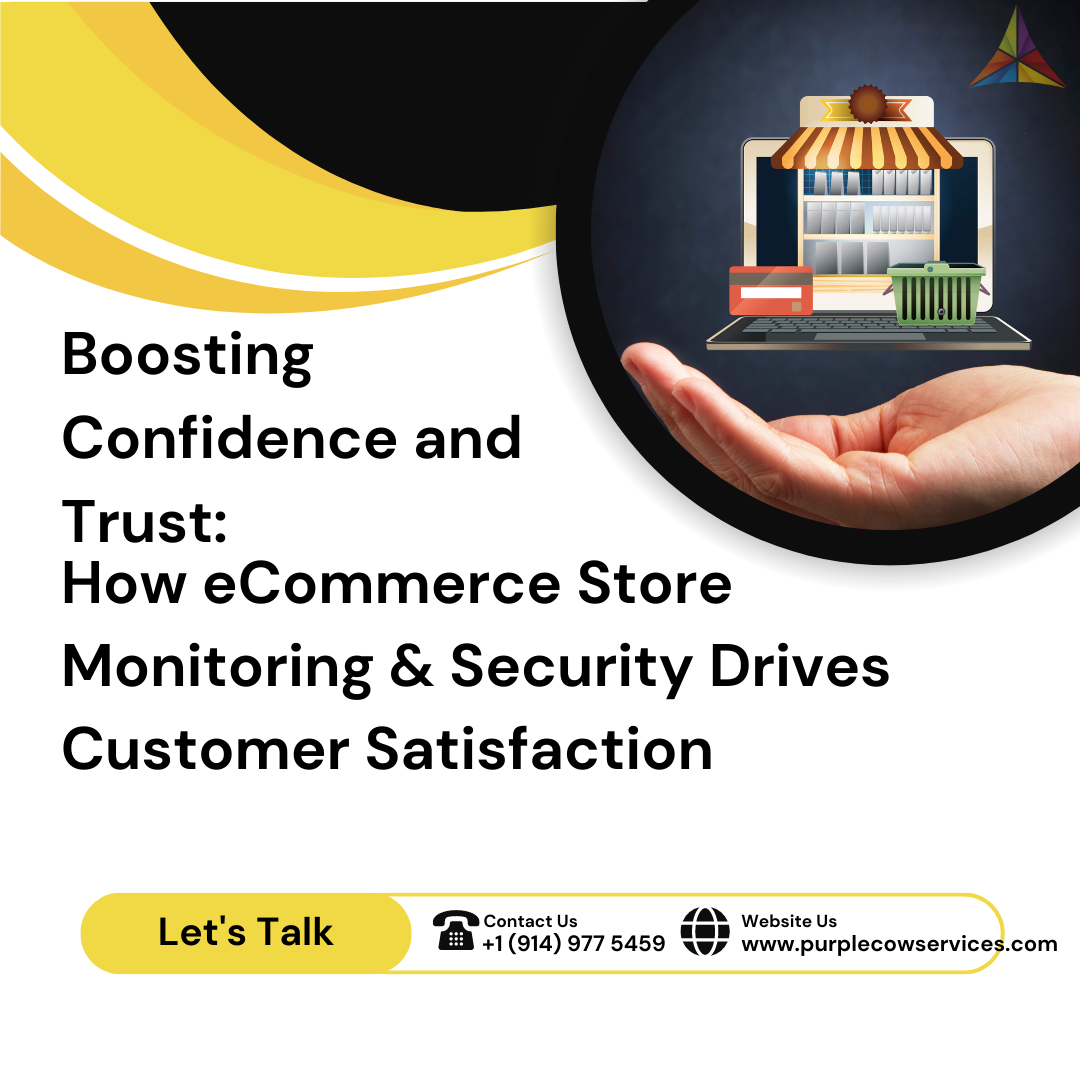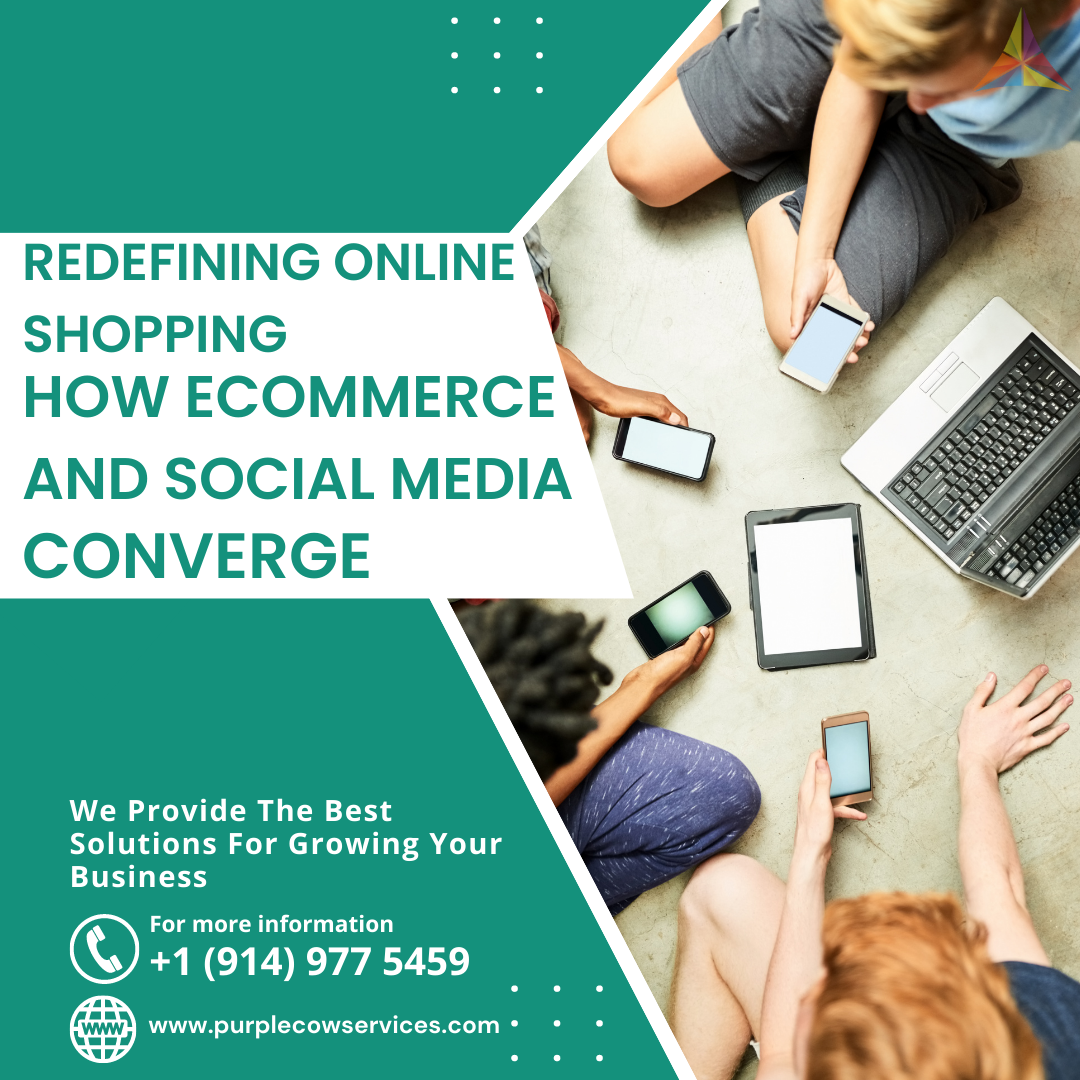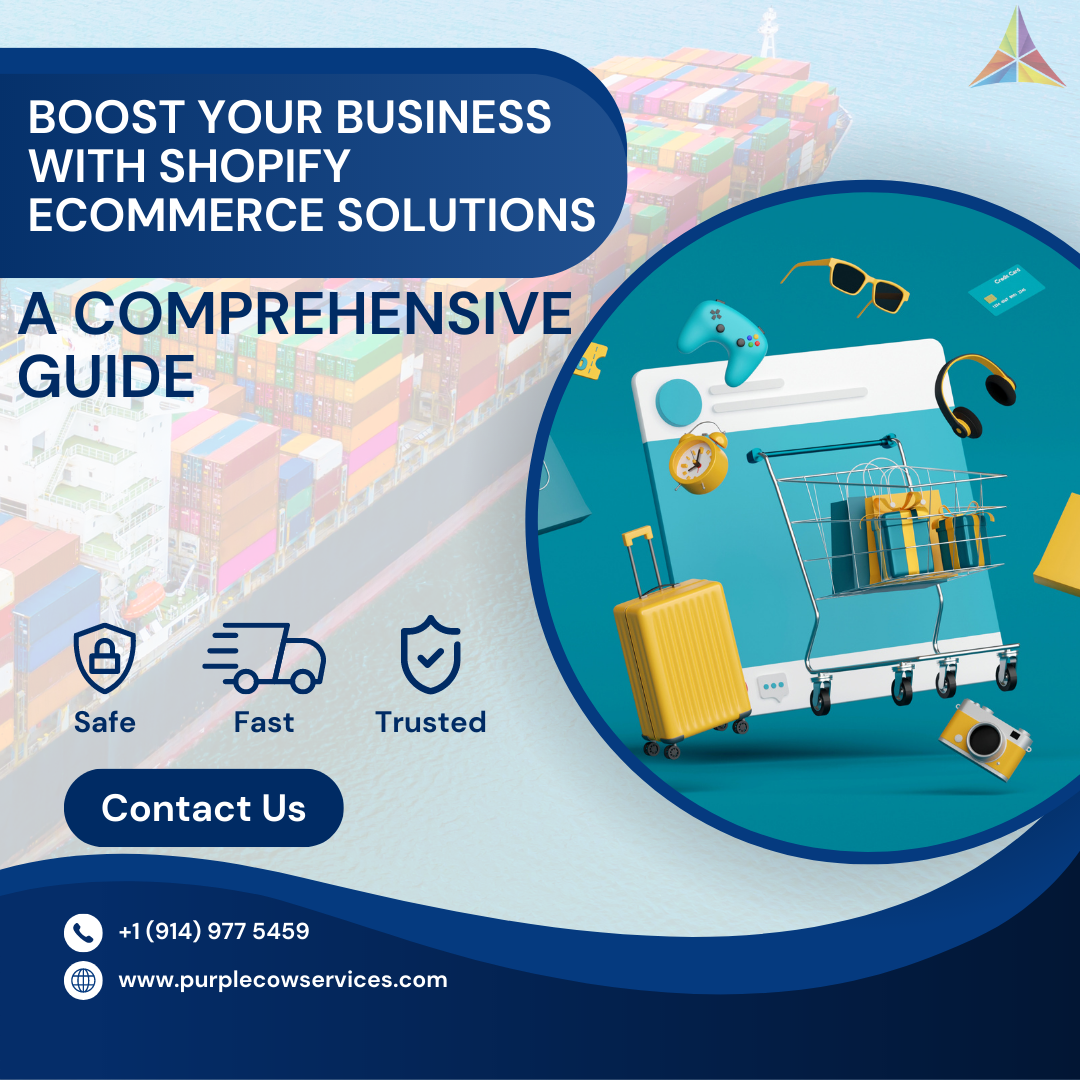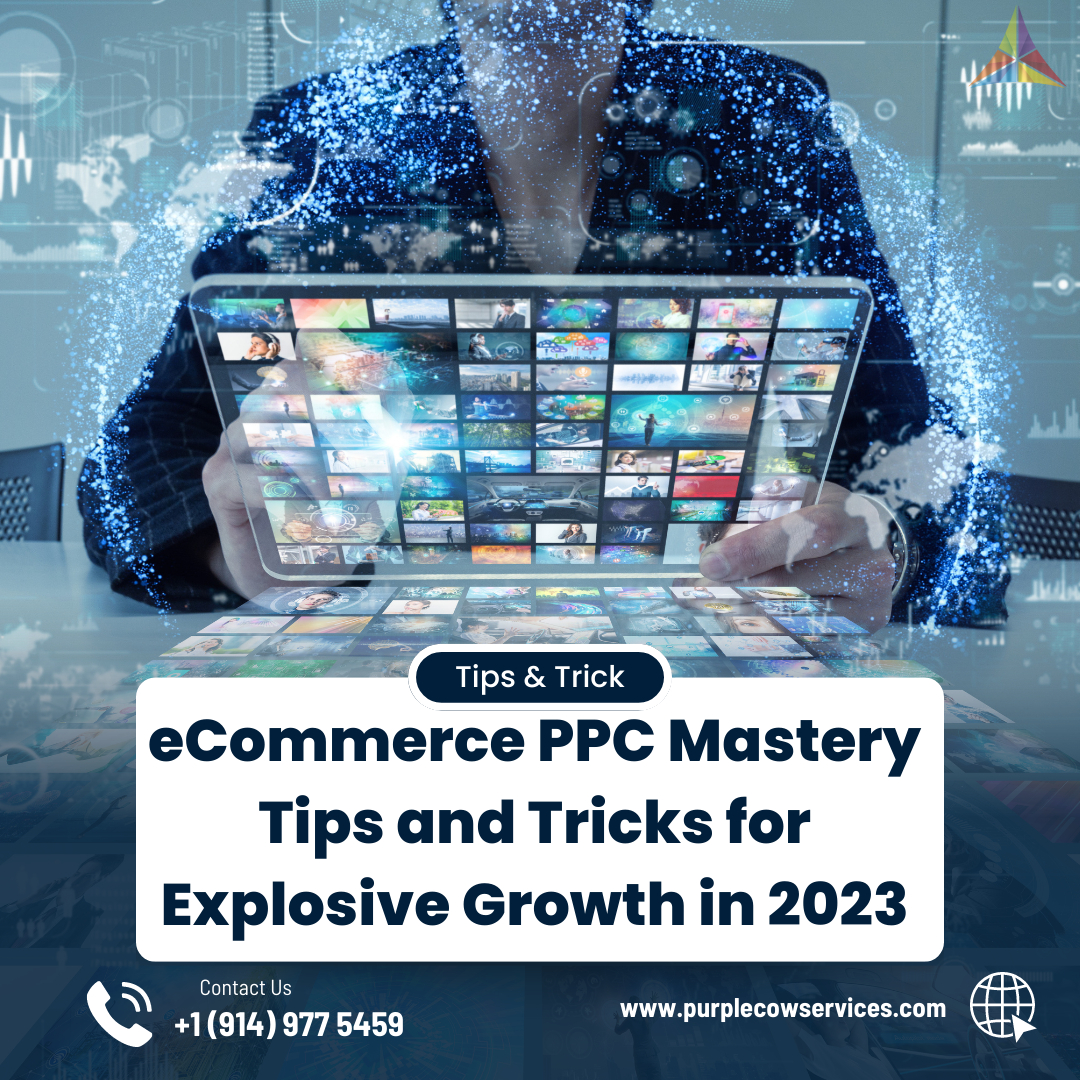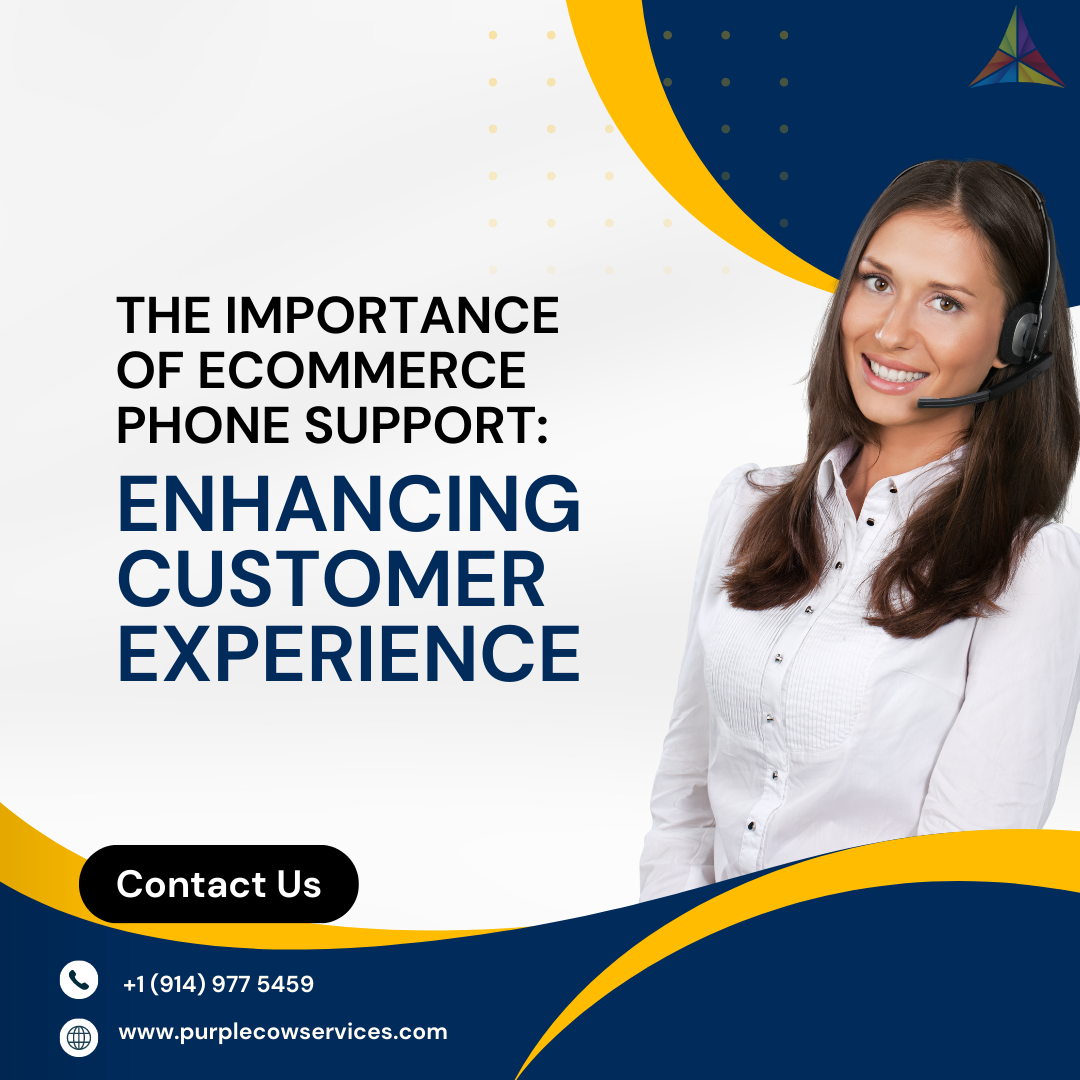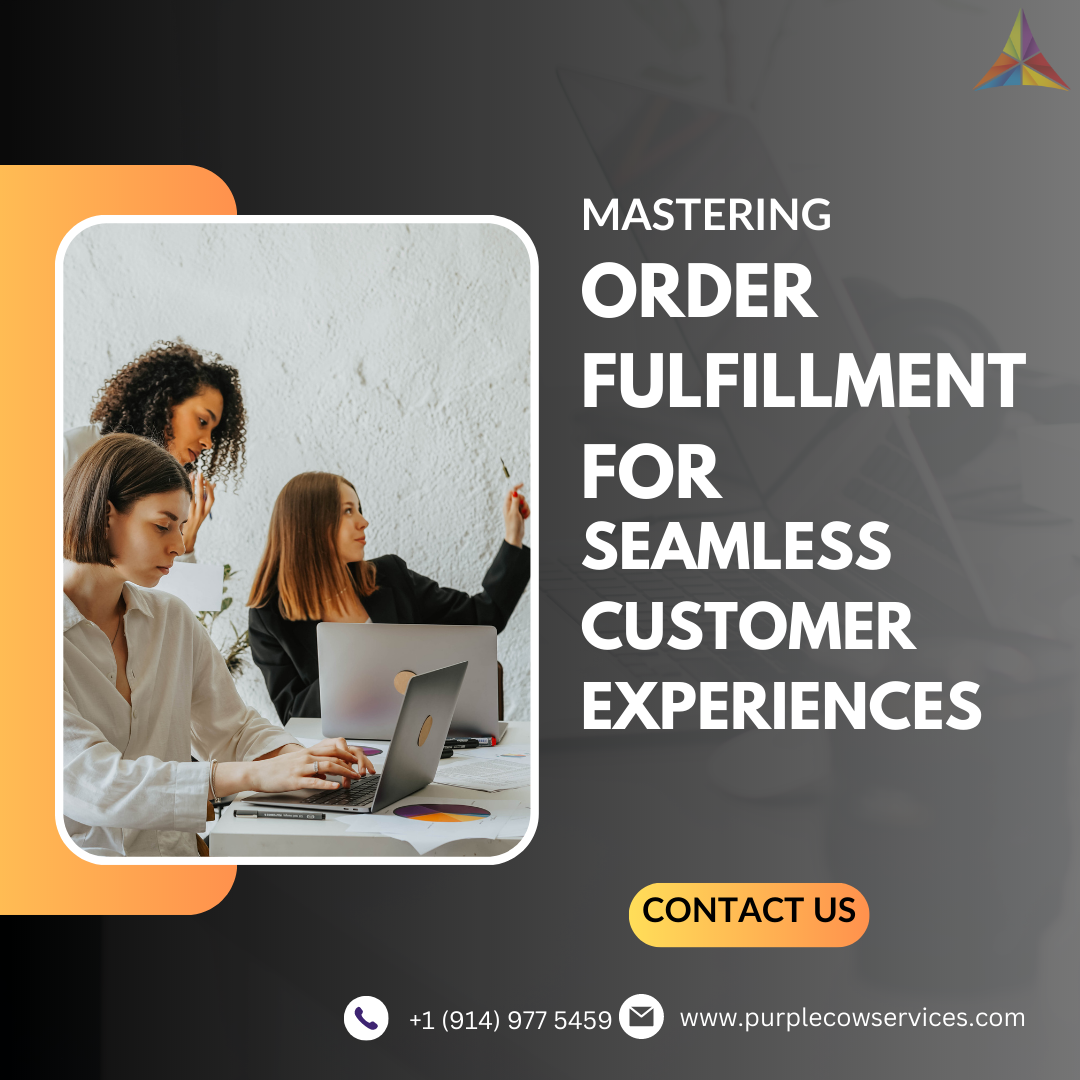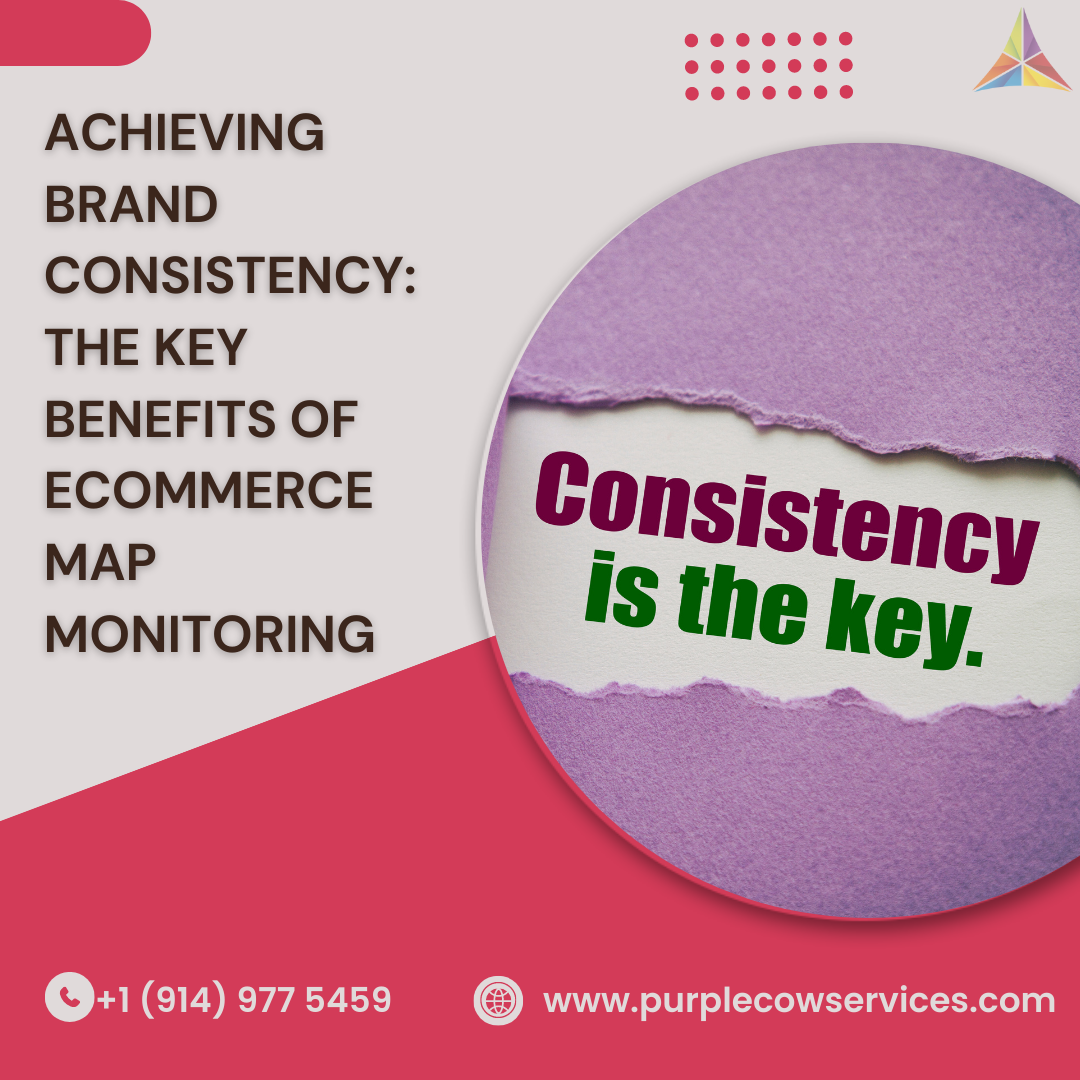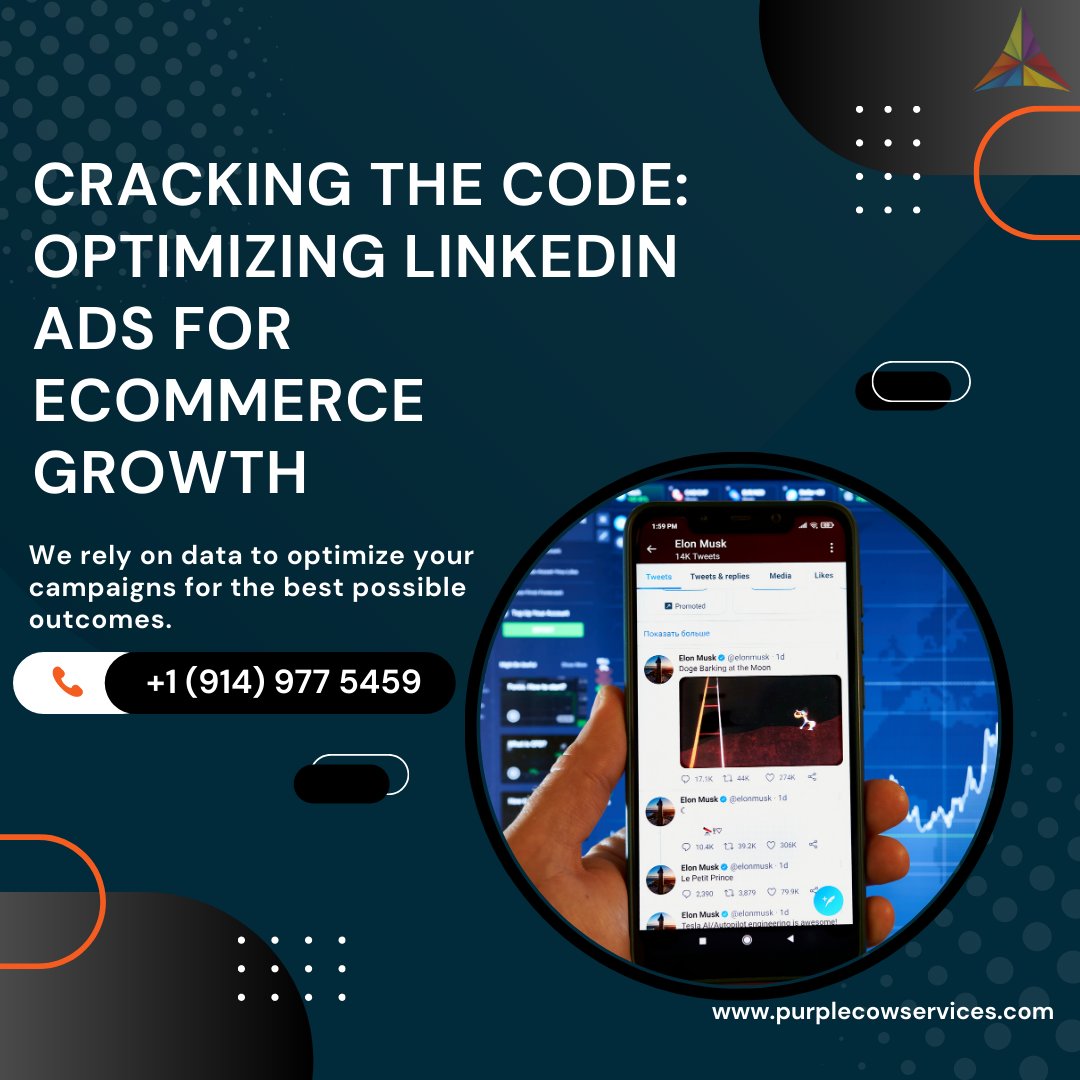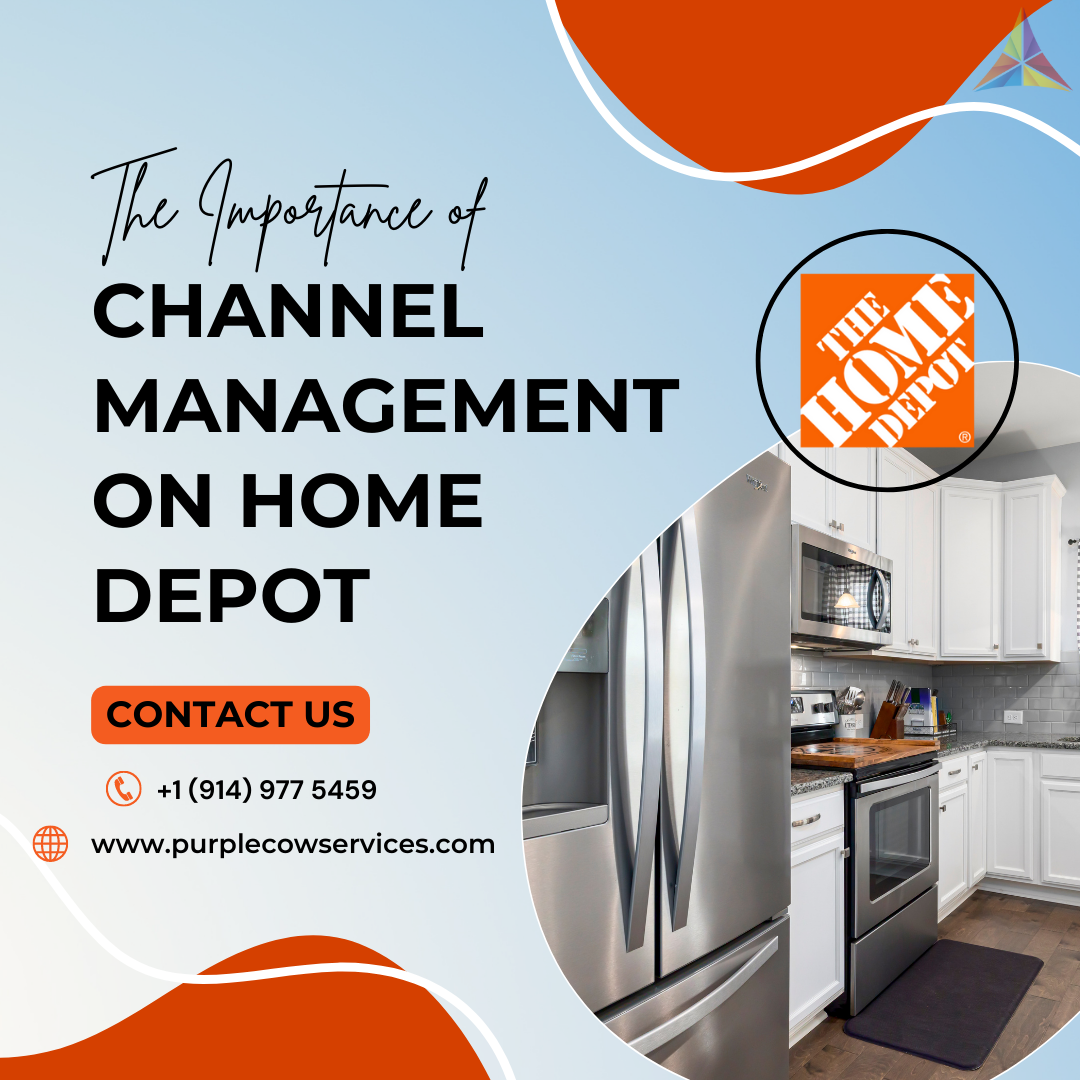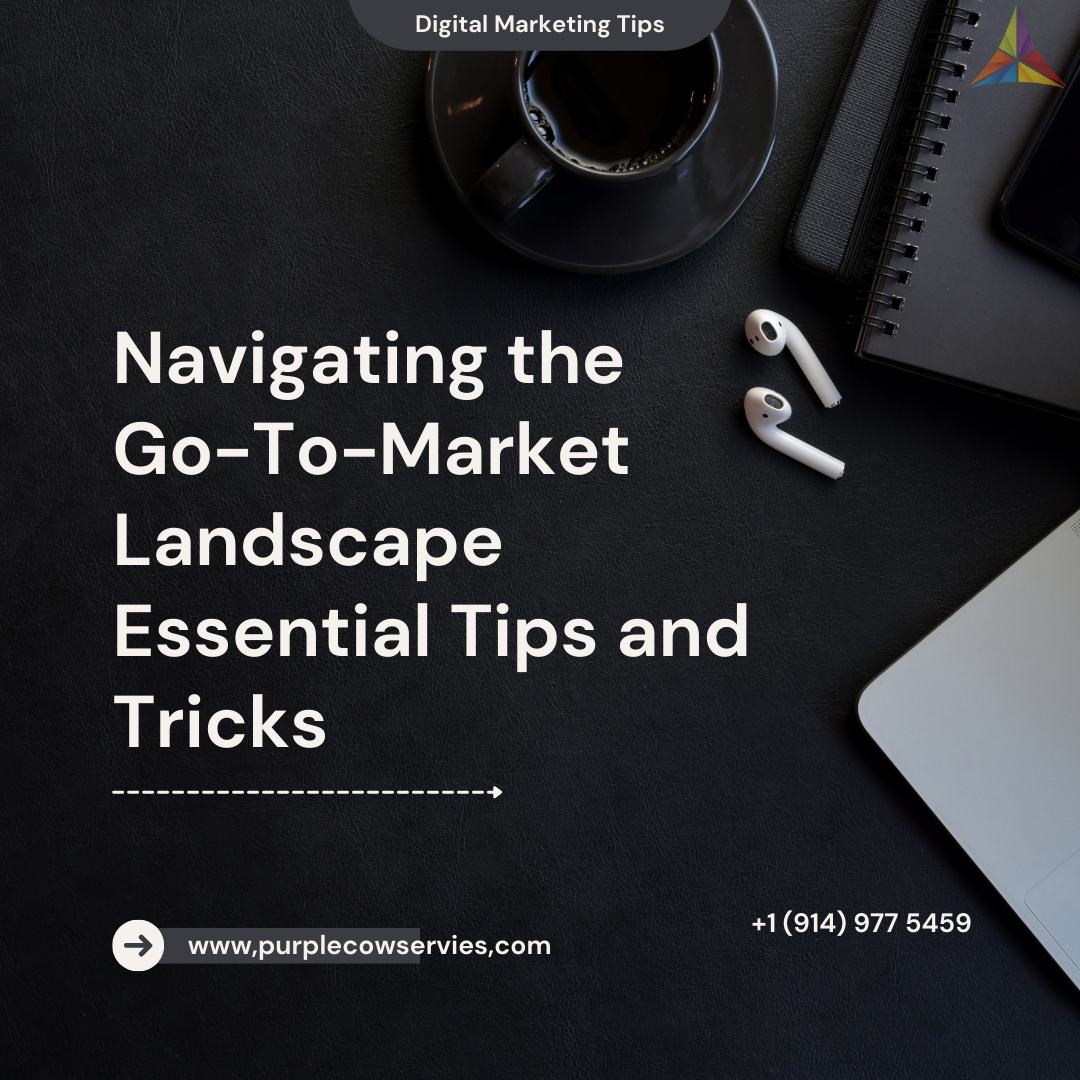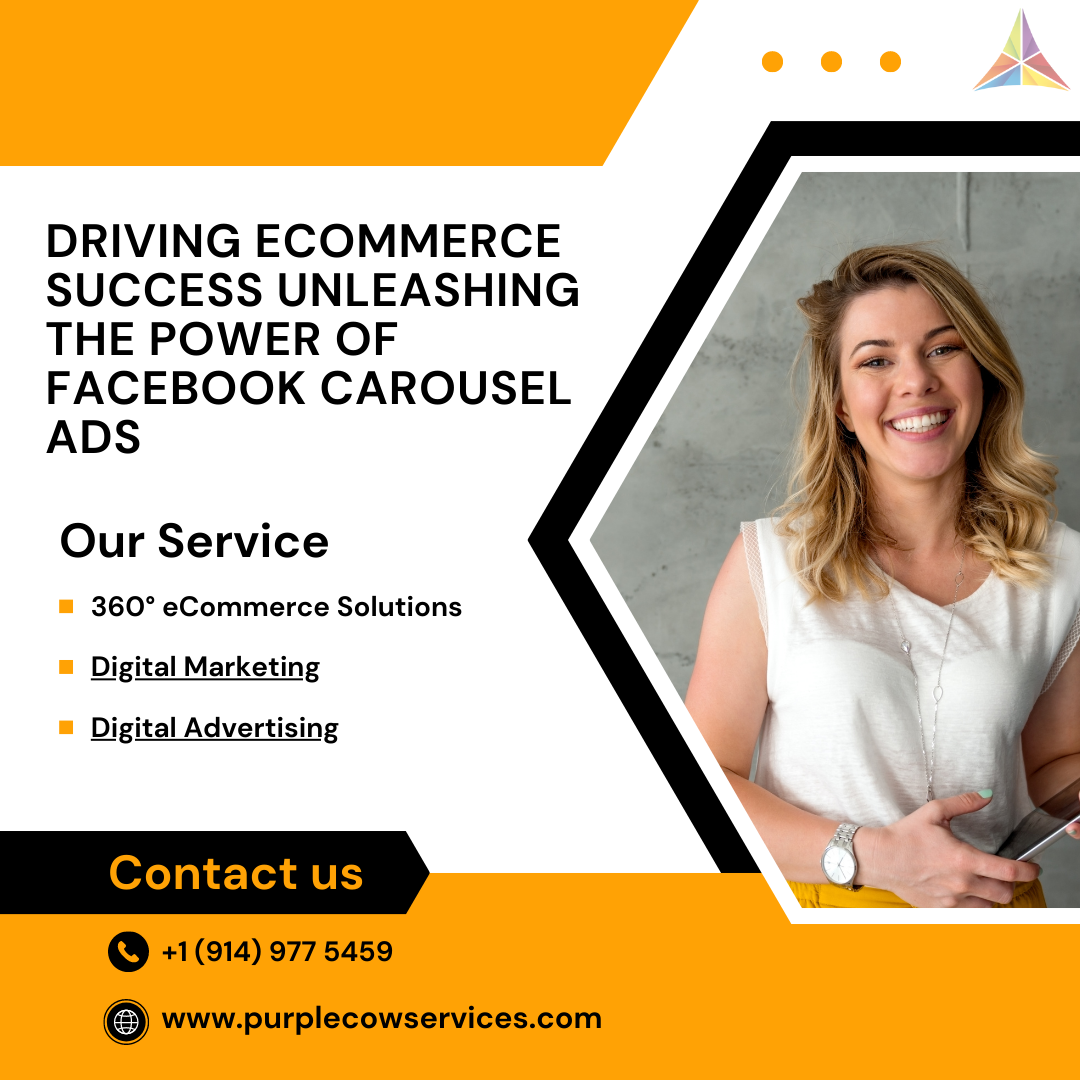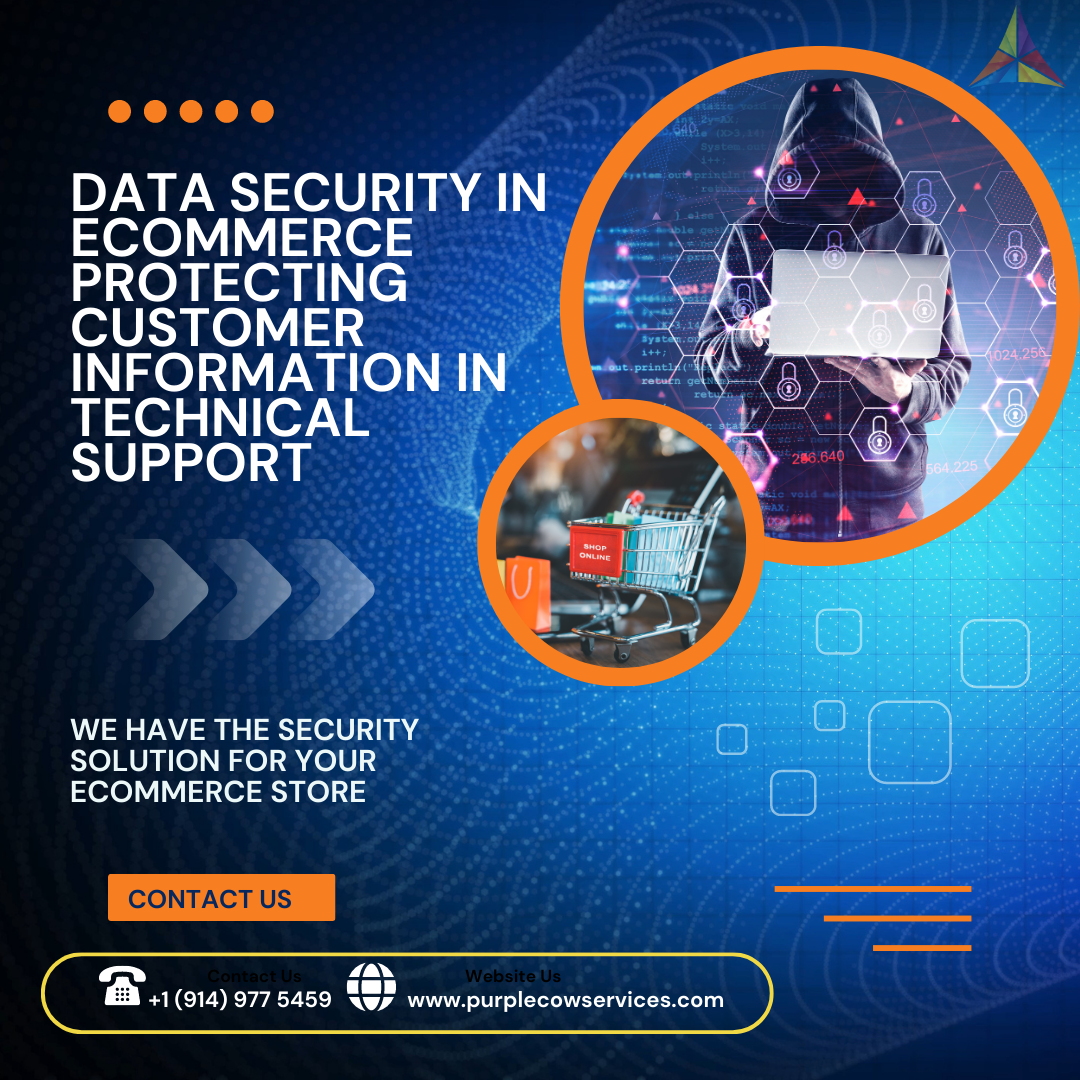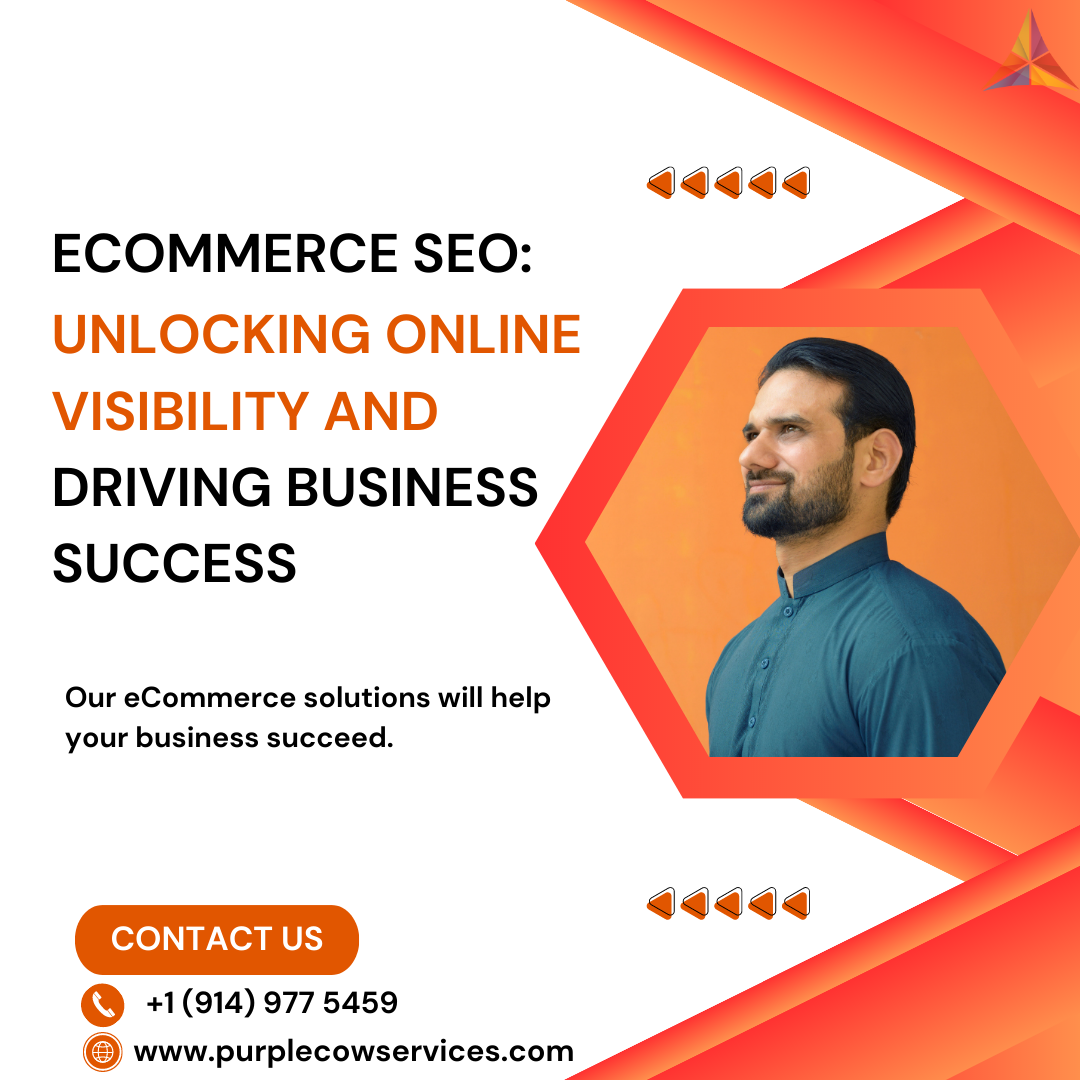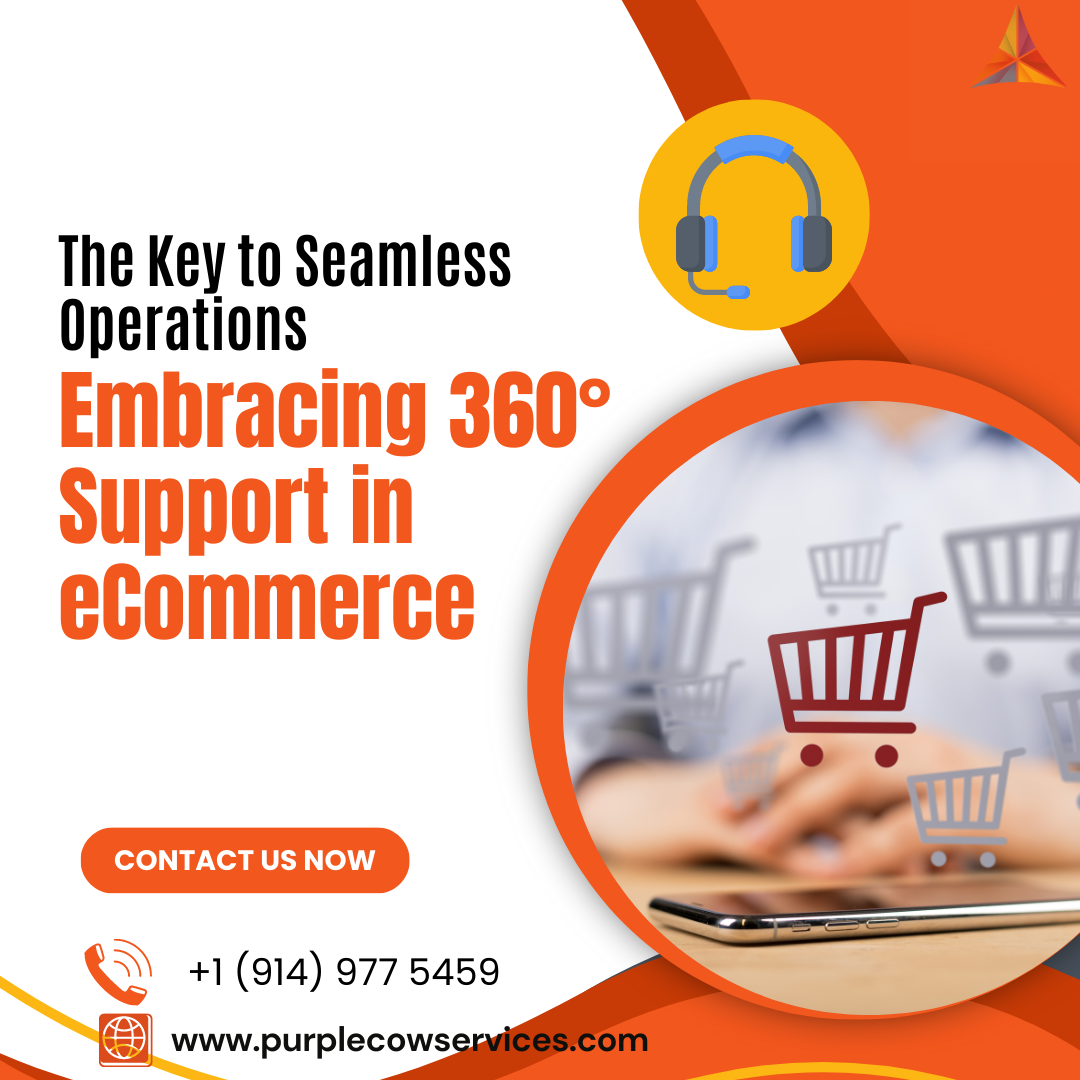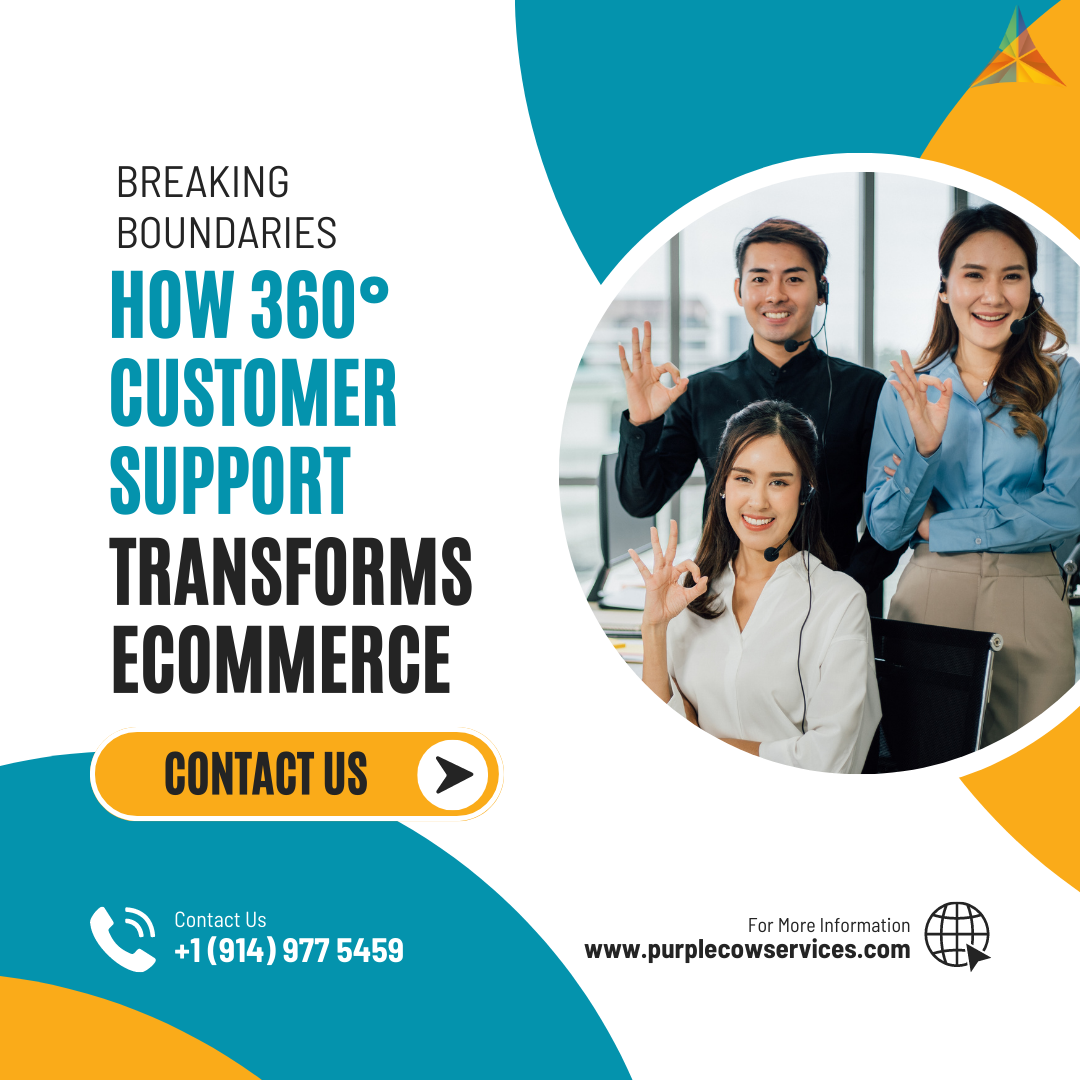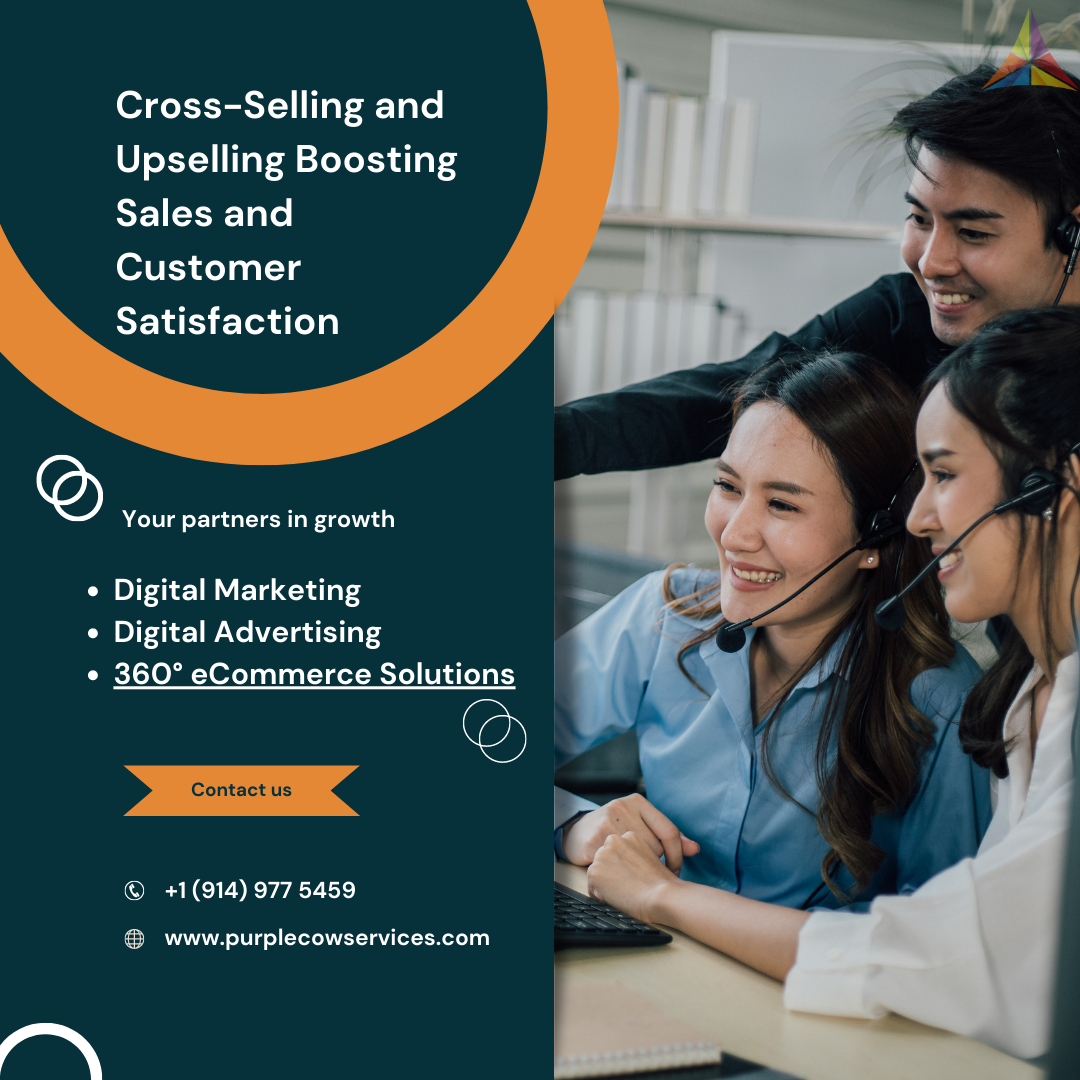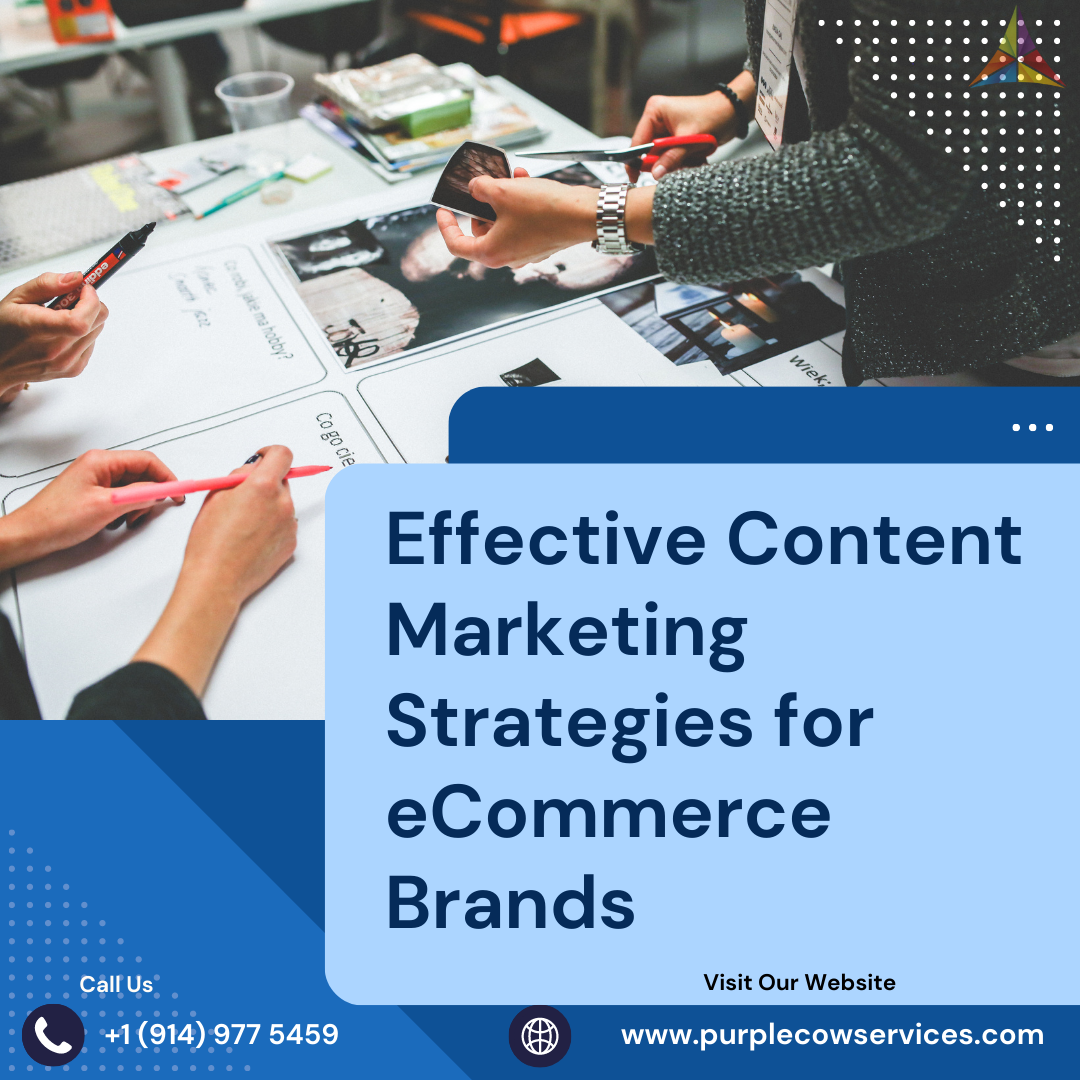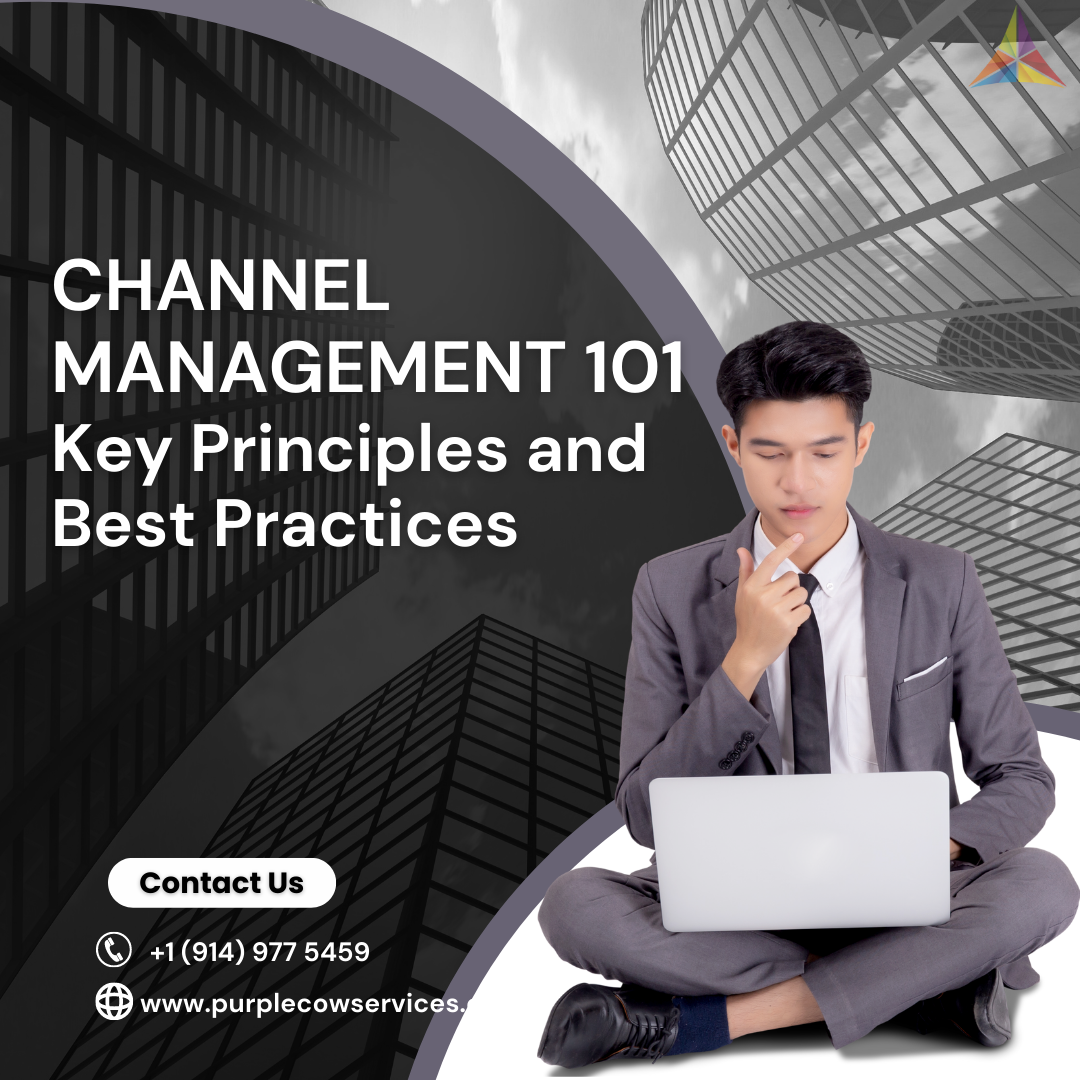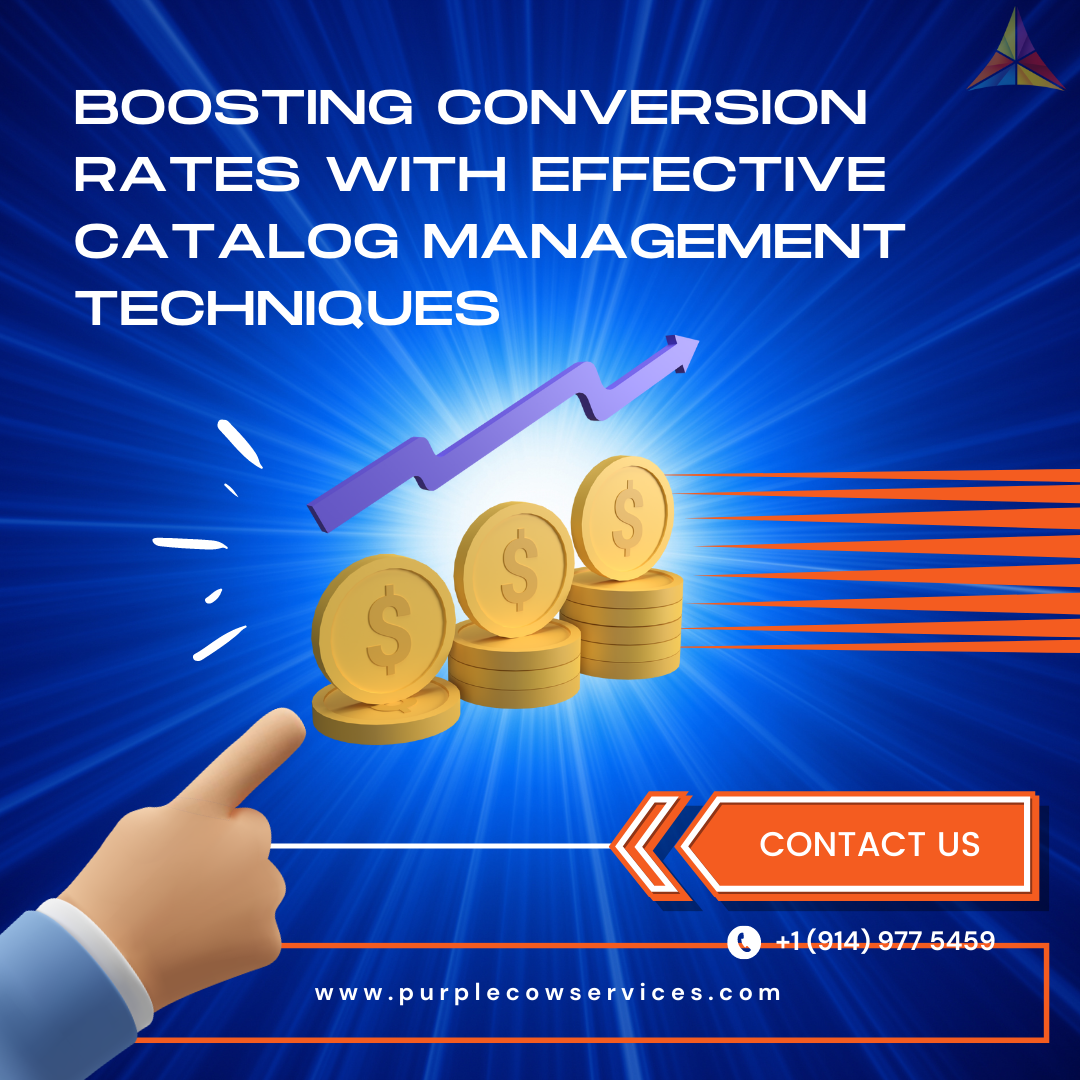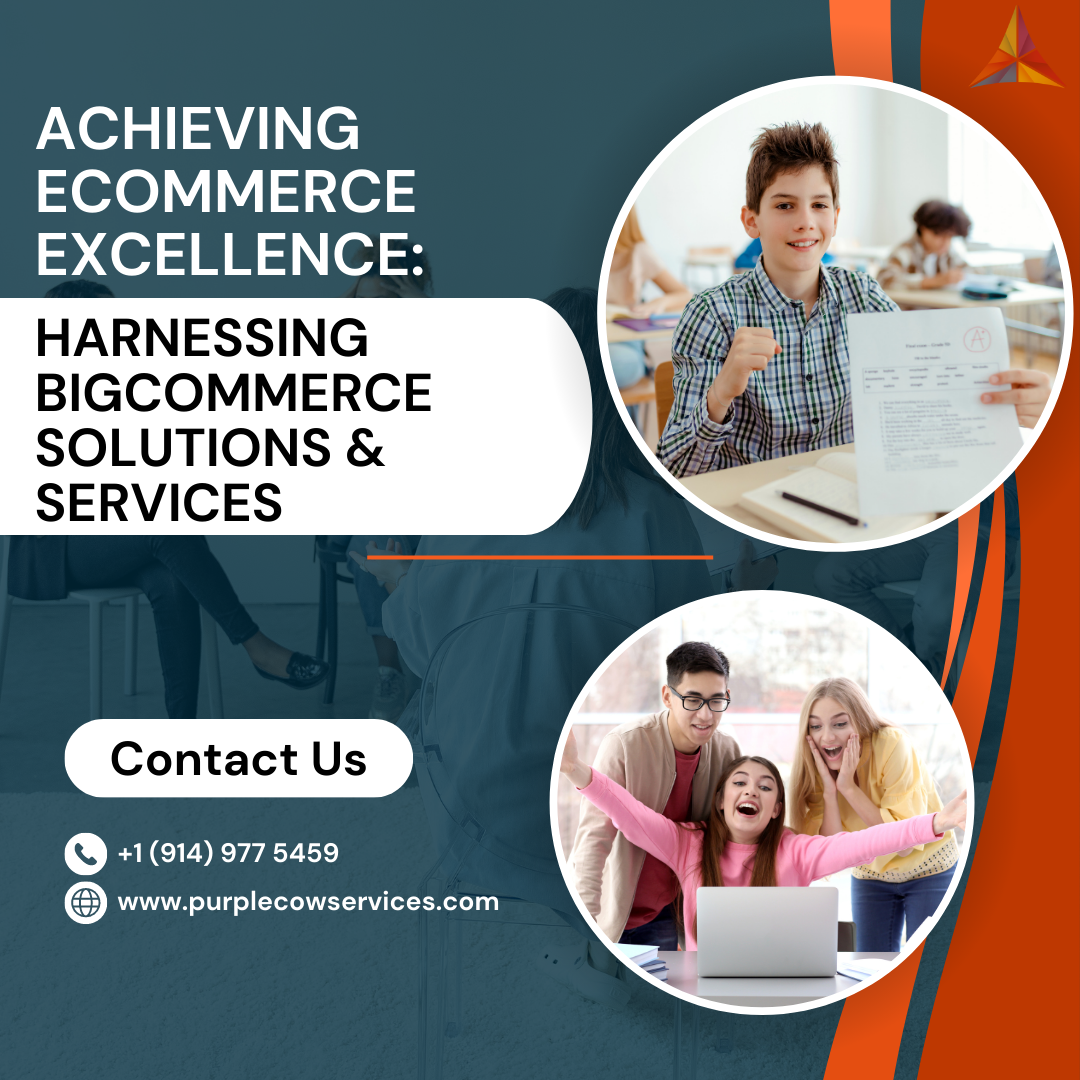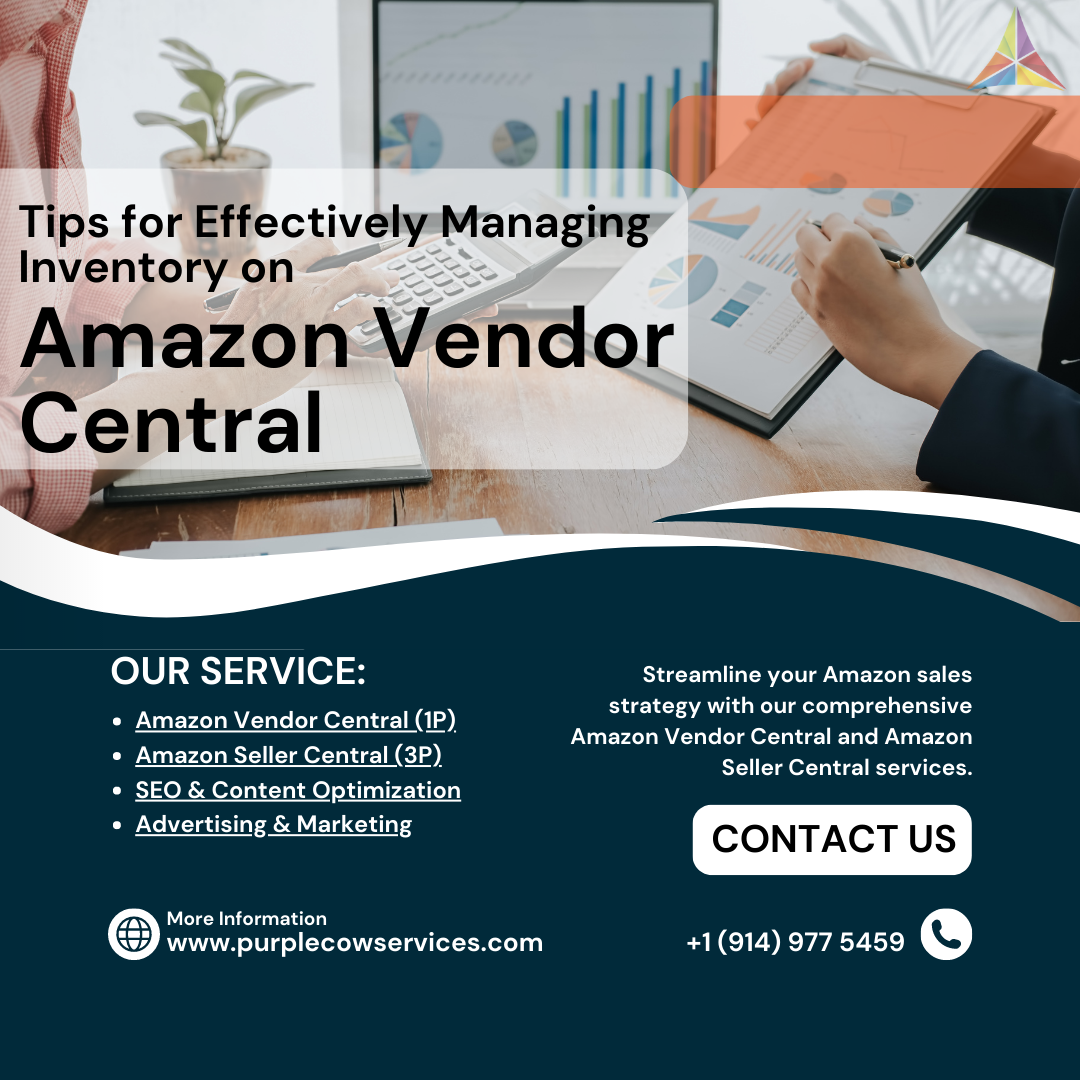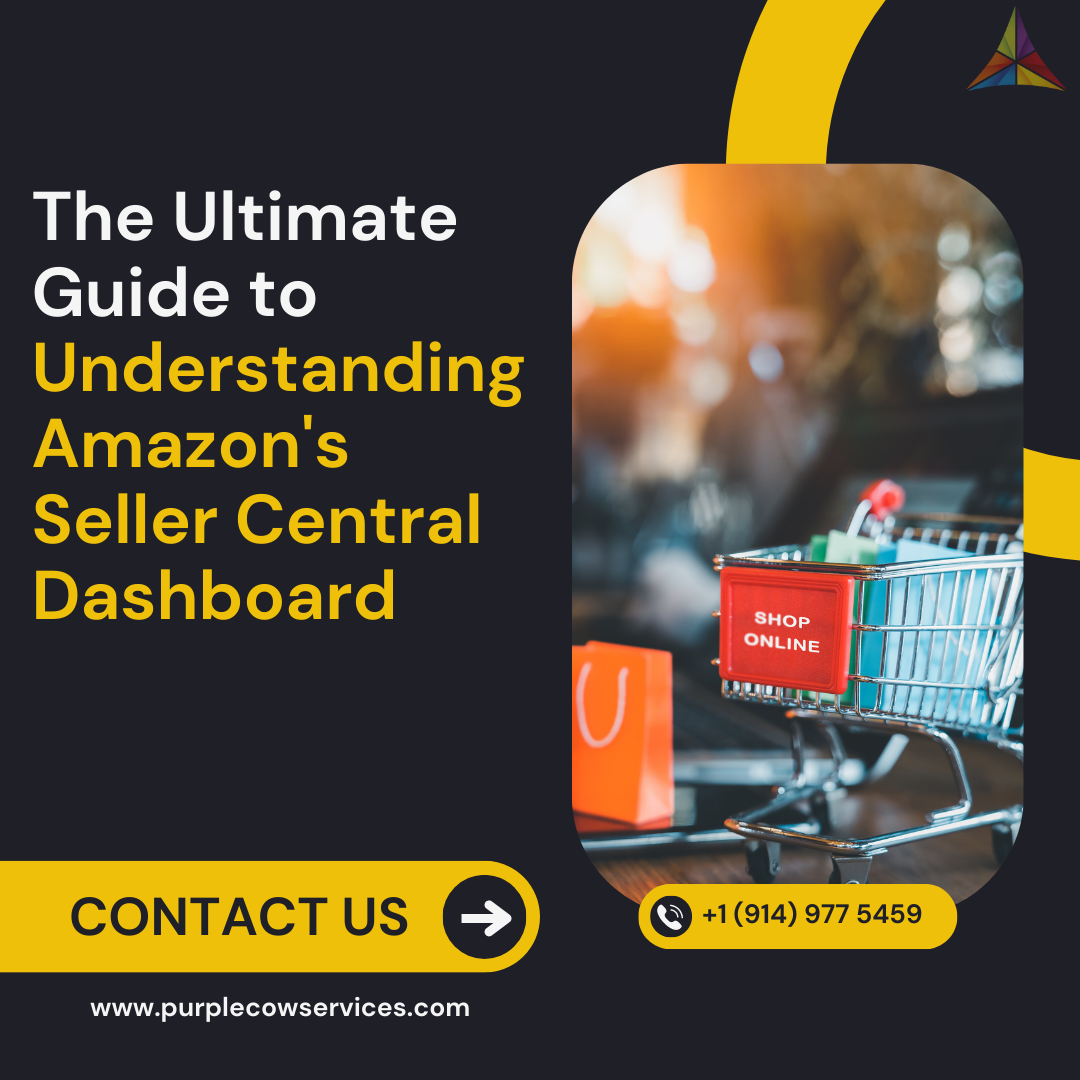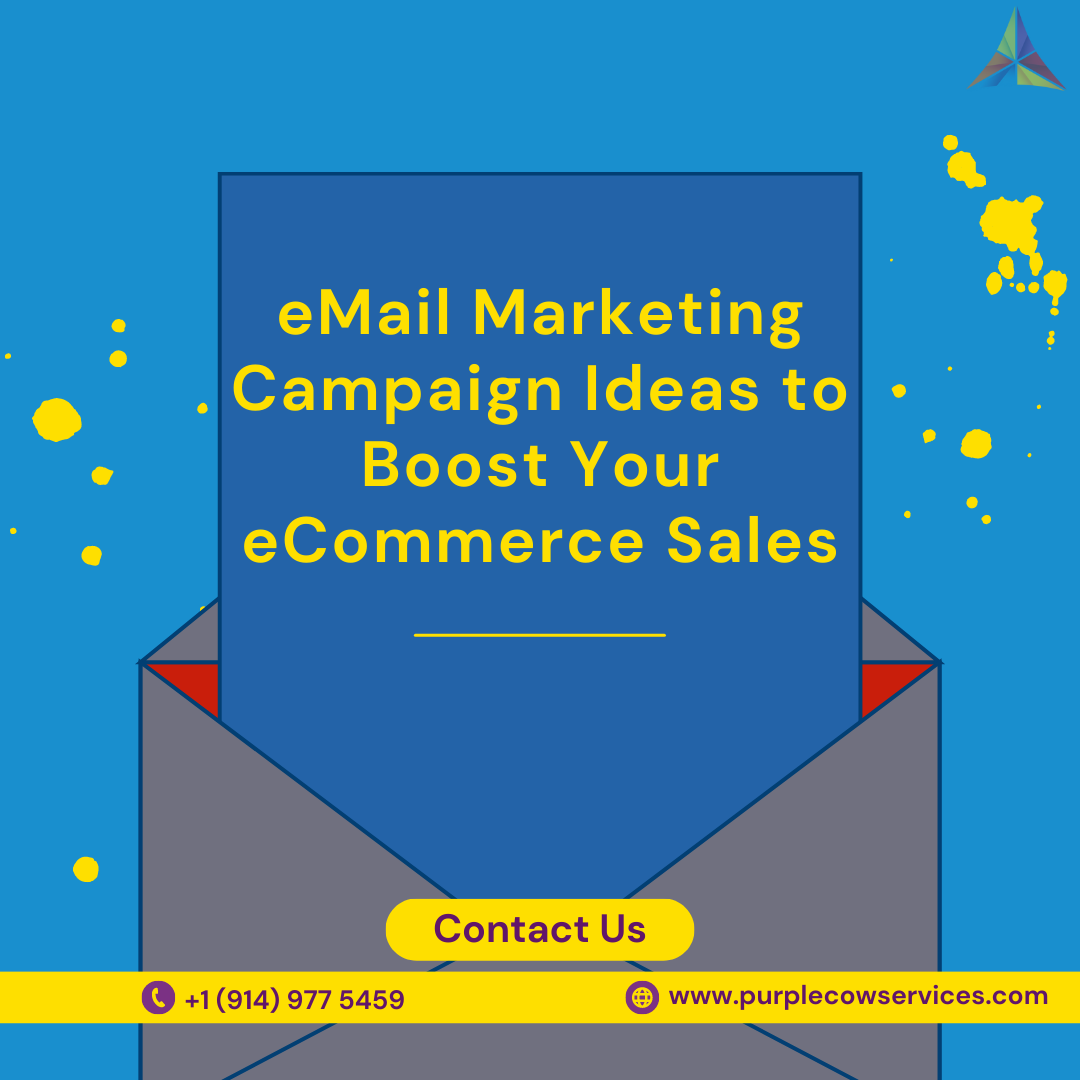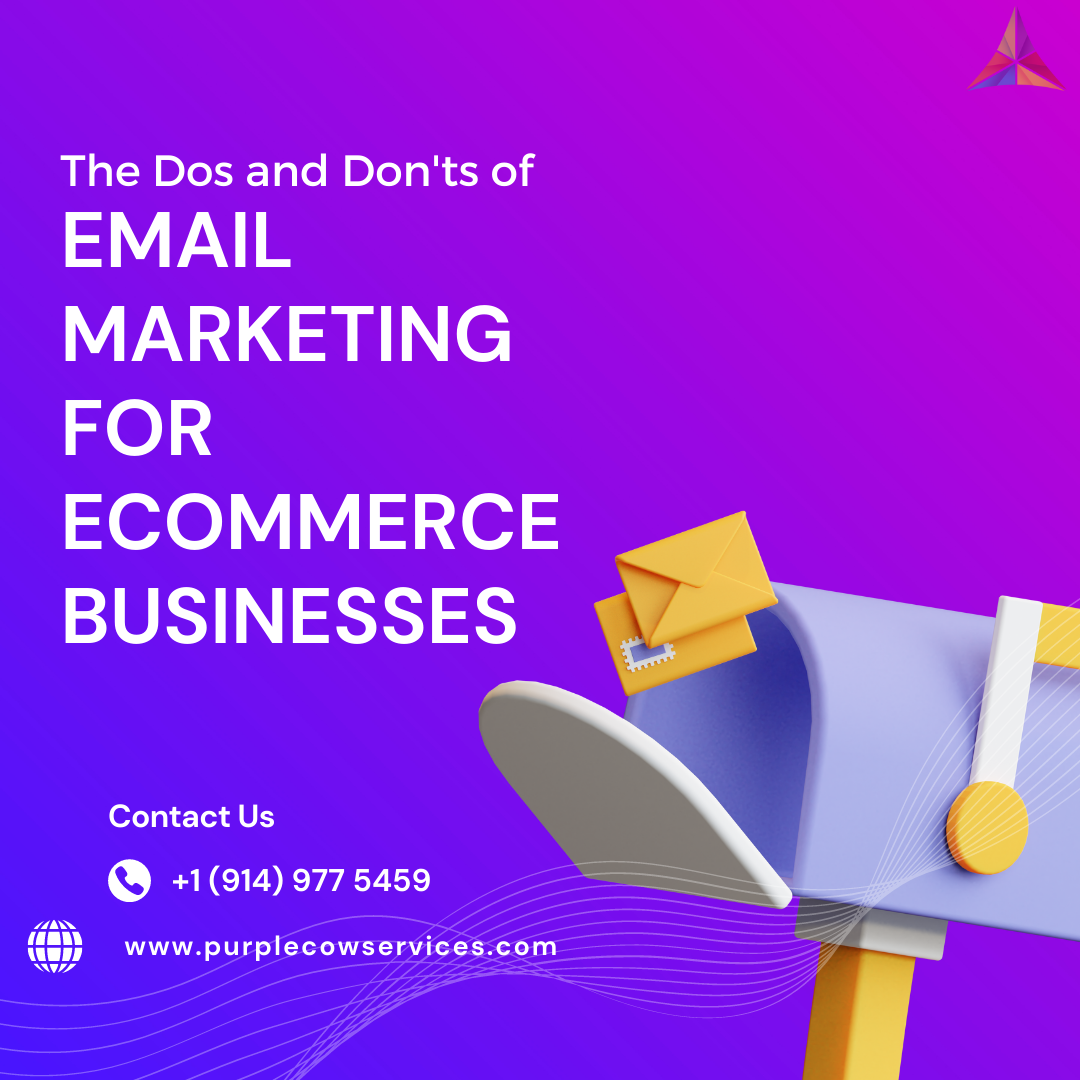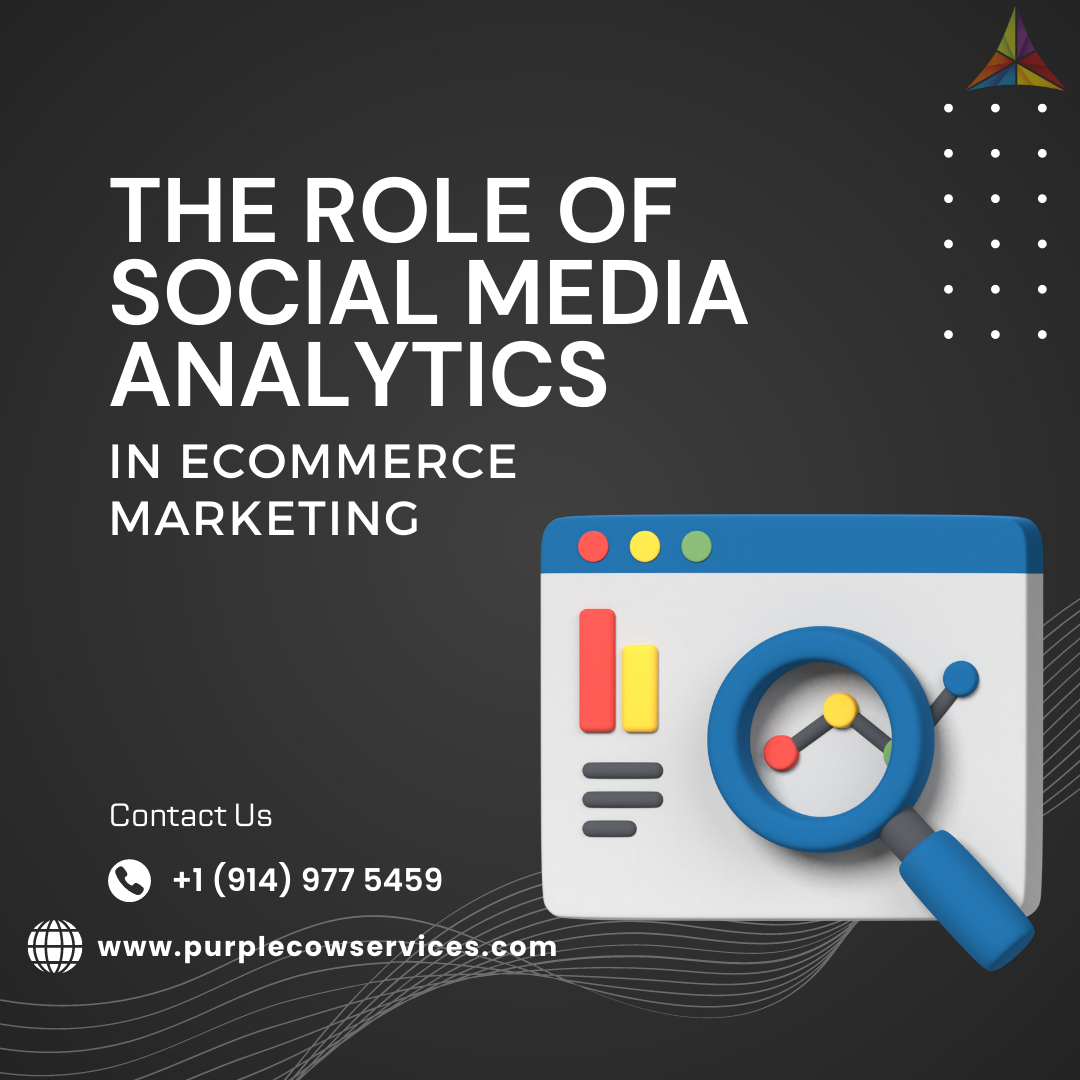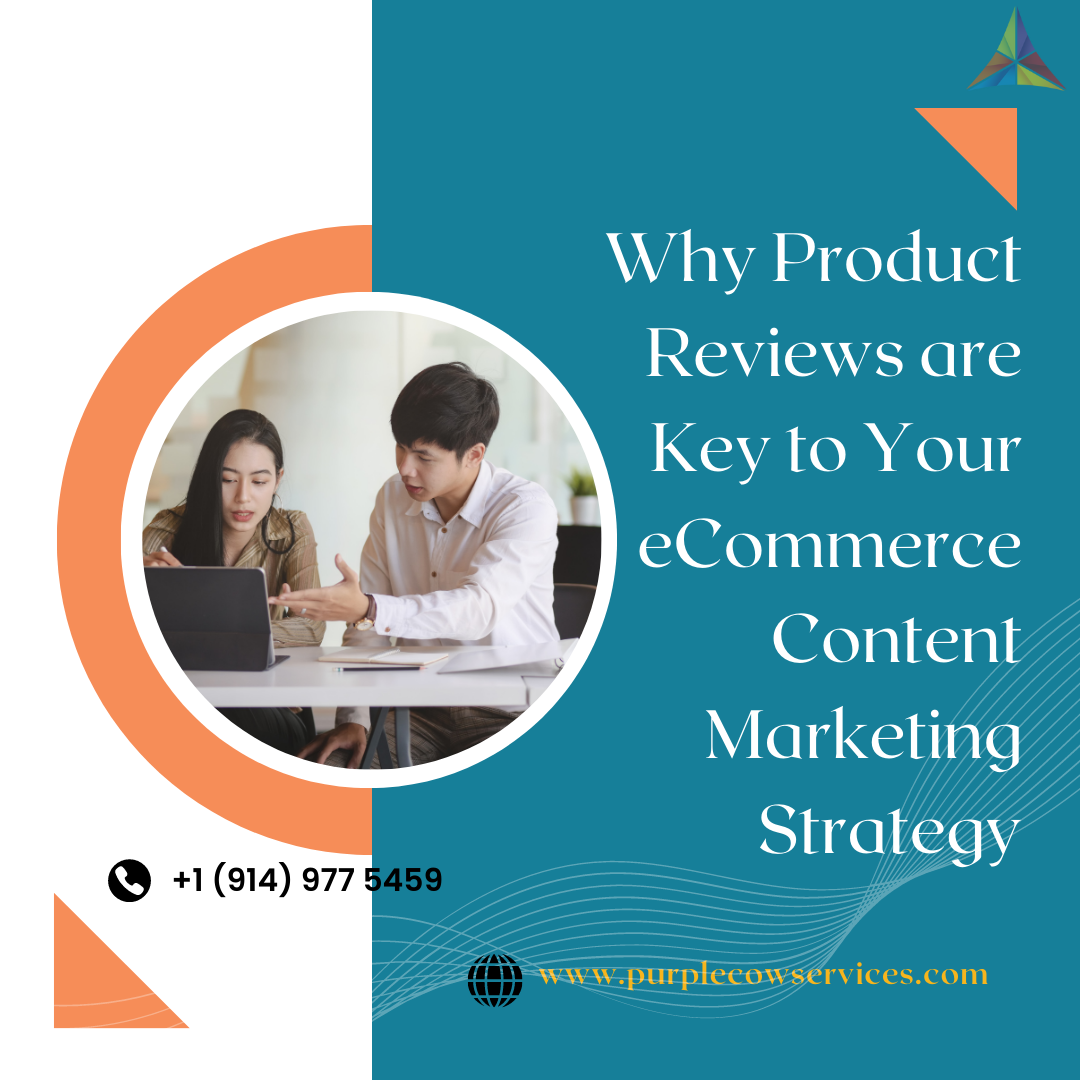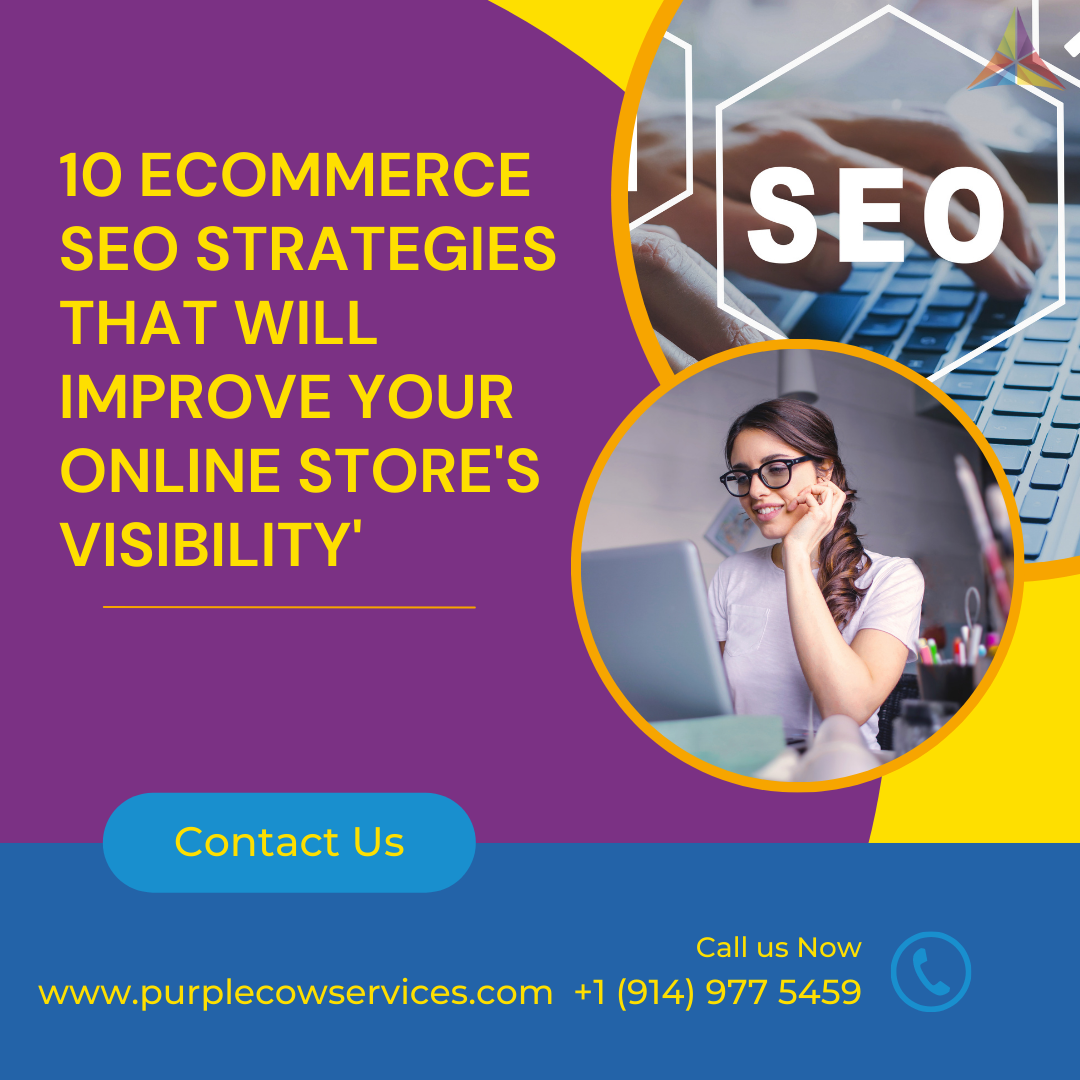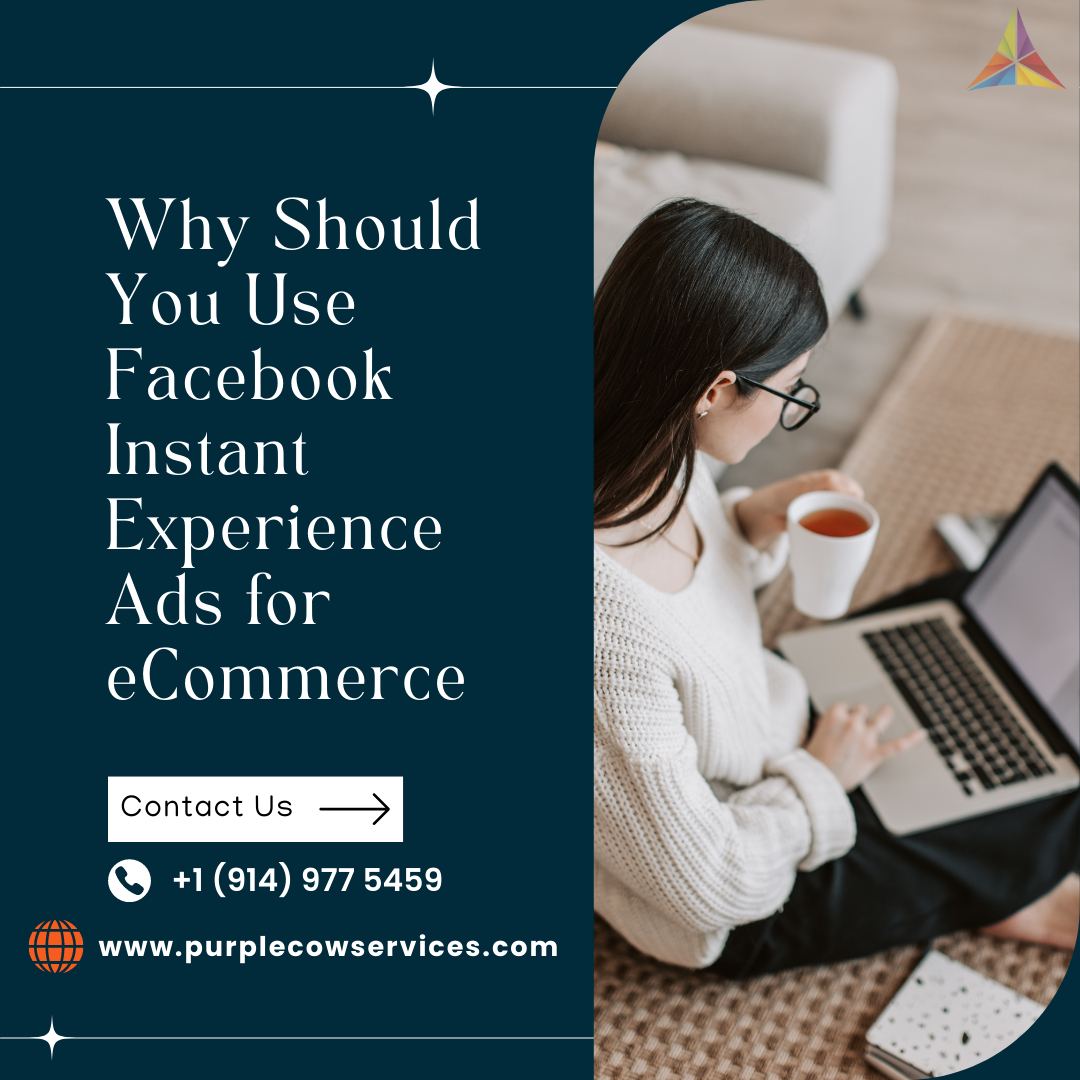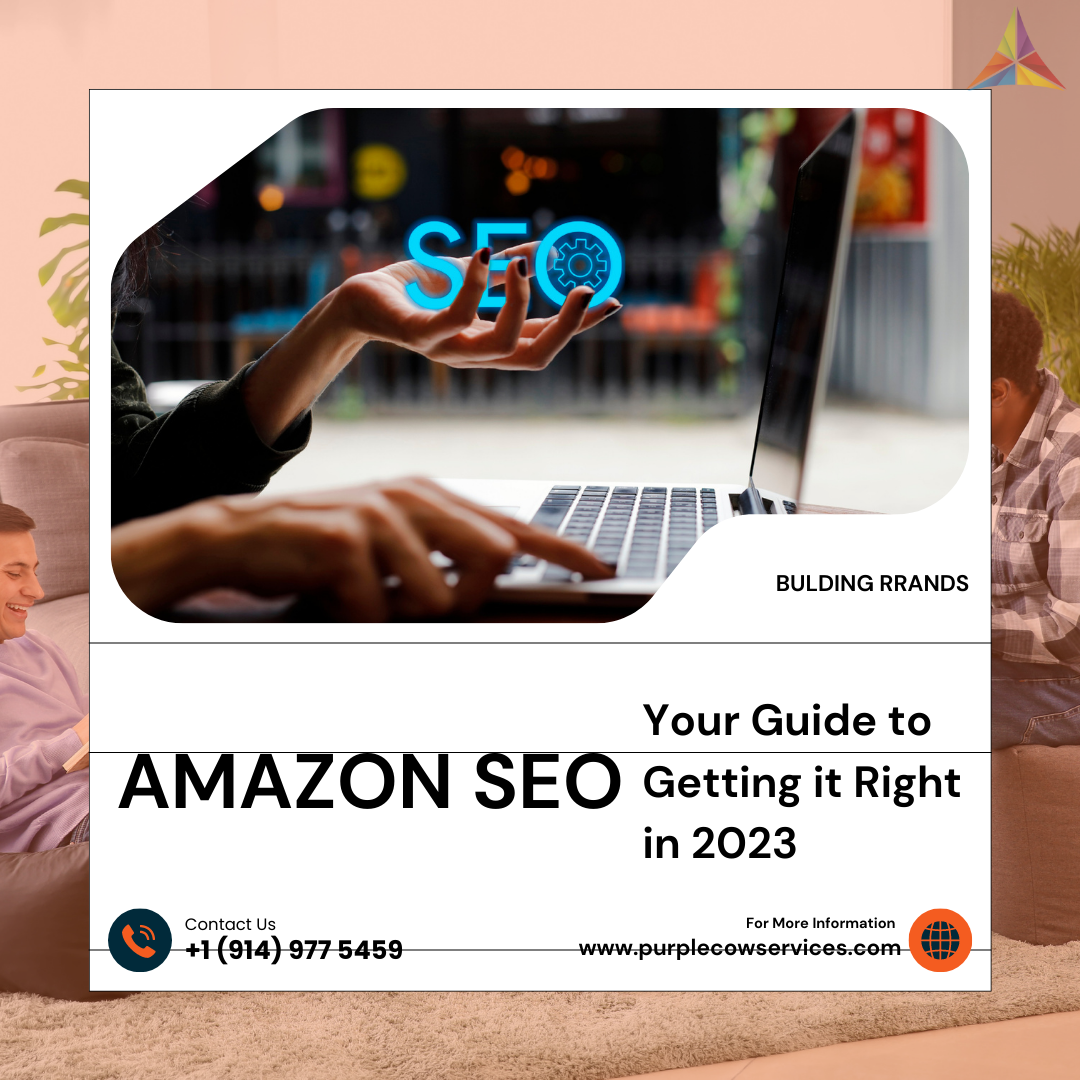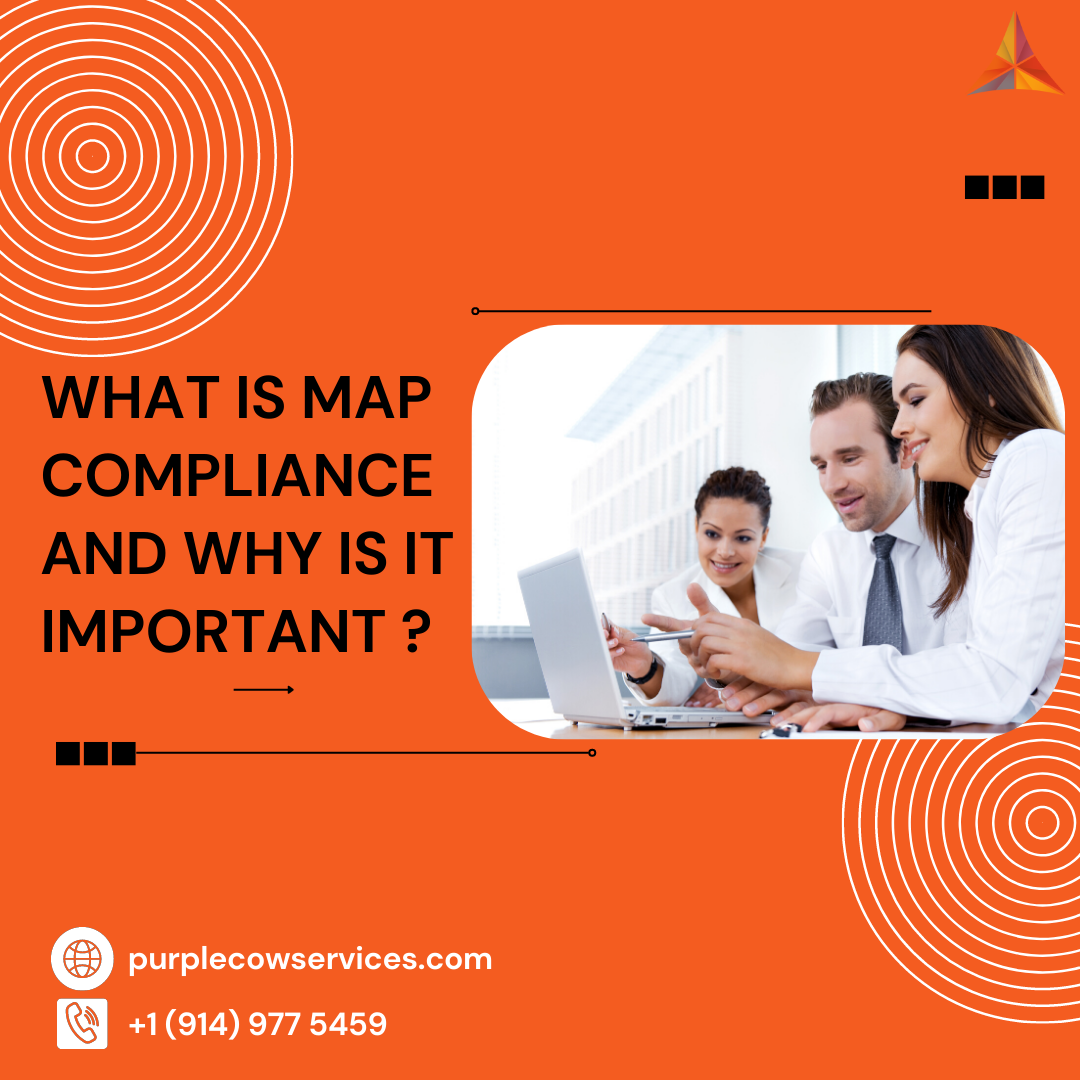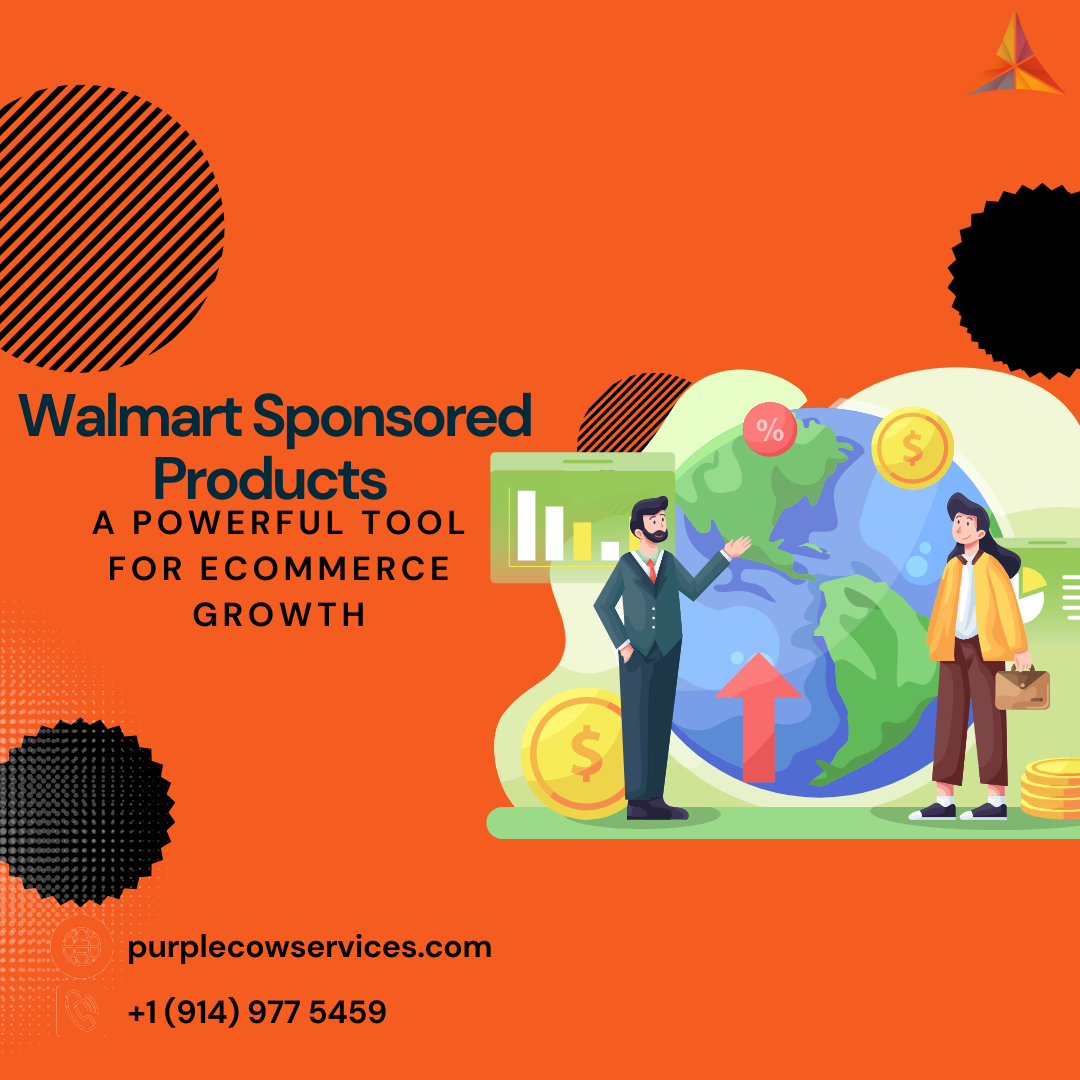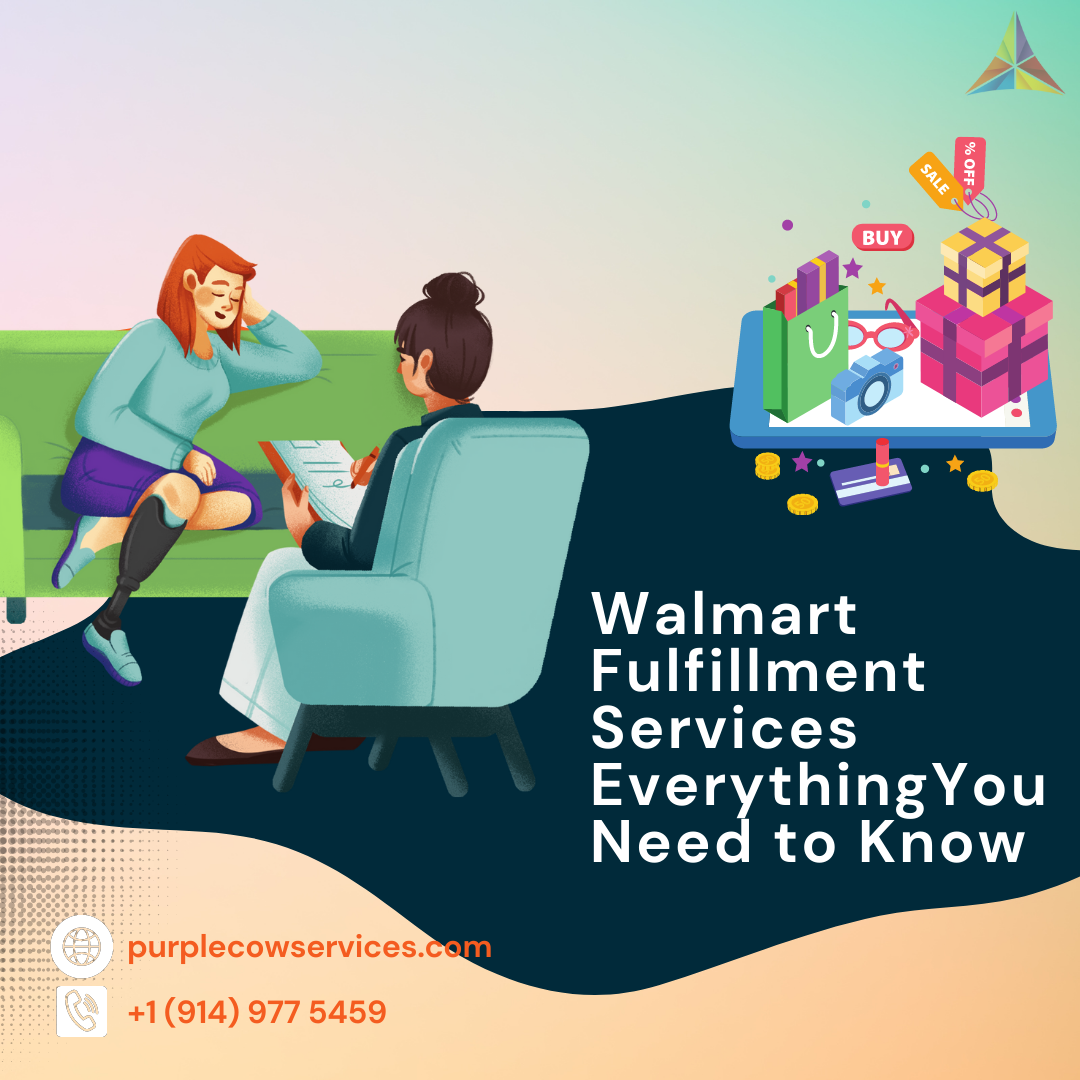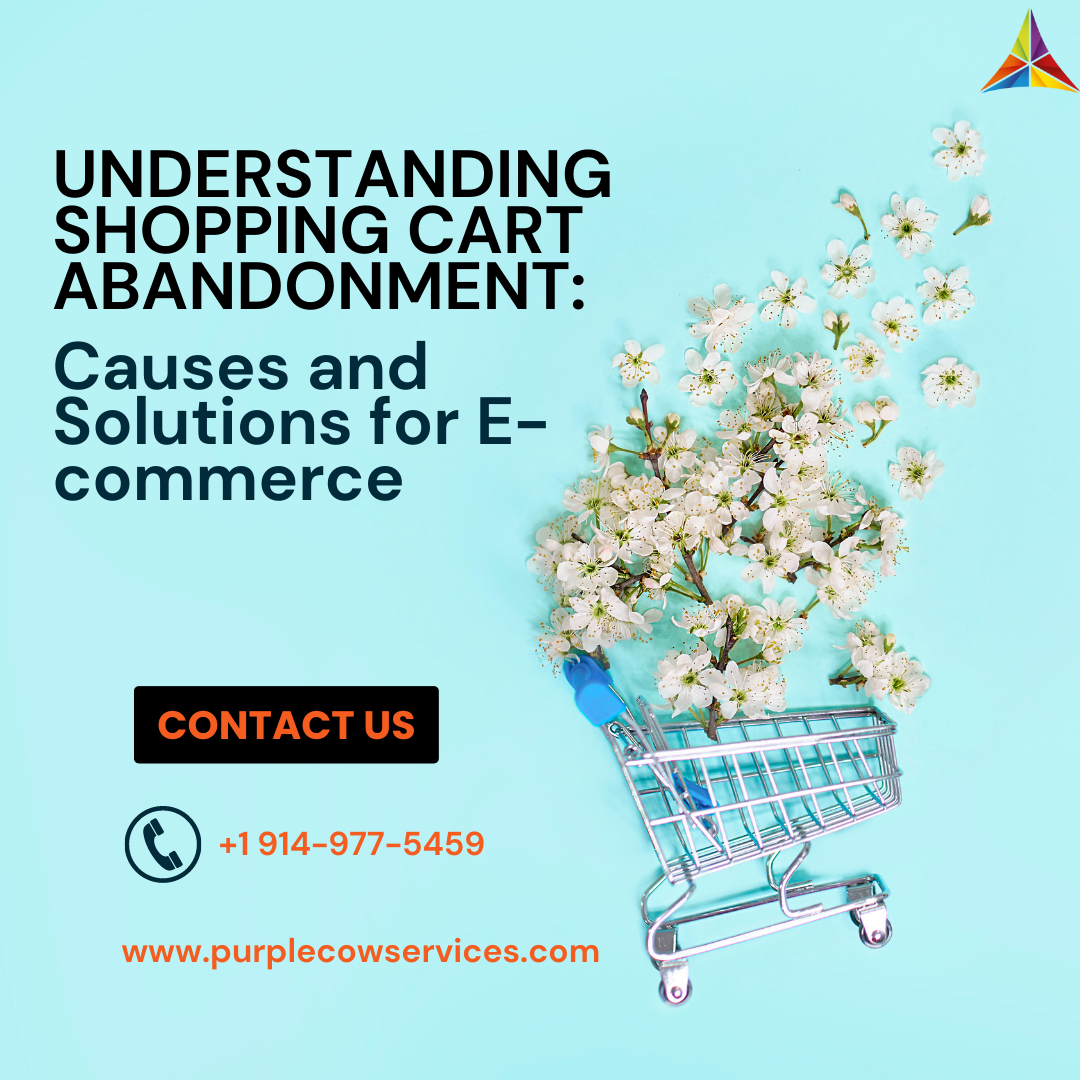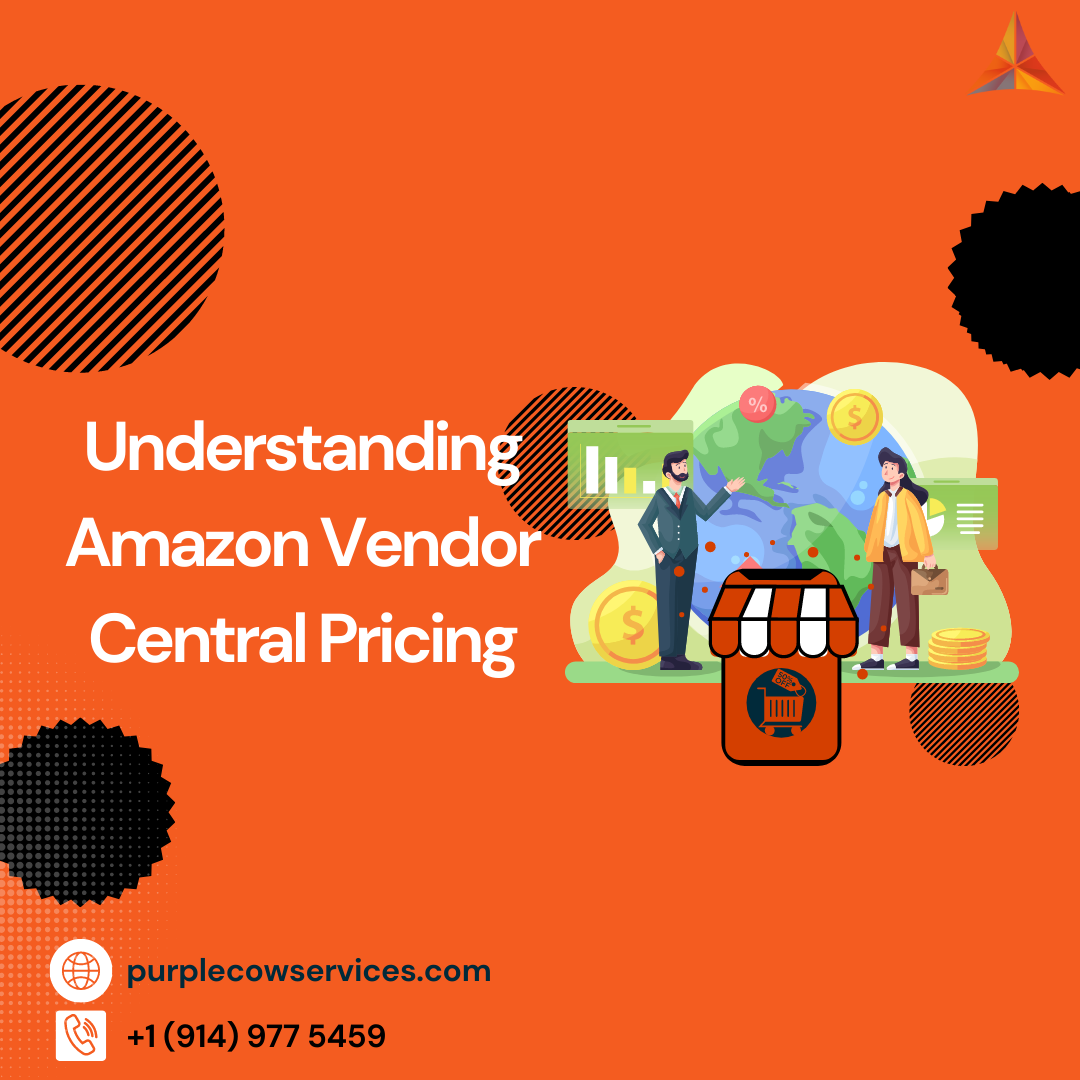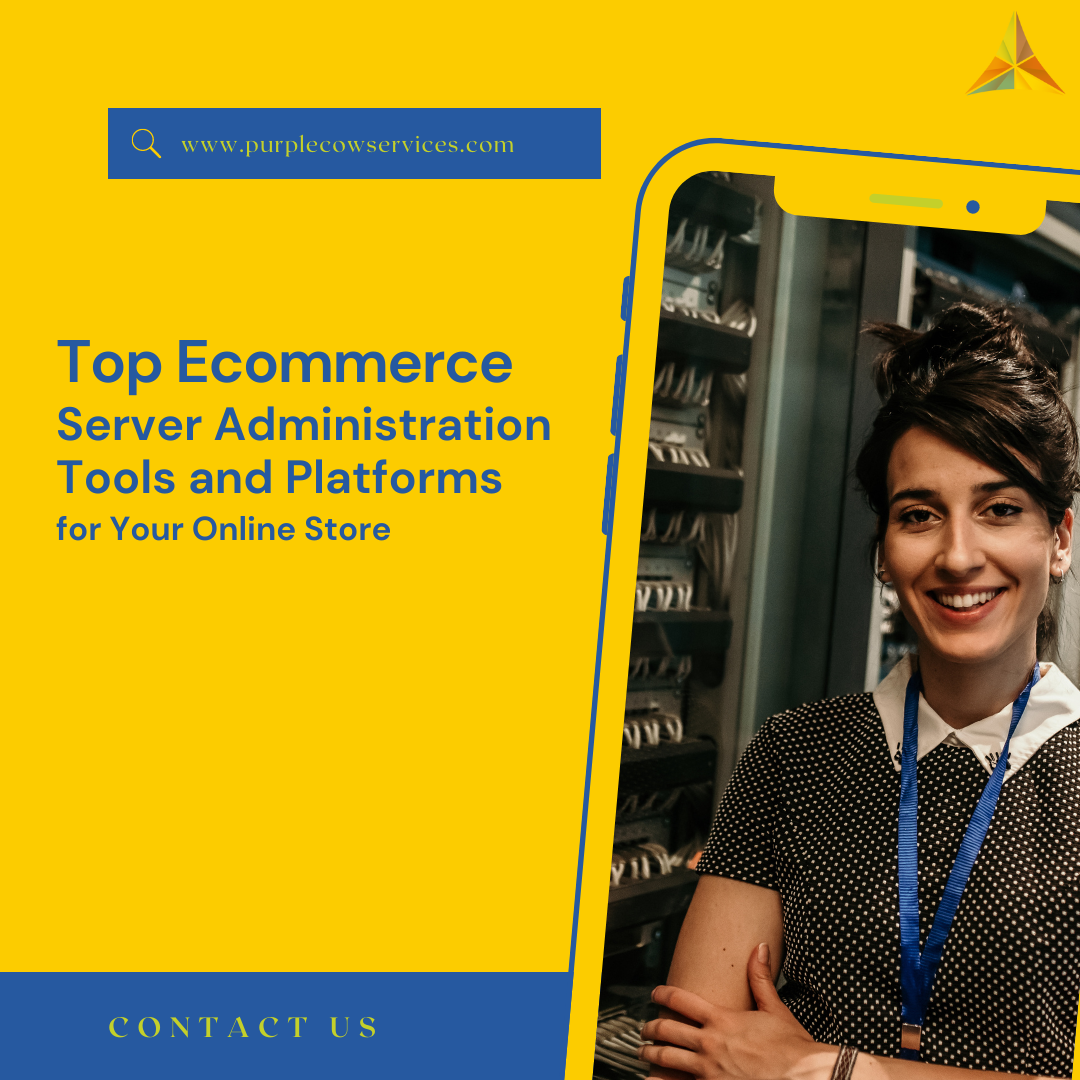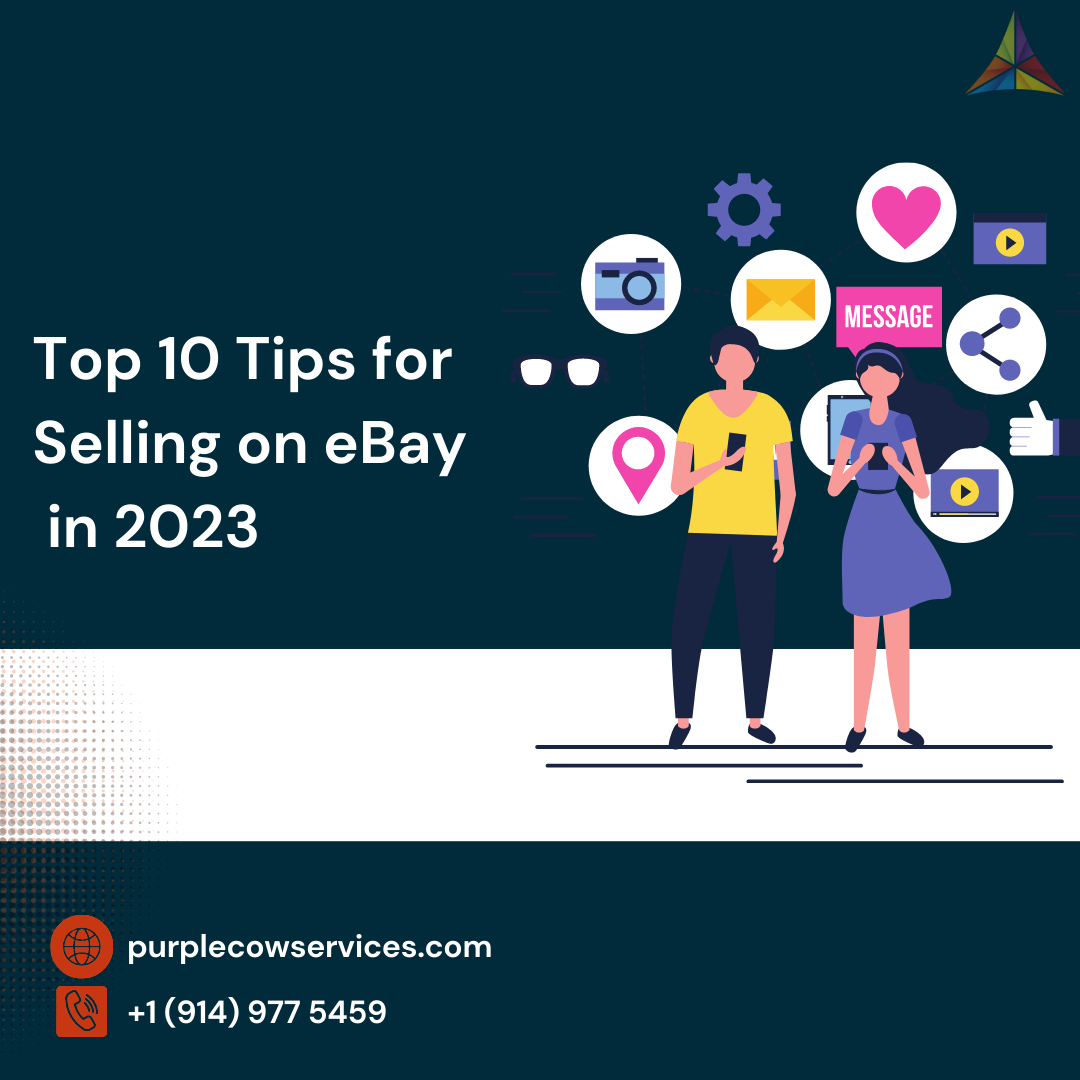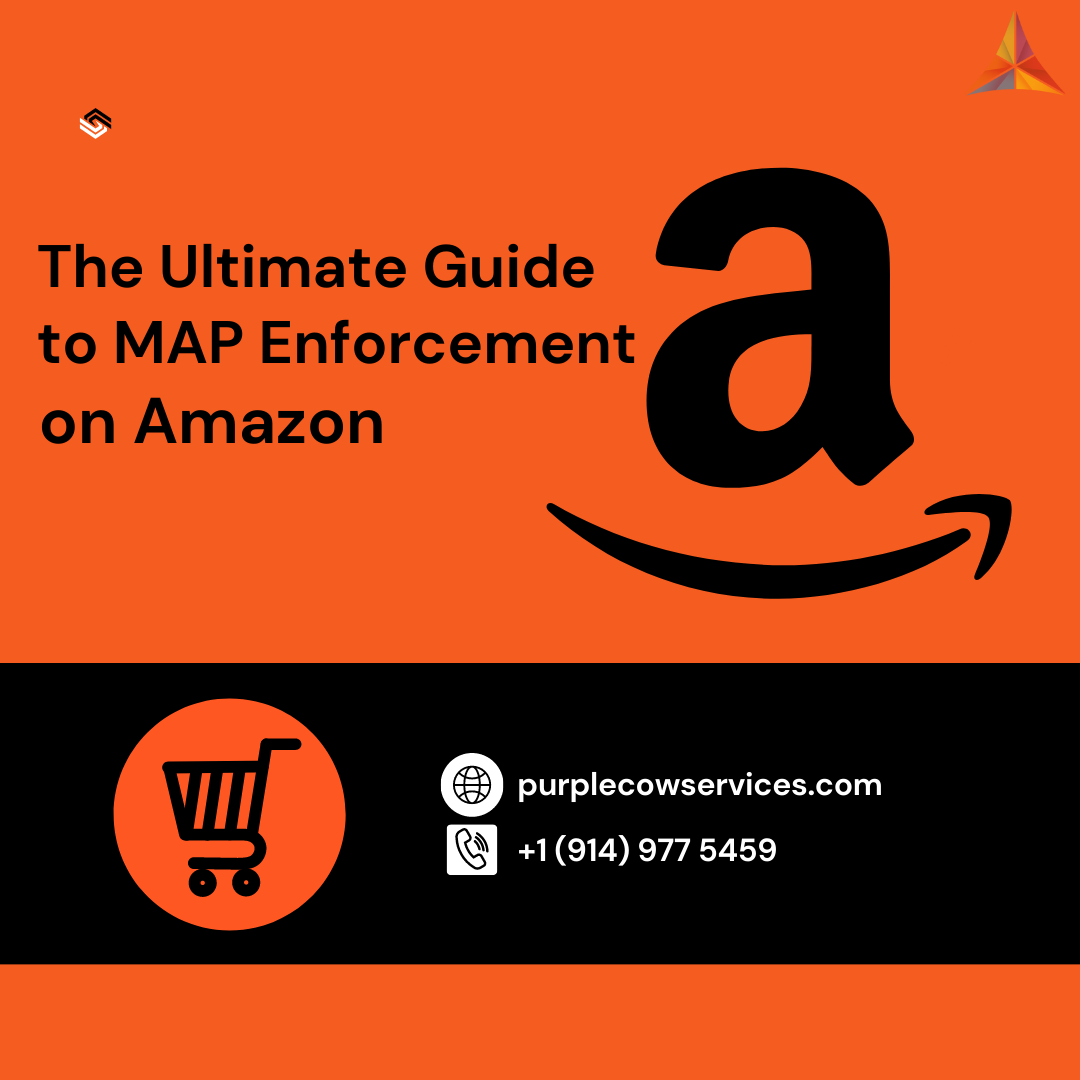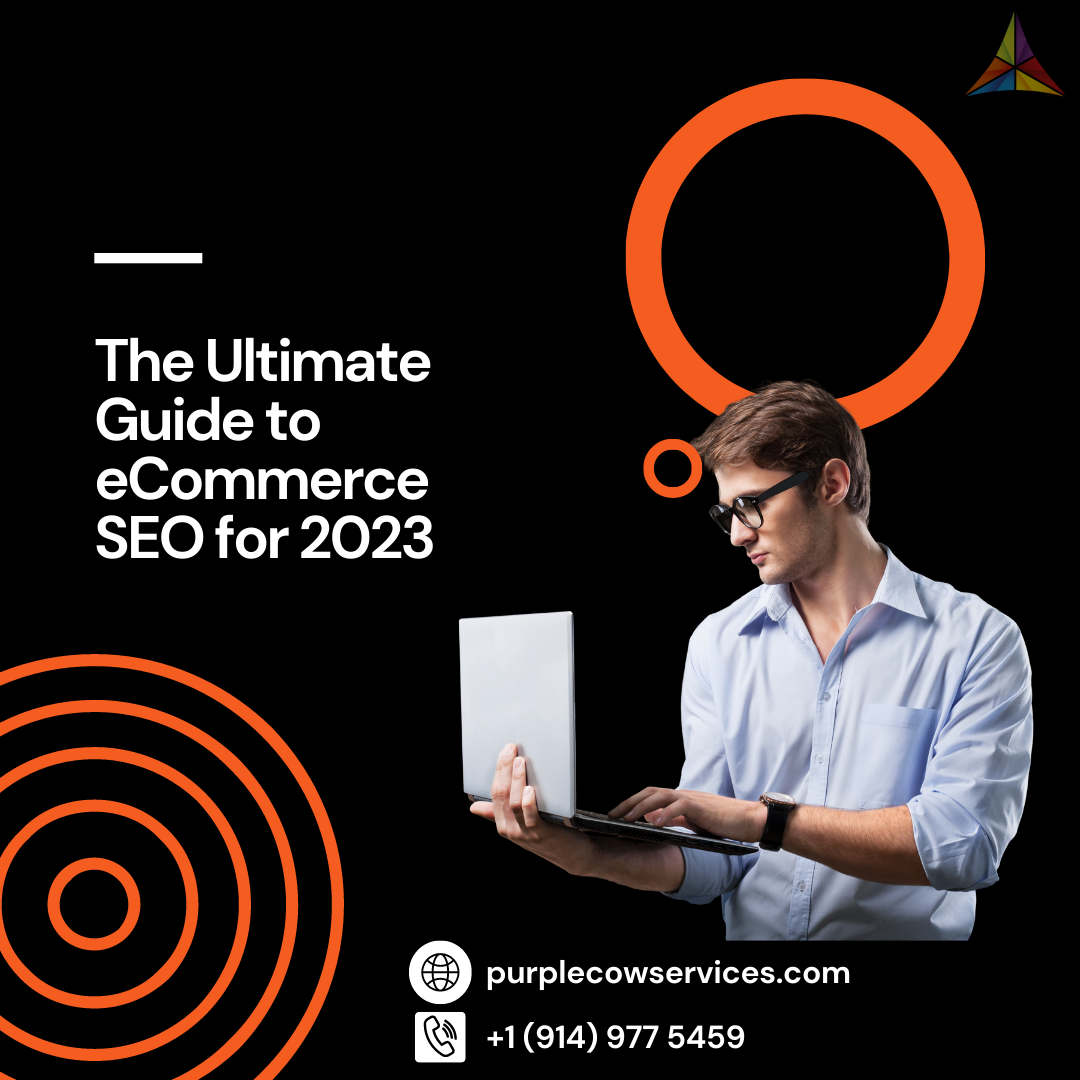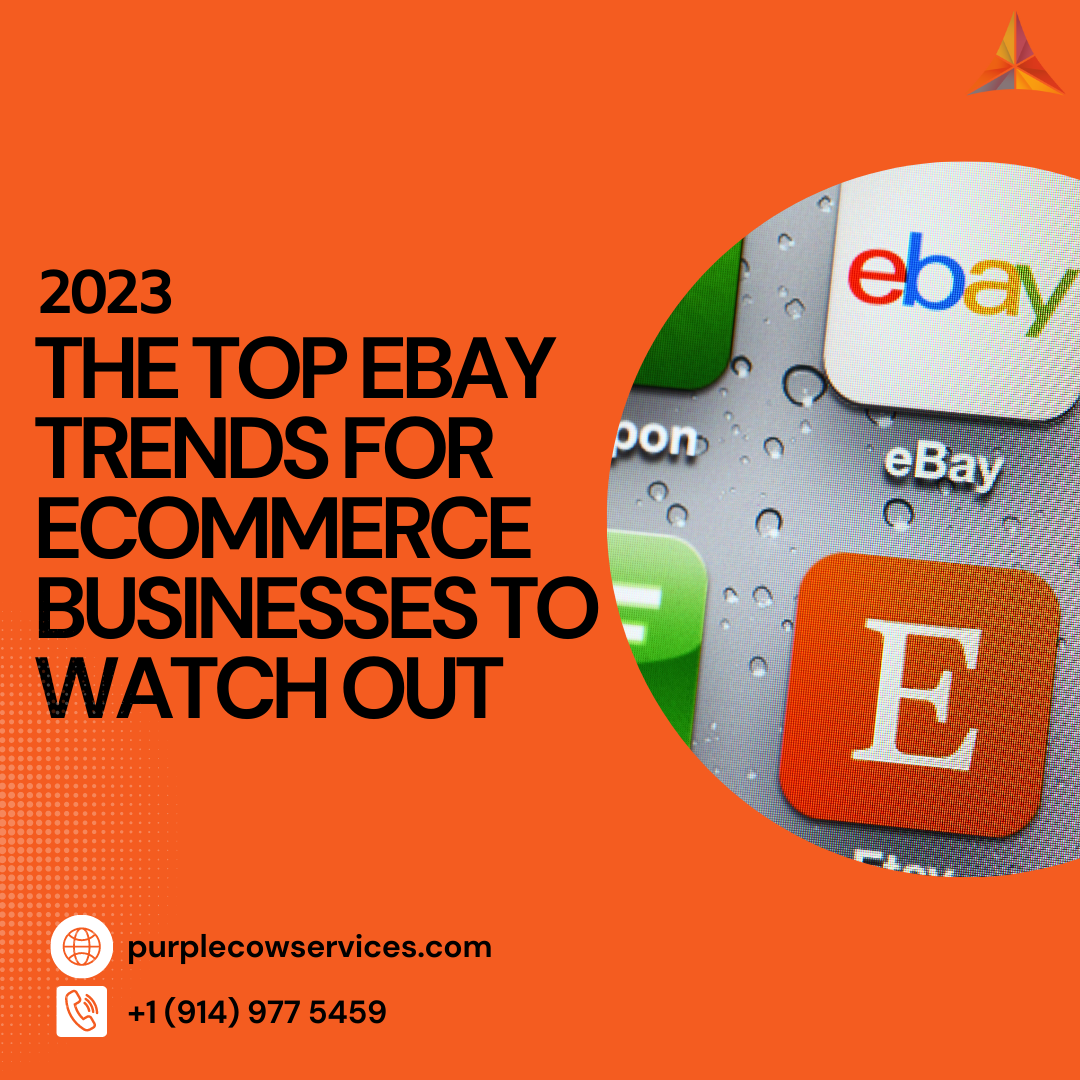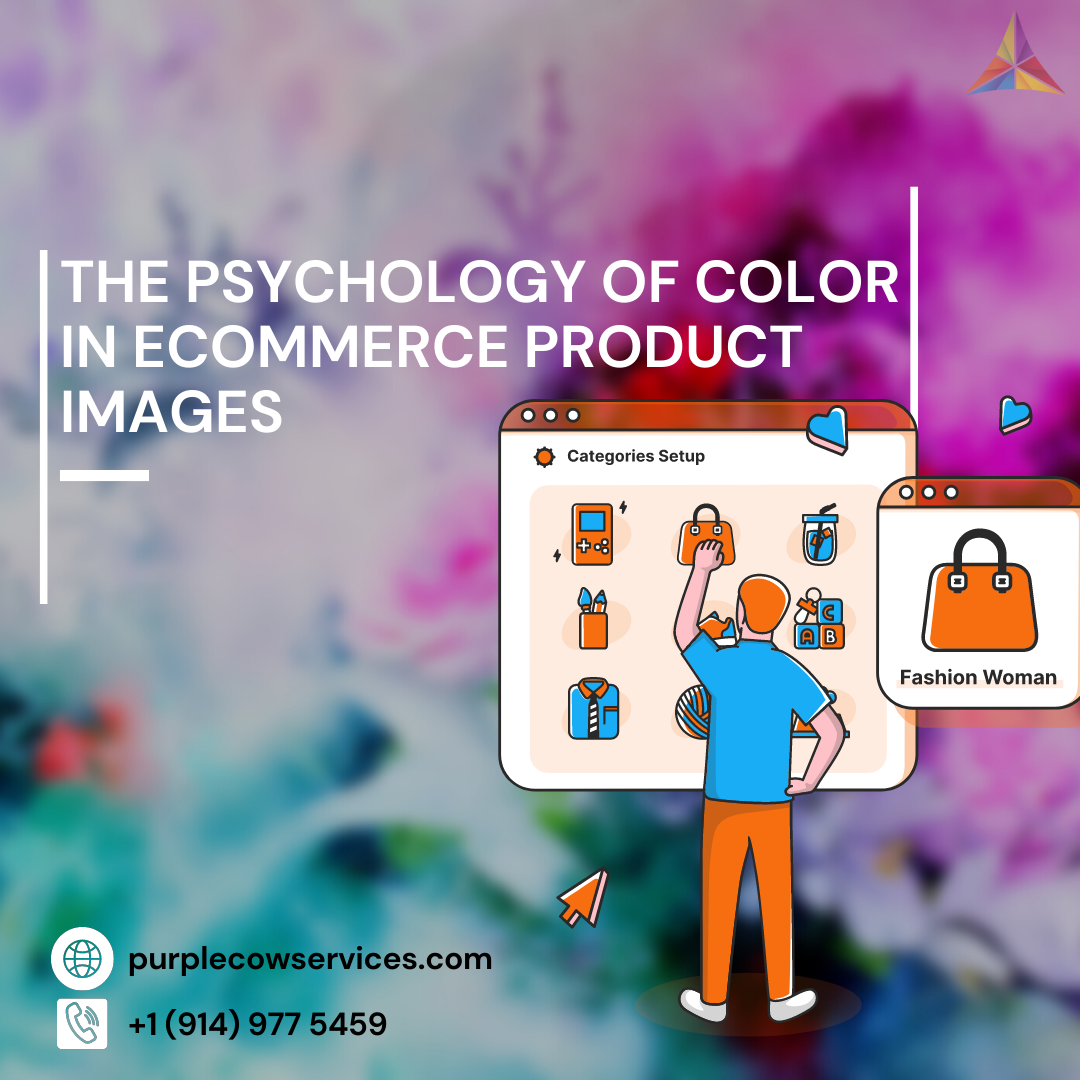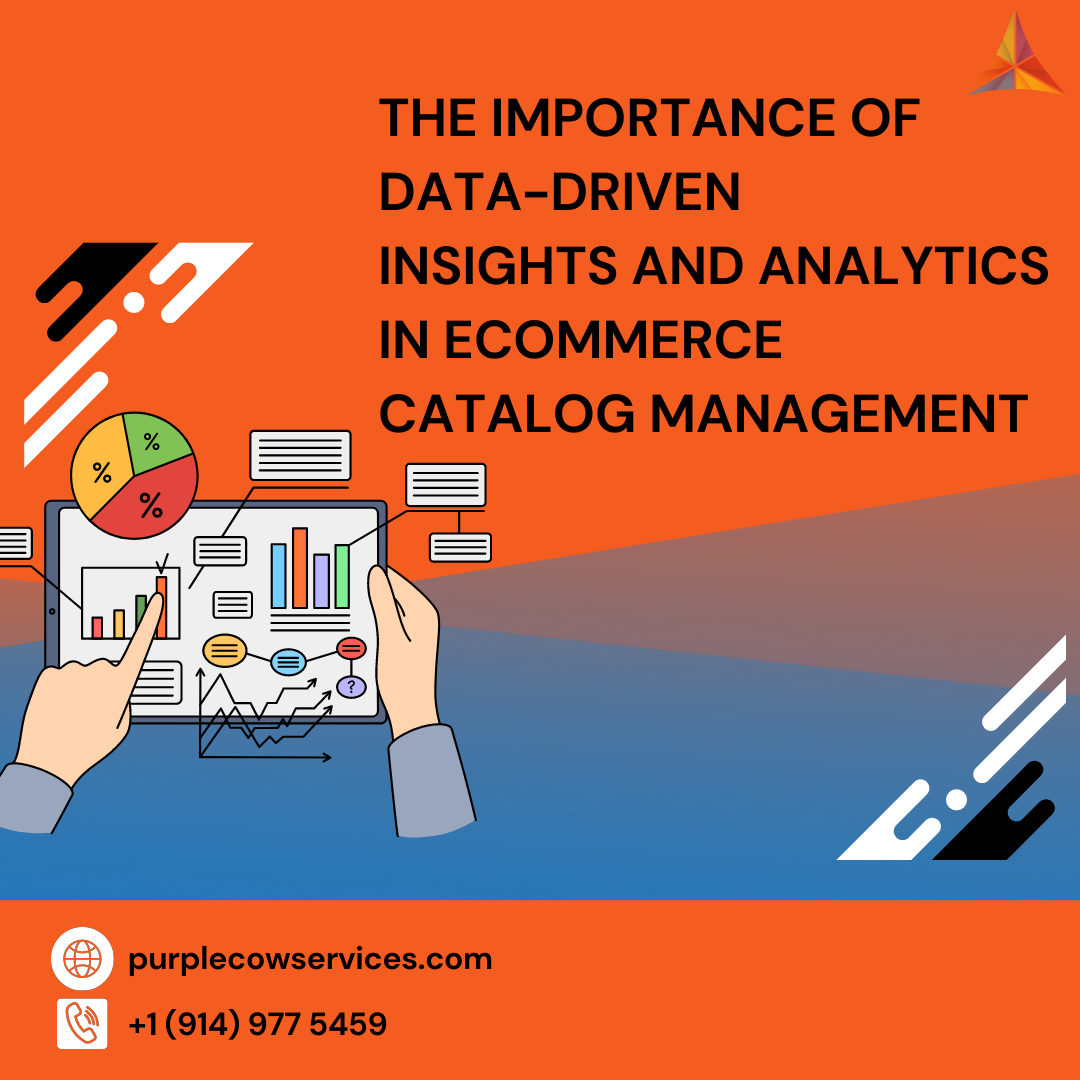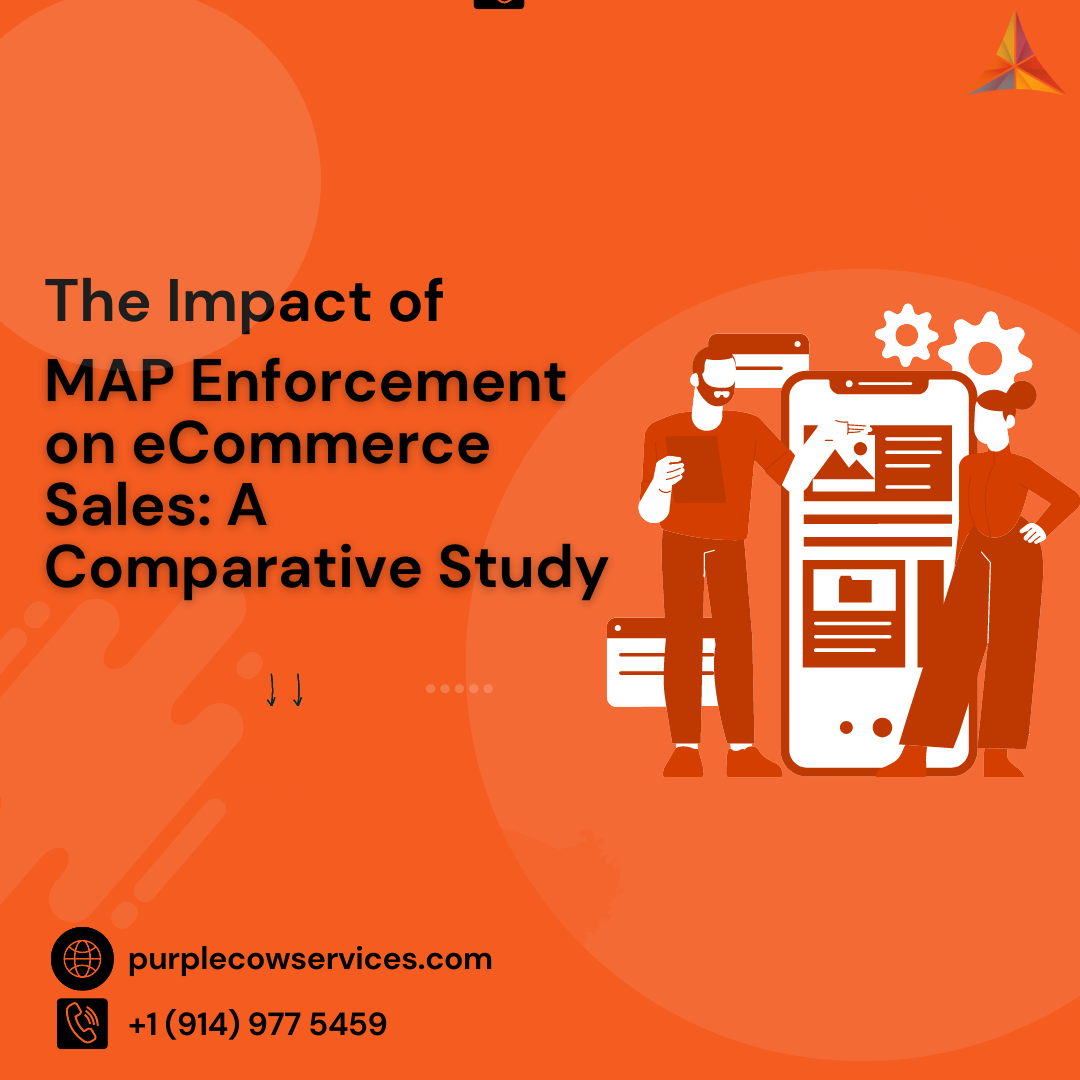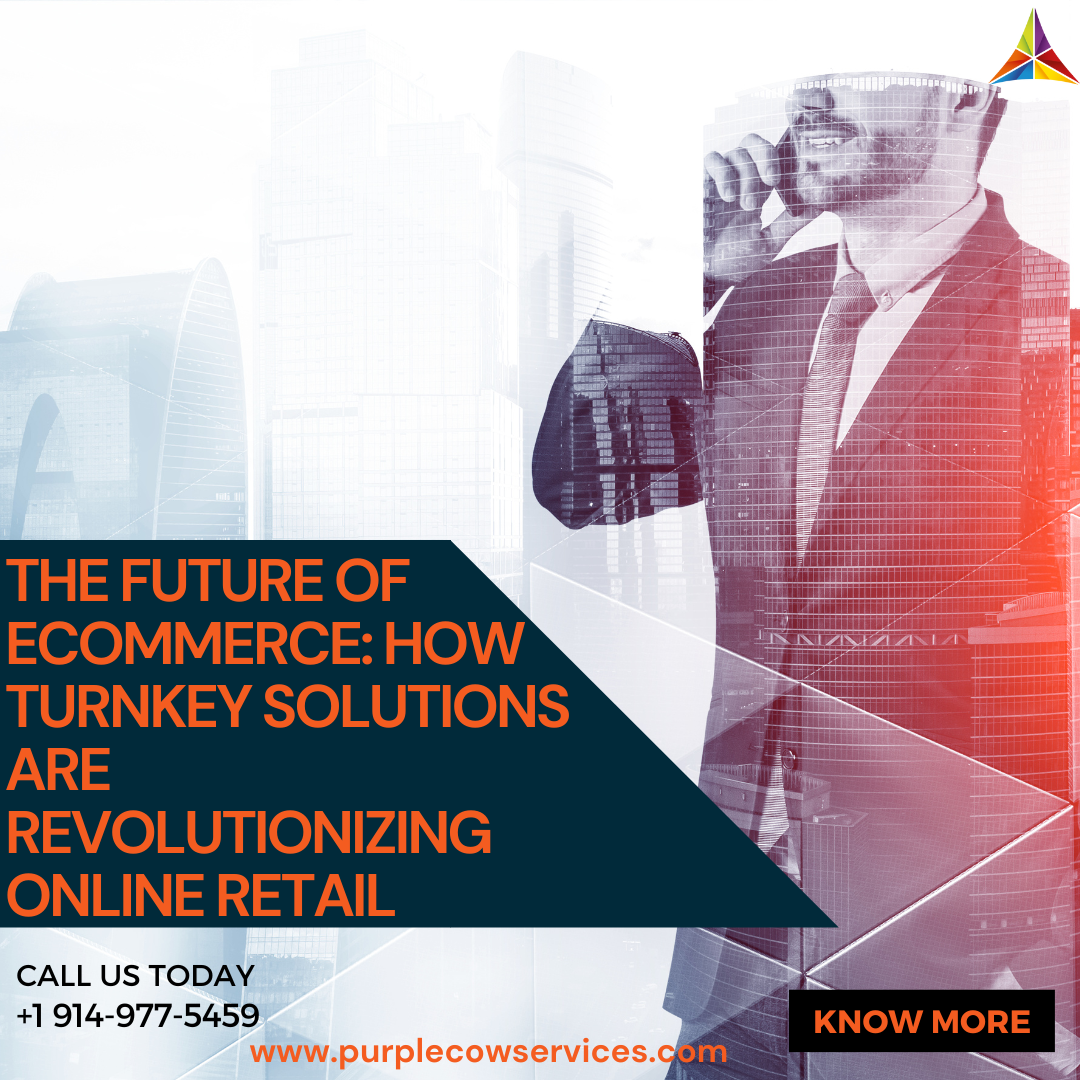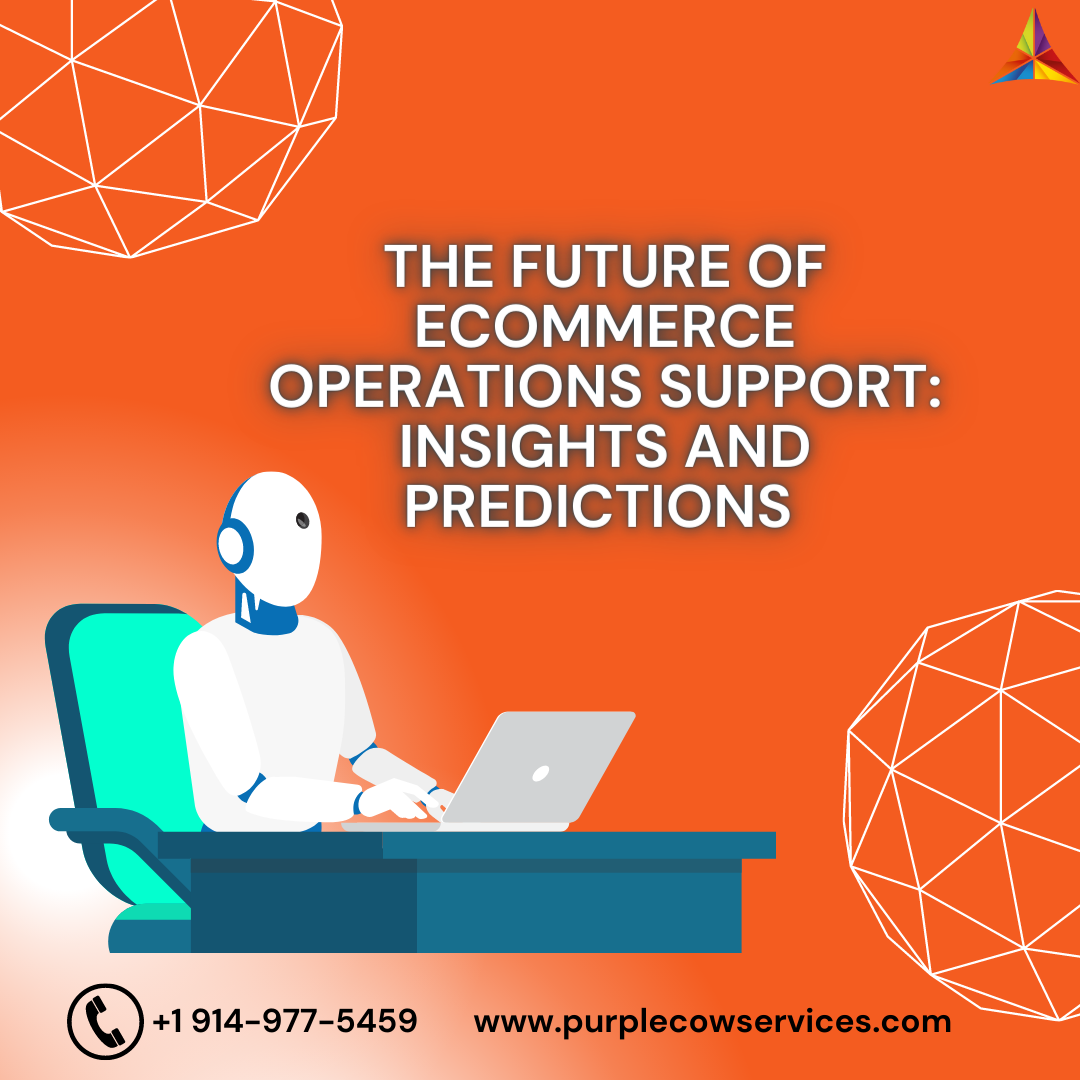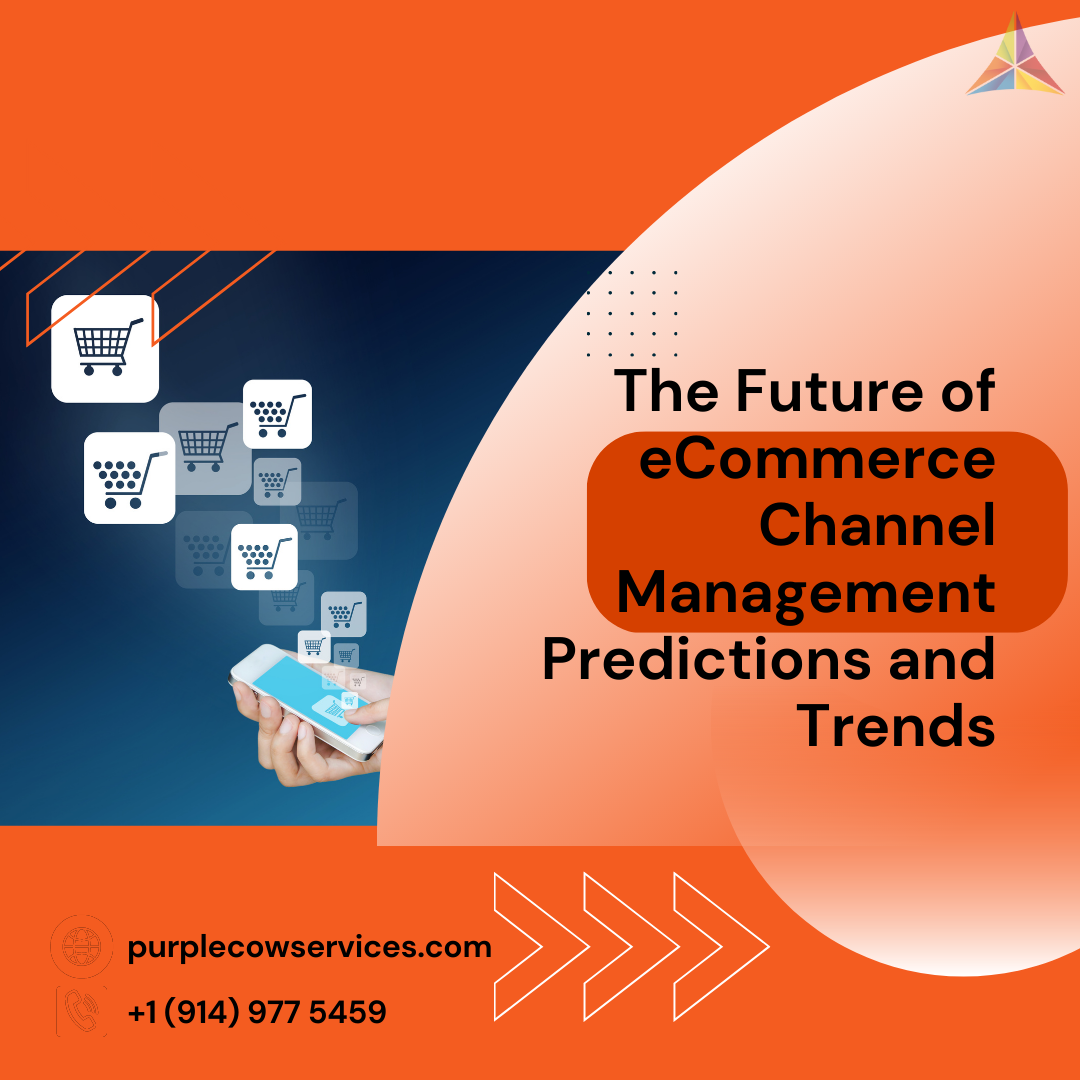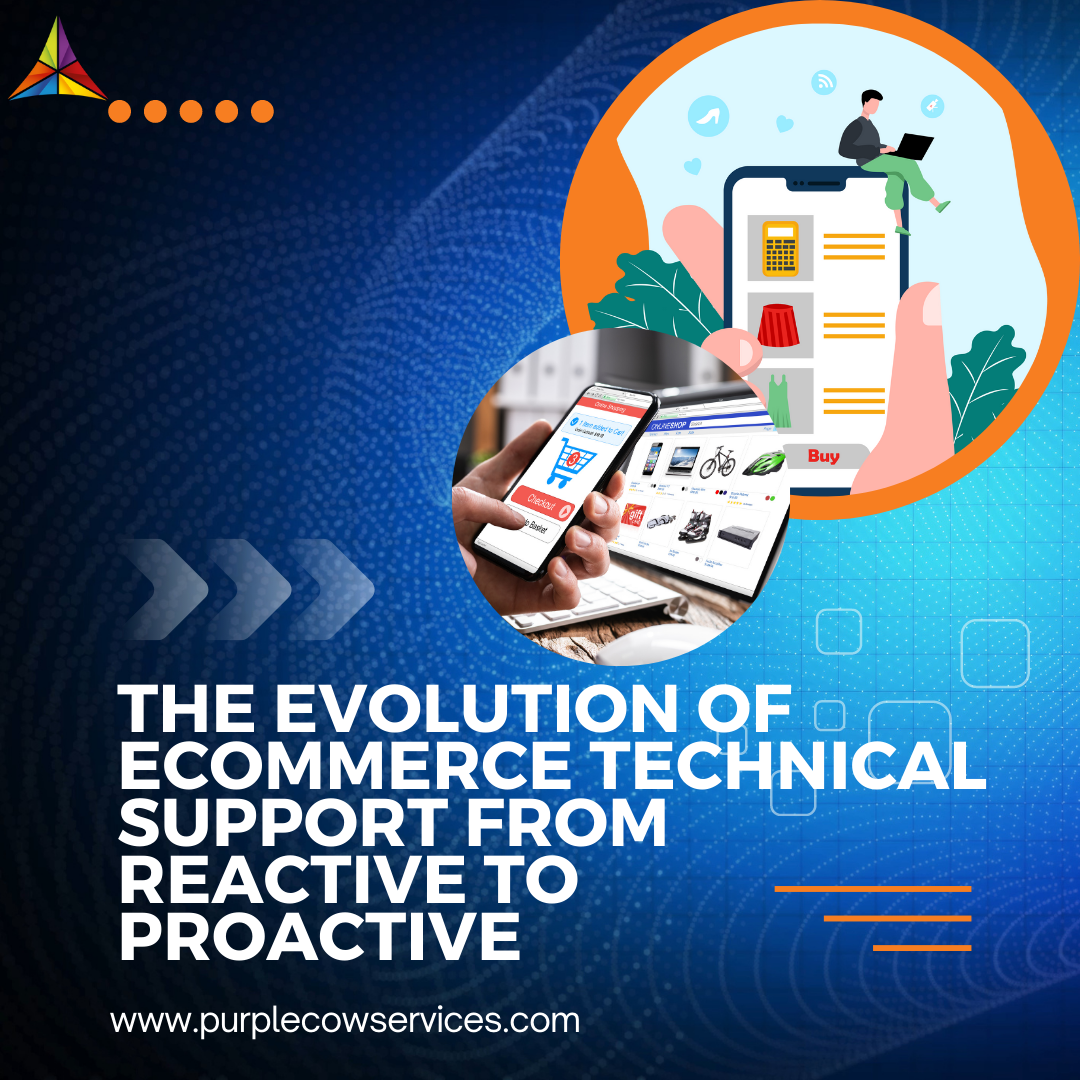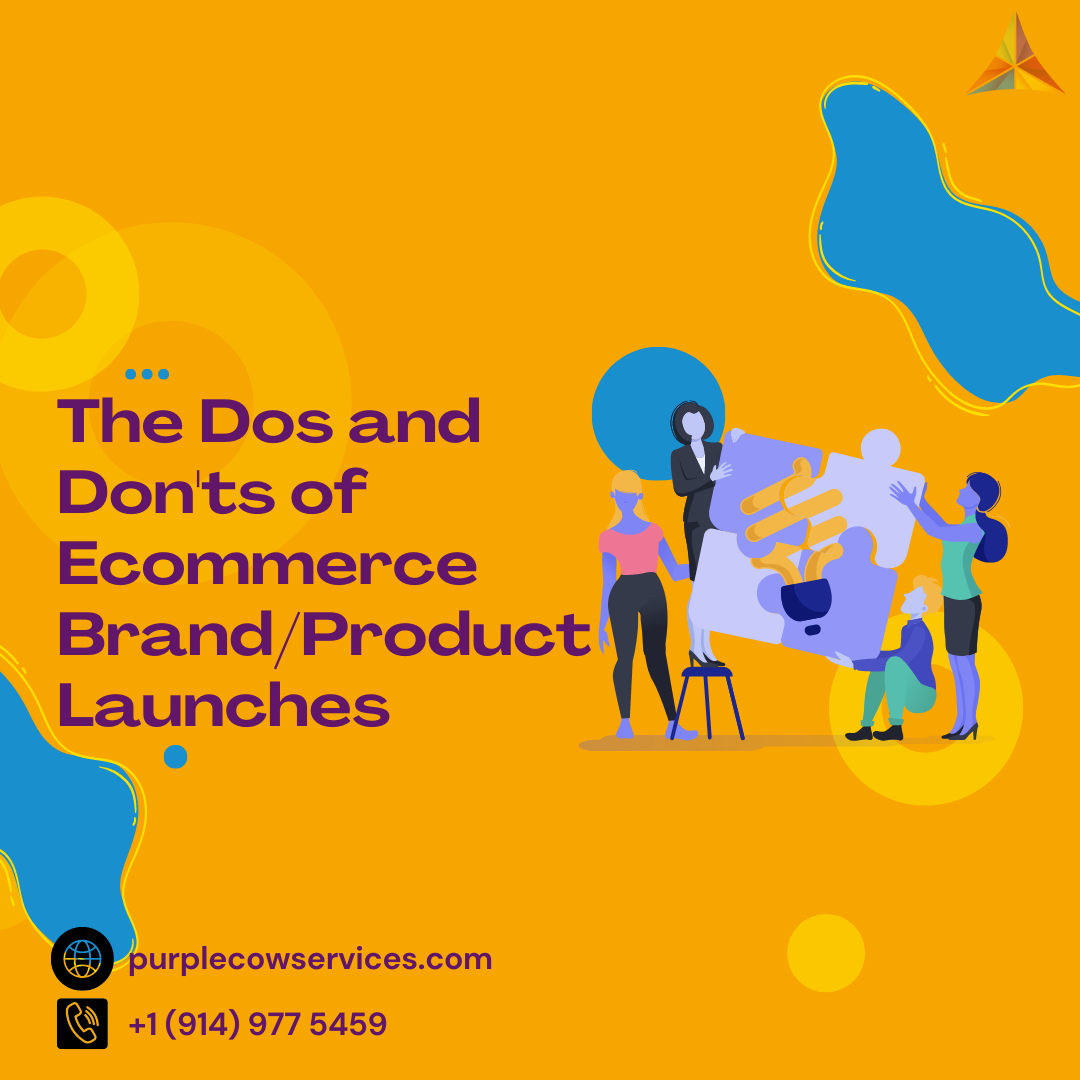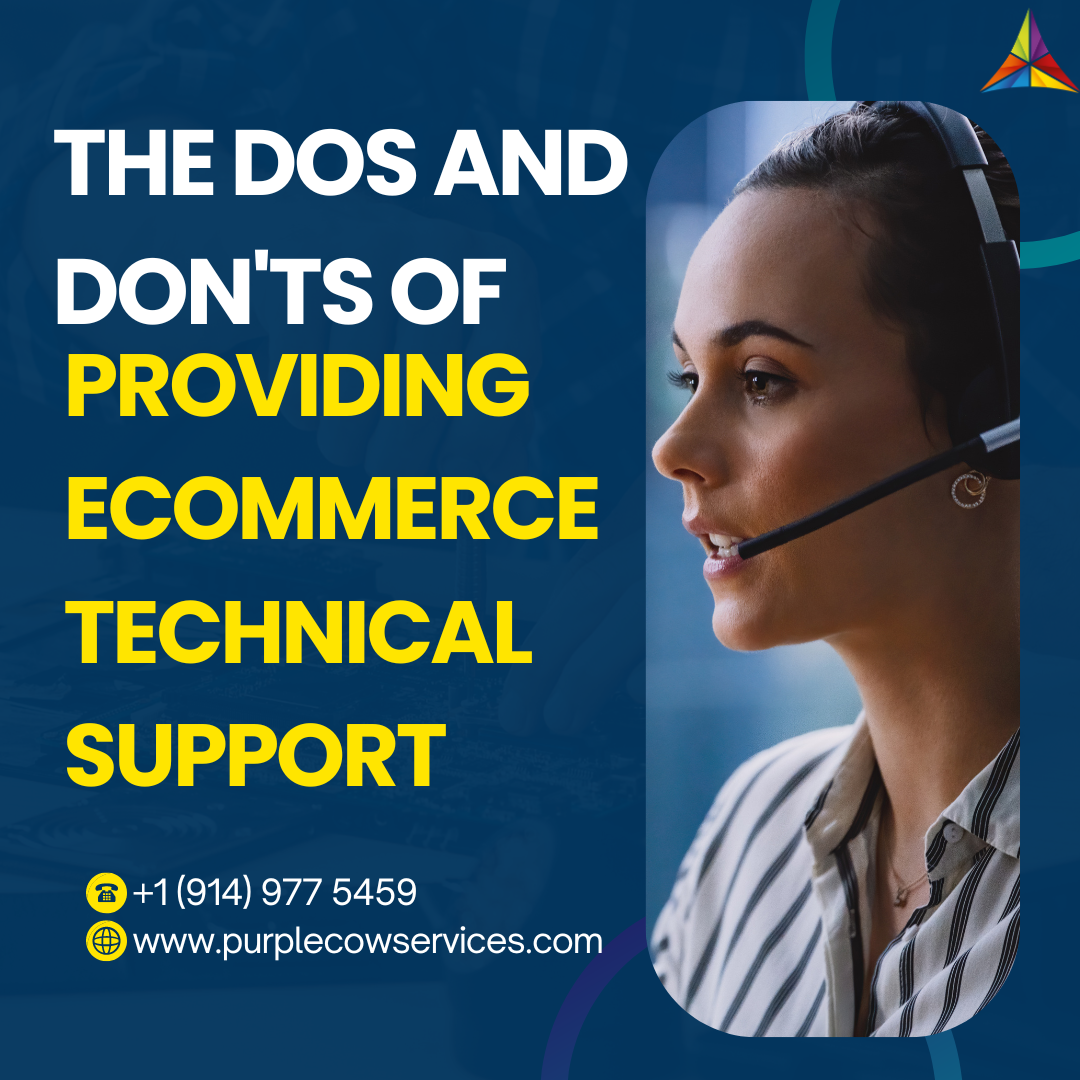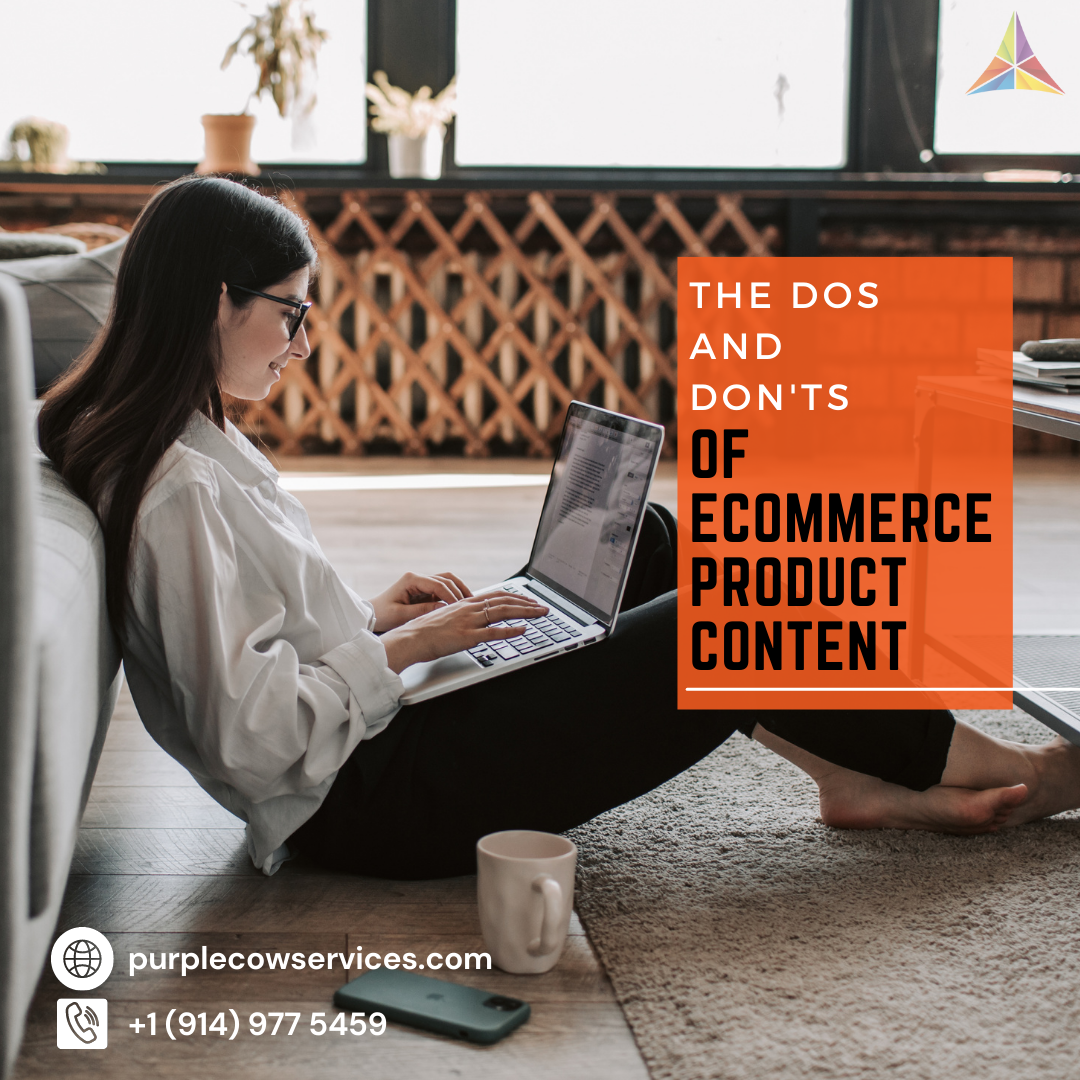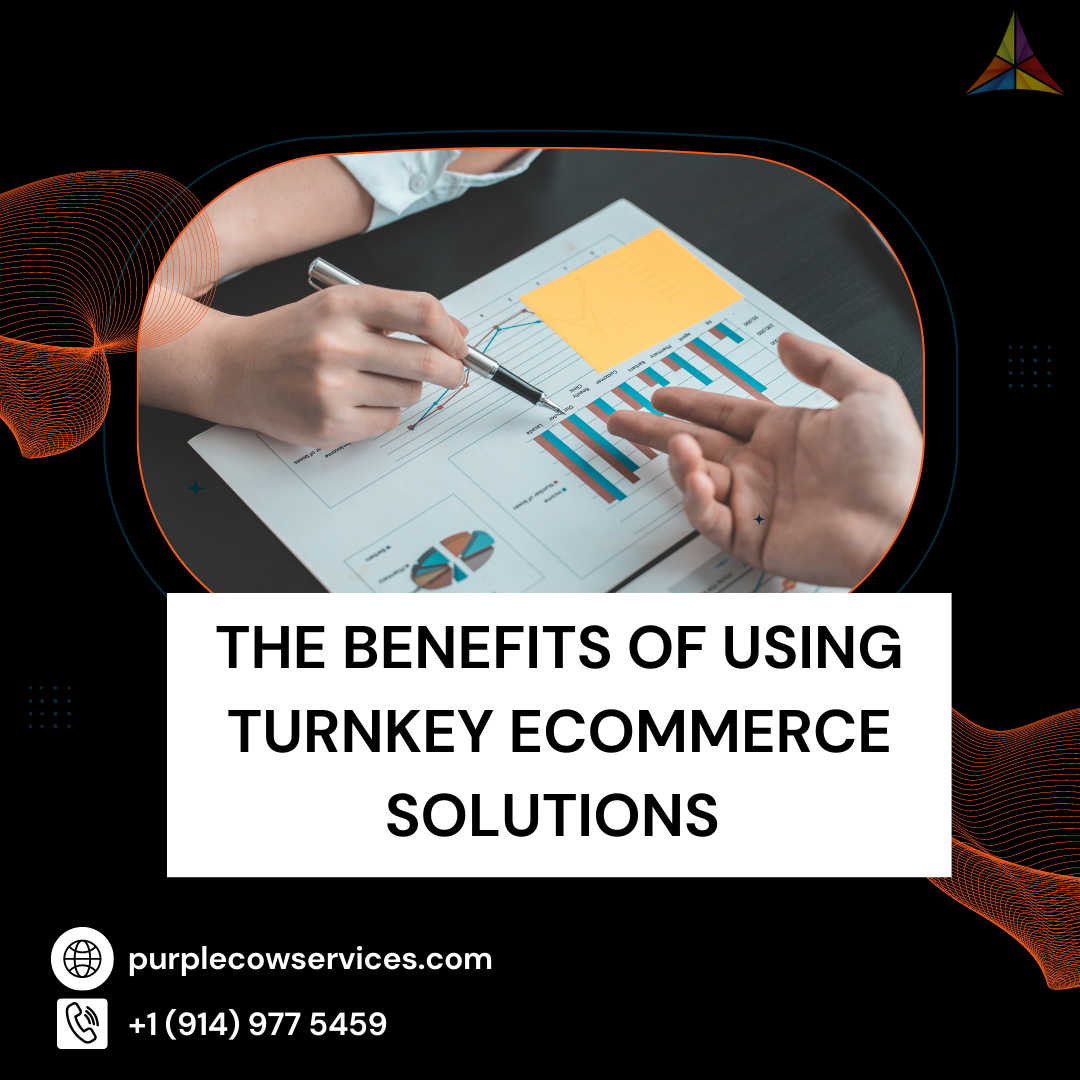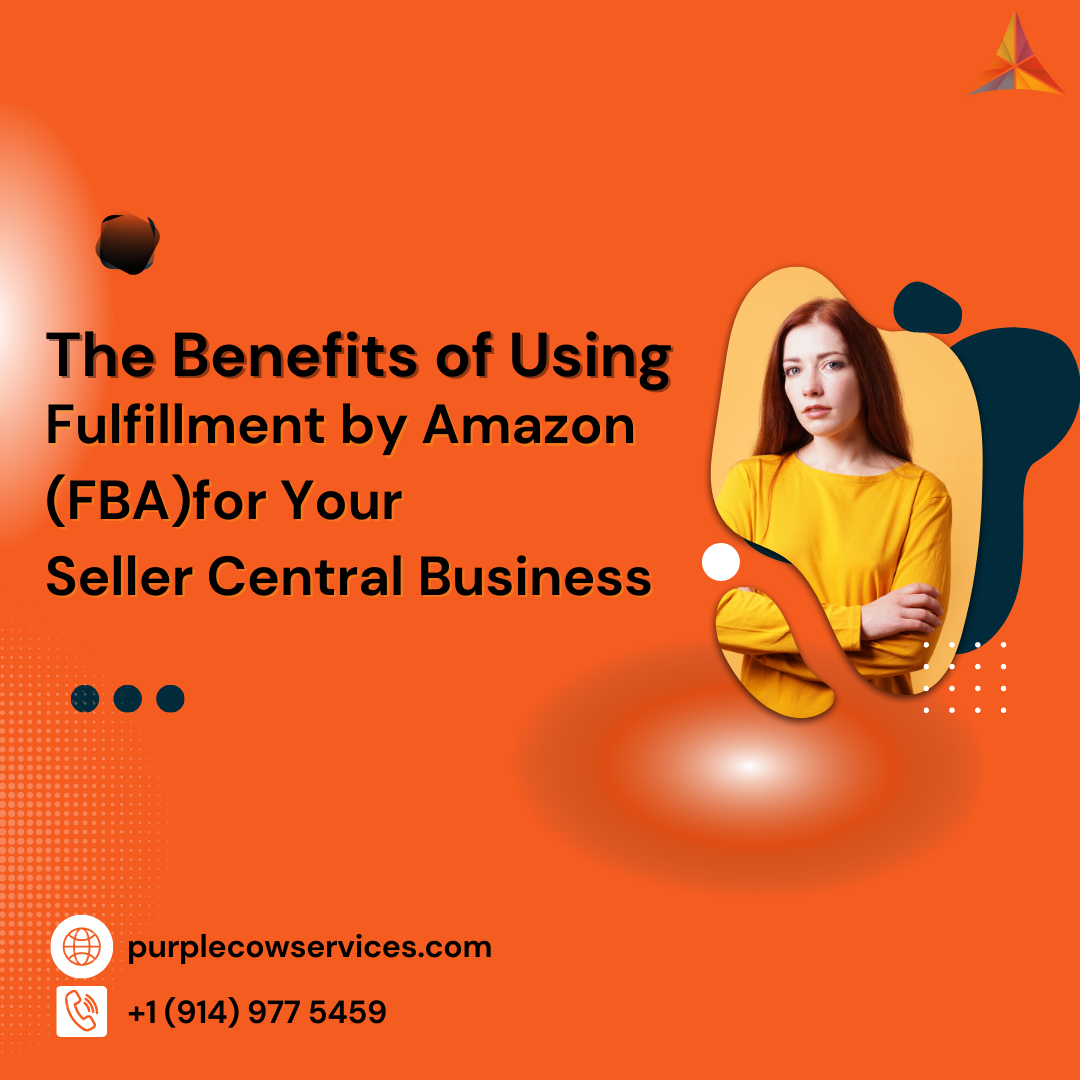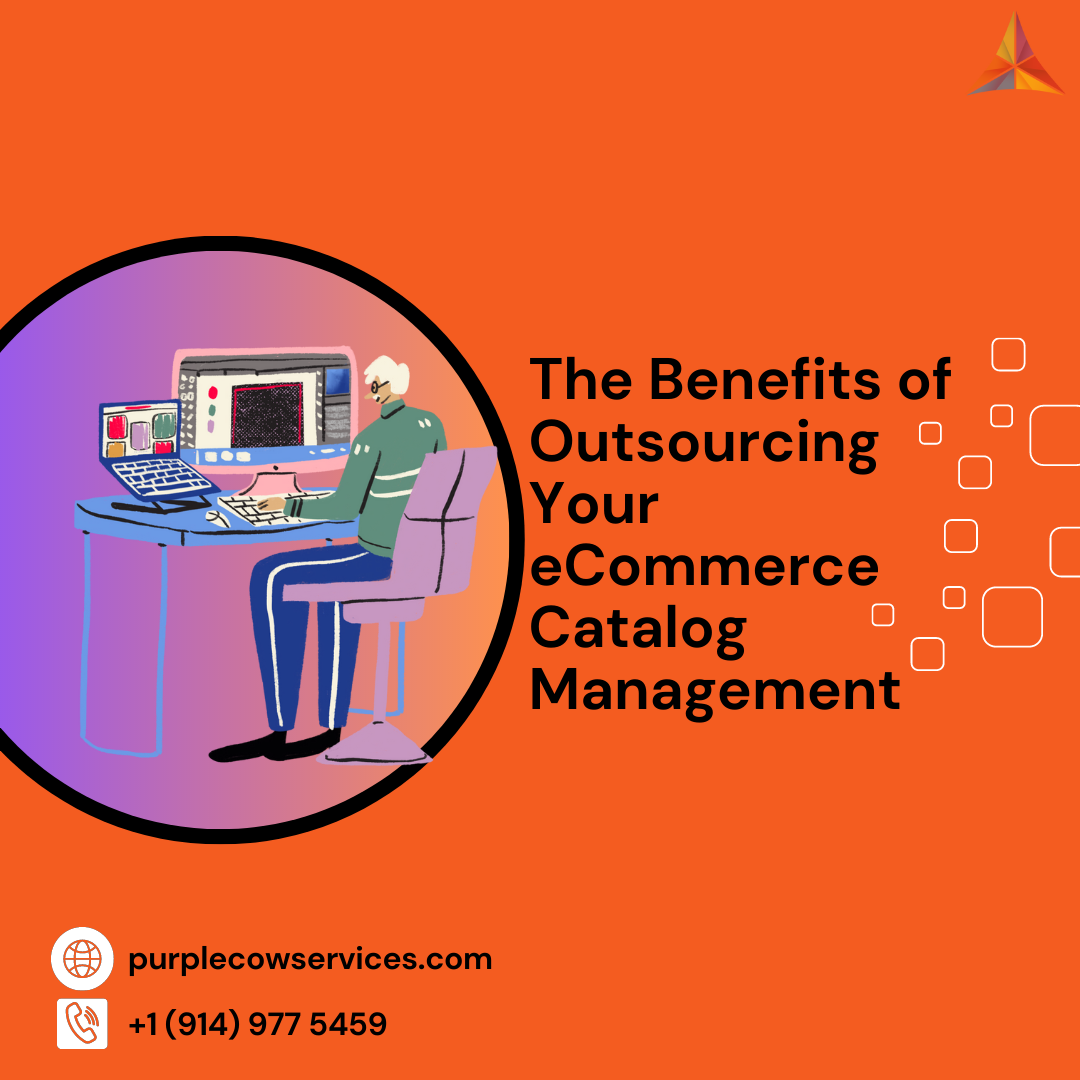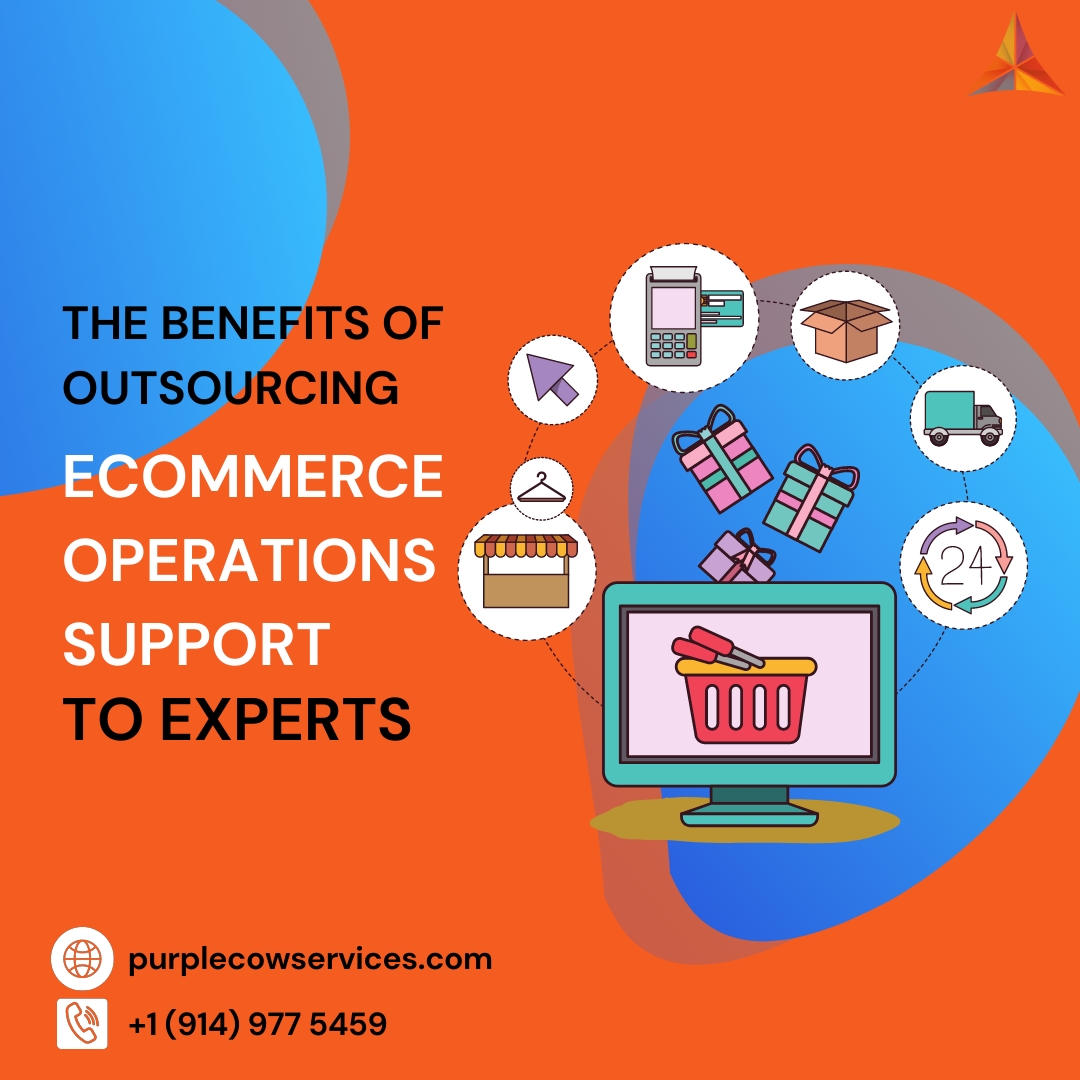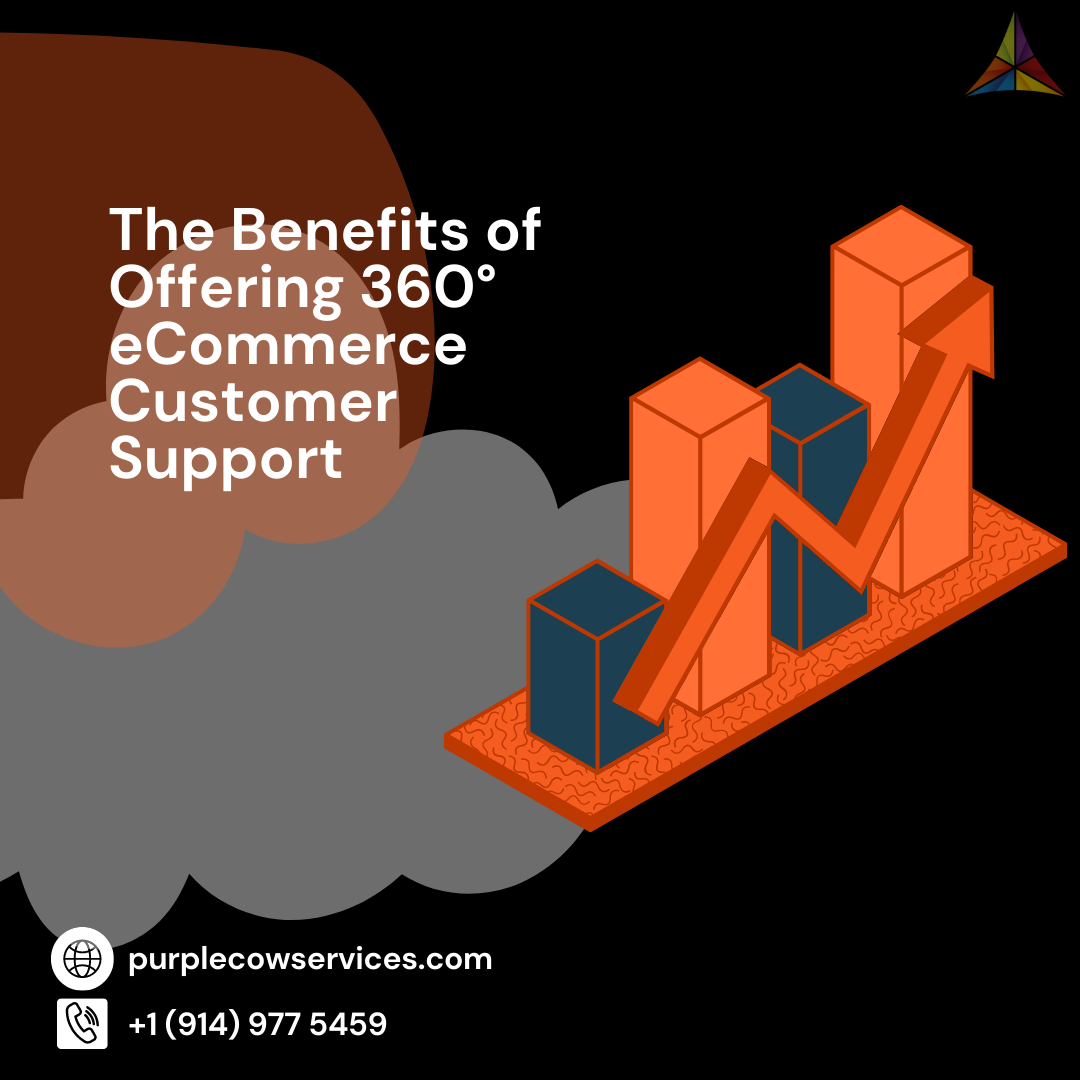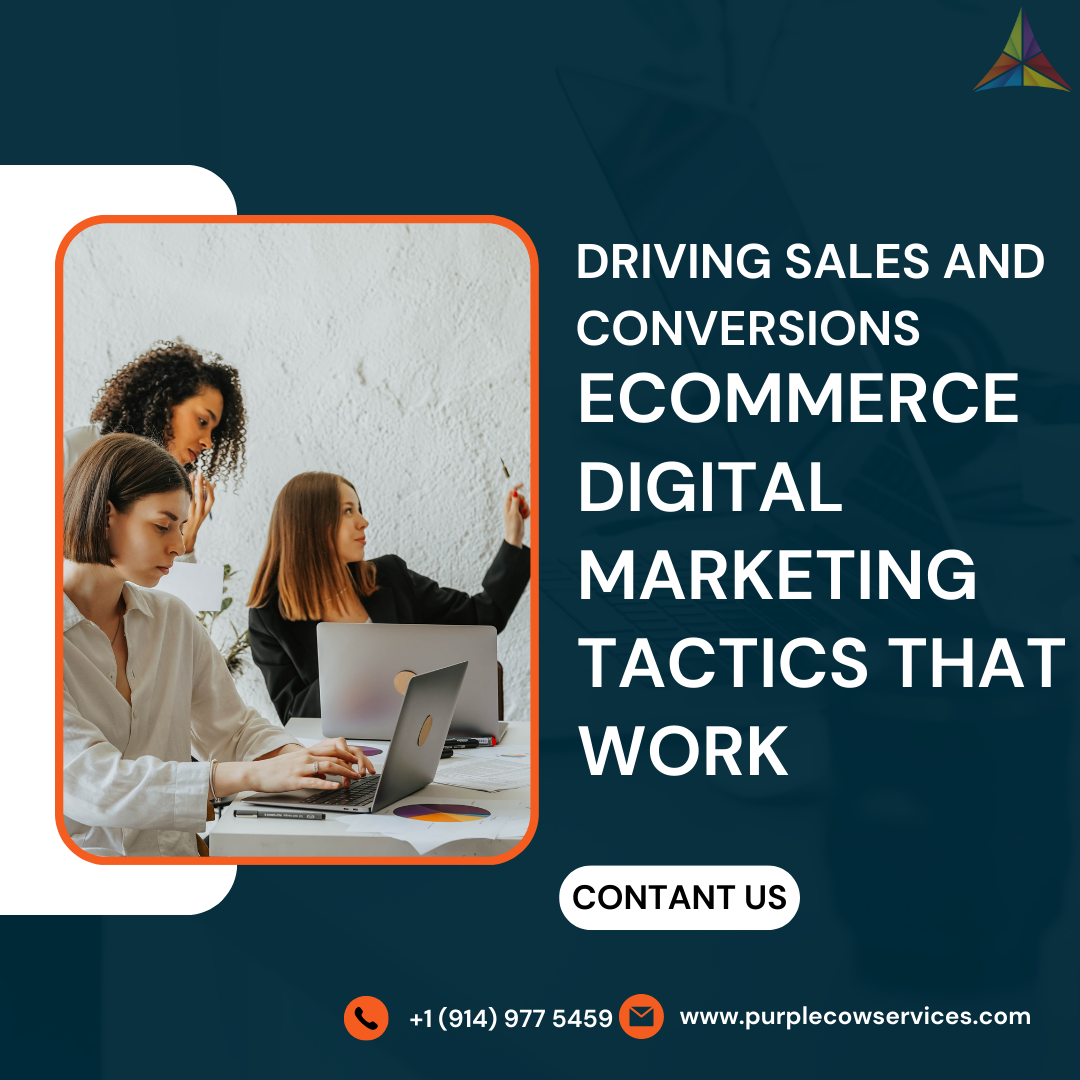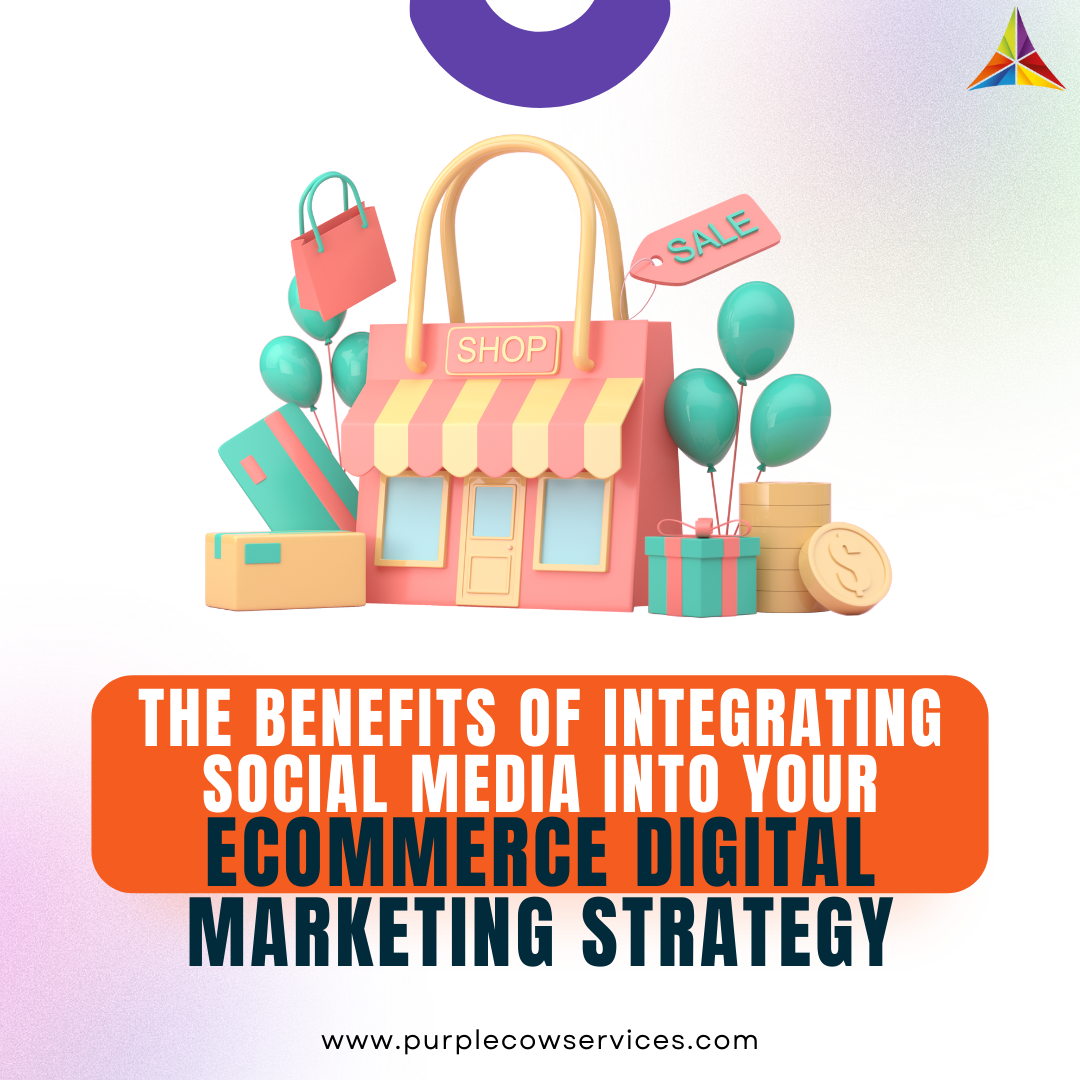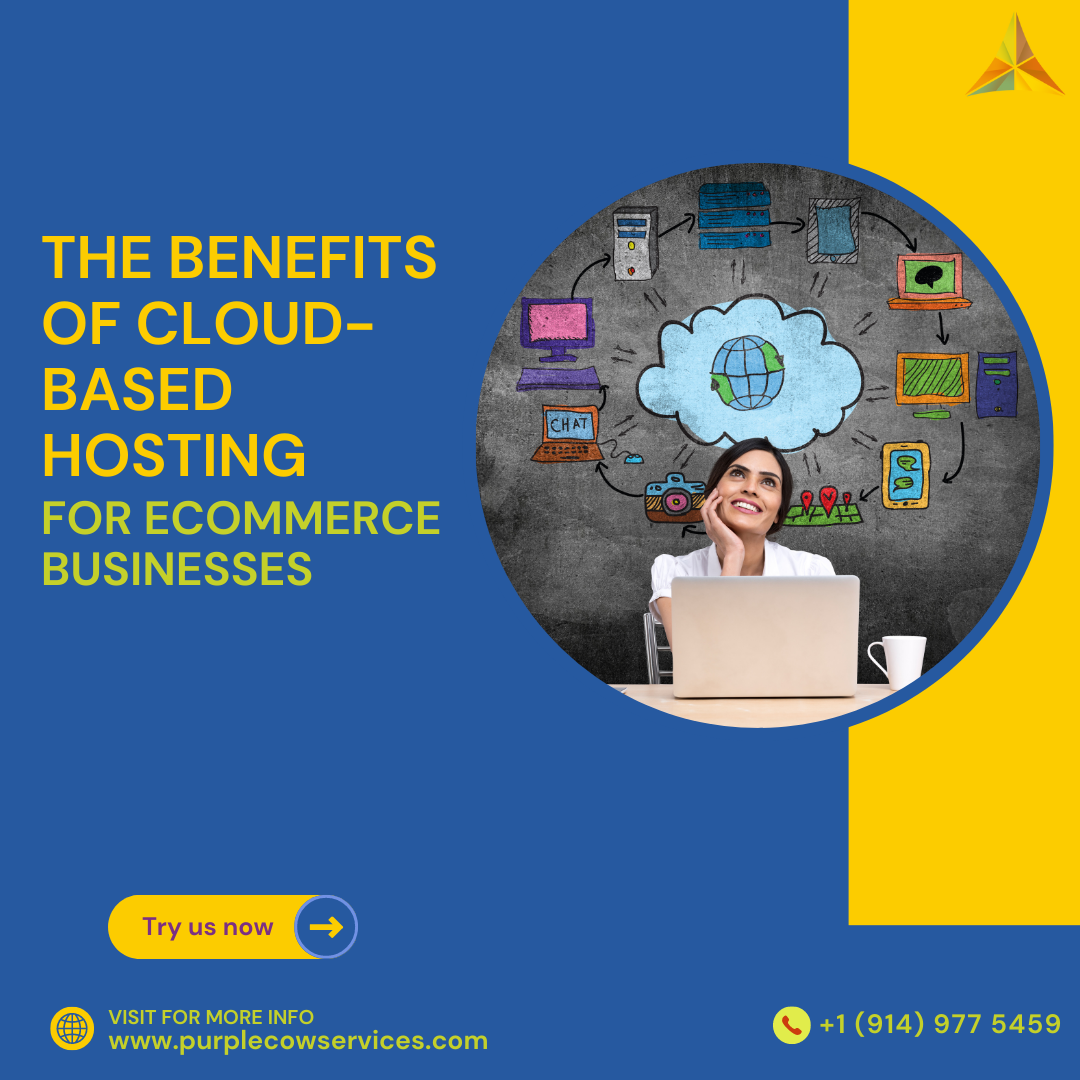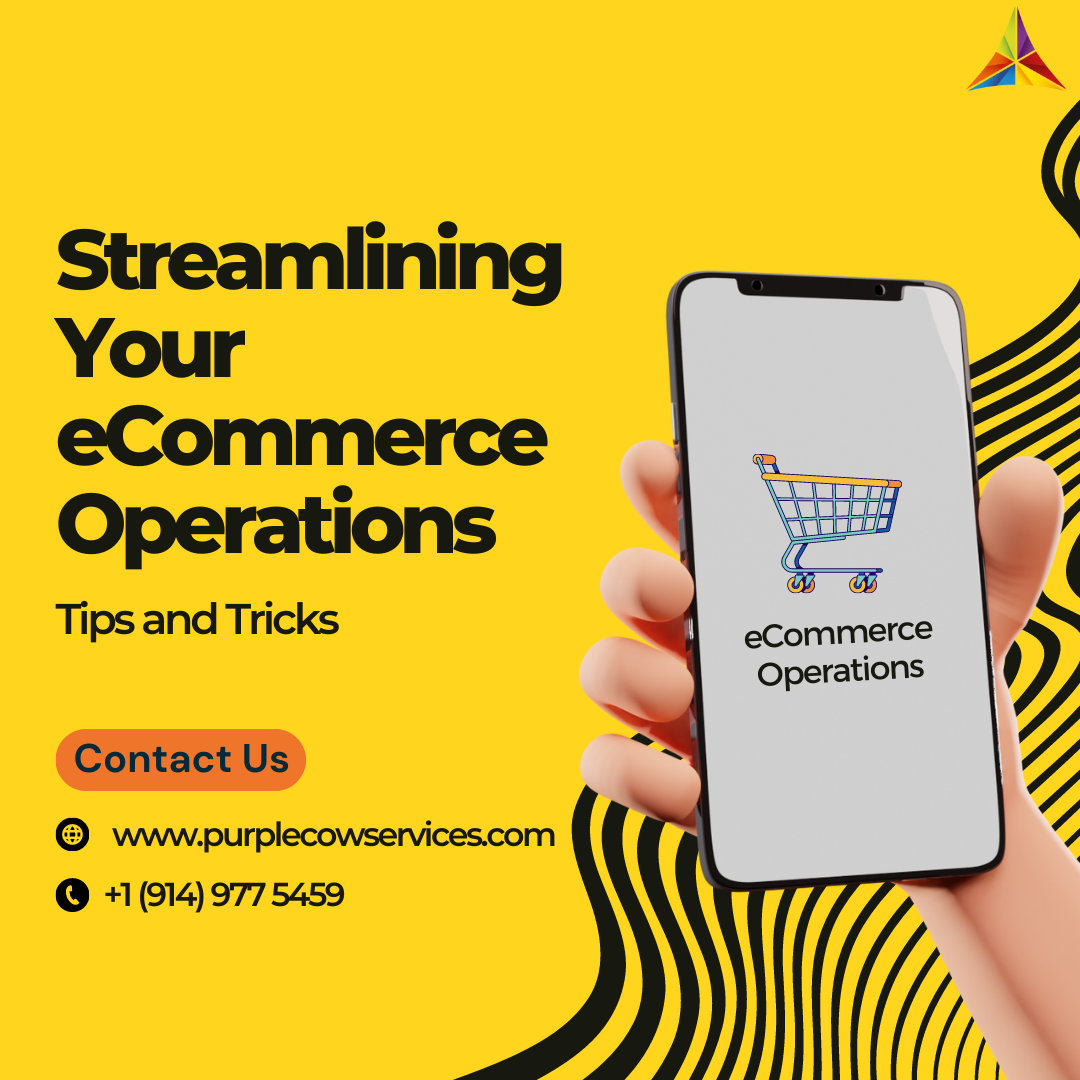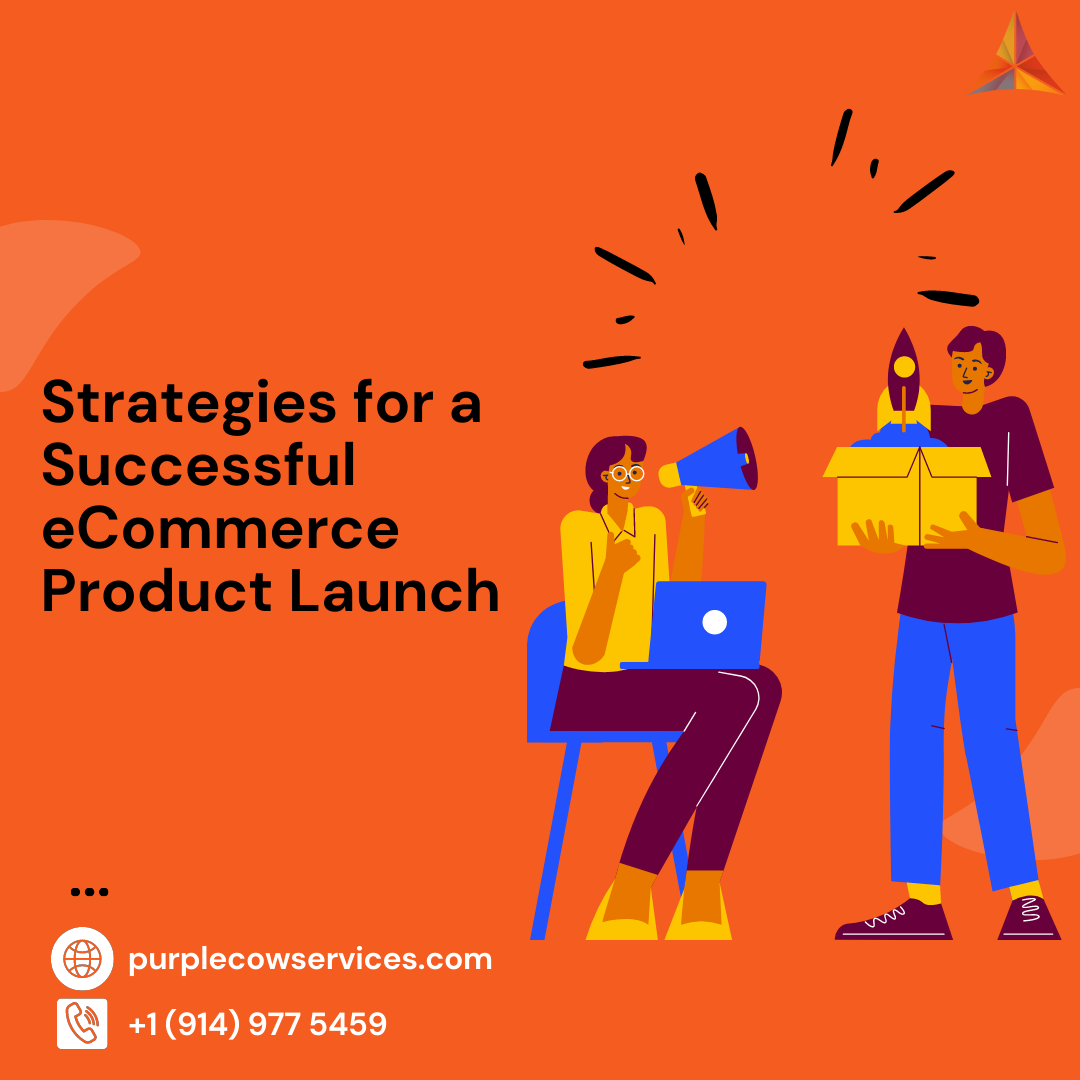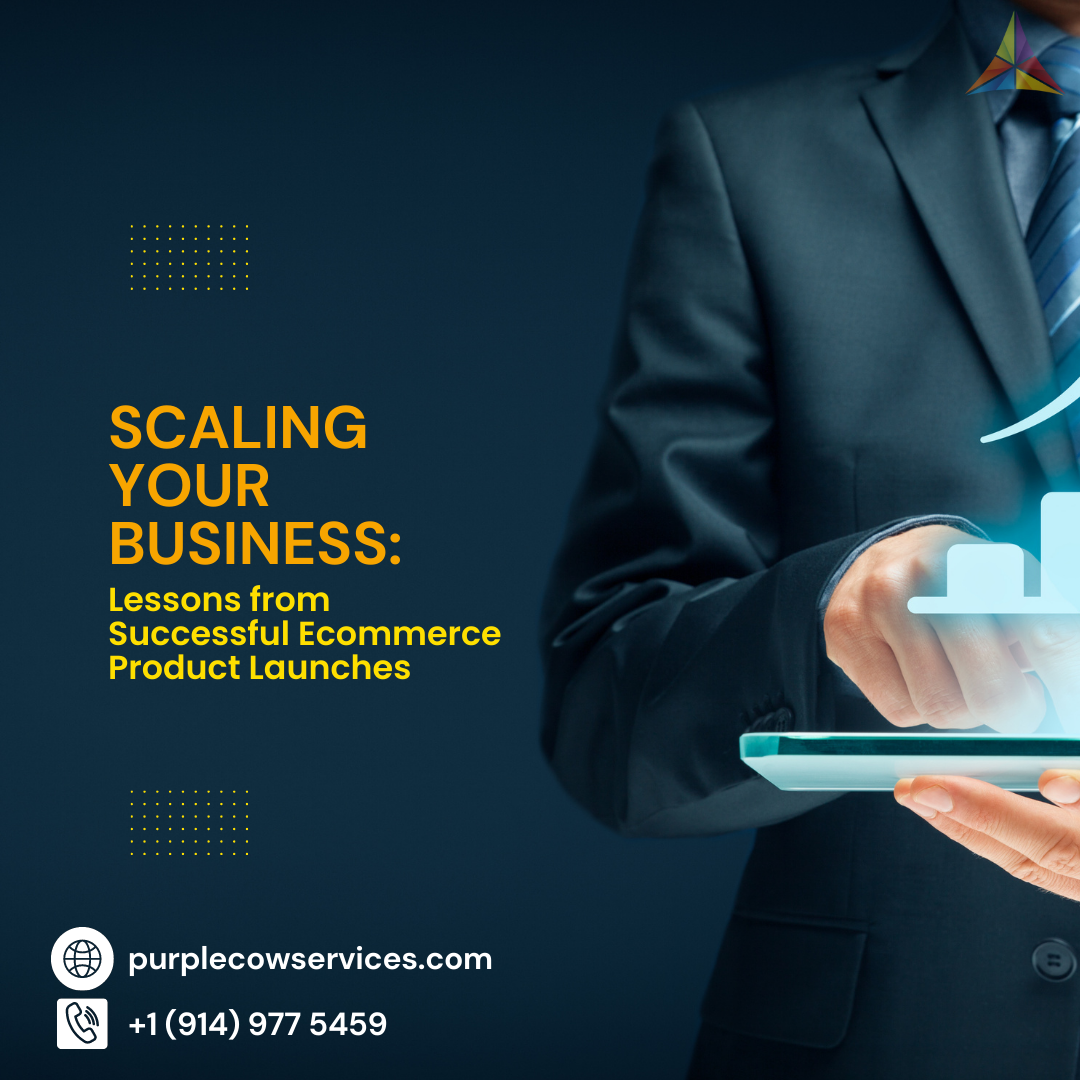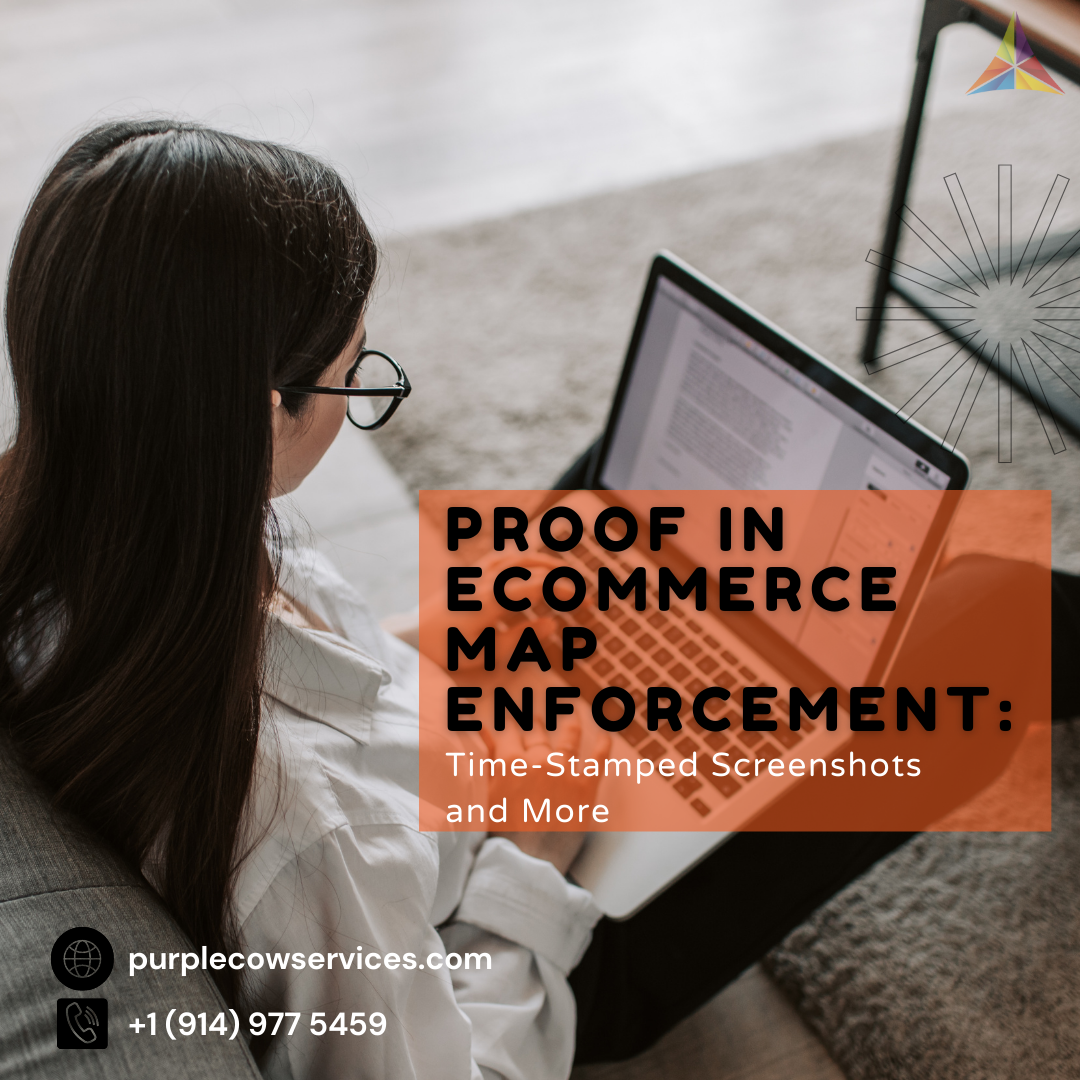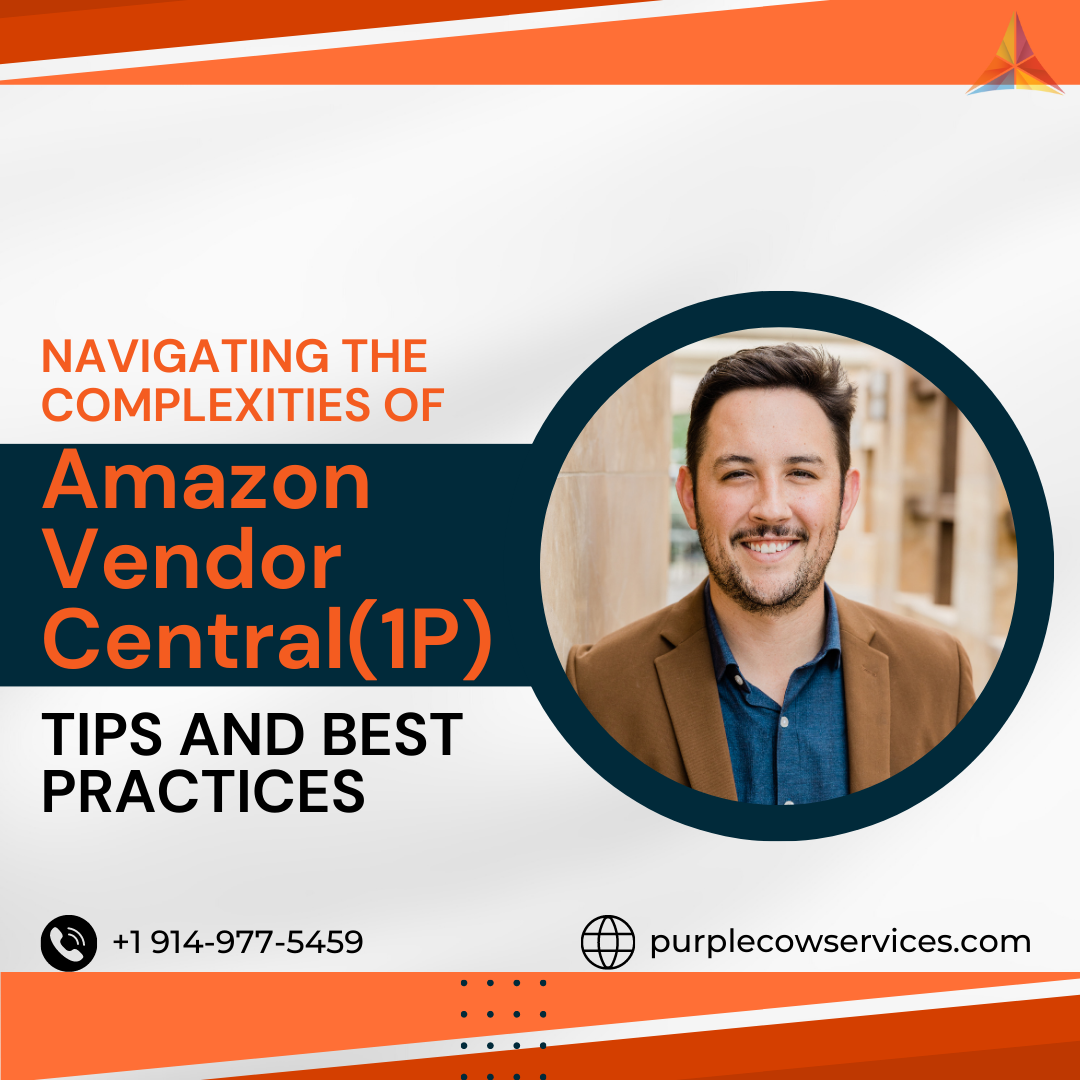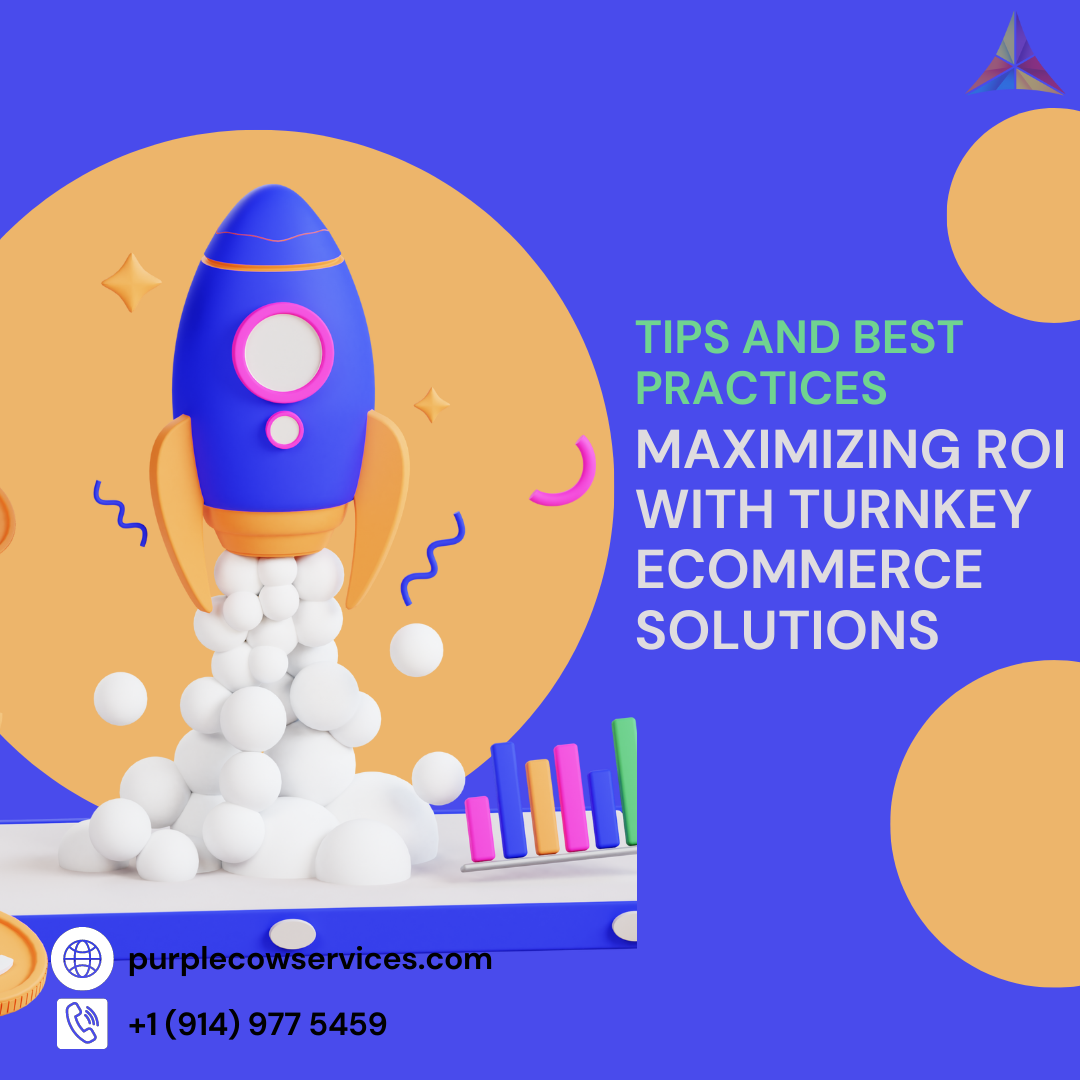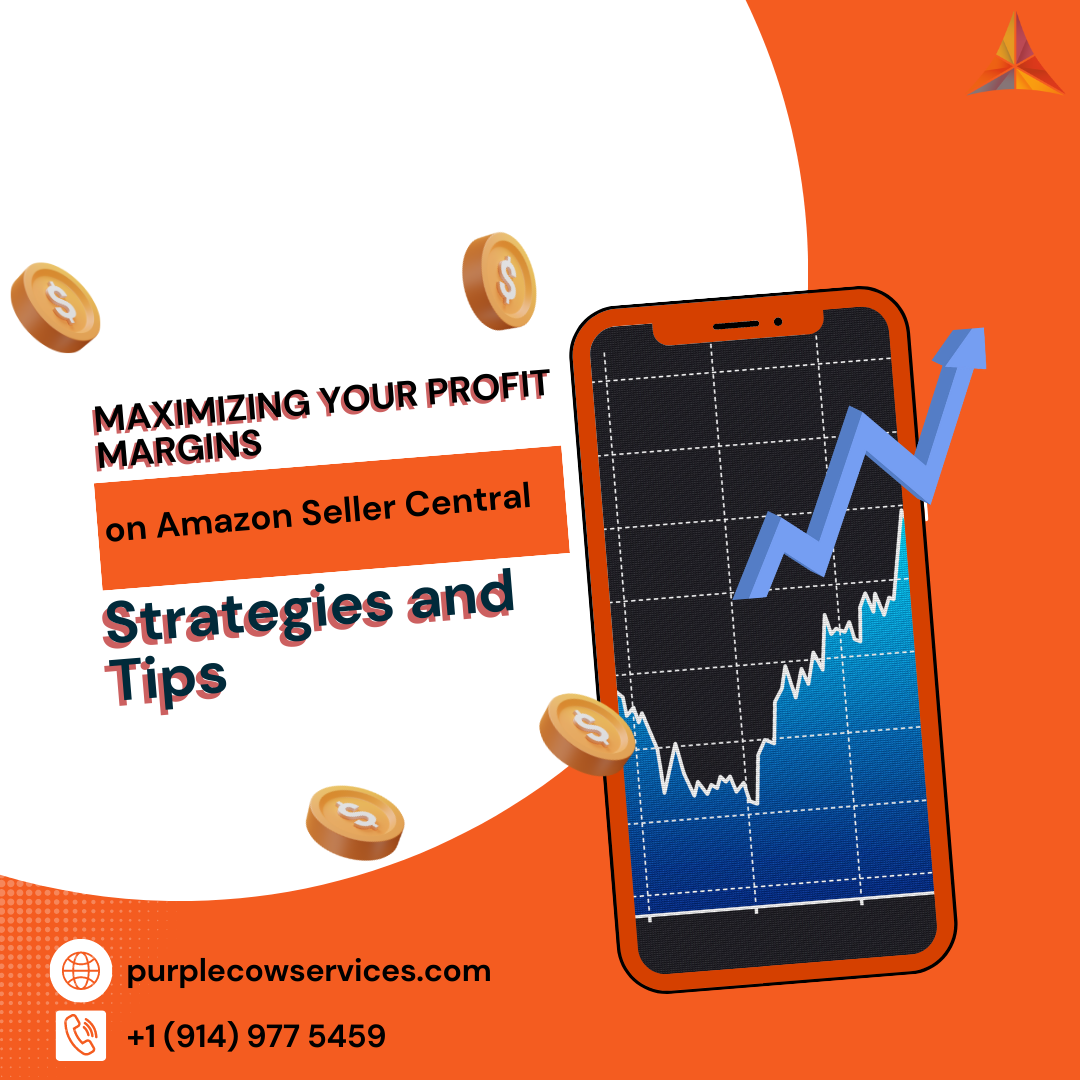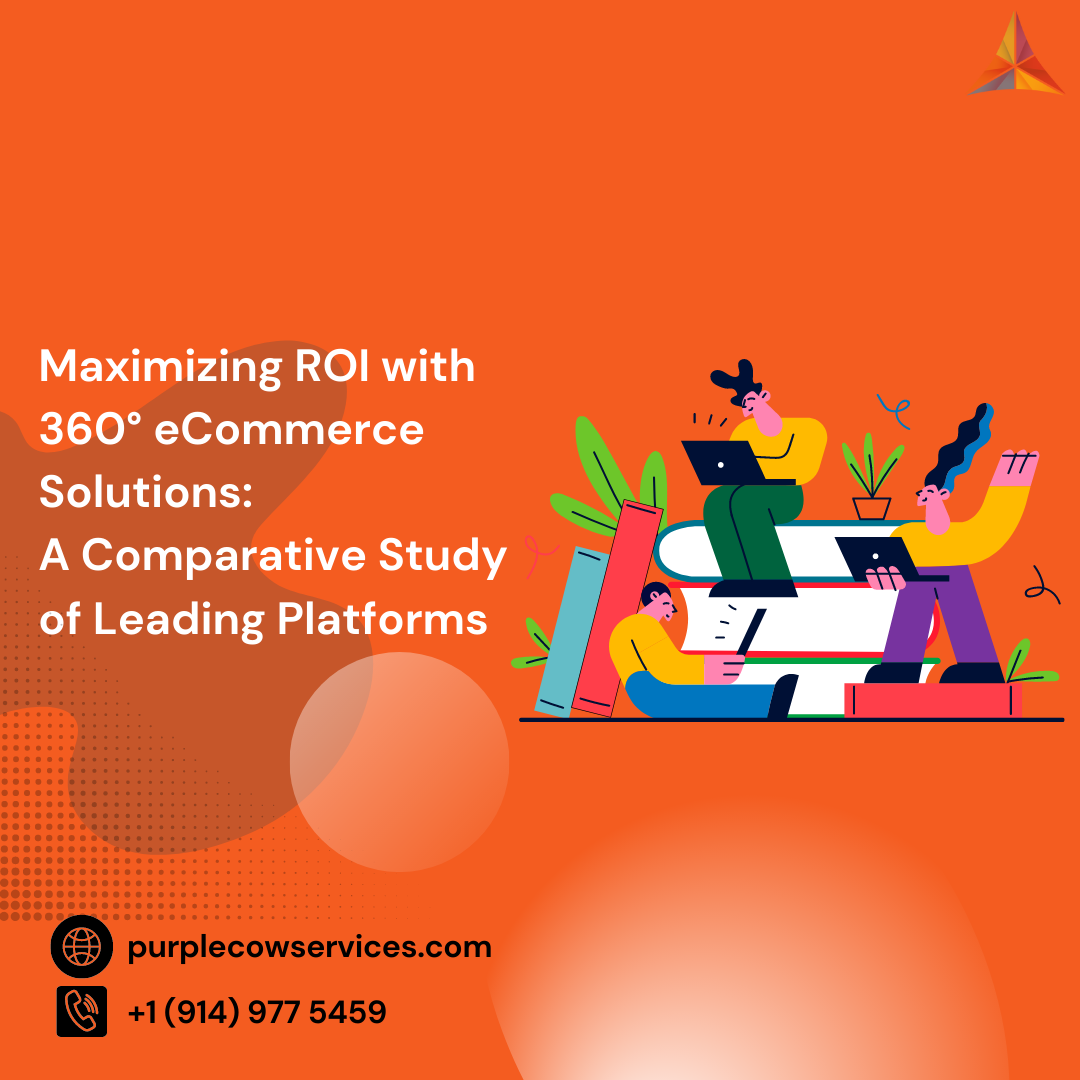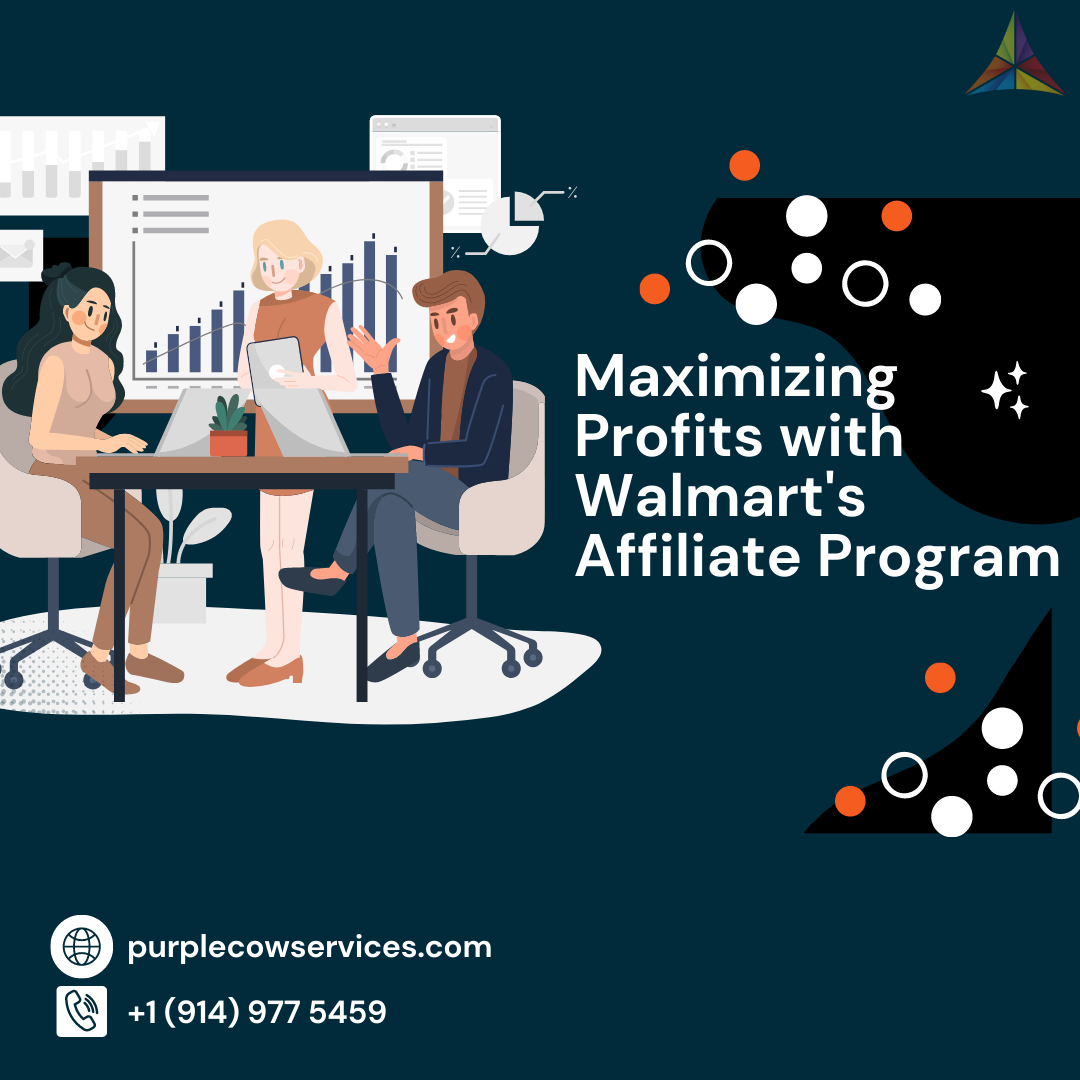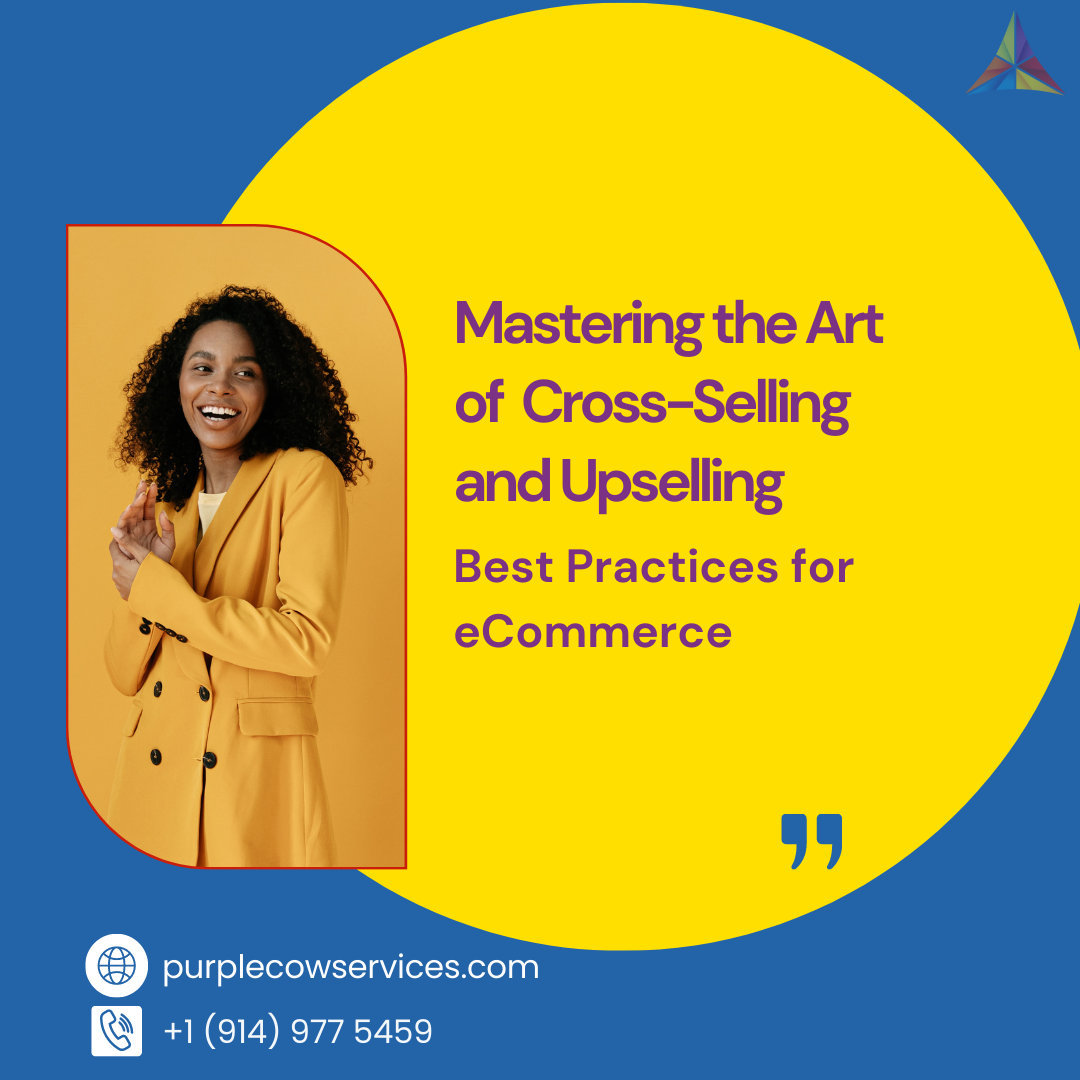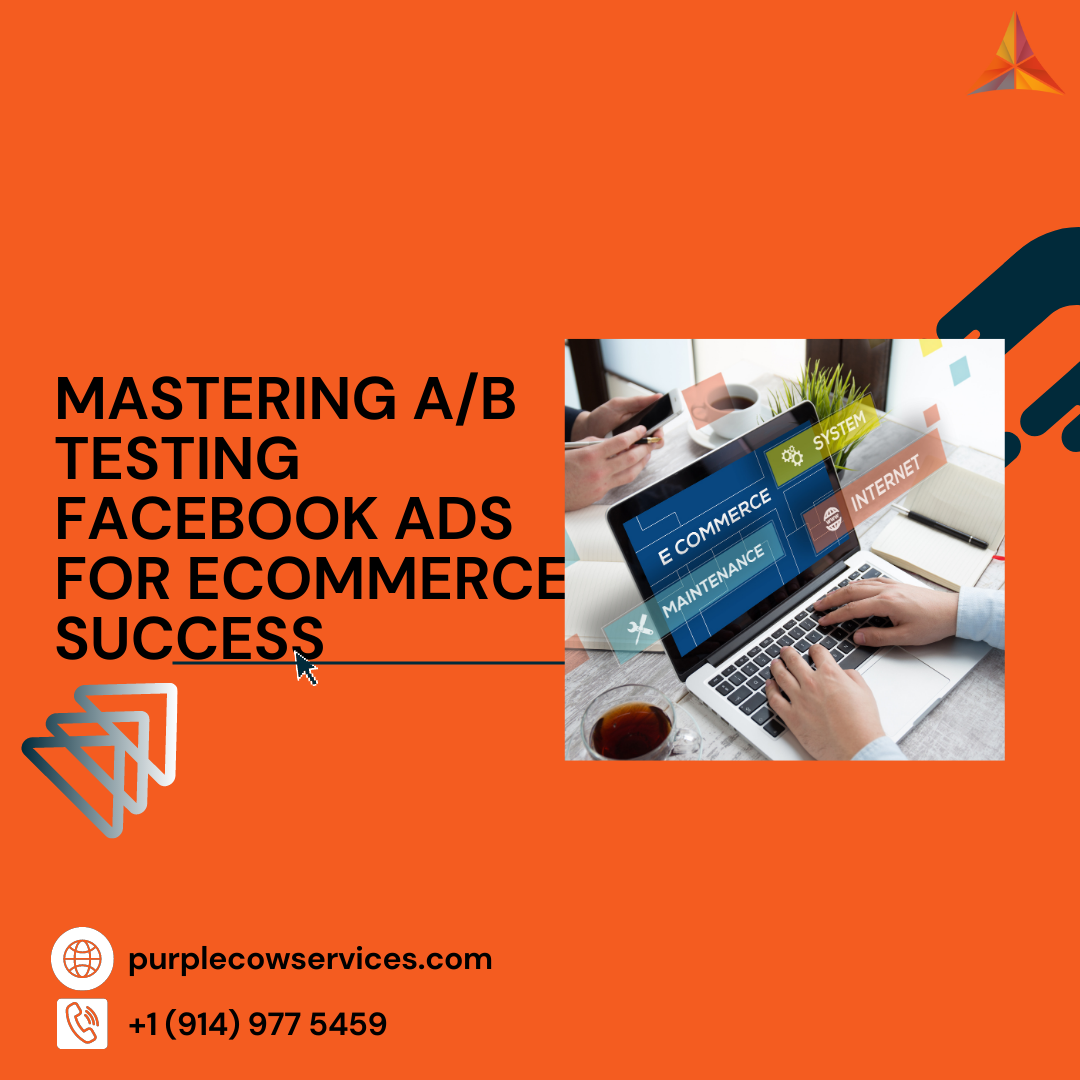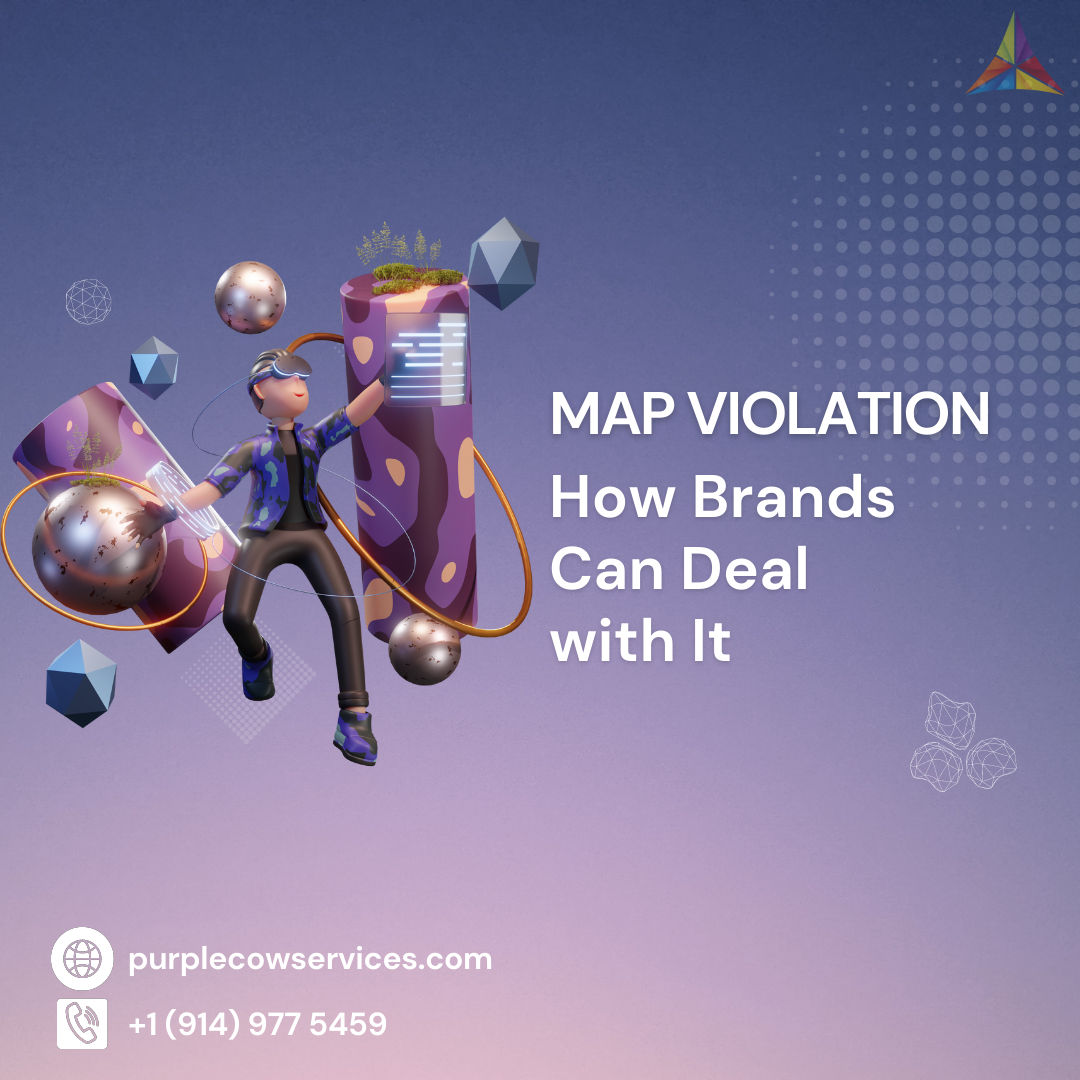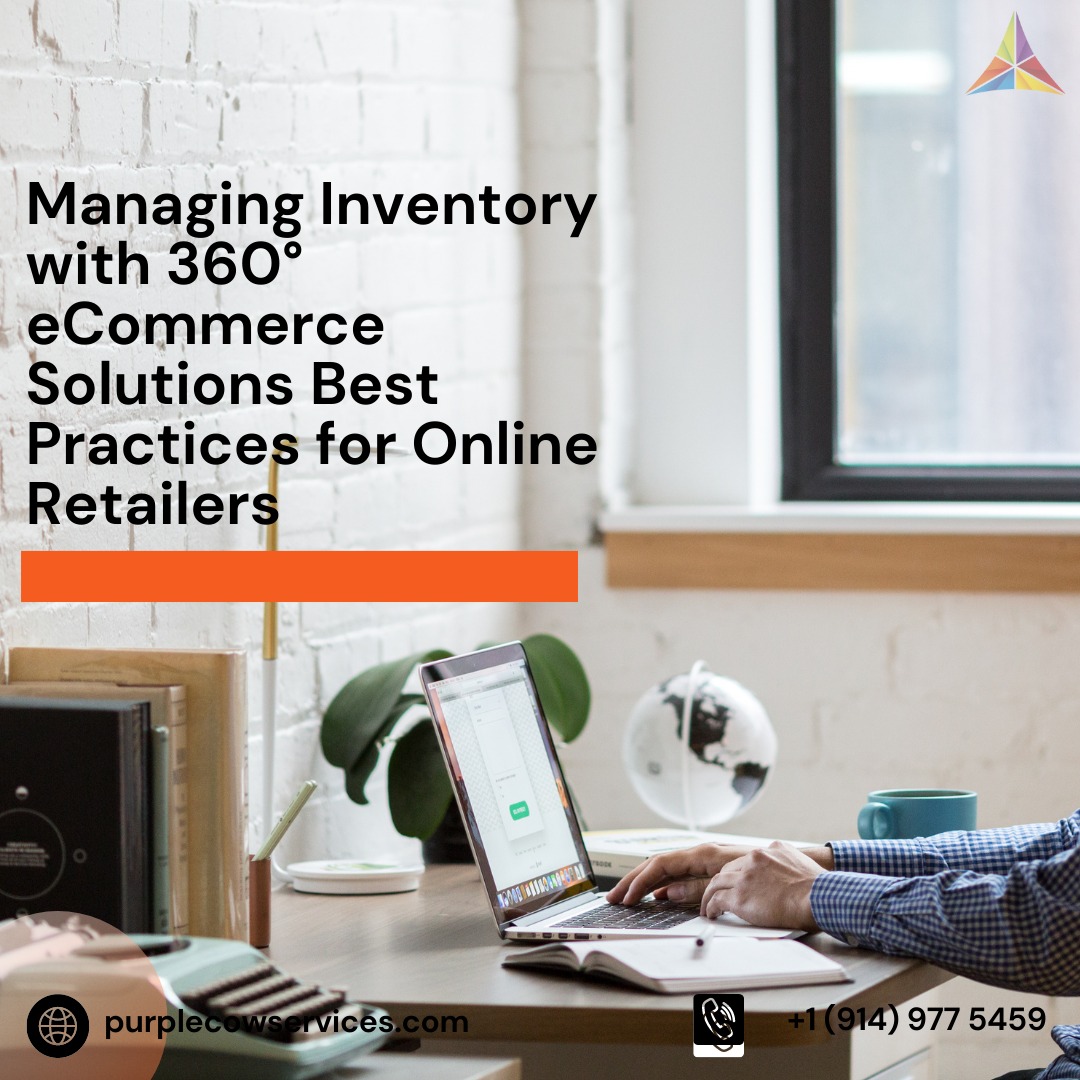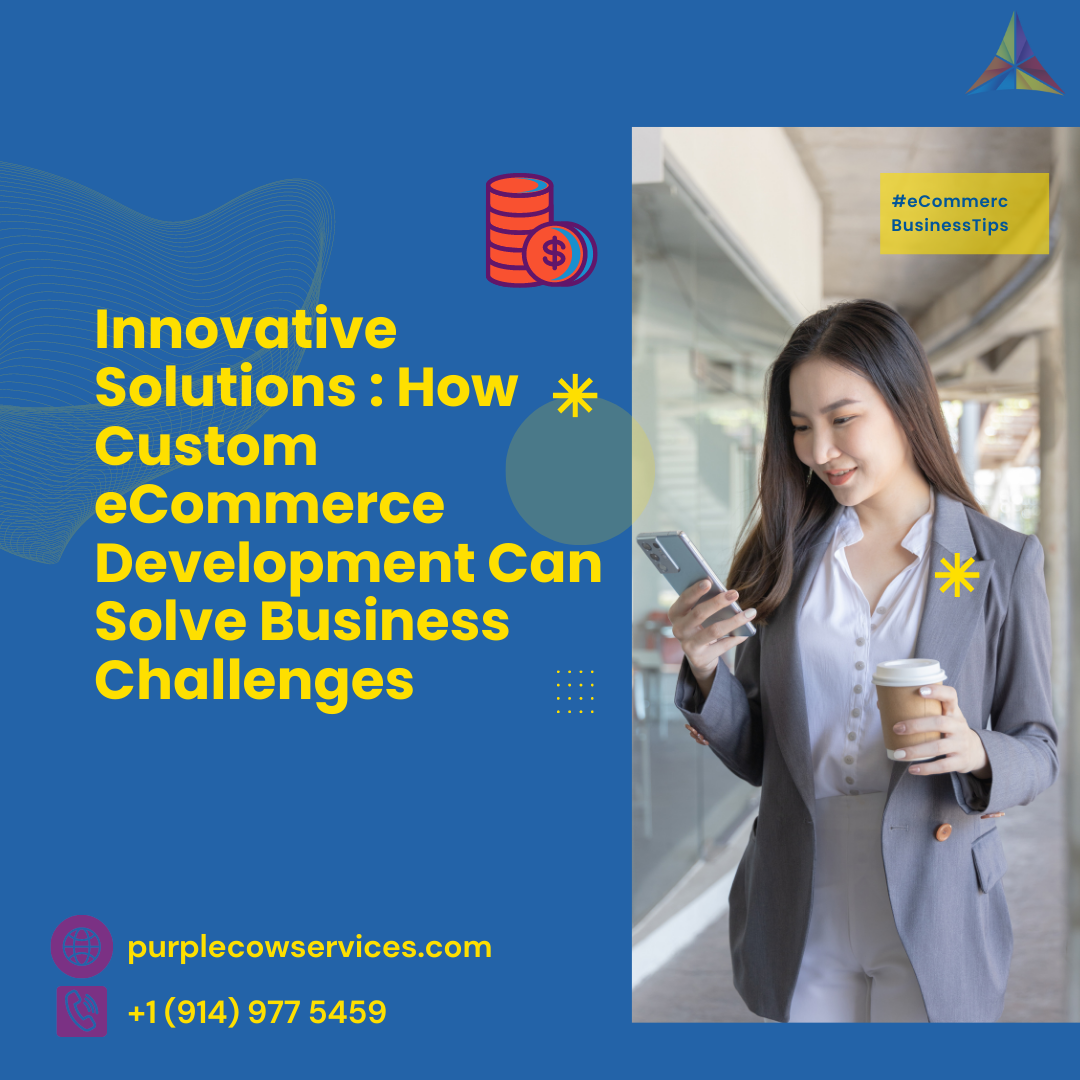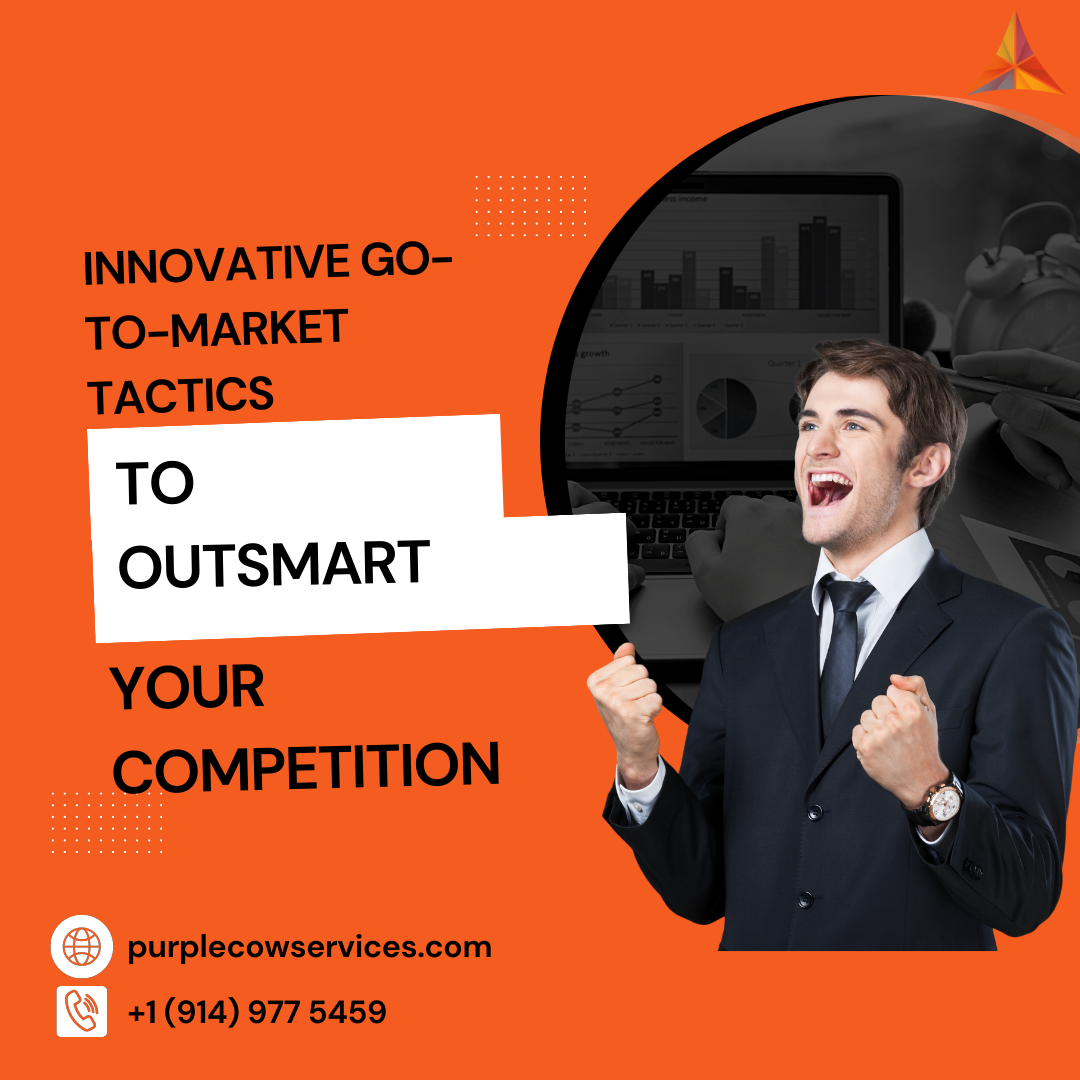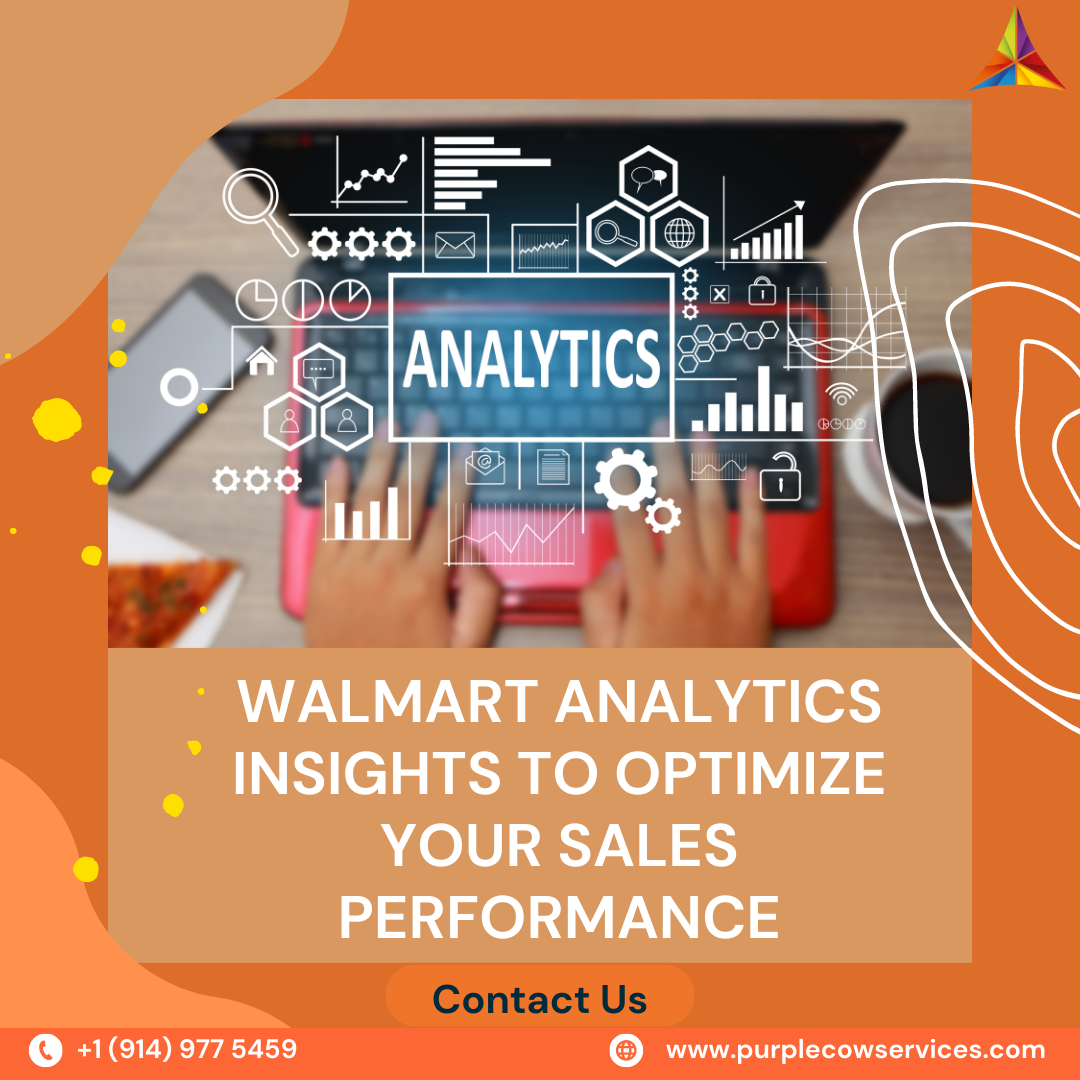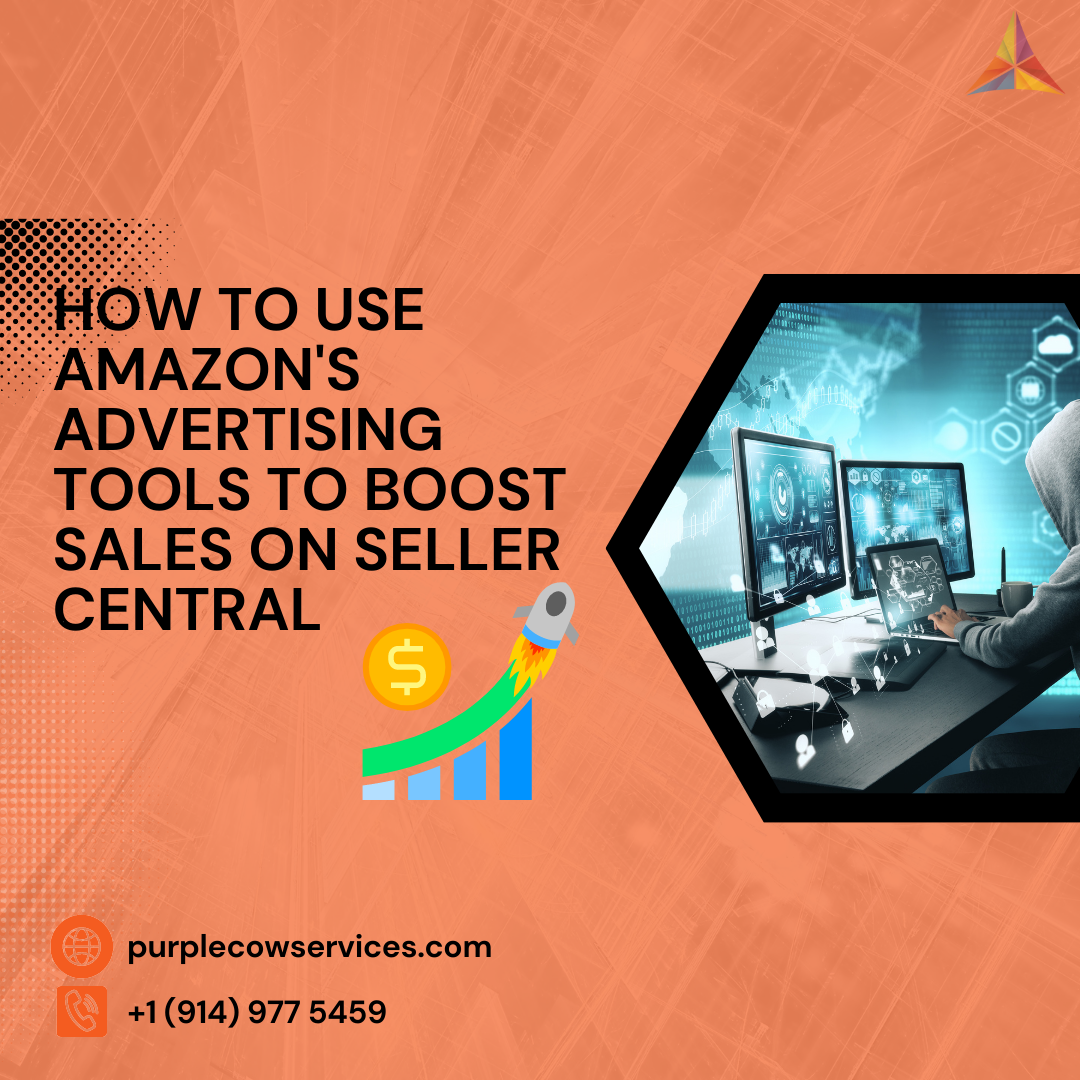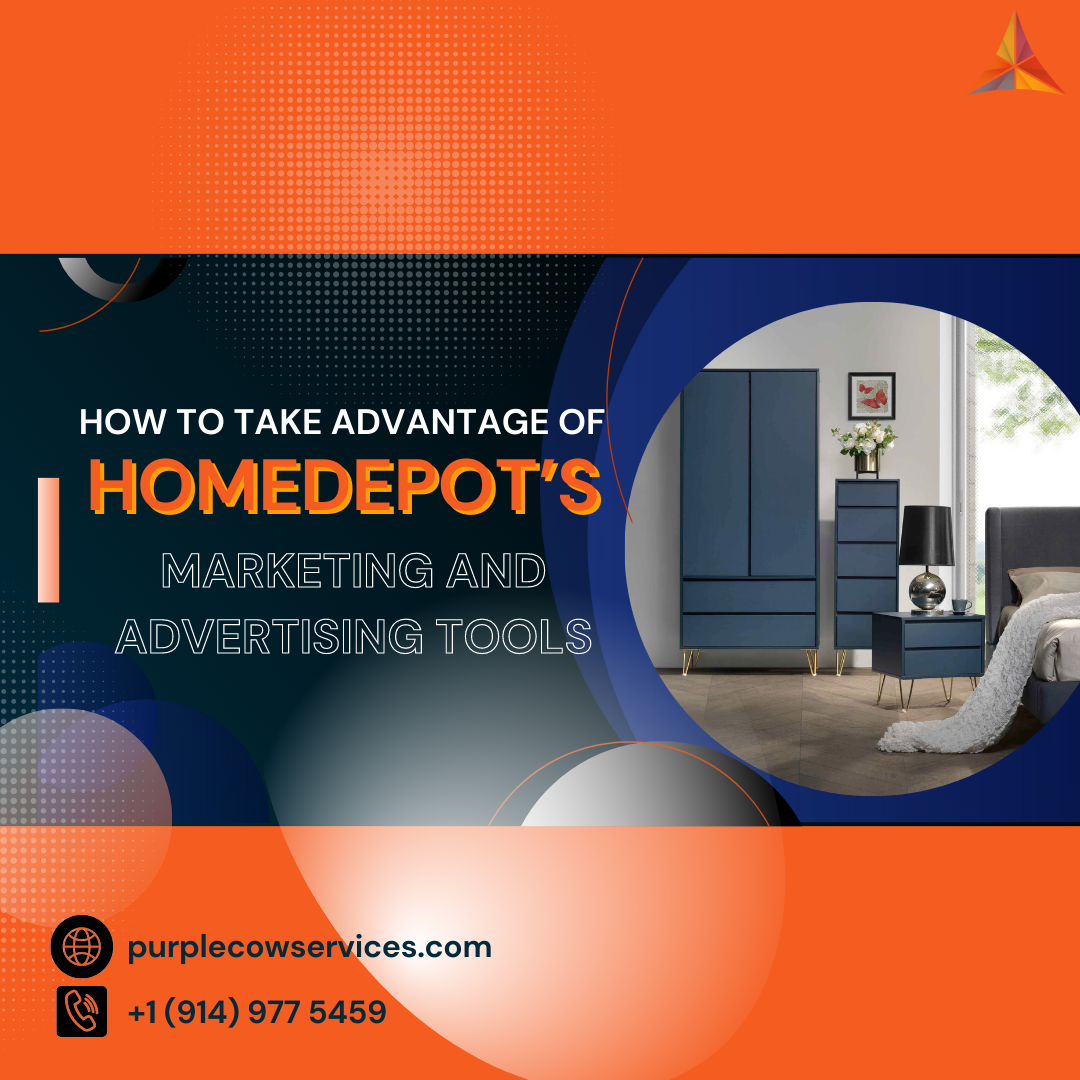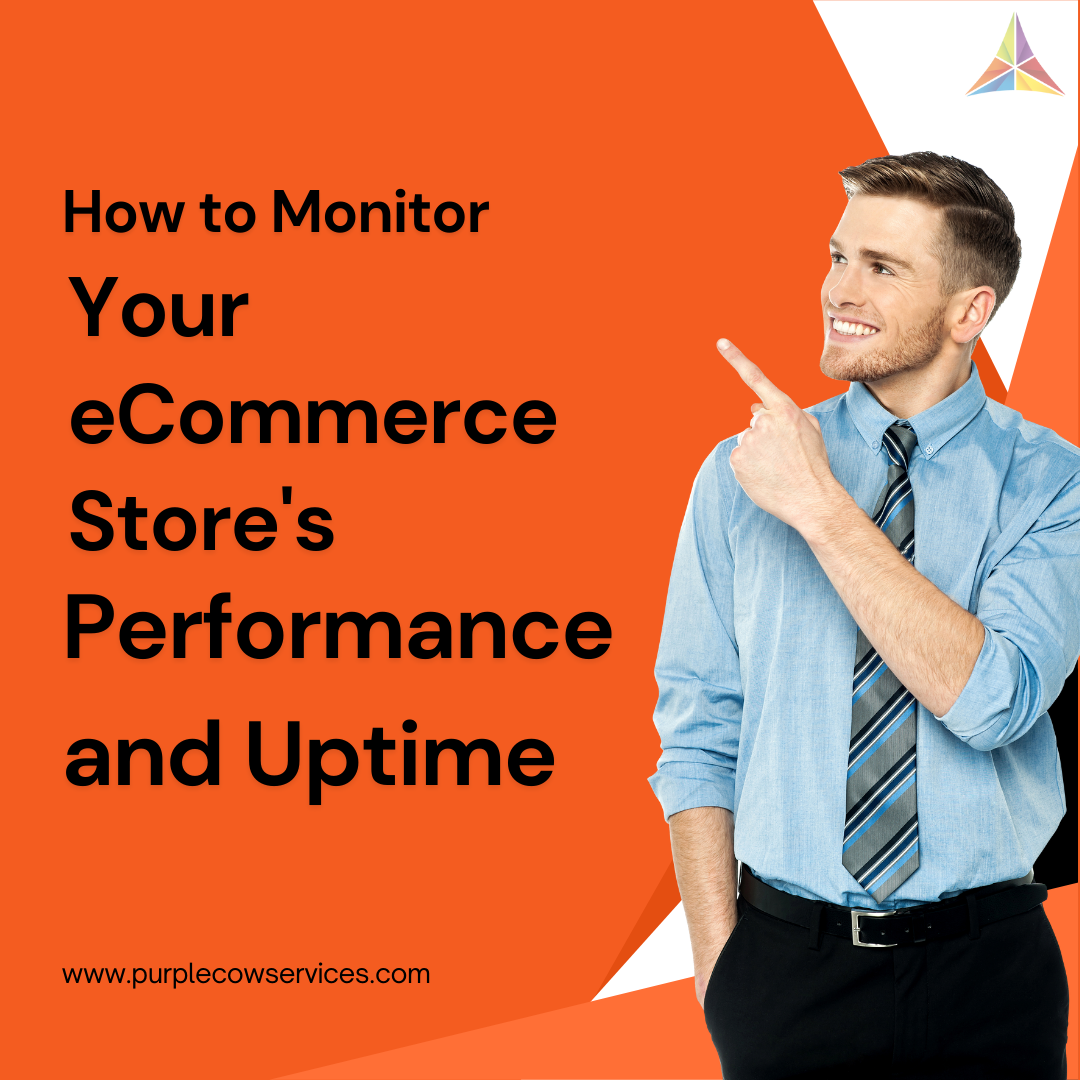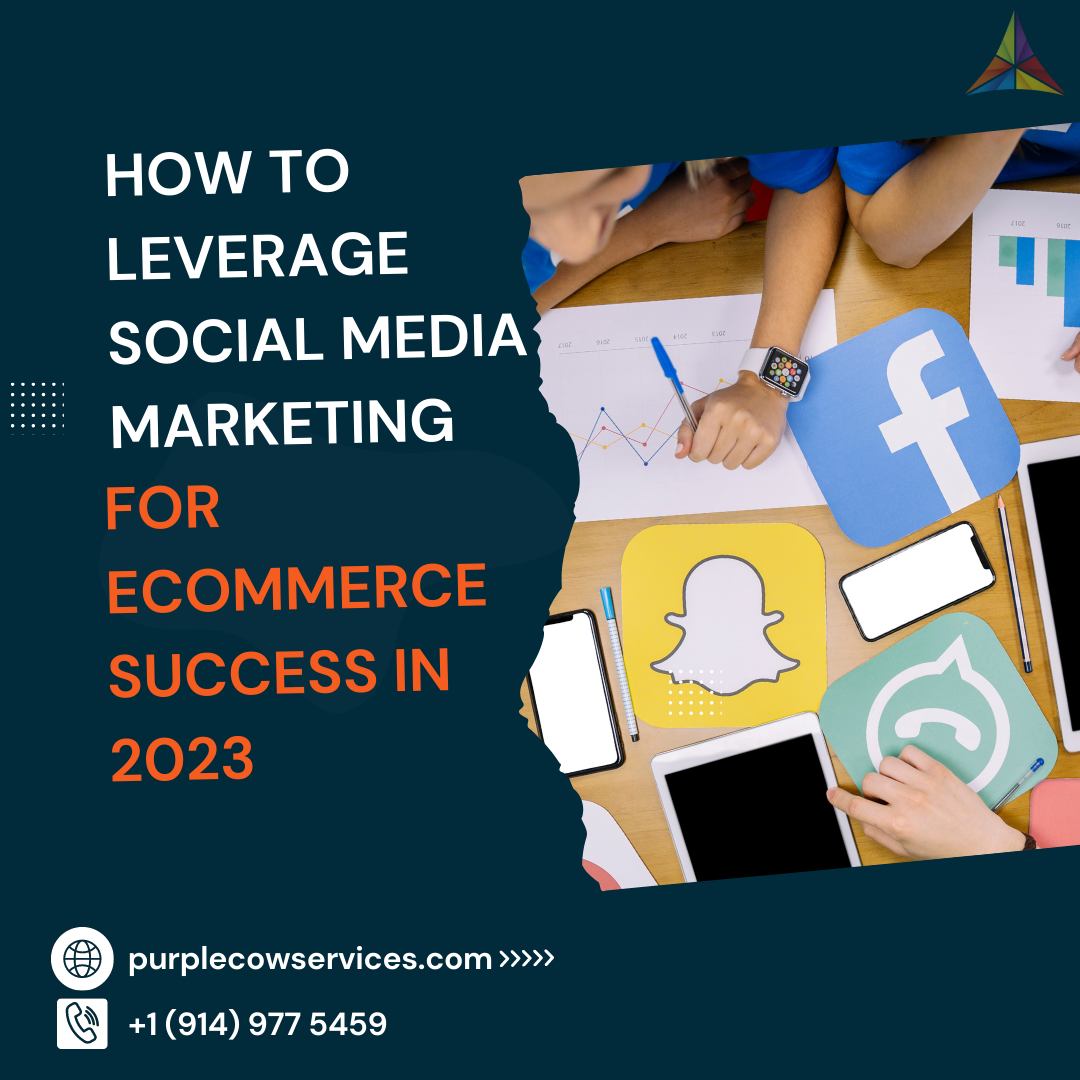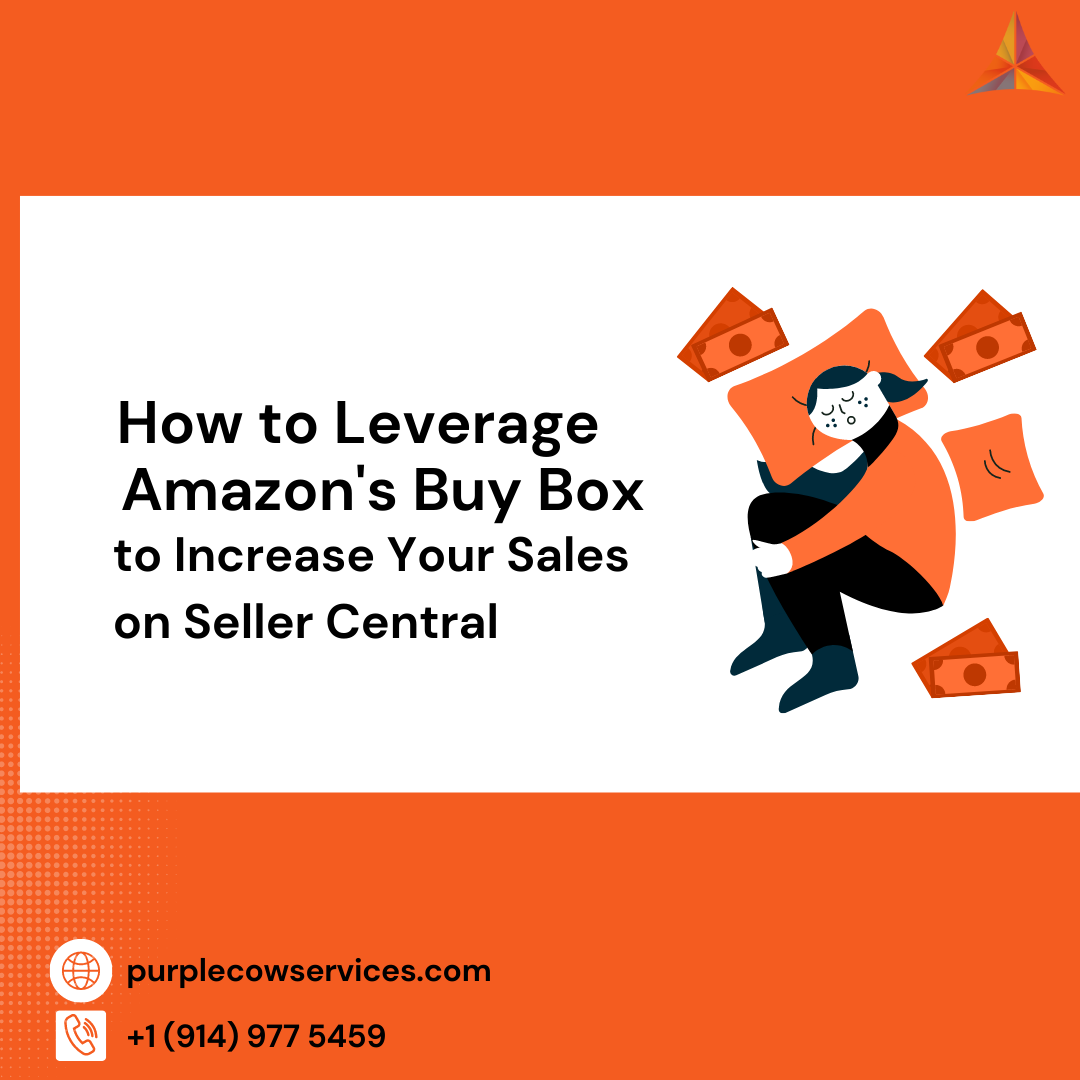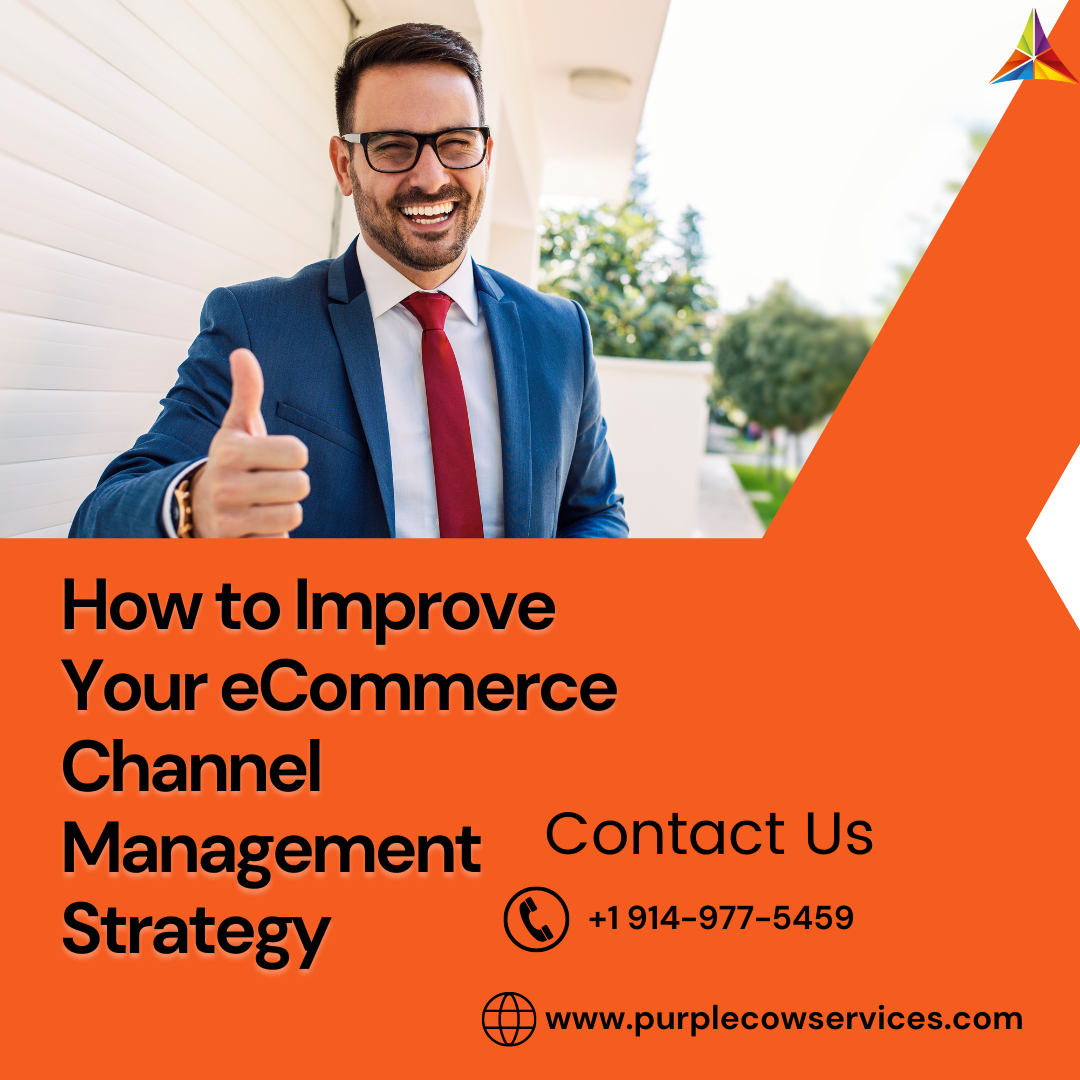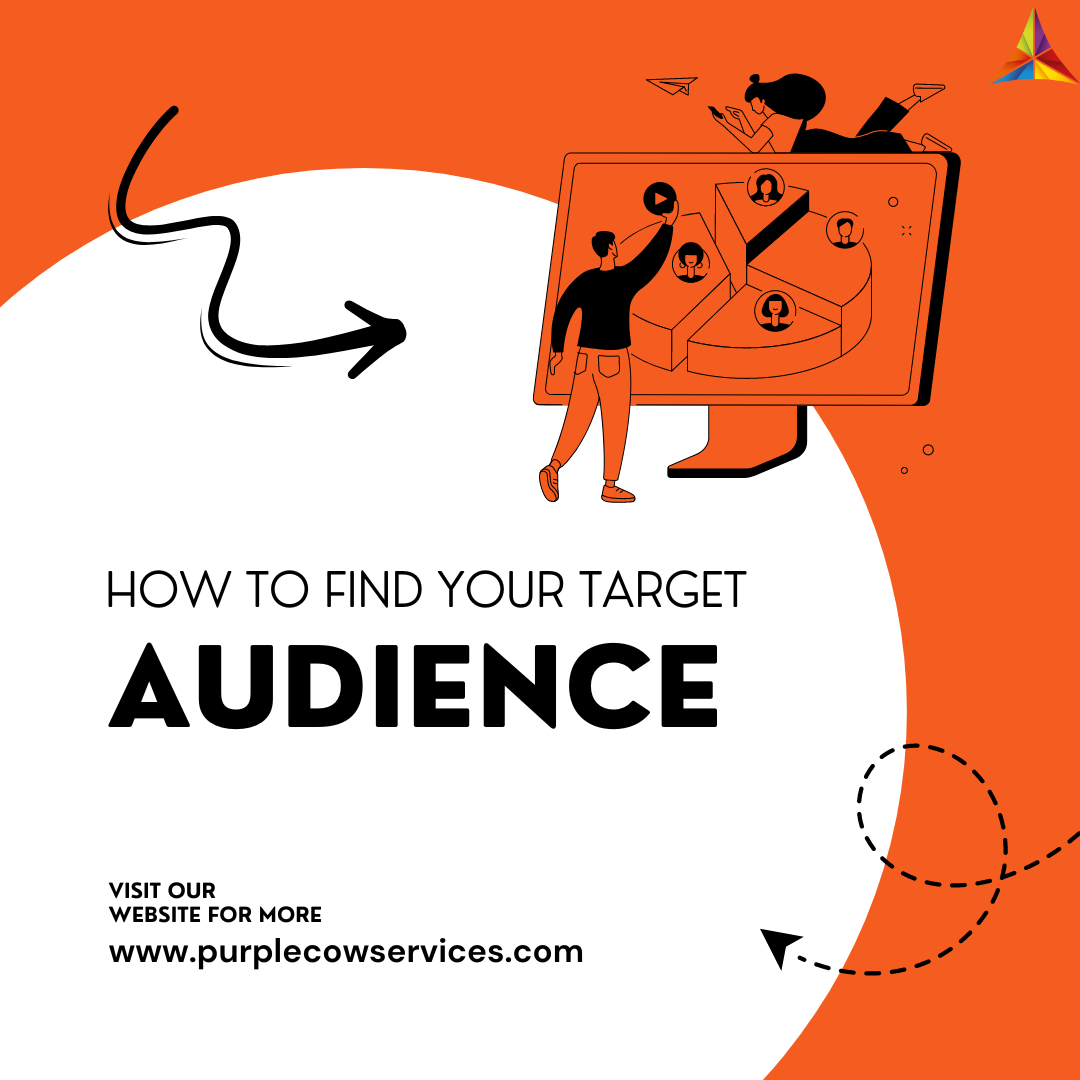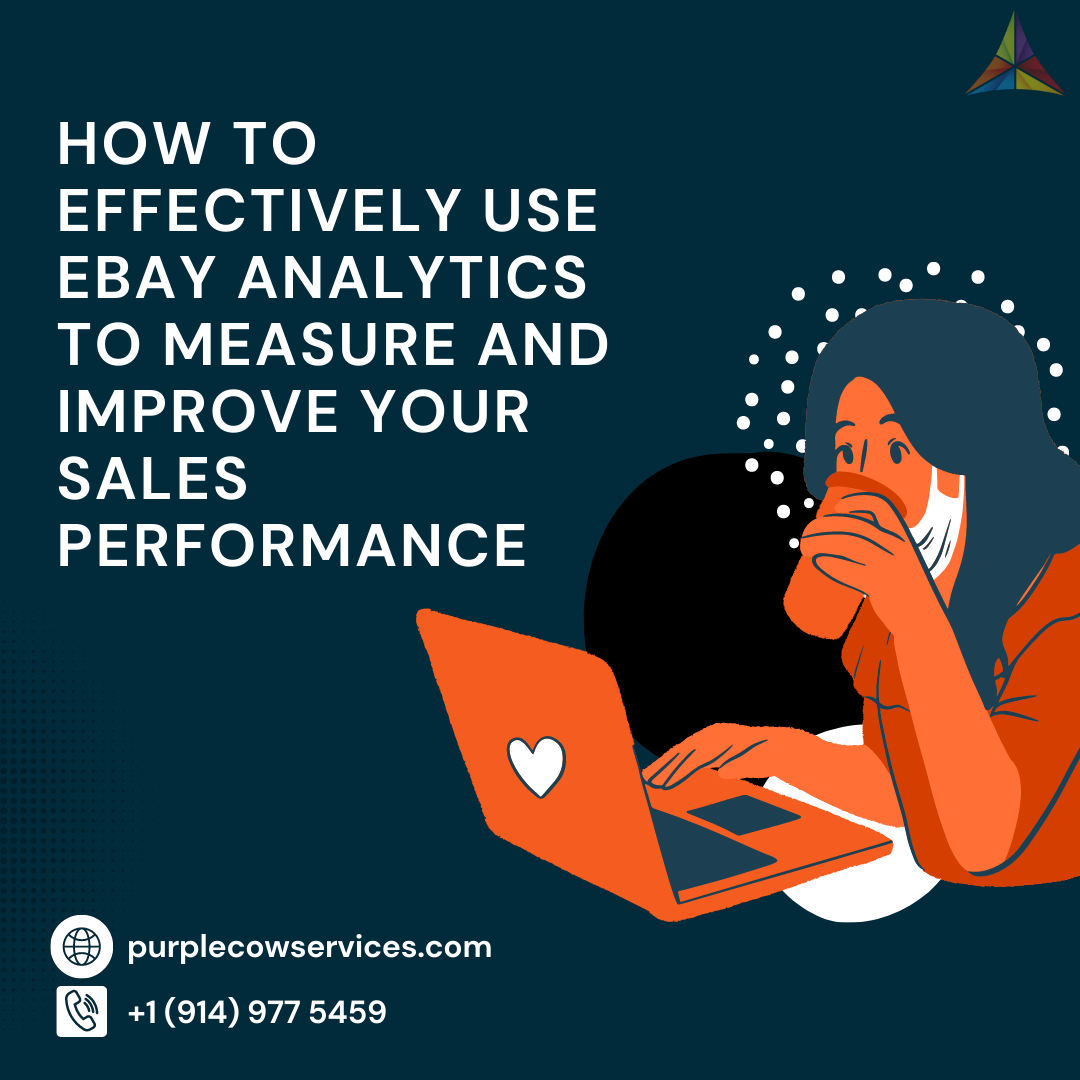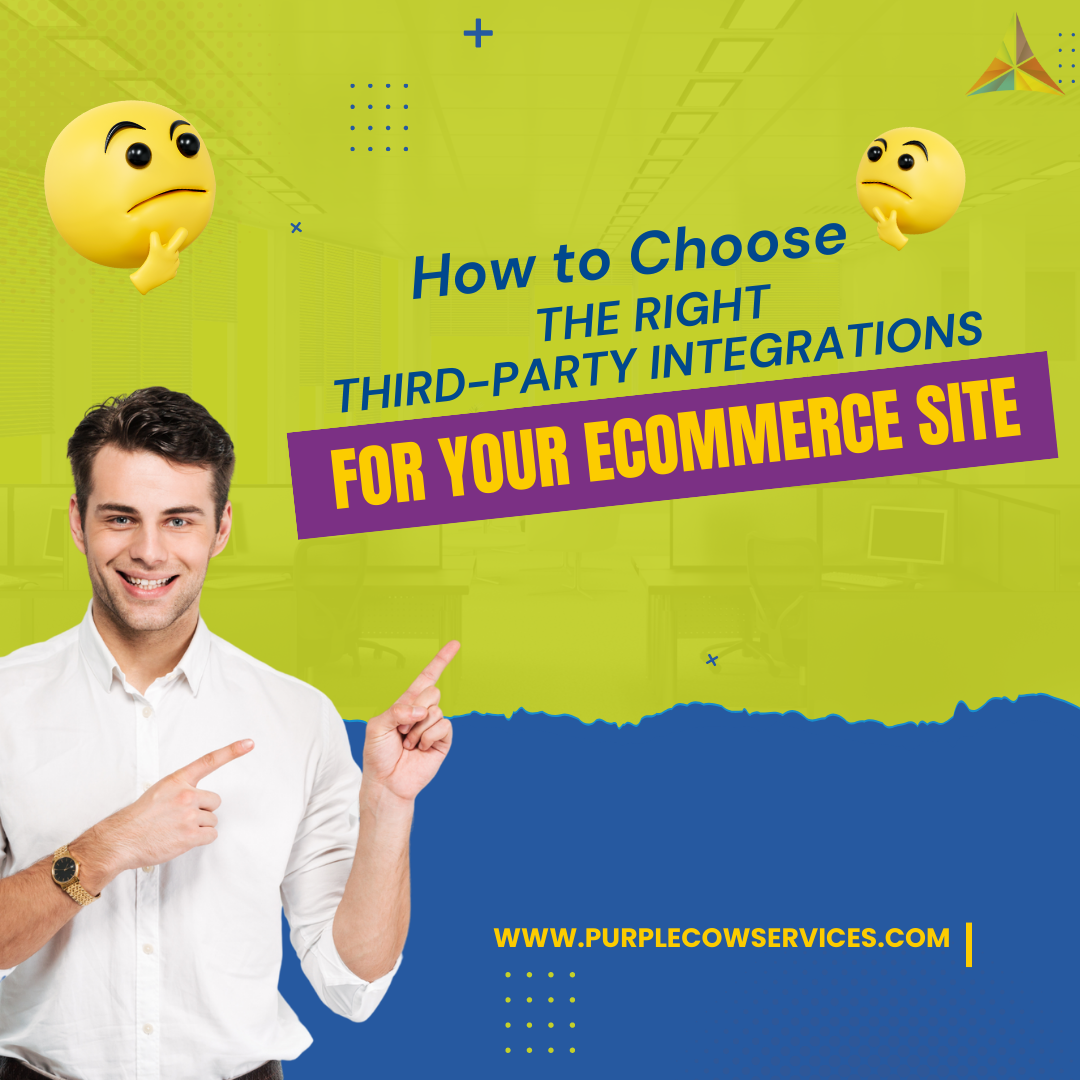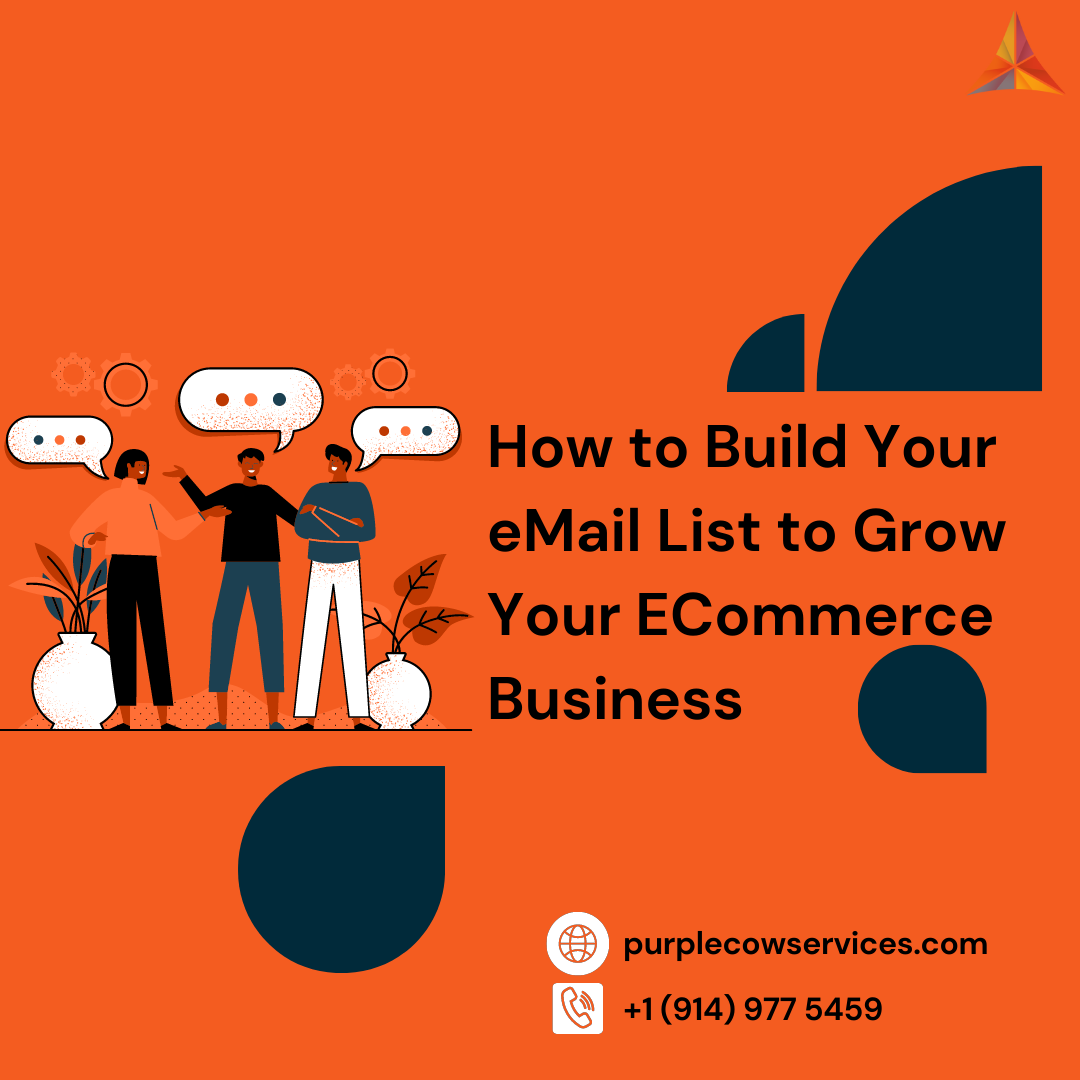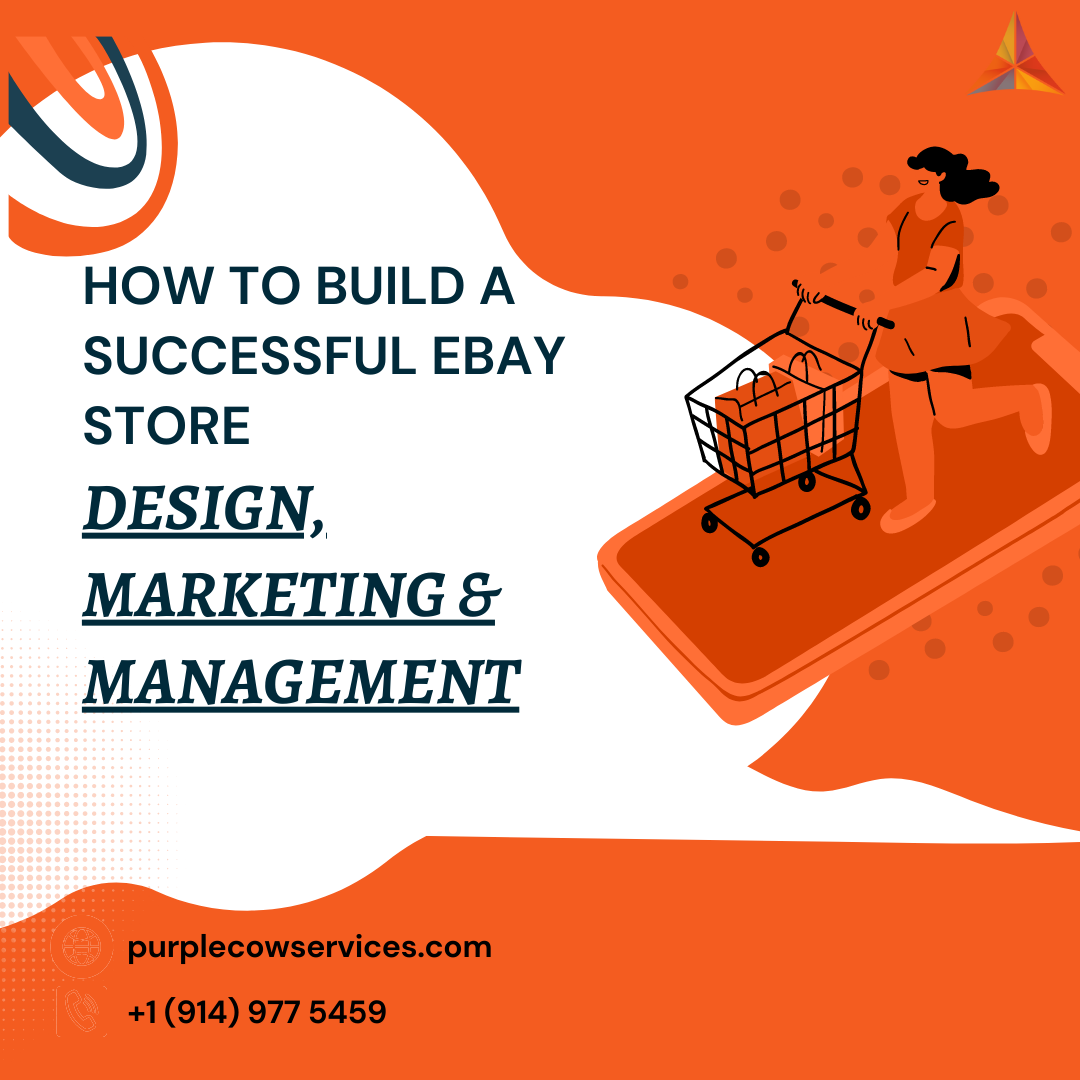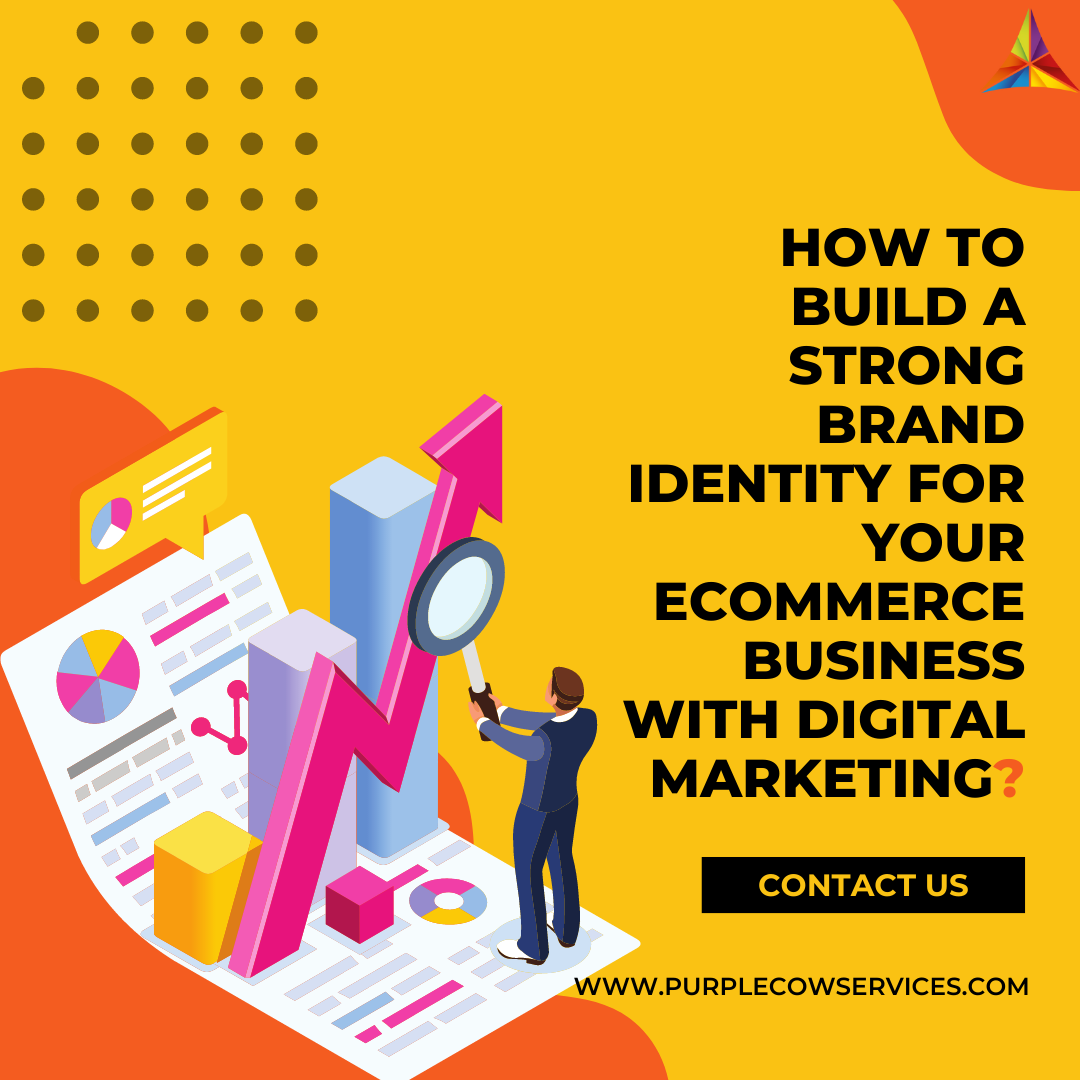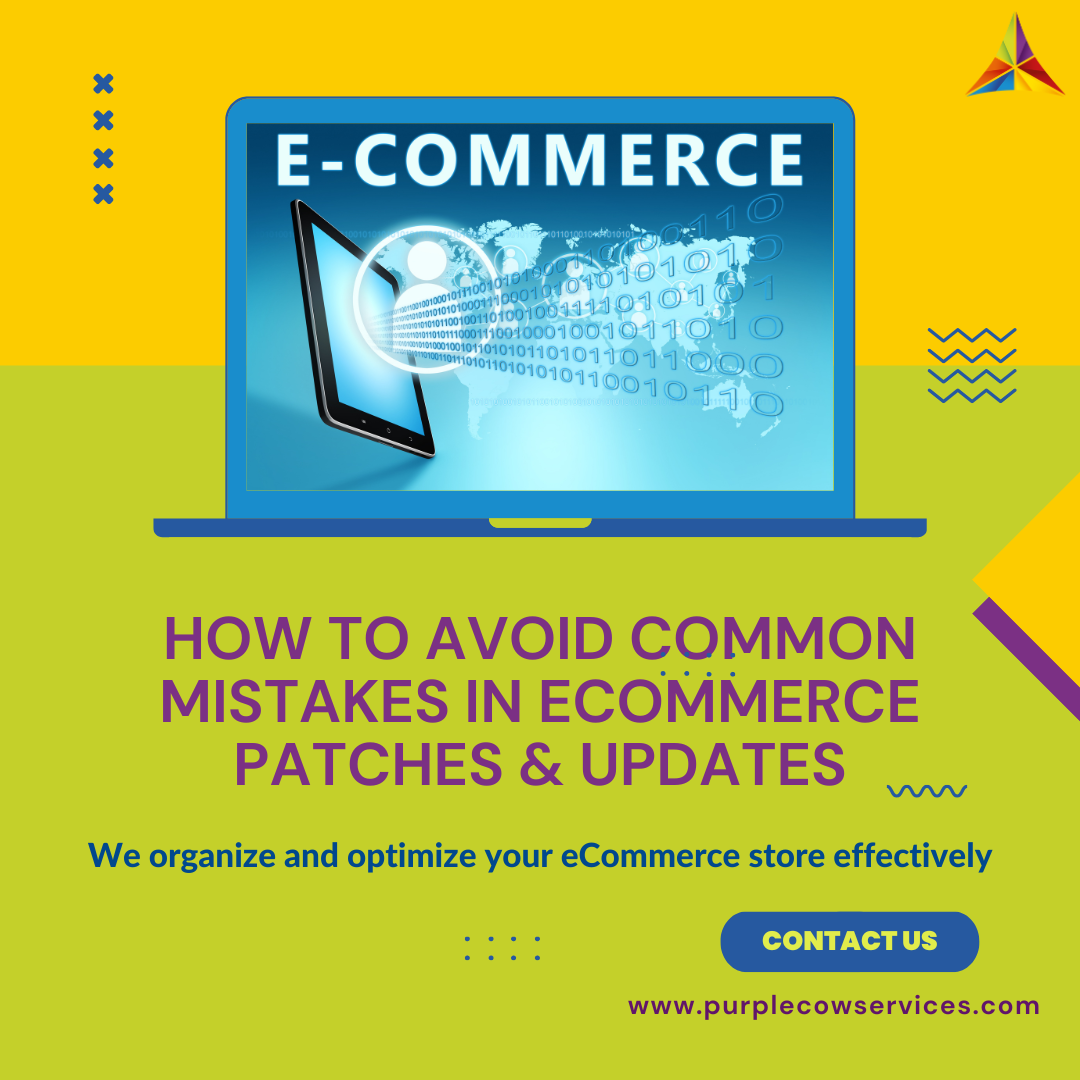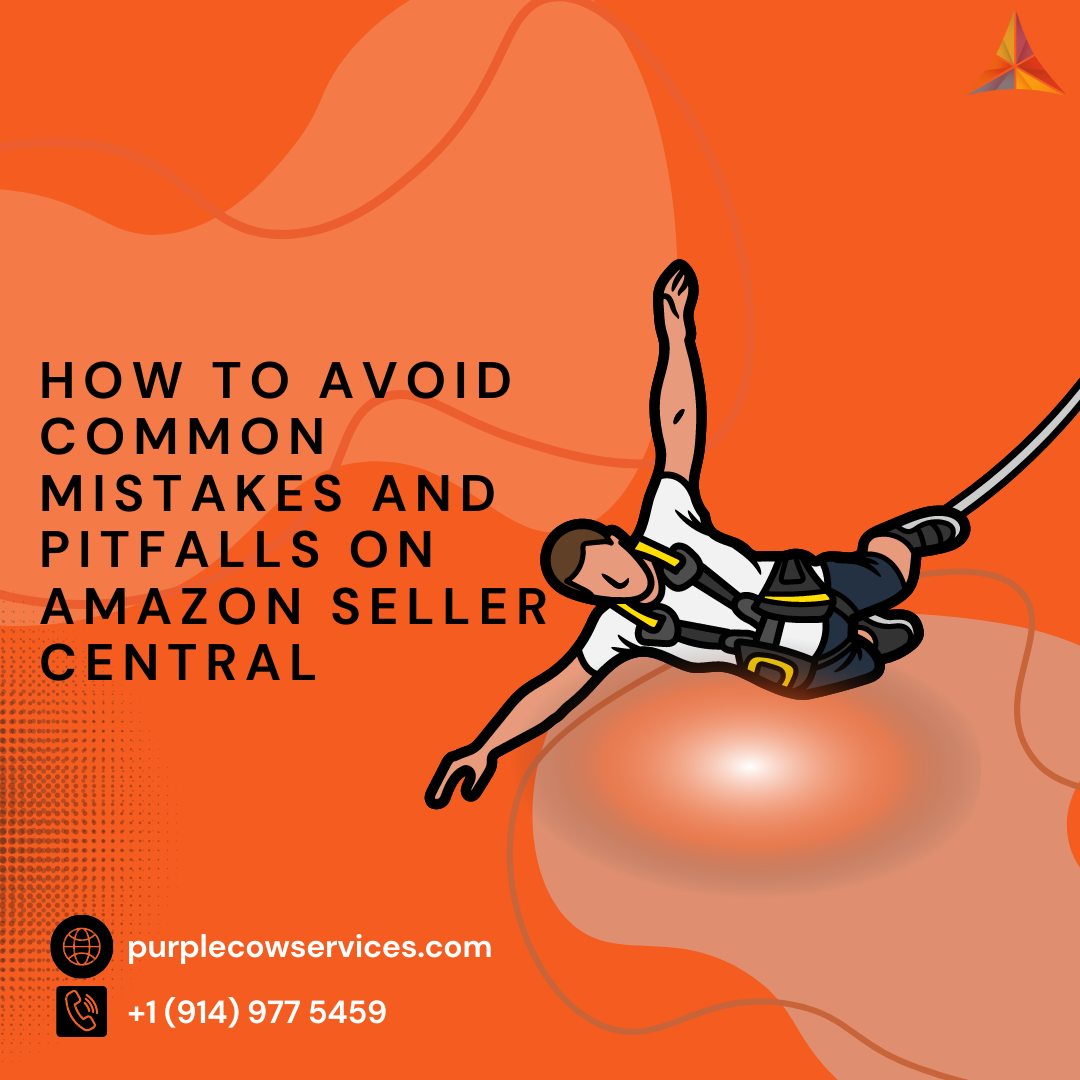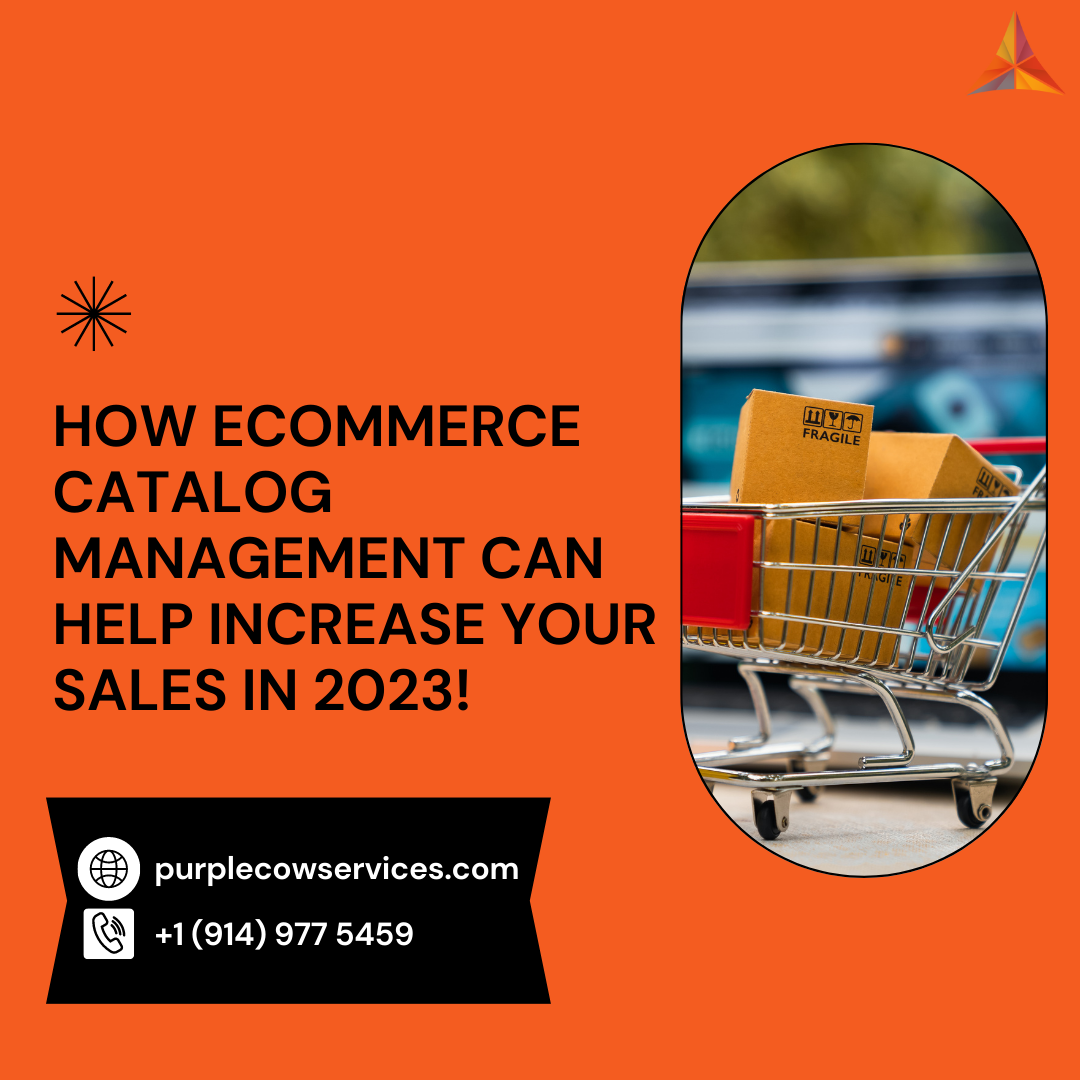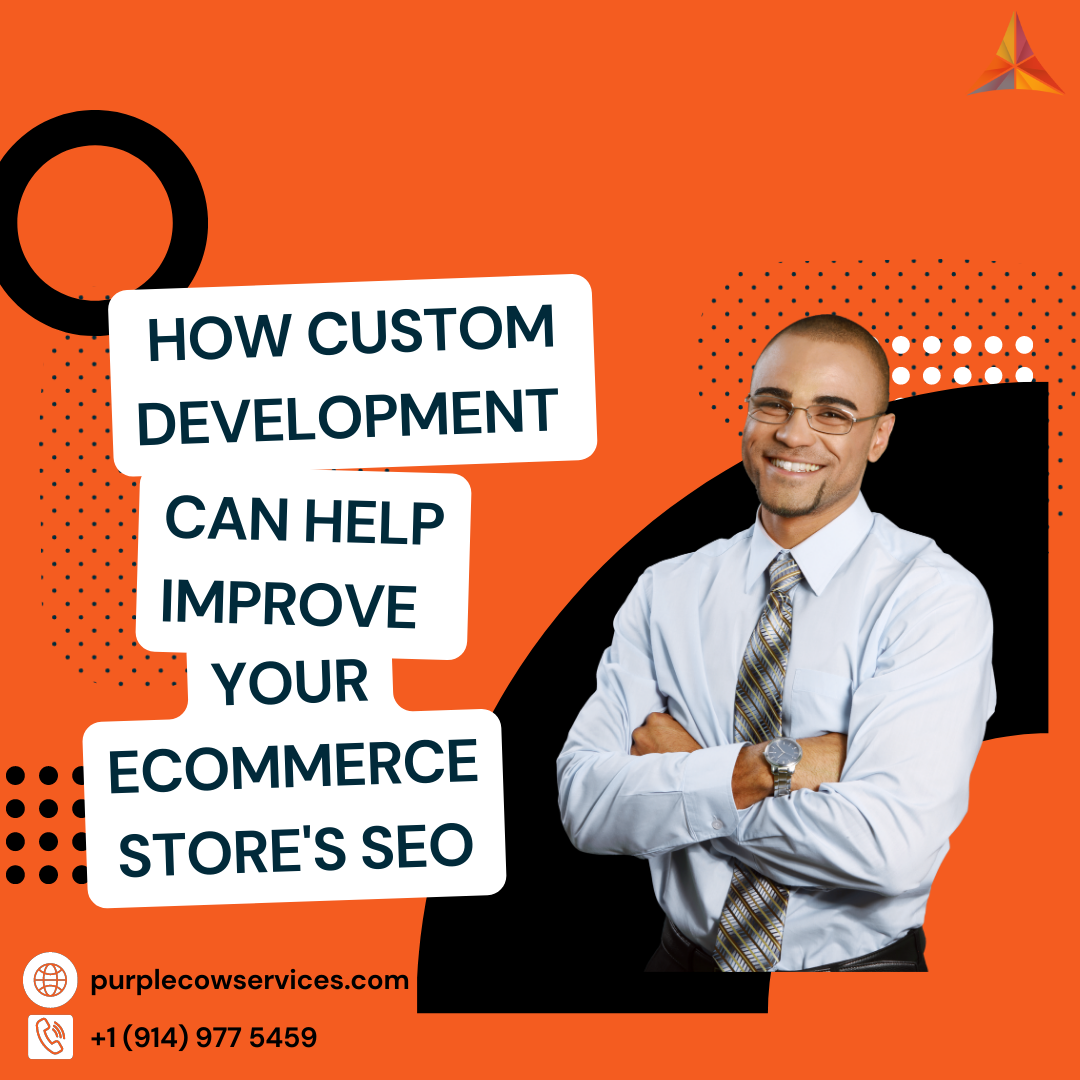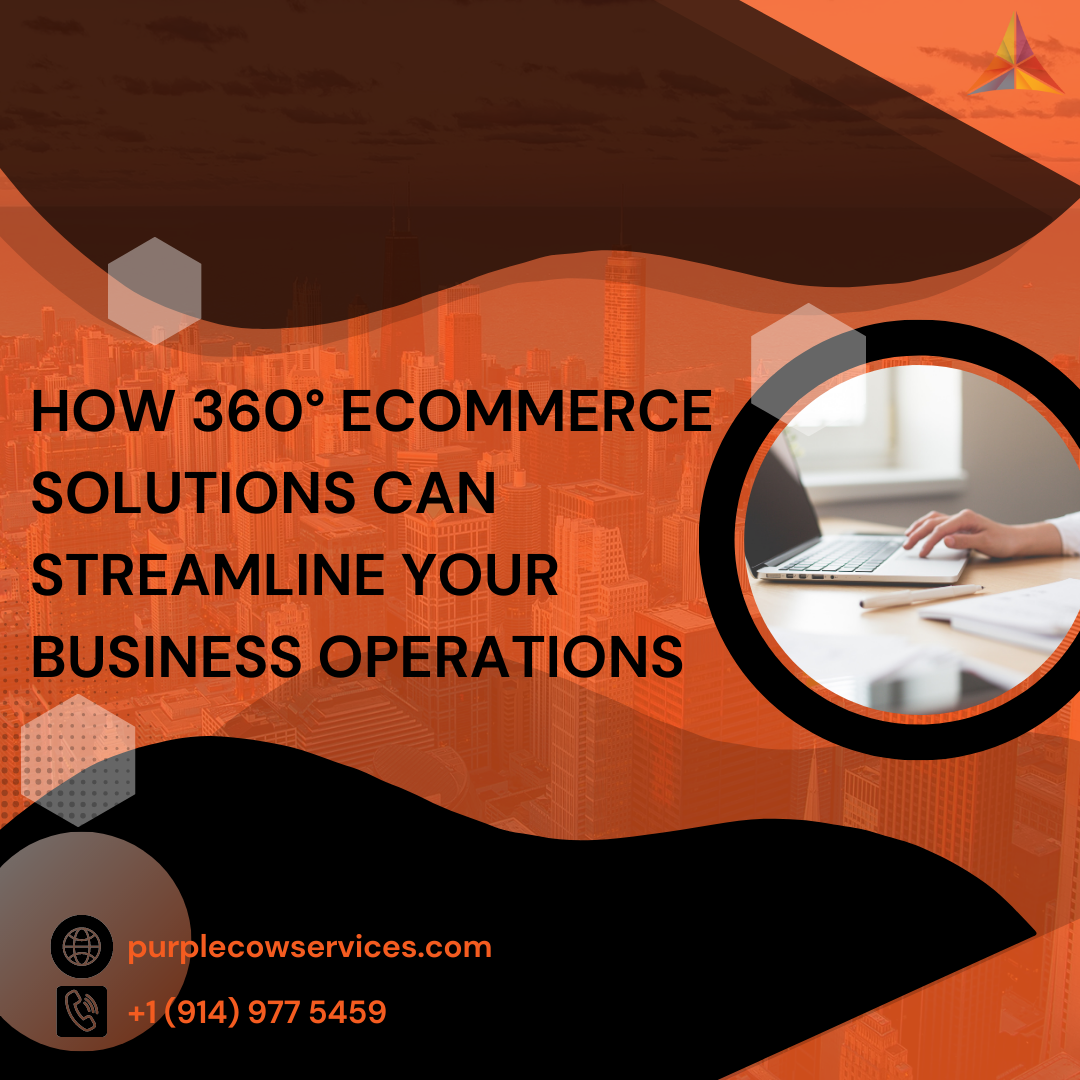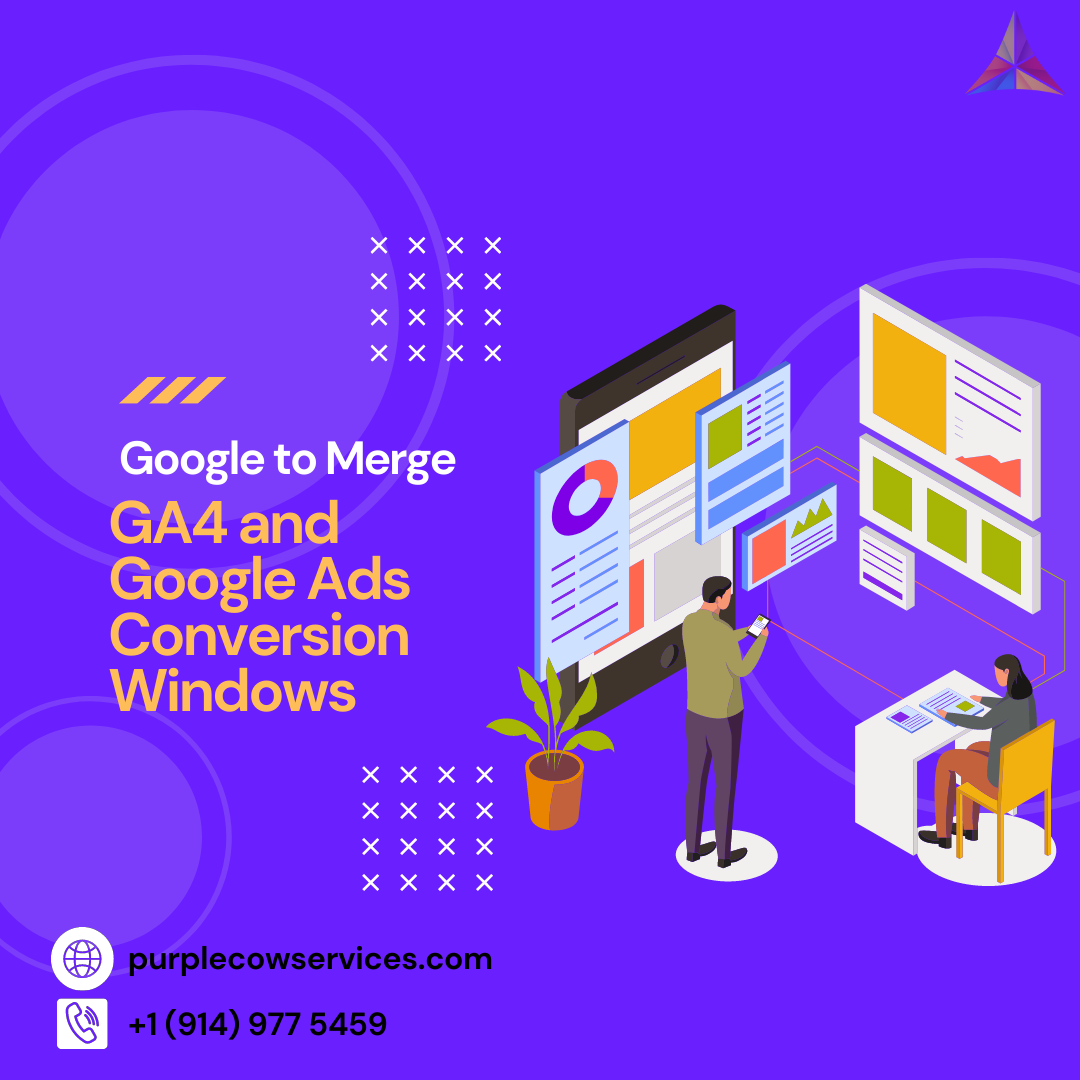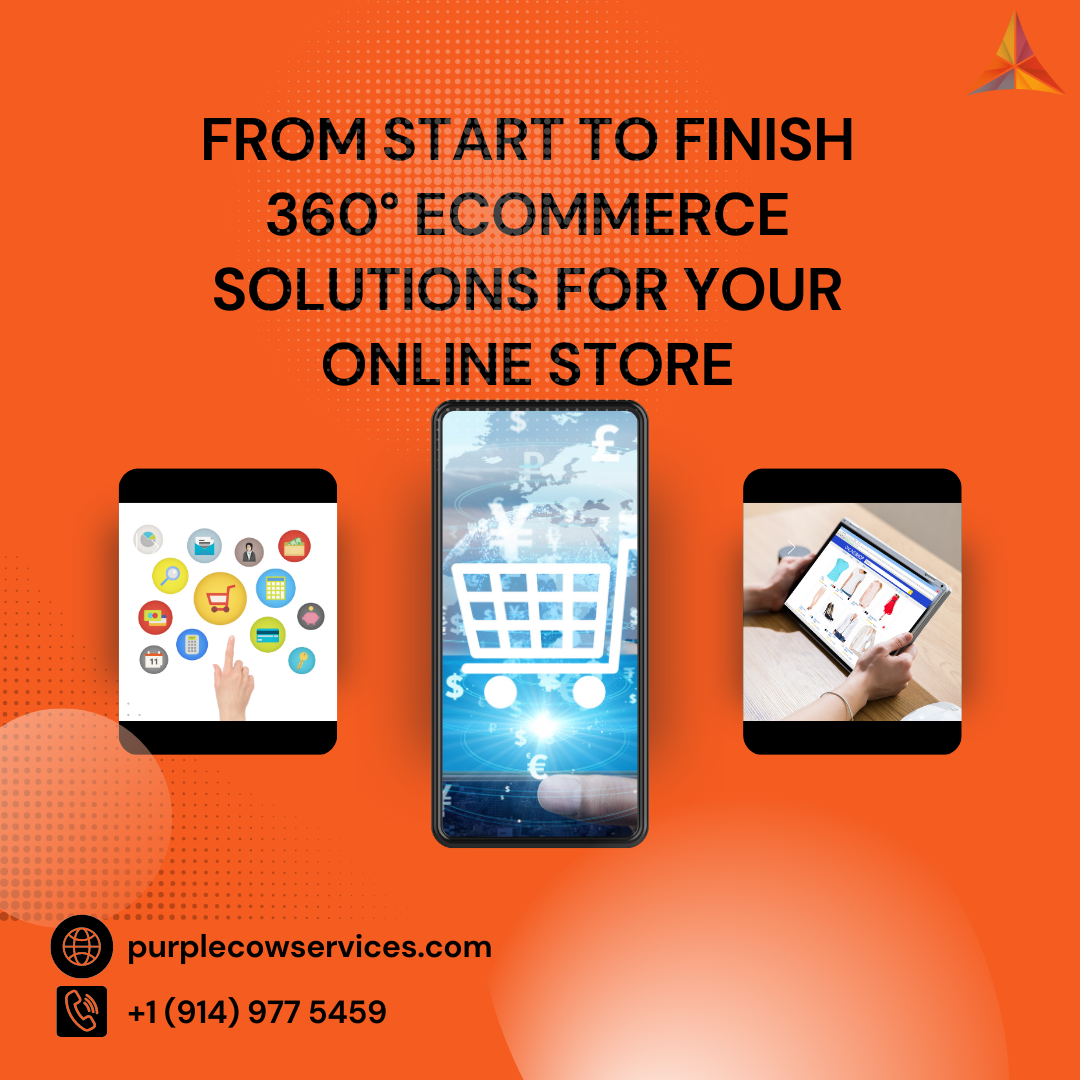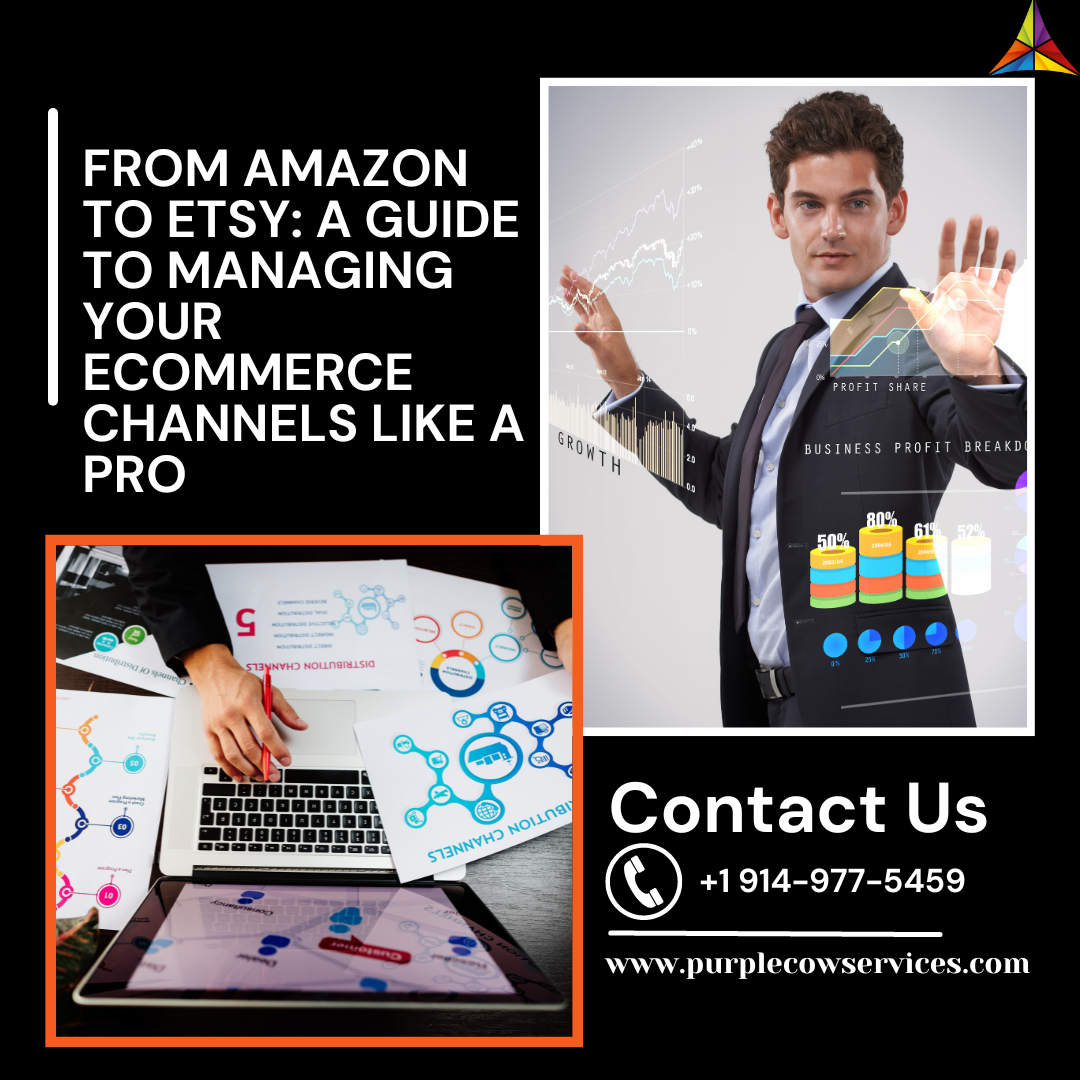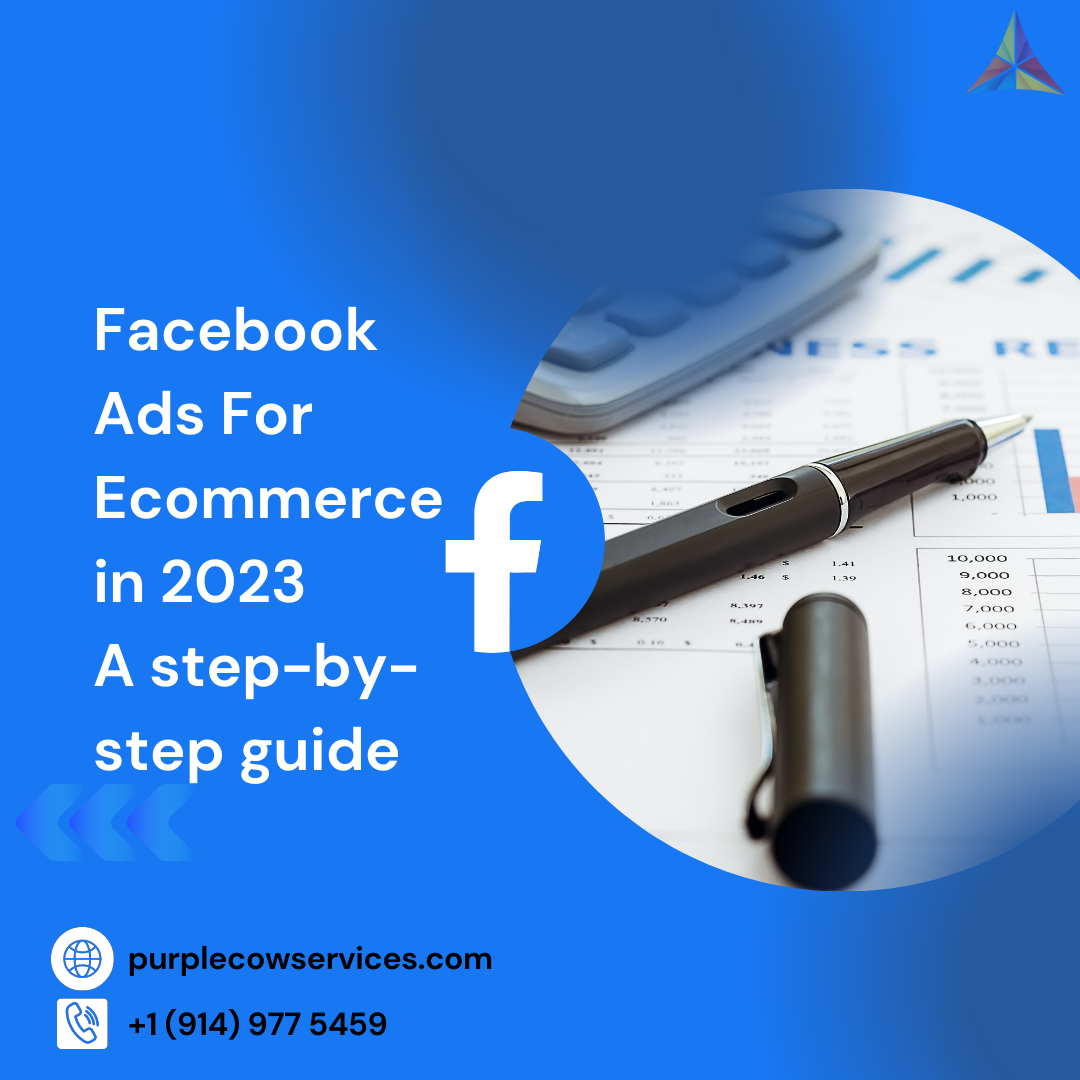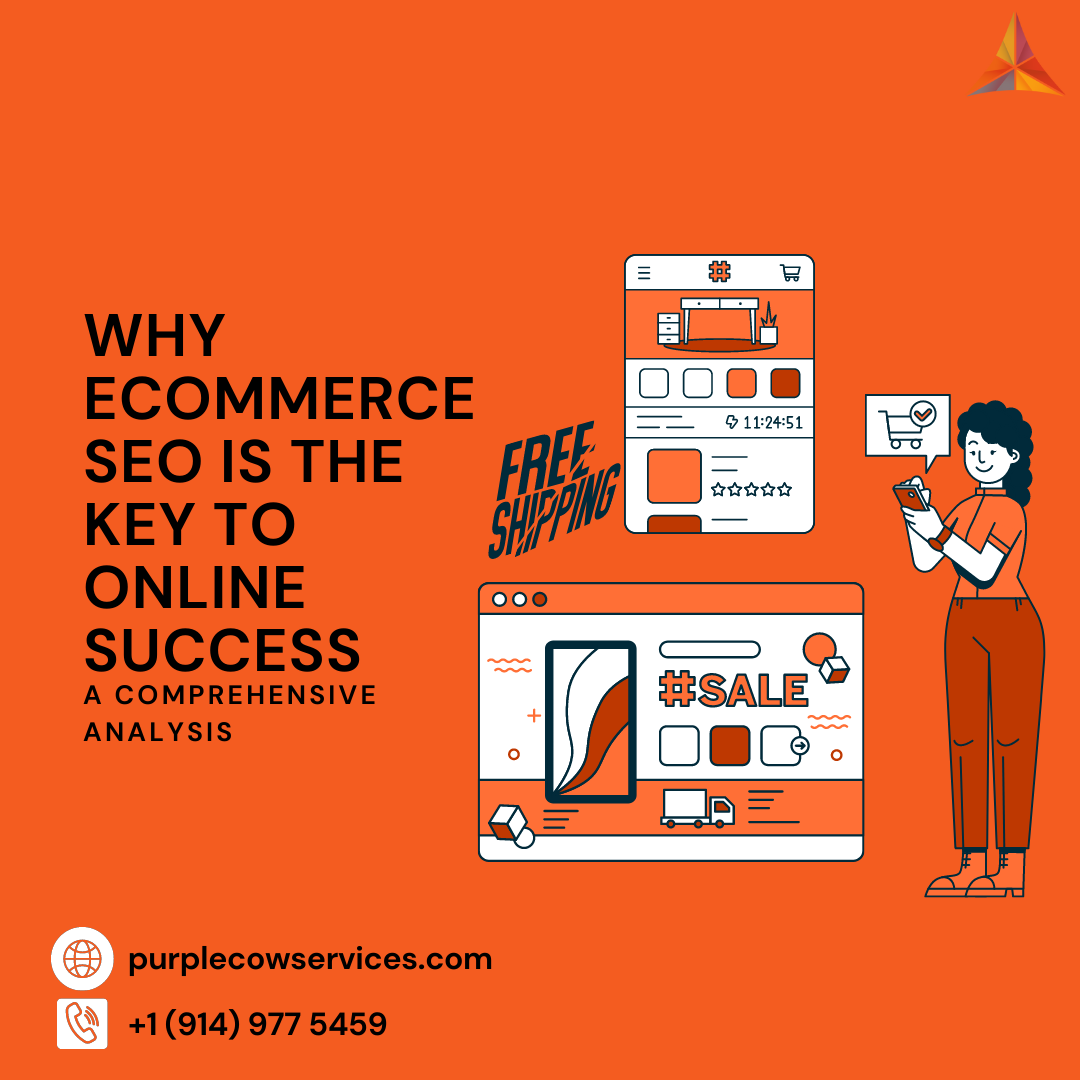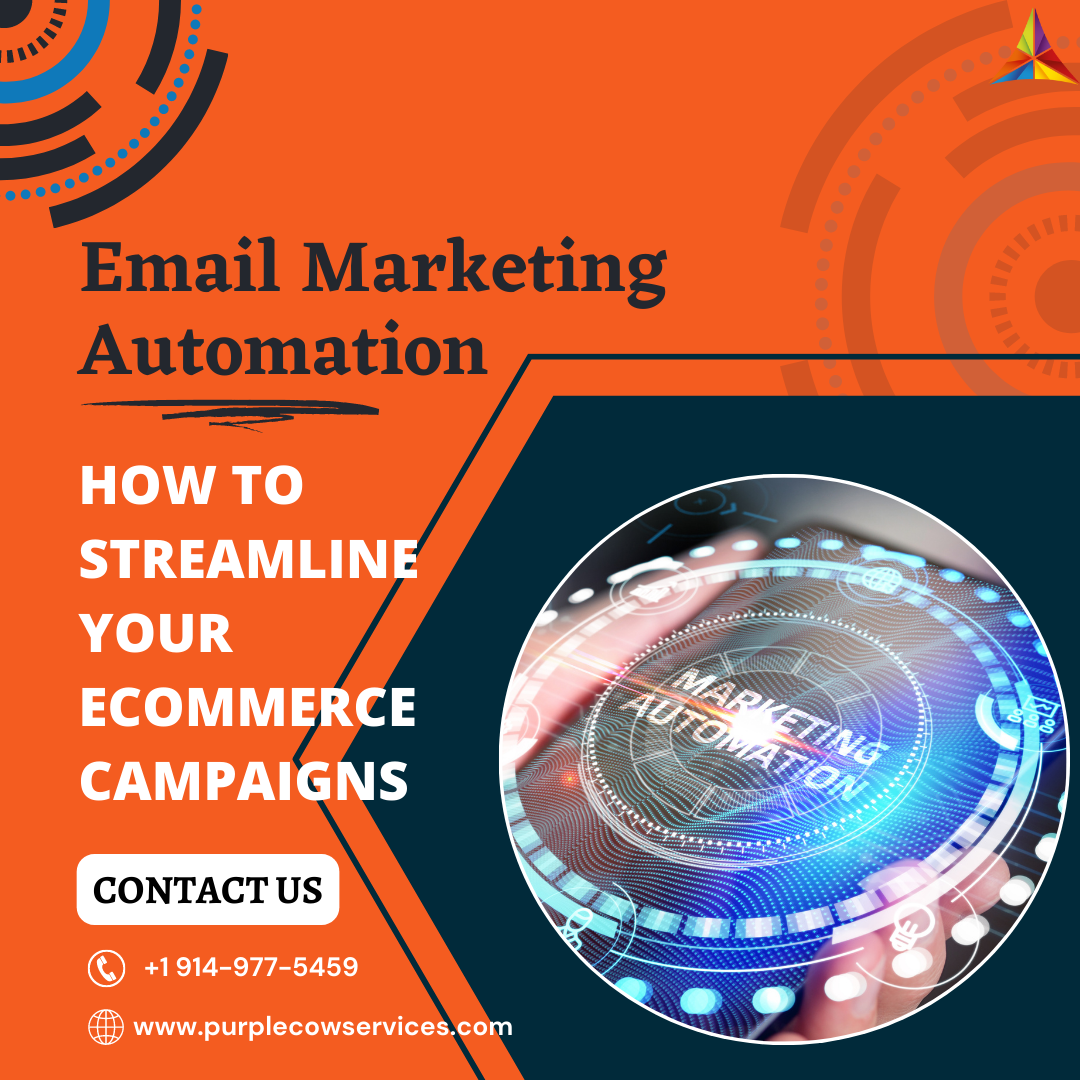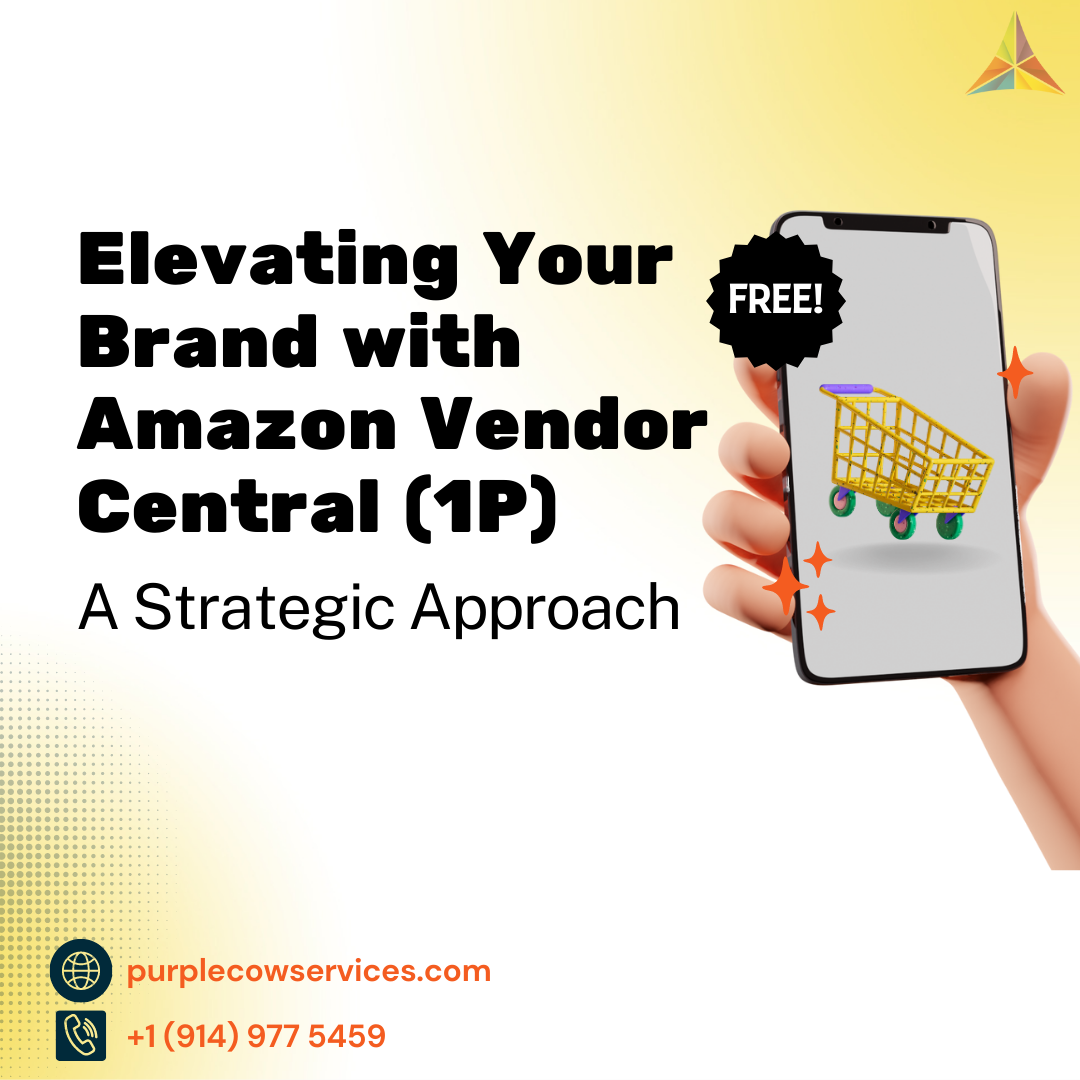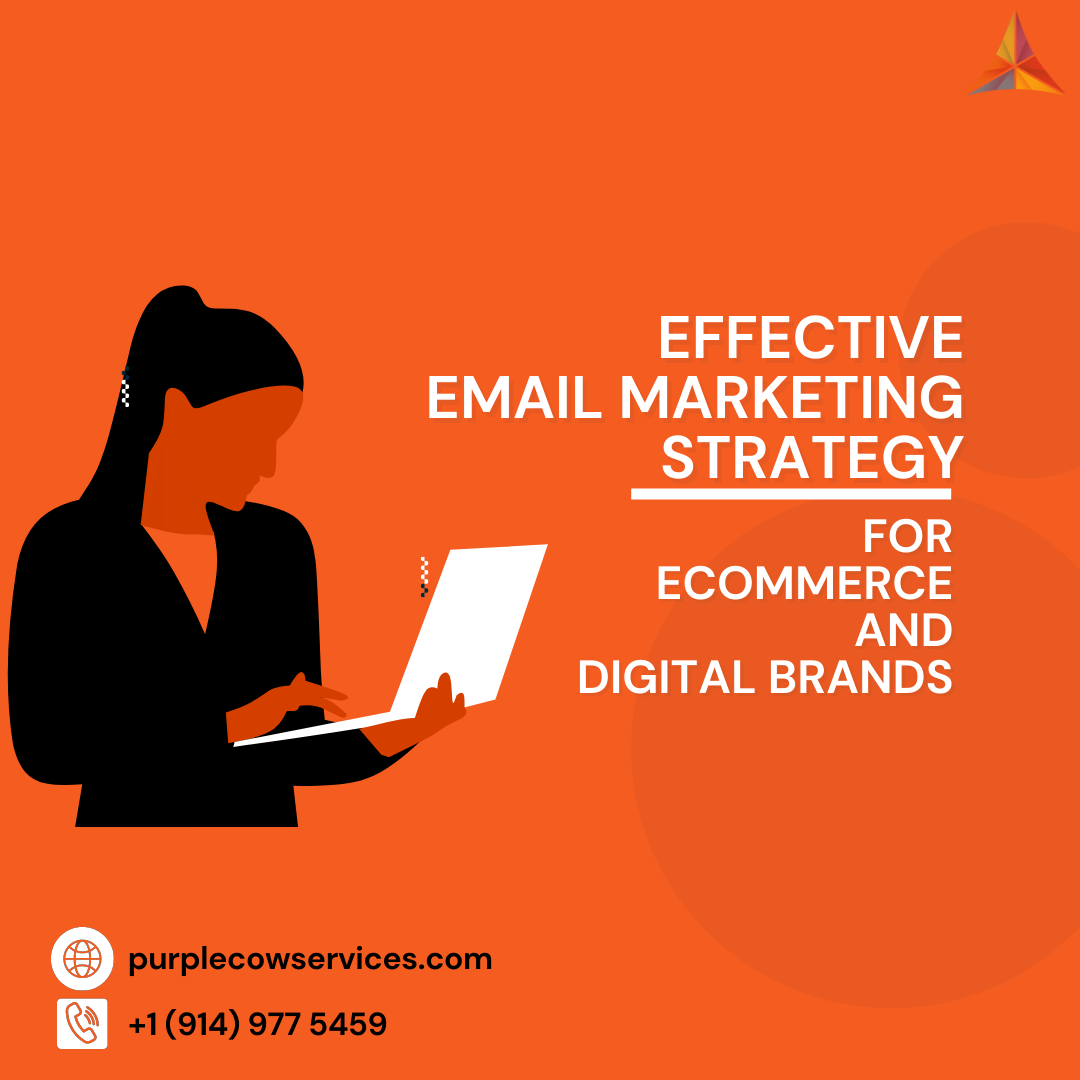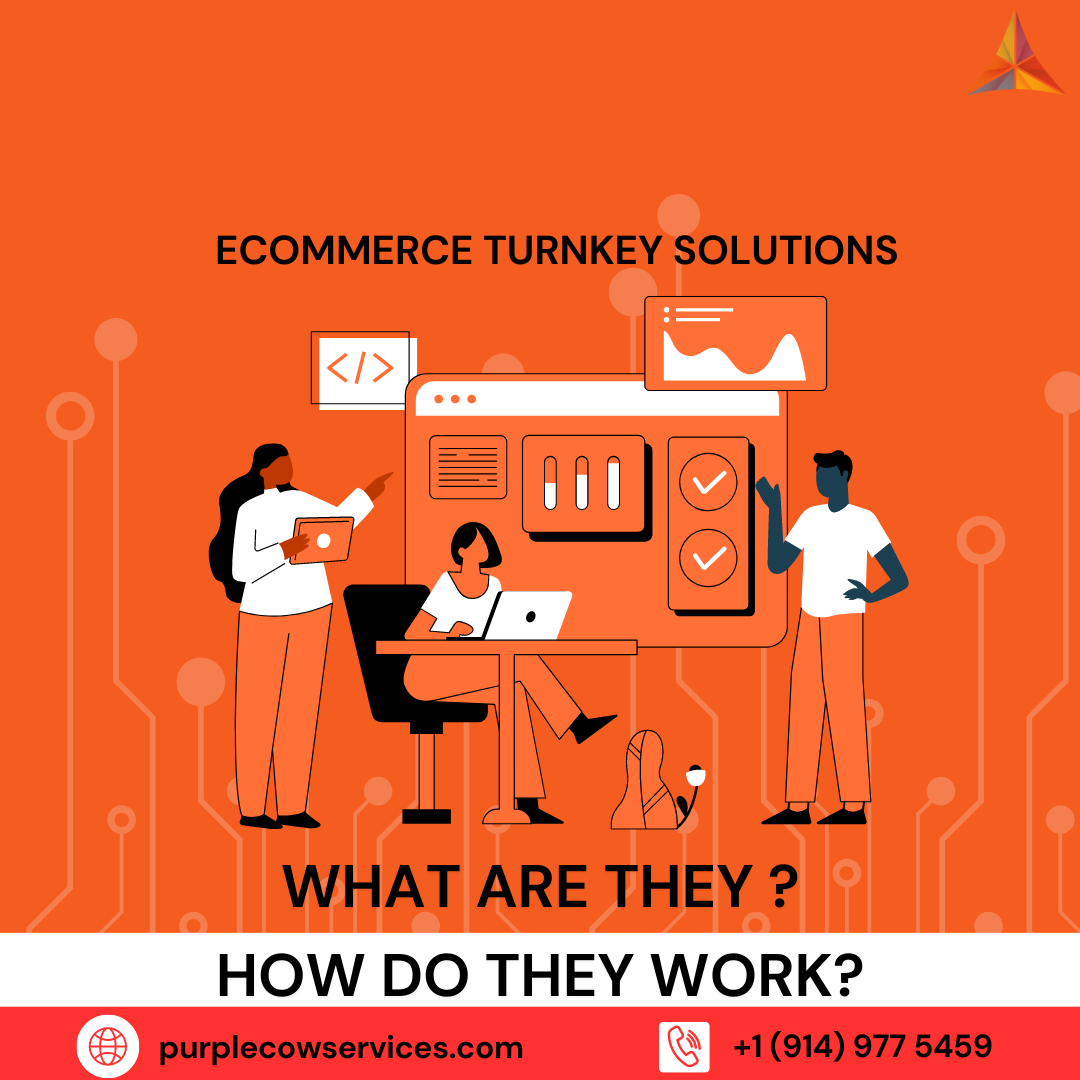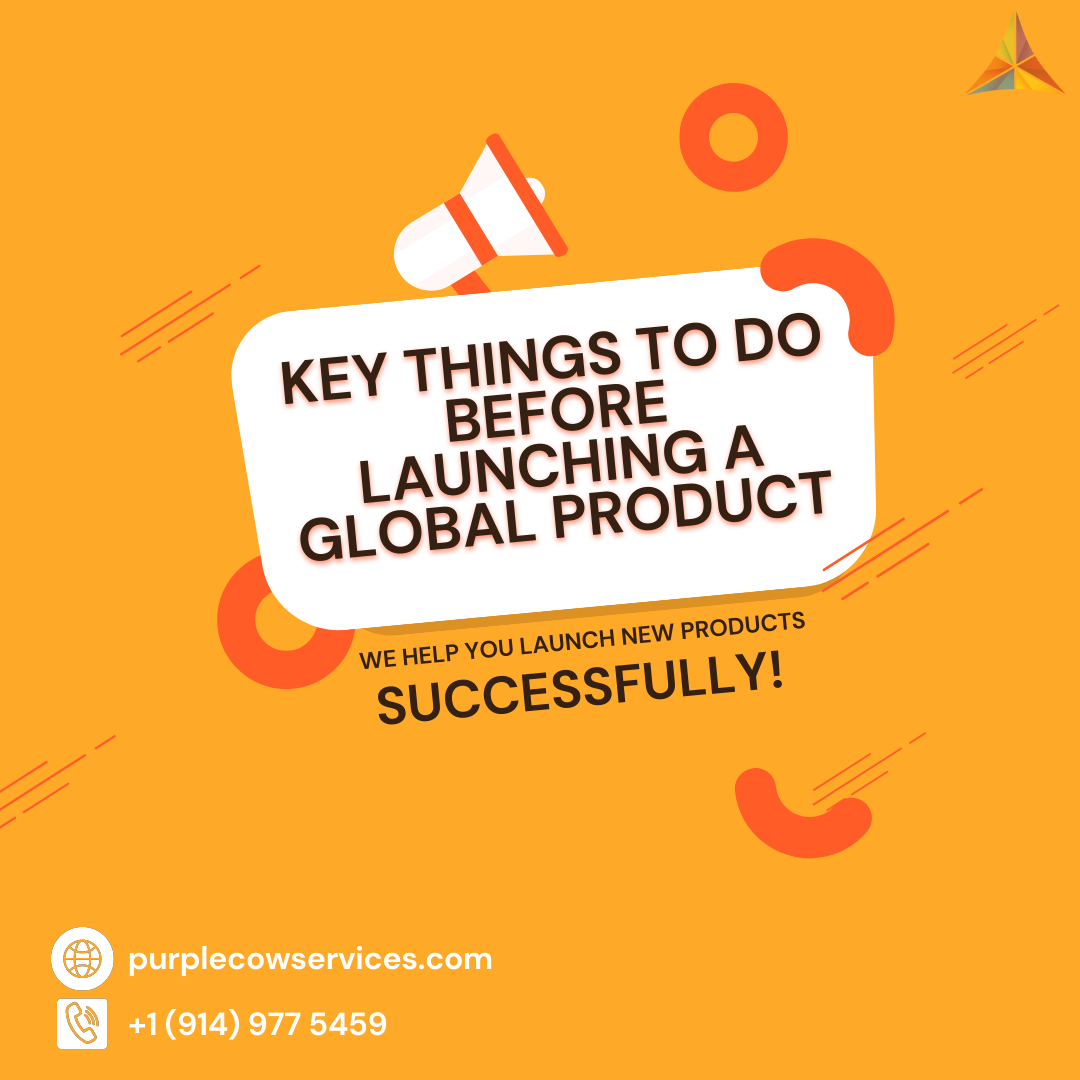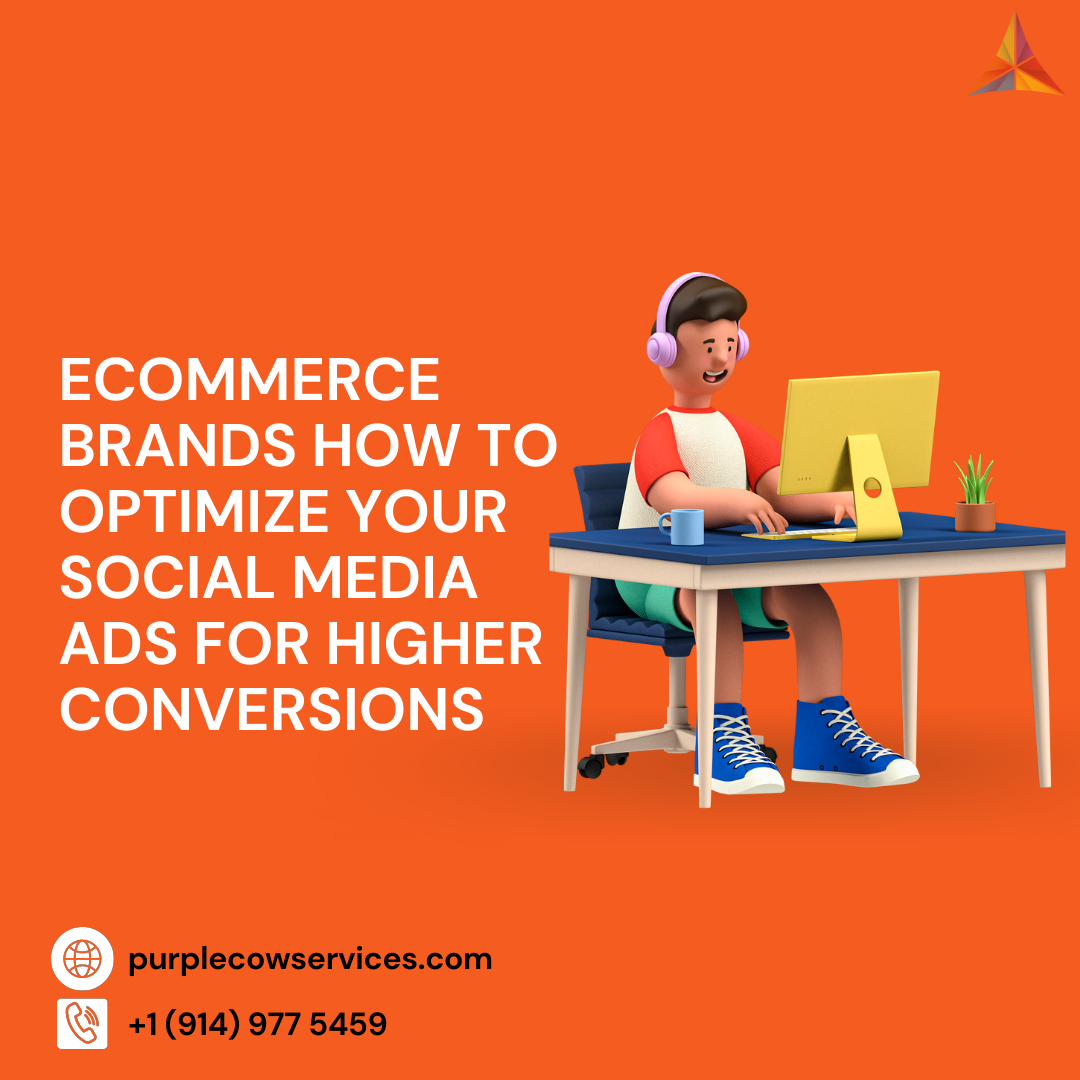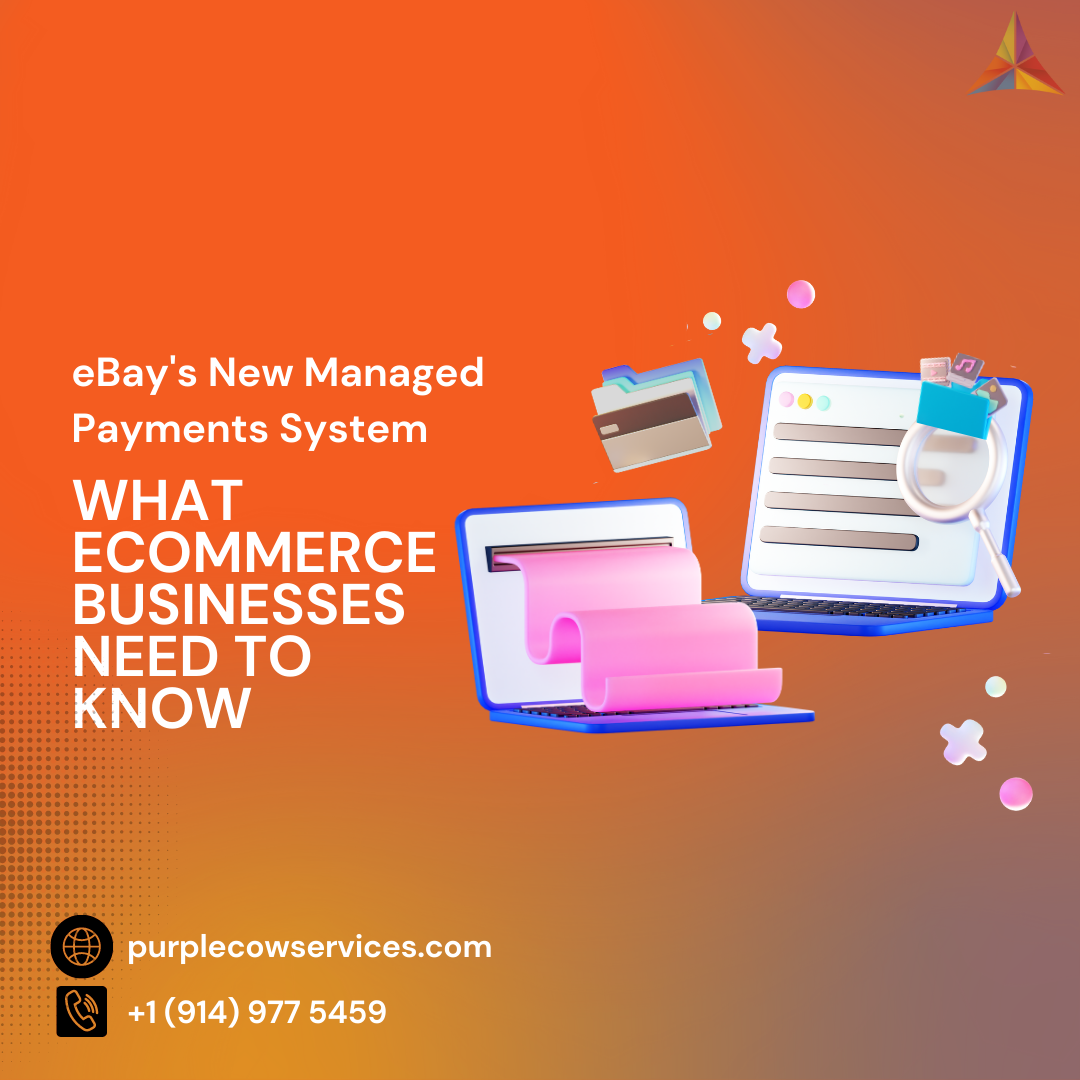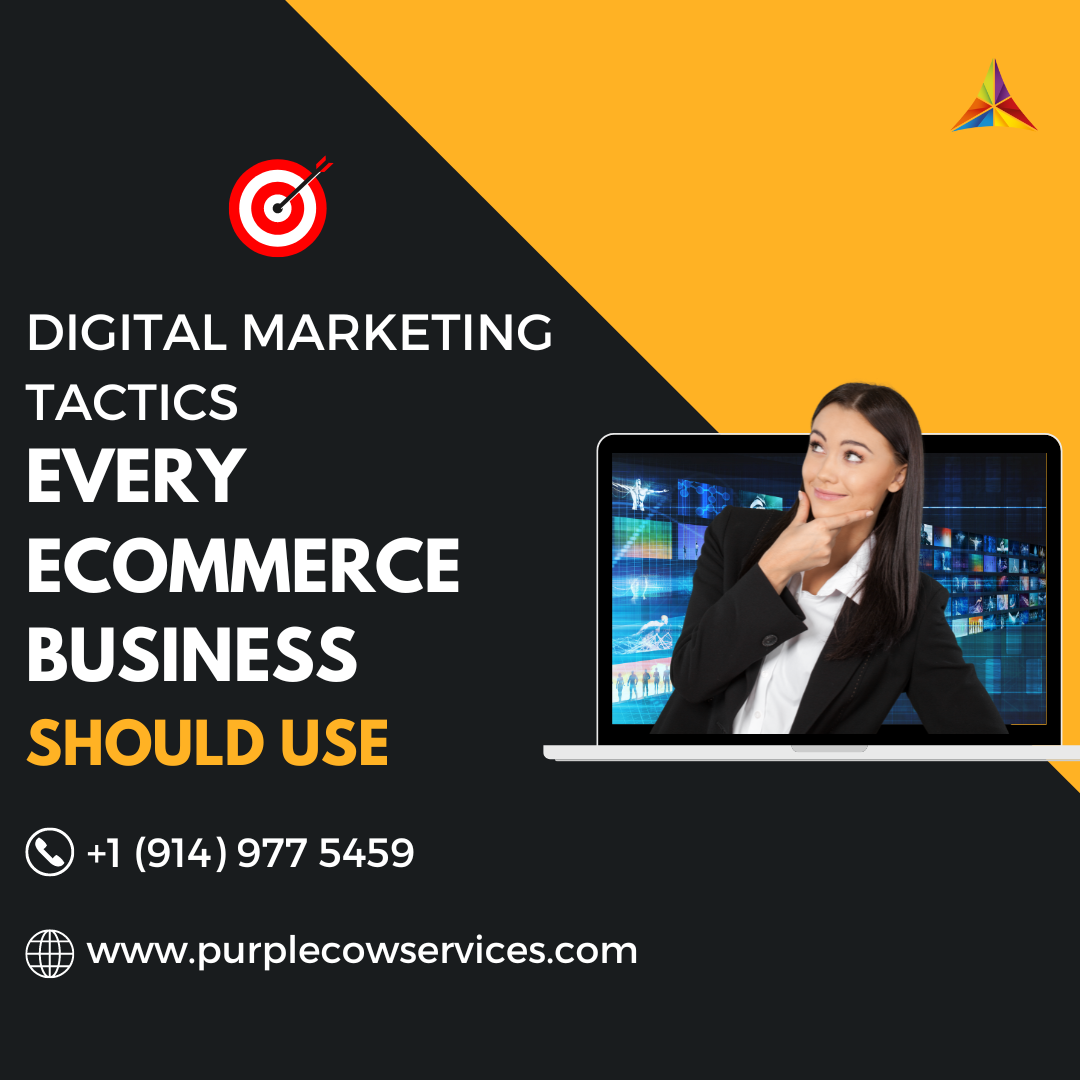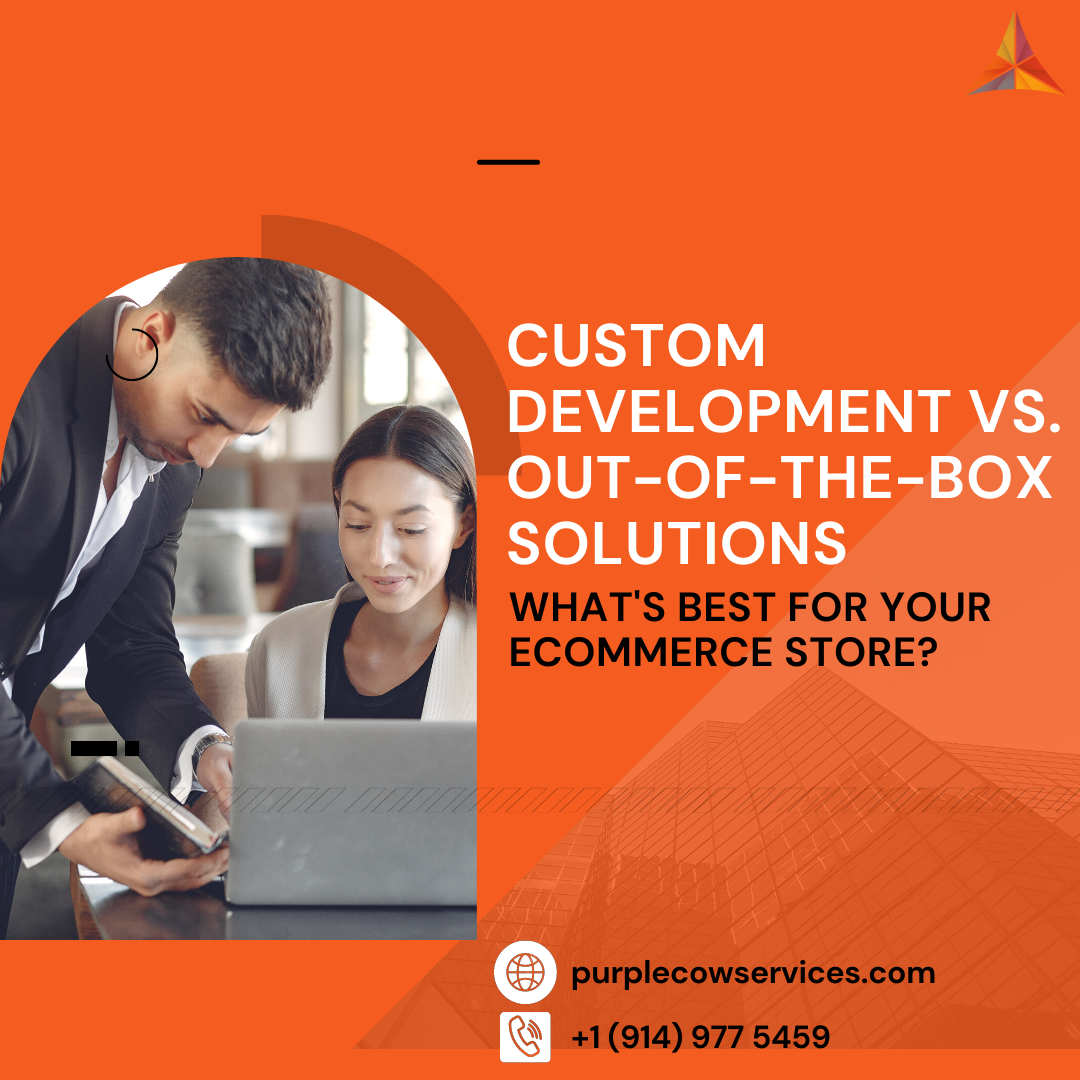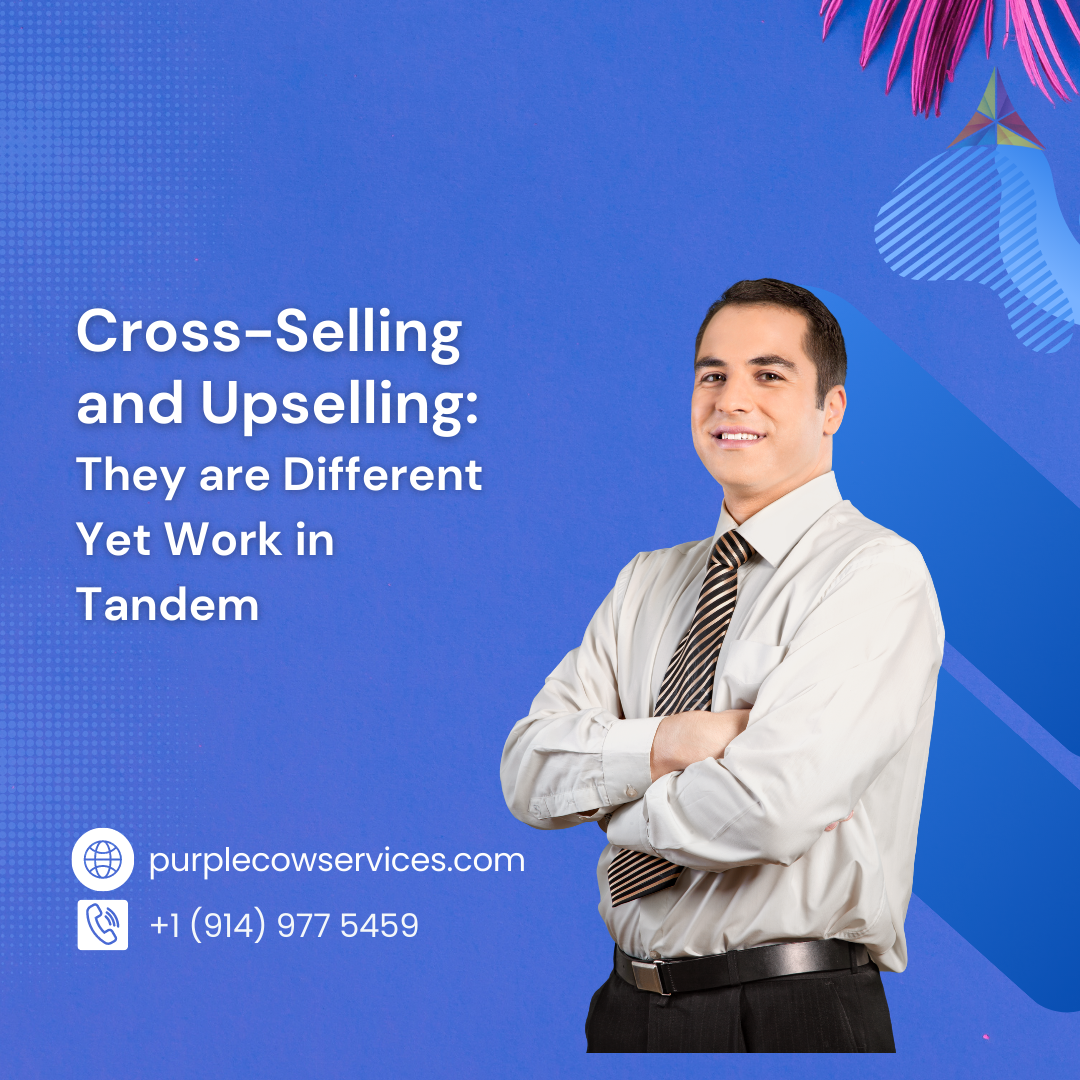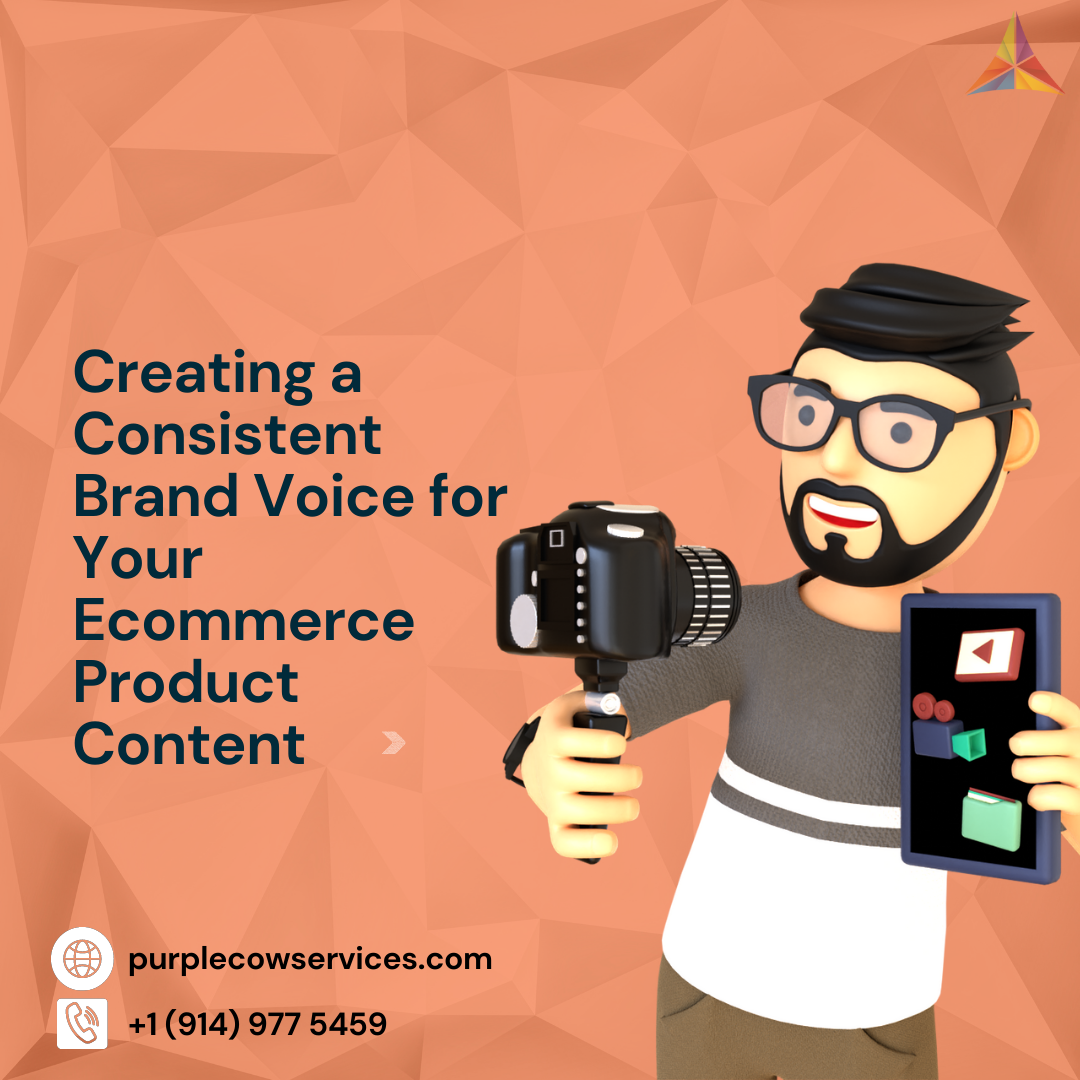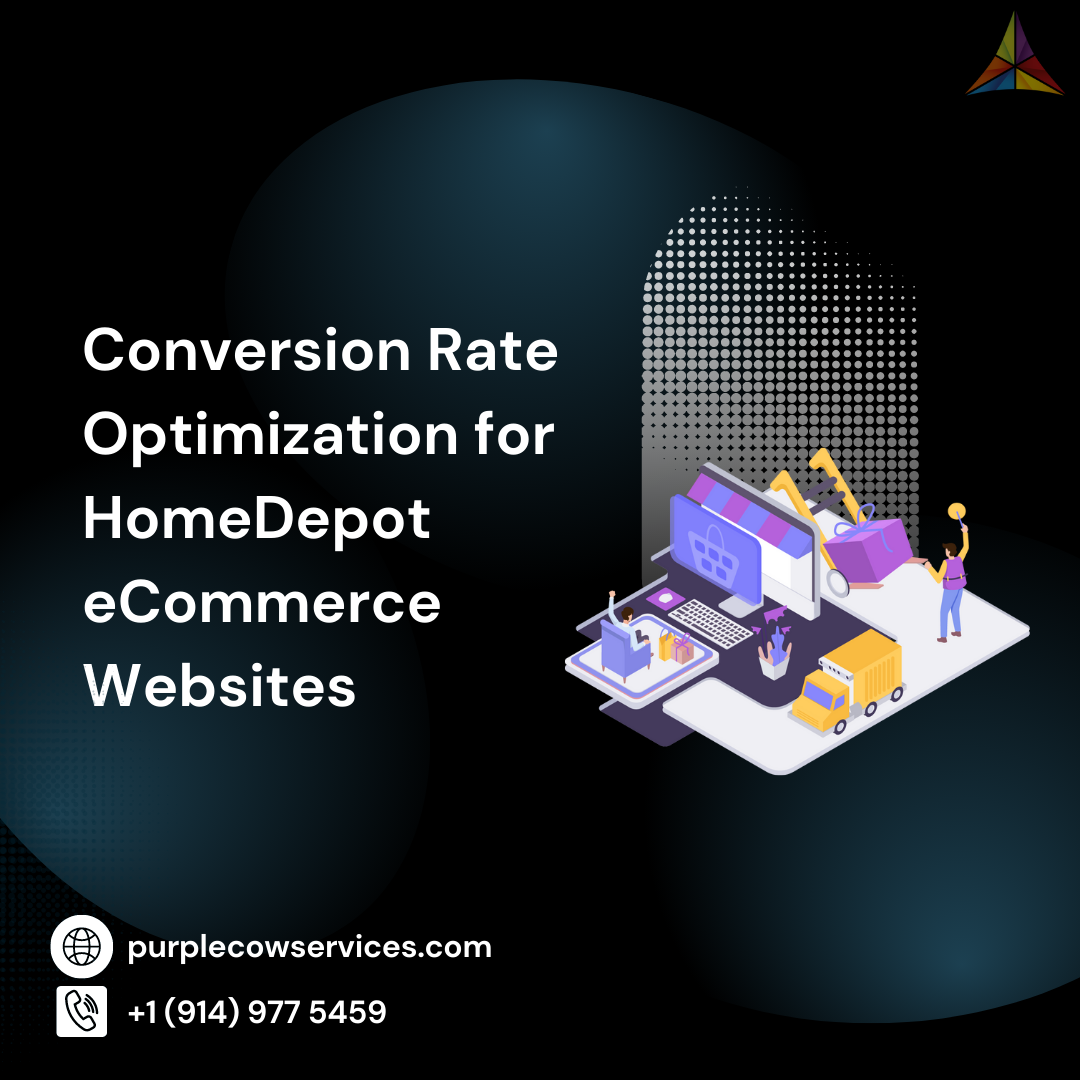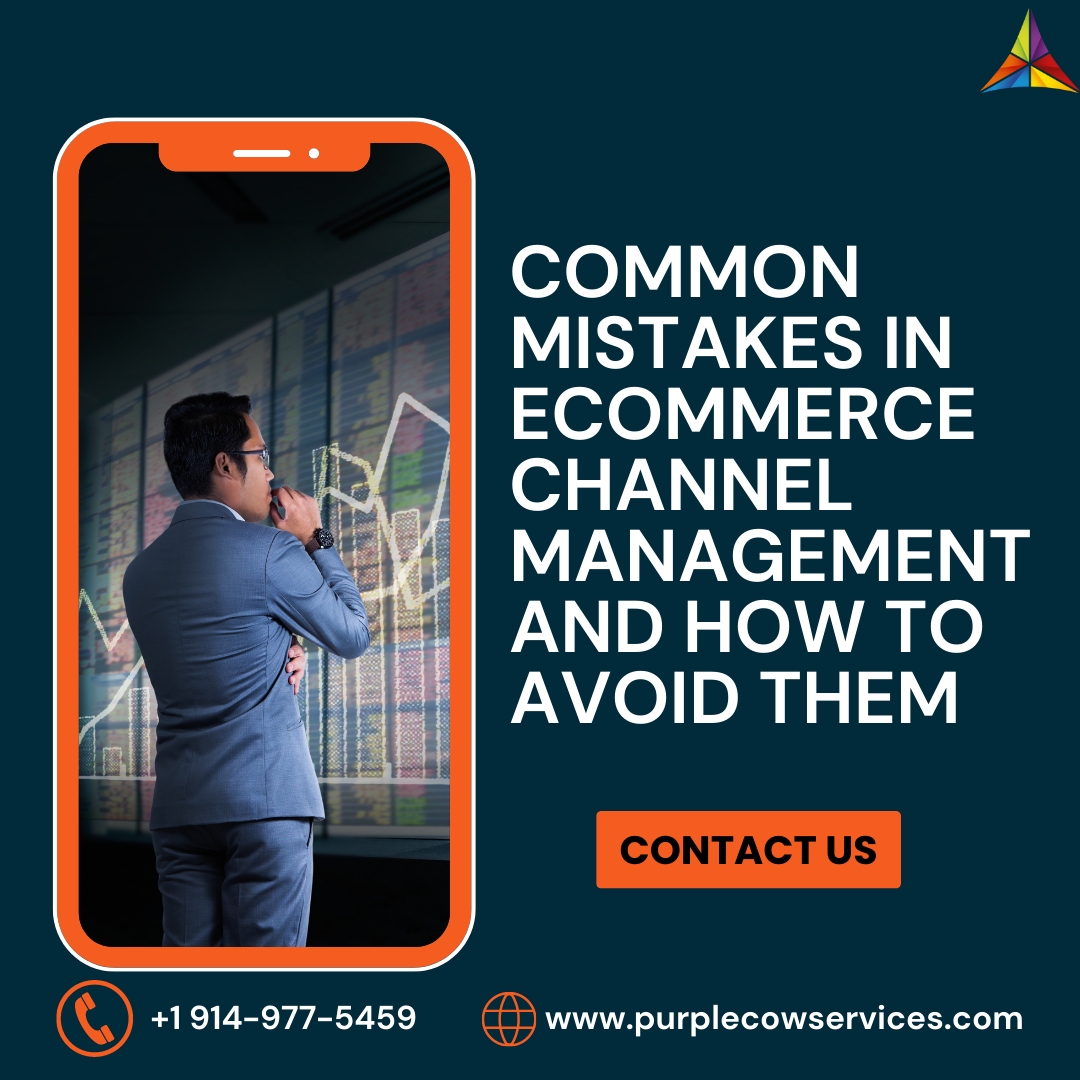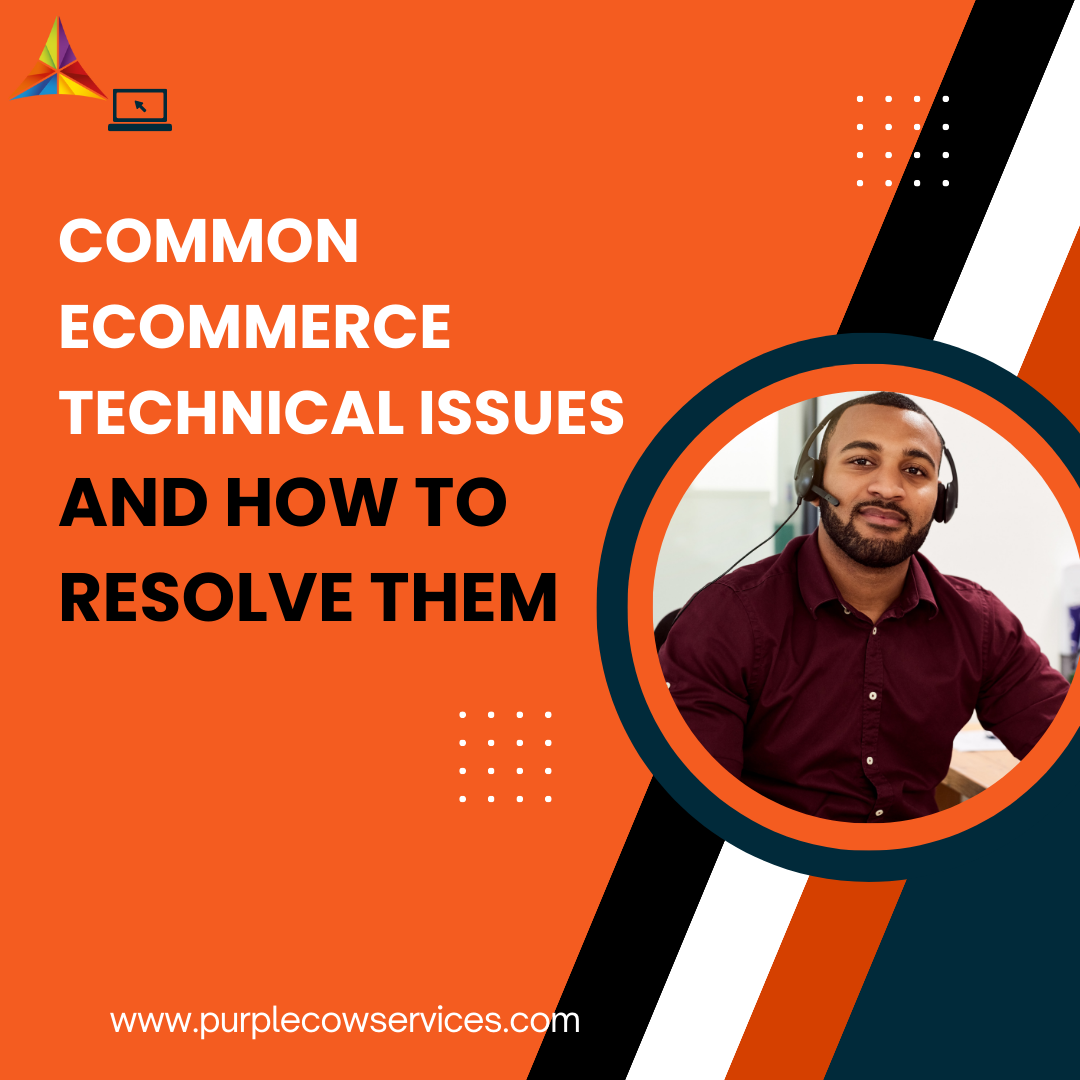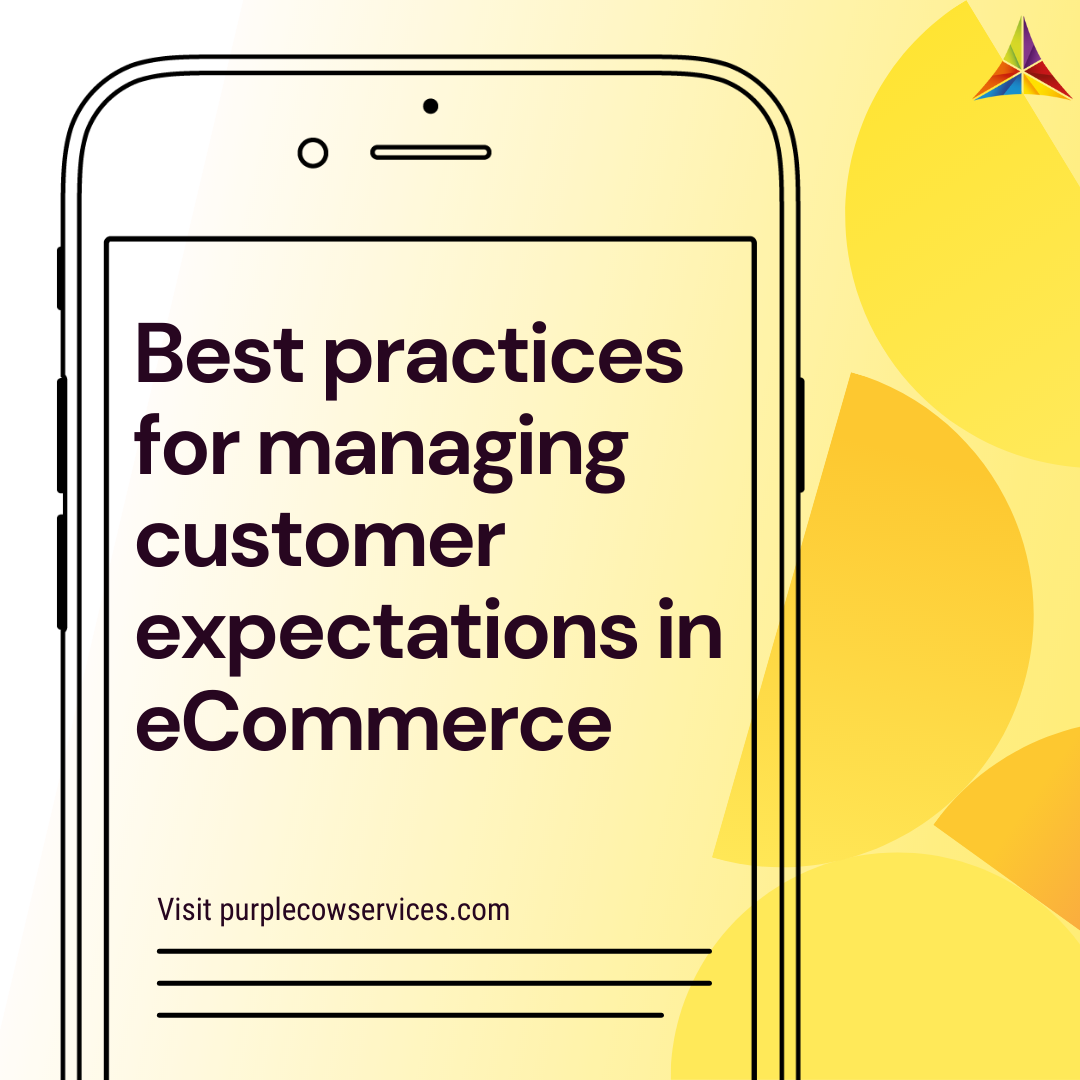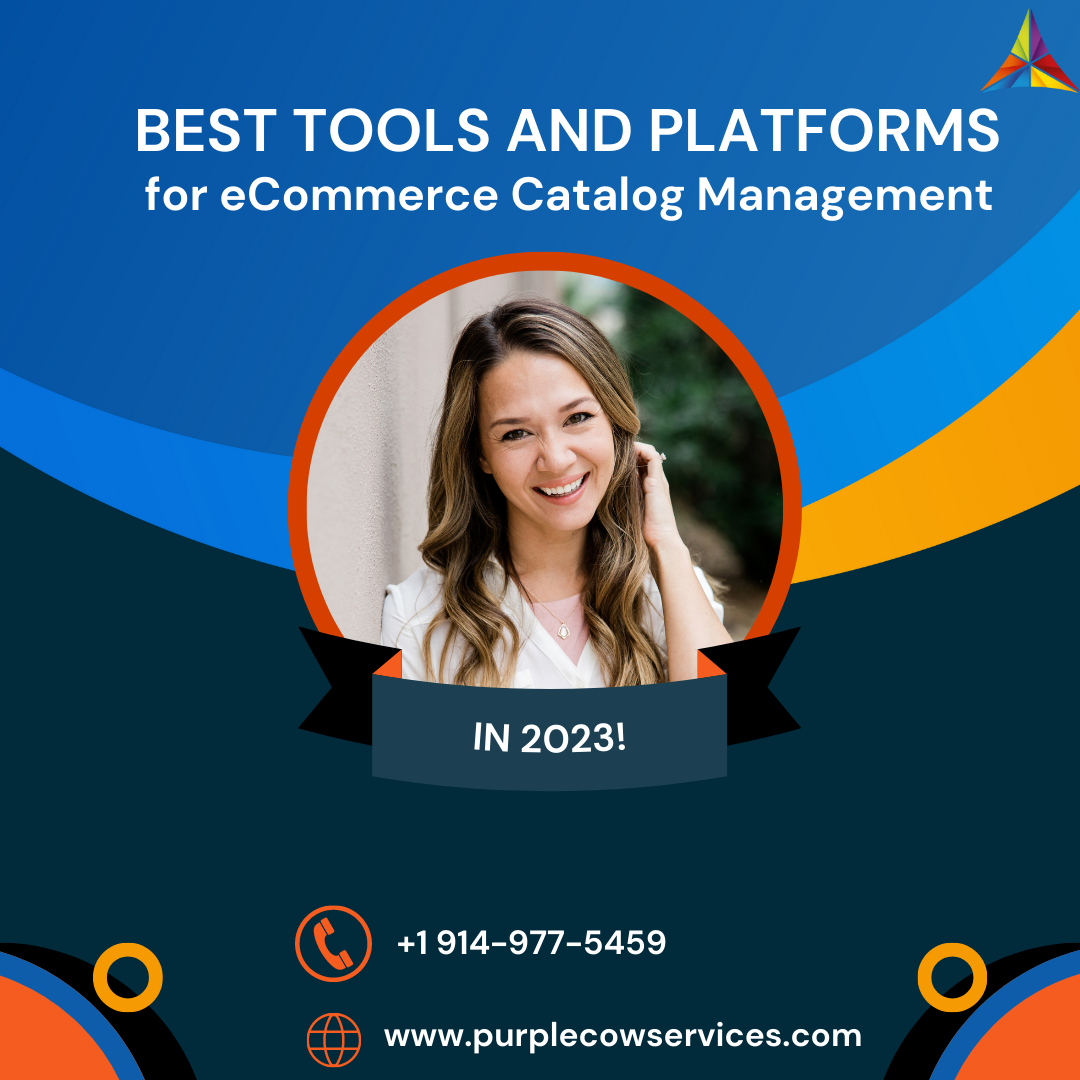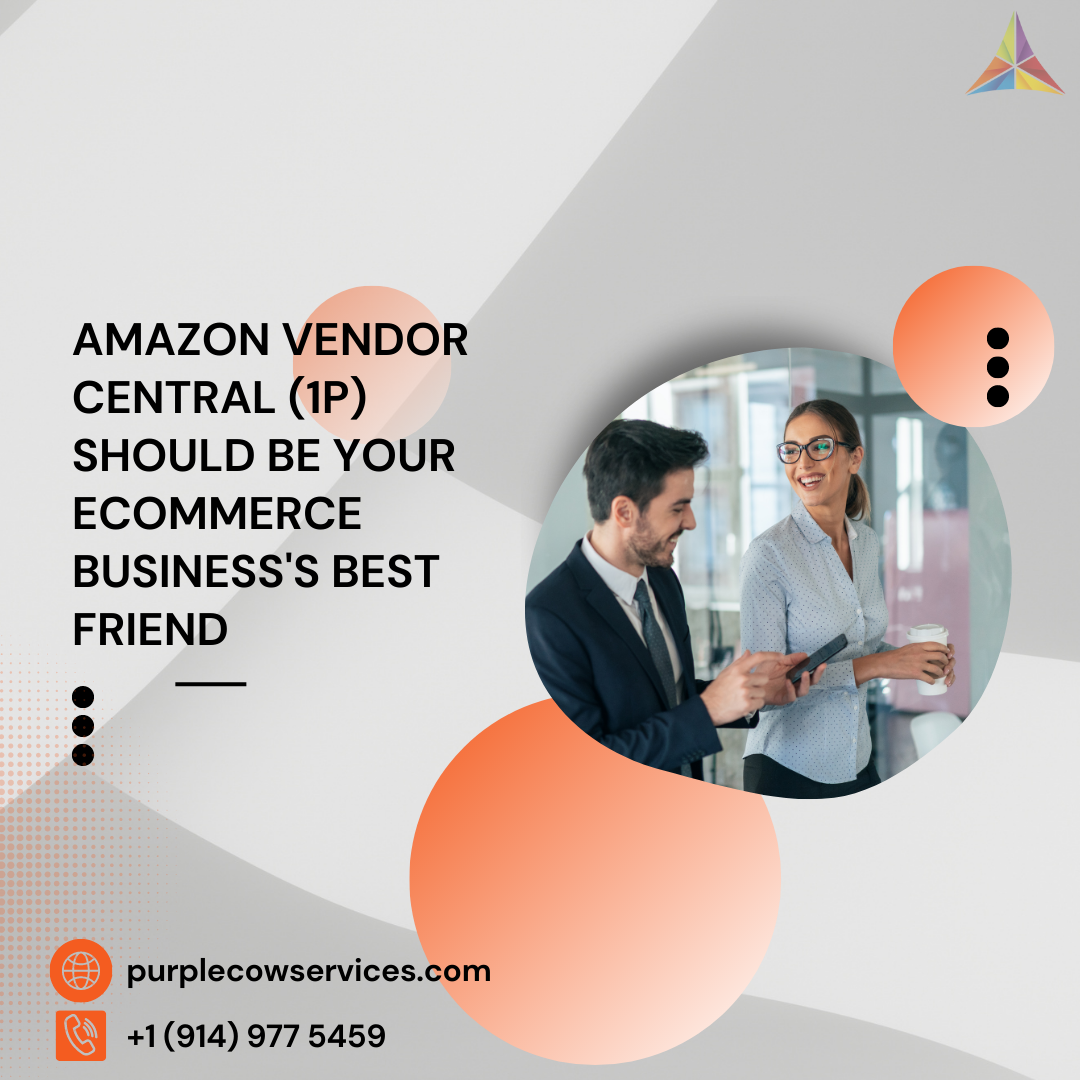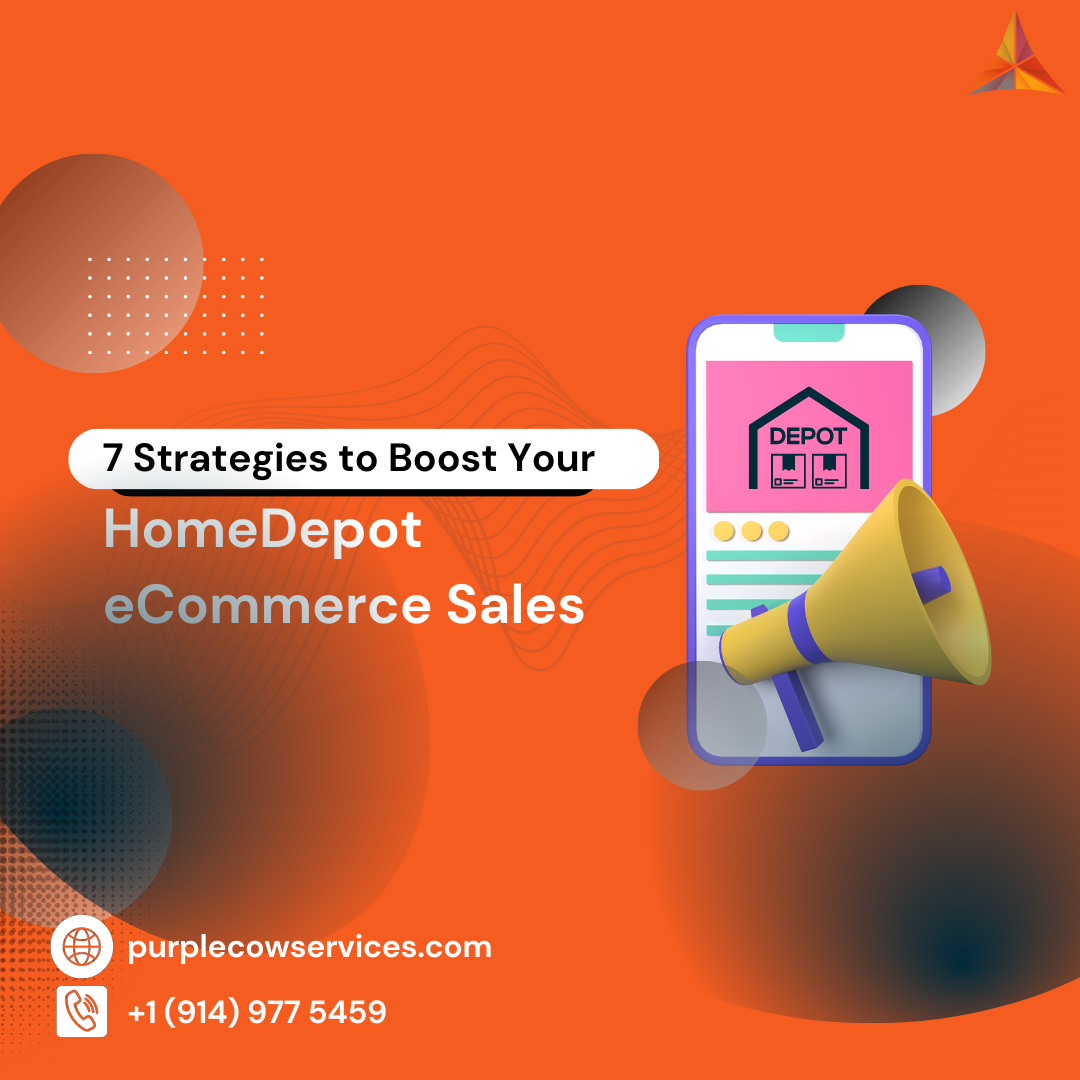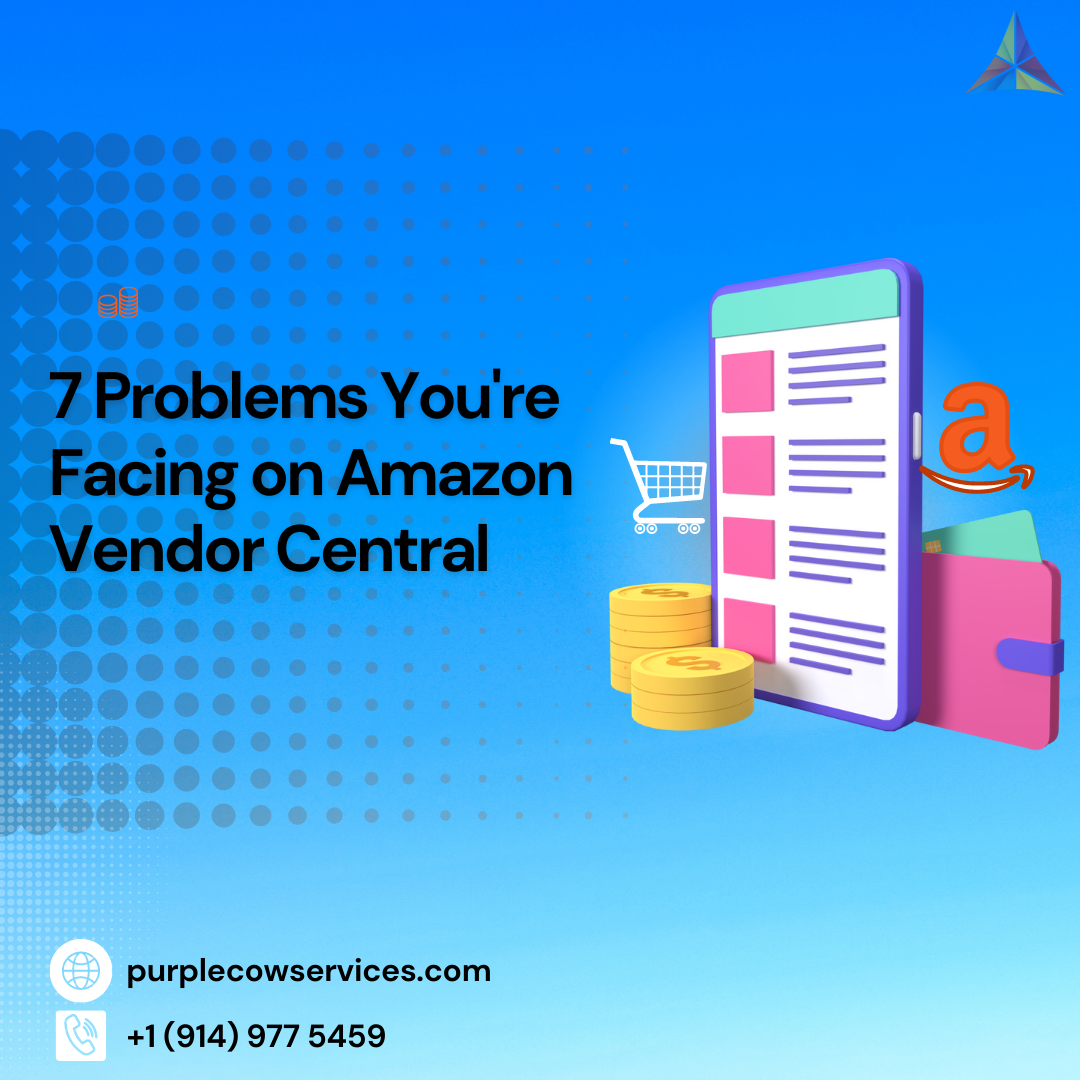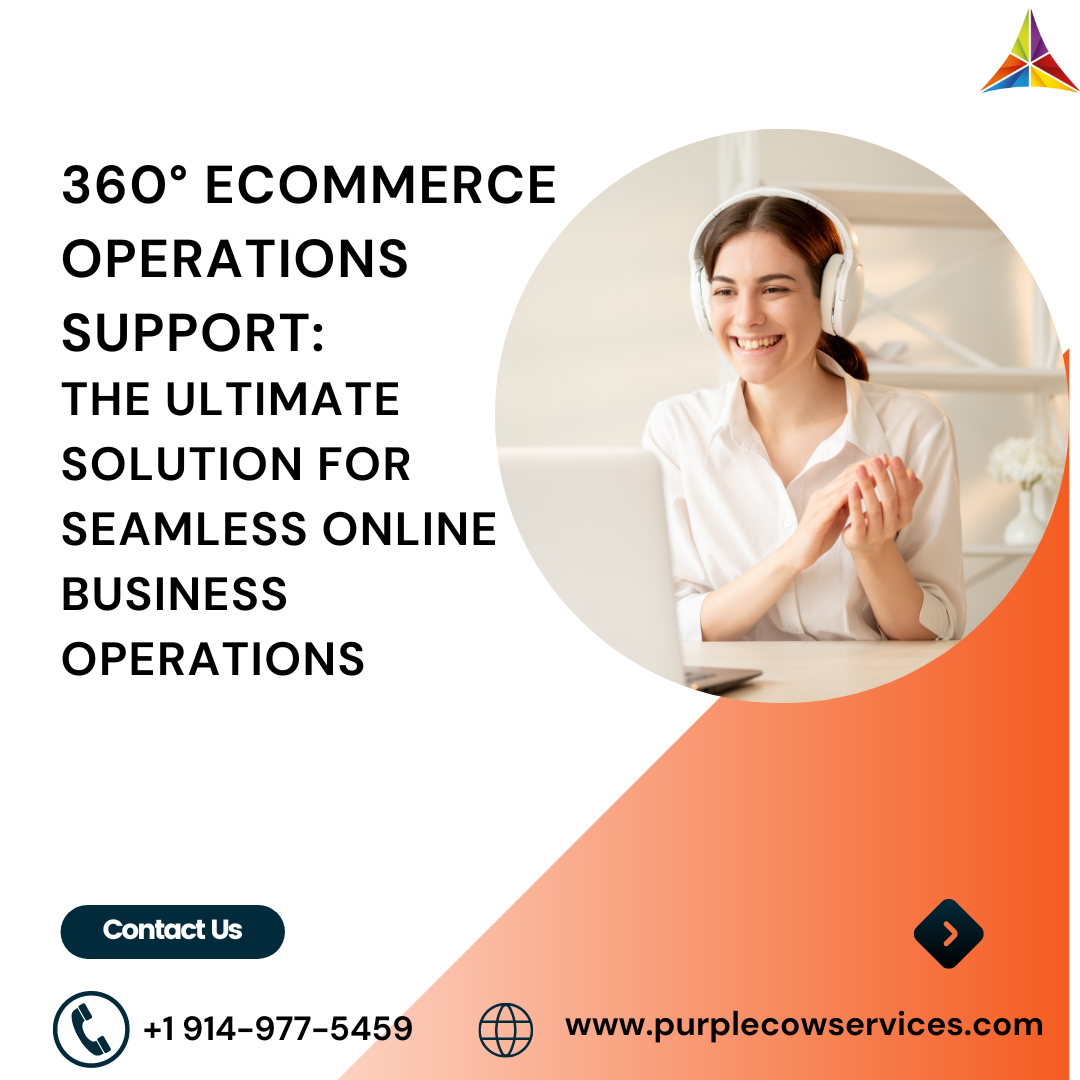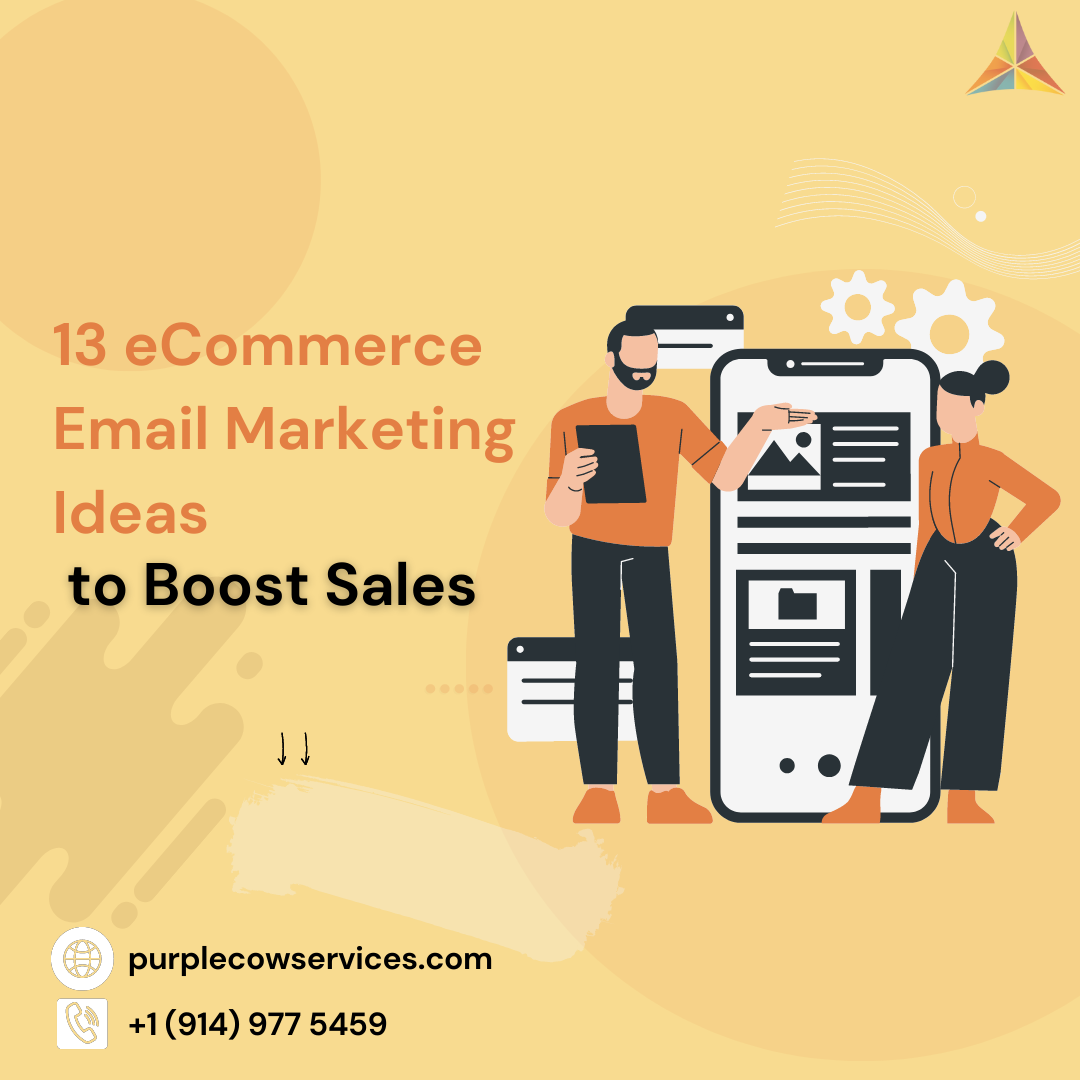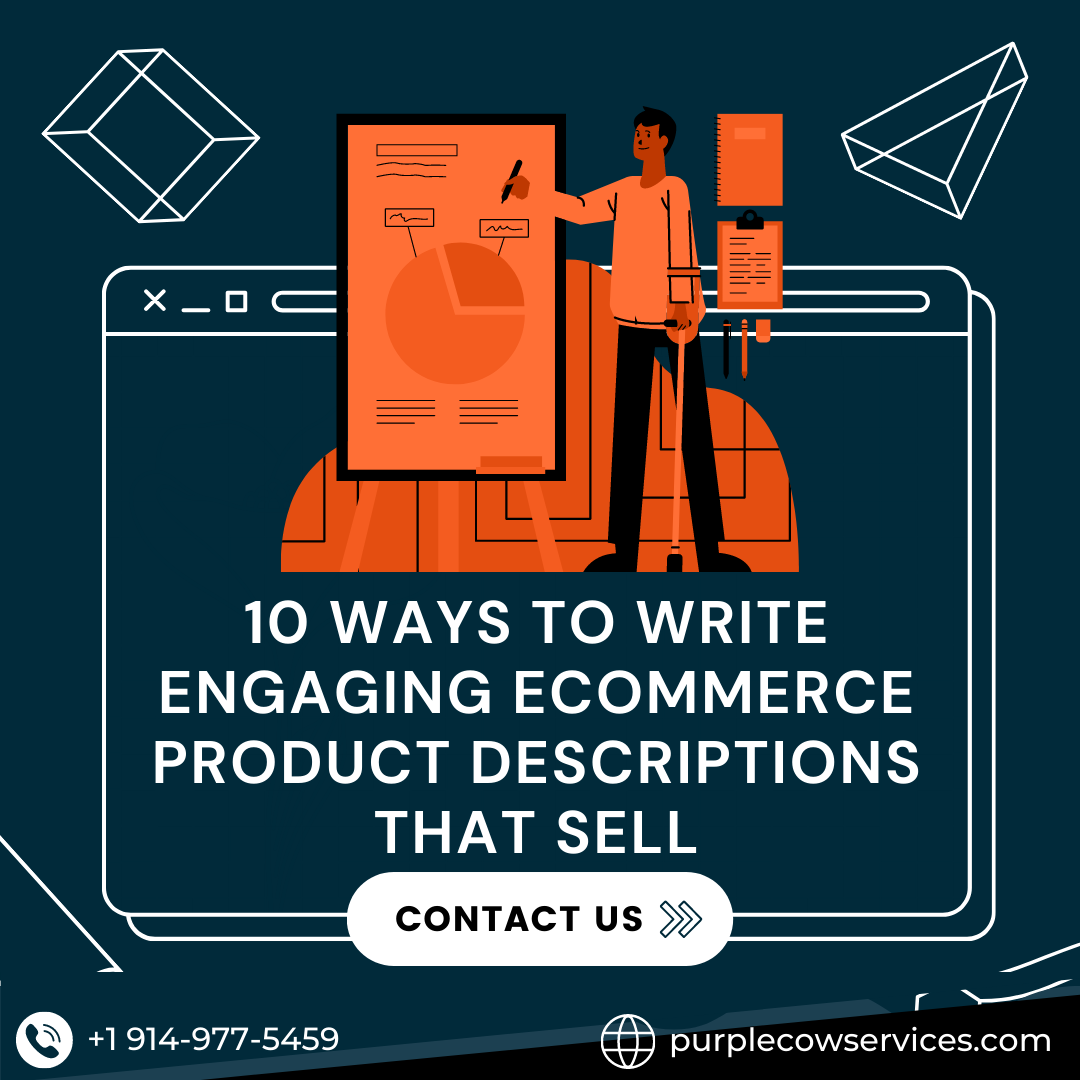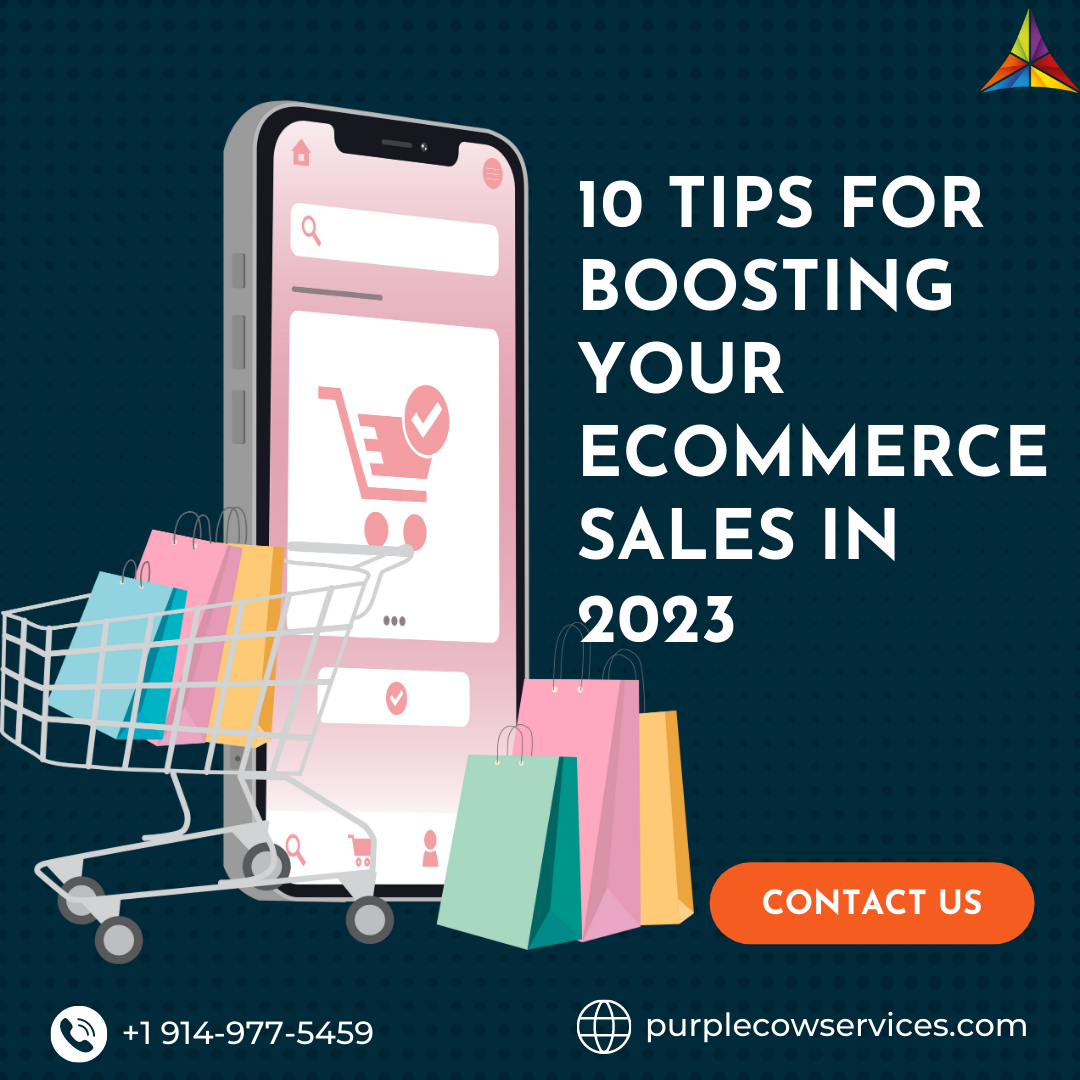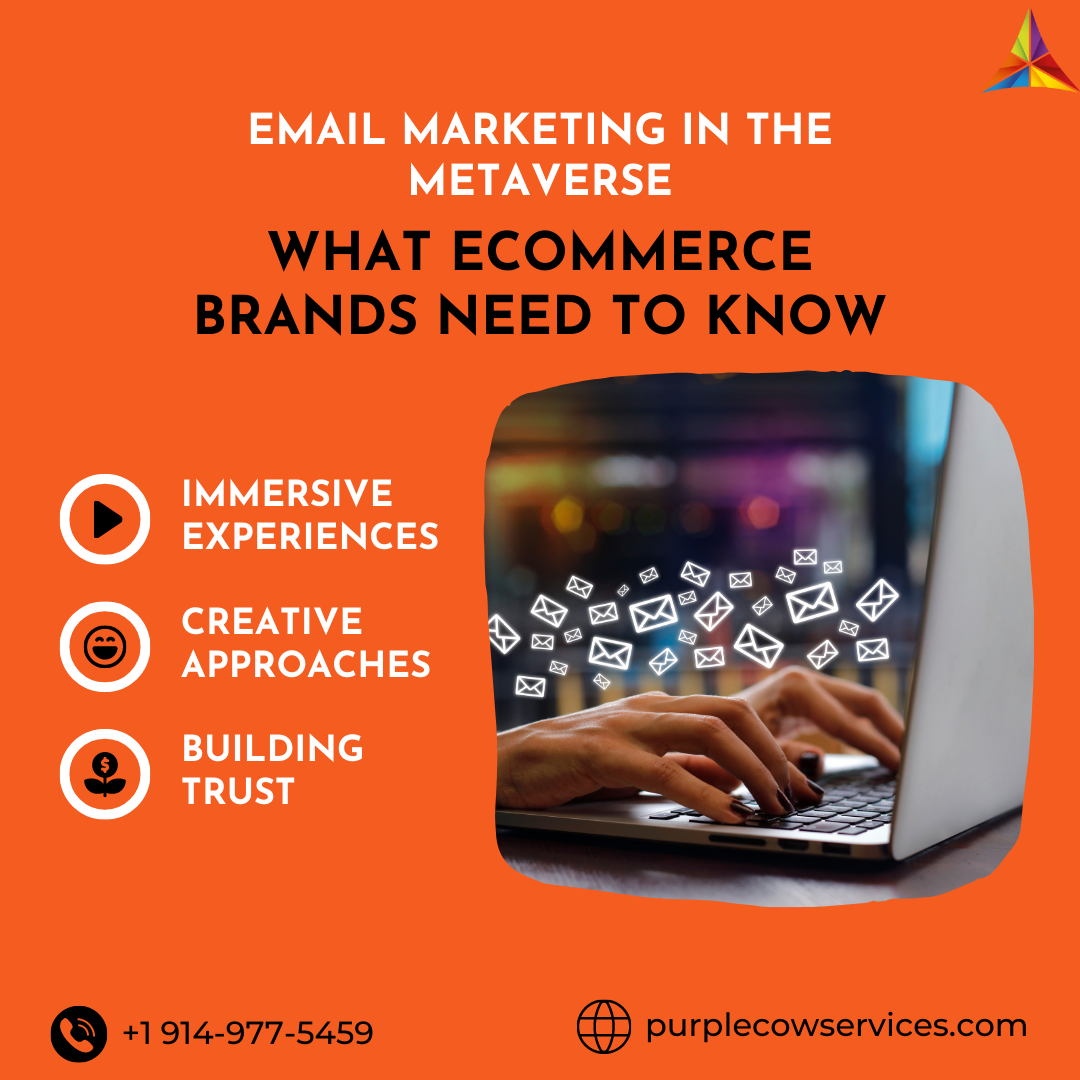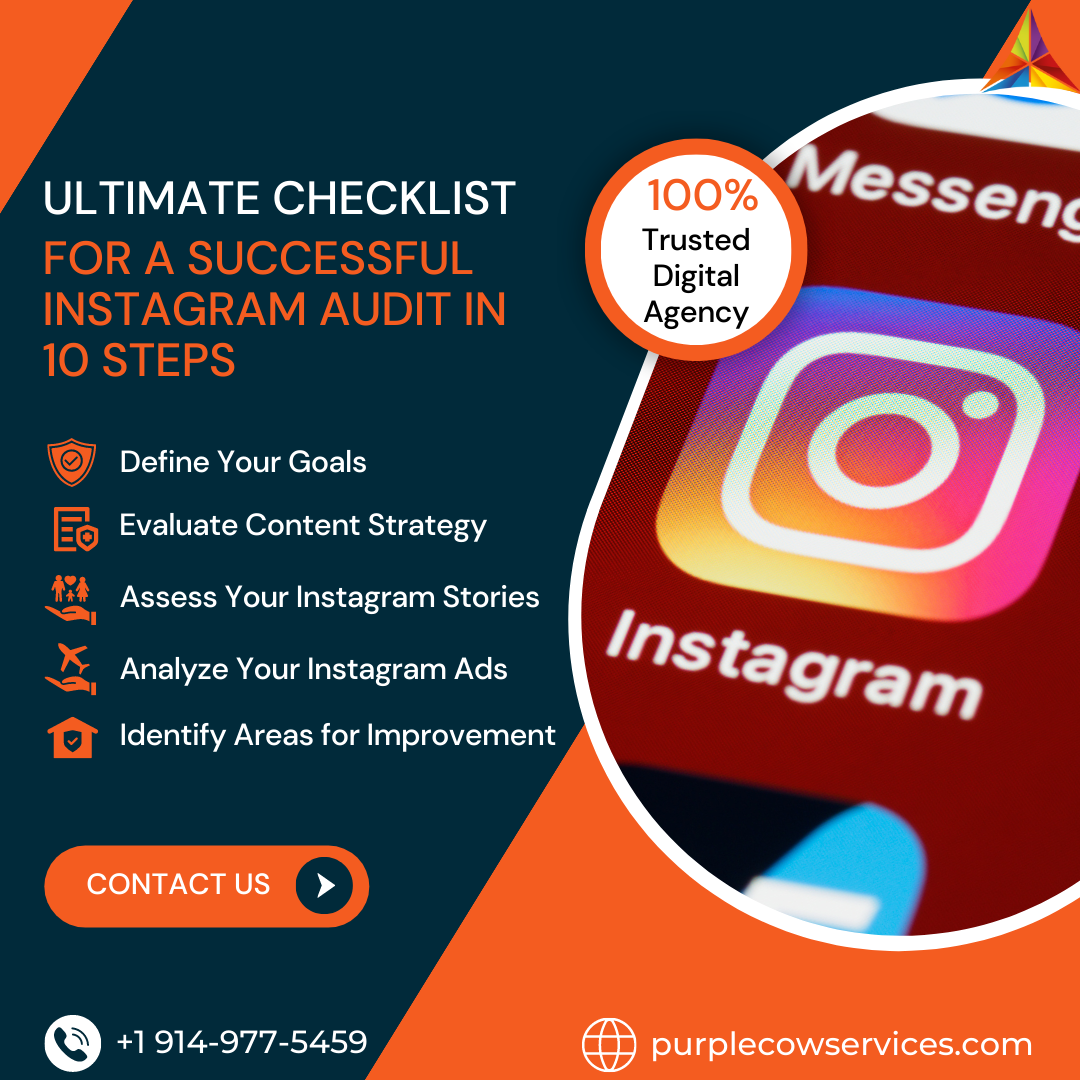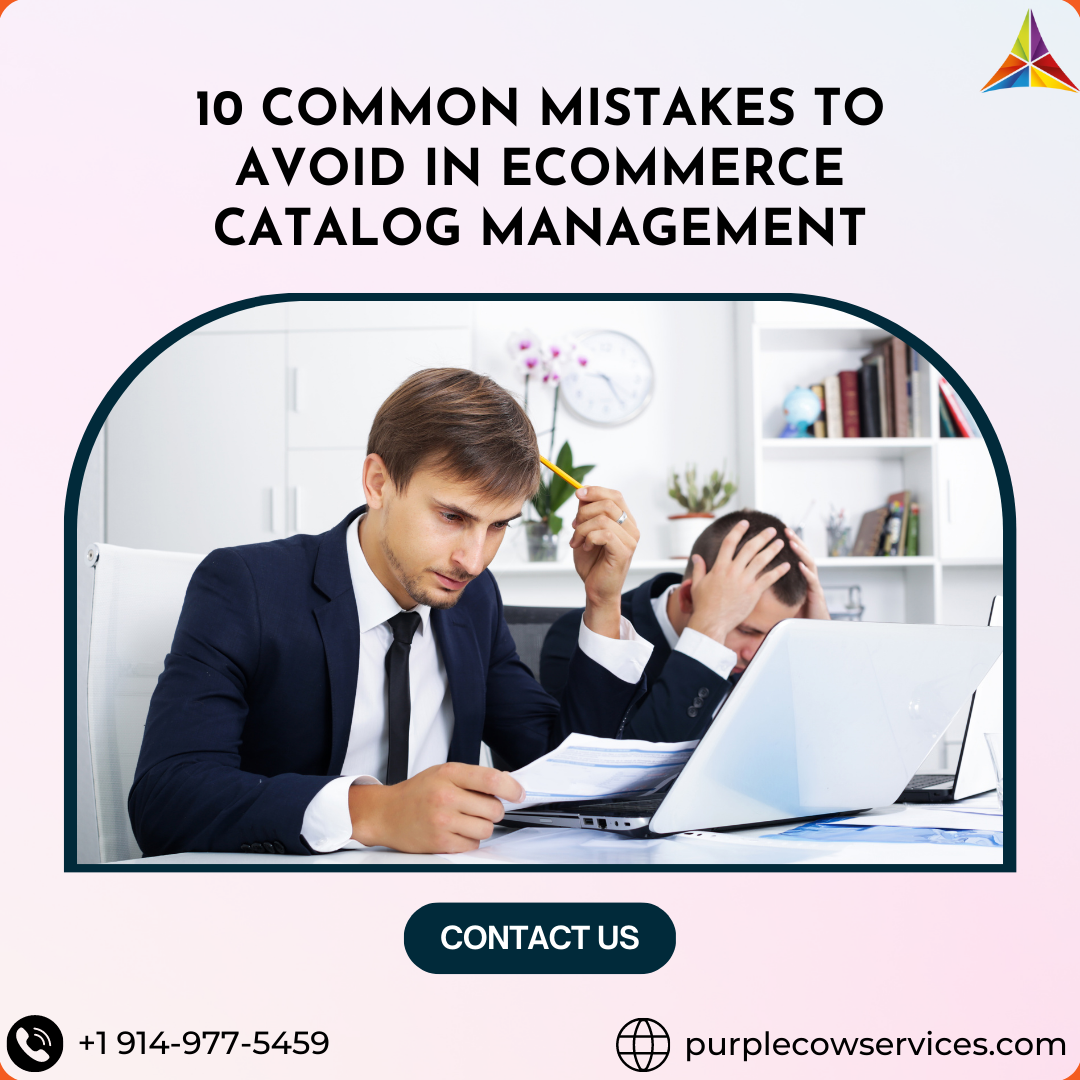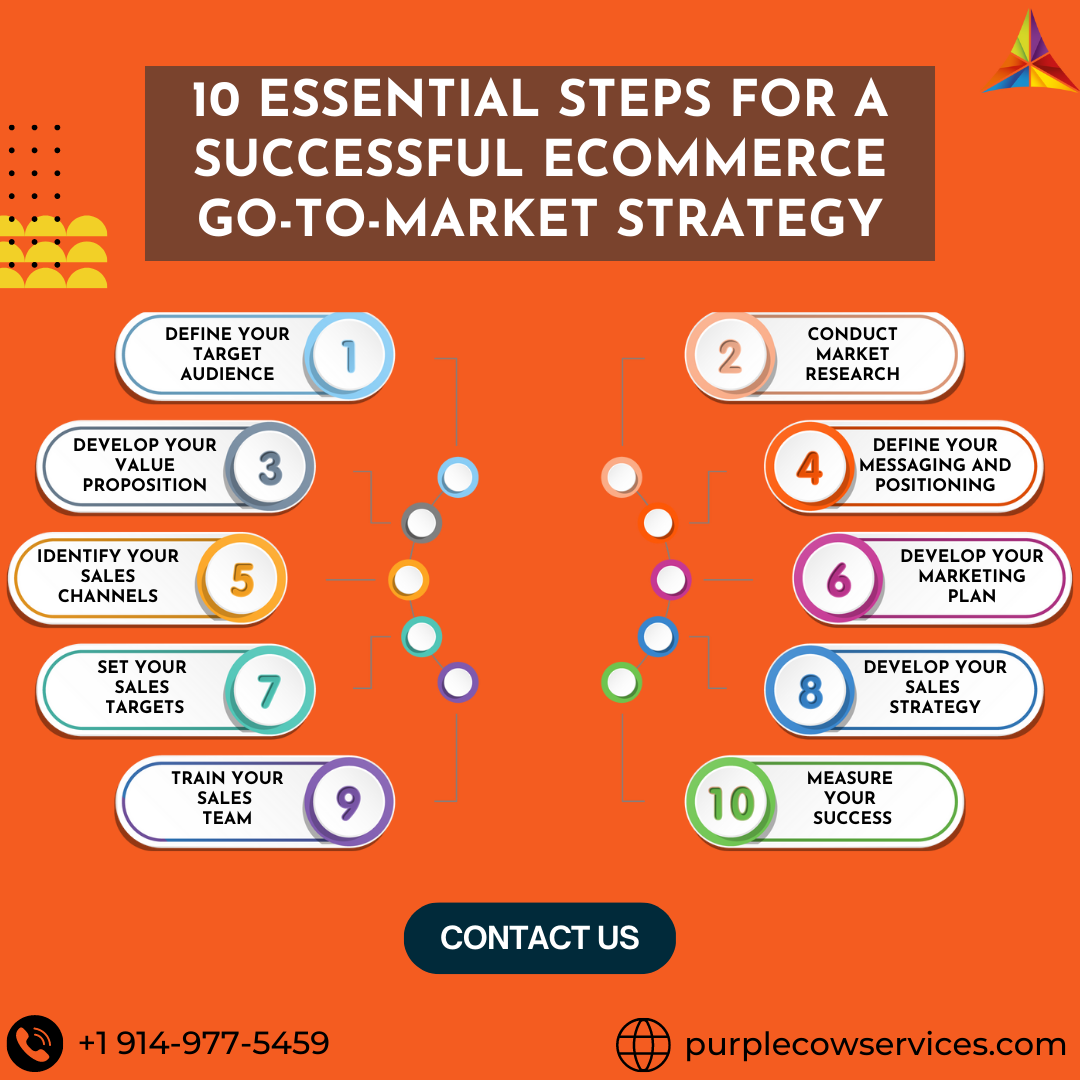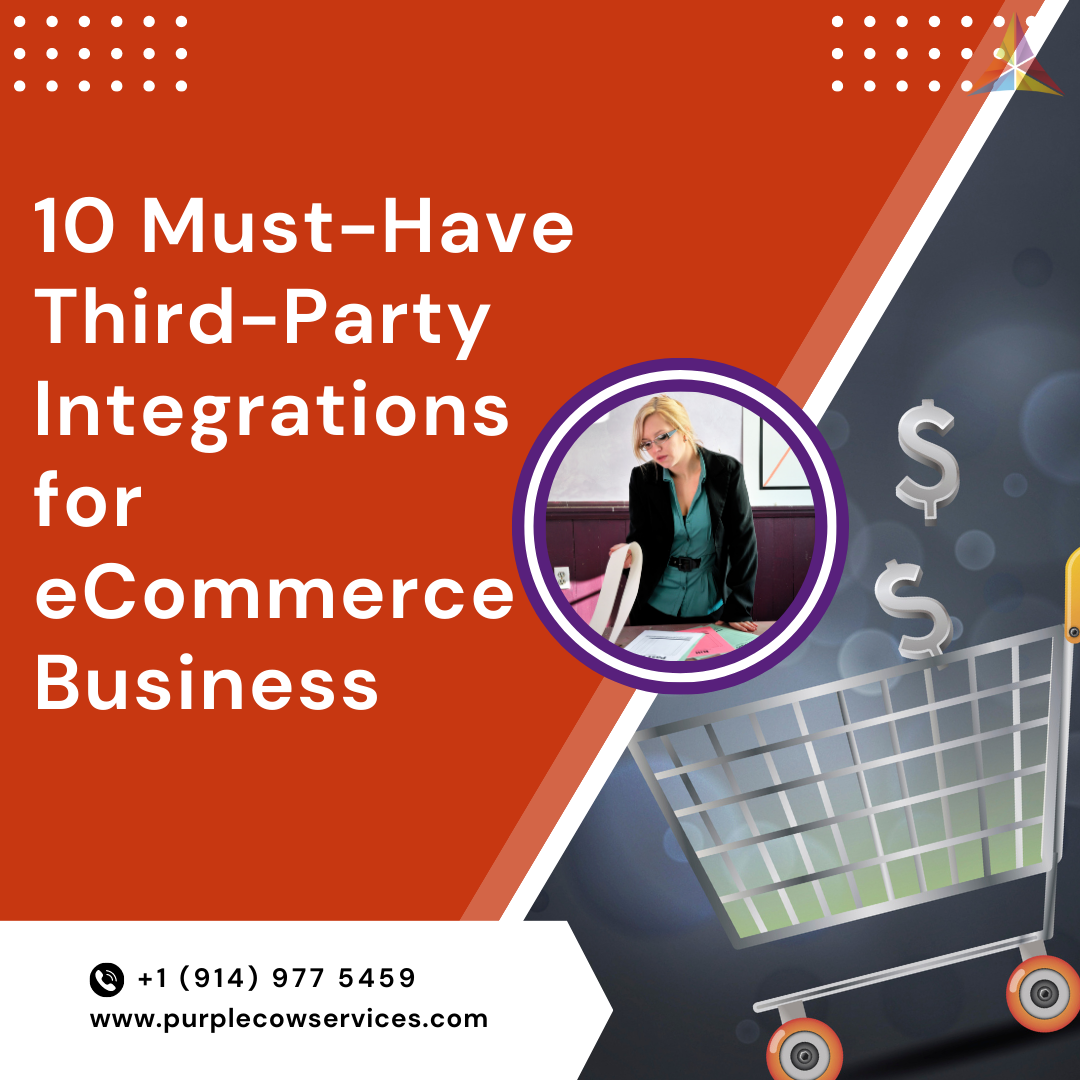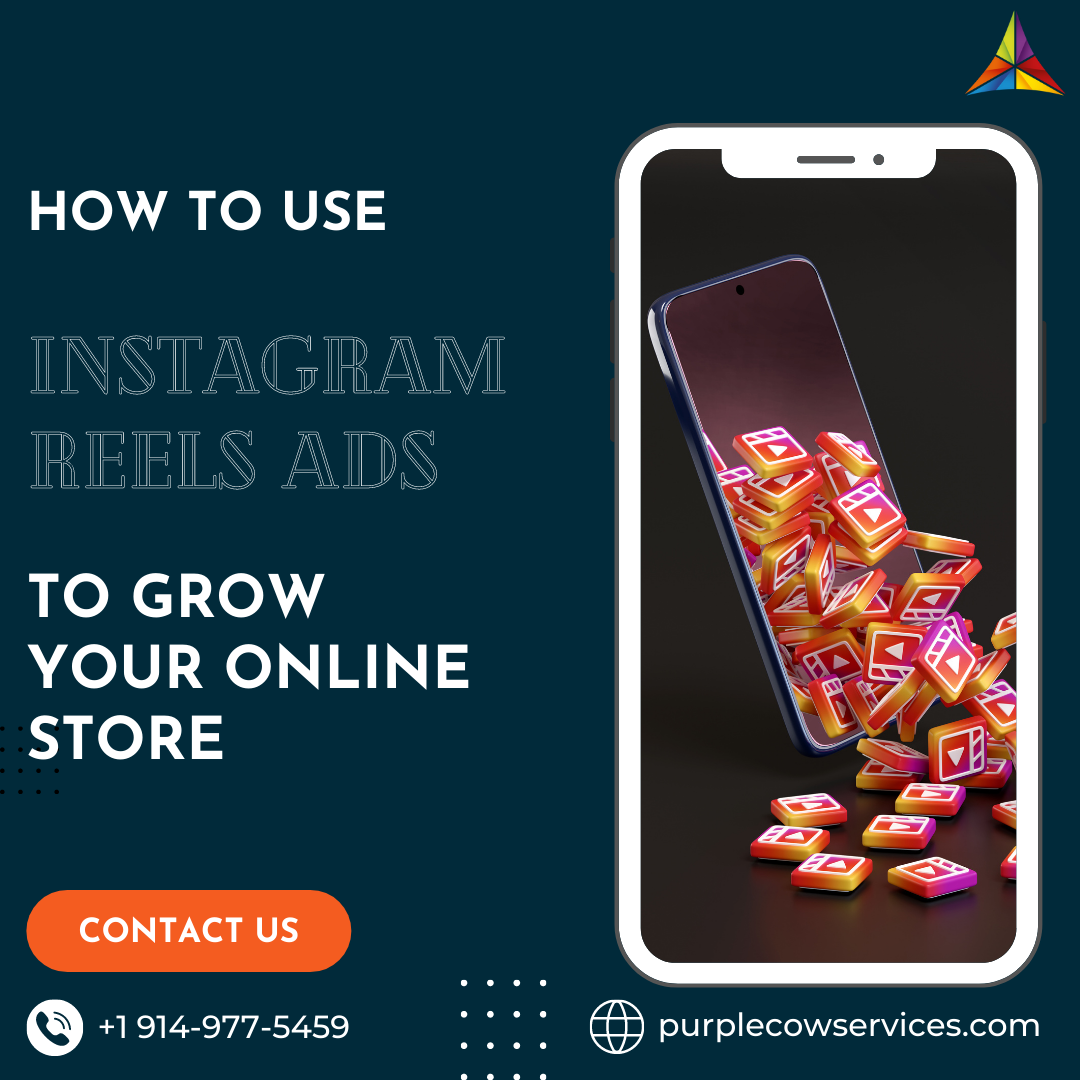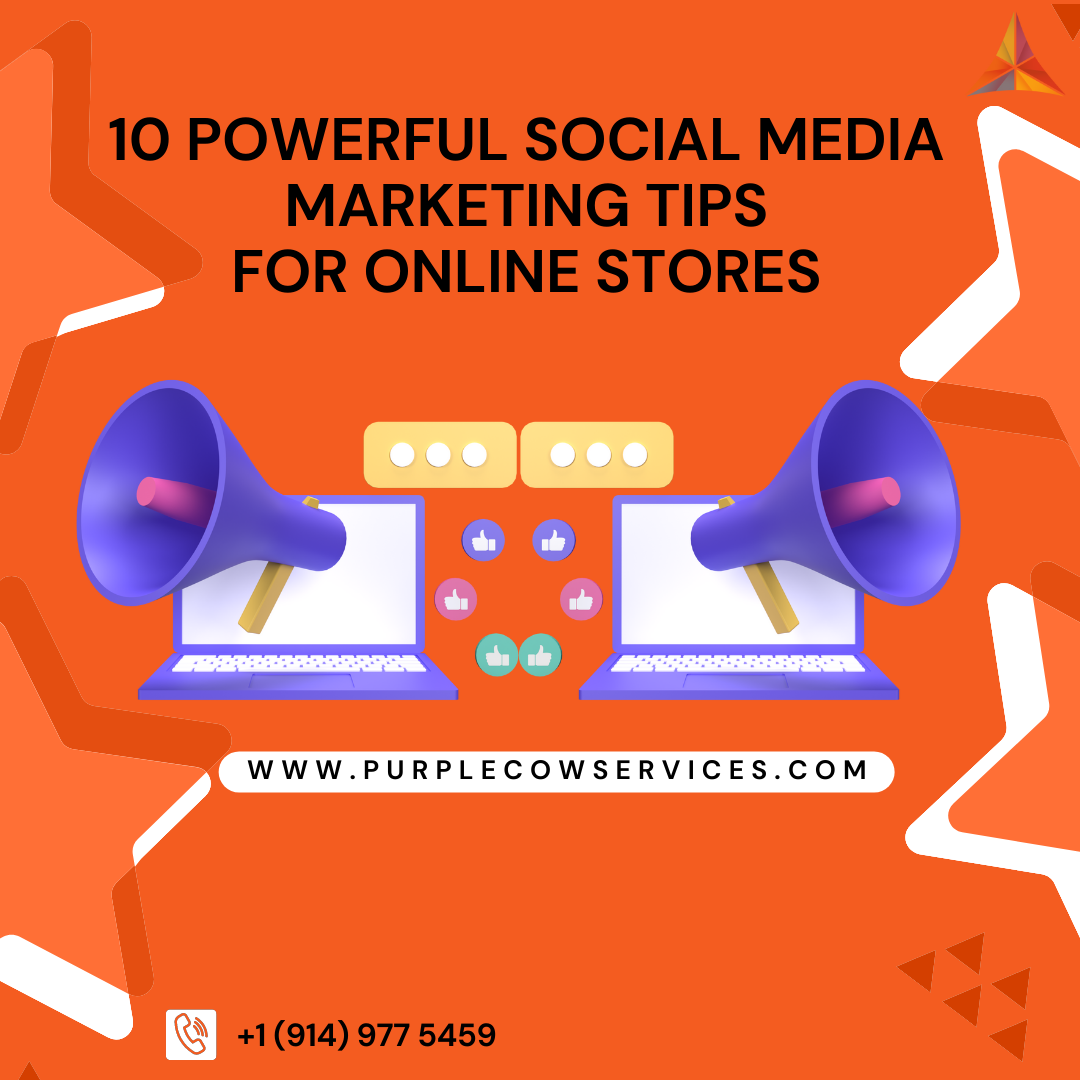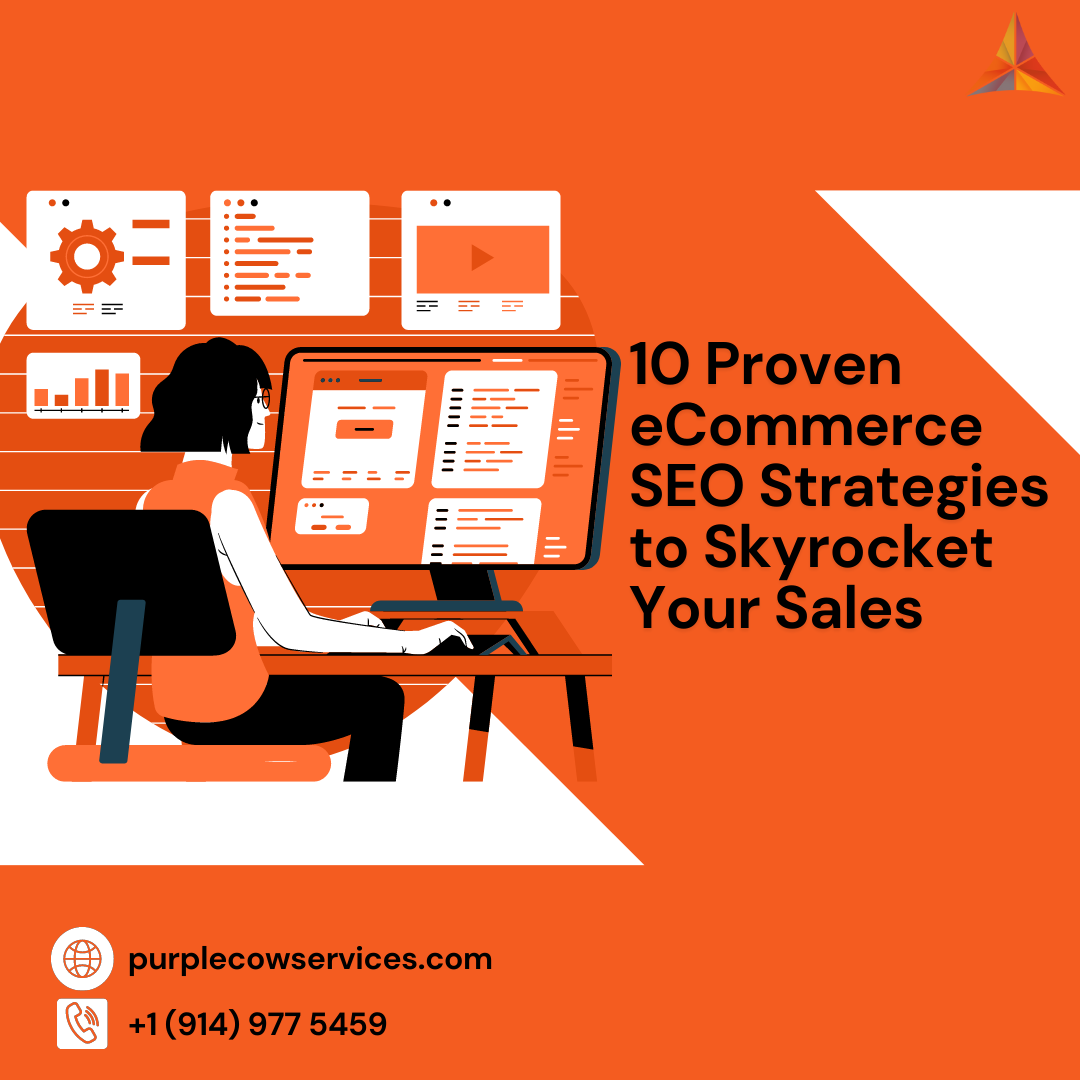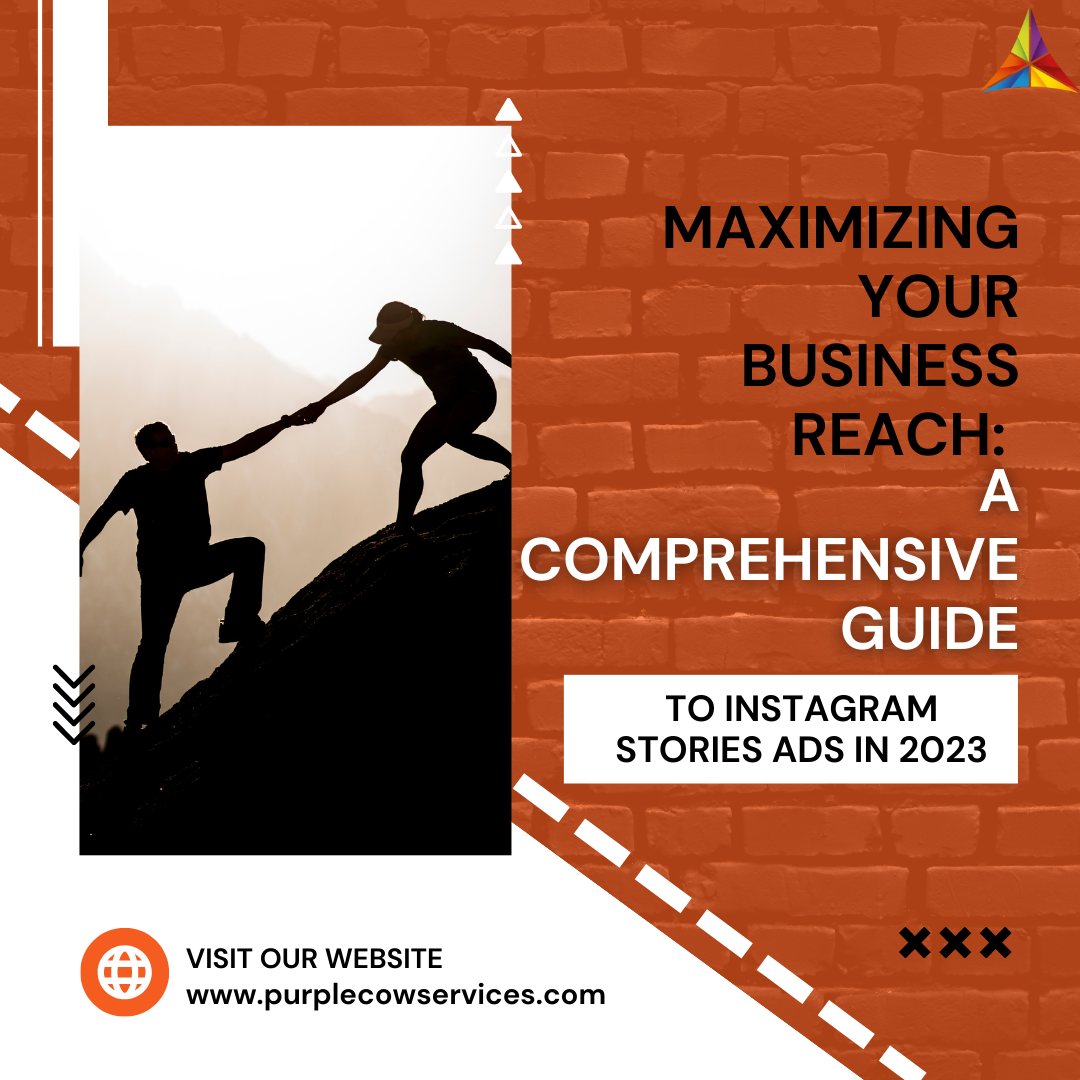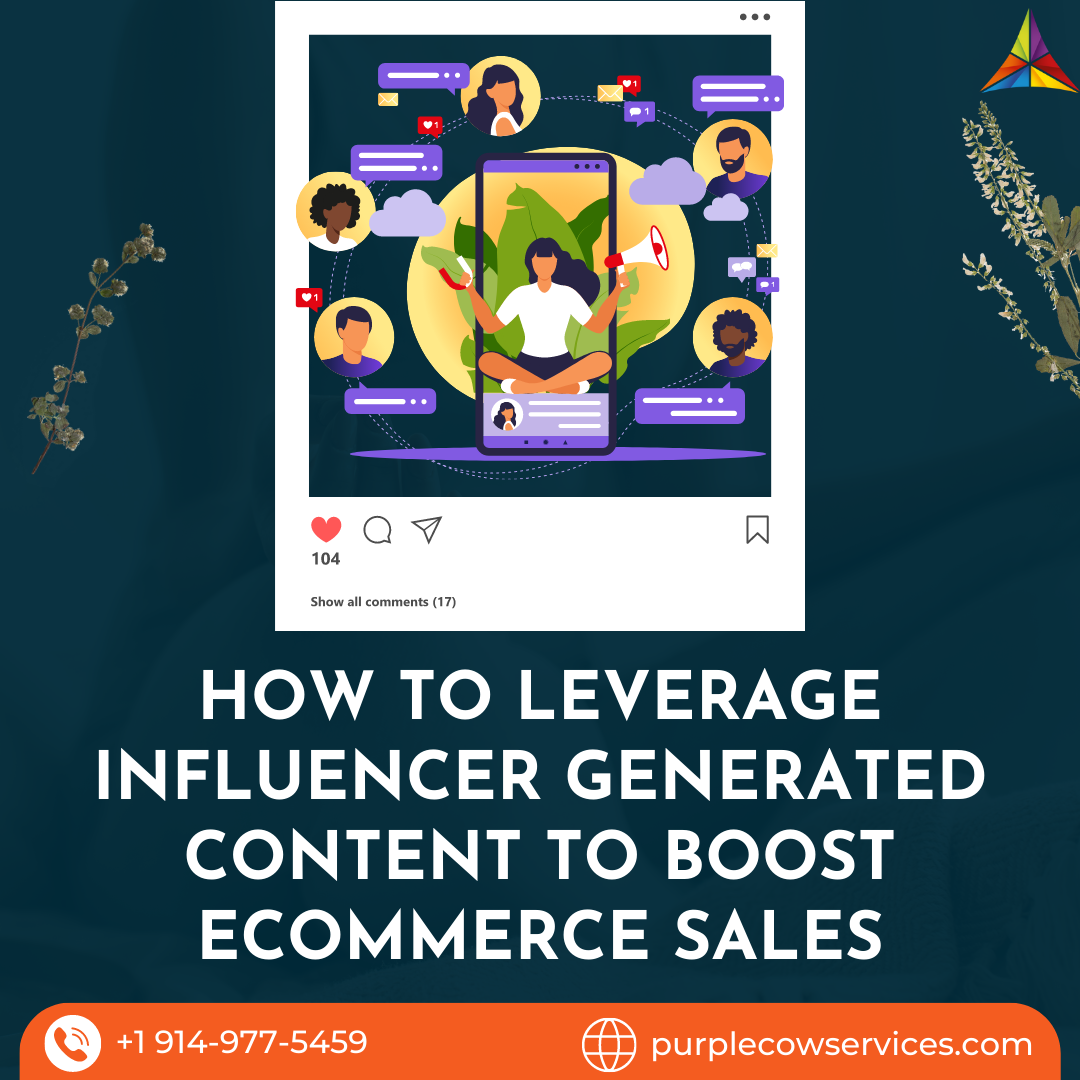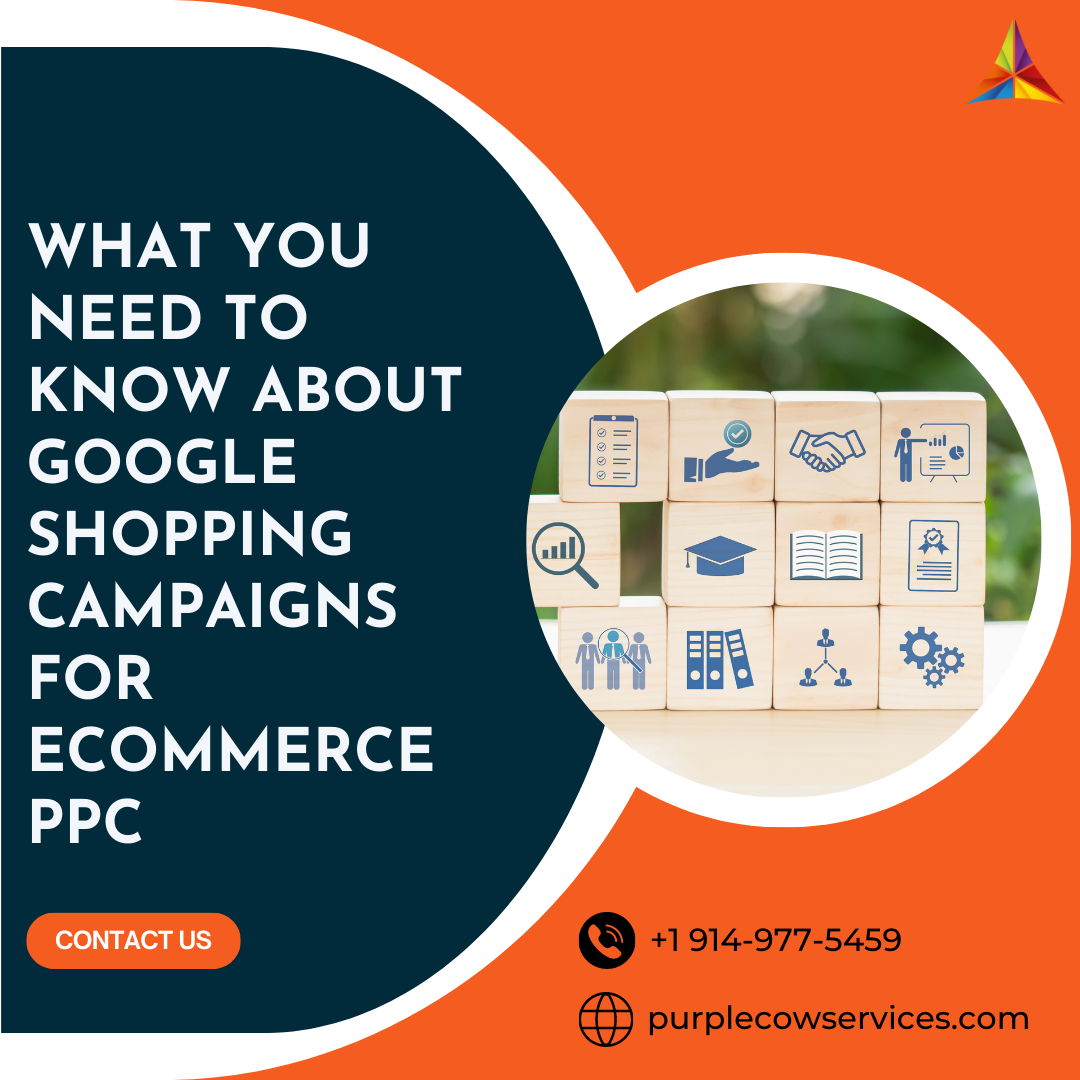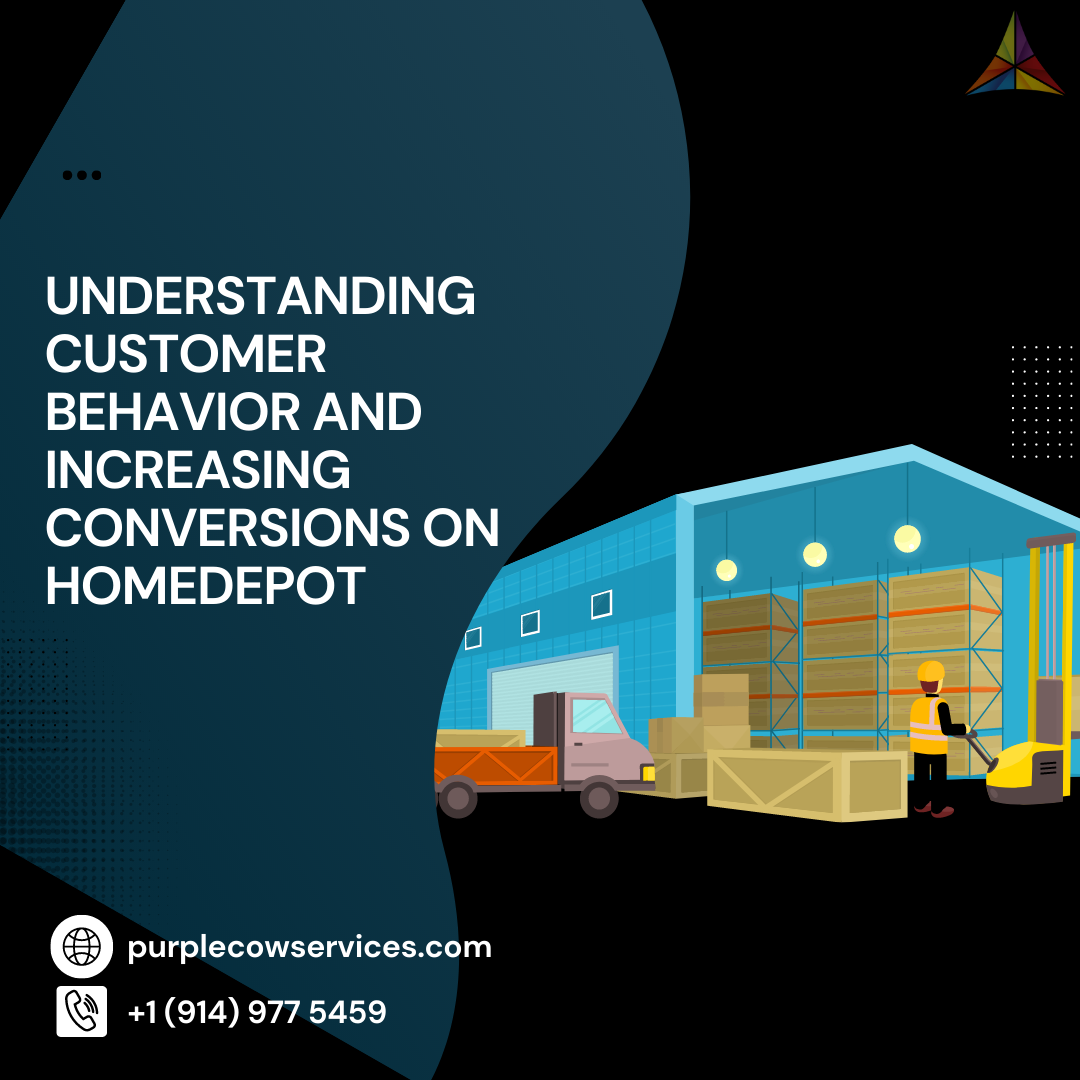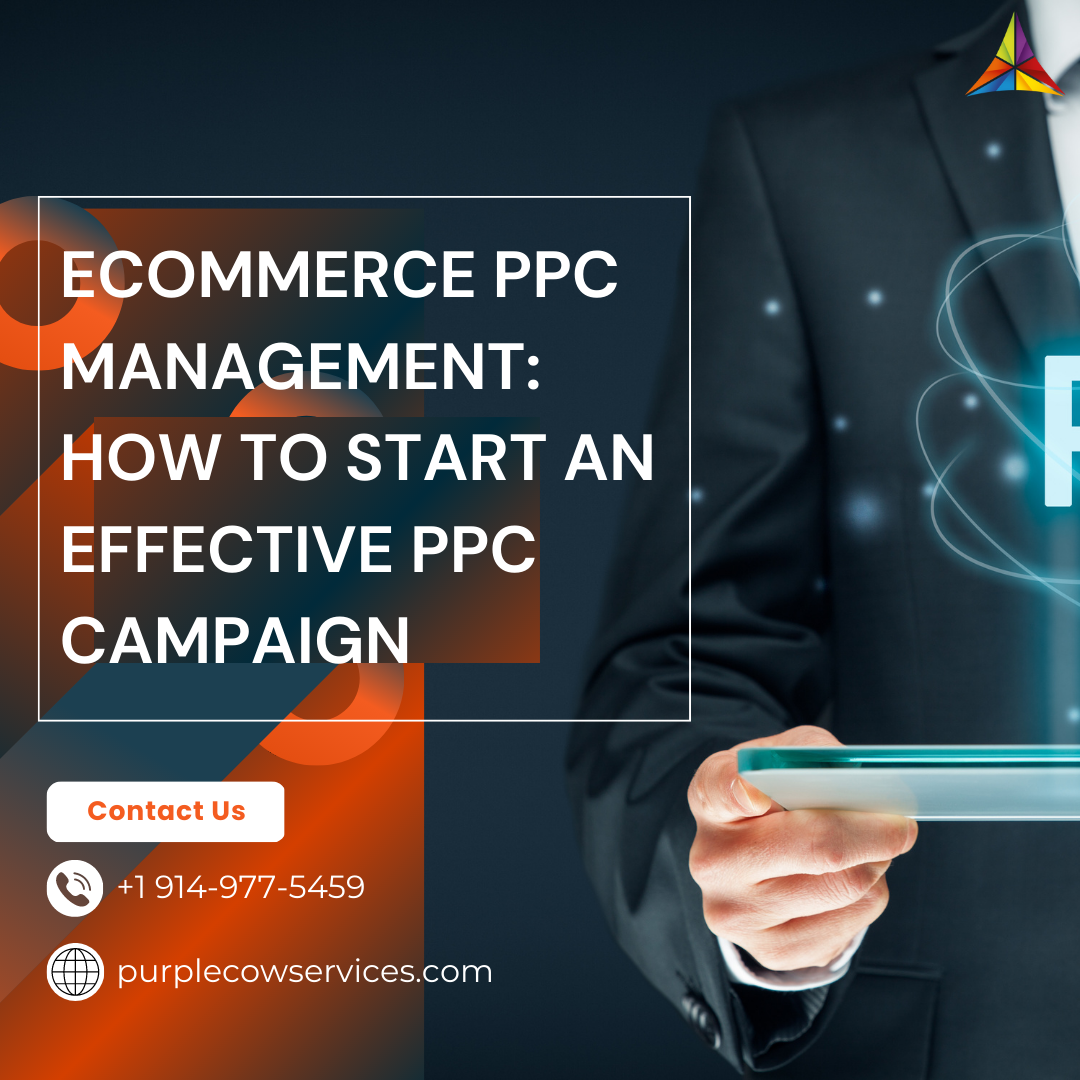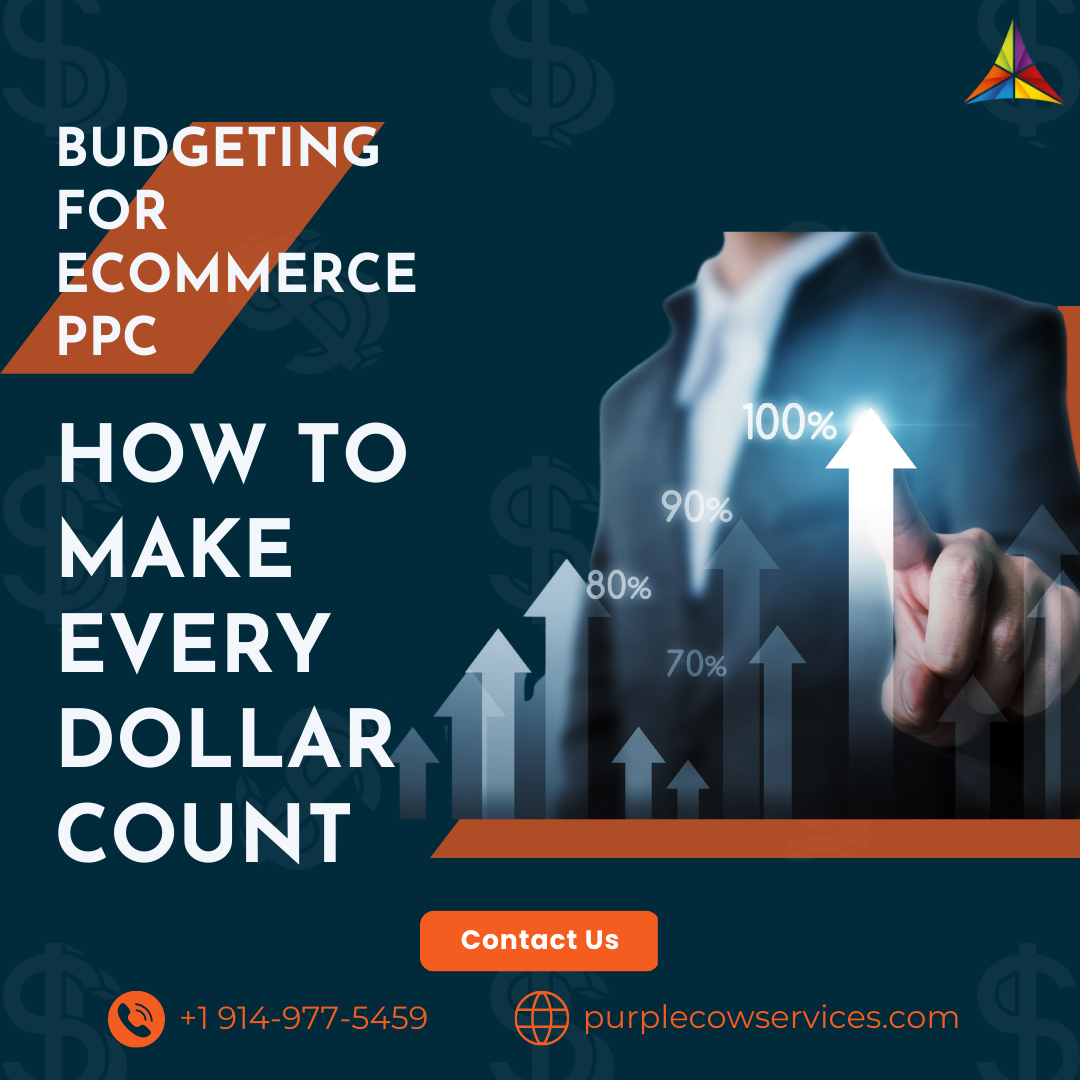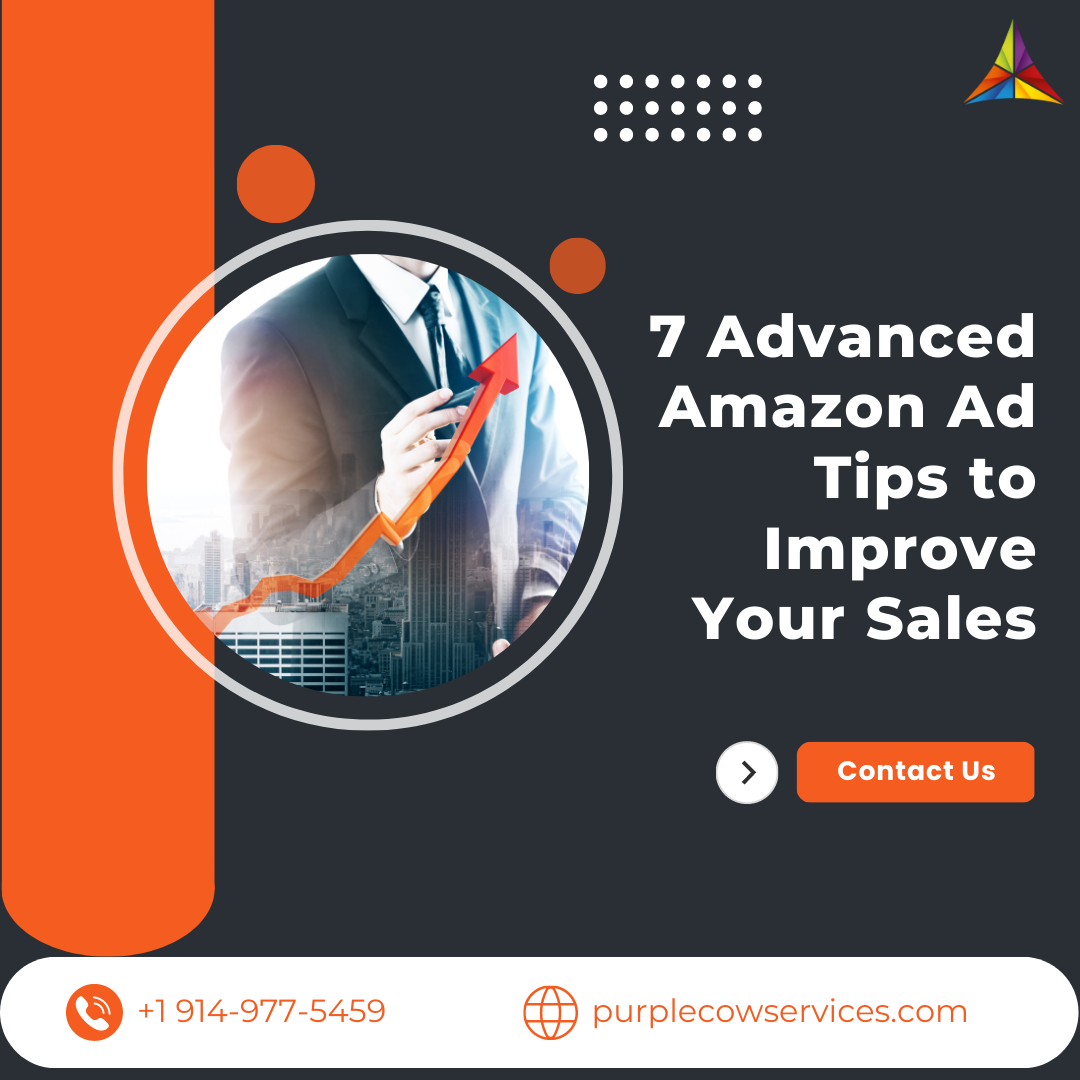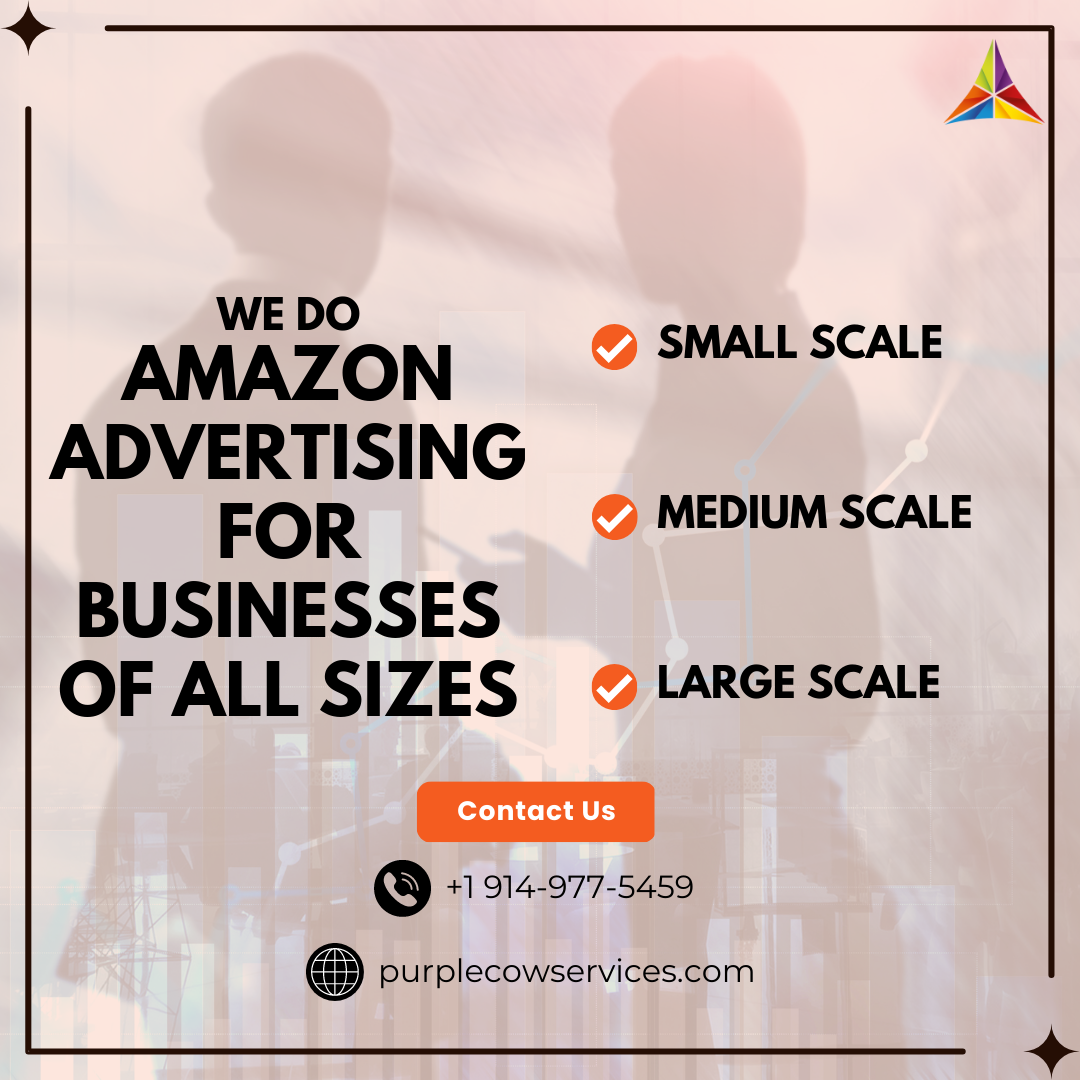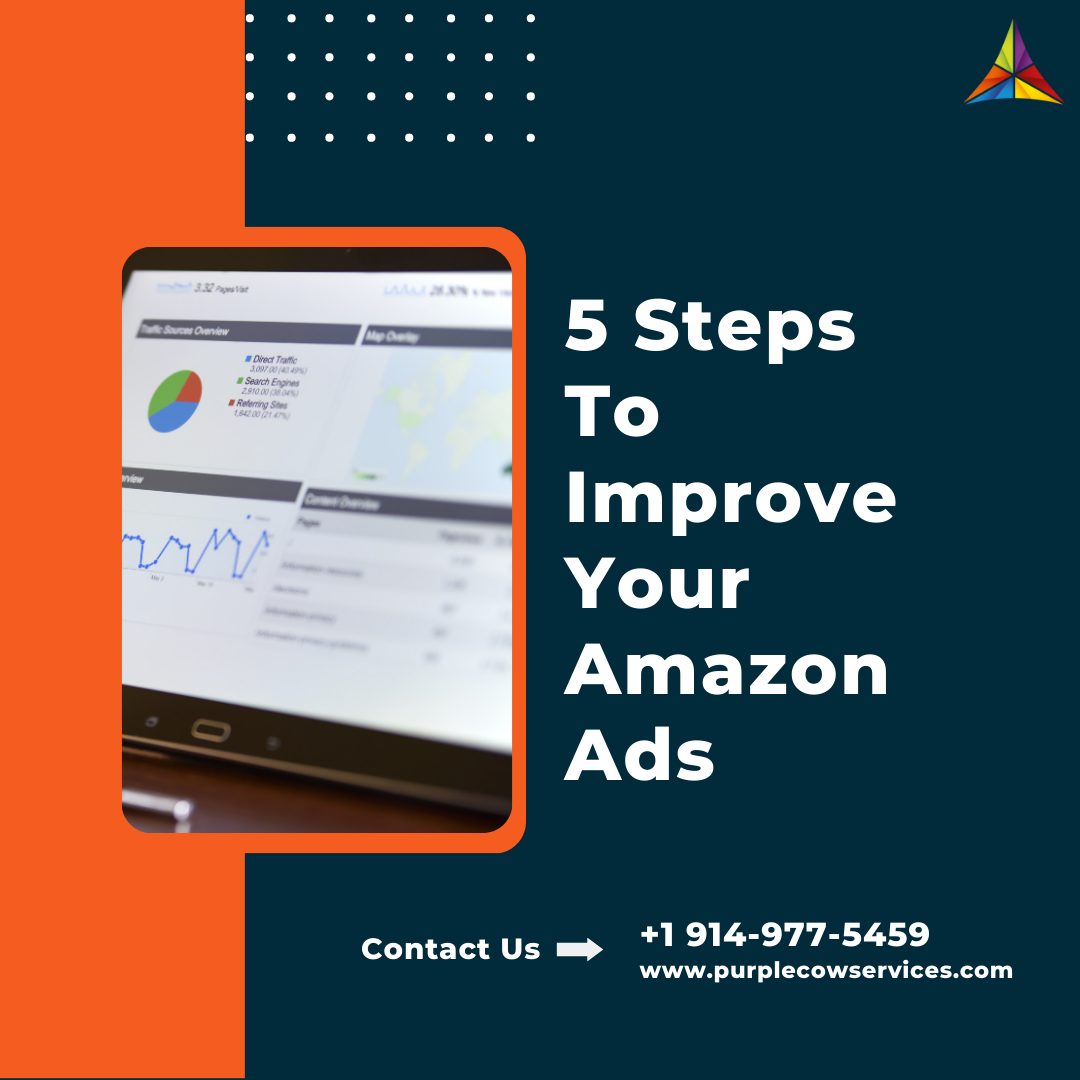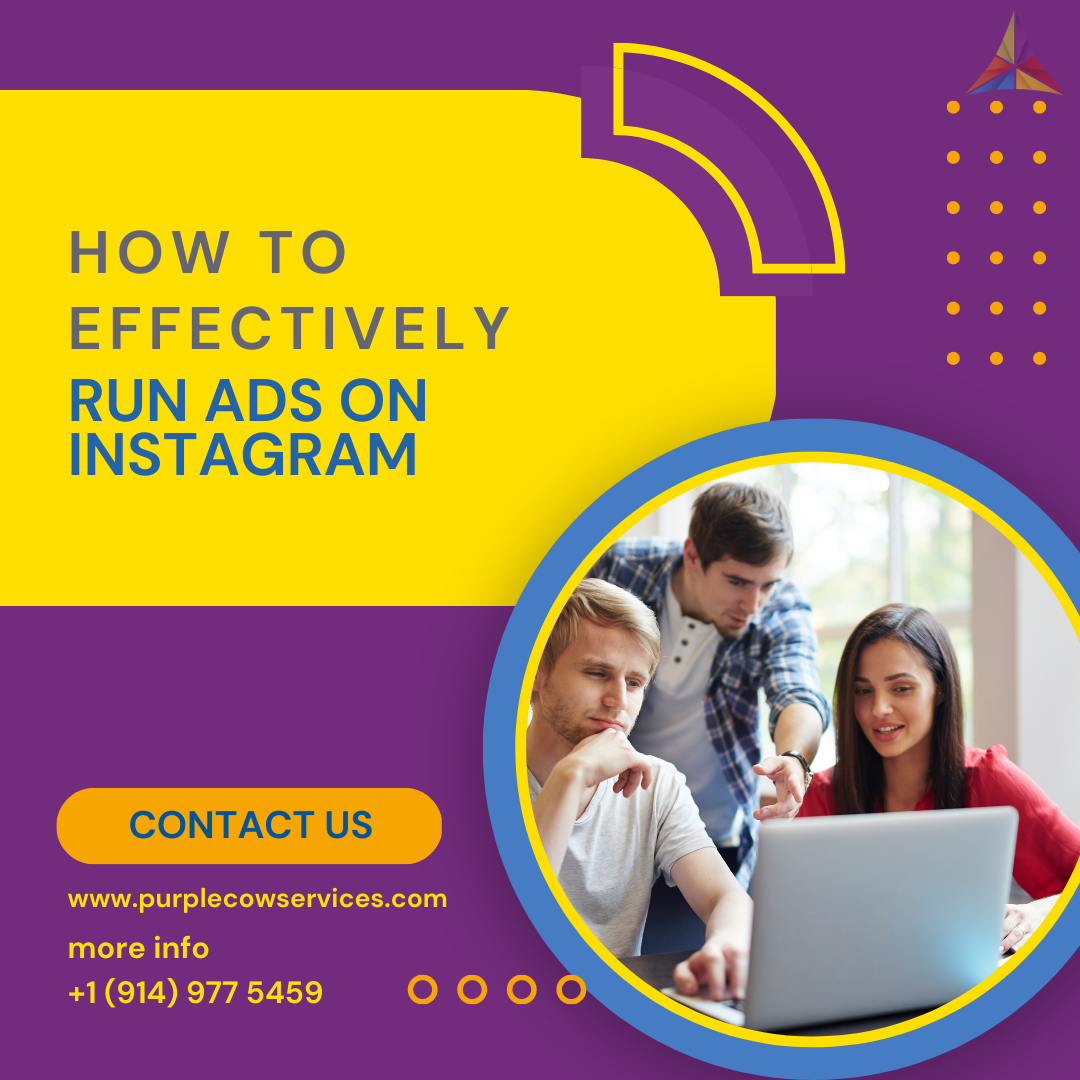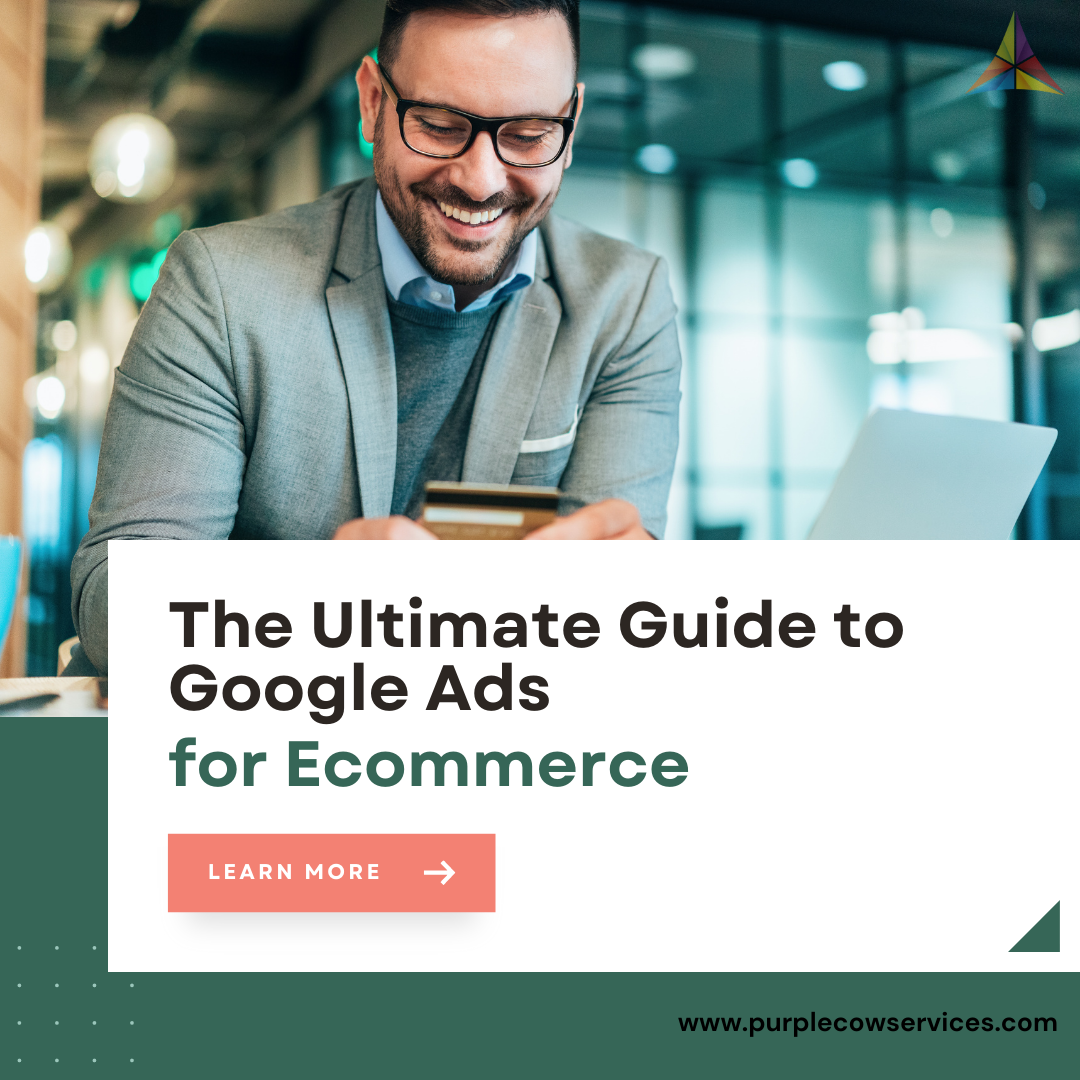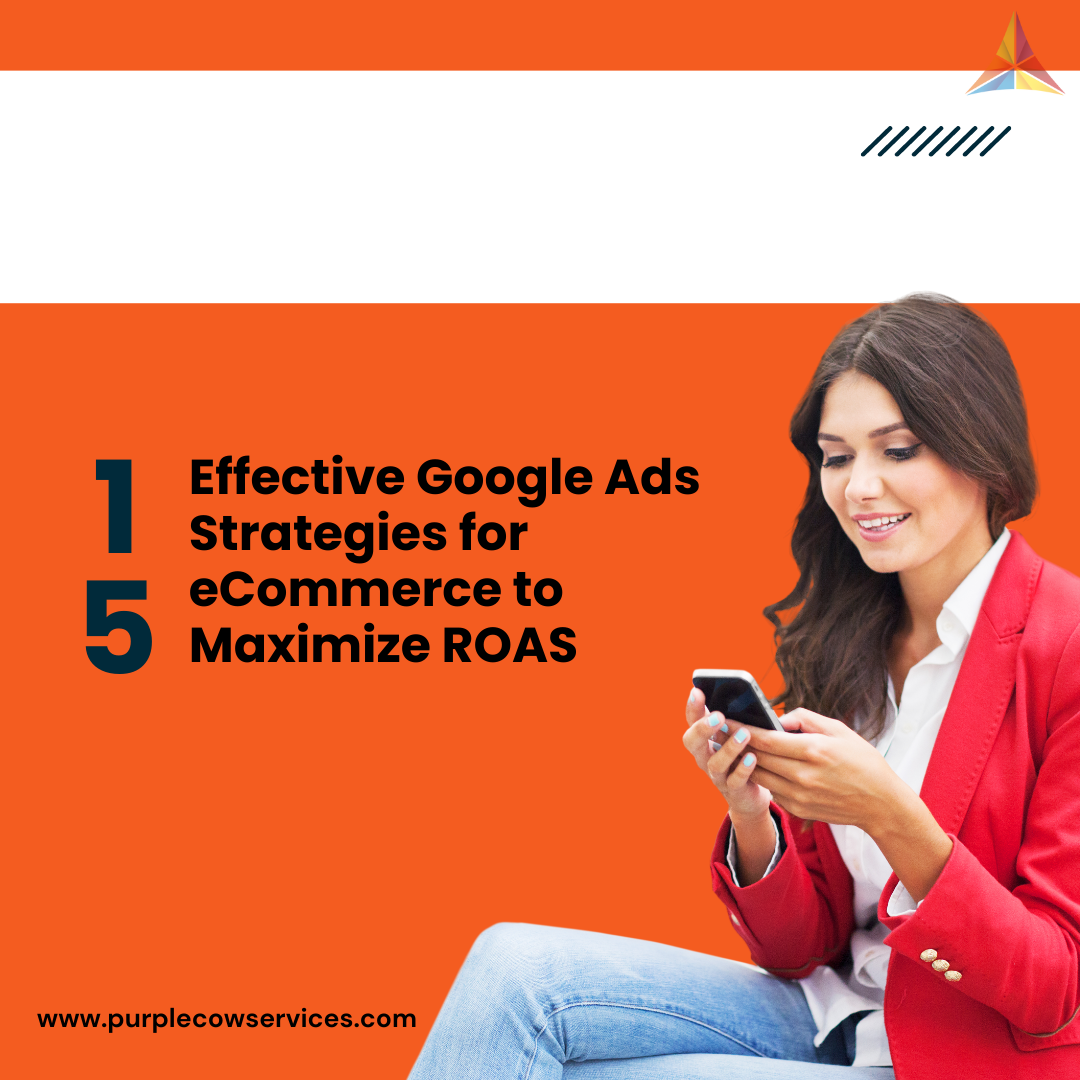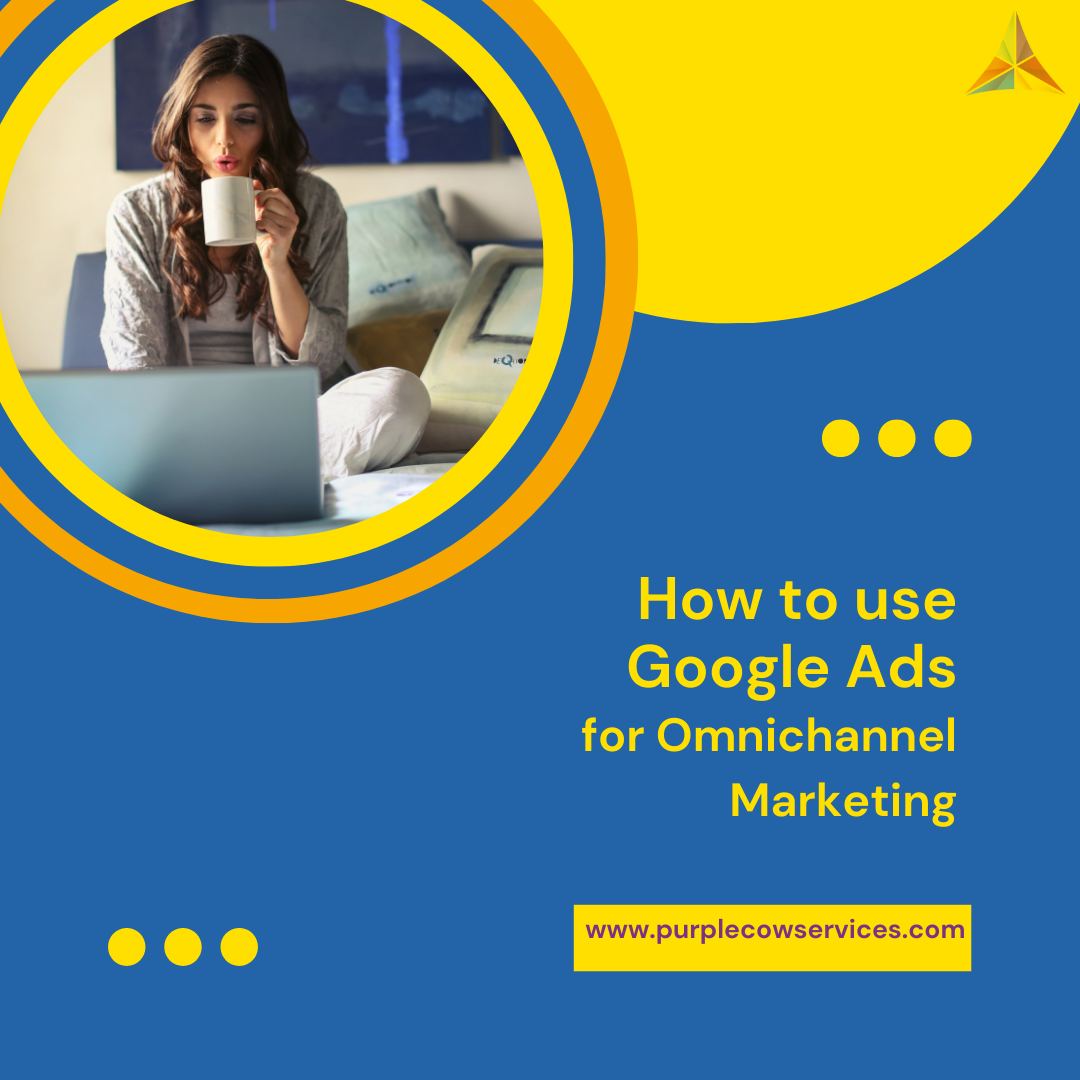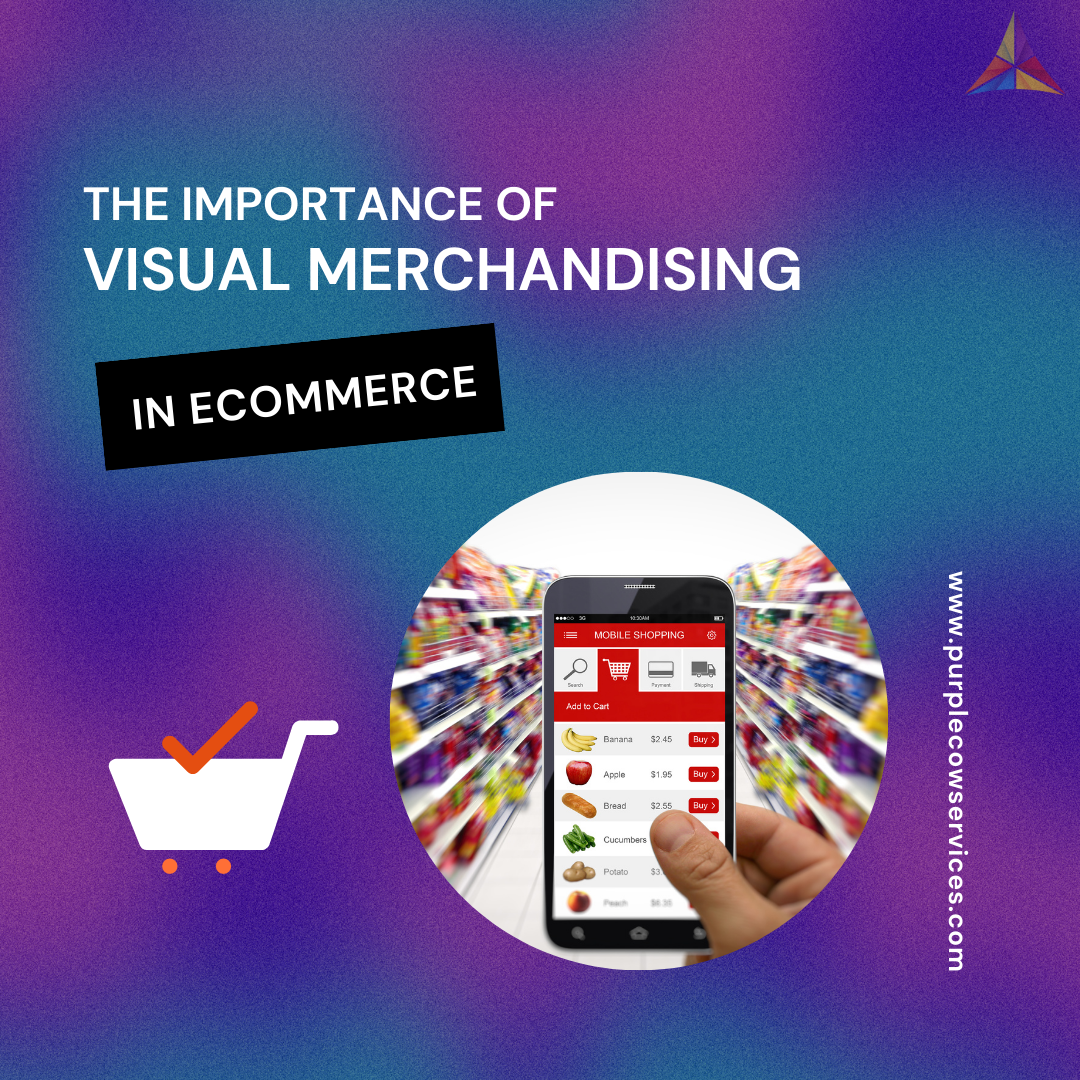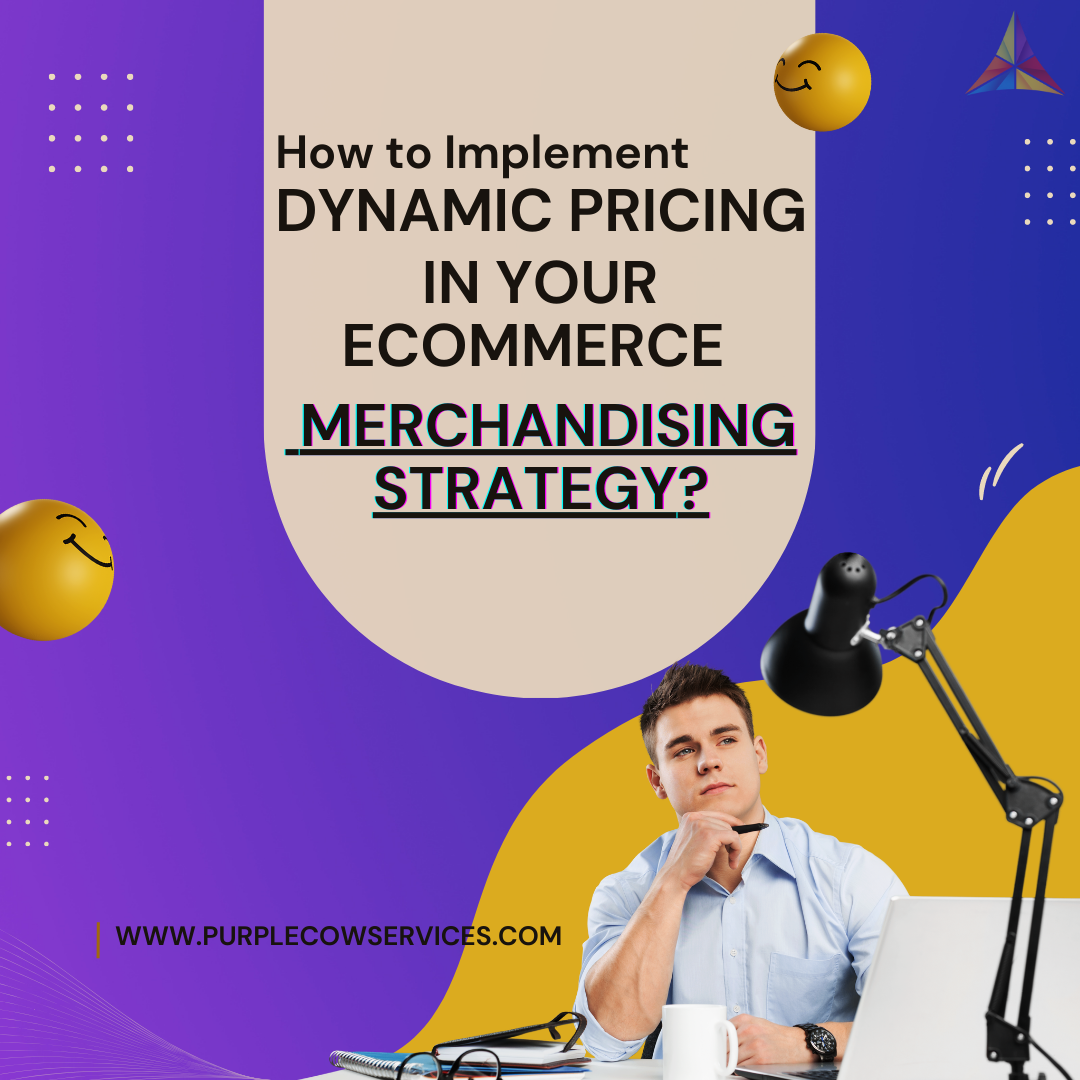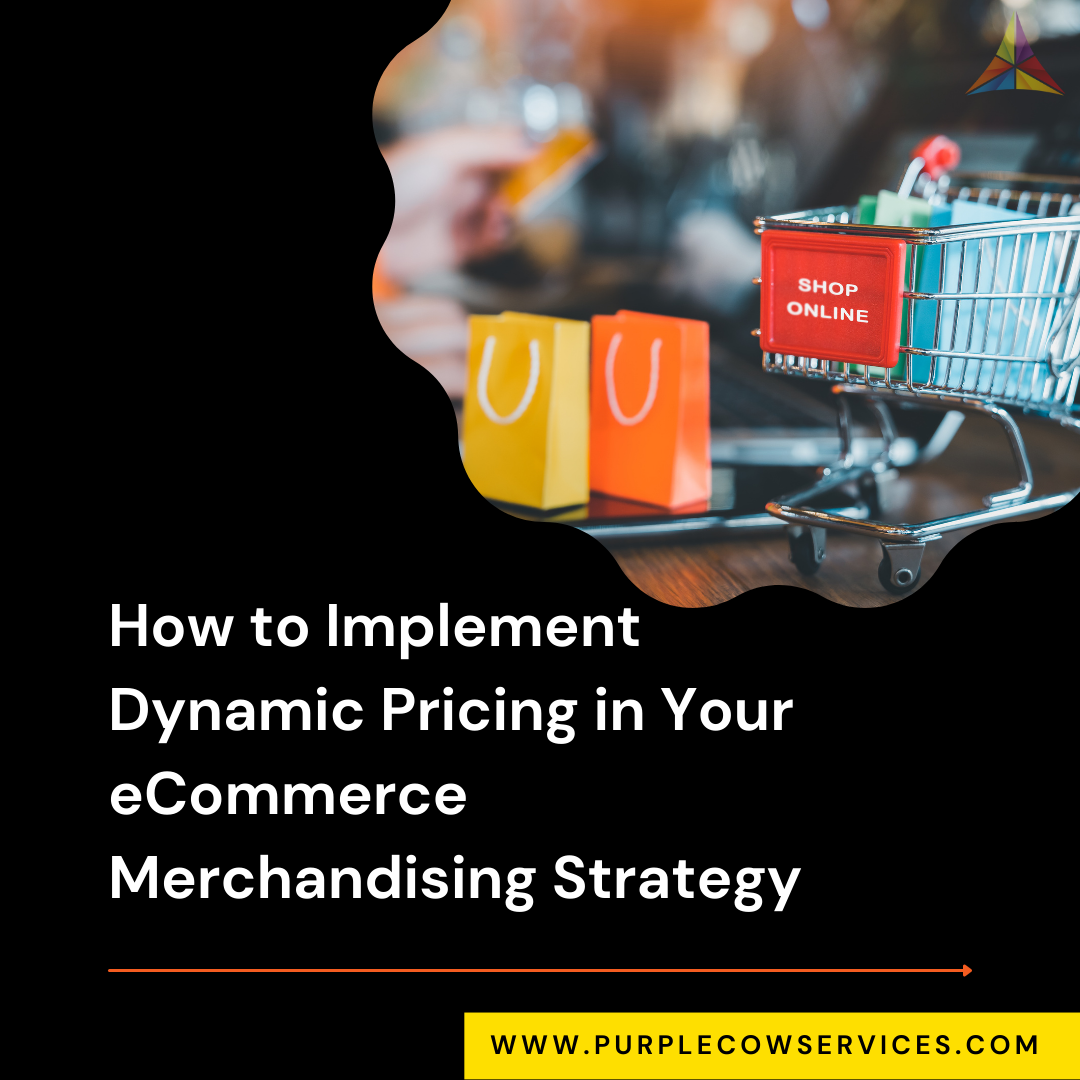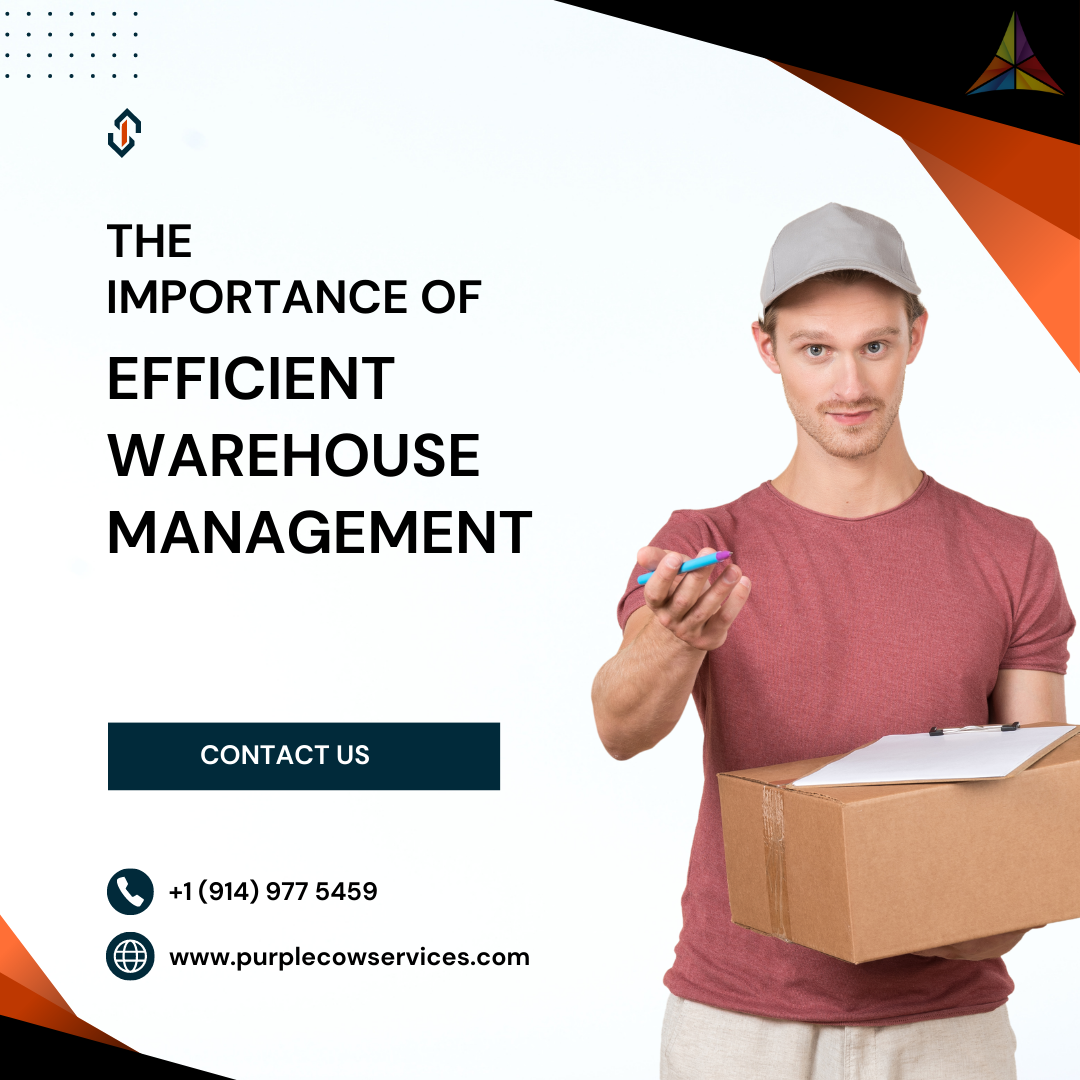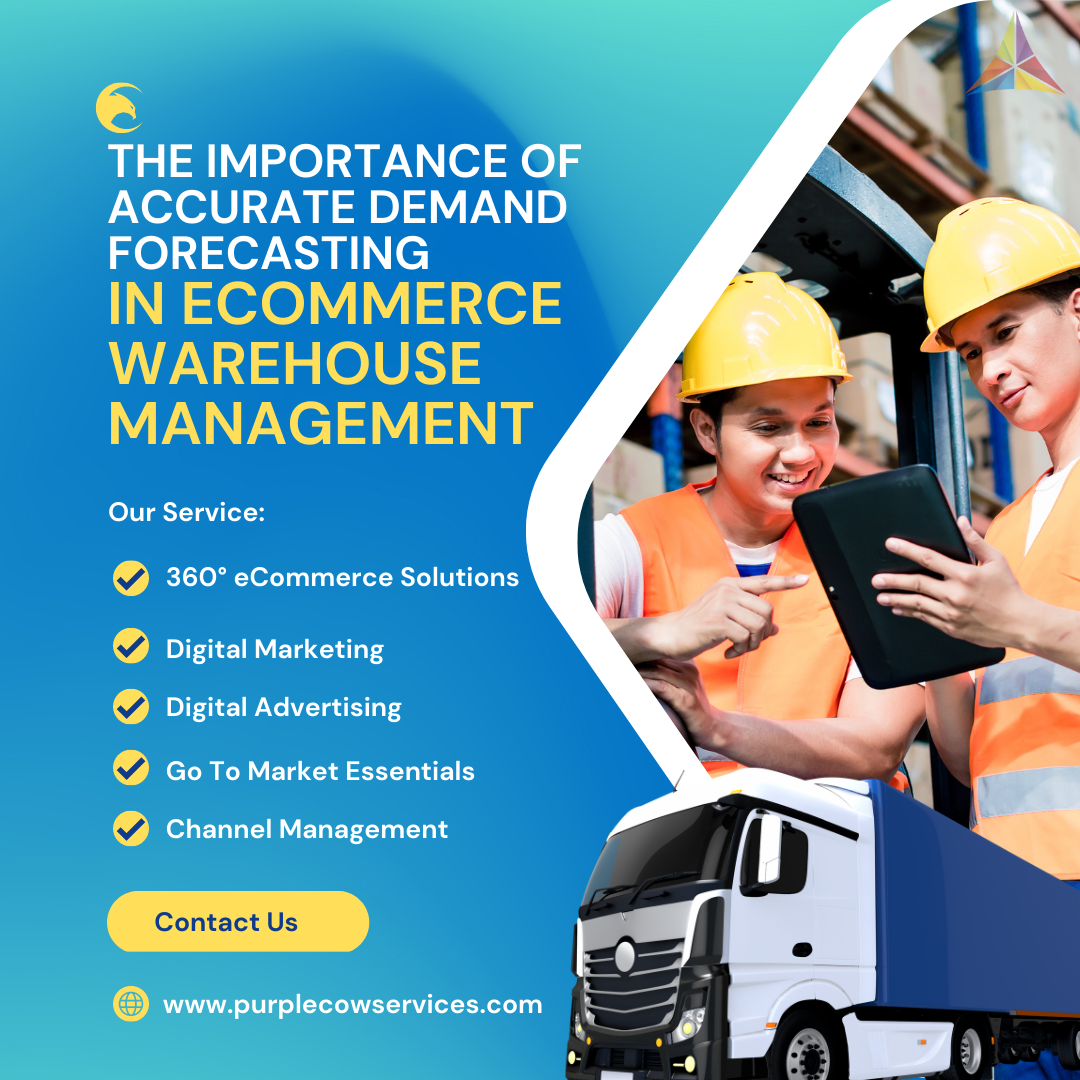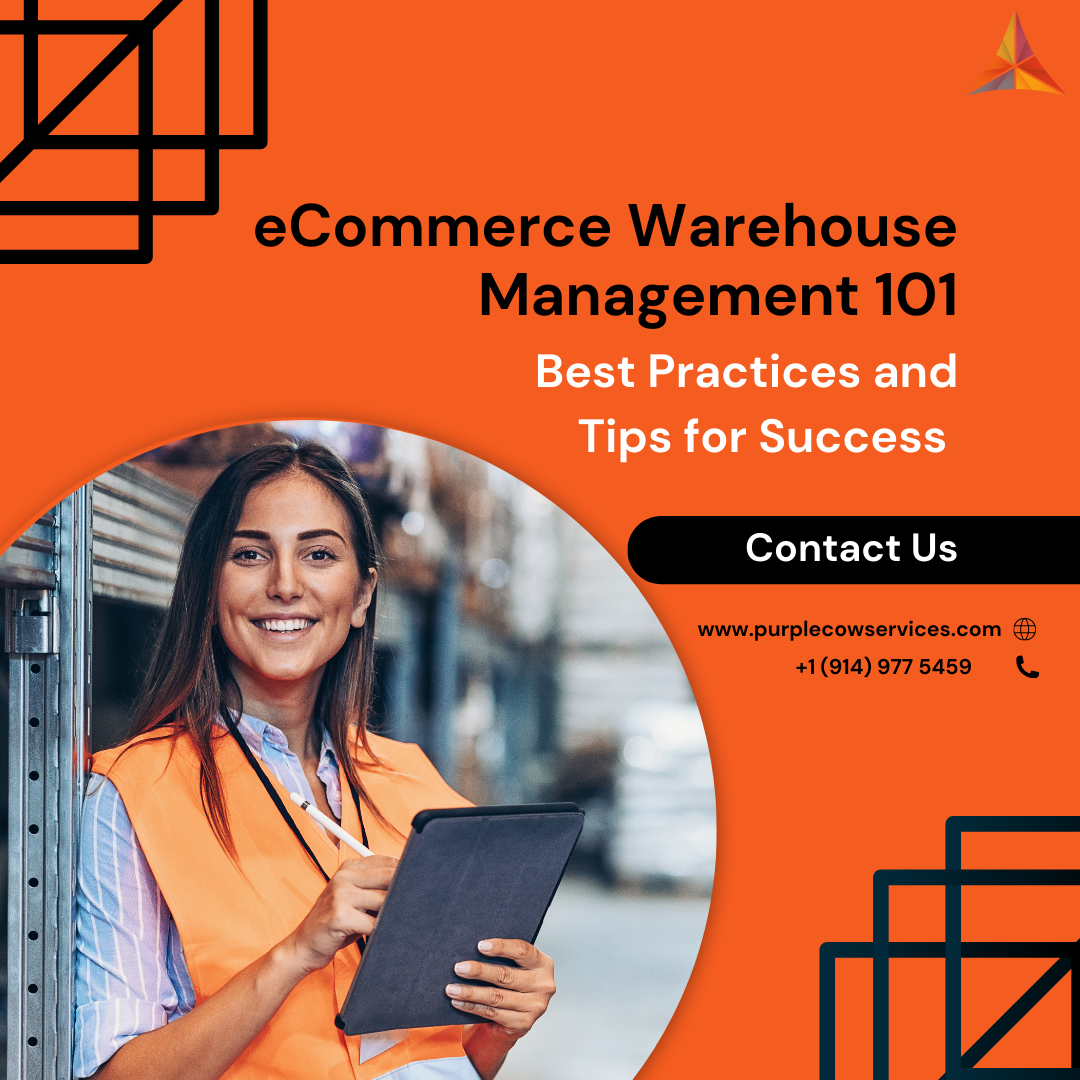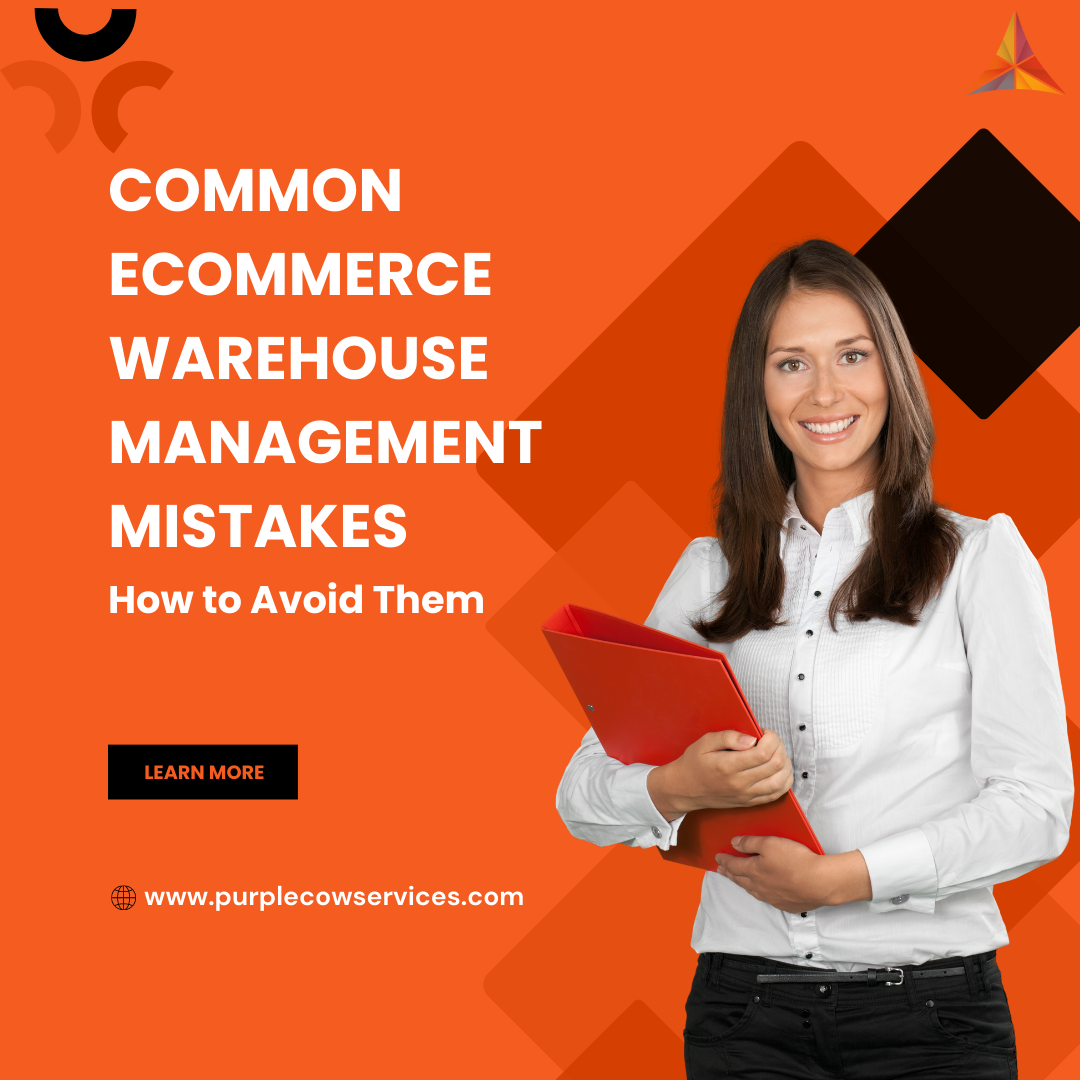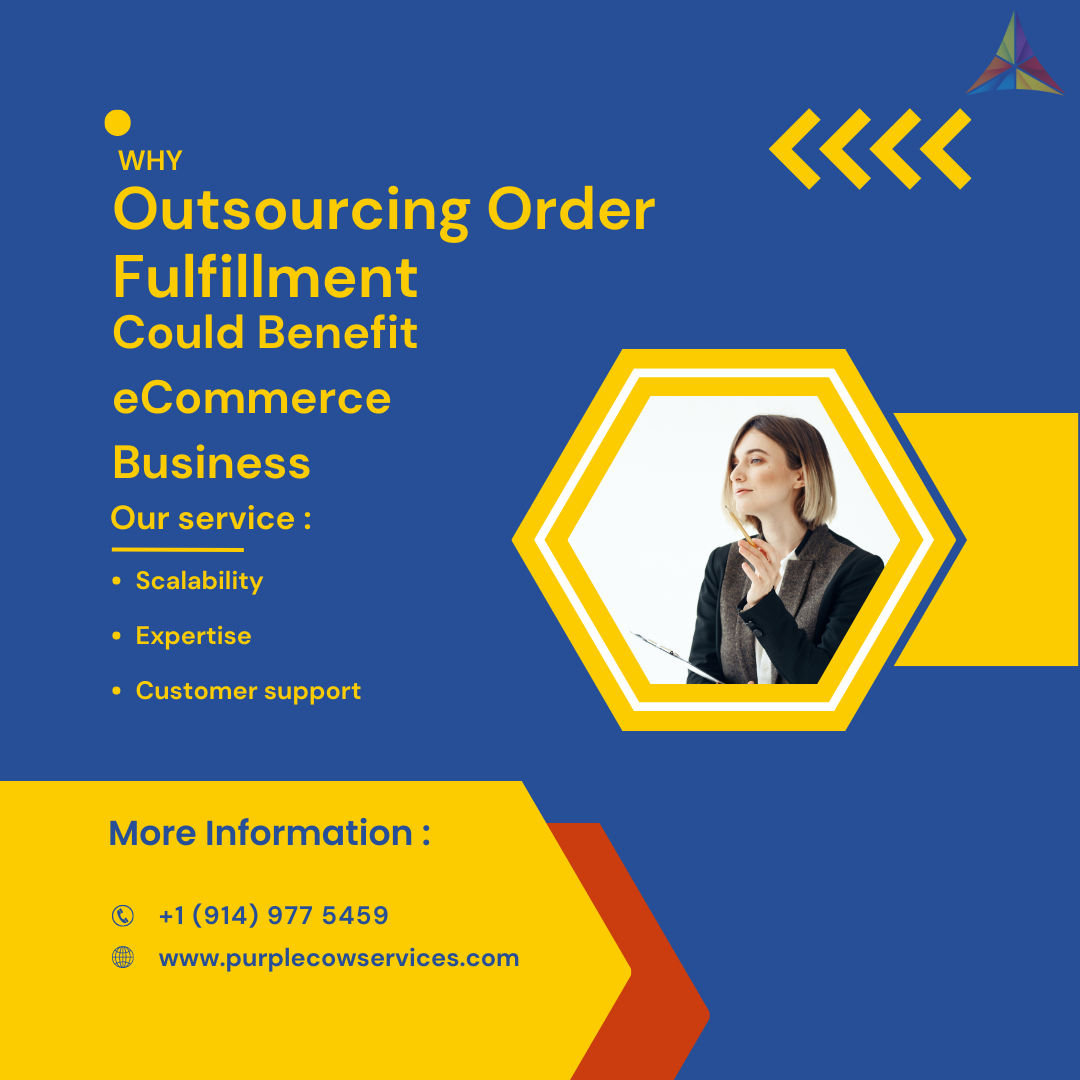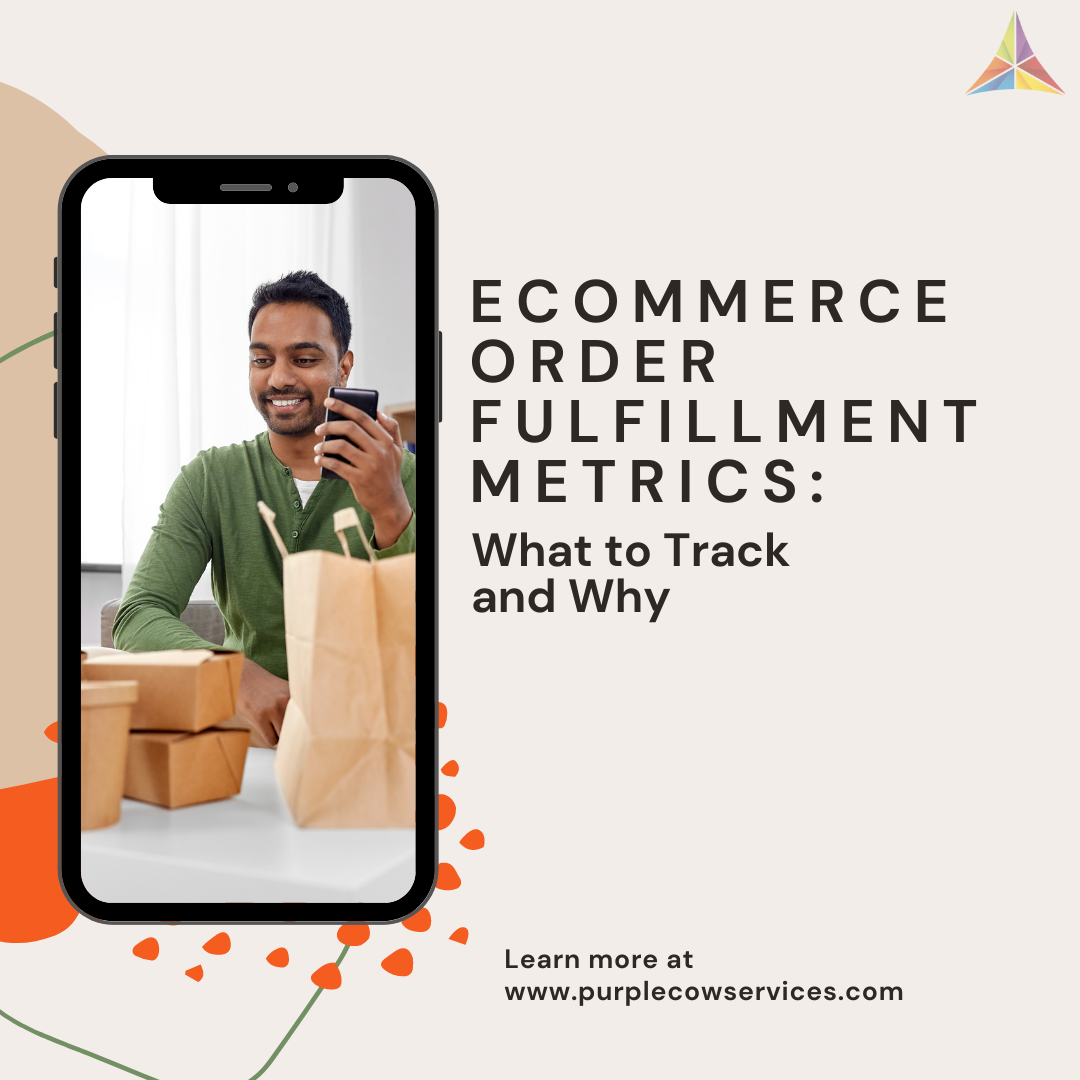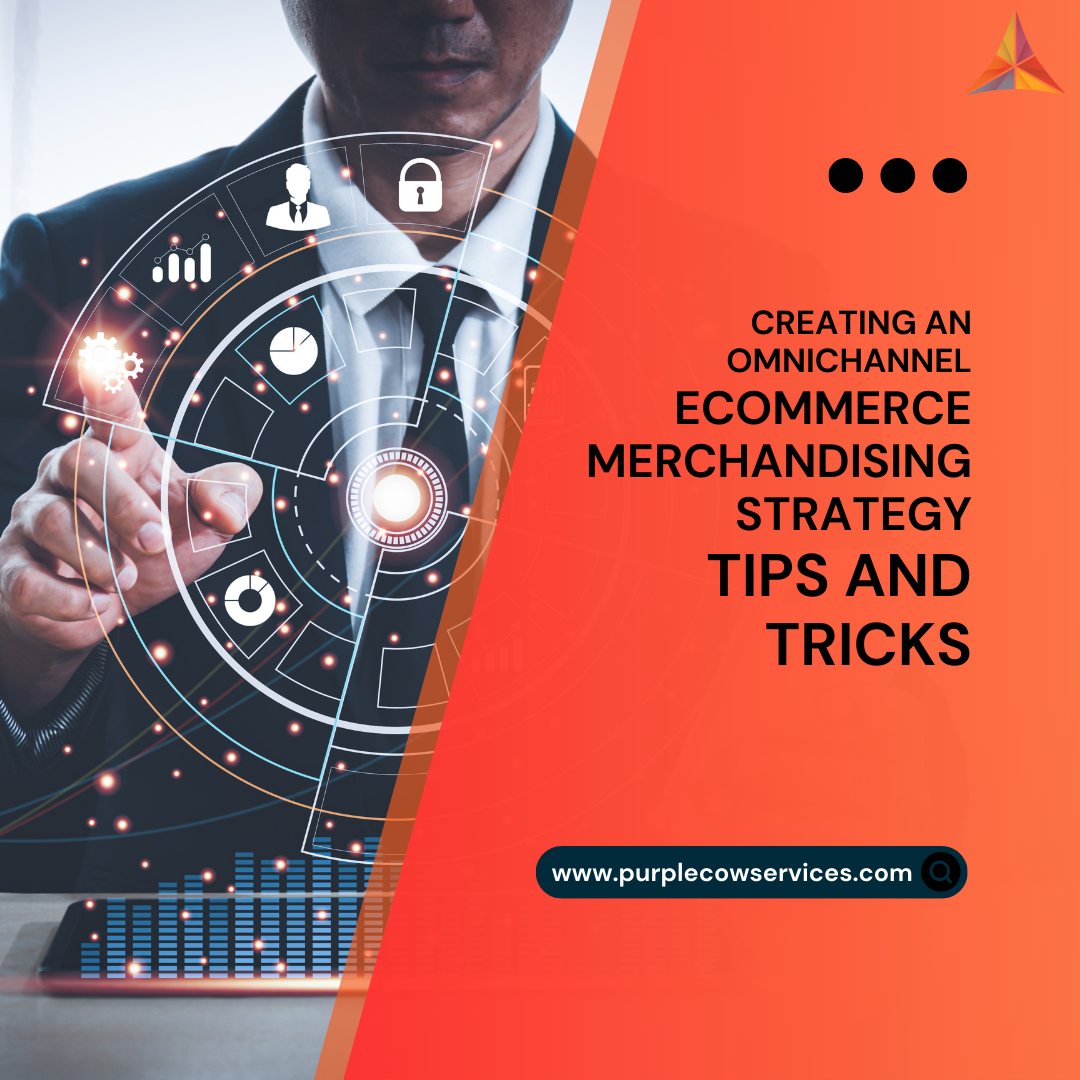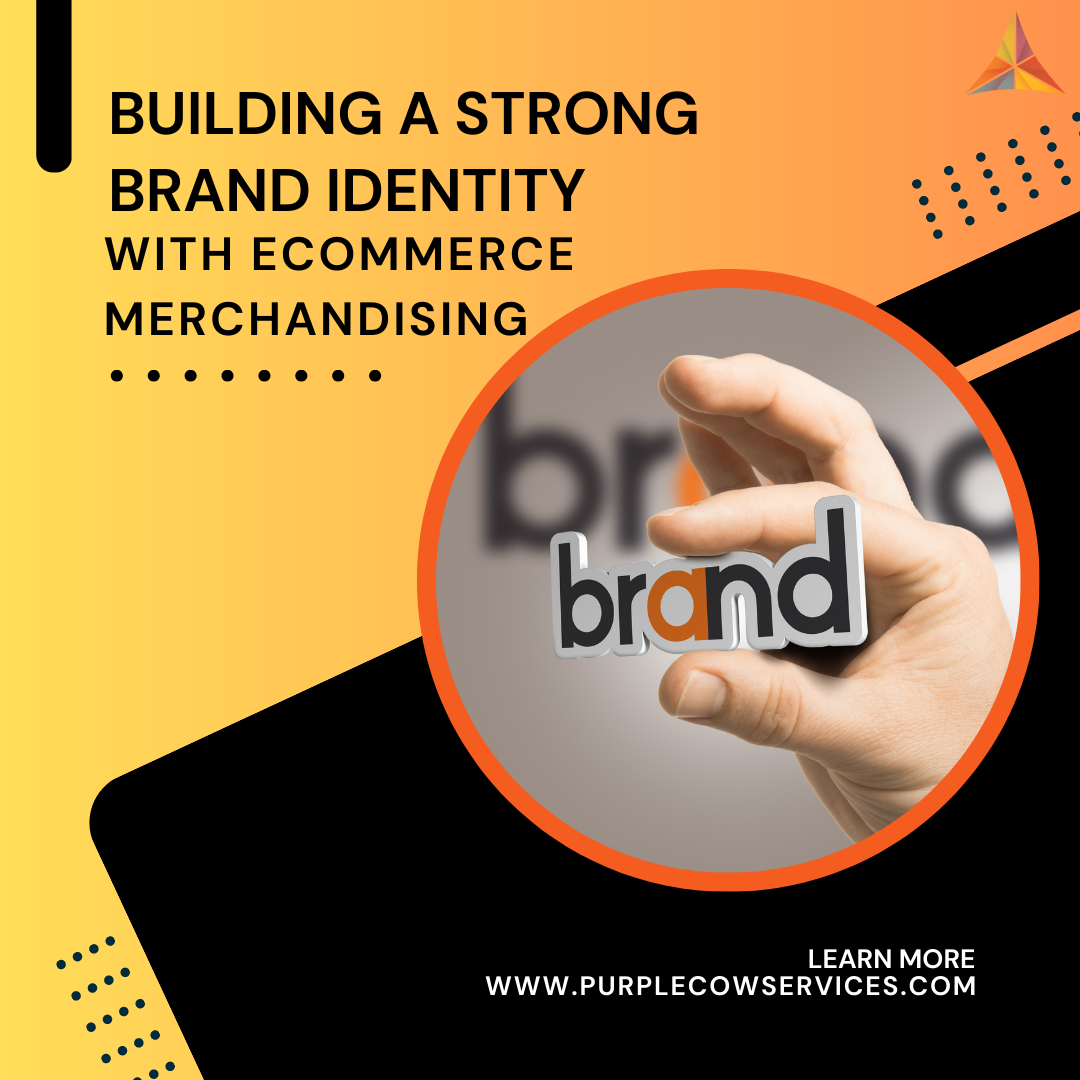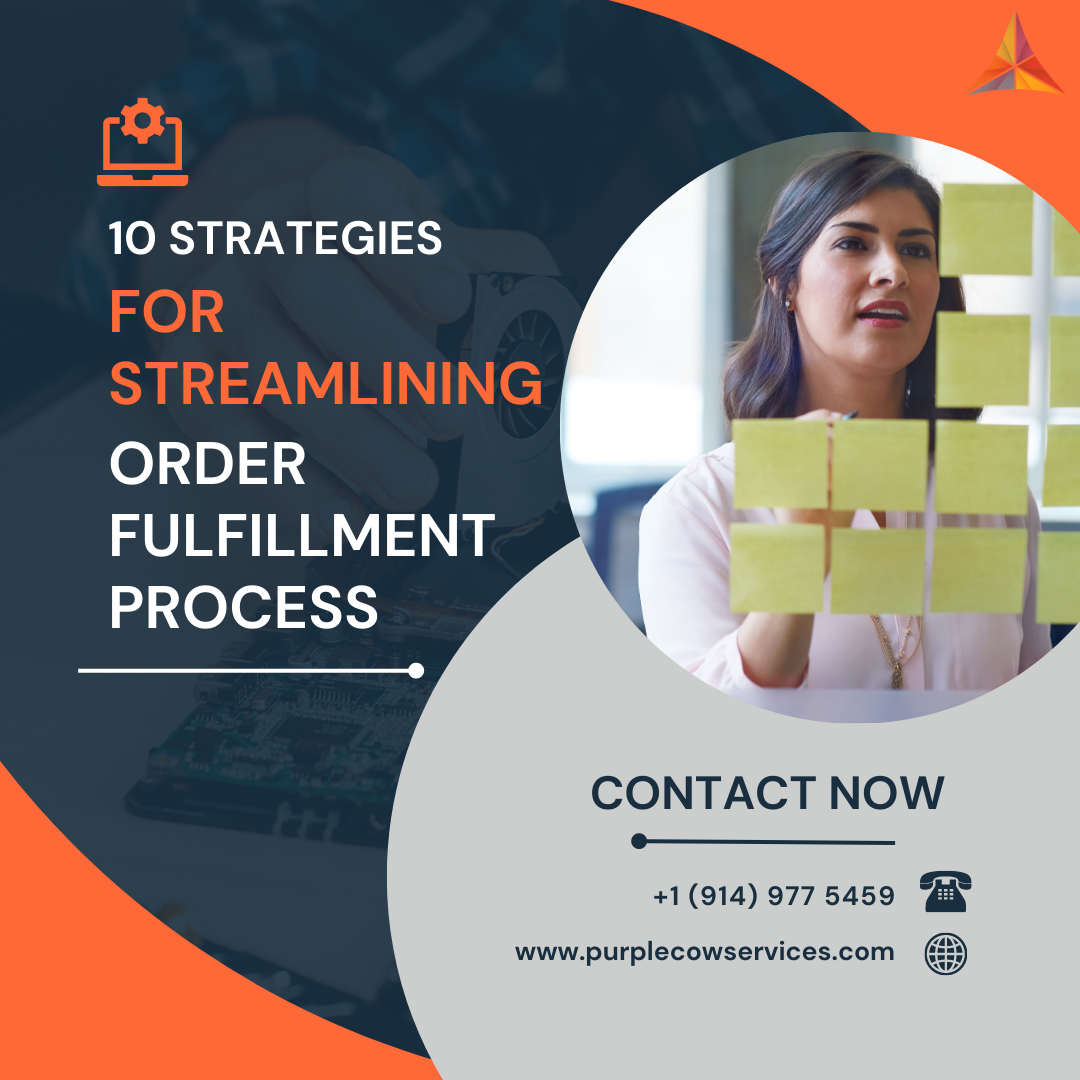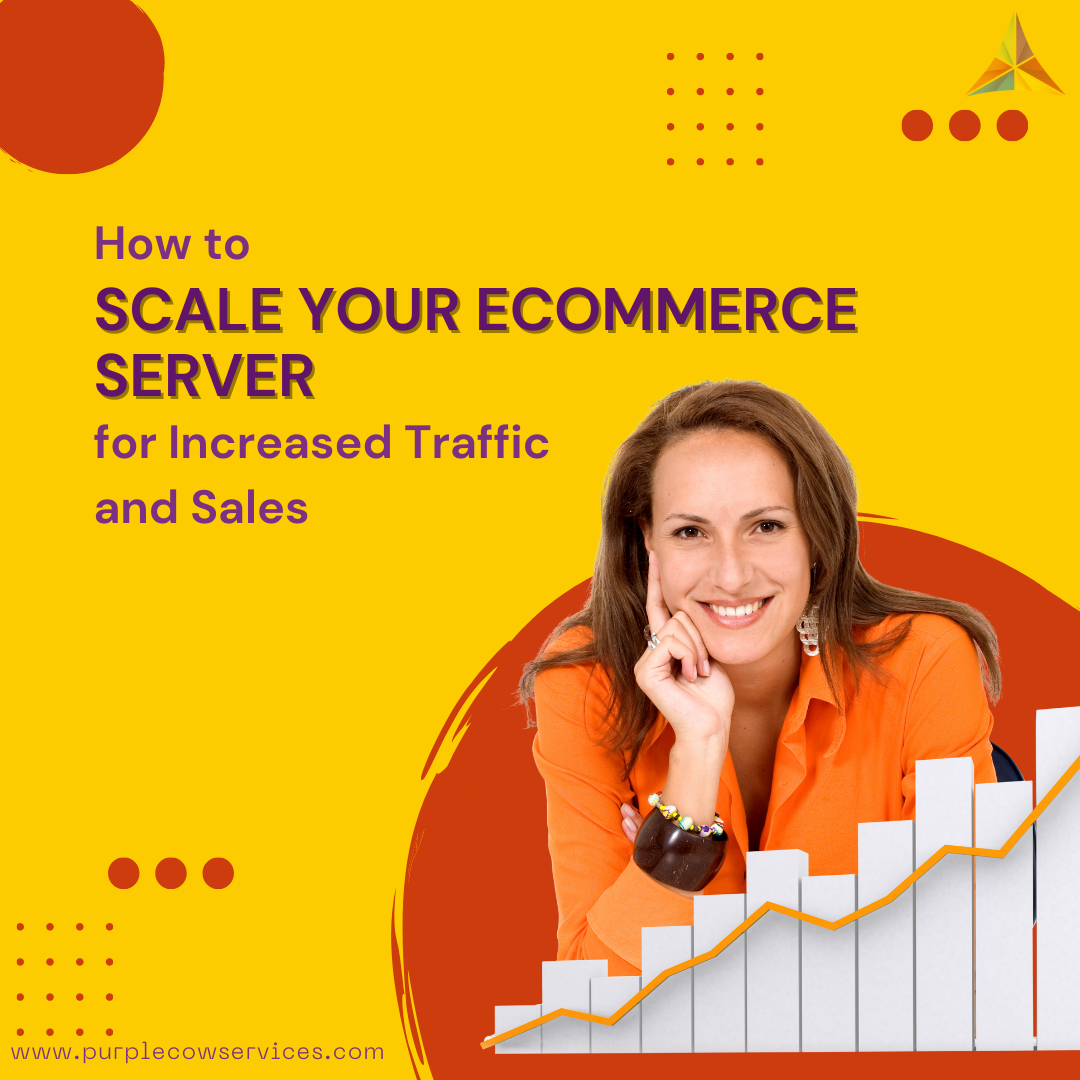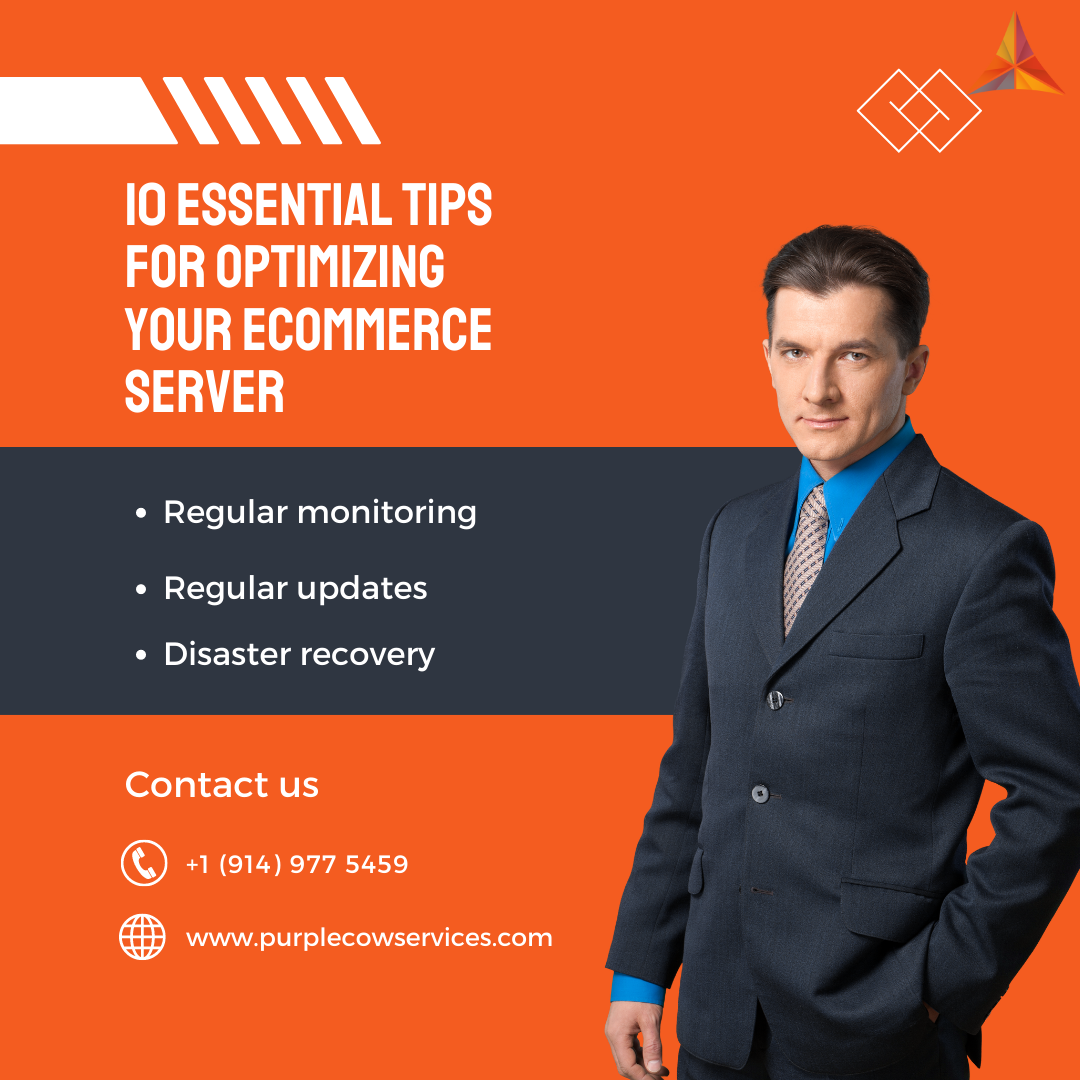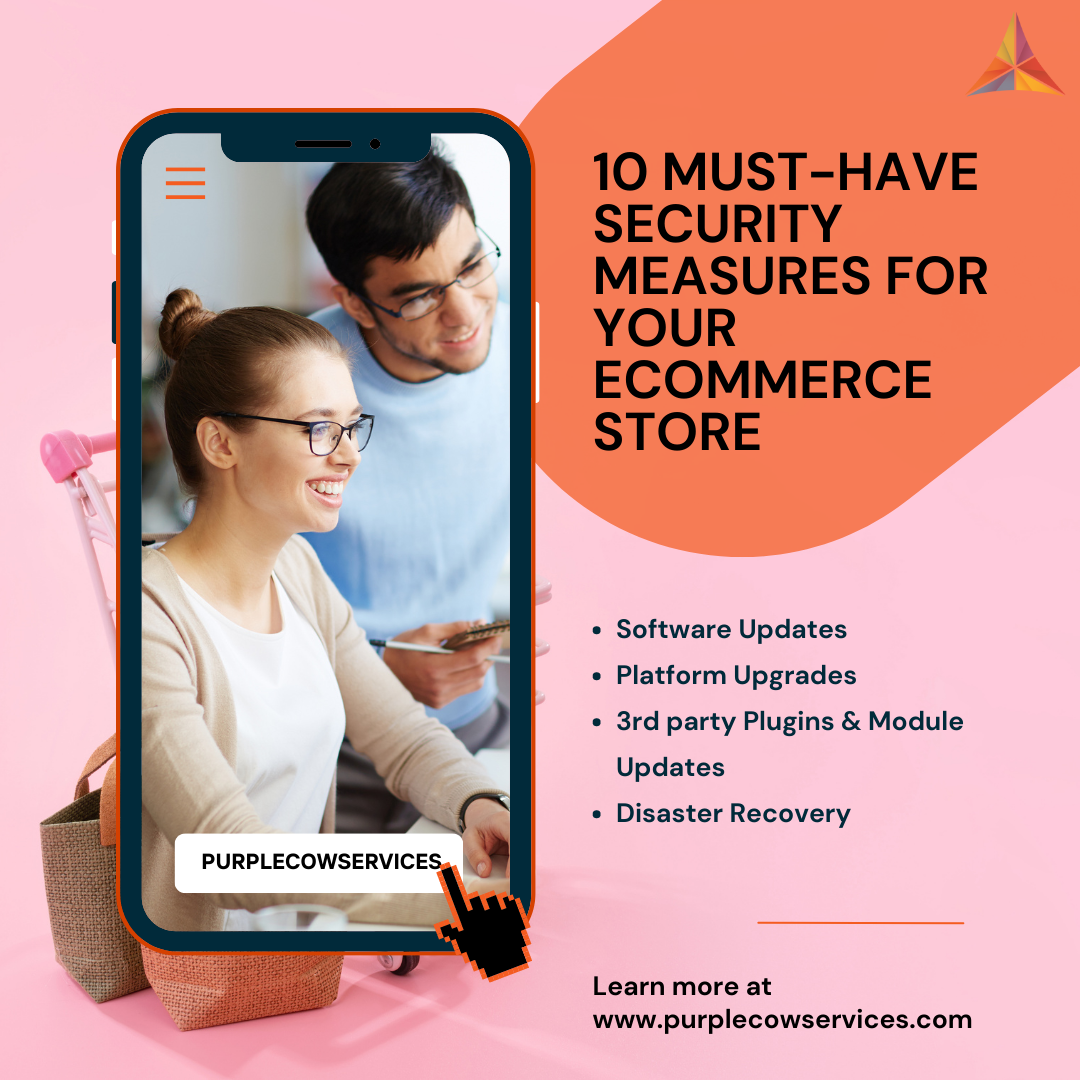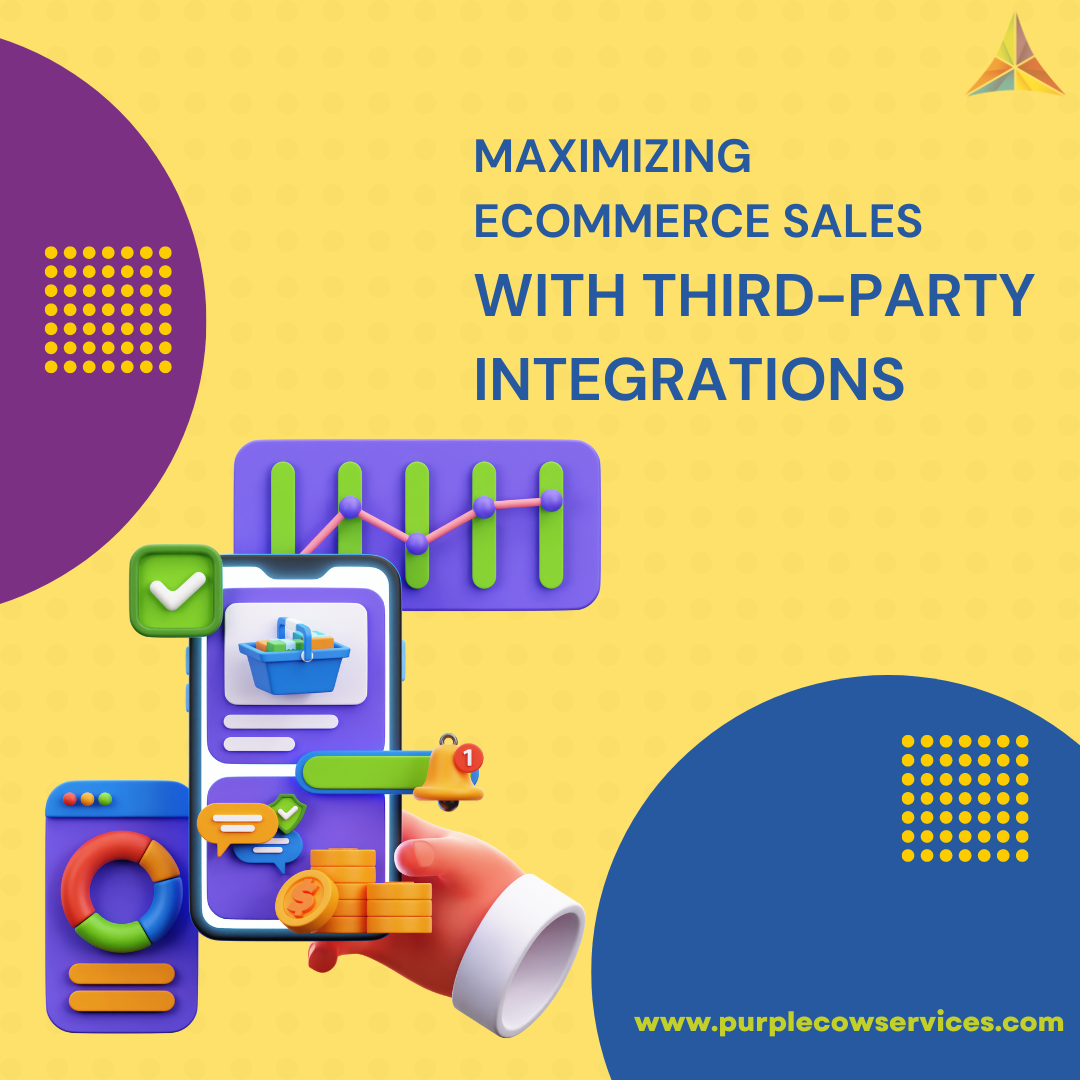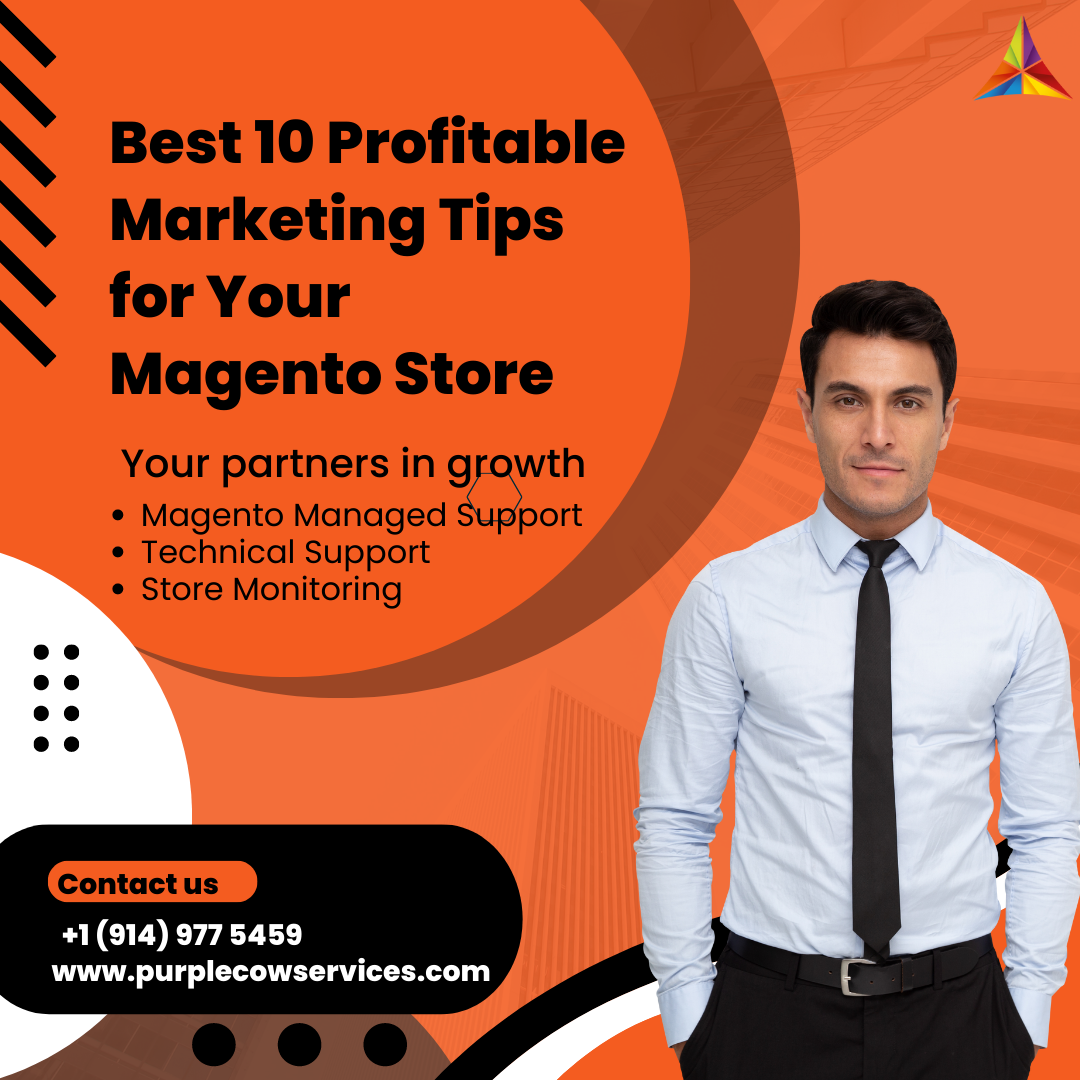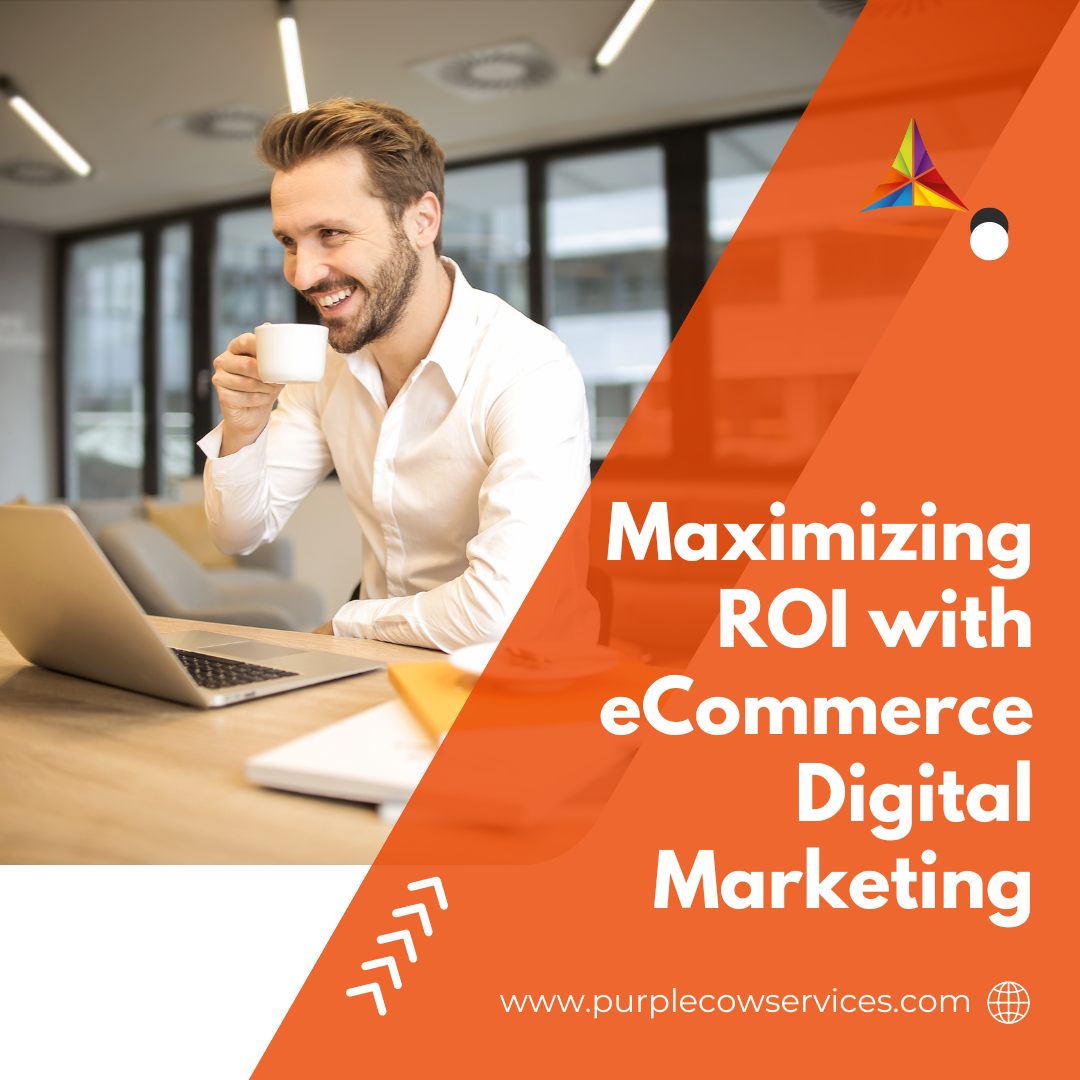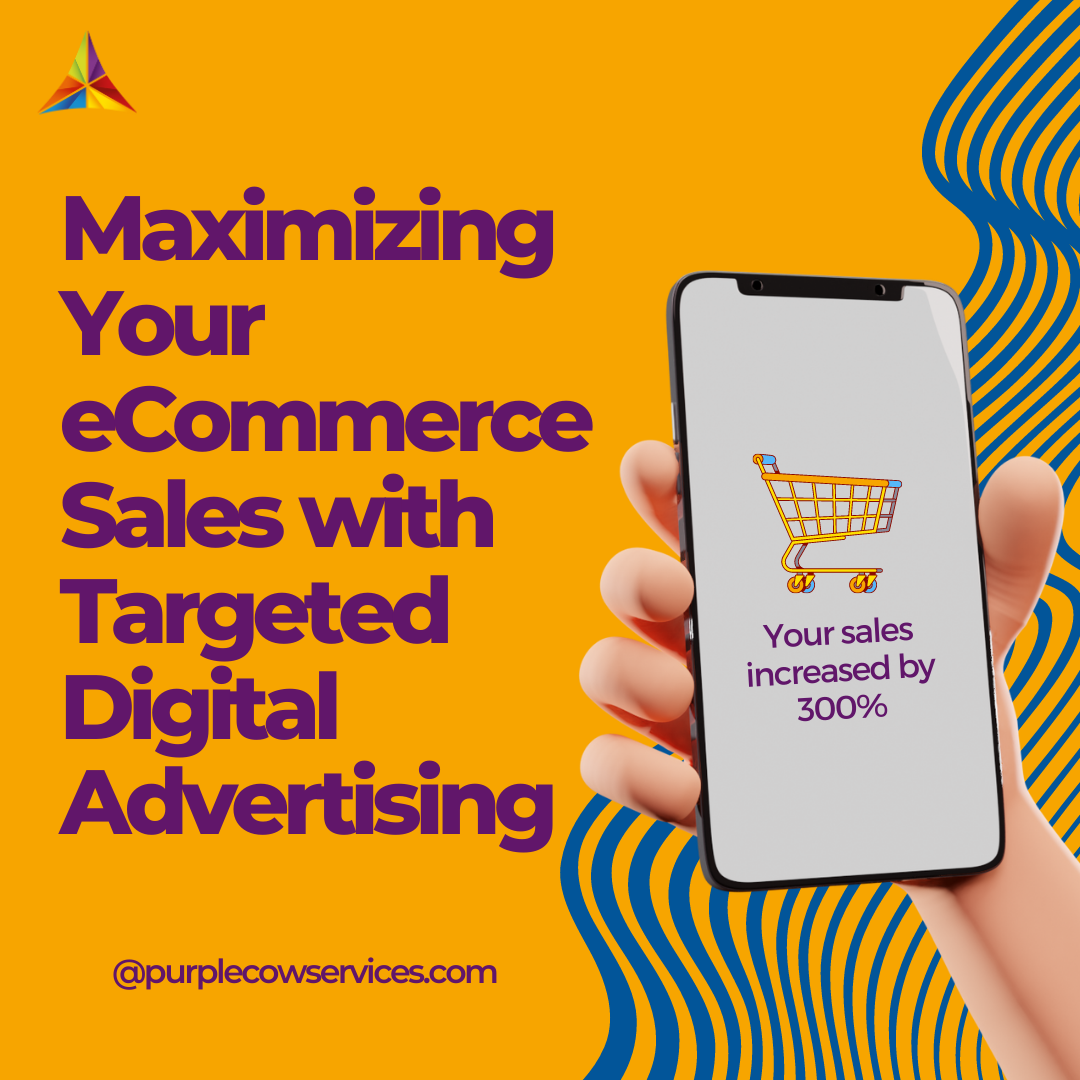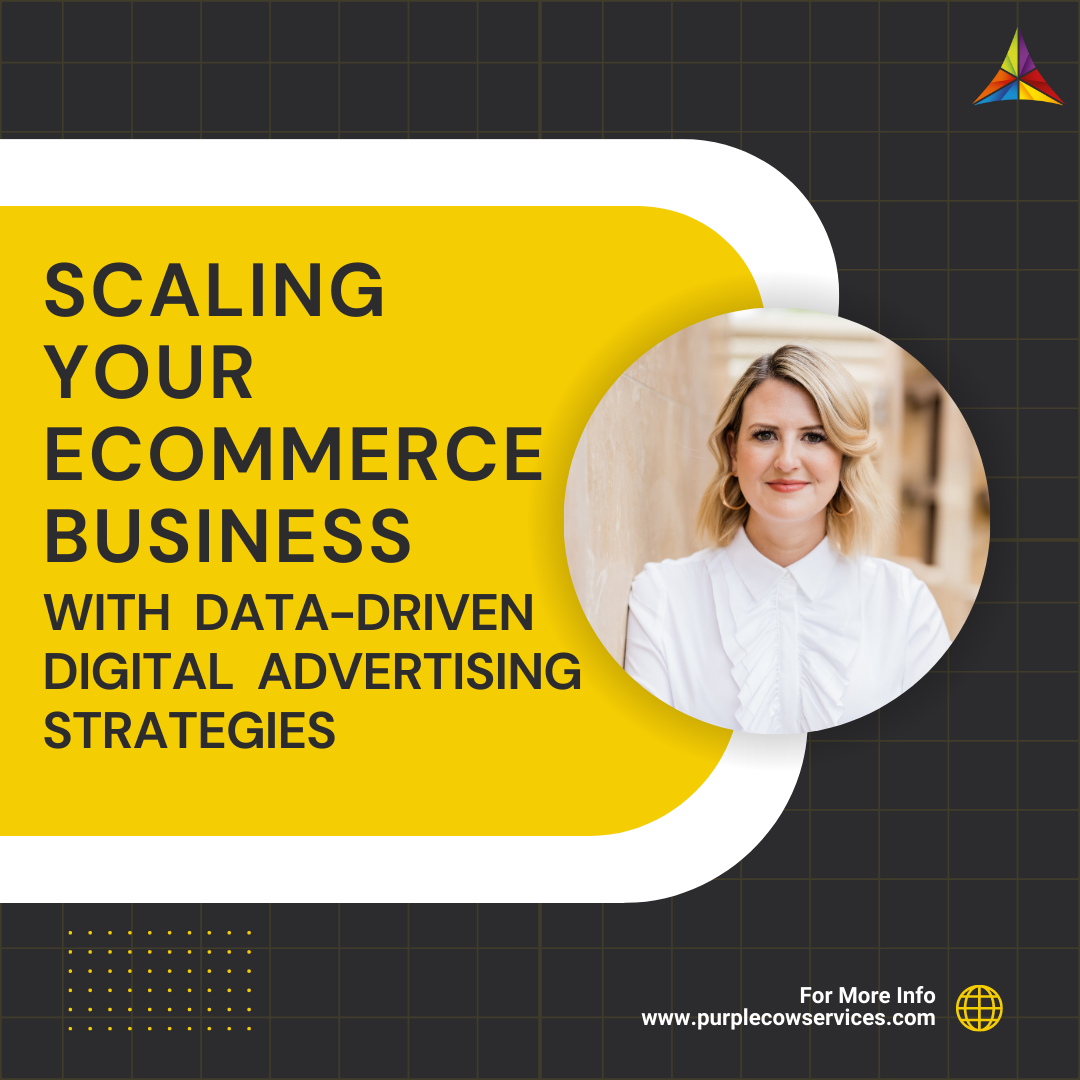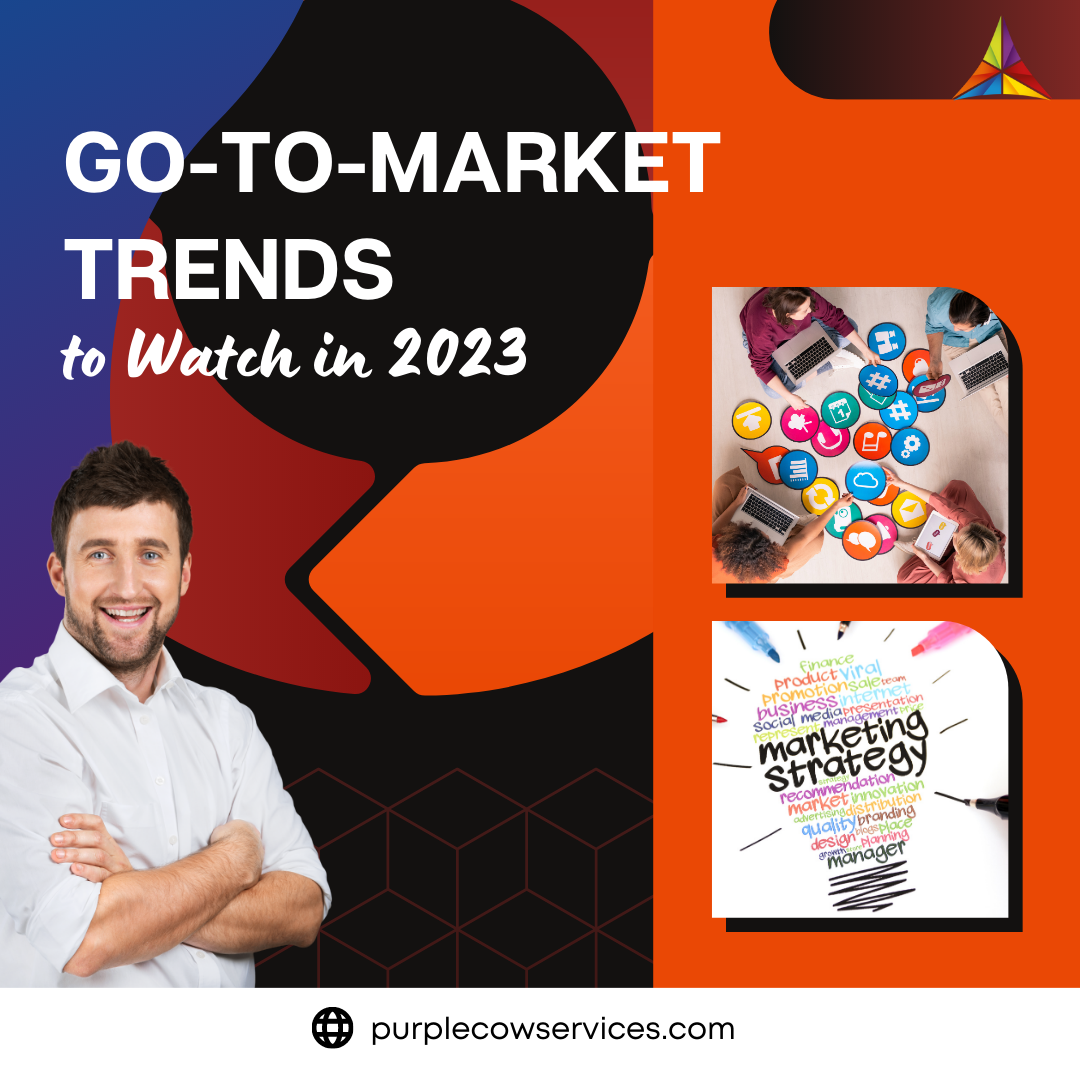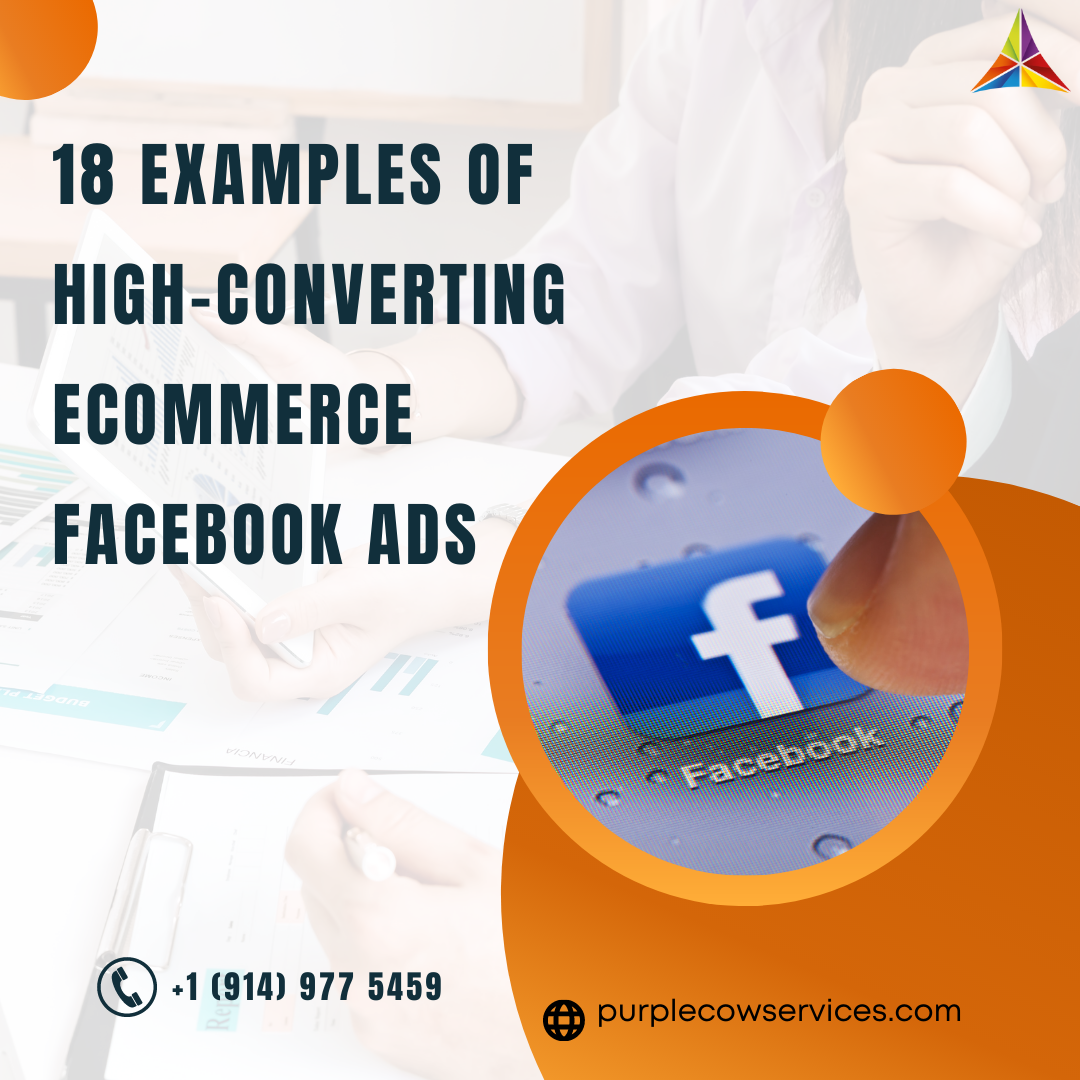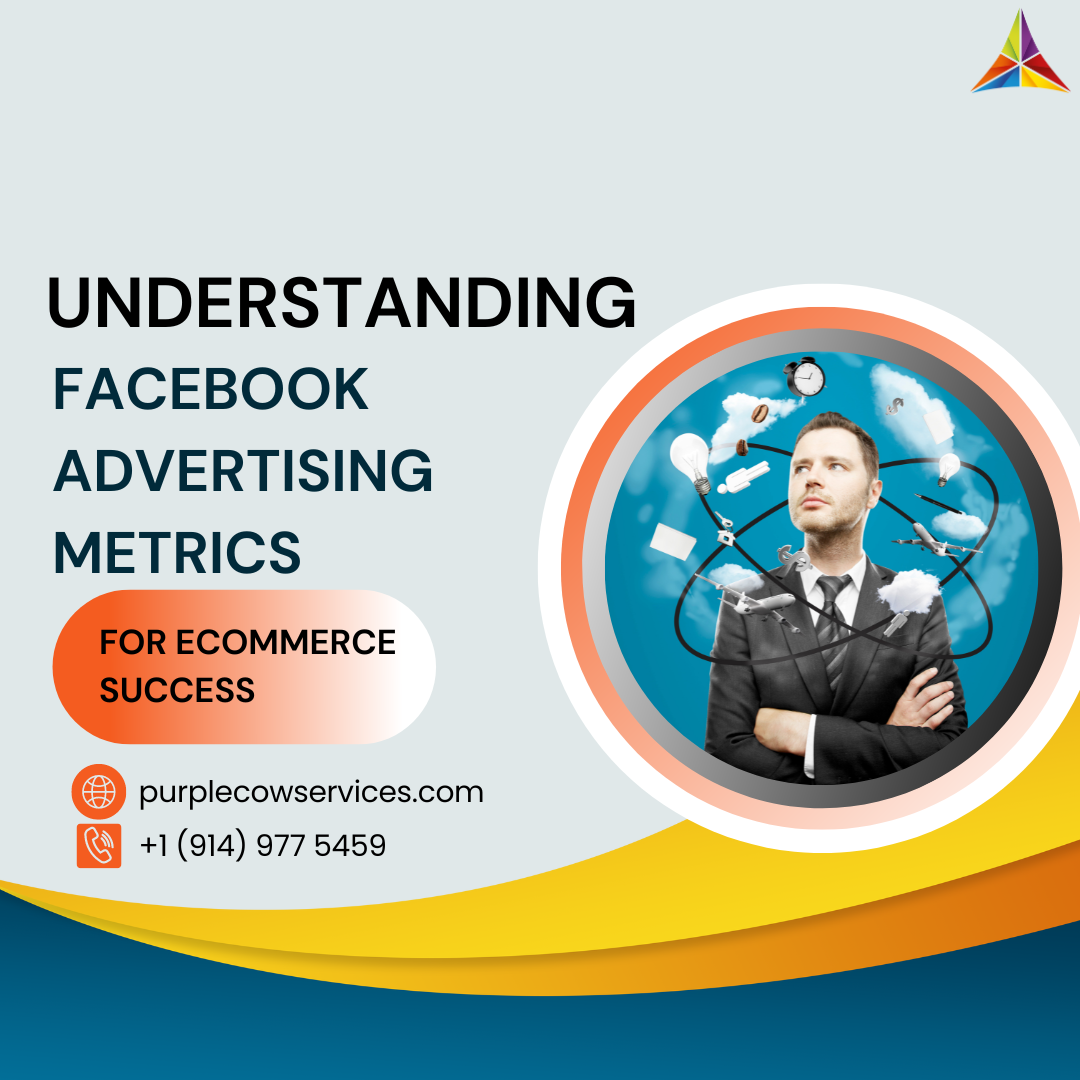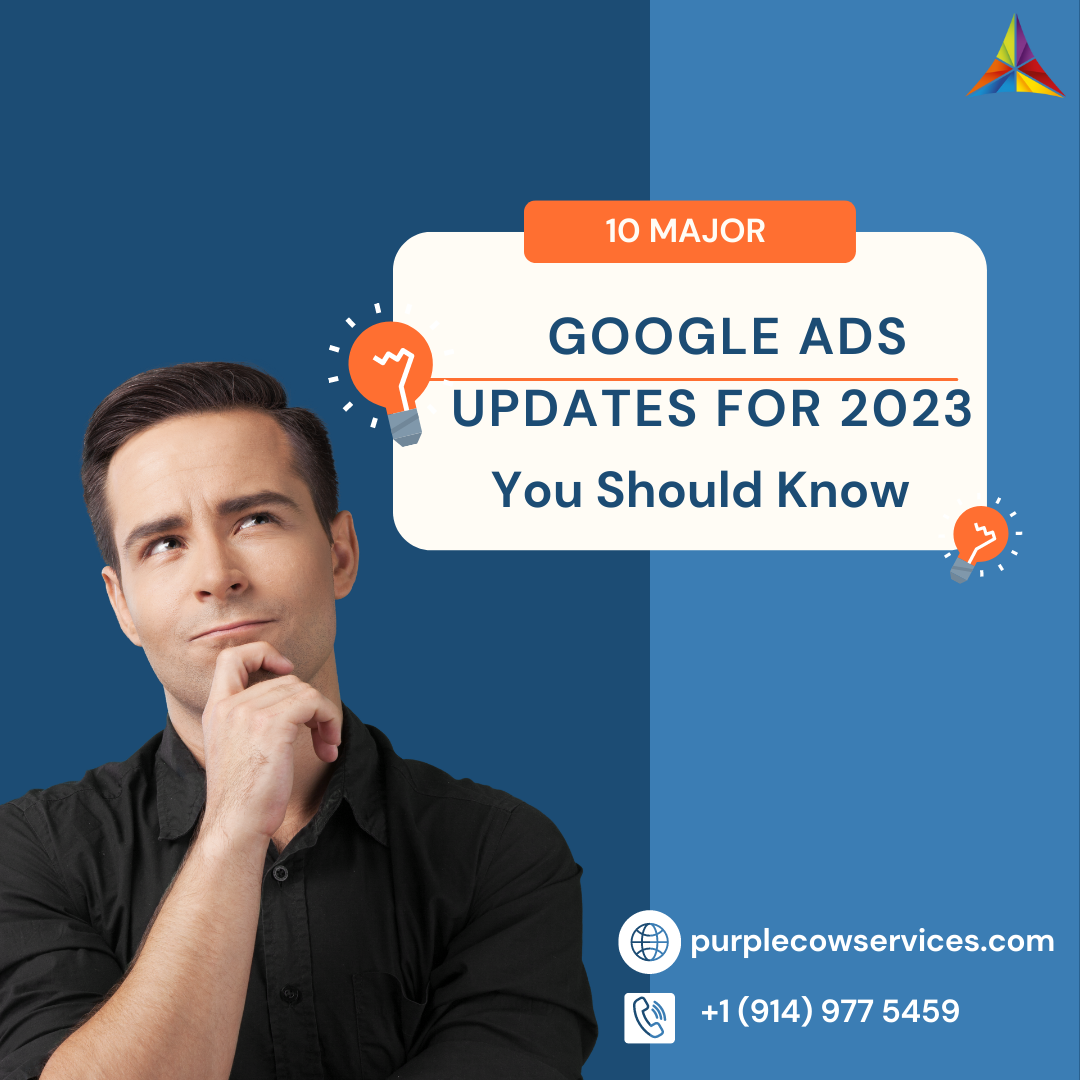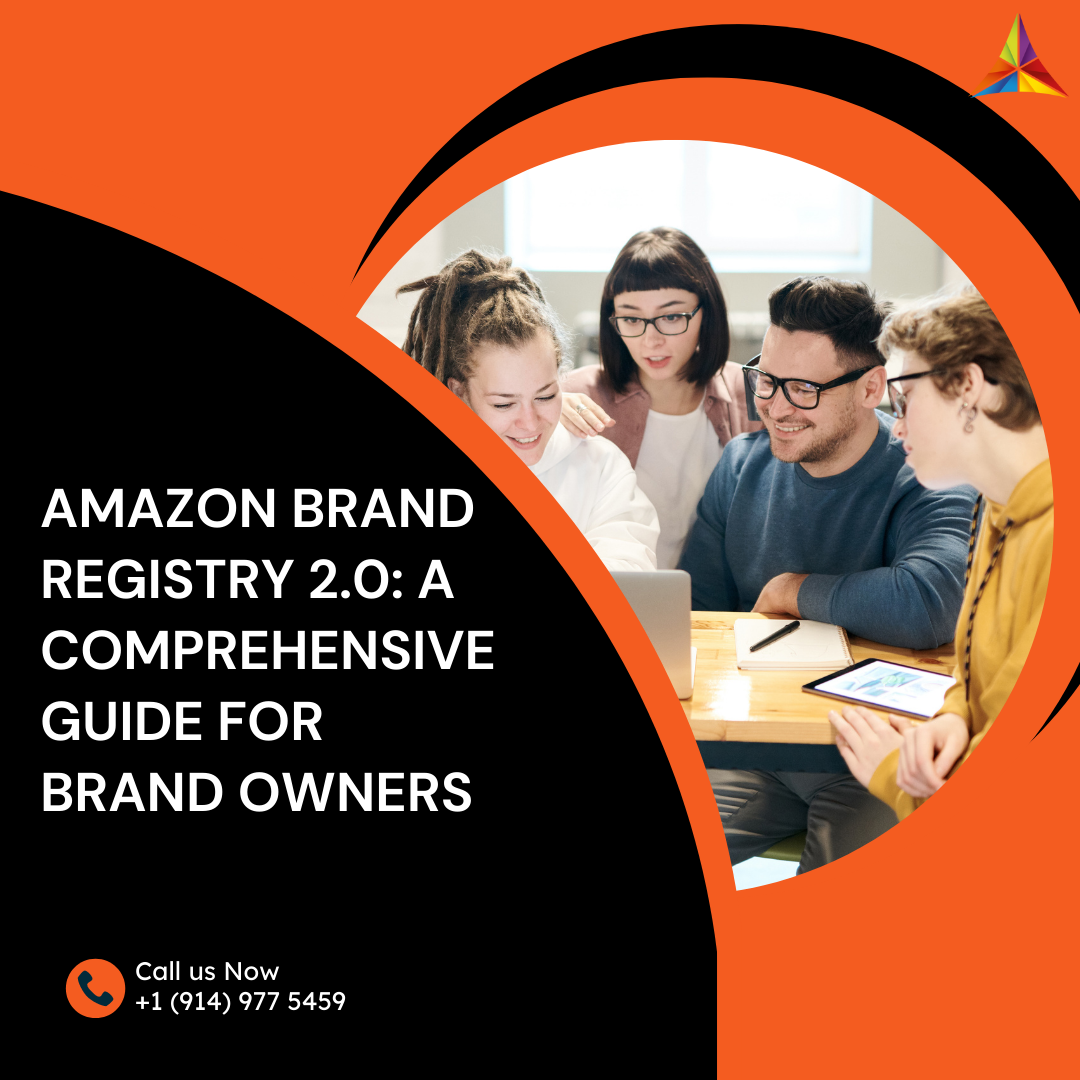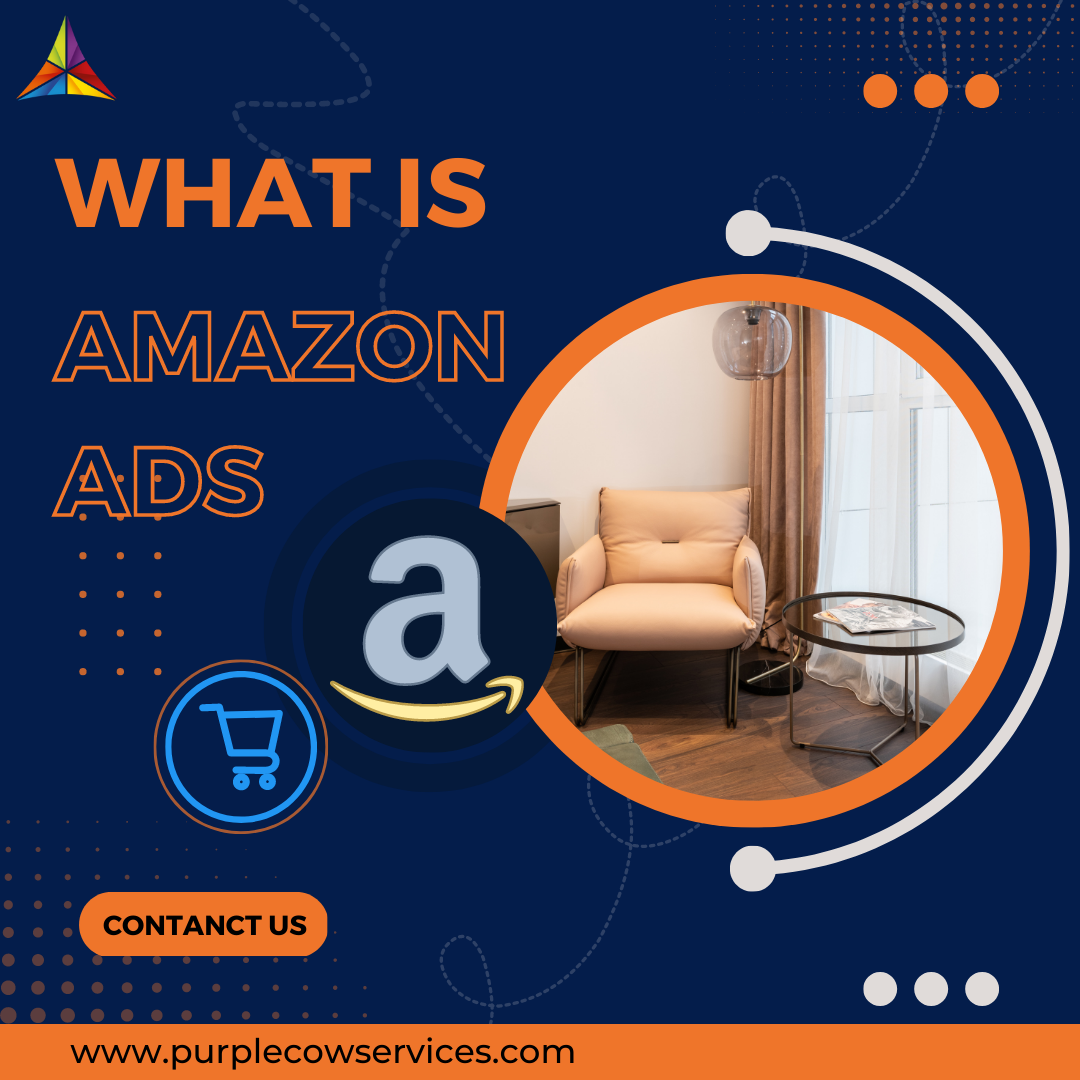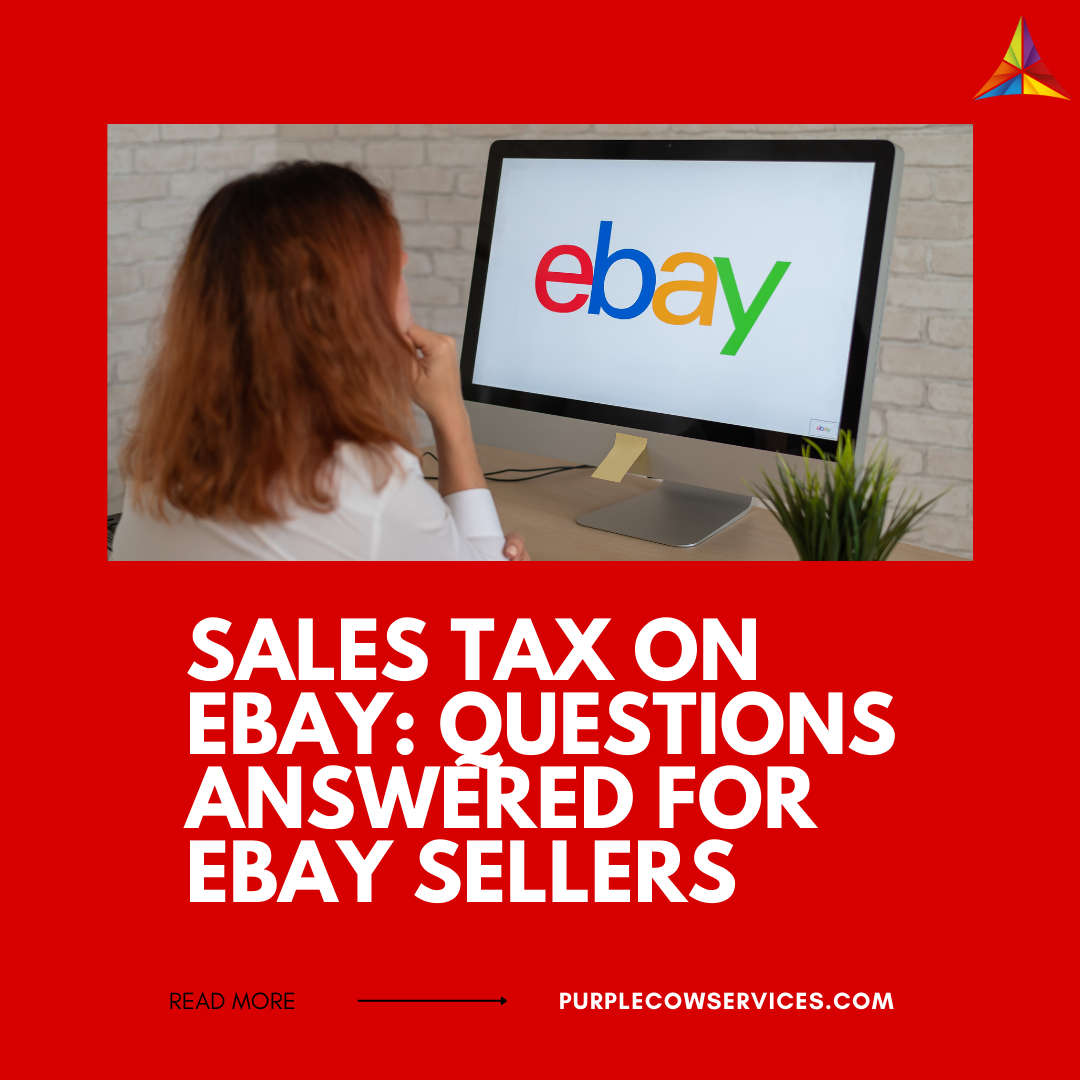RESULTS DELIVERED SUCCESS
Average Order Value (AoV)
from $575 to $852
Conversion Rate
from 0.48% to 1.13%
Avg. Page LoadTime
About this project
Our client sell Professional Audio instruments like Guitars, Keyboards, DJ Equipments, Lighting, Production and Drums. Started in 2010 with seven brands and a couple of hundred products, they’ve sold more than 20 Million musical gears since then. And Today, they offer more than 50,000 musical gears from more than 500 brands to choose from. They’re famous for hosting brands such as Fender, Yamaha, American DJ, AVID, Beats By Dre, Casio, Chauvet, JBL, JVC, Pioneer and so on.
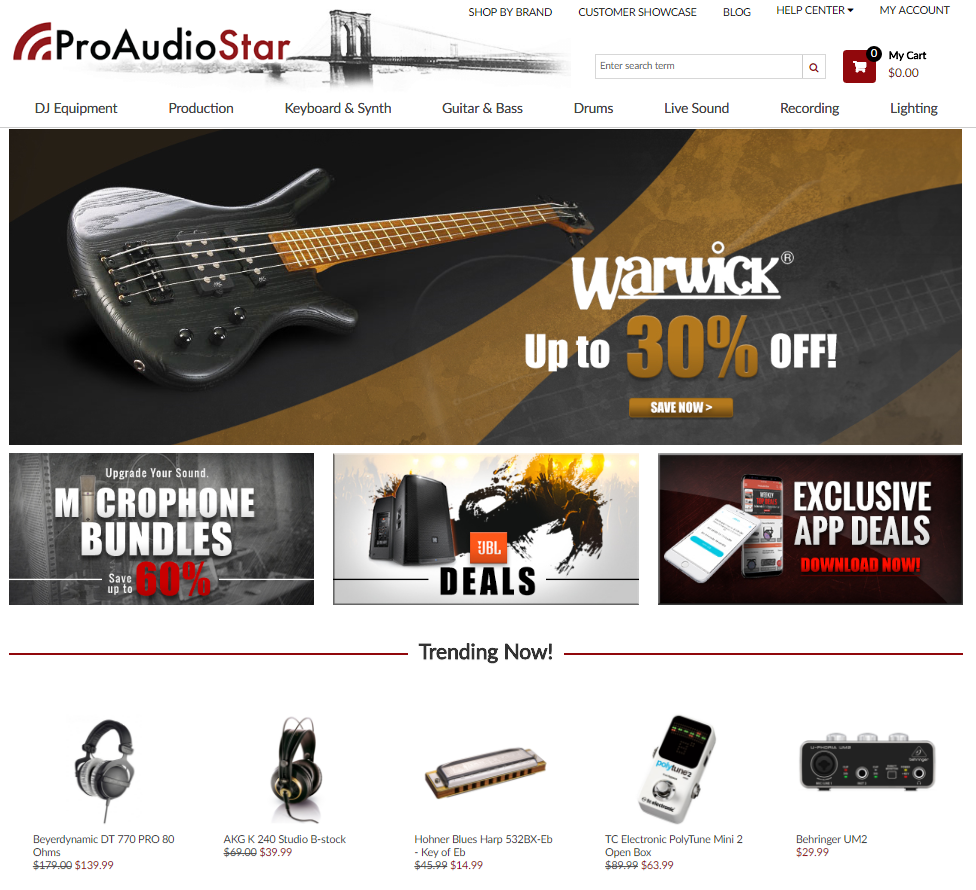
ProAudioStar Magento 1 Site (Old)
challenges
Well, let’s just say we were dealing with everything that happened over the last 13 years. It was like
- 13 Years of Legacy Data (80k SKUs, 850k Orders, 123k Customer)
- 3 Additional Sales Channels – Amazon, eBay & Reverb
- 2 Warehouse – Brooklyn NY & Winchester VA
- Custom features built by more than 4 Magento teams
- Legacy ERP integration with Microsoft Dynamics GP which was slowing down the web-site
- Single Magento instance handling all sales channels (Web, Amazon, eBay & Reverb) resulting in slow performance
- Scattered customer service over calls, emails, chat
- BIGGEST OF THEM ALL – NO DOWN-TIME ALLOWED!!!
Solution
The process of migration started with a review of the existing Magento 1 shop and its features. Over its 13 years of operation, the system had accumulated several modules that were no longer used, and others which were ripe for replacement. Working with multiple stake-holders both internally as well as externally at the client-end, we developed a road-map that included:
- Clustered Server Architecture removing dependencies between Sales Channel
- Web Application Servers
- Database Servers
- File Servers
- Load Balancers
- Caching Servers
- Enterprise Search Servers
- Staging/Development Servers
- In-house & on-premise ETL models for both scheduled as well as on-demand data migration from old servers to new servers
- CloudFlare Web Access Fire (WAF) along with advance features like
- Content Delivery Network (CDN)
- Rate Limiting
- Page & API Shield
- DDoS Attack Prevention
- Page Caching
- Advance Fraud Detection & Prevention with Signifyd as well as BrainTree Fraud Management tools
- Multiple Payment Methods for customers to choose from
- Credit Card
- PayPal
- Apple Pay
- Amazon Pay
- Google Pay
- Affirm
- Sezzle
- Zip
- Bread Pay
- Akeneo as centralized Product Information Management (PIM) System
- Unified Customer Service using ZenDesk
- ERP Integration in partner shipment with CalsZone (Microsoft Dynamics GP Partner) that focused on performance and scalability
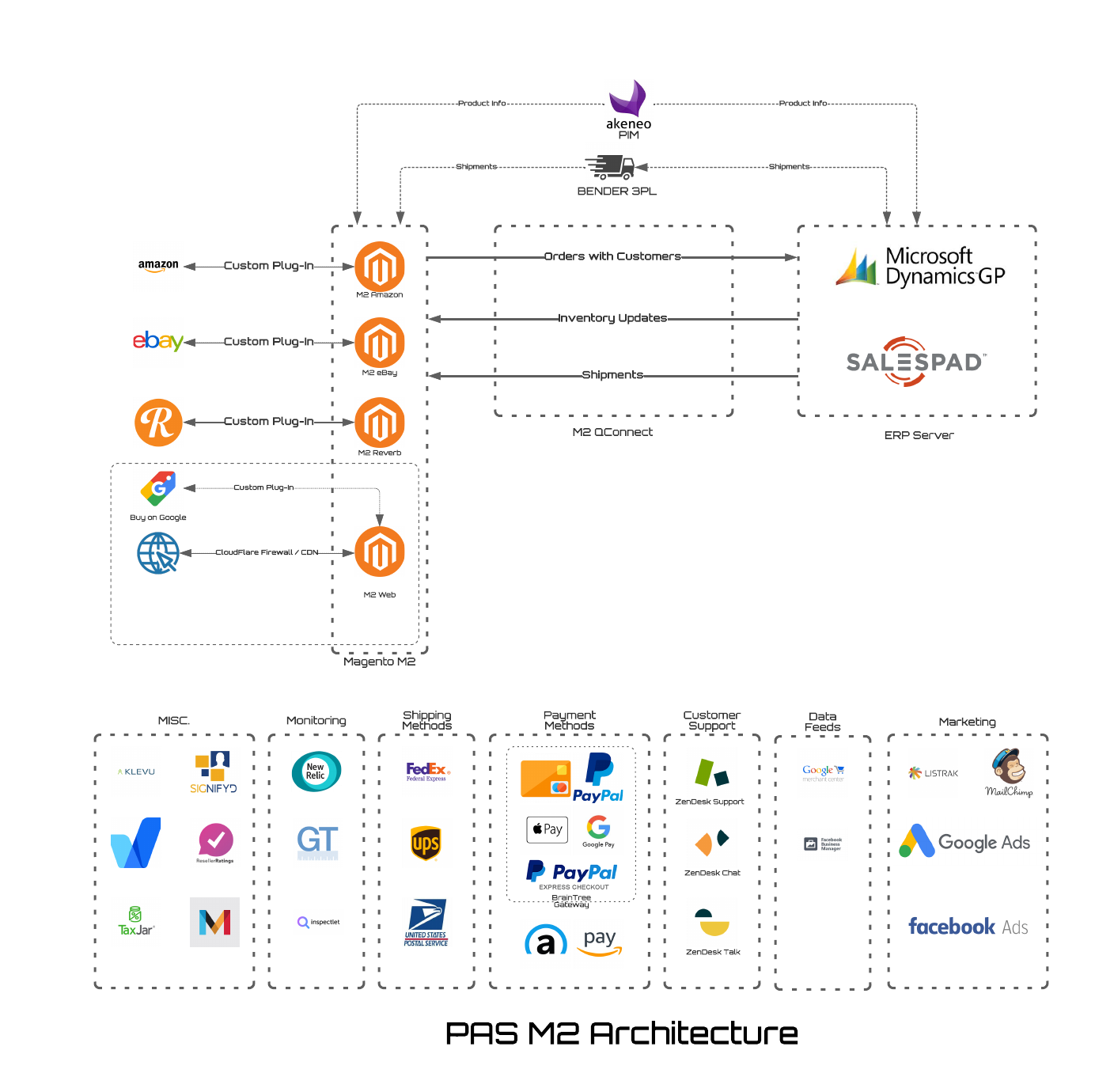
ProAudioStar Magento2 Architecture
Launched in Nov 2020

performance highlights
- 100% Up-Time since Nov 21, 2021 (as of Feb 2023)
- Average Page Load time of 3.1 ms
- Average Order Value (AoV) increased from $575 to $852
- eCommerce Conversion Rate increased from from 0.48% to 1.13%
- New Clustered Server Architecture saved 40% on yearly billing
- Mobile first approach allowed for better customer engagements resulting in 71% of the overall device traffic being from mobiles
- Processing around 450-600 orders per day on the web sales channel
- Volumetric Weight based shipping engine saved more than 32% on FedEx & UPS Shipping Costs
- Unified Customer Services empowering more than 81% First Touch Resolutions across Customer Service Channels
- Robust ERP & warehouse integration decrease average shipping & handling time from 4 days to 7 hours; enabling 80% of the orders to be shipping same day
- Average Return handling time decreased from 6 days to 2 days
WE DELIVER SUCCESS // WHAT WILL YOUR SUCCESS LOOK LIKE?
eCommerce Conversion Rate
THE BUZZ // OUR CLIENTS LOVE US!






















DIGITAL TALK // STILL THINKING WHAT TO SAY!
Posted on Nov 21, 2023
In the ever-evolving world of eCommerce, data security is paramount.
Posted on Nov 21, 2023
In the ever-evolving world of eCommerce, the way your online store looks and functions can make or break your success.
Posted on Nov 20, 2023
Welcome, savvy entrepreneurs! In the vast landscape of eCommerce, ensuring your payment solutions are top-notch is crucial.
Posted on Nov 20, 2023
In the fast-paced world of eCommerce, providing top-notch customer support is crucial for success.
Posted on Nov 19, 2023
In the digital era, where eCommerce has become the norm, customers expect swift and efficient support whenever they interact with an online store. With the rapid growth of eCommerce, the demand for customer assistance has risen significantly.
Posted on Nov 19, 2023
In the ever-evolving world of eCommerce, operational efficiency can be the key to success. One area where efficiency can make a world of difference is inventory management.
Posted on Nov 18, 2023
Welcome to the world of e-commerce, where the potential for growth and success is vast, but the challenges can be just as significant.
Posted on Nov 18, 2023
In the age of smartphones, eCommerce has become a mobile-driven landscape. Shoppers are increasingly making purchases and seeking support through their mobile devices.
Posted on Nov 13, 2023
The world of eCommerce is a dynamic landscape where businesses have an incredible opportunity to reach and engage with a vast online audience.
Posted on Nov 13, 2023
In the ever-evolving landscape of eCommerce, customer support is a critical aspect of a successful online business. Providing fast and effective assistance to customers is not just a requirement; it's a competitive advantage.
Posted on Nov 12, 2023
In the bustling world of business and logistics, one of the crucial cogs in the machine is Warehouse Management. It's a complex dance of organization, technology, and strategy that can make or break the efficiency of your supply chain.
Posted on Nov 12, 2023
In the ever-evolving world of eCommerce, selecting the right solutions is a critical decision for businesses looking to thrive in the digital marketplace.
Posted on Nov 11, 2023
In the fast-paced world of eCommerce, preparing for the worst is not just a good practice; it's essential for business survival.
Posted on Nov 11, 2023
Are you ready to take your Shopify eCommerce store to the next level? One of the most beautiful aspects of using Shopify is the wide range of apps available to enhance your online business.
Posted on Nov 10, 2023
In an era where eCommerce has become the norm, businesses are constantly seeking ways to streamline their operations and enhance customer satisfaction.
Posted on Nov 10, 2023
In the fast-paced world of online retail, success isn't guaranteed. It's a battleground where only the well-prepared and supported businesses thrive.
Posted on Nov 9, 2023
In the ever-evolving world of eCommerce, phone support is a crucial component of customer service. It provides a direct and personal way to assist shoppers, answer their questions, and resolve their concerns.
Posted on Nov 9, 2023
The way we interact with technology is constantly evolving. Just a few years ago, the idea of asking a virtual assistant a question and receiving a spoken response seemed like science fiction.
Posted on Nov 8, 2023
In the rapidly changing world of eCommerce, customer service plays a pivotal role in shaping the success of online businesses. Happy and satisfied customers are not only more likely to make purchases, but they also become loyal brand advocates and contribute to the positive reputation of a business.
Posted on Nov 8, 2023
In the highly competitive world of eCommerce, attracting customers to your online store is just the first step. Converting those visitors into paying customers is where the real magic happens.
Posted on Oct 31, 2023
The eCommerce landscape is in a constant state of evolution, with new technologies continually reshaping the way businesses operate and how customers interact with online stores.
Posted on Oct 31, 2023
In the fast-paced world of eCommerce, staying competitive means constantly fine-tuning your digital marketing strategies.
Posted on Oct 31, 2023
In today's world, businesses are recognizing that their influence extends far beyond profit margins. The way they engage with social responsibility can profoundly affect their branding.
Posted on Oct 30, 2023
Augmented Reality (AR) has been steadily shaping the future of eCommerce, transforming the way shoppers interact with products online.
Posted on Oct 30, 2023
In the ever-evolving realm of digital marketing, staying compliant with regulations is paramount. Recent years have witnessed a seismic shift in the way businesses promote their products and services.
Posted on Oct 30, 2023
In today's fiercely competitive digital landscape, businesses are constantly seeking ways to gain an edge over their rivals.
Posted on Oct 29, 2023
In the competitive world of eCommerce, success often hinges on efficiency, speed, and smart solutions.
Posted on Oct 29, 2023
In the ever-evolving world of digital marketing, data is king. Social media platforms have become powerful tools for businesses to connect with their audiences.
Posted on Oct 29, 2023
In the fast-paced world of eCommerce, staying ahead means embracing the latest trends.
Posted on Oct 28, 2023
Welcome to the dawn of a new era in digital marketing, where algorithms, automation, and artificial intelligence (AI) are transforming the way businesses connect with their audiences.
Posted on Oct 28, 2023
In the vast and competitive realm of eCommerce, the secret to success often lies in mastering the art of SEO.
Posted on Oct 28, 2023
In the bustling world of eCommerce, the customer reigns supreme. Offering top-notch customer support isn't just a nice-to-have; it's a fundamental aspect of success.
Posted on Oct 27, 2023
In the ever-expanding eCommerce landscape, where competition is fierce and options are abundant, building brand loyalty has become the holy grail for businesses.
Posted on Oct 27, 2023
Digital advertising is the heartbeat of eCommerce success. In this comprehensive guide, we'll explore the world of digital advertising for eCommerce and uncover strategies that work.
Posted on Oct 27, 2023
The world of eCommerce offers immense opportunities for businesses to expand their reach beyond borders.
Posted on Oct 26, 2023
Welcome to the fast-paced world of Twitter Advertising, where real-time marketing for brands takes center stage.
Posted on Oct 26, 2023
In the vast world of eCommerce, personalization has become the guiding star for businesses seeking to stand out and win the hearts of their customers.
Posted on Oct 26, 2023
In the competitive landscape of eCommerce, every click and every visitor count. Conversion Rate Optimization (CRO) is the secret sauce that turns these interactions into revenue.
Posted on Oct 25, 2023
TikTok, the social media sensation that took the world by storm, is no longer just for fun.
Posted on Oct 25, 2023
In the ever-evolving world of e-commerce, social commerce has emerged as a game-changer.
Posted on Oct 25, 2023
In today's digital age, where social media platforms play a significant role in connecting businesses with their target audiences, LinkedIn stands out as the ultimate platform for B2B advertising.
Posted on Oct 24, 2023
For local businesses in bustling cities like New York and beyond, the power of Facebook advertising cannot be underestimated.
Posted on Oct 24, 2023
In today's digital age, where online shopping has become the norm, protecting customer data is paramount for eCommerce businesses.
Posted on Oct 24, 2023
In today's fast-paced and ever-evolving digital marketplace, eCommerce businesses face numerous challenges.
Posted on Oct 23, 2023
In the ever-evolving realm of eCommerce, staying ahead of SEO trends is the key to online success. Search engine optimization (SEO) is a fundamental part of digital marketing for eCommerce businesses.
Posted on Oct 23, 2023
Welcome aboard as we set sail on the e-commerce seas, where the journey of fulfilling customer orders can be both exhilarating and fraught with challenges.
Posted on Oct 23, 2023
In the digital age, understanding consumer behavior is key to success in eCommerce.
Posted on Oct 22, 2023
In today's fast-paced digital landscape, providing exceptional customer service in eCommerce is more critical than ever.
Posted on Oct 22, 2023
In the world of digital marketing, the ability to measure and analyze data is paramount. Data analytics and ROI (Return on Investment) tracking are not just buzzwords; they are essential tools that allow businesses to make informed decisions, optimize their strategies, and maximize their marketing budgets.
Posted on Oct 22, 2023
In the dynamic realm of digital marketing, digital advertising stands out as a potent weapon in a business's arsenal to reach its intended audience.
Posted on Oct 21, 2023
In today's fast-paced digital marketplace, a one-size-fits-all approach no longer suffices.
Posted on Oct 21, 2023
In the vast world of eCommerce, standing out is essential. This is where content marketing shines as the fuel for eCommerce success.
Posted on Oct 21, 2023
In the fast-paced world of eCommerce, data isn't just information; it's the currency of success.
Posted on Oct 20, 2023
In the ever-evolving world of eCommerce, one size does not fit all. To stand out in a sea of competitors, businesses need custom solutions that tailor their strategies to their unique needs and goals.
Posted on Oct 20, 2023
In today's digital age, online shopping has become second nature to consumers worldwide.
Posted on Oct 20, 2023
In today's dynamic eCommerce landscape, content curation has evolved into a powerful strategy that holds the potential to establish trust and authority.
Posted on Oct 19, 2023
In the world of eCommerce, providing exceptional customer support is paramount. Chat support has emerged as a game-changer, enabling real-time interactions that foster trust, resolve issues, and drive conversions.
Posted on Oct 19, 2023
Multichannel eCommerce has transformed the way businesses sell their products and connect with customers.
Posted on Oct 19, 2023
Your eCommerce store is like a grand library filled with products, and your catalog is the organizational system that makes it accessible to your customers.
Posted on Oct 18, 2023
In the fast-paced world of online retail, staying ahead and achieving eCommerce success is crucial.
Posted on Oct 18, 2023
In the fiercely competitive landscape of online marketplaces, Amazon stands as a giant.
Posted on Oct 18, 2023
In the last decade, the way we shop has undergone a massive transformation, thanks to mobile commerce.
Posted on Oct 17, 2023
With over 610 million users, including 40 million decision-making professionals, LinkedIn offers a golden opportunity for businesses to connect with their target audience. It's not just a platform for job seekers and recruiters anymore.
Posted on Oct 17, 2023
The holiday season represents a prime opportunity for eCommerce businesses to thrive, and effective marketing strategies are essential to capitalize on this period of heightened consumer activity.
Posted on Oct 17, 2023
In today's interconnected world, cross-border eCommerce marketing presents an exciting opportunity for businesses to expand their horizons and reach a global audience.
Posted on Oct 16, 2023
Remarketing and retargeting have become indispensable tools in the world of digital marketing.
Posted on Oct 16, 2023
The digital world is rapidly shifting towards mobile commerce, with more consumers shopping on their smartphones than ever before.
Posted on Oct 16, 2023
Welcome to the world of eMail marketing—a powerful tool that can transform your eCommerce business by generating leads and nurturing customer relationships.
Posted on Oct 15, 2023
Black Friday, the day after Thanksgiving, has become synonymous with shopping extravaganzas and incredible deals. It's a date circled on calendars by both retailers and consumers alike.
Posted on Oct 15, 2023
Google Shopping is a game-changer for both consumers and businesses. It offers shoppers a convenient platform to discover great deals, while providing brands with a powerful marketing tool to connect with potential customers.
Posted on Oct 15, 2023
Before we dive into the metrics and analytics, let's establish a foundation. The digital marketing ecosystem is a complex web of strategies and channels, from social media to email marketing and SEO. Your success depends on effectively weaving these elements together, and analytics is the compass that guides your way.
Posted on Oct 14, 2023
As eCommerce continues to dominate the retail landscape, businesses are on an eternal quest for the perfect formula to boost sales, enhance customer satisfaction, and stay ahead of the competition.
Posted on Oct 14, 2023
In the fast-paced world of eCommerce, success hinges on your ability to engage customers effectively and drive sales around the clock.
Posted on Oct 14, 2023
In the realm of digital marketing, the age-old debate continues: SEO (Search Engine Optimization) vs. PPC (Pay-Per-Click).
Posted on Oct 13, 2023
In the realm of digital marketing, the importance of social media advertising cannot be overstated.
Posted on Oct 13, 2023
Welcome to the exciting world of eCommerce digital marketing, where change is the only constant.
Posted on Oct 13, 2023
Welcome to the dynamic world of eCommerce digital marketing, where staying ahead of the curve is essential for success.
Posted on Oct 12, 2023
In the dynamic landscape of modern business, Channel Management Strategies stand out as indispensable tools for growth.
Posted on Oct 12, 2023
Welcome to the world of eCommerce digital marketing, where the rules of engagement are ever-evolving.
Posted on Oct 12, 2023
In the fast-paced world of eCommerce, where success hinges on delivering a seamless shopping experience, catalog management plays a pivotal role.
Posted on Oct 11, 2023
In the vast world of eCommerce, Amazon stands as a colossal giant. With millions of products and customers, it offers a massive opportunity for eCommerce businesses to thrive.
Posted on Oct 11, 2023
Launching a new product is like embarking on an exciting adventure, full of possibilities and potential pitfalls.
Posted on Oct 11, 2023
Welcome to the digital era, where eCommerce businesses are thriving in a dynamic and competitive landscape.
Posted on Oct 10, 2023
Welcome to the world of eCommerce, where competition is fierce, and trust is invaluable. In this crowded digital marketplace, one concept stands out as a game-changer: Social Proof.
Posted on Oct 10, 2023
In the bustling world of eCommerce, where every click counts and every second matters, it's easy to overlook the unsung hero behind the scenes: Catalog Management.
Posted on Oct 10, 2023
In the dynamic world of eCommerce, staying top-of-mind with your customers is crucial. But how do you achieve this in an increasingly competitive landscape?
Posted on Oct 9, 2023
In the ever-evolving world of eCommerce, managing the intricacies of online businesses can be daunting. However, there's a game-changer in town: Turn-Key Solutions.
Posted on Oct 9, 2023
In the fast-paced world of eCommerce, where competition is fierce and trends evolve at lightning speed, there's one essential tool that can give your business a clear edge: eCommerce market research.
Posted on Oct 9, 2023
Welcome to the world of eCommerce, where understanding your customers isn't just a strategy; it's the heartbeat of your success.
Posted on Oct 8, 2023
Welcome to the dynamic world of eCommerce, where competition is fierce, and customer retention is the crown jewel.
Posted on Oct 8, 2023
In the fiercely competitive landscape of eCommerce, the quest for rapid growth and increased sales is relentless.
Posted on Oct 8, 2023
Welcome to the digital age, where eCommerce businesses are constantly seeking innovative ways to engage customers and drive sales. One strategy that continues to stand the test of time is eMail marketing.
Posted on Oct 7, 2023
In the ever-evolving landscape of eCommerce, one thing remains constant: the importance of SEO. Search Engine Optimization is the backbone of your online store's visibility and success.
Posted on Oct 7, 2023
Welcome to the world of eCommerce, where competition is fierce and the digital landscape is ever-evolving.
Posted on Oct 7, 2023
In today's highly competitive e-commerce landscape, having a robust and feature-rich online store is crucial for success. BigCommerce, a leading e-commerce platform, offers a wide array of advanced features designed to enhance your online store's performance and drive growth.
Posted on Oct 6, 2023
In the rapidly evolving world of e-commerce, effective channel management plays a pivotal role in maximizing sales potential. Channel management refers to the strategic process of managing and optimizing the distribution channels through which products are marketed and sold.
Posted on Oct 6, 2023
In today's rapidly evolving digital landscape, eCommerce websites have become the cornerstone of modern business. As consumer preferences shift towards online shopping, it's crucial for eCommerce platforms to offer seamless user experiences.
Posted on Oct 6, 2023
In the fast-paced world of eCommerce, businesses are constantly seeking comprehensive solutions that streamline operations, enhance customer experience, and drive growth. Enter 360° eCommerce solutions, a dynamic approach that covers every facet of online retail.
Posted on Oct 5, 2023
In the digital landscape, where attention spans are fleeting and competition is fierce, mastering the art of effective advertising is paramount for eCommerce success.
Posted on Oct 5, 2023
Starting a digital advertising strategy can be a game-changer for your eCommerce website. It's a potent tool that can drive more conversions and sales, but what exactly is eCommerce digital advertising, and how does it work?
Posted on Oct 5, 2023
In today's fiercely competitive eCommerce landscape, the ability to strategically harness advertising plays a pivotal role in driving sales and revenue. Within this dynamic realm, Walmart has emerged as a significant player.
Posted on Oct 4, 2023
In the dynamic world of eCommerce, staying ahead of the competition and maximizing revenue hinges on effective channel management.
Posted on Oct 4, 2023
The home improvement industry is booming, and businesses are continually seeking innovative ways to reach their target audience.
Posted on Oct 4, 2023
In today's rapidly evolving digital landscape, the world of commerce has been dramatically transformed. Gone are the days when physical stores reigned supreme, restricted by location, operating hours, and the hassles of in-person shopping.
Posted on Oct 3, 2023
In the fast-paced world of e-commerce, effective catalog management is crucial for the success of your online store. A well-organized and optimized product catalog not only simplifies the shopping experience for your customers but also enhances your store's performance.
Posted on Oct 3, 2023
Are you looking to skyrocket your online sales and take your eCommerce business to new heights? Look no further than LinkedIn Ads.
Posted on Oct 3, 2023
Are you ready to peer into the crystal ball of B2B eCommerce? The landscape is ever-evolving, and staying ahead of the curve is paramount for success.
Posted on Oct 2, 2023
In the fast-paced world of eCommerce, data isn't just a buzzword—it's the fuel that powers success. Today, we're diving deep into what sets successful eCommerce brands apart when it comes to harnessing the full potential of eCommerce data.
Posted on Oct 2, 2023
In the realm of B2B eCommerce solutions, the paramount concern is the safety and security of transactions.
Posted on Oct 2, 2023
When it comes to eCommerce success, increasing your Average Order Value (AOV) can be a game-changer.
Posted on Oct 1, 2023
In a world where smartphones are practically an extension of our hands, the Mobile Commerce Revolution is in full swing. It's not just a trend; it's a transformative force that's reshaping the eCommerce landscape.
Posted on Oct 1, 2023
In the fast-paced world of eCommerce, staying ahead of the competition is not just a goal; it's a necessity. One powerful way to achieve this is through code enhancements for your eCommerce store.
Posted on Oct 1, 2023
Welcome to the dynamic and competitive world of eCommerce, where success hinges on a delicate balance of factors.
Posted on Sep 30, 2023
In the dynamic world of eCommerce, understanding customer behavior and attributing conversions accurately is paramount for success.
Posted on Sep 30, 2023
In the ever-evolving world of eCommerce, staying ahead of the curve is vital for success. One strategy that has consistently proven its worth is influencer marketing.
Posted on Sep 30, 2023
The eCommerce landscape is continuously evolving, and payment methods are no exception. In recent years, we've witnessed a rapid transformation in the way customers pay for their online purchases.
Posted on Sep 29, 2023
In a world where conscious consumerism is on the rise, ethical eCommerce has emerged as a driving force of change.
Posted on Sep 29, 2023
Starting an eCommerce venture is exhilarating, but success isn't guaranteed. Many emerging brands stumble due to common pitfalls.
Posted on Sep 29, 2023
The digital commerce landscape has witnessed unprecedented growth, and for businesses looking to scale, choosing the right Enterprise eCommerce solution is paramount.
Posted on Sep 28, 2023
Explore the world of digital advertising and learn the professional tricks that drive results and boost ROI.
Posted on Sep 28, 2023
Discover 7 powerful strategies for Amazon Ads success, from keyword optimization to budget management.
Posted on Sep 28, 2023
The world of eCommerce is a thrilling rollercoaster, filled with opportunities, innovations, and, of course, its fair share of challenges.
Posted on Sep 27, 2023
In the ever-evolving world of eCommerce, staying ahead of the competition isn't just a goal; it's a necessity.
Posted on Sep 26, 2023
Are you prepared to elevate your eCommerce store? In this digital era, a robust online presence is imperative for achieving success.
Posted on Sep 25, 2023
In the ever-evolving world of eCommerce, staying competitive is no easy task. With the rise of social media's influence on consumer behavior, it's crucial for online businesses to invest in Social Media Marketing Analytics. I
Posted on Sep 25, 2023
In the ever-evolving landscape of online advertising, Amazon DSP Ads (Demand-Side Platform Ads) have emerged as a formidable tool for eCommerce businesses seeking to elevate their game.
Posted on Sep 25, 2023
In today's digital age, where eCommerce has become the lifeblood of countless businesses, ensuring robust data security is paramount.
Posted on Sep 24, 2023
In the dynamic world of eCommerce, staying ahead of the competition requires creativity and strategy. One powerful tool that's often underutilized is Facebook Event Ads.
Posted on Sep 24, 2023
In the fast-paced world of eCommerce, the right integrations can be the difference between stagnation and success.
Posted on Sep 24, 2023
In the vast realm of eCommerce, where countless virtual storefronts vie for shoppers' attention, a pivotal force quietly shapes our buying decisions. It's known as "social proof," and in this digital age, it reigns supreme.
Posted on Sep 23, 2023
In the ever-evolving landscape of digital marketing, Pay-Per-Click (PPC) campaigns have emerged as a cornerstone of success for eCommerce businesses.
Posted on Sep 23, 2023
Picture this: you walk into a Home Depot store, and every aisle seems to lead you exactly where you need to be.
Posted on Sep 23, 2023
In the fast-paced realm of eCommerce, staying ahead of the curve demands more than just a stellar product or service; it requires an intimate understanding of your market.
Posted on Sep 22, 2023
In the dynamic realm of digital marketing, Instagram Carousel Ads have emerged as a powerful tool for eCommerce businesses looking to boost sales and engage their audience.
Posted on Sep 22, 2023
If you're in the eCommerce game, you've probably heard the buzz about Google Ads. It's the digital advertising powerhouse that has the potential to catapult your online store to new heights.
Posted on Sep 22, 2023
In the fast-paced world of eCommerce, efficient inventory management is the linchpin of success. Imagine this scenario: Your online store is experiencing a surge in customer orders, visitors are flooding in, and purchases are pouring in by the minute.
Posted on Sep 21, 2023
In the fast-paced world of eCommerce, staying ahead of the curve is essential for success. One platform that has taken the digital marketing landscape by storm is TikTok.
Posted on Sep 21, 2023
In the ever-evolving world of eCommerce, where the digital landscape is your battleground and every click counts, the power of digital advertising can't be overstated.
Posted on Sep 21, 2023
In the world of eCommerce, the heart and soul of your business lie in customer relationships. Happy customers become loyal customers, and loyal customers drive sales.
Posted on Sep 20, 2023
In the digital age, social media isn't just about sharing cute cat videos and vacation photos. It's a bustling marketplace where businesses can connect with their audience and sell products and services seamlessly.
Posted on Sep 20, 2023
As the holiday season draws near, the eCommerce world comes alive with anticipation. Shoppers embark on their quest for the perfect gifts, and businesses gear up for the busiest time of the year.
Posted on Sep 20, 2023
In the dynamic world of eCommerce, success isn't measured by the mere launch of marketing campaigns. It's gauged by their effectiveness in achieving specific goals and driving tangible results.
Posted on Sep 19, 2023
In the dynamic world of business, change is the only constant. Markets evolve, consumer preferences shift, and unforeseen events can disrupt even the most meticulously crafted go-to-market plans.
Posted on Sep 19, 2023
In today's digitally-driven landscape, where information overload is the norm and consumer attention spans are fleeting, the art of brand storytelling has taken center stage.
Posted on Sep 19, 2023
In the fast-paced world of eCommerce, where trends come and go, one marketing strategy has stood the test of time: eMail marketing. It's not just a tool; it's a powerhouse that can transform your eCommerce business.
Posted on Sep 18, 2023
In the expansive realm of e-commerce, Amazon Vendor Central stands as a pivotal gateway for manufacturers and suppliers to showcase their products directly on the world's largest online marketplace.
Posted on Sep 18, 2023
In the fast-paced world of eCommerce, staying ahead of the curve is not just a preference; it's a necessity.
Posted on Sep 18, 2023
Picture this: Your eCommerce business, thriving and growing like never before. Faster load times, seamless scalability, and robust security - all at your fingertips.
Posted on Sep 17, 2023
In the vast and ever-evolving landscape of eCommerce, choosing the right business model is akin to selecting the perfect vehicle for a cross-country journey.
Posted on Sep 17, 2023
In today's dynamic eCommerce landscape, achieving success requires more than just a digital storefront. It's about deciphering the intricate language of customer behavior, optimizing product offerings, and making decisions that translate data into dollars.
Posted on Sep 17, 2023
In today's ever-evolving digital marketing arena, staying ahead of the curve is paramount for eCommerce businesses striving for success.
Posted on Sep 16, 2023
In the vast realm of digital content, where trends ebb and flow like the tides, some creations stand resolute against the passage of time.
Posted on Sep 16, 2023
In the fast-paced world of eCommerce, attracting new customers is undoubtedly important. However, the true goldmine lies in retaining your existing customers.
Posted on Sep 16, 2023
In the ever-evolving world of B2B marketing, the acquisition of high-quality leads stands as the cornerstone of success. While organic social media endeavors are valuable, the integration of paid social media strategies can provide a significant impetus to your lead-generation efforts.
Posted on Sep 15, 2023
In the ever-evolving realm of eCommerce, Amazon PPC (Pay-Per-Click) has become a critical tool for businesses seeking to expand their customer base and boost revenues. With millions of potential customers within reach, competition is fierce.
Posted on Sep 15, 2023
In the fiercely competitive world of eCommerce, driving a high volume of traffic to your online store is only half the battle. The real challenge lies in converting those visitors into paying customers.
Posted on Sep 15, 2023
Consumer behavior analysis is the process of studying how individuals make purchasing decisions and interact with products and services.
Posted on Sep 14, 2023
The eCommerce industry, with its rapid growth and ever-increasing reliance on digital platforms, faces unique challenges when it comes to disaster recovery.
Posted on Sep 14, 2023
Consider this scenario: You visit a highly-rated restaurant with great expectations, only to be met with poor service. Would you genuinely relish your dining experience? Likely not. In fact, you might decide to steer clear of that restaurant in the future, and even advise your friends to explore superior dining options.
Posted on Sep 14, 2023
In the rapidly evolving world of eCommerce, crafting an effective merchandising strategy is the cornerstone of success.
Posted on Sep 13, 2023
In the vast and dynamic world of eCommerce, securing a sale isn't always a straightforward endeavor. Often, it's a captivating journey of multiple touchpoints before a visitor becomes a loyal customer.
Posted on Sep 13, 2023
In the ever-evolving landscape of e-commerce, eBay has transformed from a humble auction site to one of the world's largest online marketplaces and eCommerce platforms.
Posted on Sep 13, 2023
In today's digital age, where eCommerce stores are thriving, the significance of Search Engine Optimization (SEO) cannot be overstated. It's the driving force behind your online store's visibility, traffic, and, ultimately, its success.
Posted on Sep 12, 2023
In today's digital era, eCommerce has become an integral part of our daily lives. From purchasing everyday essentials to indulging in luxury items, the convenience of shopping from the comfort of our homes has revolutionized the way we acquire goods.
Posted on Sep 12, 2023
The world of eCommerce is a rapidly expanding domain, and to achieve success in this highly competitive space, systematic catalog management is paramount.
Posted on Sep 12, 2023
In the ever-expanding landscape of eCommerce, standing out and making your mark can be a daunting task. Creating your own eCommerce platform is both expensive and time-consuming.
Posted on Sep 11, 2023
If you're an Amazon seller, you've probably heard of the term "Buy Box." But do you truly understand its significance and how it can impact your business?
Posted on Sep 11, 2023
In the ever-evolving landscape of eCommerce, the quest for consumer attention is an ongoing challenge. To not just survive but thrive in this digital arena, businesses must adopt strategic approaches that not only reach their target audience but also effectively engage and convert them into loyal customers.
Posted on Sep 11, 2023
In the ever-evolving landscape of eCommerce, businesses are continually adapting to meet the changing needs of their customers. For enterprises, particularly those engaged in B2B (business-to-business) eCommerce, the challenges and opportunities are unique.
Posted on Sep 10, 2023
In the fast-paced world of eCommerce, choosing the right order fulfillment partner is a decision that can make or break your online store's success. Your fulfillment partner plays a critical role in delivering a seamless shopping experience to your customers.
Posted on Sep 10, 2023
In the ever-evolving realm of digital marketing, gaining a competitive edge is not just a strategic advantage; it's often the key to success. One powerful method to achieve this advantage is by dissecting and understanding your competitors' Facebook ads.
Posted on Sep 10, 2023
When embarking on your Amazon selling journey, it's easy to get caught up in the excitement of launching products and attracting customers.
Posted on Sep 9, 2023
In the fast-paced world of eCommerce, the pursuit of success hinges on staying ahead of the curve. With millions of online stores vying for consumers' attention, businesses can no longer afford to rely solely on the traditional one-dimensional approach.
Posted on Sep 9, 2023
Ensuring consistent and fair pricing is more than just a good business practice when selling on Amazon; it's an absolute necessity.
Posted on Sep 9, 2023
As technological advancements continue to redefine industries, AI stands at the forefront of innovation, revolutionizing several sectors like healthcare, finance, and manufacturing.
Posted on Sep 8, 2023
In the fast-paced world of eCommerce, where the competition is fierce and customer preferences can change in the blink of an eye, making informed decisions is crucial for success.
Posted on Sep 8, 2023
In the rapidly evolving world of eCommerce, where brands strive to capture consumer attention and drive sales, one platform stands out as a powerhouse: Amazon.
Posted on Sep 8, 2023
In the dynamic world of eCommerce, where competition is fierce and user expectations are high, having a comprehensive solution that covers every aspect of your online business is a game-changer.
Posted on Sep 7, 2023
In the ever-evolving world of eCommerce, staying ahead of the competition and meeting the ever-increasing demands of tech-savvy consumers is a perpetual challenge.
Posted on Sep 7, 2023
In the fast-paced world of eCommerce, maximizing revenue and enhancing customer experience go hand in hand. Two powerful strategies that can achieve both are up-selling and cross-selling.
Posted on Sep 7, 2023
In today's digital age, B2B eCommerce has become a cornerstone of business success. It's not just about having an online presence; it's about delivering a seamless and efficient buying experience to your customers.
Posted on Sep 6, 2023
Launching a new product is an exhilarating journey that requires careful planning and execution.
Posted on Sep 6, 2023
Over the past three decades, numerous innovative products, developed by brilliant minds, have faced setbacks and often failed to reach their full potential in the market.
Posted on Sep 6, 2023
In an increasingly digital world, the future of eCommerce has never been more vital. As more businesses pivot to online selling, staying ahead of the competition becomes paramount.
Posted on Sep 5, 2023
In the dynamic world of eCommerce, social media marketing has emerged as a pivotal strategy to engage, convert, and retain customers.
Posted on Sep 5, 2023
In the bustling world of eCommerce, where attention spans are fleeting and choices are abundant, the significance of product content cannot be overstated.
Posted on Sep 5, 2023
In the highly competitive world of eCommerce, Pay-Per-Click (PPC) advertising is a powerful tool to drive targeted traffic and conversions.
Posted on Sep 4, 2023
In the fast-paced world of eCommerce, providing exceptional customer support is a cornerstone of success. Phone support remains a powerful tool for connecting with customers directly.
Posted on Sep 4, 2023
In the dynamic realm of eCommerce, innovation is the key to survival. Patches and upgrades represent the heartbeat of digital evolution, driving progress and transformation.
Posted on Sep 4, 2023
In the fast-paced world of eCommerce, seamless order fulfillment is a critical factor that directly influences customer satisfaction and brand loyalty.
Posted on Sep 3, 2023
In the digital landscape of eCommerce, where customer trust and data security are paramount, effective store monitoring and security measures are non-negotiable.
Posted on Sep 3, 2023
Crafting compelling product descriptions isn't just about listing features; it's an art that can turn casual browsers into eager buyers.
Posted on Sep 3, 2023
In the vast landscape of e-commerce, Amazon stands as a titan, reigning supreme with its massive customer base and unparalleled reach.
Posted on Sep 2, 2023
In the fast-paced world of eCommerce, mastering the art of Facebook advertising can be the game-changer that propels your sales to new heights.
Posted on Sep 2, 2023
While the virtual world of eCommerce may seem alluring, its true strength lies in the real-world operations of warehouse management. Efficient warehouse management serves as the unseen force that ensures products reach customers' hands promptly and seamlessly.
Posted on Sep 2, 2023
In the world of eCommerce, capturing your audience's attention quickly and engaging them effectively is crucial.
Posted on Sep 1, 2023
In the realm of digital marketing, platforms like Facebook and Instagram often take the spotlight, but LinkedIn is emerging as a powerful tool for eCommerce brands to reach a unique and highly engaged audience.
Posted on Sep 1, 2023
In the realm of eCommerce, Instagram has transformed into a powerhouse platform for product discovery and shopping.
Posted on Sep 1, 2023
In the dynamic realm of online marketing, staying ahead requires embracing innovative advertising formats.
Posted on Aug 31, 2023
In the fast-paced world of eCommerce, maintaining a thriving online store requires more than just setting up a website.
Posted on Aug 31, 2023
In the dynamic landscape of eCommerce, staying ahead of the curve is crucial for businesses looking to capture the attention of their target audience and boost sales. One strategy that has proven to be incredibly effective is influencer marketing.
Posted on Aug 31, 2023
For eCommerce businesses, mastering Google Ads can be the cornerstone of a successful digital marketing strategy.
Posted on Aug 30, 2023
A well-structured and effective Go-To-Market (GTM) strategy can be the linchpin to a product's success.
Posted on Aug 30, 2023
In the digital age, Facebook has emerged as a powerhouse platform for businesses looking to boost their online presence and drive sales.
Posted on Aug 30, 2023
In the dynamic realm of eCommerce, where customer expectations are sky-high and competition is fierce, a well-oiled operations support system stands as the backbone of success.
Posted on Aug 29, 2023
In the bustling world of eCommerce, where products compete for attention on digital shelves, effective merchandising emerges as a powerful tool to capture customer interest, drive sales, and elevate brand visibility.
Posted on Aug 29, 2023
In the modern landscape of eCommerce, where competition is fierce and consumer behavior is rapidly evolving, digital advertising emerges as the guiding compass for brands seeking online triumph.
Posted on Aug 29, 2023
In the bustling world of eCommerce, where avenues for selling seem endless, mastering channel management has emerged as a cornerstone of success.
Posted on Aug 28, 2023
In the ever-evolving landscape of eCommerce, customer satisfaction and convenience have taken center stage. As businesses strive to meet these demands, live chat has emerged as a game-changing tool.
Posted on Aug 28, 2023
In the dynamic realm of eCommerce, where countless products vie for customers' attention, an often underestimated hero emerges: catalog management.
Posted on Aug 28, 2023
In the fiercely competitive landscape of Amazon, leveraging Pay-Per-Click (PPC) advertising is a game-changer for boosting product visibility and driving sales.
Posted on Aug 27, 2023
In the world of eCommerce, providing exceptional customer experience is paramount. One vital tool that can make a significant impact is ticketing support.
Posted on Aug 27, 2023
In the bustling realm of digital marketing, email remains a tried-and-true avenue for connecting with your audience. A well-crafted email campaign has the power to engage, nurture, and convert leads into loyal customers.
Posted on Aug 27, 2023
In the digital age, where eCommerce platforms are aplenty and attention spans are short, mastering the craft of eCommerce SEO is not just a choice, but a necessity.
Posted on Aug 26, 2023
In the ever-evolving realm of eCommerce, where customer expectations are soaring and competition is fierce, a cookie-cutter approach simply won't cut it.
Posted on Aug 26, 2023
In the digital age, content marketing has emerged as a cornerstone strategy for businesses looking to thrive in the competitive landscape of eCommerce.
Posted on Aug 26, 2023
In the bustling world of eCommerce, Amazon Ads have emerged as a powerhouse for driving product visibility, boosting sales, and achieving brand prominence.
Posted on Aug 25, 2023
Behind every successful eCommerce operation lies a well-organized and optimized warehouse. Efficient warehouse management is the backbone of delivering timely, accurate, and exceptional customer experiences.
Posted on Aug 25, 2023
In the bustling realm of eCommerce, the quest for boosting revenue and fostering customer delight is a perpetual journey. Enter the dynamic duo: up-selling and cross-selling.
Posted on Aug 25, 2023
In the ever-evolving world of eCommerce, staying ahead requires a strategic approach. Third-party integrations have emerged as a powerful tool, enabling businesses to enhance their online stores' functionality, efficiency, and customer experience.
Posted on Aug 24, 2023
In the dynamic world of eCommerce, reaching your target audience is a key challenge. Enter Twitter Ads – a potent tool to amplify your brand's visibility, engage potential customers, and drive sales.
Posted on Aug 24, 2023
Launching and managing an eCommerce business involves navigating a myriad of challenges, from platform selection to inventory management and customer engagement.
Posted on Aug 24, 2023
In the fast-paced world of eCommerce, where transactions occur at the click of a button, ensuring the security of your online store is paramount.
Posted on Aug 23, 2023
In the fast-paced digital landscape, social media has emerged as a dynamic force that can revolutionize the way eCommerce businesses connect with customers, drive sales, and build brand loyalty.
Posted on Aug 23, 2023
In the competitive world of eCommerce, standing out from the crowd is essential to succeed. Shopify, with its user-friendly interface and robust features, has become a go-to platform for entrepreneurs.
Posted on Aug 23, 2023
Server administration plays a critical role in determining the scalability of an eCommerce platform. Scalability refers to the ability of a system to handle increased workloads and user demands as the business grows.
Posted on Aug 22, 2023
In the vast landscape of eCommerce, where countless products vie for attention, a well-crafted product description can be the difference between a sale and a missed opportunity.
Posted on Aug 22, 2023
Launching a new product in the competitive world of eCommerce can be both exhilarating and challenging. A well-executed product launch not only generates buzz but also sets the tone for your brand's success.
Posted on Aug 22, 2023
In the ever-evolving landscape of digital marketing, Pay-Per-Click (PPC) advertising remains a stalwart strategy for businesses aiming to expand their online presence and drive valuable leads.
Posted on Aug 21, 2023
In the digital age, eCommerce businesses have thrived through seamless online experiences. However, amidst the pixels and interfaces, the human touch is often lost.
Posted on Aug 21, 2023
In the dynamic landscape of eCommerce, maintaining brand integrity and ensuring fair competition are paramount. This is where Minimum Advertised Price (MAP) enforcement steps in as a pivotal strategy.
Posted on Aug 21, 2023
In the rapidly evolving landscape of eCommerce, staying ahead of the competition and delivering an impeccable shopping experience is non-negotiable. This necessity has given rise to the essential role of patches and upgrades in shaping the future of eCommerce.
Posted on Aug 20, 2023
In the ever-evolving landscape of eCommerce, delivering impeccable customer service has become a defining factor for success. One crucial element that holds the key to customer satisfaction is efficient ticketing support.
Posted on Aug 19, 2023
In the dynamic realm of eCommerce, delivering impeccable customer service is paramount. One cornerstone of this is efficient ticketing support – the linchpin that helps businesses address customer queries and concerns.
Posted on Aug 19, 2023
In the rapidly evolving world of eCommerce, Artificial Intelligence (AI) has emerged as a game-changer, unlocking unparalleled opportunities to elevate the customer experience and streamline business operations.
Posted on Aug 19, 2023
In today's digital age, customer expectations for support are higher than ever. They want to be able to get help quickly and easily, no matter what channel they choose to contact you.
Posted on Aug 18, 2023
In the ever-evolving world of eCommerce, staying ahead of the curve requires more than just a compelling product lineup.
Posted on Aug 18, 2023
In the ever-evolving world of e-commerce, staying ahead of the competition requires not only a powerful platform but also impeccable support to ensure smooth operations.
Posted on Aug 18, 2023
In the dynamic landscape of eCommerce, reaching the right audience is pivotal for success.
Posted on Aug 17, 2023
In the ever-evolving landscape of eCommerce, industry giants like Home Depot stand as beacons of success and innovation.
Posted on Aug 17, 2023
The eCommerce landscape is undergoing a transformative shift, and businesses are no longer solely focused on offering products; they're delivering experiences.
Posted on Aug 17, 2023
In the dynamic world of eCommerce, where competition is fierce and customer expectations are ever-evolving, businesses are constantly seeking innovative ways to boost their revenues and enhance customer satisfaction.
Posted on Aug 16, 2023
In the fast-paced world of eCommerce, customer satisfaction is paramount. The success of an online business hinges on the ability to provide seamless shopping experiences, resolve customer queries promptly, and foster trust.
Posted on Aug 16, 2023
In today's competitive online marketplace, it's more important than ever to create high-quality product content that will help you stand out from the crowd. But how do you create product content that's both SEO-friendly and engaging?
Posted on Aug 16, 2023
In the fast-paced world of eCommerce, mastering order fulfillment is crucial for achieving success. Efficient and reliable order fulfillment processes can lead to higher customer satisfaction, increased sales, and improved brand reputation.
Posted on Aug 15, 2023
In the competitive world of eCommerce, mastering social media advertising is essential for businesses looking to boost sales and reach a wider audience.
Posted on Aug 15, 2023
In today's digital landscape, influencer marketing has emerged as a powerful strategy for eCommerce businesses. As consumers increasingly turn to influencers for product recommendations and lifestyle inspiration, brands have realized the potential of leveraging influencers to drive sales and build brand awareness.
Posted on Aug 15, 2023
In the dynamic world of eCommerce, setting the right stage for your business is critical to achieving success.
Posted on Aug 14, 2023
Entering the vast and competitive world of eCommerce as a new seller can be both exciting and overwhelming. To succeed in this dynamic landscape, you need a robust go-to-market strategy.
Posted on Aug 14, 2023
In the rapidly evolving world of eCommerce, standing out from the competition and driving consistent growth is a constant challenge.
Posted on Aug 14, 2023
In today's digital age, businesses strive to create impactful advertising campaigns that resonate with their target audience and drive conversions.
Posted on Aug 13, 2023
In the fast-paced world of eCommerce, the battle for consumers' attention is fierce. Amidst the digital noise, businesses are constantly seeking innovative ways to engage their target audience effectively.
Posted on Aug 13, 2023
In the fast-paced realm of eCommerce, customer expectations for instant assistance are at an all-time high.
Posted on Aug 13, 2023
In the dynamic landscape of modern business, efficient catalog management has emerged as a pivotal factor for success.
Posted on Aug 12, 2023
In the vast and competitive realm of Amazon, where millions of products vie for attention, the importance of search engine optimization (SEO) cannot be overstated.
Posted on Aug 12, 2023
In the competitive world of eCommerce, standing out and driving targeted traffic to your products is essential for success.
Posted on Aug 12, 2023
In the rapidly evolving landscape of eCommerce, standing out from the competition is paramount. With millions of products available online, driving traffic to your eCommerce store can be challenging. This is where Amazon Advertising comes into play.
Posted on Aug 11, 2023
In the ever-evolving landscape of eCommerce, the journey from 'click to doorstep' involves intricate operations that go beyond the digital interface.
Posted on Aug 11, 2023
In the dynamic world of retail, few names resonate as strongly as Walmart. From its humble beginnings as a brick-and-mortar giant, Walmart has undergone a remarkable transformation to establish a formidable presence in the digital retail landscape.
Posted on Aug 11, 2023
In the ever-evolving world of eCommerce, driving revenue and enhancing customer value are paramount.
Posted on Aug 10, 2023
In the bustling world of eCommerce, where brands are vying for attention, mastering the art of digital marketing is non-negotiable.
Posted on Aug 10, 2023
In the dynamic realm of eCommerce, staying ahead of the curve is paramount. To thrive in this competitive landscape, businesses must not only offer outstanding products but also provide a seamless shopping experience for their customers.
Posted on Aug 10, 2023
In the dynamic realm of eCommerce, where customer experience reigns supreme, efficient ticketing support has emerged as a crucial linchpin.
Posted on Aug 9, 2023
In the dynamic world of eCommerce, the power of Facebook Ads has become increasingly evident. Leveraging the vast user base and targeting capabilities of the platform, businesses can amplify their reach, engage with potential customers, and drive conversions.
Posted on Aug 9, 2023
In the ever-evolving world of eCommerce, eMail marketing remains a powerful tool for engaging customers and driving conversions. With the right strategies, businesses can nurture leads and build lasting relationships with their audience, ultimately increasing revenue and achieving eCommerce success.
Posted on Aug 9, 2023
In the fast-paced and highly competitive world of eCommerce, technical support plays a pivotal role in ensuring the seamless functioning of online operations.
Posted on Aug 8, 2023
In the fast-paced world of eCommerce, providing exceptional customer service is crucial for success. As more businesses shift to online platforms, the competition grows, making it essential to stand out by offering efficient and personalized support.
Posted on Aug 8, 2023
Introduction: In today's fiercely competitive world of eCommerce, having a strong online presence is essential for the success of your business.
Posted on Aug 8, 2023
Welcome to the backstage of eCommerce, where efficient operations play a crucial role in delivering a seamless customer experience.
Posted on Aug 7, 2023
Welcome to the world of eCommerce merchandising, where the art of presenting products can make all the difference in attracting customers and driving sales.
Posted on Aug 7, 2023
When it comes to running a successful eCommerce business, providing exceptional customer support is not just an option; it's a necessity.
Posted on Aug 7, 2023
eBay, the global online marketplace, has revolutionized the way people buy and sell goods. With millions of active users and a vast product range, eBay offers a unique opportunity for individuals and businesses to enter the eCommerce space and achieve remarkable success.
Posted on Aug 6, 2023
Digital advertising has revolutionized the marketing landscape, providing businesses with unparalleled opportunities to connect with their target audience.
Posted on Aug 6, 2023
In today's hyper-connected digital landscape, businesses strive to optimize their operations, enhance customer experiences, and stay competitive.
Posted on Aug 6, 2023
In the fast-paced world of eCommerce, online stores face an ever-growing number of security threats. Cybercriminals are constantly on the prowl, seeking vulnerabilities to exploit and steal sensitive customer data or disrupt business operations.
Posted on Aug 5, 2023
In the fast-paced world of eCommerce, launching an online store can be a game-changer for your business. With countless platforms to choose from, Shopify stands out as a popular and user-friendly choice for entrepreneurs of all levels.
Posted on Aug 5, 2023
In today's digital age, eCommerce businesses are more reliant on servers than ever before. Servers are the backbone of any eCommerce website, and they play a vital role in ensuring that the website is up and running smoothly.
Posted on Aug 5, 2023
Launching a new product is a big undertaking, but it can be incredibly rewarding. If you do it right, you can generate a lot of excitement and buzz around your product, which can lead to big sales.
Posted on Aug 4, 2023
Launching a new product is a big undertaking, but it can be incredibly rewarding. If you do it right, you can generate a lot of excitement and buzz around your product, which can lead to big sales.
Posted on Aug 4, 2023
In today's competitive online marketplace, it's more important than ever to create high-quality product content that will help you stand out from the crowd. But how do you write product content that's both SEO-friendly and engaging?
Posted on Aug 4, 2023
In the highly competitive world of e-commerce, Pay-Per-Click (PPC) advertising has become a critical tool for driving targeted traffic, increasing conversions, and achieving online success.
Posted on Aug 3, 2023
In the digital age of eCommerce, where interactions are predominantly virtual, the value of genuine human connections cannot be underestimated. Phone support emerges as a powerful tool that goes beyond the click, providing customers with personalized assistance and resolving concerns in real-time.
Posted on Aug 3, 2023
In the dynamic landscape of eCommerce, staying competitive and relevant requires constant evolution and improvement. Patches and upgrades play a vital role in keeping your online store at the forefront of innovation and customer satisfaction.
Posted on Aug 3, 2023
In the fast-paced world of eCommerce, order fulfillment plays a pivotal role in shaping customer experiences and driving sales. Efficient order fulfillment strategies can delight customers, leading to higher customer satisfaction and retention rates.
Posted on Aug 2, 2023
In the fiercely competitive world of eCommerce, maintaining brand integrity and ensuring consistent pricing across multiple sales channels is a significant challenge.
Posted on Aug 2, 2023
In the fast-paced world of eCommerce, a robust and reliable platform is essential for businesses to thrive. Magento, being one of the most popular and powerful eCommerce platforms, offers a myriad of features and capabilities.
Posted on Aug 2, 2023
In the ever-evolving world of eCommerce, businesses are continually seeking new and effective ways to connect with their target audience.
Posted on Aug 1, 2023
In today's competitive digital landscape, having a strong online presence is crucial for the success of any eCommerce business. With billions of active users, Instagram has emerged as a powerhouse for businesses seeking to reach a broader audience and boost sales.
Posted on Aug 1, 2023
Influencer marketing has revolutionized the eCommerce landscape, offering brands a powerful way to build authentic connections with their target audience. As consumers increasingly seek genuine recommendations and relatable experiences, influencers have emerged as trusted voices in the digital space.
Posted on Aug 1, 2023
In the competitive world of eCommerce, having a strong online presence is crucial for success. Google Ads, a powerful advertising platform, can significantly boost your eCommerce business's visibility and drive sales.
Posted on Jul 31, 2023
In the ever-expanding world of eCommerce, businesses constantly strive to unlock their full potential and achieve remarkable success. One powerful strategy that can help businesses reach new heights is custom development.
Posted on Jul 31, 2023
In the fiercely competitive landscape of eCommerce, effective content marketing is a crucial component of achieving success. By implementing well-crafted strategies, businesses can captivate, convert, and retain customers, driving sales and fostering long-term loyalty.
Posted on Jul 31, 2023
In the dynamic world of business, effective channel management is a key driver of success. By strategically managing your distribution channels, you can unlock new sales opportunities, reach wider audiences, and accelerate business growth.
Posted on Jul 30, 2023
Home Depot, a household name in the home improvement industry, has become a shining example of eCommerce success. With its transition from a brick-and-mortar giant to an online retail powerhouse, Home Depot has demonstrated that embracing digital transformation can yield incredible results.
Posted on Jul 30, 2023
In the fast-paced and competitive world of eCommerce, a successful go-to-market strategy is vital for achieving business growth and long-term success.
Posted on Jul 30, 2023
Congratulations, eCommerce entrepreneur! You've got a brilliant product idea, and now it's time to turn that idea into a thriving business. But how do you go from concept to market success?
Posted on Jul 29, 2023
In today's digital landscape, creating authentic connections with customers is essential for a brand's success.
Posted on Jul 29, 2023
In the rapidly evolving landscape of digital marketing, businesses seek innovative and engaging ways to connect with their target audience.
Posted on Jul 29, 2023
In the fiercely competitive world of eCommerce, businesses strive to stand out and drive conversions.
Posted on Jul 28, 2023
eCommerce businesses today face immense competition in the online marketplace. In this ever-expanding digital landscape, the ability to engage customers and drive sales is crucial for success.
Posted on Jul 28, 2023
In the fast-paced world of eCommerce, creating seamless shopping experiences for customers is of paramount importance. Behind the scenes, an often overlooked but crucial element is eCommerce technical support.
Posted on Jul 28, 2023
In the fast-paced and ever-evolving world of eCommerce, providing exceptional customer support is a critical factor that can make or break a business.
Posted on Jul 27, 2023
In the ever-evolving world of eCommerce, delivering a seamless customer experience and achieving business success goes beyond just having a stunning website and a great product range.
Posted on Jul 27, 2023
In today's rapidly evolving digital landscape, eCommerce merchandising plays a pivotal role in creating compelling shopping experiences that drive sales and foster customer loyalty.
Posted on Jul 27, 2023
In the fiercely competitive world of eCommerce, customer support has emerged as a critical factor in determining the success of a business.
Posted on Jul 26, 2023
eBay is not just an online marketplace; it's a global phenomenon. With millions of active users and a diverse range of products, eBay offers unparalleled opportunities for sellers to reach a vast audience and achieve eCommerce success.
Posted on Jul 26, 2023
In the rapidly evolving digital landscape, digital advertising has become a cornerstone of successful marketing campaigns.
Posted on Jul 26, 2023
In the ever-evolving world of eCommerce, driving growth and fostering innovation is crucial for staying ahead of the competition. One effective way to achieve this is through custom solutions tailored to the unique needs of your business.
Posted on Jul 25, 2023
In the fast-paced world of eCommerce, the ability to deliver a unique and personalized experience to customers is a game-changer. This is where custom development comes into play.
Posted on Jul 25, 2023
In the ever-evolving world of eCommerce, driving sales and increasing revenue is a constant pursuit for online businesses.
Posted on Jul 25, 2023
In the ever-evolving landscape of eCommerce, content marketing has emerged as a powerful strategy for driving sales and building customer loyalty.
Posted on Jul 24, 2023
In the rapidly evolving world of eCommerce, providing exceptional customer experience is vital for business success. One powerful tool that has revolutionized customer support is chat support.
Posted on Jul 24, 2023
In today's competitive business landscape, channel management plays a pivotal role in achieving multi-channel success. Effectively managing various distribution channels enables businesses to reach a wider audience, maximize sales opportunities, and foster sustainable growth.
Posted on Jul 24, 2023
In the fast-paced world of eCommerce, managing your catalog effectively is crucial for achieving efficient operations and driving business growth.
Posted on Jul 22, 2023
In the ever-evolving world of eCommerce, social media advertising has emerged as a powerful tool to drive traffic, engage with customers, and boost conversions.
Posted on Jul 22, 2023
When selling products on Amazon Vendor Central, negotiation skills play a critical role in securing favorable terms and maximizing profitability.
Posted on Jul 21, 2023
Are you ready to elevate your business and embark on the journey of selling on Amazon? Setting up an Amazon Seller Central account is your first step towards success.
Posted on Jul 21, 2023
BigCommerce has emerged as a leading eCommerce platform, empowering businesses of all sizes to build and grow successful online stores.
Posted on Jul 21, 2023
In today's digital landscape, social media has become a powerful tool for eCommerce businesses to connect with their target audience, build brand awareness, and ultimately drive sales. However, mastering social media marketing requires more than just accumulating likes and followers.
Posted on Jul 20, 2023
Building a successful online store is a multifaceted task, requiring careful planning, strategic execution, and the right tools. BigCommerce, a leading eCommerce platform, offers a comprehensive solution for businesses looking to establish a powerful online presence.
Posted on Jul 20, 2023
In the ever-competitive world of eCommerce, Amazon PPC (Pay-Per-Click) ads have become a powerful tool for driving visibility, increasing sales, and achieving eCommerce success on the Amazon marketplace.
Posted on Jul 20, 2023
The Amazon Marketplace has revolutionized the eCommerce industry, offering businesses unparalleled opportunities to reach a massive customer base and drive sales.
Posted on Jul 19, 2023
In the competitive world of eCommerce, mastering Amazon SEO is crucial for businesses to succeed on the largest online marketplace. With millions of products vying for attention, understanding and implementing effective search engine optimization strategies can significantly impact organic visibility, product discoverability, and overall eCommerce success.
Posted on Jul 19, 2023
In the fast-paced world of eCommerce, efficient warehouse management plays a vital role in ensuring smooth operations, timely order fulfillment, and customer satisfaction.
Posted on Jul 19, 2023
The Walmart Marketplace has emerged as a powerful platform for eCommerce businesses, offering unparalleled opportunities for growth, increased sales, and expanded customer reach.
Posted on Jul 18, 2023
In the world of eCommerce, up-selling and cross-selling techniques have become powerful strategies for increasing customer value, boosting sales, and enhancing overall business profitability. Understanding the art of persuasion and implementing effective up-selling and cross-selling techniques can significantly impact the success of an eCommerce business.
Posted on Jul 18, 2023
In today's competitive eCommerce landscape, businesses are constantly seeking innovative ways to reach their target audience and drive sales. Twitter Ads has emerged as a powerful platform for businesses to connect with potential customers, build brand awareness, and generate revenue.
Posted on Jul 18, 2023
In the competitive world of eCommerce, providing efficient and effective customer support is crucial for building customer loyalty and driving success. One essential component of exceptional customer support is efficient ticketing support.
Posted on Jul 17, 2023
In the fast-paced world of eCommerce, efficiency and seamless operations are vital for success. One of the key strategies to streamline your online business is through the use of third-party integrations.
Posted on Jul 17, 2023
In the digital age, the security of your eCommerce store is of utmost importance. With the rise in cyber threats and the potential for data breaches, implementing robust store monitoring and security measures is essential.
Posted on Jul 17, 2023
Social media has revolutionized the way businesses connect with their target audience. With billions of users worldwide, platforms like Facebook, Instagram, Twitter, and LinkedIn offer unprecedented opportunities for eCommerce businesses to reach potential customers, build brand awareness, and drive sales.
Posted on Jul 16, 2023
Setting up an online store is just the beginning of your eCommerce journey. To truly succeed and maximize your Shopify store's potential, you need to implement strategies and practices that drive growth and profitability.
Posted on Jul 16, 2023
In the competitive world of eCommerce, a slow or unreliable website can be detrimental to the success of your online business. Customers demand fast and seamless experiences, and any delays or downtime can lead to frustration, abandoned shopping carts, and ultimately, loss of sales.
Posted on Jul 16, 2023
In the world of eCommerce, where customers rely solely on online descriptions and images to make purchasing decisions, the power of compelling product descriptions cannot be underestimated.
Posted on Jul 15, 2023
Launching a new product in the eCommerce world can be an exhilarating experience. It presents a unique opportunity to showcase your brand and drive sales.
Posted on Jul 15, 2023
In the world of eCommerce, product content plays a vital role in attracting and engaging customers. Well-crafted and compelling product descriptions can make a significant difference in driving sales and creating a memorable shopping experience.
Posted on Jul 15, 2023
Are you an eCommerce business owner looking to increase your sales? If so, one of the most powerful tools at your disposal is a well-executed Pay-Per-Click (PPC) campaign.
Posted on Jul 14, 2023
In the digital age, eCommerce has transformed the way we shop and do business. While the convenience of online shopping is undeniable, the absence of human connection can leave customers feeling disconnected and frustrated.
Posted on Jul 14, 2023
In the ever-evolving world of e-commerce, staying up-to-date with technology and software is essential for success. Patches and upgrades play a crucial role in maintaining the functionality, security, and performance of your online store.
Posted on Jul 14, 2023
In the fast-paced digital age, order fulfillment plays a critical role in delivering exceptional customer experiences. The process of efficiently and accurately handling orders, from placement to delivery, has a direct impact on customer satisfaction and brand loyalty.
Posted on Jul 13, 2023
In the competitive world of online commerce, maintaining control over pricing and preserving brand value is crucial. One effective strategy for achieving this is Minimum Advertised Price (MAP) enforcement.
Posted on Jul 13, 2023
Magento, a leading e-commerce platform, offers a comprehensive solution for businesses to build and manage their online stores. However, ensuring optimal performance and smooth operations can be challenging. This is where Magento Managed Support comes into play.
Posted on Jul 13, 2023
In the world of B2B e-commerce, finding effective strategies to drive conversions is crucial for success. LinkedIn, the professional networking platform, provides a unique opportunity to target and engage with professionals and decision-makers in specific industries.
Posted on Jul 12, 2023
In the digital age, Instagram has emerged as a powerful platform for businesses to reach and engage with their target audience. With its visually appealing content and expansive user base, Instagram offers tremendous opportunities for eCommerce growth.
Posted on Jul 12, 2023
In today's digital landscape, influencer marketing has emerged as a powerful strategy for businesses to drive eCommerce sales. Leveraging the reach and influence of trusted individuals in specific niches allows brands to connect with their target audience in an authentic and engaging way.
Posted on Jul 12, 2023
Home Depot, the renowned home improvement retailer, has witnessed remarkable success in the eCommerce landscape. Its strategic approach and insights have played a pivotal role in growing its online store and capturing a significant market share.
Posted on Jul 11, 2023
A go-to-market strategy refers to a well-defined plan that outlines how a company will bring its products or services to market, attract customers, and achieve growth in the eCommerce industry.
Posted on Jul 11, 2023
Google Ads is an online advertising platform developed by Google that allows businesses to display their ads on Google search results pages, websites, and apps.
Posted on Jul 11, 2023
Facebook Instant Experience Ads have emerged as a powerful tool for businesses looking to enhance conversions and engagement on the social media platform.
Posted on Jul 10, 2023
In recent years, the eCommerce landscape has witnessed remarkable growth and innovation. The United States, being one of the world's largest economies, plays a crucial role in shaping the global eCommerce trends.
Posted on Jul 10, 2023
Data analysis plays a crucial role in optimizing your Amazon Vendor Central business. By leveraging the power of data, you can gain valuable insights into customer behavior, sales trends, and product performance.
Posted on Jul 10, 2023
In the fiercely competitive world of e-commerce, Amazon has emerged as a dominant player, attracting millions of buyers and sellers alike. As an Amazon seller, one of your primary goals is to increase your sales and reach a wider audience.
Posted on Jul 9, 2023
In the fast-paced world of eCommerce, staying ahead of the competition requires innovative advertising strategies.
Posted on Jul 9, 2023
Facebook Ads have revolutionized the world of digital marketing, providing businesses with powerful tools to reach and engage their target audiences. As we enter 2023, it's crucial to stay updated on the latest trends and best practices in Facebook advertising.
Posted on Jul 9, 2023
In today's digital era, eCommerce has become an integral part of our lives, providing convenience and accessibility to customers worldwide. However, with the increasing complexity of online transactions and technological advancements, businesses must prioritize robust technical support to ensure seamless customer experiences.
Posted on Jul 8, 2023
In the fast-paced world of eCommerce, efficient operations are crucial for driving growth and maximizing profitability. To achieve success, businesses need to prioritize and optimize their eCommerce operations support.
Posted on Jul 8, 2023
In the competitive world of eCommerce, effective merchandising plays a vital role in attracting customers, driving sales, and enhancing customer engagement.
Posted on Jul 8, 2023
When it comes to running a successful eCommerce business, customer support plays a vital role in ensuring customer satisfaction and driving sales. Providing excellent customer support is no longer just a good-to-have feature; it has become a competitive necessity.
Posted on Jul 7, 2023
Amazon Vendor Central is a powerful platform that allows manufacturers, distributors, and suppliers to sell their products directly to Amazon. However, to succeed on this platform, it is crucial to understand and navigate Amazon's policies and compliance requirements.
Posted on Jul 7, 2023
Are you considering selling your products on Amazon as a third-party seller? Understanding and complying with Amazon's policies is crucial for success.
Posted on Jul 7, 2023
In today's highly competitive eCommerce landscape, businesses must go beyond traditional approaches to stand out from the crowd. One effective way to achieve this is by adopting all-inclusive 360° solutions that cover every aspect of online retail.
Posted on Jul 6, 2023
eMail marketing is a powerful tool for eCommerce businesses to generate a high return on investment (ROI). By strategically leveraging eMail campaigns, businesses can effectively engage their audience, drive sales, and maximize their revenue.
Posted on Jul 6, 2023
In today's digital age, eCommerce has become an integral part of the business landscape. With the rise of online marketplaces, eBay stands out as one of the largest and most influential platforms for both small and large businesses alike.
Posted on Jul 6, 2023
In the fast-paced world of eCommerce, standing out from the competition and delivering a personalized shopping experience are paramount to achieving success.
Posted on Jul 5, 2023
In the world of eCommerce, businesses are constantly seeking ways to maximize revenue and enhance customer value. Two powerful strategies that can accomplish this are cross-selling and upselling.
Posted on Jul 5, 2023
In the fast-paced world of eCommerce, standing out from the crowd is essential for success. One powerful strategy that can elevate an online business is content marketing.
Posted on Jul 5, 2023
In today's fast-paced digital world, eCommerce has become a dominant force in the retail industry. With millions of online shoppers seeking convenience and quick solutions, providing excellent customer service is vital for any eCommerce business.
Posted on Jul 4, 2023
In the fast-paced world of eCommerce, having a robust and reliable platform is essential for success. BigCommerce, with its powerful features and seamless integration capabilities, has emerged as a top choice for online businesses.
Posted on Jul 4, 2023
In today's highly competitive eCommerce landscape, optimizing your product listings on Amazon is essential to stand out and drive sales. One powerful strategy to achieve this is through Amazon Ads SEO.
Posted on Jul 4, 2023
In the realm of American retail, few names carry as much weight and influence as Walmart. Since its inception in 1962, this retail giant has grown into a behemoth, dominating the industry with its extensive network of stores and online presence.
Posted on Jul 3, 2023
In the world of eCommerce, efficient online payment processing is crucial for businesses to thrive. While payment gateways serve as the backbone of online transactions, integrating third-party solutions can enhance functionality, security, and customer experience.
Posted on Jul 3, 2023
In the dynamic world of eCommerce, advertising plays a pivotal role in driving success and maximizing sales. When it comes to advertising on Amazon, Pay-Per-Click (PPC) campaigns are a powerful tool to increase visibility, attract potential customers, and boost your revenue.
Posted on Jul 3, 2023
In today's digital landscape, Amazon has emerged as the go-to platform for online shopping, with millions of buyers and sellers participating in its vast marketplace.
Posted on Jul 2, 2023
In the fast-paced world of eCommerce, effective warehouse management plays a crucial role in ensuring seamless operations, customer satisfaction, and overall business success.
Posted on Jul 2, 2023
In the competitive world of eCommerce, standing out from the crowd and delivering a seamless shopping experience are key to success. While there are numerous platforms and templates available, businesses looking to truly differentiate themselves turn to custom development.
Posted on Jul 2, 2023
In the world of eCommerce, server administration plays a critical role in ensuring the smooth functioning and optimal performance of online stores. Proper server management and maintenance are essential for delivering a seamless customer experience, safeguarding data, and maximizing uptime.
Posted on Jul 1, 2023
In the world of eCommerce, product descriptions play a vital role in capturing the attention of potential customers and conveying the unique value of your products. By leveraging the power of storytelling, you can go beyond the basic features and specifications and create an emotional connection with your audience.
Posted on Jul 1, 2023
In the highly competitive world of eCommerce, writing SEO-friendly product content is crucial for increasing visibility and driving organic traffic to your website. By optimizing your product descriptions, titles, and other content elements, you can improve your chances of ranking higher in search engine results pages (SERPs).
Posted on Jul 1, 2023
eMail marketing is a powerful tool that can significantly impact the success of an eCommerce business. It enables you to establish connections with your audience, foster relationships, and generate successful conversions.
Posted on Jun 30, 2023
In today's data-driven world, leveraging the power of data has become essential for eCommerce businesses to stay competitive and achieve remarkable results in their digital marketing efforts.
Posted on Jun 30, 2023
Amazon Vendor Central offers various advertising services that can help vendors maximize their return on investment (ROI) and drive sales on the platform.
Posted on Jun 30, 2023
Are you an Amazon seller looking to maximize your profits? In this comprehensive guide, we will explore effective pricing strategies and other valuable tips to help you succeed on Amazon Seller Central.
Posted on Jun 30, 2023
In the rapidly evolving world of eCommerce, businesses face the constant challenge of staying ahead of the competition. To achieve sustainable growth and success, it's crucial to have a well-defined strategy in place, supported by the right tools and technologies.
Posted on Jun 30, 2023
Maintaining an eCommerce store is crucial for its success. Regular maintenance and upgrades not only ensure a smooth shopping experience for your customers but also contribute to improved performance, increased security, and better search engine rankings.
Posted on Jun 29, 2023
In the ever-evolving world of eCommerce, staying ahead of the game is crucial for businesses to thrive and succeed. One vital aspect that cannot be overlooked is search engine optimization (SEO), which plays a pivotal role in improving online visibility and driving organic traffic.
Posted on Jun 29, 2023
In today's digital age, effective digital marketing strategies are crucial for the success of eCommerce businesses. With the vast array of channels and tactics available, it's important to navigate the digital marketing landscape strategically.
Posted on Jun 29, 2023
When selling products on Amazon Vendor Central, efficient inventory management is crucial for maintaining a healthy business and maximizing profitability. In this comprehensive guide, we will explore the key aspects of inventory management on Amazon Vendor Central, including inventory planning, monitoring, and replenishment strategies.
Posted on Jun 29, 2023
Are you an aspiring entrepreneur looking to tap into the vast customer base of Amazon? If so, Amazon Seller Central is your gateway to success. Seller Central is a platform that allows third-party sellers to list and sell their products directly on Amazon's marketplace.
Posted on Jun 29, 2023
In today's digital era, mobile commerce has become an integral part of the retail landscape. With the proliferation of smartphones and tablets, consumers now expect a seamless and convenient shopping experience on their mobile devices.
Posted on Jun 28, 2023
In recent years, voice search has emerged as a popular way for people to interact with their devices and search for information online.
Posted on Jun 28, 2023
In today's competitive digital landscape, having a good eCommerce store is no longer enough. To truly succeed and stand out from the crowd, you need to elevate your store from good to great.
Posted on Jun 28, 2023
A go-to-market plan is a crucial strategy that helps businesses successfully launch new products or enter new markets. It outlines the steps and tactics required to reach target customers, generate awareness, and drive sales.
Posted on Jun 28, 2023
Running a successful online business requires efficient eCommerce support tools to streamline operations and deliver exceptional customer experiences.
Posted on Jun 28, 2023
Content marketing and search engine optimization (SEO) are two essential components of a successful eCommerce strategy. While SEO focuses on optimizing a website to rank higher in search engine results pages (SERPs), content marketing involves creating and distributing valuable and relevant content to attract and engage a target audience.
Posted on Jun 27, 2023
In the fiercely competitive eCommerce landscape, staying ahead of the curve is crucial for sustainable growth. One effective strategy to gain an edge over competitors is through thorough competitor analysis.
Posted on Jun 27, 2023
In today's digital landscape, eCommerce businesses have access to a wealth of data that can be leveraged to make informed decisions and drive success. Data-driven decision making involves analyzing and interpreting the vast amounts of data generated by eCommerce operations and using those insights to optimize strategies, improve customer experience, and ultimately increase sales and profitability.
Posted on Jun 27, 2023
Market penetration is a key objective for businesses aiming to expand their market share and reach new customers. To achieve this, an effective channel management strategy becomes crucial.
Posted on Jun 27, 2023
Running a successful online business requires more than just a great product or a well-designed website. It involves providing exceptional customer service and reliable eCommerce support.
Posted on Jun 27, 2023
When it comes to eCommerce SEO, avoiding common mistakes is crucial to achieving higher rankings and driving organic traffic to your online store. With competition growing rapidly in the digital marketplace, it's essential to optimize your website effectively to stand out from the crowd.
Posted on Jun 26, 2023
In the digital age, data accuracy and security are paramount […]
Posted on Jun 26, 2023
Amazon Vendor Central is a powerful platform that allows manufacturers and distributors to sell their products directly to Amazon. However, simply having an account on Amazon Vendor Central is not enough to ensure success.
Posted on Jun 26, 2023
When it comes to selling products on Amazon, efficient inventory management is crucial for ensuring smooth operations and maximizing profitability. As an Amazon seller, you need to have a solid grasp of inventory management best practices to avoid stockouts, minimize storage fees, and meet customer demands.
Posted on Jun 26, 2023
In the competitive world of eCommerce, building and maintaining customer loyalty is crucial for the long-term success of a business. While acquiring new customers is important, retaining existing ones is equally if not more important.
Posted on Jun 26, 2023
In the competitive world of sales, up-selling and cross-selling have become indispensable strategies for driving revenue growth. To achieve success, businesses must understand their customers on a deeper level. This comprehensive guide explores the pivotal role of customer personas in up-selling and cross-selling.
Posted on Jun 25, 2023
In the fast-paced world of eCommerce, businesses are constantly seeking innovative ways to drive sales and stay ahead of the competition. One platform that has gained significant traction in recent years is Twitter.
Posted on Jun 25, 2023
In today’s fast-paced digital landscape, businesses are constantly seeking ways […]
Posted on Jun 25, 2023
In the fast-paced world of eCommerce, efficiency and seamless operations are crucial for success. Streamlining your business processes through seamless integrations can provide significant benefits, ranging from improved productivity to enhanced customer satisfaction.
Posted on Jun 25, 2023
In the fast-paced world of customer service, businesses need efficient systems to manage and resolve customer issues.
Posted on Jun 25, 2023
In today's digital landscape, eCommerce businesses face numerous challenges when it comes to maintaining the security and stability of their online stores. With the increasing prevalence of cyber threats and the potential risks associated with data breaches, it is crucial for businesses to implement effective strategies for eCommerce store monitoring and security.
Posted on Jun 24, 2023
In today's digital landscape, eCommerce businesses must go beyond traditional marketing methods to build strong customer relationships. Social media platforms provide a unique opportunity for engagement and interaction.
Posted on Jun 24, 2023
In today's digital age, establishing a successful online store is essential for businesses looking to thrive in the eCommerce industry. Shopify, a leading eCommerce platform, offers a comprehensive range of solutions designed to empower businesses and unlock their true potential.
Posted on Jun 24, 2023
Market research plays a pivotal role in the success of brand/product launches in the eCommerce landscape. By leveraging effective tools and techniques, businesses can gain valuable insights that inform their strategies and drive growth.
Posted on Jun 24, 2023
In the ever-evolving landscape of eCommerce, Pay-Per-Click (PPC) advertising continues to be a vital strategy for businesses looking to maximize their return on investment (ROI). As technology and consumer behavior evolve, it's crucial to stay up-to-date with the latest trends in eCommerce PPC advertising.
Posted on Jun 24, 2023
In the highly competitive world of eCommerce, businesses constantly seek ways to maximize their sales potential. While online platforms offer convenience, the absence of in-person assistance can sometimes hinder conversions.
Posted on Jun 23, 2023
In the dynamic world of eCommerce, staying ahead of the competition requires continuous performance optimization.
Posted on Jun 23, 2023
In the fast-paced world of eCommerce, order fulfillment plays a crucial role in delivering exceptional customer experiences.
Posted on Jun 23, 2023
Pricing plays a critical role in the success of eCommerce businesses. However, maintaining consistent pricing across various online channels can be challenging due to unauthorized price reductions. This is where Minimum Advertised Price (MAP) monitoring comes into play.
Posted on Jun 23, 2023
In the fast-paced world of eCommerce, staying competitive and providing exceptional customer experiences are crucial for success. One of the key factors that contribute to a smooth and efficient eCommerce operation is having reliable and robust support for your Magento store.
Posted on Jun 23, 2023
In the fast-paced world of eCommerce, businesses are constantly seeking new avenues to boost sales and connect with their target audience. With its extensive network of professionals, LinkedIn has emerged as a powerful platform for eCommerce businesses to drive growth and generate sales.
Posted on Jun 22, 2023
In the ever-evolving landscape of eCommerce, staying ahead of the competition is paramount. To achieve success, businesses must embrace innovative marketing strategies that connect with their target audience and drive growth. One such strategy that has proven to be highly effective is leveraging Instagram image ads.
Posted on Jun 22, 2023
In today's digital landscape, traditional advertising methods are no longer as effective in reaching and engaging target audiences. This is where influencer marketing comes into play.
Posted on Jun 22, 2023
Home Depot is one of the largest retailers in the world, with a wide range of products and services. As a result, managing channels on Home Depot can be challenging. However, with the right strategies, you can optimize your channel management and increase your sales.
Posted on Jun 22, 2023
In the competitive world of eCommerce, a well-crafted go-to-market (GTM) strategy can be the key to achieving dominance and success.
Posted on Jun 22, 2023
Launching a new product into the market is an exciting and critical milestone for any business. However, a successful product launch requires careful planning, strategic execution, and effective go-to-market essentials.
Posted on Jun 21, 2023
In today's digital landscape, online advertising plays a pivotal role in the success of businesses. Google Ads, with its vast reach and targeting capabilities, has become a go-to platform for advertisers. However, running ad campaigns on Google Ads is not enough.
Posted on Jun 21, 2023
In the dynamic world of eCommerce, capturing and retaining customers' attention is crucial for driving sales. Facebook Instant Experience Ads, formerly known as Canvas Ads, offer a unique opportunity to create immersive shopping journeys that captivate and engage your audience.
Posted on Jun 21, 2023
In the world of digital marketing, eCommerce businesses are constantly seeking innovative ways to capture the attention of their target audience and drive sales.
Posted on Jun 21, 2023
In the dynamic world of eCommerce, personalized advertising has become a game-changer. Dynamic Product Ads (DPAs) have emerged as a powerful tool for transforming eCommerce advertising by delivering personalized and highly targeted ads to individual users.
Posted on Jun 21, 2023
In the fast-paced world of eCommerce, providing efficient and reliable technical support is crucial for maintaining customer satisfaction and driving business success. With the ever-increasing demands and complexities of online shopping, companies are turning to automation to streamline their eCommerce technical support processes.
Posted on Jun 20, 2023
In the dynamic world of eCommerce, operational efficiency is essential for sustainable success. To achieve seamless operations, businesses must overcome various challenges and embrace comprehensive support solutions.
Posted on Jun 20, 2023
In today's digital age, eCommerce has become a dominant force in the retail industry. With millions of online stores vying for attention, it's crucial to stand out and provide customers with a captivating shopping experience.
Posted on Jun 20, 2023
In the fast-paced world of eCommerce, meeting customer expectations is vital for success. Traditional customer support approaches may no longer be enough to satisfy the ever-evolving needs of customers. This is where 360° support comes into play.
Posted on Jun 20, 2023
In the highly competitive world of ecommerce, setting the right price for your products can make a significant impact on your sales success. Competitive pricing is crucial to attract buyers, maximize your revenue, and stay ahead of your competitors.
Posted on Jun 20, 2023
In the fiercely competitive eCommerce landscape, merely having an online store is no longer sufficient. To truly succeed, you must embrace unconventional digital marketing strategies that captivate your target audience and drive sales.
Posted on Jun 19, 2023
In the fast-paced world of eCommerce, digital advertising plays a pivotal role in driving sales and maximizing revenue. To stay ahead of the competition, it's crucial to understand the secrets behind effective eCommerce digital advertising.
Posted on Jun 19, 2023
In the rapidly evolving world of eCommerce, businesses are constantly seeking ways to stand out from the competition and provide a unique shopping experience to their customers. One effective strategy that has gained traction is the use of eCommerce custom solutions.
Posted on Jun 19, 2023
In the ever-evolving world of eCommerce, standing out from the competition is crucial for success. While off-the-shelf solutions offer convenience, they often lack the uniqueness and innovation required to capture customers' attention.
Posted on Jun 19, 2023
In the competitive world of eCommerce, increasing sales and maximizing customer value are top priorities for businesses. Two effective strategies to achieve these goals are cross-selling and upselling.
Posted on Jun 19, 2023
In today's digital age, content marketing has become a vital strategy for businesses to thrive in the eCommerce landscape. Effective content not only engages and informs potential customers but also drives traffic, increases brand awareness, and boosts sales.
Posted on Jun 18, 2023
In the ever-evolving landscape of eCommerce, customer engagement has become a top priority for businesses. As online shopping continues to grow, the demand for real-time customer support has also increased.
Posted on Jun 18, 2023
Effective channel management is crucial for businesses seeking sustainable growth and market success. By building successful partnerships, businesses can leverage the strengths of channel partners to expand their reach, drive sales, and enhance customer experiences.
Posted on Jun 18, 2023
In this blog post, we will explore the importance of […]
Posted on Jun 18, 2023
In today's digital era, driving growth and efficiency is crucial for businesses seeking success in the eCommerce industry. With the rapid advancement of technology, businesses need robust solutions and services to stay competitive and meet the evolving demands of online consumers.
Posted on Jun 18, 2023
Amazon Vendor Central is a platform for businesses to sell their products directly to Amazon. It allows businesses to list their products, manage orders, and receive payments from Amazon. As a vendor on Amazon, optimizing your Vendor Central account can help you increase sales and grow your business.
Posted on Jun 17, 2023
Selling on Amazon has become increasingly popular over the years, as more and more consumers turn to online shopping for their everyday needs. However, with so many sellers vying for attention, it can be difficult to stand out and succeed on the platform.
Posted on Jun 17, 2023
In today's highly competitive eCommerce landscape, having a strong online presence is crucial for business success. With millions of products available on Amazon, standing out from the crowd and reaching your target audience can be a daunting task.
Posted on Jun 17, 2023
In today's highly competitive eCommerce landscape, driving sales and achieving marketplace success requires effective advertising strategies. One powerful tool at your disposal is Amazon PPC (Pay-Per-Click) Ads.
Posted on Jun 17, 2023
Introduction
In today's highly competitive online marketplace, targeting the right audience is essential for the success of your Amazon advertising campaigns. By effectively segmenting your audience, you can deliver personalized messages to specific groups, increasing the relevance and impact of your ads.
Posted on Jun 17, 2023
In the fast-paced world of eCommerce, staying ahead of the […]
Posted on Jun 16, 2023
Effective warehouse management is a critical aspect of running a successful eCommerce business. In today's competitive landscape, where customers expect fast and accurate order fulfillment, mastering warehouse operations is essential.
Posted on Jun 16, 2023
If you're looking to sell on Walmart, you're in good company. The retail giant has quickly become one of the most popular online marketplaces for third-party sellers. But with so many sellers vying for attention, it can be tough to stand out from the crowd.
Posted on Jun 16, 2023
In the world of sales and marketing, up-selling and cross-selling are powerful techniques that can significantly boost revenue. However, to effectively implement these strategies, it is crucial to understand your customers on a deeper level.
Posted on Jun 16, 2023
In the rapidly evolving world of eCommerce, businesses are constantly seeking innovative ways to drive growth and stay ahead of the competition. Twitter, with its massive user base and real-time nature, has emerged as a powerful platform for eCommerce businesses to connect with their target audience and drive conversions.
Posted on Jun 16, 2023
In the rapidly evolving world of eCommerce, entrepreneurs and businesses are constantly seeking ways to streamline their online operations. One solution that has gained significant popularity is the use of eCommerce turn-key solutions.
Posted on Jun 15, 2023
In today's fast-paced digital landscape, running a successful eCommerce store requires more than just a great product and a visually appealing website. Seamless integrations play a crucial role in enhancing the functionality, efficiency, and overall success of your online store.
Posted on Jun 15, 2023
In the world of eCommerce, delivering exceptional customer service is paramount to success. To meet customer expectations and efficiently manage inquiries and issues, businesses are leveraging the power of ticketing support systems.
Posted on Jun 15, 2023
In today's digital landscape, eCommerce businesses are constantly seeking ways to enhance their operations and maximize their potential for success. One highly effective strategy is integrating third-party solutions into your eCommerce platform. These integrations offer a wide range of benefits, from streamlining processes to expanding your reach and boosting sales.
Posted on Jun 15, 2023
In today's competitive eCommerce landscape, building confidence and trust among customers is paramount for business success. One of the key drivers of customer satisfaction is the implementation of robust eCommerce store monitoring and security measures.
Posted on Jun 15, 2023
In today's digital era, the convergence of eCommerce and social media has transformed the way we shop. The seamless integration of online shopping platforms with social media networks has created new opportunities for businesses and consumers alike.
Posted on Jun 14, 2023
In today's digital landscape, having a robust and efficient eCommerce platform is essential for businesses to thrive. Shopify, a leading eCommerce solution, offers a comprehensive set of tools and features that can help businesses boost their online presence, streamline operations, and drive growth.
Posted on Jun 14, 2023
In the fast-paced world of eCommerce, having a robust and well-managed server infrastructure is crucial for success. An efficient server administration strategy ensures optimal website performance, enhanced security, and seamless customer experiences.
Posted on Jun 14, 2023
In the competitive world of ecommerce, compelling product descriptions play a pivotal role in capturing the attention of potential customers and driving sales.
Posted on Jun 14, 2023
Launching a brand or product in the competitive world of eCommerce requires careful planning and execution. One of the crucial steps in this process is conducting effective market research. By gaining valuable insights into your target audience, competitors, and market trends, you can make informed decisions that increase the chances of success.
Posted on Jun 14, 2023
In the competitive world of e-commerce, persuasive product content is the key to capturing customer attention, driving conversions, and building brand loyalty. Effective product content goes beyond mere descriptions; it weaves a compelling narrative that connects with customers on an emotional level and motivates them to take action.
Posted on Jun 13, 2023
In the rapidly evolving world of eCommerce, Pay-Per-Click (PPC) advertising has emerged as a powerful tool for driving targeted traffic and achieving explosive growth. With the right strategies and techniques, eCommerce businesses can maximize their return on investment (ROI) and stay ahead of the competition.
Posted on Jun 13, 2023
In the current digital age, eCommerce has seamlessly integrated into our daily lives. With the convenience of online shopping, customers expect seamless and efficient experiences.
Posted on Jun 13, 2023
In the fast-paced world of eCommerce, staying ahead of the competition is crucial for success. One way to achieve this is through regular patches and upgrades.
Posted on Jun 13, 2023
In the current dynamic and highly competitive business environment, prioritizing outstanding customer experiences is crucial for achieving success. A crucial aspect of providing a seamless experience is mastering order fulfillment.
Posted on Jun 13, 2023
Brand consistency is crucial in the competitive world of eCommerce. To maintain a strong brand image and pricing integrity, businesses turn to eCommerce MAP monitoring. In this comprehensive blog, we will explore the key benefits of implementing MAP monitoring strategies.
Posted on Jun 12, 2023
Choosing the right Magento managed support provider is a critical decision for any eCommerce business. With the ever-evolving nature of online stores and the need for continuous maintenance and support, partnering with a reliable and experienced Magento managed support provider can significantly impact your business's success.
Posted on Jun 12, 2023
In today's digital age, eCommerce businesses are constantly seeking innovative strategies to drive growth and maximize their online presence. LinkedIn, known as the professional networking platform, offers a unique opportunity to tap into a highly targeted audience of professionals.
Posted on Jun 12, 2023
In today's digital age, social media platforms have become powerful tools for businesses to connect with their target audience. Among these platforms, Instagram has emerged as a frontrunner, capturing the attention of millions of users worldwide.
Posted on Jun 12, 2023
In today's digital age, influencer marketing has emerged as a powerful strategy for eCommerce entrepreneurs to reach and engage their target audience.
Posted on Jun 12, 2023
Channel management plays a pivotal role in the success of businesses operating on Home Depot, one of the world's largest retailers. Effective channel management ensures seamless product distribution, optimized pricing strategies, efficient inventory management, and outstanding customer service.
Posted on Jun 11, 2023
In today's highly competitive business landscape, having a well-defined and effective go-to-market strategy is crucial for success. A go-to-market strategy encompasses the plan and actions taken to introduce a product or service to the market, attract customers, and drive revenue.
Posted on Jun 11, 2023
Launching a new product or entering a new market can be both exciting and challenging. To ensure a successful go-to-market strategy, businesses need to navigate the landscape strategically.
Posted on Jun 11, 2023
Allocating your advertising budget effectively is crucial for maximizing the impact and return on investment (ROI) of your Google Ads campaigns. A well-planned budget ensures that you make the most of your advertising dollars while reaching your target audience effectively.
Posted on Jun 11, 2023
In today's digital era, capturing the attention of your target audience and engaging them with your brand is more challenging than ever. To stand out from the competition and drive meaningful marketing results, businesses must leverage innovative advertising formats. One such format that has gained significant popularity is Facebook Instant Experience Ads.
Posted on Jun 11, 2023
In today's digital age, eCommerce businesses are constantly seeking innovative ways to capture the attention of their target audience and drive conversions. One powerful tool that has gained significant popularity in recent years is Facebook Carousel Ads.
Posted on Jun 10, 2023
In the dynamic and competitive world of eCommerce, effective advertising strategies are crucial for driving success. Dynamic Product Ads (DPAs) have emerged as a powerful tool for eCommerce businesses, enabling personalized and targeted advertising that boosts conversions and drives revenue.
Posted on Jun 10, 2023
In the ever-evolving world of digital marketing, email remains a powerful tool for engaging with customers and driving conversions. However, generic email blasts are no longer enough to capture the attention of recipients.
Posted on Jun 10, 2023
Data security is a paramount concern in the world of eCommerce. With the increasing reliance on digital transactions and the collection of sensitive customer information, businesses must prioritize the protection of customer data.
Posted on Jun 10, 2023
Running a successful online business requires more than just a great website and quality products. It requires a robust eCommerce support system to ensure smooth operations, customer satisfaction, and business growth.
Posted on Jun 10, 2023
In the fiercely competitive world of online retail, achieving visibility and driving organic traffic to your eCommerce store is essential for business success. One powerful tool at your disposal is eCommerce SEO (Search Engine Optimization). By optimizing your online store for search engines, you can improve your website's ranking, increase organic traffic, and ultimately boost sales.
Posted on Jun 9, 2023
In the fast-paced world of eCommerce, efficient operations are crucial for success. Traditional approaches to support and management are no longer sufficient to meet the evolving demands of customers.
Posted on Jun 9, 2023
In the fast-paced world of online retail, effective merchandising is crucial for maximizing sales and engaging customers. eCommerce merchandising involves strategically presenting products, optimizing product information, and creating compelling shopping experiences.
Posted on Jun 9, 2023
In the ever-evolving landscape of eCommerce, customer support plays a pivotal role in shaping the success of businesses. Traditional customer support approaches are no longer sufficient to meet the rising expectations of customers.
Posted on Jun 9, 2023
eBay is a massive online marketplace where buyers and sellers come together to trade products. With over 185 million active buyers globally, eBay offers sellers a great platform to reach a wide audience and sell their products.
Posted on Jun 9, 2023
In today's fiercely competitive eCommerce landscape, digital advertising is a crucial component for businesses seeking to stand out and drive sales. To achieve success, it's essential to adopt innovative strategies that set you apart from the competition.
Posted on Jun 8, 2023
In the fiercely competitive realm of e-commerce, it is crucial to differentiate yourself from the masses. Amazon, the world's largest online marketplace, offers sellers a platform to reach millions of potential customers.
Posted on Jun 8, 2023
In today's fast-paced digital landscape, staying ahead in the eCommerce industry requires businesses to adopt a future-proof strategy. One of the key elements of such a strategy is the integration of custom solutions into their eCommerce platforms.
Posted on Jun 8, 2023
In the competitive world of eCommerce, driving high conversion rates is essential for the success of your online store. To achieve this, businesses are turning to eCommerce custom development.
Posted on Jun 8, 2023
In the competitive world of business, finding effective strategies to increase sales and enhance customer satisfaction is paramount. Two powerful techniques that can accomplish these goals are cross-selling and upselling.
Posted on Jun 8, 2023
Content marketing has become a crucial component of successful eCommerce strategies. By creating valuable, engaging, and relevant content, eCommerce brands can attract, engage, and convert their target audience.
Posted on Jun 7, 2023
In the ever-evolving world of eCommerce, businesses are continuously striving to discover creative methods to increase sales and improve customer satisfaction. One powerful tool that has emerged is chat support.
Posted on Jun 7, 2023
Introduction: In today's competitive business landscape, effective channel management plays a crucial role in reaching customers and driving sales. Managing and nurturing relationships with channel partners is essential for maximizing revenue and maintaining a strong market presence.
Posted on Jun 7, 2023
In the fast-paced world of e-commerce, boosting conversion rates is a top priority for businesses. One of the key factors that influence conversions is an optimized catalog. By implementing effective catalog management techniques, businesses can enhance the discoverability, credibility, and overall user experience of their products.
Posted on Jun 7, 2023
In today's digital age, eCommerce has become a crucial aspect of business success. To thrive in the competitive online landscape, businesses need robust solutions and services tailored to their specific needs.
Posted on Jun 7, 2023
Amazon has become an e-commerce powerhouse, providing a platform for businesses of all sizes to sell their products. With millions of potential customers browsing the site every day, it's crucial for sellers to stand out from the competition. That's where Amazon advertising comes into play.
Posted on Jun 6, 2023
When selling on Amazon Vendor Central, inventory management is key to ensuring that you have the right products available for your customers at the right time. Poor inventory management can lead to stockouts, overstocks, and lost sales.
Posted on Jun 6, 2023
Amazon's Seller Central dashboard is a powerful tool that allows sellers to manage their Amazon business. However, for beginners, it can be overwhelming and confusing. In this ultimate guide, we'll break down each section of the dashboard and provide tips and tricks for using it to its fullest potential.
Posted on Jun 6, 2023
In the world of online advertising, display advertising holds tremendous potential for reaching and engaging target audiences. Amazon Demand-Side Platform (DSP) offers advertisers a powerful tool to drive display advertising success on the largest e-commerce platform.
Posted on Jun 6, 2023
In the fast-paced world of eCommerce, businesses are constantly striving to improve efficiency and drive growth. To achieve these goals, many entrepreneurs are turning to 360° eCommerce solutions.
Posted on Jun 5, 2023
As social media continues to grow in popularity, influencer marketing has become a crucial aspect of many eCommerce brands' marketing strategies. Working with the right influencers can help increase brand awareness, build trust with potential customers, and drive sales.
Posted on Jun 5, 2023
In today's world, Influencer marketing has become a vital part of the eCommerce industry. With the rise of social media, influencers have the ability to reach millions of people in a matter of seconds, making them a valuable asset for eCommerce brands.
Posted on Jun 5, 2023
Email marketing is an essential tool for eCommerce businesses to reach out to potential customers and drive sales. However, coming up with fresh and effective email marketing campaign ideas can be challenging.
Posted on Jun 5, 2023
eMail marketing is an essential tool for eCommerce businesses to reach out to potential customers and retain existing ones. However, it can be challenging to get it right, and mistakes can have severe consequences.
Posted on Jun 5, 2023
Social media has become an integral part of eCommerce marketing. It provides businesses with the opportunity to connect with customers, build brand awareness, and drive sales. However, it can be challenging to measure the effectiveness of social media marketing without the right tools.
Posted on May 31, 2023
As an eCommerce business owner, you're always looking for ways to increase engagement and drive sales on social media. One powerful way to achieve this is by leveraging user-generated content (UGC).
Posted on May 31, 2023
In the world of eCommerce, product reviews play a critical role in the decision-making process of potential customers. In fact, studies have shown that almost 95% of shoppers read online reviews before making a purchase, and 72% of consumers will only take action after reading a positive review.
Posted on May 31, 2023
Content marketing is an essential tool for eCommerce businesses to attract and engage customers, build brand awareness, and ultimately drive sales. With the vast amount of content available online, it's crucial to have a well-planned and strategic approach to content marketing.
Posted on May 31, 2023
If you're running an eCommerce store, you know that the competition is fierce. In order to stand out from the crowd, you need to be strategic in your approach.
Posted on May 31, 2023
Are you looking to improve your online store's visibility and increase your sales? Look no further than eCommerce SEO. With the right strategies, you can improve your search engine rankings, attract more qualified traffic to your site, and ultimately drive more conversions.
Posted on May 30, 2023
If you're an eCommerce business owner, you know that advertising is essential to increasing sales and growing your customer base. With so many advertising platforms available, it can be challenging to determine which one will give you the most bang for your buck.
Posted on May 30, 2023
Are you an eCommerce business owner looking to expand your reach and attract new customers? With over 330 million active users, Twitter is a great platform to consider when it comes to advertising your eCommerce products or services.
Posted on May 30, 2023
Twitter is one of the most popular social media platforms out there, and it offers a range of benefits to ecommerce businesses. With Twitter Ads, you can take your marketing strategy to the next level and reach a wider audience.
Posted on May 30, 2023
As an eCommerce business owner, you know that advertising is crucial to your success. However, with so many advertising options available, it can be difficult to know where to invest your resources.
Posted on May 30, 2023
In the world of eCommerce, finding new clients is essential to growing your business. While there are many ways to reach out to potential customers, LinkedIn can be a powerful tool for connecting with business professionals and decision-makers.
Posted on May 29, 2023
If you're an eCommerce business owner looking to increase your sales, Google Ads can be an excellent tool to help you achieve your goals. With the right strategies in place, you can use Google Ads to reach your target audience, drive traffic to your website, and convert those visitors into customers.
Posted on May 29, 2023
Are you looking for ways to improve your digital advertising strategy in 2023? If so, then you need to take advantage of the latest Google Ads trends.
Posted on May 29, 2023
Facebook Instant Experience Ads, formerly known as Canvas Ads, are a highly effective advertising format that can help eCommerce businesses drive conversions and engage with their target audience.
Posted on May 29, 2023
Facebook Carousel Ads have become an increasingly popular advertising format for eCommerce businesses. This type of ad allows you to showcase multiple products or images in a single ad unit, giving you more opportunities to capture the attention of your audience and drive conversions.
Posted on May 29, 2023
As an Amazon seller, you're likely always looking for ways to improve your product's visibility and sales. One of the most effective ways to do this is by optimizing your product listings for search engines, a process known as Amazon SEO.
Posted on May 28, 2023
As an Amazon seller, you know that advertising is crucial for the success of your business. One of the most effective ways to advertise on Amazon is through their Pay-Per-Click (PPC) advertising platform.
Posted on May 28, 2023
As an eCommerce seller, you must adhere to several guidelines, including MAP compliance. MAP stands for Minimum Advertised Price. It refers to the minimum price that a retailer can advertise for a particular product. MAP enforcement is crucial for maintaining a level playing field for all sellers. Moreover, this ensures that consumers are not misled by deceptive pricing practices.
Posted on May 28, 2023
If you are selling on Walmart Marketplace, then winning the Buy Box is crucial for your success. The Buy Box is the area on the right-hand side of a product page where customers can click to quickly add an item to their cart. If your product is not in the Buy Box, it's less likely to be purchased, and you'll lose sales to your competitors.
Posted on May 28, 2023
In today's digital age, online businesses are growing at an unprecedented pace. As more and more customers shift towards online shopping, it is crucial for eCommerce businesses to stay ahead of the curve. One way to achieve this is through Walmart Sponsored Products, a powerful tool for eCommerce growth.
Posted on May 28, 2023
If you're an online seller looking to scale your business, Walmart Fulfillment Services can be an excellent option for you. In this blog, we'll cover everything you need to know about Walmart Fulfillment Services and how it can benefit your business.
Posted on May 27, 2023
Online shopping has become an integral part of our lives, especially in the wake of the COVID-19 pandemic. However, with this increased reliance on e-commerce, one of the biggest challenges faced by online retailers is shopping cart abandonment.
Posted on May 27, 2023
Amazon Vendor Central is a platform for manufacturers and distributors to sell their products directly to Amazon. As a vendor on the platform, it is essential to understand the pricing structure to make informed decisions about your business.
Posted on May 27, 2023
As a manufacturer or brand owner, maintaining consistent pricing for your products is critical for protecting your brand's value, reputation, and relationships with retailers. To achieve this, many brands implement Minimum Advertised Price (MAP) policies, which set a minimum price that retailers can advertise their products for.
Posted on May 27, 2023
As an eCommerce business owner, choosing the right server administration tools and platforms is essential for ensuring that your online store runs smoothly and efficiently. With so many options available on the market, it can be overwhelming to figure out which ones are best for your business needs. In this blog post, we will explore the top eCommerce server administration tools and platforms that can help you manage your online store effectively.
Posted on May 27, 2023
Selling on eBay can be a great way to start an online business or supplement an existing one. With millions of active users and billions of dollars in sales each year, eBay is a massive marketplace that offers a lot of opportunities for sellers.
Posted on May 26, 2023
In today's competitive ecommerce landscape, writing product titles that attract customers is critical to success. Product titles are often the first thing customers see when browsing online, and they play a crucial role in determining whether a customer clicks through to view a product or moves on to another option.
Posted on May 26, 2023
In the competitive world of e-commerce, maintaining a consistent price for your products is essential for protecting your brand value, reputation, and relationship with retailers. That's where MAP enforcement comes into play.
Posted on May 26, 2023
Search engine optimization (SEO) is a crucial component of any eCommerce business. It is essential for improving your website's visibility and driving traffic to your online store. With the increasing competition in the eCommerce industry, it has become more critical than ever to optimize your website for search engines.
Posted on May 26, 2023
If you're running an eCommerce business, you know how important it is to have a reliable and secure platform to host your online store. Magento is a popular choice for many eCommerce businesses due to its flexibility, scalability, and robust features. However, managing a Magento store can be a complex and time-consuming task. That's where Magento managed support comes in. In this article, we'll explore the top reasons why your eCommerce business needs Magento managed support.
Posted on May 26, 2023
As eCommerce continues to grow and evolve, it's important for businesses to stay up to date with the latest trends and developments. In the case of eBay, the platform has seen some exciting changes in recent years, and there are several trends that eCommerce businesses should be aware of as they plan their strategies for 2023 and beyond.
Posted on May 25, 2023
When it comes to eCommerce, product images are everything. Consumers rely heavily on visual cues when making purchase decisions, and the colors used in product images can play a significant role in influencing those decisions.
Posted on May 25, 2023
Digital marketing is a rapidly evolving field, and personalization has become a crucial aspect of it. With the abundance of information and competition, businesses must stand out and provide a unique experience for their customers.
Posted on May 25, 2023
Messaging and positioning are critical components of any successful go-to-market strategy. These elements help to differentiate a product or service from competitors, establish a unique value proposition, and communicate the brand's essence to the target audience. In this blog, we will delve into the importance of messaging and positioning in go-to-market planning, explore the key considerations, and provide practical tips to help businesses create compelling messaging and positioning that resonates with their customers.
Posted on May 25, 2023
As eCommerce businesses continue to grow and expand in 2023, the importance of data-driven insights and analytics cannot be overstated. Measuring the performance of eCommerce catalogs and making informed business decisions based on the resulting data is critical to the success of any eCommerce business.
Posted on May 25, 2023
Maintaining brand integrity is crucial in today's highly competitive eCommerce landscape, and enforcing Minimum Advertised Price (MAP) policies is an effective way to achieve this. However, enforcing these policies can be challenging, especially when retailers engage in price undercutting.
Posted on May 24, 2023
Ecommerce has seen tremendous growth over the last decade, and the industry shows no signs of slowing down. With more and more consumers turning to online shopping, businesses are looking for ways to stay ahead of the curve and meet evolving customer demands.
Posted on May 24, 2023
In recent years, eCommerce has seen tremendous growth, with more and more businesses turning to online sales. However, with this growth comes an increased risk of cyber attacks. As technology continues to evolve, so do the methods used by cybercriminals to breach eCommerce stores' security. In this blog post, we'll take a look at some of the trends and predictions for the future of eCommerce store security.
Posted on May 24, 2023
As eCommerce continues to grow, the importance of efficient and effective eCommerce operations support becomes even more critical. In this blog, we will explore the future of eCommerce operations support and provide insights and predictions for businesses looking to stay ahead of the curve.
Posted on May 24, 2023
eCommerce has grown exponentially over the past few years, with more and more businesses moving online to reach customers across the globe. As this trend continues to gain momentum, eCommerce channel management has become a crucial factor for businesses looking to succeed in the online marketplace.
Posted on May 24, 2023
In the world of eCommerce, technical support is a critical component for ensuring customer satisfaction and maintaining a successful business. However, the nature of eCommerce technical support has evolved significantly over the years, from a reactive model to a proactive one. In this blog, we'll explore the history of eCommerce technical support and how it has shifted to become more proactive, the benefits of proactive support, and what businesses can do to implement proactive eCommerce technical support.
Posted on May 23, 2023
Launching a new product or brand in the eCommerce space can be an exciting and nerve-wracking experience. It's a crowded market, and the stakes are high. One mistake could cost you valuable time and money, while a successful launch could set you up for long-term success.
Posted on May 23, 2023
In today's competitive eCommerce landscape, providing top-notch technical support is essential for the success of any online business. However, not all support strategies are created equal. In this blog, we will explore the best practices and pitfalls of eCommerce technical support, including dos and don'ts that will help you build a better customer experience and improve your brand's reputation.
Posted on May 23, 2023
In the world of eCommerce, content is king. The product descriptions, images, and overall presentation of your online store can make or break your success. With so much competition out there, it's important to stand out from the crowd with compelling and effective product content.
Posted on May 23, 2023
Ecommerce has become an increasingly popular way for businesses to reach customers and generate sales online. However, setting up and managing an ecommerce store can be complex and time-consuming, especially for businesses with limited resources.
Posted on May 23, 2023
As an Amazon seller, you know how crucial it is to provide excellent customer service and fulfill orders promptly. However, managing inventory, shipping, and handling customer service can be time-consuming and expensive. That's where Fulfillment by Amazon (FBA) comes in.
Posted on May 22, 2023
Outsourcing eCommerce catalog management has become increasingly popular in recent years. As eCommerce businesses continue to grow, so do the demands of managing an effective product catalog.
Posted on May 22, 2023
As eCommerce continues to grow, businesses are finding it increasingly challenging to manage their online operations in-house. That’s where outsourcing eCommerce operations support comes in. By partnering with experts, businesses can enjoy a range of benefits, from cost savings to improved efficiency and scalability.
Posted on May 22, 2023
As eCommerce continues to grow, so does the importance of providing exceptional customer support. Offering 360° eCommerce Customer Support can help businesses stand out in a crowded marketplace, build stronger relationships with customers, and drive sales growth.
Posted on May 22, 2023
In today's fast-paced world of eCommerce, businesses need to stay ahead of the competition to thrive. One way to do this is by integrating third-party tools with your eCommerce platform. By doing so, you can enhance the functionality and capabilities of your platform, improve the customer experience, and gain valuable insights into your business. In this blog, we will explore the benefits of integrating third-party tools with your eCommerce platform in more detail.
Posted on May 22, 2023
In the highly competitive world of eCommerce, driving sales and conversions is crucial for the success of your online business. To achieve this, you need to employ effective digital marketing tactics that captivate your target audience and compel them to make a purchase.
Posted on May 22, 2023
Social media has become an essential aspect of our everyday life in this modern digital era. From staying connected with friends and family to discovering new products and services, social media platforms have revolutionized the way we interact with the world around us.
Posted on May 21, 2023
In recent years, cloud-based hosting has become increasingly popular among eCommerce businesses due to its numerous benefits, including scalability, cost-effectiveness, and reliability. In this blog post, we will explore these benefits in more detail and discuss why cloud-based hosting is the right choice for your eCommerce business.
Posted on May 21, 2023
As more and more people turn to online shopping, the world of eCommerce continues to grow at an unprecedented pace. With the convenience of online shopping comes the need for eCommerce businesses to streamline their operations to keep up with demand and stay competitive.
Posted on May 21, 2023
Upsells and cross-sells are essential components of any successful eCommerce strategy. These sales tactics account for over 30% of eCommerce revenue, but customers are often hesitant to buy products they don't need or want. As a result, eCommerce companies face a unique challenge in this regard, as they rely on low churn rates and recurring revenue.
Posted on May 21, 2023
Providing excellent post-purchase support is a critical component of building a loyal customer base in eCommerce. Personalized support can make a significant difference in customer satisfaction and retention. In this blog, we’ll explore strategies for providing personalized post-purchase support in eCommerce and how they can help you build lasting customer relationships.
Posted on May 21, 2023
Ecommerce has rapidly grown over the years, and the pandemic has only accelerated this trend. This has resulted in increased competition among online retailers, making it more challenging to stand out in the crowded market.
Posted on May 20, 2023
Launching a new eCommerce product can be an exciting and challenging task. With so many products and services available online, it can be difficult to stand out and capture the attention of your target audience.
Posted on May 20, 2023
Maintaining brand integrity is crucial in today's highly competitive eCommerce landscape, and enforcing Minimum Advertised Price (MAP) policies is an effective way to achieve this. However, enforcing these policies can be challenging, especially when retailers engage in price undercutting.
Posted on May 20, 2023
Amazon Vendor Central (1P) is a powerful platform that enables manufacturers and distributors to sell their products directly to Amazon. However, navigating the complexities of the platform can be challenging, especially for new vendors.
Posted on May 20, 2023
The business landscape has undergone a significant transformation over the last decade. With the rise of digital technologies and the internet, businesses have been forced to adapt their go-to-market strategies. In this blog post, we will discuss the key essentials that modern businesses need to navigate digital disruption and succeed in the new era.
Posted on May 20, 2023
For any online business, maximizing the return on investment (ROI) is critical to success. While turnkey eCommerce solutions can help streamline operations and reduce costs, there are still plenty of ways to optimize your ROI.
Posted on May 19, 2023
Are you a seller on Amazon Seller Central? Are you looking to maximize your profit margins? Look no further, as we have compiled a comprehensive guide on how to do just that.
Posted on May 19, 2023
Magento managed support services provide businesses with expert technical support and ongoing maintenance to ensure their Magento stores are always up-to-date and running smoothly. In this blog post, we will discuss the benefits of Magento managed support and how it can help businesses maximize their eCommerce potential.
Posted on May 19, 2023
As an e-commerce business owner, you're always on the lookout for new ways to increase sales and grow your business. Instagram is an excellent platform to showcase your products and reach a wider audience. With over 1 billion active users, Instagram is a treasure trove of potential customers for your e-commerce store.
Posted on May 19, 2023
In today's digital age, eCommerce has become an integral part of any business looking to stay ahead of the curve. With the rise of online shopping, consumers are increasingly turning to eCommerce platforms to purchase products and services.
Posted on May 19, 2023
If you're looking to make money through affiliate marketing, Walmart's Affiliate Program is a great place to start. The program allows you to earn commissions by promoting Walmart products on your website, blog, or social media channels.
Posted on May 18, 2023
In today's digital age, eCommerce has become the go-to shopping method for consumers worldwide. With the convenience of online shopping, more and more customers are turning to eCommerce platforms to fulfill their needs. As a result, eCommerce businesses are constantly searching for ways to improve their sales and profits. One proven method is cross-selling and upselling.
Posted on May 18, 2023
As an eCommerce business owner, you know how important it is to get your message in front of potential customers on social media platforms like Facebook. But with so many advertisers vying for attention, it can be challenging to stand out and make your advertising dollars count.
Posted on May 18, 2023
Minimum Advertised Price (MAP) policy is an agreement between manufacturers and retailers to maintain a certain price point for a product. MAP violations happen when a retailer advertises the product at a lower price than the agreed-upon MAP price.
Posted on May 18, 2023
Inventory management is one of the most critical aspects of running a successful eCommerce business. It can be challenging to keep track of inventory levels, reorder stock, and ensure that customers receive their orders on time. However, with 360° eCommerce solutions, managing inventory can be much more manageable.
Posted on May 18, 2023
To stay competitive in the current digital landscape, businesses require an online presence, but a website alone is no longer sufficient. However, it's not enough to simply have a website.
Posted on May 17, 2023
In today's highly competitive market, businesses need to constantly come up with innovative ways to stay ahead of the competition. This is where go-to-market tactics come in - these are the strategies that businesses use to bring their products or services to market.
Posted on May 17, 2023
As one of the largest retailers in the world, Walmart offers sellers a massive platform to showcase their products. But with so many sellers vying for attention, how can you stand out from the competition? The answer lies in Walmart analytics.
Posted on May 17, 2023
If you're a seller on Amazon, you probably already know that advertising is crucial to boosting sales. But with so many advertising tools available on Seller Central, it can be overwhelming to figure out which ones to use and how to use them effectively.
Posted on May 17, 2023
As a third-party seller on Home Depot's marketplace, it can be challenging to stand out in a sea of competitors. However, by taking advantage of Home Depot's marketing and advertising tools, you can boost your visibility and drive more sales.
Posted on May 17, 2023
In today's digital age, having an online presence is crucial for businesses to reach a wider audience and increase their customer base. One of the most popular ways to do this is by setting up an eCommerce store. However, simply having an eCommerce store is not enough; it's equally important to monitor its performance and uptime regularly to ensure it's running smoothly and efficiently. In this blog post, we'll discuss how to monitor your eCommerce store's performance and uptime effectively.
Posted on May 16, 2023
Social media has become a powerful tool for businesses to reach and engage with customers. In the world of eCommerce, leveraging social media marketing can be the key to success in 2023. With over 4.4 billion active users on social media platforms, businesses cannot afford to ignore the potential of social media marketing.
Posted on May 16, 2023
As an Amazon seller, your ultimate goal is to maximize sales and revenue. One of the key ways to achieve this is by winning the Buy Box. The Buy Box is the highlighted box on the right-hand side of the Amazon product detail page where customers can add items to their cart or make a purchase.
Posted on May 16, 2023
Cyberattacks have become a significant threat to eCommerce stores. With online shopping becoming increasingly popular, store owners must take steps to protect their businesses from these attacks. In this blog post, we'll cover some of the best strategies for keeping your eCommerce store safe from cyberattacks.
Posted on May 16, 2023
If you're running an eCommerce business, you know that managing multiple channels can be challenging. From social media platforms to marketplaces like Amazon and eBay, there are countless ways to sell your products online.
Posted on May 16, 2023
If you want to succeed in business, you need to know who your target audience is. Your target audience is the group of people who are most likely to buy your product or service.
Posted on May 15, 2023
As an online marketplace with over 185 million active buyers, eBay has become one of the most popular platforms for businesses and individuals to sell their products. However, with so much competition, it's essential to measure and improve your sales performance.
Posted on May 15, 2023
In today's digital world, eCommerce businesses need to stay competitive by using the right third-party integrations. However, with so many options available, it can be overwhelming to choose the right ones for your site. In this blog, we'll provide tips and guidelines to help you choose the right third-party integrations for your eCommerce site.
Posted on May 15, 2023
As an eCommerce store owner, choosing the right hosting provider is crucial for the success of your business. In this blog post, we will discuss ten key factors to consider when selecting a hosting provider, including server reliability, security, scalability, support, and pricing. By following these tips, you can ensure that you select a hosting provider that meets the unique needs of your eCommerce store and helps you achieve your business goals.
Posted on May 15, 2023
Email marketing is a powerful tool that can help eCommerce businesses drive traffic, boost sales, and build relationships with customers. However, before you can launch an effective email marketing campaign, you need to have a strong email list.
Posted on May 15, 2023
If you're an online retailer, you should consider selling your products on Walmart Marketplace. With over 120 million monthly visitors and growing, Walmart's online marketplace is becoming a more and more important player in the eCommerce space.
Posted on May 14, 2023
eBay is one of the most popular online marketplaces, with millions of active users and over 1.5 billion live listings. Building a successful eBay store can be challenging, but with the right strategies and techniques, it's possible to stand out in a crowded marketplace and grow your business.
Posted on May 14, 2023
Establishing a strong brand identity is crucial for any business, especially in today's digital age. A company's brand identity refers to the comprehensive set of components it develops to present the desired image to its customers.
Posted on May 14, 2023
In the current digital age, having a strong brand identity is crucial for the success of any eCommerce business. With the increasing competition in the online marketplace, building a brand that stands out can be a challenging task.
Posted on May 14, 2023
Running an eCommerce business can be a complex and challenging task, and keeping your online store up-to-date is critical to its success. One of the most important aspects of maintaining an eCommerce store is ensuring that your software is regularly updated with patches and upgrades. However, patching and upgrading can be risky, and mistakes can cause costly downtime and lost sales. In this blog, we'll explore some common mistakes that online retailers make when it comes to eCommerce patches and upgrades, and provide some tips on how to avoid them.
Posted on May 14, 2023
If you're an Amazon seller, you know how important it is to get your products in front of as many potential buyers as possible. But navigating Amazon's Seller Central platform can be tricky, and there are plenty of mistakes and pitfalls that can hurt your sales and reputation.
Posted on May 13, 2023
As the world of eCommerce continues to grow at an unprecedented rate, it's important to keep your online business up to date with the latest upgrades and patches. These regular updates not only keep your website functioning smoothly but also help to enhance its overall performance. In this blog post, we'll discuss how eCommerce upgrades and patches can boost your eCommerce business performance.
Posted on May 13, 2023
In today's fast-paced digital world, the success of an eCommerce business is largely determined by how effectively it can manage its product catalog. eCommerce catalog management refers to the process of organizing and presenting product information in a way that maximizes sales and revenue.
Posted on May 13, 2023
As an eCommerce store owner, you must be aware of the importance of Search Engine Optimization (SEO) in the success of your business. SEO plays a vital role in driving organic traffic to your eCommerce store and increasing your revenue.
Posted on May 13, 2023
As an online retailer, you're likely aware of the complexities that come with running an eCommerce business. From managing inventory to processing orders to marketing your products, there are a lot of moving parts to consider.
Posted on May 13, 2023
Google has recently announced a significant change that will affect advertisers who use Google Analytics 4 (GA4) and Google Ads. As of March 31, 2023, Google Ads will solely use GA4’s conversion window settings, which means advertisers can no longer configure conversion windows independently.
Posted on May 12, 2023
Starting an online store is an exciting venture, but it can be overwhelming to navigate the world of eCommerce. With so many different platforms, software, and services available, it's hard to know where to start.
Posted on May 12, 2023
In today's fast-paced world, launching a successful ecommerce brand requires more than just a good idea. With so much competition in the market, it's essential to have a solid plan in place to ensure your brand stands out and resonates with your target audience.
Posted on May 12, 2023
With the rise of eCommerce, it has become increasingly important for businesses to have an online presence. In order to reach a wider audience and increase sales, many businesses are turning to multiple eCommerce channels. From Amazon to Etsy, there are a variety of platforms available to sell products online.
Posted on May 12, 2023
As e-commerce continues to boom in 2023, businesses must stay ahead of the curve by utilizing effective advertising strategies. Facebook ads have been a popular choice for e-commerce businesses, providing an opportunity to reach a wide audience at a low cost.
Posted on May 12, 2023
In the modern digital age, having an online presence is essential for any business. However, with so many websites and online stores out there, it can be challenging to stand out from the crowd. That's where eCommerce SEO comes in.
Posted on May 11, 2023
In today's highly competitive eCommerce landscape, providing a seamless customer experience is crucial for the success of your online business. When a customer visits your website, they expect a user-friendly interface, quick load times, and easy navigation. However, ensuring a smooth customer experience requires a lot of work and expertise, which is where Magento managed support comes into play.
Posted on May 11, 2023
Email marketing is a tried-and-tested marketing method that can help businesses increase their revenue and customer engagement. However, manually sending out emails to your subscribers can be a time-consuming process that can eat up valuable resources.
Posted on May 11, 2023
If you're a manufacturer or distributor looking to expand your reach and increase your sales, Amazon Vendor Central (1P) is an excellent platform to consider. As a Vendor Central seller, you can sell your products directly to Amazon, which can help you reach millions of customers worldwide.
Posted on May 11, 2023
eMail marketing is a crucial component of any eCommerce or digital brand’s marketing strategy. Email campaigns can be used to promote new products, drive traffic to your website, and increase customer engagement. However, to be successful, your email marketing strategy needs to be well-planned and executed.
Posted on May 11, 2023
If you're an entrepreneur looking to start an online business or an established company looking to revamp your eCommerce website, you've probably come across the term "turnkey solutions." But what are eCommerce turnkey solutions, and how do they work?
Posted on May 10, 2023
Search engine optimization (SEO) is a crucial aspect of any eCommerce business that wants to succeed online. With the right SEO strategies in place, businesses can drive targeted traffic to their websites, increase their visibility in search engine results pages (SERPs), and ultimately, boost their sales and revenue.
Posted on May 10, 2023
Launching a product globally can be an exciting opportunity for any business. However, it requires careful planning and execution to ensure success. In this blog post, we will discuss the key things you should do before launching a global product.
Posted on May 10, 2023
Link building is a crucial aspect of eCommerce SEO that can help businesses increase their online visibility and drive targeted traffic to their sites. With the right link building strategies in place, businesses can improve their search engine rankings, attract more potential customers, and ultimately, increase their sales and revenue.
Posted on May 10, 2023
Social media has become an essential platform for eCommerce brands to reach their target audience and drive sales. With the increasing competition on social media, it's becoming more challenging to stand out from the crowd and get your ads noticed. To optimize your social media ads and achieve higher conversions, here are some tips to keep in mind.
Posted on May 10, 2023
eBay has recently launched a new payment processing system, called Managed Payments, that will change the way sellers receive payments from buyers. In the past, eBay sellers had to rely on third-party payment processors like PayPal to receive payments from buyers.
Posted on May 10, 2023
Instagram is a powerful platform for eCommerce businesses to showcase their products and reach a large audience. With over one billion active users, Instagram provides a vast potential customer base to eCommerce brands that can be leveraged through image ads.
Posted on May 9, 2023
The world of eCommerce is highly competitive and dynamic, and to stay ahead of the curve, businesses need to adopt effective digital marketing tactics. With the ever-increasing popularity of online shopping, more and more businesses are entering the eCommerce space, making it crucial to employ the right strategies to stand out from the crowd.
Posted on May 9, 2023
As an ecommerce store owner, you may be faced with the decision of whether to choose custom development or out-of-the-box solutions for your website. Both options have their advantages and disadvantages. Ultimately, the best choice for your business will depend on your unique needs and goals.
Posted on May 9, 2023
In today’s competitive market, businesses are constantly looking for ways to increase sales and profits. Cross-selling and upselling are two effective sales techniques that are mostly applied to existing customers to generate more revenue. While both techniques aim to increase sales, they differ in their approach.
Posted on May 9, 2023
In the age of the internet, businesses must prioritize their online presence to remain competitive. However, a website alone may not be sufficient to attract and retain customers. Custom eCommerce development offers a solution to this problem. It can provide a platform that is tailored to a business's unique needs and offers a seamless and engaging customer experience.
Posted on May 9, 2023
Upselling and cross-selling are two powerful tactics that can significantly increase revenue for eCommerce businesses. They are often used interchangeably, but they are not the same thing. Upselling refers to the practice of offering customers a more expensive or advanced version of a product they are already interested in purchasing.
Posted on May 8, 2023
The internet has become an indispensable aspect of our lives in modern times. It has completely transformed the way we do business, connect with people, and consume information. With the rise of eCommerce, businesses have been given the opportunity to reach a wider audience and increase their revenue.
Posted on May 8, 2023
In the world of ecommerce, there's a lot of noise. In a crowded marketplace where numerous businesses compete for attention, it can be challenging to distinguish oneself.
Posted on May 8, 2023
Conversion rate optimization (CRO) is a vital aspect of digital marketing. It involves optimizing a website to increase the percentage of visitors who complete a specific goal, such as making a purchase or filling out a form.
Posted on May 8, 2023
eCommerce has become an integral part of any business looking to reach a wider audience and maximize their revenue potential. With the rise of online shopping, it has become more important than ever for businesses to manage their eCommerce channels effectively.
Posted on May 8, 2023
eCommerce has become an essential part of modern-day businesses. It has revolutionized the way we shop and has made it possible to buy and sell products online. However, like any other technology, eCommerce can also face some technical issues that can hinder the smooth functioning of the business. These issues can range from minor glitches to major problems that can impact the overall revenue and reputation of the business. In this blog post, we will discuss some common eCommerce technical issues and how to resolve them.
Posted on May 7, 2023
As more businesses move online, the demand for turnkey ecommerce solutions has grown significantly. With so many options available, it can be challenging to choose the right one for your business. In this blog post, we'll explore some factors to consider when choosing a turnkey ecommerce solution.
Posted on May 7, 2023
As an Amazon seller, choosing the right selling model is crucial to the success of your business. With several options to choose from, it can be challenging to decide which model will best suit your needs.
Posted on May 7, 2023
In the world of eCommerce, there's no denying that getting a customer to complete a purchase is the ultimate goal. However, the purchase itself is just the beginning of a larger opportunity to increase revenue and enhance the customer experience. Cross-selling and upselling are two powerful tactics that eCommerce businesses can use to achieve these goals.
Posted on May 7, 2023
Managing customer expectations is critical to building a successful eCommerce business. Customers have high expectations when shopping online, and failing to meet those expectations can lead to dissatisfaction, negative reviews, and lost sales. In this blog, we’ll explore some best practices for managing customer expectations in eCommerce and how they can help you build a loyal customer base.
Posted on May 7, 2023
In the ever-evolving world of eCommerce, managing a successful product catalog is key to staying ahead of the competition. However, with so many tools and platforms available, it can be overwhelming to determine which ones are the best fit for your business.
Posted on May 6, 2023
If you run an eCommerce business, you know the importance of having a strong online presence. There are countless ways to reach your target audience, but one of the most effective methods is by selling your products on Amazon.
Posted on May 6, 2023
As a home improvement retailer, HomeDepot has established itself as a trusted brand for homeowners and contractors alike. However, with the rise of eCommerce, it’s crucial for HomeDepot to continue to innovate and find ways to boost its online sales.
Posted on May 6, 2023
Selling products on Amazon can be a lucrative business, but it comes with its own set of challenges. If you're using Amazon's Vendor Central platform, you may have encountered some difficulties that can impact your sales and profitability.
Posted on May 6, 2023
Are you seeking ways to elevate your eCommerce advertising performance? Then, you'll be glad to know that Facebook ad features can help you target your audience more effectively now.
Posted on May 6, 2023
In today's world, social media has become an integral part of our lives, and it's no different when it comes to business. Social media is a powerful tool that eCommerce brands can use to increase their reach, engage with their audience, and drive more sales.
Posted on May 5, 2023
As eCommerce continues to grow, businesses are looking for more effective ways to manage their online operations. That's where 360° eCommerce operations support comes in. By partnering with a comprehensive eCommerce operation support provider, businesses can streamline their online operations.
Posted on May 5, 2023
As the world of e-commerce continues to grow, businesses must provide exceptional customer support to stay ahead of the competition. With 360° customer support, businesses can engage with customers on multiple channels and provide a seamless shopping experience.
Posted on May 5, 2023
As eCommerce continues to grow in popularity, it is becoming increasingly important for businesses to have an effective email marketing strategy. One of the most powerful tools in the eCommerce email marketing arsenal is a well-crafted email.
Posted on May 5, 2023
In eCommerce product descriptions, it's vital to highlight product benefits along with its features. Benefits are positive outcomes that customers can experience from the product. By emphasizing them, you're demonstrating how the product can solve customers' problems or enhance their lives.
Posted on May 5, 2023
Digital marketing or digital advertising cannot be complete without incorporating social media advertising. With over 3.6 billion active social media users worldwide, social media advertising provides businesses with a massive opportunity to reach and engage with their target audience.
Posted on May 4, 2023
In the ever-evolving world of eCommerce, staying ahead of the curve is essential for businesses to thrive. With the increasing popularity of online shopping, eCommerce is expected to grow rapidly in the coming years, presenting both opportunities and challenges for businesses.
Posted on May 4, 2023
As ecommerce continues to grow at a rapid pace, competition among online retailers is becoming increasingly fierce. If you want your ecommerce business to thrive in 2023 and beyond, you need to be ahead of the curve. One of the most important aspects of achieving success in ecommerce is driving sales. Here are 10 tips for boosting your ecommerce sales in 2023.
Posted on May 4, 2023
The metaverse is rapidly emerging as the next frontier in technology. This virtual world is being heralded as the future of the internet and is poised to change the way we interact with each other and with businesses.
Posted on May 4, 2023
Social media platforms like Instagram are a vital tool for businesses looking to connect with customers and grow their brand. However, without a clear understanding of your Instagram account's performance, it can be challenging to make informed decisions about your social media strategy.
Posted on May 3, 2023
The retail industry has integrated eCommerce as a fundamental aspect. As an increasing number of businesses shift towards the online market, competition has grown fiercer. In the realm of eCommerce, catalog management is crucial in enticing customers and generating sales. Catalog management comprises the organization and presentation of products in a manner that is visually attractive to customers. Nonetheless, it is not as simple as it may seem. Several businesses make errors while managing their catalogs, leading to missed sales opportunities.
Posted on May 3, 2023
Crafting a go-to-market strategy is an essential element for the triumph of any product or service launch. Its purpose is to effectively introduce a new product or service to the market and ensure its prosperity. A well-implemented go-to-market strategy can assist eCommerce companies in reaching their desired audience, creating excitement, and boosting sales. Within this article, we will delve into the ten indispensable measures for a successful eCommerce go-to-market strategy.
Posted on May 3, 2023
In today's fast-paced eCommerce world, businesses need to stay ahead of the competition to thrive. One way to do this is by integrating third-party tools with your eCommerce platform. By doing so, you can enhance the functionality and capabilities of your platform, improve the customer experience, and gain valuable insights into your business. In this blog, we will explore the 10 must-have third-party integrations for your eCommerce business.
Posted on May 3, 2023
If you're looking to expand your online store's reach, Instagram Reels advertising can be a powerful tool. With the ability to target specific demographics and create engaging content, Reels can help you reach new customers and increase sales.
Posted on May 3, 2023
In today's digital age, social media has become a crucial aspect of online marketing. For online stores, having a strong social media presence can make all the difference in attracting and retaining customers.
Posted on May 3, 2023
As the world becomes increasingly digital, eCommerce has emerged as a key channel for businesses to reach and engage with customers. However, with so much competition in the online space, it's crucial to have a solid SEO strategy in place to stand out and attract potential buyers.
Posted on May 3, 2023
As the world continues to shift towards a digital-first economy, social media platforms like Instagram are becoming an essential part of every business's marketing strategy. Instagram Stories Ads are a particularly powerful tool for businesses to reach their target audience and drive conversions.
Posted on May 2, 2023
Influencer marketing has become an essential part of eCommerce marketing strategies in recent years. The ability of influencers to amplify brand awareness and drive sales has made them powerful advocates for brands on social media platforms. In this blog, we will explore some of the best practices for influencer marketing in eCommerce.
Posted on May 2, 2023
In today's world, where social media has become an integral part of our lives, influencer marketing is playing a significant role in promoting brands and products. With the rise of eCommerce, influencers can help businesses increase their online sales by creating influencer-generated content (IGC) that resonates with their audience. In this blog post, we will explore how businesses can leverage IGC to boost their eCommerce sales.
Posted on May 2, 2023
In today's digital age, social media has transformed the way people interact with brands. With the rise of influencer marketing, businesses are discovering new ways to connect with their target audience and drive sales. In this blog, we'll explore the power of influencer marketing for e-commerce businesses.
Posted on May 1, 2023
In today's digital age, influencer marketing has become an increasingly popular tool for eCommerce businesses looking to grow their brand. By partnering with influencers who have a strong following and influence over their audience, businesses can reach new customers and drive sales. In this blog post, we will explore the tools and tips businesses can use to effectively leverage influencer marketing for eCommerce.
Posted on Apr 28, 2023
As an eCommerce expert, I've seen firsthand the impact that PPC campaigns can have on the success of an online business. While some might view it as just another advertising channel,
Posted on Apr 28, 2023
Running an eCommerce business requires a strong online presence, which you can achieve through pay-per-click (PPC) advertising. Google Shopping campaigns are one of the most effective forms of PPC advertising for eCommerce businesses.
Posted on Apr 28, 2023
Successful eCommerce pay-per-click (PPC) campaigns require more than just choosing the right keywords and ad placement. Understanding your audience is crucial to creating campaigns that resonate with them and lead to higher conversions.
Posted on Apr 28, 2023
In the world of eCommerce, understanding customer behavior is crucial to driving conversions and improving sales. As a leading home improvement retailer, HomeDepot has invested in understanding the psychology of eCommerce to create a seamless and engaging online shopping experience for its customers.
Posted on Apr 27, 2023
Pay-per-click (PPC) advertising is a critical component of any eCommerce marketing strategy. With the right PPC campaign, you can drive targeted traffic to your website, increase sales, and boost your bottom line. But where do you start? In this blog on eCommerce PPC Management, we’ll guide you through the essential steps to launch a successful eCommerce PPC campaign, from researching keywords to crafting compelling ad copy. With a solid plan in place, you can start generating more traffic, leads, and sales for your eCommerce business.
Posted on Apr 27, 2023
If you're running an eCommerce business, you know that pay-per-click (PPC) advertising is an essential part of your marketing strategy. With PPC campaigns, you can get your products in front of potential customers and drive traffic to your website.
Posted on Apr 27, 2023
As an online seller on Amazon, advertising your products can be crucial to driving sales and increasing revenue. To get the most out of your advertising campaigns, it's important to utilize advanced techniques that can help you stand out from the competition.
Posted on Apr 27, 2023
Amazon has become one of the most popular online marketplaces in the world. With millions of customers searching for products every day, Amazon advertising has become a powerful tool for businesses of all sizes.
Posted on Apr 27, 2023
As one of the world's largest online marketplaces, Amazon offers businesses an enormous potential audience. However, with so much competition on the platform, it can be challenging to make your products stand out. That's where Amazon advertising comes in.
Posted on Apr 25, 2023
Instagram has emerged as one of the most popular social media platforms with more than one billion active users. It has become a go-to platform for marketers and advertisers to reach their target audience. With its various features, Instagram provides businesses with an opportunity to promote their products and services effectively.
Posted on Apr 25, 2023
In today's competitive eCommerce landscape, pay-per-click (PPC) advertising has become an indispensable tool for online businesses to drive traffic and generate sales. However, with the ever-evolving digital world, the strategies that worked yesterday may not be effective today.
Posted on Apr 25, 2023
As an ecommerce business owner, you know how important it is to drive traffic and sales to your website. Given the numerous marketing channels that are available, it can be challenging to determine where to begin. One of the most effective ways to get your products in front of potential customers is through a Google Ads campaign.
Posted on Apr 25, 2023
In today's digital age, eCommerce has become an increasingly popular way for businesses to sell their products and services online. However, with the growing competition in the eCommerce space, it can be challenging for businesses to stand out and reach their target audience.
Posted on Apr 25, 2023
If you're looking to expand your marketing efforts and reach your target audience through multiple channels, then omnichannel marketing is a strategy you should consider. One of the most effective tools to implement this approach is Google Ads. This allows you to reach potential customers through various channels like search, display, and video ads.
Posted on Apr 25, 2023
As an eCommerce store owner, you know how important it is to understand your customers. But do you know why they behave the way they do when shopping online? Understanding the psychology of eCommerce merchandising can help you create a more effective merchandising strategy and improve your bottom line.
Posted on Apr 25, 2023
In today's digital age, eCommerce has become an integral part of our daily lives. With the ease of online shopping, it's no surprise that more and more businesses are moving their operations online. However, with the increasing competition in the eCommerce industry, it's essential to create an exceptional shopping experience for your customers to stand out.
Posted on Apr 25, 2023
As an eCommerce business owner, you're always looking for ways to increase revenue and improve the customer experience. One effective way to achieve both goals is through cross-selling and upselling.
Posted on Apr 25, 2023
Dynamic pricing is a pricing strategy where the price of a product or service is adjusted in real-time based on various factors such as demand, competition, and inventory levels. In eCommerce, this approach is gaining popularity as it enables businesses to fine-tune their pricing and boost profits.
Posted on Apr 25, 2023
If you're running an eCommerce store, you know how important it is to have a strong merchandising plan. An effective eCommerce merchandising plan can help you increase sales, improve customer engagement, and build brand loyalty. But creating a merchandising plan that works requires careful planning and execution.
Posted on Apr 21, 2023
Efficient warehouse management is a critical factor for businesses that handle inventory management. It involves overseeing the storage, movement, and tracking of goods in a warehouse. The optimization of warehouse management can help companies improve their supply chain, customer satisfaction, and reduce costs.
Posted on Apr 21, 2023
In today's digital age, eCommerce has become a popular way for consumers to purchase goods online. As online shopping continues to grow, eCommerce warehouse management has become a vital component of ensuring that customers receive their orders in a timely manner. To achieve this, it is crucial to have accurate demand forecasting.
Posted on Apr 21, 2023
eCommerce has revolutionized the way businesses sell and market their products. With more and more customers turning to online shopping, it has become increasingly important for eCommerce businesses to have efficient warehouse management systems in place. This involves overseeing the storage, movement, and tracking of goods in a warehouse.
Posted on Apr 21, 2023
Efficient warehouse management is essential for the success of any eCommerce business. However, there are several common mistakes that businesses make when it comes to warehouse management. In this blog post, we'll discuss some of the most common eCommerce warehouse management mistakes and provide tips on how to avoid them.
Posted on Apr 21, 2023
If you are a business owner, you know that managing your inventory and tracking your orders can be a daunting task. You may have considered implementing a Warehouse Management System (WMS) to help streamline your operations and increase efficiency. However, with so many options available, it can be overwhelming to choose the right WMS for your business.
Posted on Apr 20, 2023
In today’s digital age, eCommerce businesses have become more prevalent, with customers preferring to shop online for their needs. Infact, the convenience and ease of purchasing online have led to a surge in demand for eCommerce businesses to operate smoothly, particularly when it comes to order fulfillment.
Posted on Apr 20, 2023
eCommerce has transformed the way businesses sell products and services. With the rise of online shopping, more and more companies are turning to eCommerce to increase their revenue and reach a wider audience. However, eCommerce order fulfillment can be a complex and challenging process.
Posted on Apr 20, 2023
In the world of eCommerce, returns are an inevitable part of doing business. While no business owner wants to deal with returns, they are a reality that must be managed in order to maintain customer satisfaction and retain repeat business. In fact, how you handle returns can make or break your business.
Posted on Apr 20, 2023
In the eCommerce world, order fulfillment is a critical component of the customer experience. From the moment a customer clicks the “buy” button, to the moment their package arrives at their door, every step of the fulfillment process can have an impact on their satisfaction and loyalty.
Posted on Apr 20, 2023
The world of eCommerce is constantly evolving, and as more and more customers shop online, retailers need to ensure they are providing a seamless omnichannel experience. One key aspect of this is having a strong eCommerce merchandising strategy.
Posted on Apr 20, 2023
In today's fast-paced digital world, building a strong brand identity is more important than ever. With the rise of eCommerce, retailers have a unique opportunity to connect with customers through their online merchandising strategies. In this blog, we will explore how eCommerce merchandising can help you build a strong brand identity and drive sales.
Posted on Apr 20, 2023
Order fulfillment is a critical component of any business that sells products or services. The process of fulfilling orders involves many steps, from receiving orders to shipping products to customers. A streamlined order fulfillment process can help businesses reduce costs, improve customer satisfaction, and increase revenue. In this blog, we will discuss ten strategies for streamlining your order fulfillment process.
Posted on Apr 19, 2023
As an eCommerce business owner, scaling your server is essential for handling increased traffic and sales. In this blog post, we will discuss ten tips for scaling your eCommerce server, including optimizing server configurations, implementing caching strategies, and using content delivery networks (CDNs). By following these tips, you can ensure that your website can handle increased traffic and sales while maintaining a high level of performance and reliability.
Posted on Apr 19, 2023
Optimizing your eCommerce server is critical for ensuring that your online store runs smoothly and efficiently. With so many different factors to consider, it can be challenging to know where to start. In this blog post, we will share ten essential tips for optimizing your eCommerce server, so you can improve your website's performance, speed, and security.
Posted on Apr 19, 2023
Running an eCommerce business is a complex task that requires constant attention to ensure that everything is running smoothly. One of the critical components of maintaining a successful online store is performing regular patches and upgrades. However, not all eCommerce store owners have the time or technical expertise to perform these tasks themselves. This is where hiring a professional eCommerce developer comes in. In this blog, we will discuss the advantages of hiring a professional for eCommerce patches and upgrades, and why it is worth the investment for the long-term success of your business.
Posted on Apr 19, 2023
Running an eCommerce business comes with numerous challenges, including the need to keep up with the latest technology and security updates. One of the most crucial aspects of managing an online store is keeping your software updated with regular patches and upgrades. Failing to do so can have serious consequences, including security breaches, lost sales, and damage to your reputation. In this blog, we'll explore why regular eCommerce patches and upgrades are essential for your online business, and how they can benefit you in the long run.
Posted on Apr 19, 2023
As eCommerce continues to dominate the retail industry, the demand for cutting-edge technology and enhanced user experiences has never been greater. One of the key factors that has contributed to the success of eCommerce is the ability to quickly and easily make updates and upgrades to websites and platforms. In this blog post, we will explore the future of eCommerce patches and upgrades, and what businesses can expect in the years to come.
Posted on Apr 18, 2023
When you run an eCommerce store, your website is your primary storefront. That means it's essential to keep it running smoothly and securely to ensure your business's success. One way to do that is by regularly monitoring your website. In this article, we'll explain why monitoring your eCommerce store is essential for its success.
Posted on Apr 18, 2023
As eCommerce continues to thrive, so do the risks associated with online shopping. As a store owner, ensuring that your customers feel safe and secure while shopping on your site should be a top priority. In this blog post, we'll discuss the 10 must-have security measures to implement on your eCommerce store to ensure that your customers' sensitive information remains protected.
Posted on Apr 18, 2023
As the eCommerce market continues to grow rapidly, businesses must find ways to stay ahead of the competition. Third-party integrations can help increase sales by providing additional features and functionality to an eCommerce site. In this blog, we will discuss the different types of third-party integrations available and how they can help boost eCommerce sales.
Posted on Apr 18, 2023
When it comes to measuring the ROI of third-party integrations in your eCommerce business, there are several factors that you need to consider. In this blog post, we will explore these factors and provide you with tips and strategies to help you accurately measure the ROI of your third-party integrations.
Posted on Apr 14, 2023
As an eCommerce store owner, you know that it takes more than just a great product to succeed. You need to have a solid marketing strategy to drive traffic to your site and convert those visitors into paying customers. Fortunately, if you're running your store on Magento, you have access to a wide range of tools and features that can help you do just that. In this article, we'll share 10 marketing tips that can help you maximize your sales and revenue on your Magento store.
Posted on Apr 14, 2023
In today's eCommerce landscape, competition is fierce, and businesses need to stay ahead of the curve to remain relevant. One way to do this is by providing a seamless customer experience, which is where Magento managed support comes into play. In this article, we will explore how Magento managed support can help you stay competitive in the eCommerce world.
Posted on Apr 13, 2023
In the world of eCommerce, quality technical support is crucial for success. Customers expect a seamless shopping experience, and any issues they encounter can lead to frustration and lost sales. In this blog, we’ll explore the business benefits of quality eCommerce technical support and how it can help you build a loyal customer base.
Posted on Apr 13, 2023
In today’s eCommerce industry, building a customer-centric culture has become more crucial than ever before. Customers expect a seamless and personalized shopping experience, and businesses that fail to meet those expectations risk losing valuable customers. So, how can eCommerce businesses create a customer-centric culture? In this blog, we’ll explore some tips to help you build a customer-centric culture that can drive business success.
Posted on Apr 12, 2023
In today's hyper-connected world, eCommerce businesses must have a strong online presence to survive and thrive. Digital marketing is an essential component of any eCommerce strategy, but to truly maximize your ROI, you need to have a comprehensive plan in place that's tailored to your business and your audience.
Posted on Apr 12, 2023
If you are an eCommerce business owner looking to grow your business, you must focus on operations support. Operations support is the team or department responsible for ensuring smooth and efficient business operations. They handle tasks such as inventory management, logistics, customer service, and more. By investing in operations support, you can improve your business's overall performance and customer experience.
Posted on Apr 11, 2023
In today's fast-paced digital world, eCommerce businesses have to rely on targeted digital advertising to stay ahead of the competition. With the right advertising strategy, businesses can reach their target audience more effectively and maximize their sales. In this blog post, we'll discuss the importance of targeted digital advertising for eCommerce businesses and provide some tips on how to maximize your sales through this approach.
Posted on Apr 11, 2023
In the highly competitive world of eCommerce, it can be challenging to stand out from the crowd and grow your business. To succeed, you need to have a solid understanding of your customers, their behavior, and the data that drives their decision-making. Data-driven Digital advertising strategies can help you to unlock the full potential of your eCommerce business and drive growth. In this blog, we'll explore the benefits of data-driven advertising strategies and how you can use them to scale your eCommerce business.
Posted on Apr 11, 2023
In today's digital age, advertising has become increasingly important for businesses looking to reach their target audience. With so many channels available, it can be difficult to know where to invest your advertising budget for maximum ROI. In this comprehensive guide, we'll explore the ins and outs of five major digital advertising platforms: Google Ads, Amazon Ads, Facebook Ads, Instagram Ads, and Tiktok Ads.
Posted on Apr 10, 2023
As e-commerce continues to grow, Amazon remains at the forefront of online retailing. With over 200 million monthly active customers, it's no wonder businesses flock to Amazon to sell their products. However, with so many sellers on the platform, it can be challenging to stand out from the crowd. That's where a well-crafted Amazon marketing strategy comes into play.
Posted on Apr 10, 2023
Amazon advertising can be a powerful tool for driving sales and reaching new customers. But with so many sellers vying for attention, it can be challenging to stand out from the crowd. To succeed with Amazon advertising, it's essential to understand the key factors that contribute to success. In this blog post, we'll discuss the top keys to success with Amazon advertising.
Posted on Apr 10, 2023
In the fast-paced world of business, staying ahead of the competition is crucial for success. One of the most important aspects of this is having an effective go-to-market strategy. In 2023, we can expect to see a number of new trends emerge in the world of go-to-market strategies. In this blog post, we will explore some of the most important go-to-market trends to watch for in 2023.
Posted on Apr 7, 2023
Influencer marketing has become an integral part of eCommerce marketing strategies. With the rise of social media platforms, influencers have become powerful advocates for brands, helping them reach a wider audience and drive sales. In this blog, we'll take a look at some of the top eCommerce influencer marketing campaigns and what we can learn from them.
Posted on Apr 7, 2023
In the world of digital marketing, Facebook is one of the most powerful tools available to businesses today. It has become a go-to platform for advertisers looking to reach their target audience. It is no wonder as Facebook has over 2.7 billion monthly active users. But with so many businesses vying for the attention of Facebook users, it can be tough to stand out from the crowd. That's where high-converting Facebook ads come in.
Posted on Apr 7, 2023
Facebook advertising can be a highly effective tool for boosting sales and driving traffic to your eCommerce business. However, to make the most of your advertising efforts, it's essential to understand the various metrics that Facebook provides to track your campaigns. In this blog, we'll delve into the key metrics you need to know to achieve eCommerce success on Facebook.
Posted on Apr 5, 2023
In today's digital age, eCommerce businesses have access to an incredible amount of data. From website traffic to customer behavior, this data can provide valuable insights that can help drive business growth. However, without the right tools and expertise, it can be challenging to make sense of all this data. This is where 360° eCommerce solutions and data analytics come in. In this blog post, we'll explore how these two technologies can work together to unlock insights for business growth.
Posted on Apr 3, 2023
As digital marketing continues to evolve, Google Ads remains one of the most powerful tools for businesses to reach their target audience. So, it's important to be aware of the latest changes and updates to Google Ads in order to stay ahead of the curve. In this blog, we'll highlight the 10 biggest changes to Google Ads that you need to know for 2023.
Posted on Dec 24, 2022
Are you a brand owner looking to protect your intellectual property and improve your product listings on Amazon? Amazon Brand Registry 2.0 may be the solution you're looking for. In this blog post, we'll provide a comprehensive overview of Amazon Brand Registry 2.0, including its key features, benefits, and challenges. We'll also walk you through the process of enrolling in Amazon Brand Registry 2.0 and offer some final thoughts on whether it's right for your brand.
Posted on Dec 24, 2022
As Amazon's ad business continues to grow, advertisers are seeking out ways to optimize their campaigns and get the most out of their ad spend. But what does the future hold for Amazon Ads Management? In this article, we take a deep dive into the current state of the industry and make predictions about where it will be in the next year, 2023.
Posted on Dec 23, 2022
Digital Advertising can be a daunting and overwhelming task for businesses, but it doesn't have to be. In this blog post, we'll cover how to identify your target audience, set clear goals, choose the right channels, create effective ad copy and visuals, optimize your budget, and track and analyze your efforts to ensure the success of your digital advertising campaigns.
Posted on Dec 20, 2022
Amazon Ads is a pay-per-click (PPC) advertising platform that allows businesses to promote their products on the Amazon marketplace and reach a highly targeted audience. With Amazon Ads, businesses have the opportunity to increase their return on advertising spend (ROAS) and decrease their advertising cost of sale (ACOS) by targeting specific keywords and demographics. In addition, Amazon Ads can help businesses increase their lifetime value (LTV) by driving more traffic to their product listings and increasing their visibility on the Amazon marketplace.
Posted on May 29, 2022
First, the Supreme Court ruling in South Dakota v. Wayfair meant that states could require sellers to collect taxes based on sales rather than just physical presence. Most states quickly took advantage and introduced new “economic nexus” laws.
Posted on May 29, 2022
In 2018 in the U.S. alone, total ecommerce sales on marketplaces are worth $473 billion, with a projected increase to as much as $526 billion in the next year. According to data from the U.S. Census Bureau, in the first quarter of 2018 ecommerce accounted for 9.3 percent of total sales in this country.
WHAT THEY SAY’IN? // CLIENT TESTIMONIALS
“As a mid-level company, we wanted to take our business to the next level & engaged Purple Cow to manage the digital marketing campaign. We have been particularly impressed with how they perfectly understood our business & its target audiences. The response we got after availing their SEO & PPC Services has been tremendous. We highly recommend Purple Cow for their professional & personalized approach that suits client’s requirements.”
PPC Campaign // Pro Audio Star
“Having struggled for years paying crazy Amazon Marketing fees to people who didn’t know what they were doing. It was an amazing blessing to find someone who not only knew what they were doing but who charged a fair price. I will never leave Purple Cow, every person I have dealt with there have been top notch human beings who I now count as friends. I wish you the success you have helped us achieve.”
Amazon Marketing // GOSO Direct
FAQs // Frequently Asked Questions
Digital advertising for eCommerce is important because it allows businesses to reach a wider audience and drive targeted traffic to their online store. It can help to increase brand awareness, drive sales, and improve customer loyalty. Overall, digital advertising for eCommerce can be a valuable tool for businesses looking to reach new customers and grow their online sales.
- Research and use relevant keywords in your product titles and descriptions.
- Optimize your product images with descriptive, keyword-rich file names and alt tags.
- Use a clean and organized site structure, with clear and unique URLs for each page.
- Use headings and subheadings to break up text and highlight important information.
- Optimize your site for mobile devices.
- Make sure your site loads quickly.
- Use internal linking to help search engines understand the context and relevance of your pages.
- Use descriptive, keyword-rich titles and descriptions for your products.
- Optimize your product images with descriptive file names and alt tags.
- Use internal linking to help search engines understand the context and relevance of your pages.
- Use social media and other channels to promote your products and drive traffic to your site.
You can use tools such as Google Analytics to track the success of your eCommerce SEO efforts. Some key metrics to pay attention to include organic traffic, conversion rate, and revenue. You can also use tools such as SEMrush or Ahrefs to track your search rankings and identify areas for improvement.
Some common mistakes to avoid with eCommerce SEO include:
- Using thin or low-quality content on your product pages.
- Using irrelevant or spammy keywords.
- Having a slow-loading site.
- Having a poorly designed or difficult-to-use site.
- Not optimizing your site for mobile devices.
- Not tracking your progress and making data-driven decisions.
- Include your location, phone number, and business hours on your site.
- Claim your Google My Business listing and make sure it is up to date.
- Use local keywords in your titles and descriptions, such as the name of your city or region.
- Encourage customers to leave reviews on your Google My Business listing and other review sites.
- Use schema markup to highlight your location and other relevant information to search engines.
- Use long-tail keywords and natural language phrases that are more likely to be used in voice searches.
- Optimize your site for mobile devices, as voice searches are more likely to be made on smartphones.
- Use structured data markup to provide search engines with more context about your products and services.
- Use clear and concise language on your site to make it easier for voice assistants to understand and interpret your content.
If you want to attract customers from other countries, it is important to optimize your eCommerce site for international audiences. Here are a few ways to do this:
- Translate your site into the languages of your target markets.
- Use country-specific top-level domains (e.g., .fr for France) or subdomains (e.g., fr.example.com) to indicate the geographical location of your site.
- Use local currency and payment options to make it easier for international customers to make purchases.
- Use local keywords and language in your titles and descriptions.
- Make sure your site loads quickly and is optimized for mobile devices, as these are important factors in many international markets.
- Use clear and concise headings and subheadings to summarize the content of your pages.
- Use lists and tables to organize your content in a way that is easy for search engines to understand and display.
- Use structured data markup to provide search engines with more context about your products and services.
- Monitor the search results for your target keywords and analyze the content of the pages that are currently ranking in the featured snippets to get an idea of what types of content tend to be chosen.
Image search can be an important source of traffic for eCommerce sites, especially those that rely on product images to drive sales. Here are a few ways to optimize your site for image search:
- Use descriptive, keyword-rich file names for your product images.
- Use alt tags to describe the content of your images and provide context for search engines.
- Use high-quality images that are properly sized and optimized for the web.
- Use structured data markup to provide search engines with more context about your images and products.


